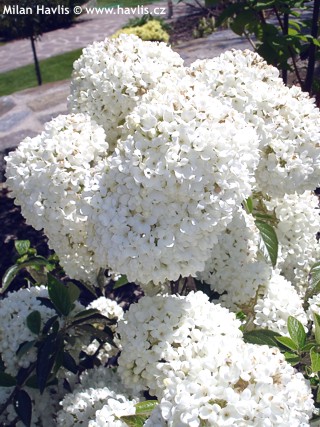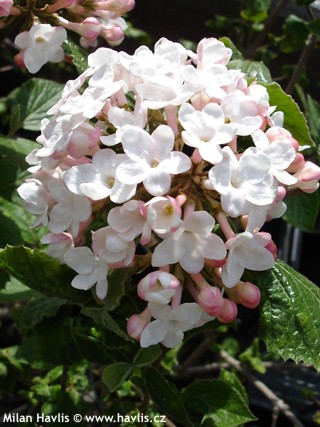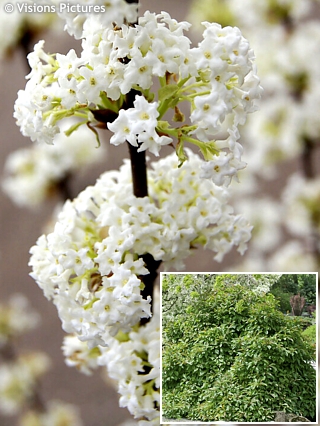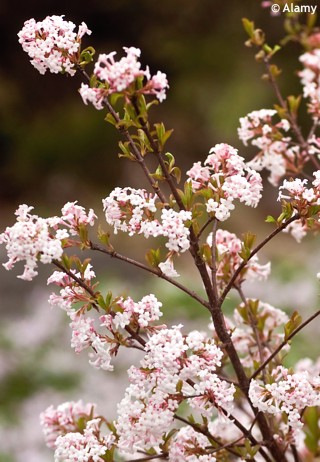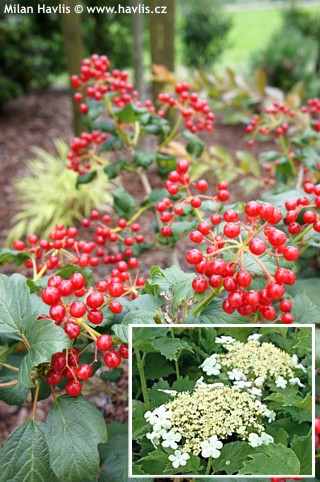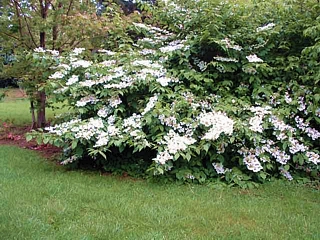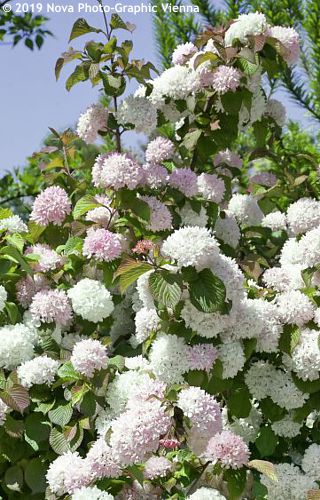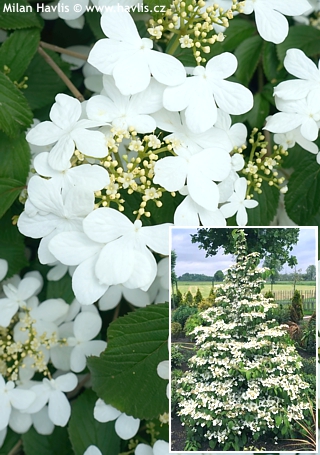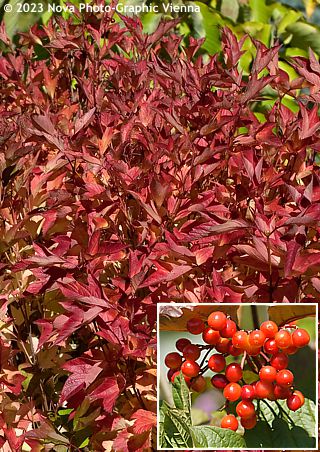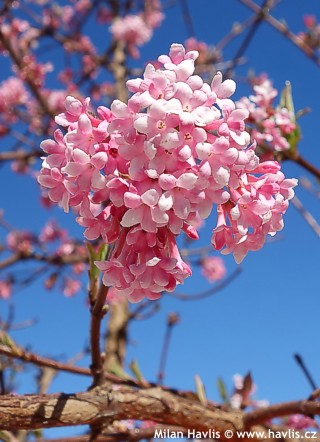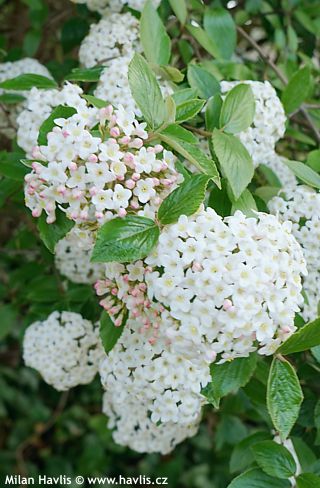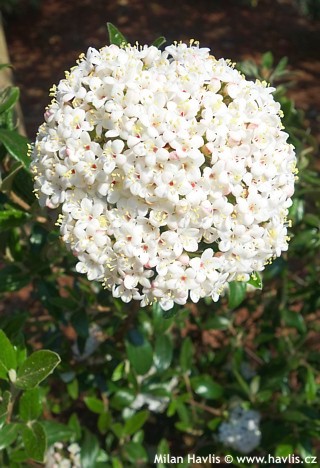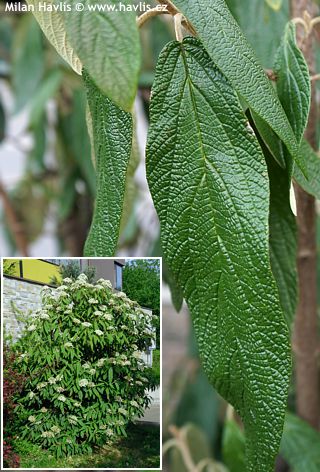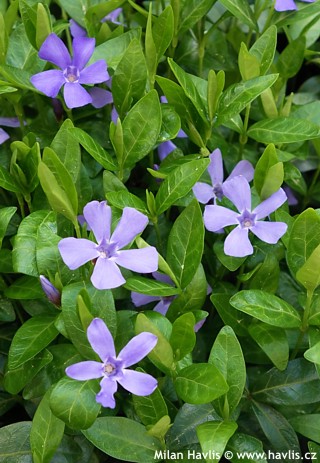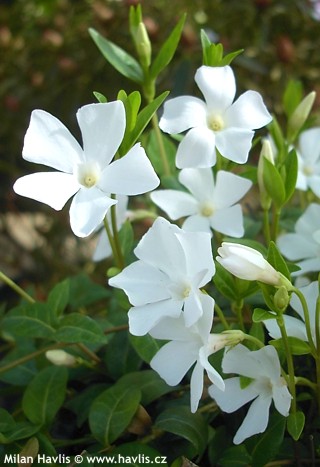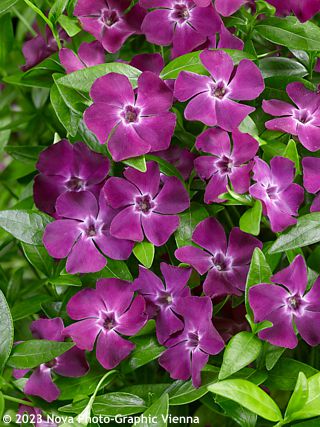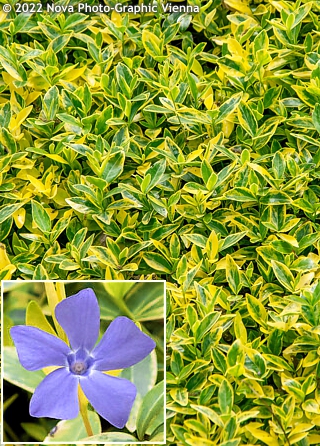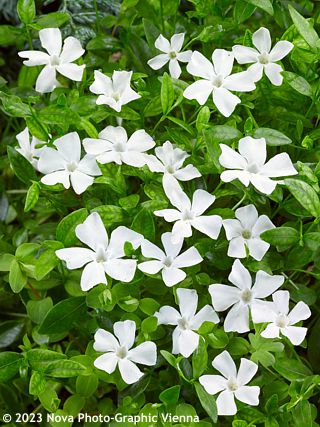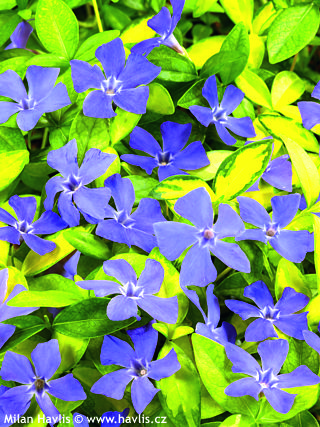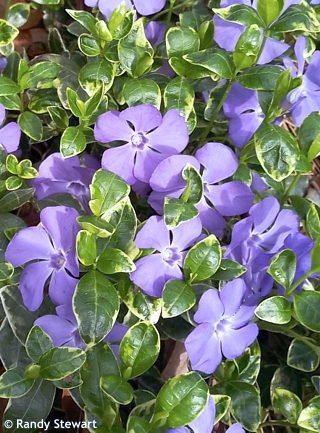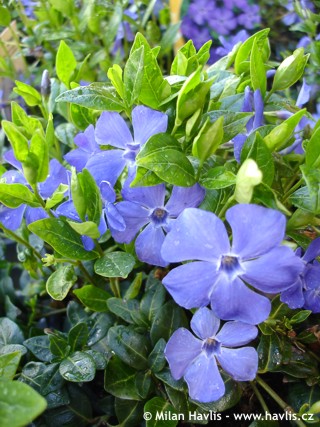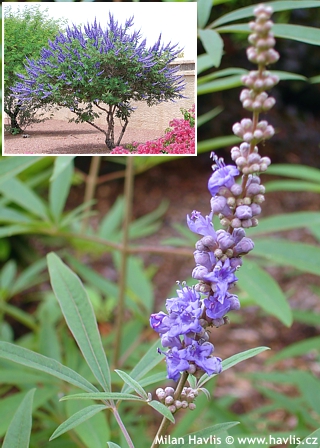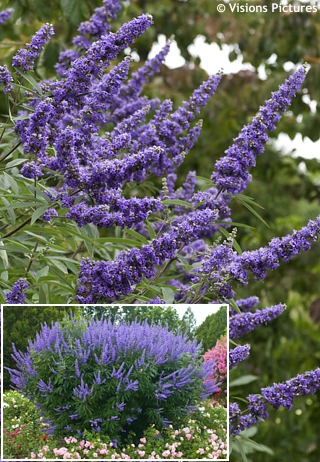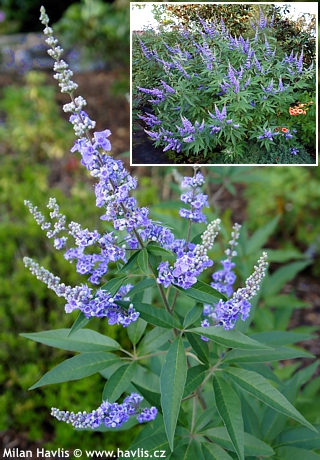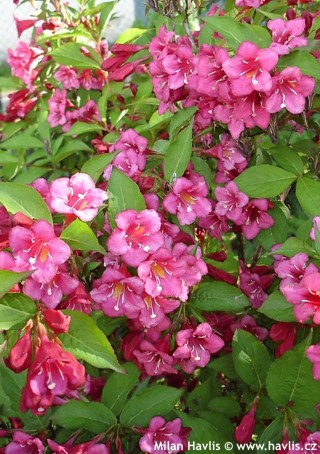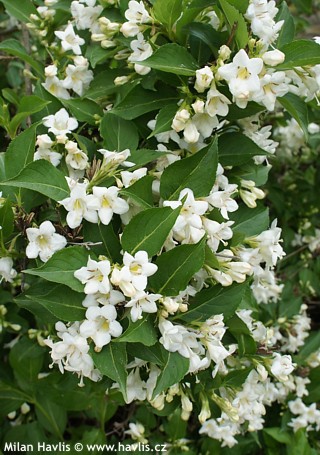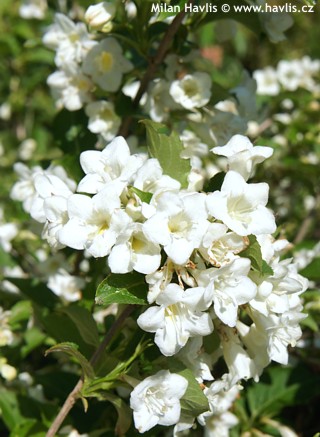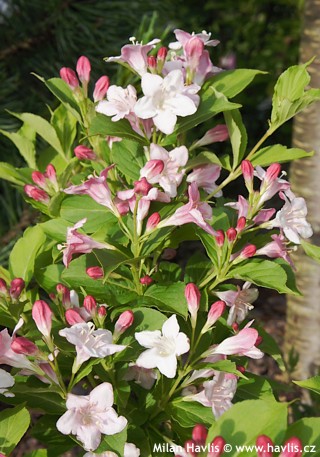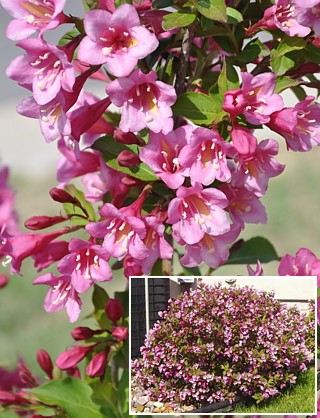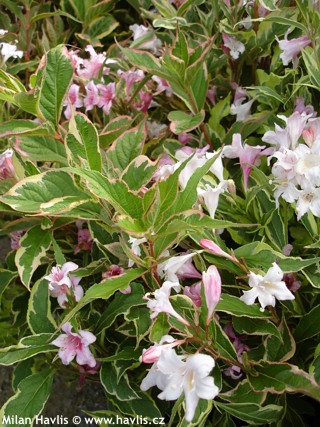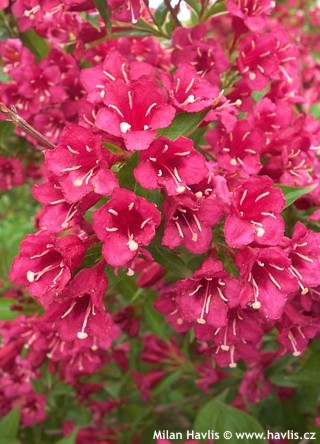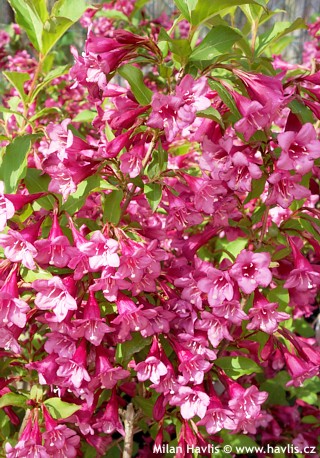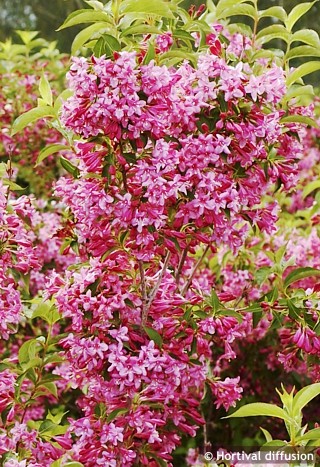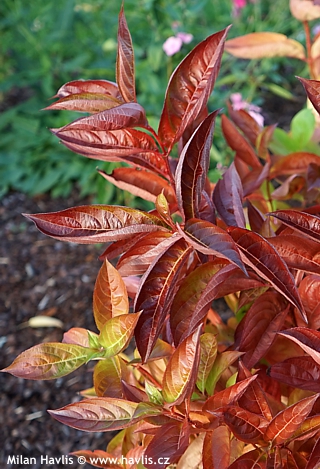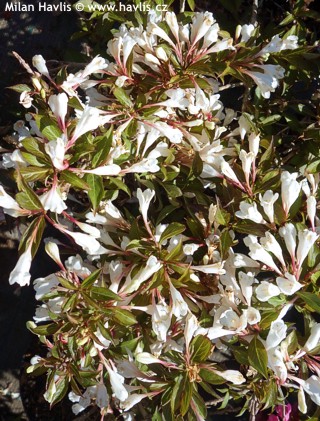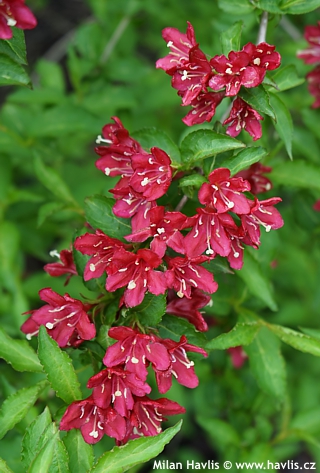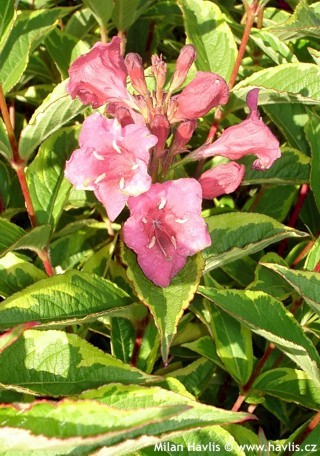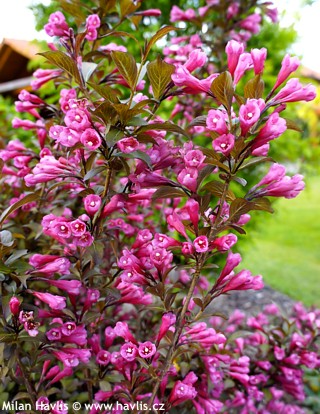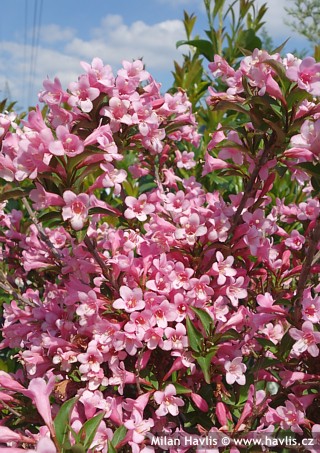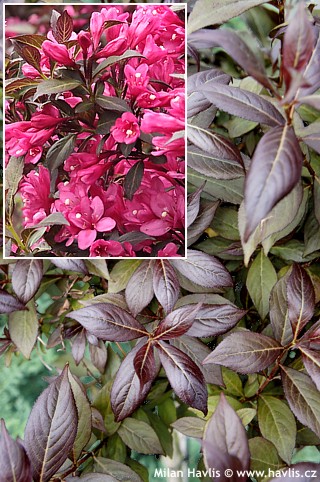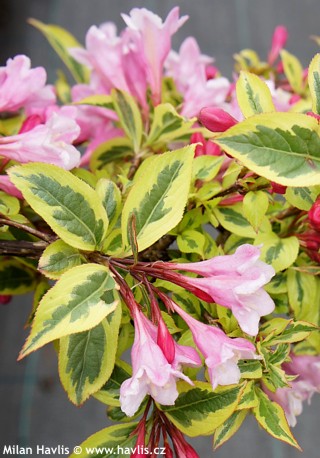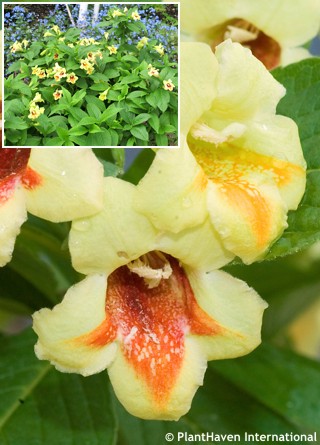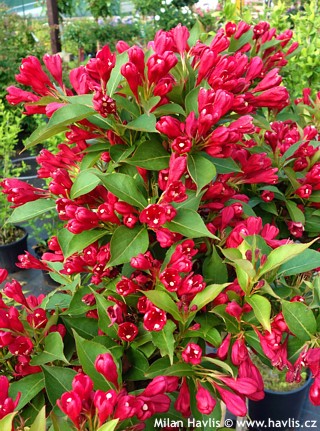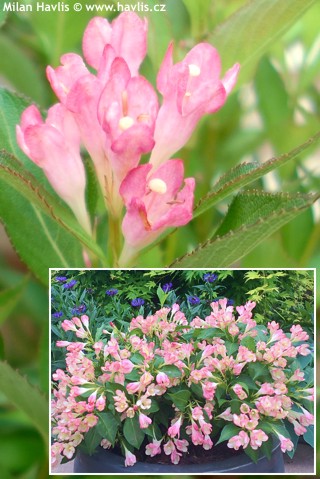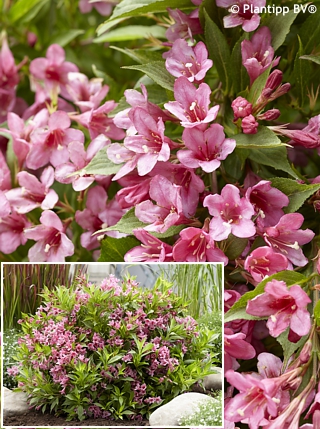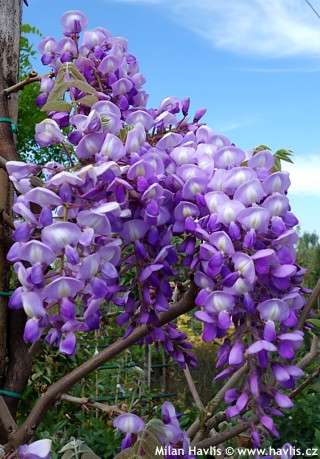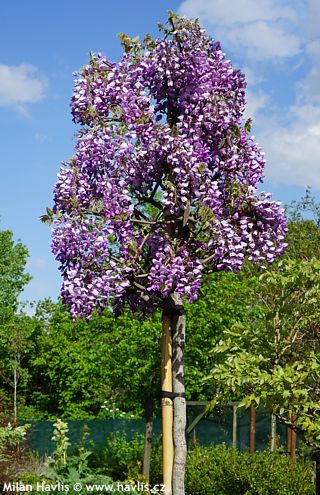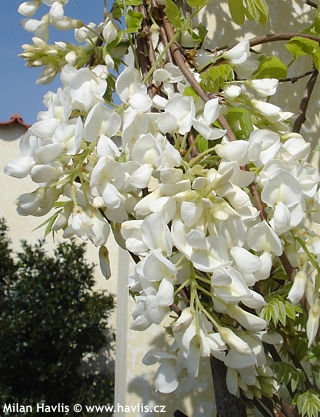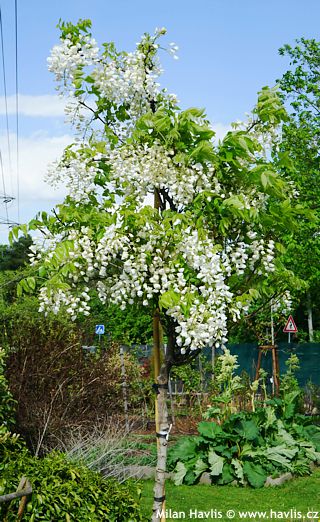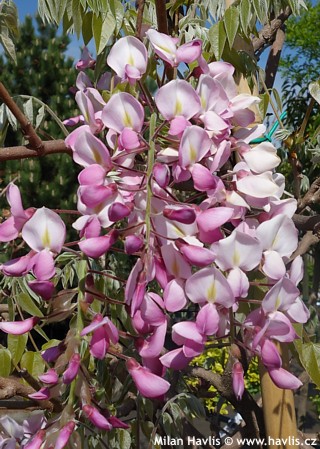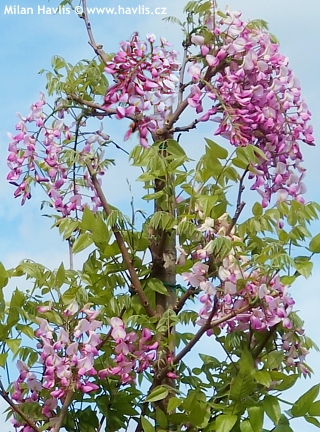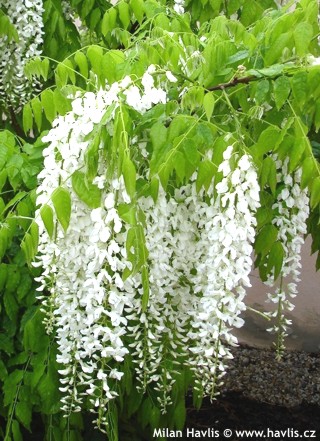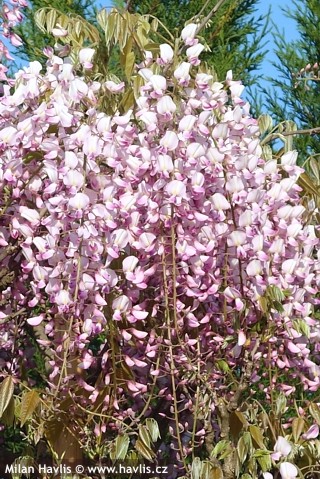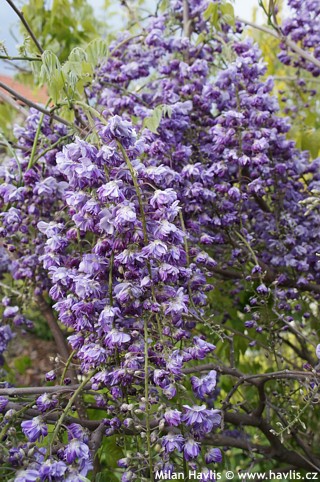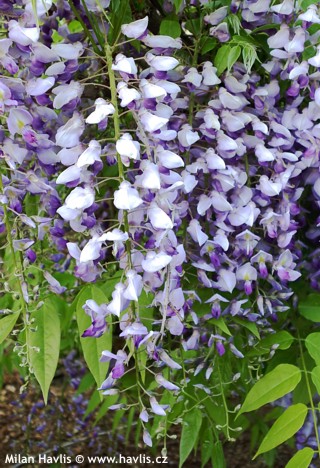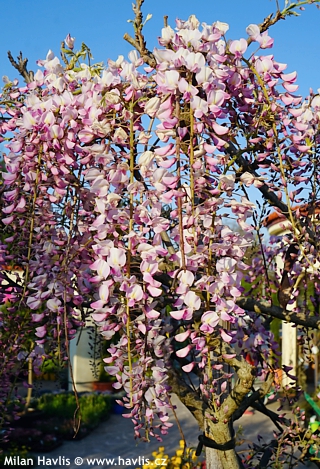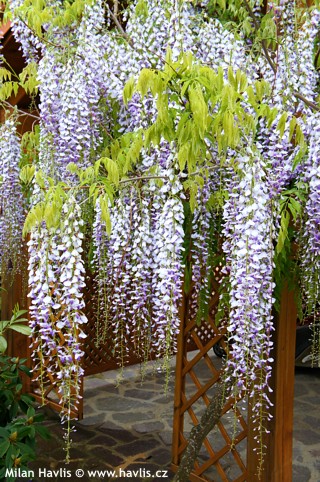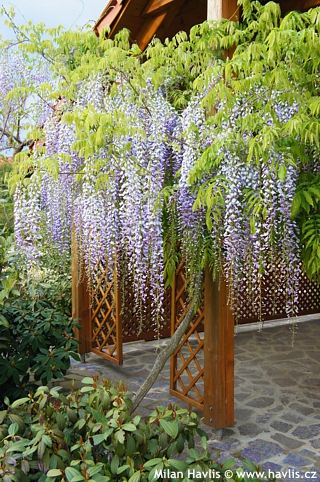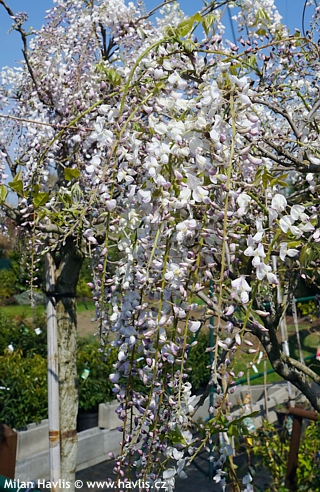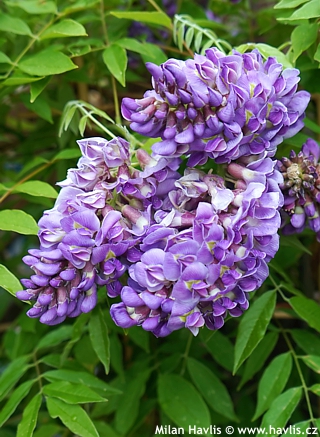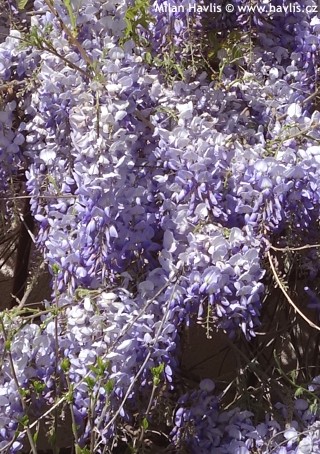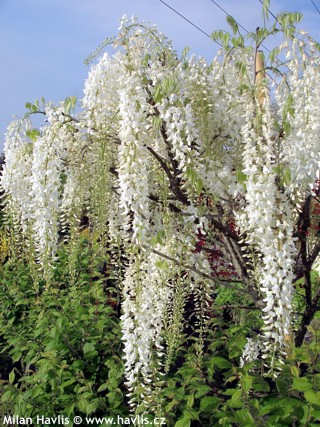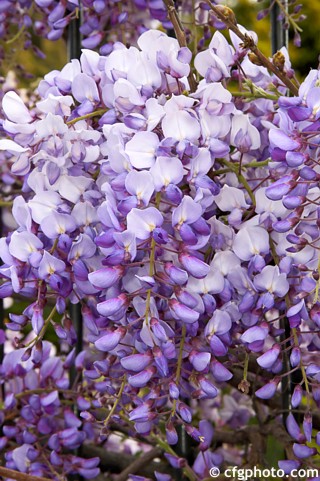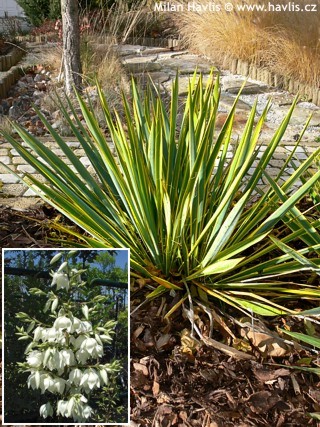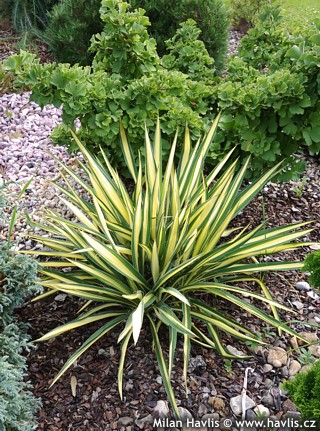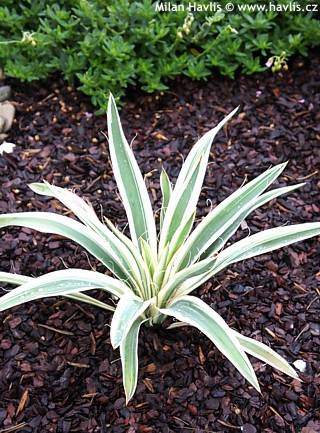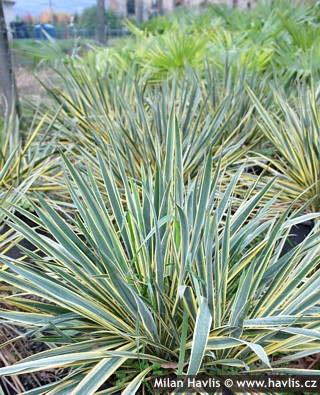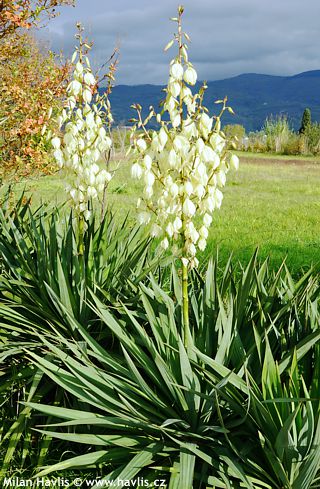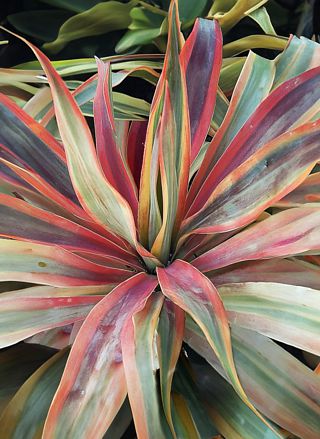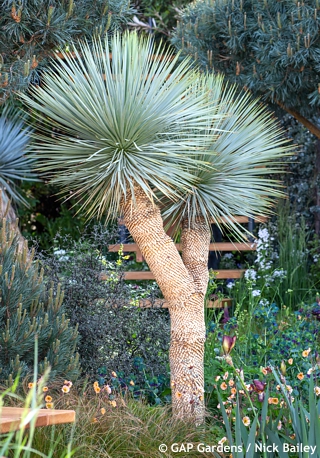CURRENTLY IN STOCK:
Glossy abelia is a garden hybrid between abelia chinensis and abelia uniflora, and is sometimes also called abelia rupestris. Its dominant feature is profuse flowering from late June until late autumn. Flowers are small, funnel-shaped, pure white, and decorated by pale red calyxes thanks to which th ...

VII - X

0,5 - 1,8m

0,5 - 1,5m

full sun

5b (down to -27°C)

for zone 5+6

for zone 7
Whitewater variety is a masterpiece created by Janet N. Egger from the Terra Nova® Nurseries in Oregon, USA. It bears beautifully variegated leaves that look like they have been intentionally white painted over and over for a patina effect. The leaves are up to 23 cm long and 17 cm wide. Whitew ...

VIII - IX

0,3 - 0,6m

0,4 - 0,8m

semi-shade / partial sun

8 (down to -18°C)

for zone 5+6

for zone 7
Bear’s breeches is a unique perennial with large, architectural leaves. They are deep green and extremely glossy. Strong plants make long, erect stems with pinkish flowers at the end of summer. It is evergreen in milder parts of Europe.
Acanthus is popular in the Mediterranean where even infl ...

VIII - VIII

0,5 - 1m

full to partial sun

7 (down to -23°C)

for zone 5+6

for zone 7
Monkshood is a showy perennial flowering in summer. The flowers are indigo blue, formed in erect racemes on stems that can be 1.5 tall. Individual flowers open up from July and continue as the stems grow taller until end August. Leaves are deeply lobed, almost dissected, mid green, very ornamental. ...

VII - VIII

1 - 1,5m

full to partial sun

3 (down to -40°C)

for zone 5+6

for zone 7
Atropurpurea is a ploštièníku hroznatého variety with deep burgundy brown or almost black leaves. They are 3- to 4-ternate-pinnate, with palmate, lobed, sharply toothed basal leaves. In late summer rise up slender and dark stems bearing up to 50 cm long erect racemes composed of small, pure white, v ...

VIII - IX

1,5 - 2m

0,5 - 0,8m

semi-shade to shade

4 (down to -34°C)

for zone 5+6

for zone 7
Brunette is a popular, compact variety of bugbane with deep burgundy brown or almost black, 30-50 cm across leaves. They are 3-ternate-pinnate, with palmate, lobed, sharply toothed basal leaves. In late summer rise slender, dark stems bearing 30-40 cm long erect racemes composed of small, soft pink, ...

VIII - IX

1 - 1,5m

0,5 - 0,8m

semi-shade to shade

4 (down to -34°C)

for zone 5+6

for zone 7
Black Negligee is another beautiful dark-leaved variety of bugbane with deep burgundy brown or almost black, 30-50 cm across leaves. They are 3-ternate-pinnate, with palmate, lobed, sharply toothed basal leaves. In late summer rise slender, dark stems bearing 30-40 cm long erect racemes composed of ...

VIII - IX

1,2 - 1,5m

0,4 - 0,8m

full to partial sun

5 (down to -29°C)

for zone 5+6

for zone 7
Pink Spike is a dark-leaved variety of bugbane with deep maroon to almost black, large leaves. They are 3-ternate-pinnate, with palmate, lobed, sharply toothed basal leaves. It is very attractive when new, bright green leaves emerge amongst intensely dark foliage. In late summer rise slender, dark s ...

VIII - IX

1 - 1,2m

0,4 - 0,6m

semi-shade to shade

4 (down to -34°C)

for zone 5+6

for zone 7
Red horse chestnut is a fantastic tree which is usually planted in large gardens and parks, and as a street tree. Although, this hybrid grows a little slower (30 cm a year) making some 6x4m when 20 years old.
Briotti is a popular variety with big, upright panicles of deep pink flowers with a distin ...

V

6 - 15m

6 - 10m

full to partial sun

5 (down to -29°C)

for zone 5+6

for zone 7
Agapanthus Lapis Lazuli is not only a beautifully blue cultivar of this South African gem, but also one of the hardiest agapanthus varieties suited to Central European climates. From early summer, it produces 40–60 cm tall stems topped with clusters of buds arranged in terminal umbels, reminiscent o ...

VII - VIII

0,4 - 0,6m

0,3 - 0,5m

full sun

7 (down to -23°C)

for zone 5+6

for zone 7
Unlike most of other African blue lilies which are blue this gem shows off with its pure white flowers. They are trumpet-shaped, composed in rich umbels and appear at the tips of about 60-80 cm long, sturdy stems. Strap-like leaves are about 2-3 cm wide, mid green. Blooming time begins with hot and ...

VII - IX

0,6 - 0,8m

0,3 - 0,8m

full sun

7 (down to -23°C)

for zone 5+6

for zone 7
Agapanthus EVER SAPPHIRE is like a blue flame rising from a tuft of fresh green leaves, bursting into full splendour in the height of summer. Its flowers display a deep, velvety blue with a hint of violet, reminiscent of the evening sky just after sunset. They are arranged in tight umbels atop slend ...

VII - VIII

0,5 - 0,6m

0,4 - 0,5m

full sun

8 (down to -18°C)

for zone 5+6

for zone 7
There are a number of hyssop species found in mostly temperate climate and only a few of them can survive winters of zones 5 or 6. This short-lived perennial is ideal for dry climates which is perhaps why Thompson&Morgan came up with this hardy hybrid called Apricot Sprite. If planted in well-draine ...

VII - X

0,3 - 0,5m

0,3 - 0,5m

full sun

7 (down to -23°C)

for zone 5+6

for zone 7
I'm not a huge fan of multi-coloured combinations — I admit that. But when I visited the Plantarium trade fair in 2023 and saw the exhibition by the Dutch company Florensis, showcasing their rising star — a modern yarrow series called Milly Rock, planted in mixed containers with three to five shade ...

VI - IX

0,3 - 0,4m

0,3 - 0,4m

full sun

3 (down to -40°C)

for zone 5+6

for zone 7
Skysail Yellow is a yarrow variety from the Skysail series brought by the Dutch company Dümmen Orange. It makes bright yellow flowers that turn beige to pale orange as they mature while the centres remain deep yellow. It begins to bloom in June atop short and firm stems only 30-40 cm in height, and ...

VI - VIII

0,3 - 0,4m

0,3 - 0,4m

full sun

3 (down to -40°C)

for zone 5+6

for zone 7
Apple Blossom yarrow, a literal translation of the original and preferred German name ‘Apfelblüte’, is a variety created by German breeder A. Kikillus. It features soft pink flowers in almost flat terminal corymbs made up of delicate flower heads. Flowering begins in June and continues through Septe ...

VI - IX

0,6 - 0,8m

0,3 - 0,4m

full sun

3 (down to -40°C)

for zone 5+6

for zone 7
MILLY ROCK™ RED yarrow makes warm red flowers with yellow centres composed in almost flat corymbs atop about 30-40 cm tall stems. Flowering begins in June and continues until late August. Fern-like leaves are finely cut and rich grass green, basal leaves are larger than stem leaves. Removing s ...

VI - VIII

0,3 - 0,4m

0,3 - 0,4m

full sun

3 (down to -40°C)

for zone 5+6

for zone 7
MILLY ROCK™ YELLOW TERRACOTTA yarrow makes attractive flowers combining brick orange-red and pastel yellow colours. They are composed in almost flat corymbs atop about 30-40 cm tall stems. Flowering begins in June and continues until late August. Fern-like leaves are finely cut and rich grass ...

VI - VIII

0,3 - 0,4m

0,3 - 0,4m

full sun

3 (down to -40°C)

for zone 5+6

for zone 7
Mimosaceae plants are common and popular mainly in southern Europe for their high tolerance to drought as well as attractive and long lasting flowering. Even though they come from subtropical parts of the world there is one species hardy enough to be grown in our climate - silk tree.
Silk tree come ...

VII - IX

3 - 5m

3 - 6m

full sun

7 (down to -23°C)

for zone 5+6

for zone 7
Evi's Pride (also spelled Evey's Pride) is a purple-leaved form of silk tree which boasts with better hardiness and richer flowering as opposed to Summer Chocolate®. Its flowers are rich pink, hairy spheres with nearly white centres, 3-5 cm large and with a sweet fragrance. Fern-like, compound ...

VII - VIII

3 - 5m

3 - 6m

full sun

7 (down to -23°C)

for zone 5+6

for zone 7
Rouge Selection is a French silk tree introduction of similar characteristics to Ombrella® variety. It grows faster and a little taller and exhibits a purple tint on young leaves. Its flowers are sweetly scented, rich pink, 3-5 cm wide, hairy spheres with white centres. They bloom from early Ju ...

VII - VIII

3 - 6m

3 - 6m

full sun

7 (down to -23°C)

for zone 5+6

for zone 7
A spectacular new variety of silk tree comes from Japan and is called Summer Chocolate®. It was discovered in 1990 as a seedling in a controlled planting of Albizia julibrissin in 1990. It was patented in the USA under PP 13,822 in 2003. It is considered a rarity for lovers of exotic-looking pl ...

VII - VIII

2 - 5m

2 - 5m

full sun

6b (down to -21°C)

for zone 5+6

for zone 7
Ombrella® belongs to the hardy group. It was a chance selection from France which was observed and cultivated, and later on patented under the name Boubri. It differs from the species by darker leaves and deeply coloured flowers.
Exotic looking flowers are pinky-red, hairy spheres with yellowi ...

VII - IX

2 - 6m

1 - 3m

full sun

7 (down to -23°C)

for zone 5+6

for zone 7
TROPICAL DREAM is a silk tree variety from Belgium where it was selected by Johan Possemiers around 1984. It was selected among many seedlings raised from seeds collected around Seoul in South Korea. Though, it took many years to reach the trade as only in 2015 it was first introduced at Plantarium ...

VII - VIII

3 - 5m

3 - 6m

full sun

7 (down to -23°C)

for zone 5+6

for zone 7
Saskatoon is a native Canadian species of juneberry. It is cultivated for very tasty and juicy fruit which are deep purple to blue-purple berries similar to blueberries. They are formed in short clusters and best picked when fully ripe = when it turns the deepest colour. It can be used in any way yo ...

IV - IV

1 - 3m

1 - 1,5m

full sun

1 (down to -46°C)

for zone 5+6

for zone 7
Juneberry and downy serviceberry species are popular shrubs and trees that are celebrating their renaissance at the beginning of the new millennium. They belong to both ornamental plants as well as fruit trees which is why they are regaining interest. They are very easy to grow and can cope even wit ...

IV - IV

4 - 8m

2 - 4m

full sun

4 (down to -34°C)

for zone 5+6

for zone 7
Juneberry is a large shrub cultivated mostly for its delicious and healthy fruit. It is a large deciduous shrub or a small tree.
Flowers are star-shaped, white and scented and appear in mid spring. Oval leaves are up to 8 cm long, emerge bronze and mature to green colour, turning scarlet red or dee ...

IV - V

2 - 6m

2 - 5m

full sun

4 (down to -34°C)

for zone 5+6

for zone 7
Compacta is a dwarf bog rosemary with green foliage and profusion of light pink flowers. Leaves are rosemary-like, linear-lance-shaped, 2-3 cm long. Urn-shaped flowers are paler than on Nikko variety and appear in abundance from end April until early June. It is a slow grower forming a neat cushion ...

IV - VI

0,2 - 0,3m

0,2 - 0,4m

full to partial sun

2 (down to -45°C)

for zone 5+6

for zone 7
Prinz Heinrich is a Japanese anemone bred by Lindner already in 1902. It produces large, single flowers with long and narrow petals which can be visibly separated from one another or they may overlap. Centres are decorated with a small crown or rich yellow stamens. Flowers are borne freely on usuall ...

VIII - X

0,5 - 0,8m

0,3 - 0,5m

full sun

5 (down to -29°C)

for zone 5+6

for zone 7
Giant angelica is a bold-leaved perennial with very unusual flowers. They are formed in deep purple-red umbels, borne on 1.5-1.8m tall, strong stems, and appear from late July until early September. Leaves are large, divided in the manner that they look like palmate, mid green, and deciduous.
Wild ...

VII - IX

1,3 - 1,8m

0,5 - 0,8m

full to partial sun

7 (down to -23°C)

for zone 5+6

for zone 7
WINKY series of columbine comprises of strong varieties of several colors. They form compact and symmetrical clumps which look like precisely hand-tied bouquets. WINKY Red White produces unique, glossy flowers of rich burgundy red colour with white margins. They are borne atop about 60 cm tall stems ...

IV - VI

0,5 - 0,6m

0,3 - 0,4m

full to partial sun

2 (down to -45°C)

for zone 5+6

for zone 7
Variegata
is one of the first (or possibly the very first) variegated mutation of Japanese angelica tree which probably explains it rather botanical, charmless name. Nonetheless the plant itself is charm impersonified! It produces giant frond-like foliage, compound of 5-6 cm long, broadly obovate ...

VIII - IX

2 - 4m

2 - 3m

full to partial sun

4 (down to -34°C)

for zone 5+6

for zone 7
PEACE AND LOVE is a French cultivar of strawberry tree, selected by François Leverge in 2008 at his nursery Pépinière Le Verge in Brittany. The cultivar is protected under European law CPVO EU 69807 with the breeder’s name ‘Levap’ (2025). The trade name PEACE AND LOVE evokes harmony and positiv ...

X - XI

1,5 - 2m

1 - 1,5m

full to partial sun

7 (down to -23°C)

for zone 5+6

for zone 7
Nero is a Slovak variety of purple chokeberry with large fruit and leaves purple tinged on the reverse. The lustrous fruits are black, about twice as big as black currant berries, and are rich in vitamin C and other important microelements such as ferrum and iodine. They can be eaten fresh, in fruit ...

V - V

1,5 - 2m

1 - 2m

full to partial sun

3 (down to -40°C)

for zone 5+6

for zone 7
Lords-and-ladies is an old favourite among tuberous plants. And as you can tell by the Latin name, it does not come from Bangladesh though it looks rather exotic.
The arrow-shaped leaves are very attractive, marbled green with conspicuous creamy white or yellowish veins. They are popular for flower ...

V - V

0,2 - 0,4m

full to partial sun

5 (down to -29°C)

for zone 5+6

for zone 7
Darwin’s Snow Sprite is a dwarf astilbe from the simplicifolia group. It makes delicate, almost fern-like, elegantly incised at margins, deep green and highly glossy leaves. They are deciduous and emerge bronze tinged. Snow white flowers are formed in loose plumes atop only some 20 cm tall, sl ...

VII - VIII

0,2 - 0,3m

0,3 - 0,4m

semi-shade / partial sun

4 (down to -34°C)

for zone 5+6

for zone 7
Montgomery is a japonica hybrid astilbe awarded AGM (Award of Garden Merit) by the Royal Horticultural Society (RHS). It produces rich raspberry red flowers in erect, triangular inflorescence from late June until midsummer. They are held atop almost 50 cm tall, dark stems above dark green leaves whi ...

VI - VII

0,4 - 0,6m

0,3 - 0,5m

semi-shade to shade

4 (down to -34°C)

for zone 5+6

for zone 7
Washington astilbe is as iconic as the White House in the US capital of the same name (plus the D.C., obviously). Elegant yet ostentatious, tall enough not to be overlooked but not so much to overshadow its surroundings, and pure in colour like the endeavour of anyone who swears an oath to his count ...

VI - VII

0,4 - 0,6m

0,3 - 0,4m

semi-shade to shade

4 (down to -34°C)

for zone 5+6

for zone 7
YOUNIQUE™ is a trade name of a new astilbe series from the Netherlands. Plants from this series excel in abundant flowering and healthy foliage. YOUNIQUE™ LILAC is a variety from 2008, bred by Jan Verschoor, with dark lilac pink flowers that look like baroque hats plumes. They bloom on 25-30 cm tall ...

VI - VII

0,3 - 0,4m

0,3 - 0,4m

semi-shade to shade

4 (down to -34°C)

for zone 5+6

for zone 7
Purple Rain is a little taller cultivar of Chinese false spiraea, growing to around 60 cm with a compact, upright habit. Its slender, conical flower plumes appear in summer in a vivid, unmistakable shade of magenta-purple, rising above dark green, glossy leaves with delicately serrated margins. The ...

VII - VIII

0,5 - 0,7m

0,3 - 0,5m

full sun to shade

4 (down to -34°C)

for zone 5+6

for zone 7
Spotlight astilbe does deserve its name. It is a spectacular variety with soft pink flowers that stand proudly above handsome, dark green, maroon-flushed leaves. They are deciduous, glossy, distinctly serrated at margins, and are usually unpalatable to any pests – especially slugs, making this ...

VII - VIII

0,3 - 0,5m

0,3 - 0,4m

full sun to shade

4 (down to -34°C)

for zone 5+6

for zone 7
Fireberry astilbe was bred by Dutch perennial specialist Jan Verschoor as an a. arendsii x a. japonica hybrid. Patent No. PP20658 was granted in 2010. It is a compact to almost dwarf variety producing short, congested inflorescence composed of vibrant pink flowers. They open from late June atop shor ...

VI - VII

0,3 - 0,4m

0,3 - 0,4m

semi-shade to shade

4 (down to -34°C)

for zone 5+6

for zone 7
RASPBERRY is another astilbe variety bred by Dutch perennial specialist Jan Verschoor and belongs to the SHORT N’ SWEET series which comprises of compact, low growing varieties with beautifully coloured, sweetly scented flowers. Patent No. PP27701 was granted in 2017.
RASPBERRY is a hybrid a ...

VII - VIII

0,3 - 0,4m

0,3 - 0,5m

semi-shade to shade

4 (down to -34°C)

for zone 5+6

for zone 7
Sugarberry is a new astilbe from 2010, bred by a Dutch breeder Jan Verschoor. Astilbe is sometimes wrongly called false spiraea which is a name for sorbaria, however, this variety’s flowers do resemble spiraea x billiardii. They are soft pink, plume-like and fluffy, yet compact and dense unlik ...

VI - VII

0,2 - 0,3m

0,3 - 0,4m

semi-shade to shade

5 (down to -29°C)

for zone 5+6

for zone 7
YOUNIQUE™ is a trade name of an attractive astilbe series from the Netherlands. Plants from this series excel in abundant flowering and healthy foliage. They are a cross between a.arendsii and a.japonica, bred by Jan Verschoor. YOUNIQUE™ Ruby Red brings shorter but intensely coloured plu ...

VI - VIII

0,3 - 0,4m

0,3 - 0,5m

semi-shade to shade

4 (down to -34°C)

for zone 5+6

for zone 7
YOUNIQUE™ is a trade name of an attractive astilbe series from the Netherlands. Plants from this series excel in abundant flowering and healthy foliage. They are a cross between a.arendsii and a.japonica, bred by Jan Verschoor. YOUNIQUE™ White makes large and tall plumes of pure white co ...

VI - VIII

0,3 - 0,4m

0,3 - 0,5m

semi-shade to shade

4 (down to -34°C)

for zone 5+6

for zone 7
Gloria Purpurea is a historic cultivar of false spiraea bred by Georg Adalbert Arends around 1920, at the peak of his hybridizing work. Its pedigree includes all the species he used in his breeding: A. chinensis (for dense inflorescences and drought tolerance), A. japonica (for early flowering and a ...

VII - VIII

0,6 - 0,7m

0,3 - 0,5m

semi-shade to shade

4 (down to -34°C)

for zone 5+6

for zone 7
In 1977 Hans Hachmann introduced a sensational deciduous azalea with the richest merge of red and orange colour. Its name is Feuerwerk (Fireworks) and it does look as if taken from the middle of a blazing fire. The individual flowers are large – 7-8 cm across, only lightly scented, and appear ...

V - VI

1 - 2m

1 - 2m

full sun

4 (down to -34°C)

for zone 5+6

for zone 7
Goldtopas is an excellent variety of deciduous azalea with golden yellow flowers. Their colour is like glowing afternoon sun. Flower heads are up to 13 cm large, while individual flowers are 7-9 cm wide. It grows quite compact, forming a shrub 1.1m tall and 1.4m wide when 15 years old. Deciduous lea ...

V - VI

0,5 - 1,5m

0,5 - 2m

full sun

4 (down to -34°C)

for zone 5+6

for zone 7
Renowned breeders of rhododendrons and azaleas from Germany Hans Hachmann and his son Holger also hybridized a number of deciduous azaleas, such as Juanita which was introduced in 1979. It is a lovely variety with large flowers whose colour is so joyful and optimistic – rich pink with a deep g ...

V - VI

1 - 2m

1 - 2m

full sun

4 (down to -34°C)

for zone 5+6

for zone 7
“Mandarin Lights” comes from the Northern Lights line. This one has bright orange flowers with shades of red and yellow and frilled edges. Excellent hardiness to -35°C.
Deciduous azaleas are ericaceous plants, loving insulate position with always moist soil. During temporary summer dry ...

V - VI

1,3 - 1,5m

full sun

4 (down to -34°C)

for zone 5+6

for zone 7
Northern Hi-Lights is a slow-grower with creamy white flowers that grade to pale or bright yellow on top petals. Buds are light pink. Leaves are dark green and turn brilliant carmine and burgundy red in autumn.
Deciduous azaleas are ericaceous plants, loving insulate position with constantly moist ...

V - V

1 - 1,3m

0,8 - 1,3m

full sun

4 (down to -34°C)

for zone 5+6

for zone 7
Sarina is a large-flowered variety of this deciduous azalea, bred by Hans Hachmann already in 1963. Its flowers are rich scarlet red, slightly frilled at margins, and have a large, golden orange blotch on the upper lip. Fragrance is faint. Deciduous leaves are oval to elongated, mid green in summer ...

V - VI

1,5 - 2m

1 - 1,5m

full sun

4 (down to -34°C)

for zone 5+6

for zone 7
Spek’s Orange is a large-flowered deciduous azalea introduced in 1958. From early May, it blooms with single flowers up to 6 cm wide in an attractive shade blending subtle, pastel orange and salmon pink, with a golden glow in the throat. It carries a moderately strong, sweet, and very pleasant fragr ...

V

1,5 - 2m

1,3 - 1,8m

full to partial sun

4 (down to -34°C)

for zone 5+6
Tunis azalea could be a perfect deciduous azalea choice for those who love striking colours. This variety offers large, rich salmon-red flowers with orange throats. Petal margins are a little undulated. It grows at medium speed rate forming a rather symmetrical shrub.
Deciduous azaleas are ericaceo ...

V - VI

0,5 - 1,5m

0,5 - 1,5m

full sun

4 (down to -34°C)

for zone 5+6

for zone 7
Amoena is a Japanese azalea with small to mid-sized, bright, deep fuchsia pink flowers, hose in hose, that totall cover the plant when in full bloom. They come out in mid May and continue until early June. Thanks to their bright colour it will light up the daker corners of your garden.
Leaves are ...

V - VI

0,4 - 0,8m

0,4 - 1m

semi-shade to shade

5 (down to -29°C)

for zone 5+6

for zone 7
Arabesk is an attractive variety of Japanese azalea with large, deep red flowers. They come out in profusion from mid until end May. The evergreen foliage is dark green, with some burgundy red shades in autumn and winter, changing back to green before it starts flowering. This azalea grows slowly, m ...

V - V

0,4 - 0,8m

0,4 - 1m

semi-shade / partial sun

7 (down to -23°C)

for zone 5+6

for zone 7
Blaauw’s Pink has attractive, salmon pink small flowers with slightly darker throat. It has irregular growth and belongs to mid-sized azalea.
Leaves are mid to dark green, ovate, only about 2-3 cm long. In semi-shade and shade they remain on the shrub throughout winter, if placed in full sun ...

IV - V

0,3 - 1m

semi-shade / partial sun

5 (down to -29°C)

for zone 5+6

for zone 7
F.C.F. is, so far, a non-registered variety of Japanese azalea from Italy. This small shrub produces abundance of semi-double flowers already in mid May. They are rich pink and completely cover the plant. The evergreen leaves are elliptic to oval, partly glossy, mid green and turn bronze in autumn a ...

V - V

0,5 - 1,3m

0,5 - 1,3m

semi-shade to shade

7 (down to -23°C)

for zone 5+6

for zone 7
Another red flowering Japanese azalea from Hans Hachmann was bred in 1987 and was named Fridoline. It has medium-sized flowers: 4-4,5 cm wide of bright red colour. It blooms in late spring, from end May until mid June. Slow grower, mound-forming.
Leaves are mid to dark green, ovate, only about 2-3 ...

V - VI

0,3 - 0,8m

0,5 - 1m

semi-shade / partial sun

5 (down to -29°C)

for zone 5+6

for zone 7
Hachmann's Rokoko is another beauty from the collection of dwarf or low growing Japanese azaleas bred by German rhodo/azalea guru Hans Hachmann. It produces medium large, about 5 cm across, semi-double flowers of rich pink colour. They open from mid May until early June on the background of small, d ...

V - VI

0,3 - 0,5m

0,8 - 1,3m

semi-shade / partial sun

5b (down to -27°C)

for zone 5+6

for zone 7
Rosebud is an old variety of Kurume Japanese azalea bred an introduced by J.J.Chisholm in 1934. It bears unique, double flowers of soft pink colour. They look like those on Indian azaleas but are very hardy and bloom from mid May until early June. Evergreen leaves are small, elliptic, and glossy. Ro ...

V - VI

0,5 - 0,8m

0,5 - 0,8m

full to partial sun

5 (down to -29°C)

for zone 5+6

for zone 7
Rosinetta® is another unique Japanese azalea bred by Hans Hachmann. It has pure pink, double or tripple flowers that are 4-6 cm wide and come out late in May, and continue blooming until mid June. It grows slowly, 10-year old plant is about 60 cm high and 80 cm wide.
Leaves are mid to dark gr ...

V - VI

0,4 - 0,8m

0,5 - 1,5m

semi-shade / partial sun

5 (down to -29°C)

for zone 5+6

for zone 7
JULIETTE is an evergreen Japanese azalea bred by Holger Hachmann in 1990 as a cross between Squirrel and Chippewa. It was introduced in 2004. Its flowers are 3-4 cm across, open wide, soft red to salmon red with orange tones and slightly undulated margins. They come out in May for 2-3 weeks. Evregre ...

V

0,8 - 1m

0,8 - 1m

semi-shade / partial sun

5b (down to -27°C)

for zone 5+6

for zone 7
FLASH DANCE® is a modern series of evergreen azaleas from French nursery Minier from 2017. FLASH DANCE® SALMON produces large, single flowers that are soft salmon pink, and open in profusion from about late April for 3-4 weeks on the background of small, dark green, almost rounded, highly ...

IV - V

0,8 - 1m

0,8 - 1,3m

semi-shade / partial sun

5b (down to -27°C)

for zone 5+6

for zone 7
FLASH DANCE® is a modern series of evergreen azaleas from French nursery Minier from 2017. FLASH DANCE® PINK produces semi-double flowers with two rows of larger petals, and a few dwarf sepals in the centre. They are bright pink, and open in profusion from about mid May for 2-3 weeks on t ...

V

0,8 - 1m

0,8 - 1,3m

semi-shade / partial sun

5b (down to -27°C)

for zone 5+6

for zone 7
Satschiko azalea is sold under a trade name Geisha Orange and is really very close to orange. It has very soft red flowers with salmon orange tones. They open from late April and bloom for almost 3 weeks. Evergreen leaves are small, oval, dark green, and glossy. Geisha Orange azalea forms a compact ...

IV - V

0,3 - 0,5m

0,8 - 1,3m

semi-shade / partial sun

5b (down to -27°C)

for zone 5+6

for zone 7
WALBERTON’S® MAUVE RUFFLES is an evergreen azalea producing extraordinary flowers. They are large, semi-double or fully double, mauve to lilac pink with ruffles margins. They open in profusion from about late April for 3-4 weeks on the background of small, dark green, narrowly elliptic, p ...

IV - V

0,8 - 1,3m

0,8 - 1,3m

semi-shade / partial sun

5b (down to -27°C)

for zone 5+6

for zone 7
WALBERTON‘S® PINK RUFFLES is an evergreen azalea producing extraordinary flowers. They are large, semi-double or fully double, clear pink with ruffled margins. They open in profusion from about late April for 3-4 weeks on the background of small, dark green, narrowly elliptic, partially g ...

IV - V

0,8 - 1,3m

0,8 - 1,3m

semi-shade / partial sun

5b (down to -27°C)

for zone 5+6

for zone 7
When Carolina azalea comes into bloom, it is as if the shrub has dressed itself in a ceremonial kimono – large, widely opened flowers with a rosy to salmon pink center, white edging, and purple speckling resemble painted plates overlapping in the tiered structure of the plant. Its habit is dense but ...

V - VI

0,5 - 1,5m

0,5 - 1,5m

semi-shade / partial sun

5b (down to -27°C)

for zone 5+6

for zone 7
The hybrid azalea Carolina Salmon derives from the variegated cultivar Carolina, but here the difference is striking: Carolina Salmon is entirely single‑coloured. If just for a split second the word dull came up, think again, or even better – look again! The combination of rich salmon‑pi ...

V - VI

0,5 - 1,5m

0,5 - 1,5m

semi-shade / partial sun

5b (down to -27°C)

for zone 5+6

for zone 7
Conversation Piece is definitely something to talk about. This azalea has extremely large flowers of two colours: light pink and white. The varigation differs from plant to plant, some blooms may be just pink, others mottled white or be entirely white with pink stripes and so on. It flowers later in ...

V - VI

0,3 - 0,8m

0,5 - 1,5m

full to partial sun

5b (down to -27°C)

for zone 5+6

for zone 7
Orchidea Empress is a gorgeous name for a gorgeous azalea. It is another of late flowering hybrids, this time with bright pink, hose-in-hose flowers that appear from about mid June for 3-4 weeks. It is never the whole shrub blooming, individual buds burst out continuously one by one. It is not only ...

VI - VII

0,5 - 1m

0,5 - 1,3m

semi-shade / partial sun

6b (down to -21°C)

for zone 5+6

for zone 7
Perla del Verbano is a sensational new variety of evergreen hybrid azalea that originated in Northern Italy. It bears profusion of bright pink, double = hose in hose flowers from end June until late July. They appear continuously so you can enjoy them for as long as a month under ideal conditions. P ...

VI - VII

0,5 - 0,8m

0,5 - 1,5m

full to partial sun

6b (down to -21°C)

for zone 5+6

for zone 7
If you are fond of summer-flowering hybrid azaleas then this variety can easily become a jewel in your garden. Its name is Summer Sun and it is another Satsuki azalea. Soft red flowers look very attractive on the background of deep green foliage. They open in late June or early July and continue blo ...

VII - VII

0,4 - 0,6m

0,4 - 1,3m

full to partial sun

6b (down to -21°C)

for zone 5+6

for zone 7
AUTUMN CARNIVAL™ is a large-flowered hybrid Encore azalea, created by crossing the Watched and Fourth Of July varieties. It boasts large and vividly colored, bright pink flowers. They are simple, have slightly wavy edges, and measure six to eight centimeters in diameter. They first bloom in mid-May ...

V - X

0,8 - 1,3m

1 - 1,5m

full to partial sun

6b (down to -21°C)

for zone 5+6

for zone 7
REPETITA® RED is a hybrid evergreen azalea from the REPETITA® series developed by Robert and Lisa Head in Long Creek in Oconee County, South Carolina, USA. The aim was to bred reliably evergreen plants with extended bloom time. REPETITA® RED azalea produces large, 7-8.5 cm across, sin ...

V - X

0,5 - 0,8m

0,5 - 0,8m

semi-shade / partial sun

7 (down to -23°C)

for zone 5+6

for zone 7
Lemon Meringue is a baptisia hybrid bred by Hans Andrew Hansen from Walters Gardens Inc., Michigan, USA. Its lemon-yellow, pea-like flowers are composed in about 45 cm long, erect racemes and attract butterflies. It is a hybrid between b. sphareocarpa with yellow flowers and b. alba with glaucous fo ...

V - VI

0,8 - 1m

0,6 - 0,8m

full sun

4 (down to -34°C)

for zone 5+6

for zone 7
Pink Lemonade is another baptisia hybrid from Hans Andrew Hansen from Walters Gardens Inc., Michigan, USA with a tasty name. This time he crossed an almost unknown baptisia hybrid ‘Red Riding Hood’ and b. alba. The result is a bi-coloured false indigo with pastel yellow and pastel pink p ...

V - VI

1,2 - 1,5m

1 - 1,5m

full sun

4 (down to -34°C)

for zone 5+6

for zone 7
Baptisia australis is one of the most important false indigo species used for further hybridizing. It produces rich blue or violet blue pea-like flowers which form 45-50 cm long, erect racemes, and bloom for 2-3 weeks atop 80-100 cm tall stems usually in late June in C.E. climate. It forms a dense c ...

VI - VII

0,8 - 1m

1 - 1,3m

full to partial sun

4 (down to -34°C)

for zone 5+6

for zone 7
Solar Flare is a hybrid false indigo variety, a cross between b. tinctoria and b. alba. Its rich yellow pea-like flowers open from blue buds and form about 45-52 cm long, erect racemes, and bloom for 2-3 weeks atop 130-140 cm tall stems usually in late June in C.E. climate. They are rich yellow as t ...

VI - VII

1 - 1,3m

1 - 2m

full to partial sun

4 (down to -34°C)

for zone 5+6

for zone 7
Twilite is a unique bi-coloured false indigo hybrid variety, a cross between b. australis and b. sphareocarpa. Its pea-like flowers are composed in about 40-50 cm long, erect racemes, and combine smokey blue and pale yellow colour. Blooming usually begins in late June in C.E. climate and lasts 2-3 w ...

VI - VII

1 - 1,5m

1 - 2m

full to partial sun

4 (down to -34°C)

for zone 5+6

for zone 7
White Ball is a Dutch butterfly bush variety from the Dreaming series developed by the Horticultural Reseach International in Boskoop. It produces slender panicles composed of fragrant, tubular, white flowers with golden yellow throat. Deciduous leaves are lanceolate, light green with silver indumen ...

VII - X

0,8 - 1,5m

0,8 - 1,5m

full sun

5 (down to -29°C)

for zone 5+6

for zone 7
Black Knight is a butterfly bush variety with one of the deepest colours currently available in the market. They are deep purple blue, heavily scented, up to 30 cm long. Individual flowers are small and tubular, formed in dense panicles at the ends of the branches. The inflorescence may look like li ...

VII - IX

2 - 3m

2 - 3m

full sun

5b (down to -27°C)

for zone 5+6

for zone 7
Border Beauty is a another butterfly bush proved by time. It was bred already in 1962, by a Dutch breeder Henry Schiphorst. It produces about 20 cm long, dense panicles of purple violet flowers with orange throat. Individual flowers are tiny trumpets, composed in conical panicles born at the tips of ...

VII - IX

1,5 - 2m

1,5 - 2m

full sun

5 (down to -29°C)

for zone 5+6

for zone 7
Nanho Blue is one of three varieties of butterfly bush from the small Nanho series, which also includes the varieties Nanho Purple and Nanho White. It bears lavender-violet flowers and can be easily distinguished from other varieties by its significantly narrower leaves, giving it an airy appearance ...

VII - IX

1 - 1,5m

1 - 1,5m

full sun

for zone 5+6

for zone 7
If you like pink and butterflies at the same time, Pink Delight is butterfly bush variety ideal for you. Individual flowers are small and tubular, formed in up to 40 cm long, dense panicles at the ends of the branches. The inflorescence may look like lilac hence its other name: summer lilac. However ...

VII - IX

2 - 3m

2 - 3m

full sun

5b (down to -27°C)

for zone 5+6

for zone 7
White Profusion is a white flowering butterfly bush. Individual flowers are small and tubular, formed in up to 40 cm long, dense panicles at the ends of the branches. The inflorescence may look like lilac hence its other name: summer lilac. However, it can get misleading as summer lilac is more ofte ...

VII - IX

2 - 3m

2 - 3m

full sun

5b (down to -27°C)

for zone 5+6

for zone 7
BUTTERFLY CANDY™ LITTLE PURPLE is a dwarf and compact buddleja producing dark violet blue flowers. The inflorescence is conical, slim, around 10 cm long, and composed of small, funnel-shaped flowers. They are moderately, sweetly fragrant and bloom from late June until late September. Deciduous ...

VII - IX

0,6 - 0,8m

0,6 - 0,8m

full sun

5 (down to -29°C)

for zone 5+6

for zone 7
BUTTERFLY CANDY™ LITTLE PINK is a dwarf and compact buddleja producing enchanting soft pink flowers. The inflorescence is conical, slim, 10-12 cm long, and composed of small, funnel-shaped flowers. They are moderately, sweetly fragrant and bloom from late June until late September. Deciduous l ...

VII - IX

0,6 - 0,8m

0,6 - 0,8m

full sun

5 (down to -29°C)

for zone 5+6

for zone 7
MAGDA’S GOLD KNIGHT is a natural mutation of Black Knight butterfly bush offering the same deep indigo violet blue flowers and yellow to chartreuse variegated foliage. The conical inflorescence is rather slim, 20-25 cm long, and composed of thin, funnel-shaped flowers with orange throat. They ...

VII - IX

1,5 - 2,5m

1,5 - 2,5m

full sun

5 (down to -29°C)

for zone 5+6

for zone 7
BUZZ™ MAGENTA is another compact buddleja from the BUZZ™ series. It makes deep magenta-violet fragrant flowers. The inflorescence is conical, 20-25 cm long, and composed of small, funnel-shaped flowers with an orange throat. They are sweetly scented and bloom from late June until late Se ...

VII - IX

0,5 - 1,2m

0,5 - 1,3m

full sun

5 (down to -29°C)

for zone 5+6

for zone 7
Sungold butterfly bush dates back to 1960’s when it was bred in the Netherlands as a sport of Golden Glow. It has mid-sized panicles of rounded clusters with yellow, tubular, sweetly scented flowers from first half of summer until the last hot days of early autumn. Deciduous leaves are broadly ...

VII - IX

2 - 3m

2 - 3m

full sun

7 (down to -23°C)

for zone 5+6

for zone 7
Marsh marigold is our native perennial, naturally occurring from Central to North Europe as well as in North America and North Asia. It loves boggy and constantly moist locations in full sun. It is very variable and during a spring walk you can find several plants of slightly different appearance, y ...

III - V

0,2 - 0,4m

0,3 - 0,6m

full sun

5 (down to -29°C)

for zone 5+6

for zone 7
Aphrodite is a beautiful, large-flowered sweetshrub hybrid between c.chinensis and c.occidentalis. The flowers are often compared to magnolias - both in shape and size. They are 7-9 cm across, rich crimson to burgundy red, and appear with the first hot days of May, and continue blooming until late J ...

V - VIII

3 - 4m

2 - 3m

full to partial sun

7 (down to -23°C)

for zone 5+6

for zone 7
This easy to grow shrub has many names and all of them say something about the beautiful perfume of the flowers: sweetshrub, strawberry shrub, or even pineapple shrub. They really smell like a few types of fruit: strawberry, apple, and even melon. Sweetshrub is native to much of the eastern USA and ...

V - VI

1,5 - 2,5m

1 - 1,5m

full sun

5 (down to -29°C)

for zone 5+6

for zone 7
Venus is one of the fascinating inventions which followed Richard Hartlage’s breakthrough with hybridizing sweetshrub species in early 1990’s. This variety was bred by Dr. Thomas Ranney of the Mountain Horticultural Crops Research Station in Fletcher, NC, USA, and patented in 2005 under ...

V - VII

1,5 - 2,5m

1 - 1,5m

full to partial sun

7 (down to -23°C)

for zone 5+6

for zone 7
Hartlage Wine is an interspecific hybrid sweetshrub bred by Richard Hartlage in 1991, a former student of NC State University, USA. He managed to cross calycanthus floridus and sinocalycanthus chinensis. The result is a very floriferous deciduous shrub with quite large 6.9-8.5 cm across flowers. The ...

VI - VIII

1,5 - 2,5m

1 - 1,5m

full to partial sun

5 (down to -29°C)

for zone 5+6

for zone 7
Ashton’s Pride is an autumn flowering camellia from the Ashton series bred by dr. Ackerman. It is a cross between a very hardy species camellia oleifera (cv. Plain Jane) and camellia sasanqua (cv. Santozaki). It produces medium large, 6-8 cm wide, soft pink, single flowers with yellow stamens ...

IX - XI

1,5 - 2,5m

1,5 - 2,5m

semi-shade to shade

6b (down to -21°C)

for zone 5+6

for zone 7
Spring Festival is one of the most valued hardy camellia hybrids (cuspidata hybrid) with double, pink flowers. They are not very large but appear in profusion from early April for 6 to 8 weeks if the plant has enough buds. These are formed from the previous year and need as long as half a year to ma ...

IV - V

1,5 - 3m

1 - 1,5m

semi-shade to shade

6b (down to -21°C)

for zone 5+6

for zone 7
Sarastro is a perennial bellflower of compact habit and with huge flowers which can measure up to 8 cm. They are rich violet-blue, opening from stiff, pending, dark violet flower buds from mid June for at least 2 months. If pruned by a half or two thirds after the main flowering it produces shorter ...

VI - IX

0,5 - 0,6m

0,3 - 0,5m

full to partial sun

4 (down to -34°C)

for zone 5+6

for zone 7
Probably the most eye-catching version among trumpet vines is this Chinese campsis.
The flowers are large and spectacular: 7-9 cm wide, salmon pink with a clear yellow throat. In colder zones and locations with less sun they may turn deeper salmon-orange. In order to keep its pinkish colour we str ...

VII - IX

1 - 3m

0,5 - 1m

full sun

7 (down to -23°C)

for zone 5+6

for zone 7
This is the species of trumpet creeper that comes from North America and has deep red flowers. They are trumpet-shaped, 5-6 cm long. Flowering begins in early July and strong, well-established plants keep on blooming until the first frosts. Pinnate leaves are large, deciduous, mid to dark green, may ...

VII - IX

3 - 6m

1 - 2m

full sun

4 (down to -34°C)

for zone 5+6

for zone 7
This is the species of north-american trumpet creeper trained into a tree with a real stem. It bears terminal cymes of rich red, trumpet-shaped flowers from early summer until the first frosts. Pinnate
leaves are deep green and enhance its tropical appearance.
Being originally a climbing plant it ...

VI - IX

2 - 3m

1 - 2m

full sun

4 (down to -34°C)

for zone 5+6

for zone 7
In 1893, in a nursery near Milano, Italy, Tagliabua brothers made a beautiful cross between North American radicans and Chinese grandiflora, which inherited hardiness from the west and large flowers from the east. The flowers are 7-9 cm wide, orange red with yellowish-throat. The buds form a raceme ...

VII - IX

3 - 6m

1 - 2m

full sun

5 (down to -29°C)

for zone 5+6

for zone 7
SUMMER JAZZ™ Gold is a fascinating new variety of hybrid trumpet creeper. It makes very large flowers whose size is the same as those on Chinese trumpet creeper – 8 cm across. They are rich golden yellow with prominent, vibrant red veins in the throat, and appear from early to mid July. ...

VII - IX

2 - 3m

1 - 1,5m

full sun

5b (down to -27°C)

for zone 5+6

for zone 7
INDIAN SUMMER® is one of the latest varieties among trumpet creepers. It is a successful cross between c.tagliabuana and c.radicans that originated in the Netherlands and was patented in the USA under the name Kudian.
It blooms abundantly from early July until the first frosts if the plant ha ...

VII - IX

1 - 1,5m

1 - 1,5m

full sun

5 (down to -29°C)

for zone 5+6

for zone 7
INDIAN SUMMER® trumpet creeper has been winning all sorts of awards since 1998. It is a successful cross between c.tagliabuana and c.radicans bred by Hendricus Jacobus Maria Kuijf from the Netherlands. US plant patent PP13139 was granted in 2002.
It blooms abundantly from early July until the ...

VII - IX

2 - 4m

0,5 - 1m

full sun

5 (down to -29°C)

for zone 5+6

for zone 7
Pea tree is a low-maintenance plant which is also often grown in very inhospitable locations because it can take almost anything: hard frost, dry soil, full sun, wind and absolute neglect.
Walker is a variety commonly grafted on short or medium-sized stems with weeping branches. Its deciduous lea ...

V - VI

1 - 2,5m

0,5 - 1,3m

full sun

2 (down to -45°C)

for zone 5+6

for zone 7
Pendulous sedge is another beauty in this large sedge family. It is an evergreen grass whose native habitat covers almost all parts of Europe from Portugal to Sweden and can also be found in hot areas such as the Azores, northwest Africa, and even the near Middle East. Nowadays, you can also find th ...

V - VI

0,4 - 2m

0,4 - 1m

full sun to shade

4 (down to -34°C)

for zone 5+6

for zone 7
HINT OF GOLD bluebeard is a showstopper due to its vibrant golden chartreuse leaves. They are larger than on most other bluebeards – up to 5.5 cm long and 3 cm wide, deciduous, and bear interesting fragrance when crushed. They cover the plant completely and make it an attractive item long befo ...

VIII - X

0,6 - 1m

0,6 - 1m

full sun

5b (down to -27°C)

for zone 5+6

for zone 7
Heavenly Blue is a favourite variety of bluebeard. It has profusion of purple-blue flowers at the end of summer that attract bumble bees and butterflies. The leaves are deep green on the upper side and silvery blue-green beneath. They have an interesting scent which recalls cooking herbs.
The shrub ...

VIII - IX

0,4 - 0,8m

0,4 - 0,8m

full sun

5b (down to -27°C)

for zone 5+6

for zone 7
Summer Sorbet bluebeard is a fantastic novelty from England. It is a natural mutation of Kew Blue variety. Summer Sorbet has colourful foliage – the leaves are dark green in the centre with rich yellow margins. Flowers are violet-blue, come out at the end of summer and continue blooming for as ...

VIII - X

0,4 - 0,8m

0,4 - 0,8m

full sun

5b (down to -27°C)

for zone 5+6

for zone 7
Worcester Gold is another variety of bluebeard. This one has bright yellow-green leaves. They are narrow, aromatic and silvery-green beneath. Flowers are formed in small panicles and their deep blue colour looks like sky before a storm. They attract butterflies and bumble-bees.
The plants grows int ...

VIII - IX

0,3 - 0,5m

0,3 - 0,5m

full sun

7 (down to -23°C)

for zone 5+6

for zone 7
STERLING SILVER brings a welcoming refreshment into the bluebeard family. It also produces violet blue flowers like all the others yet there is something more to catch your eye – prominent silvery blue-green shade of the foliage. The deciduous leaves are a little larger as opposed to the paren ...

VIII - IX

0,3 - 0,5m

0,3 - 0,6m

full sun

5b (down to -27°C)

for zone 5+6

for zone 7
STEPHI is a unique bluebeard variety with flowers that are not blue. They are pale pink to almost white on a clear sunny day. All other features are identical to most other caryopteris varieties. It is a deciduous shrub with fragrant leaves that are medium green, narrowly lanceolate, shallowly notch ...

VIII - X

0,5 - 0,7m

0,6 - 1m

full sun

5b (down to -27°C)

for zone 5+6

for zone 7
Sweet chestnut is cultivated for several beautiful features. The deciduous leaves are deep green, elliptic to oblong, up to 20 cm long, distinctly serrated and glossy, turning deep golden yellow in autumn. Flowers are creamy beige catkins that appear in July. They release a rather strong fragrance ( ...

VII - VII

5 - 20m

5 - 10m

full to partial sun

5 (down to -29°C)

for zone 5+6

for zone 7
Catalpas have been grown in our country for many years. The species may be found in every larger city as an important feature of a city park. It offers outstanding points of interest such as large leaves in summer and long cigar-shaped seed pods in winter, hence its name Indian Bean Tree.
Flowers a ...

VI - VII

5 - 10m

3 - 5m

full sun

5 (down to -29°C)

for zone 5+6

for zone 7
Aurea variey bears huge, tropical looking, heart shaped leaves (20-25 cm large), of bright yellow-green colour. They are slightly hairy like suede, pleasant to touch. They have interesting scent similar to tobacco leaves that allegedly repels insects.
Beginning of summer 20-30 cm tall upright pani ...

VI - VII

2 - 8m

2 - 6m

full sun

5 (down to -29°C)

for zone 5+6

for zone 7
Do you like a tall tree but are afraid it would be too big for your small garden? Well, if you have enough will to prune it every one or two years you can always control its size provided it is not an ash type tree growing about 1 m every year. Thus you can enhance the look of your garden with somet ...

VI - VII

3 - 9m

3 - 6m

full sun

5 (down to -29°C)

for zone 5+6

for zone 7
Amethyst in Snow is a unique variety of mountain bluet where blue is truly out of the question. This perennial makes the most amazing flowers with amethyst purple centres and snow white or very pale pink ray florets on 30-40 cm tall stem that do not bend. Flowers are produced from early June, and co ...

VI - VII

0,3 - 0,4m

0,3 - 0,4m

full to partial sun

3 (down to -40°C)

for zone 5+6

for zone 7
Buttonbush is a very interesting shrub, popular with collectors. Its main feature are flowers that are perfect spheres with tiny, pure white, tubular flowers. They are followed by small, green fruit. It flowers on current year’s wood. They have a nice scent and attract butterflies.
Deciduous ...

VIII - IX

0,5 - 1,8m

0,5 - 1,8m

full sun

5 (down to -29°C)

for zone 5+6

for zone 7
If you are passionate about naturalistic gardens, you’ll fall for giant scabious. Its flowers levitate in the breeze with the lightness of a woodland fairy, looking as though they were crocheted by moonlight. They are delicate, butter‑yellow, dome-shaped spheres that hover high above the borde ...

VI - VIII

1,5 - 2,5m

0,5 - 1m

full sun

4 (down to -34°C)

for zone 5+6

for zone 7
Merlot redbud, just the French grapevine variety of the same name, has leaves of the deepest wine red colour. They are deciduous, heart-shaped, and glossy. Compared to Forest Pansy they are a little smaller (abt. 10x13 cm), the plant is not as vigorous, and exhibits a more compact and denser habit. ...

IV - V

2 - 3m

2 - 2,3m

full sun

for zone 5+6

for zone 7
Lavender Twist® is a fantastic variety of eastern redbud with weeping, slightly twisted branches. With age the crown makes a unique shape comparable to some Japanese maples. Leaves are large, mid green, typically heart-shaped. Small, purple-pink to lavender-pink flowers are produced in abundanc ...

IV - V

1 - 2m

1 - 3m

full to partial sun

5 (down to -29°C)

for zone 5+6

for zone 7
Ruby Falls is undoubtedly one of the darkest coloured little trees that will grab your attention thanks to its dark burgundy red, typically heart-shaped, approximately 8x10 cm large leaves and a weeping habit. Its crown is quite compact and the branches may soon touch the ground unless pruned on reg ...

IV - V

1 - 2m

1 - 2m

full sun

7 (down to -23°C)

for zone 5+6

for zone 7
Judas tree is a rather special plant with profusion of beautiful, bright pink flowers in mid spring. They are small, pea-like, and so special due to their appearance on bare wood and even the main stems, however large and old they are. For prolific flowering the plant needs a hot and sunny summer in ...

IV - V

4 - 7m

3 - 5m

full sun

7 (down to -23°C)

for zone 5+6

for zone 7
SPOTLIGHT is a clematis variety bred by Jan van Zoest from the Netherlands and introduced by Thorncroft Clematis at the prestigious Chelsea Flower Show in England in 2019. It bears medium-sized, 8-10 cm wide flowers with 6 petals. The first flush of flowers in spring brings lovely, pale lavender-mau ...

VI - IX

1,5 - 2m

0,5 - 1m

full to partial sun

4 (down to -34°C)

for zone 5+6

for zone 7
Golden Stardust tickseed was bred by Blair Winner from Santa Paula in California, USA, i.e. the same breeder who introduced the UPTICK™ series. It produces rather large, 5-6 cm across, daisy-like flowers combining golden yellow and mahogany colour around a small, yellow centre. They come out i ...

VI - X

0,4 - 0,6m

0,3 - 0,5m

full sun

5 (down to -29°C)

for zone 5+6

for zone 7
The UPTICK™ series of perennial tickseed originates from Ball Horticultural Company in Santa Paula, California, where it is bred by Blair Winner. With over four decades of experience in the ornamental plant industry, Winner has contributed to the development of dozens of popular cultivars — from ger ...

VI - X

0,3 - 0,4m

0,3 - 0,5m

full sun

5 (down to -29°C)

for zone 5+6

for zone 7
Early Sunrise is a profusely flowering tickseed with an extremely long bloom period. It produces semi-double or double flowers of golden yellow colour from early June until late autumn if the weather is sunny and relatively warm. The stems are a little shorter than other grandiflora tickseeds, only ...

VI - X

0,2 - 0,3m

0,3 - 0,5m

full sun

4 (down to -34°C)

for zone 5+6

for zone 7
Thread leaf coreopsis is a wonderful, maintenance-free perennial which shines its way through any garden with rich-coloured flowers all summer long. You can have a country garden or be a town-garden enthusiast, coreopsis will still have features suitable for your plot.
“Zagreb” is prob ...

VI - IX

0,2 - 0,3m

0,3 - 0,5m

full sun

5 (down to -29°C)

for zone 5+6

for zone 7
Creeping dogwood originates in North America (N. USA and Canada), Greenland, and N. Asia. It is a tough, rhizomatous perennial which forms a beautiful carpet of attractive foliage and flowers.
Being a dogwood, its true flowers are inconspicuous, tiny and composed in small, spherical heads. But the ...

V - VI

0,2 - 0,2m

semi-shade to shade

2 (down to -45°C)

for zone 5+6

for zone 7
Benifuji is a Japanese dogwood variety which in this case originated in Japan, near Mount Fuji. It was found among selected seedlings in Shinkyo Gotenba-shi nursery already in 1970, still, its patent was released only in 1994 (PP8,676).
Benifuji (or Beni Fuji) is a Japanese dogwood with the deepest ...

V - VI

2,5 - 3,5m

1,5 - 2,5m

full sun

5 (down to -29°C)

for zone 5+6

for zone 7
Milky Way is an old time favourite. It has snow white to creamy white flowers. Technically, they are not flowers but 4 flower bracts composed around small flower heads. They are 6-10 cm wide and conspicuous as they come out in June when the shrub is in leaf, and the foliage makes a dense, green back ...

V - VI

2 - 3m

2 - 4m

full sun

5 (down to -29°C)

for zone 5+6

for zone 7
“Satomi” is the most sought after variety among the Japanese ones. Its flowers are of light to deep pink colour that is unevenly spread throughout the flowers. Technically, they are not flowers but 4 flower bracts composed around small flower heads. They are up to 10 cm wide and conspicu ...

VI - VI

1,5 - 3m

full sun

5 (down to -29°C)

for zone 5+6

for zone 7
Teutonia is another extraordinary Japanese dogwood which, apart from its ornamental features, is valued mostly for its exquisite fruit. It is produced from small spheres, composed of tiny flowers that open from late May or early June. The showy parts are four surrounding bracts. They are broadly lan ...

V - VI

1,5 - 3m

1,5 - 3m

full to partial sun

5 (down to -29°C)

for zone 5+6

for zone 7
SCARLET FIRE® is a proper Japanese dogwood, not a hybrid, so a plant which flowers later than American dogwoods, on already leafed-out trees (shrubs). The flowers are in fact bracts. There are 4, rich magenta pink, oval, sharply pointed bracts, composed around a small flower head, about 13 cm a ...

V - VI

3 - 4m

2 - 3m

full sun

5 (down to -29°C)

for zone 5+6

for zone 7
This Japanese dogwood has both large leaves and flowers. It flowers in June when the shrub is fully in leaf. The flowers are 6-8 cm wide, creamy white flower composed around small flower heads. They are followed by edible, bright pink fruit that looks like litchi. Pointed leaves are deciduous, ovate ...

V - VI

2 - 3m

2 - 3m

full to partial sun

5 (down to -29°C)

for zone 5+6

for zone 7
The botanical species of Cortaderia is very tall – in hot climates, it can grow to 3-4 meters in full bloom, while in cooler climates it reaches up to "only" slightly over 2 meters by late summer, which is still an impressive height for an ornamental grass. Its leaves are medium green tinted b ...

IX - X

1,8 - 2,3m

1 - 1,5m

full sun

7 (down to -23°C)

for zone 5+6

for zone 7
Corydalis calycosa is a beautiful perennial with blue flowers. Its originates in central China, more precisely in the Sichuan province. Although the province's climate mostly belongs to the subtropical monsoon belt, the central and northern parts have snow-capped mountains and even the Dagu Glacier. ...

VI - VII

0,3 - 0,4m

0,3 - 0,5m

semi-shade / partial sun

5 (down to -29°C)

for zone 5+6

for zone 7
GOLDEN SPIRIT® is a new variety of smoke tree from Boskoop, Netherlands, patented in 2000 by Sanders-van Harn a Adriana Christina Bastiona under the name „Ancot“.
It is unique for its bright lime-yellow foliage on relatively long stalks compared to the leaf size. Leaves are oval t ...

VI - VII

2 - 3m

2 - 3m

full to partial sun

5 (down to -29°C)

for zone 5+6

for zone 7
Carrièrei hawthorn differs from the original hybrid by a much more profuse blooming and therefore a magnificent display of fruit in autumn. It is a small to mid-sized tree whose leaves, though deciduous, remain on the tree much longer than on other deciduous trees. So no wonder that many garden ...

V - VI

3 - 5m

2 - 4m

full to partial sun

4 (down to -34°C)

for zone 5+6

for zone 7
Brigitta is a montbretia variety of crocosmiiflora hybrids, i.e., crosses of c. lutea and c. pottsii, first bred by French botanist Victor Lemoine in 1880. It belongs amongst the earliest as it begins to bloom as early as in late June in C.E. climate. It produces tall, strong stems holding vibr ...

VI - VII

0,7 - 0,8m

0,5 - 0,6m

full sun

5b (down to -27°C)

for zone 5+6

for zone 7
Carmine Brilliant is another amazing montbretia with fiery-coloured flowers. They are rich orange red with a striking yellow centre and stamens. They are funnel-shaped or campanulate and appear from mid July for at least a month. The stems are strong and upright, their tops slightly arching, and are ...

VII - VIII

0,5 - 0,6m

0,5 - 0,6m

full sun

7 (down to -23°C)

for zone 5+6

for zone 7
George Davidson montbretia was bred by an English breeder of the same name. It is one of my favourites because it has my colour: golden yellow. The flowers are large, bell-shaped, wide-open, and appear in midseason until late August. It forms a compact, not bending clump about 70 cm tall. Sword-lik ...

VII - VIII

0,6 - 0,8m

0,5 - 1m

full sun

7 (down to -23°C)

for zone 5+6

for zone 7
Quince is an old-fashioned fruit species that is re-gaining well-deserved attention again. There are new varieties which are very tasty as well as good looking. Vranja bears large fruit that is typically pear-shaped, rich yellow when ripe and highly aromatic. Flowers are also large, pinkish white.
...

IV - V

2 - 5m

2 - 3m

full sun

for zone 5+6

for zone 7
PINK FRAGRANCE™, or also marketed under its complete name SPRING PINK ETERNAL FRAGRANCE™, is a sister variety which arose from breeding its predecessor – ETERNAL FRAGRANCE™ variety. Its is a compact and dense growing hybrid daphne with long flowering period. It makes small, t ...

VI - X

0,5 - 1m

0,5 - 1m

full sun

5b (down to -27°C)

for zone 5+6

for zone 7
Sonoma dove tree is a sensation that has been a subject of excited debates and positive comments on horticultural forums for some time now. It is a variety that arose from grafts taken from Sonoma Heritage Tree No.20 at Sonoma Horticultural Nursery. This tree was about 60 years old at the turn of th ...

V - VI

6 - 8m

2 - 4m

full to partial sun

7 (down to -23°C)

for zone 5+6

for zone 7
Gold Nugget is an iceplant variety with rich yellow flowers, 2-3 cm across, flowering in masses from late spring until midsummer, later flowers appear sporadically.
Iceplant loves sunny and dry locations, excess watering could kill this plant. It is best for rockeries with plenty of gritty material ...

VI - IX

0,1 - 0,1m

0,2 - 0,4m

full sun

4 (down to -34°C)

for zone 5+6

for zone 7
Jewel of Desert is a fantastic iceplant series with various colours including white, yellow, several shades of orange, pink and red. Flowers are 2-4 cm across, and bloom continuously for 5 months! From late May until early autumn.
Iceplant loves sunny and dry locations, excess watering could kill ...

V - IX

0,1 - 0,1m

0,3 - 0,5m

full sun

5b (down to -27°C)

for zone 5+6

for zone 7
M.F. Dark Blue White Bee is Magic Fountains larkspur variety with deep indigo blue outer petals decorated with dwarf white petals that look like a bee feasting on its nectar. Basal leaves are mid green, up to 20 cm across, palmate, 3- or 5-lobed. Stems are 90-120 cm tall and from June till July prod ...

VI - VII

0,8 - 1m

0,3 - 0,5m

full sun

4 (down to -34°C)

for zone 5+6

for zone 7
Red Lark delphinium was bred in 2007 by Robert Legro in Enkhuizen, the Netherlands, with the goal of creating the reddest possible cultivar, surpassing all previous varieties with pink flowers. Specifically, it aimed to outshine Princess Caroline, which is the closest in colour but significantly pal ...

VI - IX

0,4 - 0,6m

0,3 - 0,5m

full sun

4 (down to -34°C)

for zone 5+6

for zone 7
The Excalibur™ series of larkspur was developed and propagated by the Syngenta® Flowers breeding research station. They are characterized by shorter growth, profuse flowering for the whole summer, and better resistance to common diseases. Excalibur™ Lilac Rose White Bee is an enchanting larkspur var ...

VI - IX

0,4 - 0,6m

0,3 - 0,5m

full sun

4 (down to -34°C)

for zone 5+6

for zone 7
This variety of larkspur has a long and complicated name where M.F. stands for Magic Fountains which is a range of mid-sized larkspur with good stems and large flowers, and Dark Blue/Dark Bee simply describes the flower colours. Outer petals are deep indigo blue and the centre is composed of 8 dwarf ...

VI - X

0,8 - 1m

0,3 - 0,5m

full sun

4 (down to -34°C)

for zone 5+6

for zone 7
Magic Vita larkspur is a series selected from Magic Fountain™ series. It features plants of shorter habit and excellent health, especially when it comes to powdery mildew in summer. Flowers are semi-double and open from June until July, and if the plant is pruned back after flowering it can p ...

VI - IX

0,8 - 1m

0,3 - 0,5m

full sun

4 (down to -34°C)

for zone 5+6

for zone 7
DELGENIUS GLITZY larkspur stands out with its compact, almost shrubby habit, strong stems that require no staking, and lush inflorescences composed of semi-double flowers in shades of inky blue to bluish-purple, featuring a uniquely bicoloured white-and-black “bee” at the centre. Deciduous leav ...

VI - IX

0,4 - 0,6m

0,4 - 0,6m

full sun

4 (down to -34°C)

for zone 5+6

for zone 7
DELGENIUS BREEZIN larkspur bears large, fully double flowers with narrow, undulated, and spoon-shaped petals. Their colour is a blend of light indigo blue, violet, and pale mauve. Paler flowers often have dark margins. The flowers almost lack a central bee, i.e., a composition of several dwarf sepal ...

VI - VII

0,4 - 0,6m

0,4 - 0,6m

full sun

4 (down to -34°C)

for zone 5+6

for zone 7
In 2020 American company Proven Winners® introduces a stunning compact new deutzia provisionally called Compact Paradise. It is very similar to successful varieties YUKI CHERRY BLOSSOM and YUKI SNOWFLAKE but produces incredible amount of flowers.
Compact Paradise is a unique deutzia producing ...

VI

0,3 - 0,5m

0,4 - 0,6m

full to partial sun

4 (down to -34°C)

for zone 5+6

for zone 7
RASPBERRY SUNDAE is a horticultural treat. Ever since its introduction in 2014, this Deutzia has been outperforming many other older varieties. Bred by English grower Ian J. Ashton from Warsash in Southampton (Southern England) it is a cross between Magicien (a variety) and D. setchuenensis var cory ...

V - VI

0,6 - 1,2m

0,6 - 1,3m

full to partial sun

5 (down to -29°C)

for zone 5+6

for zone 7
YUKI SNOWFLAKE deutzia overwhelms you with a profusion of small, snowy flowers. They are single and truly cover the plant like a late snowfall, creating almost a waterfall effect on its arching branches. They are non-fragrant and bloom from about mid May for 3-4 weeks. Then it is best to prune the s ...

V - VI

0,3 - 0,5m

0,3 - 0,6m

full to partial sun

5 (down to -29°C)

for zone 5+6

for zone 7
Deutzias come from eastern Asia. They are low-maintenance shrubs ideal for every garden size and very gardener as they are so easy to grow.
Mont Rose is a hybrid variety of deutzia with light rosy-pink flowers. They are almost star-shaped with a conspicuous crown of stamens in the centre. The name ...

V - VI

1 - 2m

1 - 2m

full to partial sun

5 (down to -29°C)

for zone 5+6

for zone 7
Strawberry Fields is a hybrid variety of deutzia with deep rose-pink, star-shaped, fragrant flowers. Bearing the same name as one of the old song by the Beatles it really looks like green fields with strawberries as it grows as a compact, low shrub with dense foliage and profusion of almost strawber ...

VI - VI

0,8 - 1,5m

0,8 - 1,5m

full to partial sun

5 (down to -29°C)

for zone 5+6

for zone 7
What more does one have to say to describe this plant other than its name? It is called beautiful deutzia and rest assured that the name fits. This deutzia is an arching, not very tall shrub with amazing rich pink flowers. They come out in late May and last for 2-3 weeks. They are star-shaped and de ...

V - VI

0,8 - 1,3m

1 - 1,5m

full to partial sun

4 (down to -34°C)

for zone 5+6

for zone 7
Rose deutzia is a hybrid, or more accurately, it was originally a group of several hybrids and selections resulting from the crossbreeding of D. gracilis and D. purpurascens, conducted by the renowned French botanist Victor Lemoine (1823-1911) between 1895 and 1900. All these hybrids are very simila ...

VI

1 - 1,5m

1 - 1,5m

full to partial sun

5 (down to -29°C)

for zone 5+6

for zone 7
This is a charming variety of cheddar pink bred in Holzbecher botanical nursery in Lelekovice (Moravia) and named after the hill of the same name with a lookout tower - Babí lom. It is a small plant for rockeries and border edges with very sweetly scented, pastel pink, melliferous flowers atop short ...

V - VI

0,1 - 0,1m

0,3 - 0,4m

full sun

4 (down to -34°C)

for zone 5+6

for zone 7
Pink Diamonds is one of the subsequent hybrid bleeding heart varieties, developed from Firecracker. It was bred by Hans A. Hansen from Walters Gardens in Michigan, USA, with patent PP32380 granted in 2020. The plant features dense growth and beautiful, delicate, pale green to blue-green, matte folia ...

VI - IX

0,3 - 0,4m

0,3 - 0,5m

full sun

3 (down to -40°C)
Butterfly is a yellow flowering variety of bush honeysuckle with rich green leaves. They are stalk-less, lance-shaped, acuminate, and deciduous. 2-lipped, honeysuckle-like, sulphur yellow flowers come out from June for about 6 to 8 weeks. The plant is sometimes called American weigela because of its ...

VI - VII

0,6 - 1,3m

0,6 - 1,3m

full to partial sun

4 (down to -34°C)

for zone 5+6

for zone 7
DIVA is a German variety of bush honeysuckle bred by Spilkers Jungpflanzen from Barmstedt, home town of a famous rhododendron breeder Hachmann Baumschule. The plant received a Gold Medal at prestigious fair of novelties Plantarium in Dutch Boskoop in 2017.
The dominant feature is its dark burgundy ...

VI - VII

0,6 - 1,3m

0,6 - 1,3m

full to partial sun

3 (down to -40°C)

for zone 5+6

for zone 7
Sweet Dreams is a medium tall foxglove variety with large, dark pink, funnel-shaped flowers with purple red dots margined white inside the throat. The flowers are densely clustered along about 1m tall stems. Blooming begins in mid June and continues until late July, or if you cut off the main stem i ...

VI - VII

0,8 - 1,2m

0,3 - 0,6m

full to partial sun

4 (down to -34°C)

for zone 5+6

for zone 7
Lucas is a small foxglove series offering extended blooming time, various flower colours, and in one case also silvery foliage. Lucas White, however masculine the name sounds, is more like a bride dressed in the most elegant and beautiful wedding dress. Its creamy white flower buds burst into pure w ...

VI - IX

0,5 - 0,7m

0,3 - 0,4m

full to partial sun

4 (down to -34°C)

for zone 5+6

for zone 7
MOOODZ® JEALOUSY is a compact coneflower with large, 8-10 cm across, unusual blooms blending apple green ray florets with a prominent golden, domed centre. The petals have elegantly rounded, almost spoon-shaped tips; they are lighter near the centre, darkening toward the edges. Plants grow to a ...

VI - IX

0,4 - 0,5m

0,3 - 0,5m

full sun

5 (down to -29°C)

for zone 5+6

for zone 7
Flowers with fruit-like variety names sound very tasty and make you want them just because they recall a taste of fruit you like. Exactly as in case of this hybrid coneflower from the SUNSEEKERS series from 2022. Its name is SUNSEEKERS POMEGRANATE and bears 7-8 cm wide, single, fragrant flowers whic ...

VII - X

0,4 - 0,5m

0,3 - 0,4m

full sun

4 (down to -34°C)

for zone 5+6

for zone 7
SunSeekers RAINBOW is a third baby in this breathtaking Sunseekers Ipecss- coneflower family following the success of Sunseekers Salmon and SunSeekers White Perfection. It produces extremely large, up to 12 cm wide, semi-double flowers with several layers of ray florets shaped as a pagoda of saucers ...

VIII - X

0,6 - 0,7m

0,3 - 0,5m

full sun

4 (down to -34°C)

for zone 5+6

for zone 7
Double Scoop™ is an American breeding series of double-flowered coneflowers from the program of PanAmerican Seed (Illinois, USA), created by plant breeder Jianping Ren, originally from China. Cultivars in this series are characterized by large, richly coloured blooms with a distinctive pompon-like c ...

VII - IX

0,4 - 0,6m

0,3 - 0,5m

full sun

4 (down to -34°C)

for zone 5+6

for zone 7
SunSeekers is a coneflower series of several flower colours all of which are stunning, rich, and non-fading. Plants have exceptional vigour and dense habit. SunSeekers Yellow coneflower produces rich yellow flowers atop strong, light green stems which widen at the top. The cone is green first, matur ...

VII - IX

0,4 - 0,6m

0,3 - 0,5m

full sun

4 (down to -34°C)

for zone 5+6

for zone 7
Sombrero® is an American breeding series of coneflowers developed within the Darwin Perennials program (PanAmerican Seed, Illinois, USA) by plant breeder Jianping Ren, originally from China. It was created to offer compact, well-branched coneflowers with large blooms in vivid colours, notable fo ...

VII - IX

0,4 - 0,5m

0,4 - 0,5m

full sun

4 (down to -34°C)

for zone 5+6

for zone 7
SUNSEEKERS CORAL is hybrid coneflower makes flowers of intriguing colour mélange combining rich orange and scarlet red which results in soft and warm coral red tone. Central discs are deep mahogany red, cone-like, and provide plenty of nectar for butterflies, bumble bees as well as bees. Flowering b ...

VII - IX

0,3 - 0,5m

0,3 - 0,5m

full sun

4 (down to -34°C)

for zone 5+6

for zone 7
SUNSEEKERS CLEMENTINE coneflower brings a vividly vibrant orange hue to garden beds – a shade reminiscent of ripe mandarins. Its flowers are exceptionally large: 9-11 cm across, with richly coloured petals that, as the bloom matures, develop a noticeable purplish tint around the centre, eventually f ...

VII - IX

0,3 - 0,5m

0,3 - 0,4m

full sun

4 (down to -34°C)

for zone 5+6

for zone 7
Cocktail lovers certainly know Tequila Sunrise. This famous American drink from 1930’s is a blend of deep red grenadine which, being heavier and thicker, drops to the bottom of the glass as opposed to the lightweight mixture of orange juice and tequila, which remains at the top, creating a perfect i ...

VII - X

0,3 - 0,5m

0,3 - 0,5m

full sun

4 (down to -34°C)

for zone 5+6

for zone 7
White Perfection is a sequel of the new Sunseekers Ipecss- series following the success of Sunseekers Salmon. It produces semi-double flowers with creamy white ray florets with lime green hues, and rather flat central discs whose disc florets are rich green with yellow tips as they mature. They hide ...

VIII - X

0,4 - 0,5m

0,3 - 0,5m

full sun

4 (down to -34°C)

for zone 5+6

for zone 7
DELICIOUS NOUGAT® coneflower is a sister variety of DELICIOUS CANDY® bred by Marco van Noort from the Netherlands in 2016. It produces dense, compact clumps of short stems atop which open double flowers from mid July until late summer. They are creamy white with yellow-green centres. Their ...

VII - IX

0,3 - 0,5m

0,3 - 0,5m

full sun

4 (down to -34°C)

for zone 5+6

for zone 7
Delicious Candy® is one of the most fantastic purple pink coneflowers bred so far. Its semi-double, fragrant flowers appear atop 30-50 cm tall stems from early July until late September. The flowers are attractive for butterflies, bumble bees, and also bees can find a way to suck some nectar fr ...

VII - IX

0,4 - 0,5m

0,3 - 0,5m

full sun

4 (down to -34°C)

for zone 5+6

for zone 7
Fatal Attraction® is truly a fantastic variety of coneflower bred by Petrus Oudolf from the Netherlands, and patented in 2006. It makes very strong stems which get thicker towards the flower making it look like a microphone. The flowers are large, bright magenta purple, with deep red cones. The ...

VII - IX

0,5 - 0,6m

0,3 - 0,5m

full sun

4 (down to -34°C)

for zone 5+6

for zone 7
When the first coneflower variety with green blooms was introduced to the world, it sparked a wave of excitement — though at first, it didn’t seem that way. A perfect example is the story of Green Twister from the German company Jelitto. Amusingly, when company director Georg Ubelhart first spotted ...

VII - IX

0,8 - 1m

0,3 - 0,4m

full sun

4 (down to -34°C)

for zone 5+6

for zone 7
RAINBOW MARCELLA is a coneflower from the BUTTERFLY™ series offering multicoloured flowers. Their ray florets are orange from the middle towards the tips, and vibrant magenta pink towards the ruby red cones. The flowers are 12-13 cm across and appear from early July until late September atop strong, ...

VII - IX

0,5 - 0,6m

0,3 - 0,5m

full sun

4 (down to -34°C)

for zone 5+6

for zone 7
ROBIN HOOD is a true purple conflower, not a hybrid, producing vibrant purple pink, strongly fragrant flowers with deep orange, flattened central discs. The colour does not bleed when fading out. Flowers appear from early July atop strong, green, well branched stems 50-60 cm tall. Lanceolate leaves ...

VII - IX

0,5 - 0,6m

0,4 - 0,5m

full sun

4 (down to -34°C)

for zone 5+6

for zone 7
Latin name enkianthus was made up from two Greek words: enkyos (pregnant) a anthos (flower) although this deciduous shrub originates in Japan. It belongs to the heath family and also fits in there perfectly. No other rhododendron or azalea has its structure. Its main stems are always fully vertical ...

V - VI

0,5 - 1,5m

0,5 - 1,5m

full to partial sun

4 (down to -34°C)

for zone 5+6

for zone 7
Shrubby wallflower is a long-flowering perennial, or to be precise a subshrub forming woody stems, exactly like lavender plants do. Fragrant Sunshine is a selection made by David Ralph Tristram in 1994 in West Sussex, UK, patented under PP13,432.
Fragrant Sunshine is a lovely Shrubby wallflower wit ...

V - VII

0,3 - 0,6m

0,3 - 0,4m

full sun

7 (down to -23°C)

for zone 5+6

for zone 7
MINER’S MERLOT is undoubtedly an exquisite wood spurge variety, discovered by Keith and Jennifer Miner in California in 2015. It was a spontaneous mutation, a single seedling whose parents are probably the well-known dark-leaved form of euphorbia amygdaloides ‚Purpurea‘ (fully hardy) and euphorbia ( ...

V - VII

0,5 - 0,7m

0,5 - 0,8m

full to partial sun

7 (down to -23°C)

for zone 5+6

for zone 7
Beauty is simplicity. Or the other way round? Pearl bush confirms both. The name itself sounds very attractive and the shrub definitely is a show-stopper when in full bloom. This variety is a novelty from Dutch nursery town Boskoop, and was bred by Herman Geers.
Its name is Niagara®. This pear ...

V - V

0,5 - 1,3m

0,5 - 1,5m

full to partial sun

4 (down to -34°C)

for zone 5+6

for zone 7
BLUSHING PEARL is a Dutch variety of pearl bush producing pink-tinged flower buds. The are almost spherical and before opening they resemble pearly on a string hence its common name. The flowers are 5-petalled, snow-white, composed in short racemes, and appear from late April for 2-3 weeks. They hav ...

IV - V

1 - 2m

1 - 2m

full to partial sun

4 (down to -34°C)

for zone 5+6

for zone 7
LOTUS MOON™ is a slow-growing pearl bush variety with a profusion of flowers. They are 2-3 cm across, snow white, composed of 5 petals which are narrower than on other varieties owing to which they look like stars. They are borne in short racemes from late April for 2-3 weeks. They have no fra ...

IV - V

1 - 1,5m

0,5 - 1m

full to partial sun

for zone 5+6

for zone 7
Golden bell is one of the earliest blooming shrubs in Central European spring. Though considered one of the most usual, perhaps boring and omnipresent shrubs, once it puts up its millions of vivid yellow flowers it cheers up many tired faces. Forsythia x intermedia is a hybrid between F. suspensa x ...

IV - IV

1 - 2m

1 - 2m

full to partial sun

5 (down to -29°C)

for zone 5+6

for zone 7
MINIGOLD® is a French variety of compact and shorter growing golden bell from 1972. It makes strong and upright branches, covered with a profusion of sulphur-yellow flowers from April. They are usually not visited by bees as they contain very little nectar and are only used if other flowers des ...

IV - V

1 - 1,5m

1 - 1,5m

full to partial sun

5 (down to -29°C)

for zone 5+6

for zone 7
MIKADOR® is a French introduction of golden bell from 2012. It exhibits compact growth with upright, strong branches, and rich, sulphur yellow flowers. Deciduous leaves are lanceolate, mid-green, serrated. The bark is yellow-green to yellow-brown. It can be pruned almost any time from spring un ...

IV

1 - 2m

1 - 2m

full to partial sun

5 (down to -29°C)

for zone 5+6

for zone 7
SpinTop is a new blanket flower series from Dutch company Dümmen Orange® introduced to market after 2015. SpinTop Starburst is a work of art, indeed. Its colour combination may sound boring as red and yellow has been here so many times but you have to see the flowers. Their ray florets are prod ...

VI - X

0,2 - 0,3m

0,3 - 0,4m

full sun

4 (down to -34°C)

for zone 5+6

for zone 7
GALLO™ DARK BICOLOR is an exceptionally compact and low blanket flower with large flowers. They are daisy-like, bright golden yellow at petal tips, and rich red towards the burgundy red centre. The leaves are narrow, pale green, pubescent. Blanket flowers are a great food for bees and bumble b ...

VI - X

0,1 - 0,2m

0,2 - 0,3m

full sun

5b (down to -27°C)

for zone 5+6

for zone 7
...

0,4 - 0,5m

0,4 - 0,5m

full sun

5 (down to -29°C)

for zone 5+6

for zone 7
Broom is not a kind name for a beautiful shrub like this genista. Truth is, however, that its tine leaves are less obvious for its numerous, slender, arching branches which might look a little disorganized but still not broomy.
Genista produces masses of bright yellow to golden yellow flowers in M ...

V - VI

0,3 - 0,5m

0,5 - 1m

full sun

7 (down to -23°C)

for zone 5+6

for zone 7
Royal Gold is a dyer's greenweed variety with extended blooming period. It produces masses of small, rich yellow flowers formed in erect racemes from late June for about a month, and then continues producing short racemes of scattered flowers through to September. Deciduous leaves are small, narrowl ...

VI - IX

0,4 - 0,8m

0,5 - 1m

full sun

4 (down to -34°C)

for zone 5+6

for zone 7
Following this lineage is the modern cultivar BLOOM ME AWAY, bred in the Netherlands by Garry Grueber. It originated as a selection from open pollination of other hybrid cranesbills in 2012 in the growing area of Warmond. Its flowers are notable for always facing upwards and turning towards the sun ...

VI - X

0,1 - 0,2m

0,4 - 0,5m

full to partial sun

4 (down to -34°C)

for zone 5+6

for zone 7
Max Frei is a variety of bloody cranesbill which originates from Europe and north Turkey. It was introduced by Hans Frei nursery in Germany in 1976 and was found as a natural mutation in Max Frei’s alpine garden in Switzerland.
It produces 3-4 cm large, rich lilac pink flowers above cute, de ...

V - VII

0,1 - 0,2m

0,3 - 0,6m

full to partial sun

3 (down to -40°C)

for zone 5+6

for zone 7
Striatum is a bloody cranesbill variety of UK origin. It is cultivated for its large, 3-4 cm across, pale pink flowers with conspicuous pink veins. Their colour fades as the flowers mature. They are produced in profusion from late May until early July above cute, deeply-lobed, partially glossy, deep ...

V - VII

0,1 - 0,2m

0,3 - 0,5m

full to partial sun

3 (down to -40°C)

for zone 5+6

for zone 7
Karmina cranesbill forms low, dense, and reliable clumps that spread steadily to create ground-covering cushions about 20–30 cm tall. In late spring and early summer, masses of rosy-lilac flowers rise on slender stems above the lush green foliage, lighting up the plant. Each flower has five broa ...

VI - VII

0,2 - 0,3m

0,3 - 0,6m

full to partial sun

5 (down to -29°C)

for zone 5+6

for zone 7
Lady Stratheden, aka Goldball, is a hybrid Chilean avens with rich golden yellow flowers. They are semi-double, 3-4,5 cm across, and open frm as early as late May atop 40-60 cm tall stems. If regularly dead-headed, strong plants continue producing stems with more flowers until late summer, without d ...

V - VII

0,4 - 0,6m

0,3 - 0,5m

full sun

5b (down to -27°C)

for zone 5+6

for zone 7
TUTTI FRUTTI is a French variety of avens bred by Julien Caillarec. He is a passionate grower, breeder, and plant specialist who, together with his father Daniel, runs Pépinières Caillarec, a nursery specialising in perennials. This nursery, established in 1991, offers more than 2,500 species, ...

V - VI

0,2 - 0,3m

0,3 - 0,4m

full sun

5 (down to -29°C)

for zone 5+6

for zone 7
PRETTICOATS™ PEACH is a playful clown among avens. It produces masses of multi-coloured flowers for an extended period. They are semi-double, ruffled at margins, pale yellow and salmon pink as they emerge and pale peach pink as they mature. The main blooming season may begin as early as in lat ...

V - IX

0,2 - 0,3m

0,3 - 0,4m

full sun

5 (down to -29°C)

for zone 5+6

for zone 7
The CENSATION™ series of avens is bred by Armand Kremer from a German perennial nursery Green Globe. Yellow Fluffy is a cheerful variety with banana yellow flowers tinged salmon pink on the reverse. They are 3-4 cm wide, semi-double, and open atop 35-45 cm tall maroon stems. It begins to bloom ...

V - VI

0,3 - 0,4m

0,3 - 0,4m

full sun

5 (down to -29°C)

for zone 5+6

for zone 7
Silver Butterfly is a river star cultivar, selected in South Africa in the 1990s (breeder: Malanseuns Pleasure Plants, Pretoria) and introduced into the European market shortly thereafter. It was chosen for its more intense silvery foliage and compact growth, making it suitable even for smaller gard ...

VI - IX

0,8 - 1,2m

0,5 - 1m

full sun

7 (down to -23°C)

for zone 5+6

for zone 7
When you look at this baby’s breath, it resembles a dainty alpine flower more than its robust florist cousins. Its blooms are perfectly symmetrical, as if cut from paper using the same stencil. They are small, white to pale pink, with fine veining that looks like a watercolour brushstroke. In parts ...

V - VII

0,1m

0,3 - 0,5m

full sun

4 (down to -34°C)

for zone 5+6

for zone 7
Helen’s flower (sneezeweed) is an attractive perennial for summer and autumn borders. Newer cultivars are selected for extended blooming time or different colour play.
...

VIII - X

1 - 1,3m

0,3 - 0,5m

full sun

4 (down to -34°C)

for zone 5+6

for zone 7
El Dorado was a mythical tribal chief of the Muisca people, American Indians from Colombia in Latin America from the 16th century. His ritual was to cover himself with gold dust, showing the richness of the deposits of gold where he lived. His name became a synonym for his town or village and, just ...

VI - IX

0,8 - 1,2m

0,3 - 0,5m

full sun

4 (down to -34°C)

for zone 5+6

for zone 7
I reckon that Feuersiegel is too complicated a name for anyone outside the German speaking world, however, since it lacks an English (simplified) name we have to do our best to at least try. It sounds something like [foyer-seagull]. It is a beautiful Helen’s flower variety which was introduced ...

VIII - X

1 - 1,5m

0,3 - 0,5m

full sun

4 (down to -34°C)

for zone 5+6

for zone 7
Moerheim Beauty is an eye-catching variety of sneezeweed (helenium). It produces large, daisy-like flowers with chocolate brown discs. The ray florets are longer than on other heleniums, and their predominant colour is fiery red, changing to crimson red and coppery orange during their life span. Moe ...

VII - IX

0,6 - 1m

0,4 - 0,5m

full sun

4 (down to -34°C)

for zone 5+6

for zone 7
Rubinzwerg is a shorter sneezeweed variety making stems of only some 80 cm tall that resist wind and rain. Flowers are deep ruby red and fade to coppery orange. Blooming begins already in late July and continues until October. Leaves are soft green, lanceolate, and appear along the stems as well as ...

VII - X

0,8 - 0,8m

0,3 - 0,5m

full to partial sun

4 (down to -34°C)

for zone 5+6

for zone 7
Italian strawflower is an evergreen Mediterranean aromatic semi-woody perennial, sometimes classified as a shrub like lavender, with which it is easily confused before flowers appear. Its common name curry plant, as well as the smell of crushed foliage suggests it has to do something with curry but ...

VI - VII

0,4 - 0,6m

0,4 - 0,6m

full sun

7 (down to -23°C)

for zone 5+6

for zone 7
Burning Hearts is a rough oxeye variety with bright golden flowers. The ray florets are rich golden yellow with mahogany red-brown centers and are composed around small discs in one or two rows. The dramatic appearance of the plant is enhanced by the dark maroon tinge of dark green leaves and almost ...

VII - VIII

0,8 - 1,2m

0,3 - 0,5m

full sun

3 (down to -40°C)

for zone 5+6

for zone 7
...

II - IV

0,3 - 0,4m

0,3 - 0,5m

full to partial sun

5 (down to -29°C)

for zone 5+6

for zone 7
ICE N‘ ROSES® is an attractive series of early hellebores bred by Josef Heuger from Germany. It is a cross of h. x eriscmithii and h. x hybrida, and Josef Heuger named it in honour of his home town Glandorf: helleborus x glandorfensis. It produces dense tufts with profusion of very large ...

XII - IV

0,3 - 0,4m

0,3 - 0,5m

full to partial sun

5 (down to -29°C)

for zone 5+6

for zone 7
Double Ellen® Pink is a variable beauty among double flowering Lenten roses. The flowers emerge very pale pink or almost white with richer pink marbling, highlights or dotting, and mature to more uniform, darker pastel pink background on which the purple pink freckles are a dominant feature. Fl ...

II - IV

0,3 - 0,4m

0,3 - 0,5m

semi-shade / partial sun

5 (down to -29°C)

for zone 5+6

for zone 7
Double Ellen® Pink Spotted is another freckled hellebore with pale pink petals and burgundy red dots on semi-double flowers. Flowers come out according to weather, mostly from February until late April atop 30-35 cm tall, upright stems. Evergreen leaves are leathery, palmate, and deep green and ...

II - IV

0,3 - 0,4m

0,3 - 0,5m

semi-shade / partial sun

5 (down to -29°C)

for zone 5+6

for zone 7
Double Ellen® Red is a double flowering Lenten rose with 3 rows of almost rounded, dark burgundy red petals decorated with white marbling at margins. Flowers come out according to weather, mostly from February until late April atop 30-35 cm tall, upright stems. Evergreen leaves are leathery, pa ...

II - IV

0,3 - 0,4m

0,3 - 0,5m

semi-shade / partial sun

5 (down to -29°C)

for zone 5+6

for zone 7
Bettylen daylily immediately draws attention with its large, approximately 13 cm wide flowers in a rich purple hue, edged with striking creamy white margins that are delicately ruffled. The throat is yellow-green, creating a vivid contrast that adds depth and luminosity to the bloom. It flowers in e ...

VI - VII

0,5 - 0,6m

0,4 - 0,6m

full to partial sun

3 (down to -40°C)

for zone 5+6

for zone 7
Elegant Candy is a daylily with large, open wide, soft salmon pink flowers that have a yellow throat and narrow red corolla in the centre. The stems are medium sized, very strong.
The leaves are deep green, strong and healthy. They appear early in the spring and persist until winter unlike spring b ...

VI - VII

0,5 - 0,6m

0,3 - 0,5m

full to partial sun

2 (down to -45°C)

for zone 5+6

for zone 7
Fooled Me is a tetraploid daylily variety (with 4 sets of chromosomes: total 44 in each cell) of rich golden yellow colour with a large mahogany red eye. It was bred by Reilly-Hein and introduced in 1990. In 2006 it was awarded Silver Stout Medal. The flowers are 13-14 cm across, and come out from a ...

VII - VIII

0,6 - 0,8m

0,3 - 0,5m

full to partial sun

3 (down to -40°C)

for zone 5+6

for zone 7
There are daylilies which deserve to belong to the Hall of Fame. Frans Hals is definitely one of them. Since its introduction in 1955 it has proved its toughness and pleased us with its beauty. Narrow-petalled flowers have rich rust red petals with a golden midrib, smaller sepals are just golden. Ho ...

VII - VIII

0,6 - 0,8m

0,3 - 0,5m

full to partial sun

3 (down to -40°C)

for zone 5+6

for zone 7
Holiday Delight is a large-flowered tetraploid daylily (with 4 sets of chromosomes: total 44 in each cell). The flowers are almost 16 cm across, open wide with not so curved petals, deep amber orange, with a dark red eye around a golden yellow throat. They appear atop 60-70 cm tall stems from mid Ju ...

VII - VIII

0,6 - 0,8m

0,4 - 0,5m

full to partial sun

for zone 5+6

for zone 7
Paprika Flame is a brilliantly coloured tetraploid daylily that looks like an explosion on a Moroccan spice market. Can you imagine a burst of paprika, saffron, and turmeric? That’s exactly the palette blended into this double-blooming cultivar. It bears flowers about 12 cm wide, in deep orange to r ...

VII - VIII

0,5 - 0,6m

0,5 - 0,6m

full sun

3 (down to -40°C)

for zone 5+6

for zone 7
Siloam David Kirchhoff is a daylily from 1986 with large flowers of very pale salmon pink colour with some beige tones. It has a lavender violet eye with sharply painted purple red margin that separates the petal colour from the yellow-green throat. It blooms early in the season (June) on about 35-4 ...

VI - VI

0,3 - 0,4m

0,3 - 0,5m

full to partial sun

3 (down to -40°C)

for zone 5+6

for zone 7
South Seas is a daylily of exotic appearance which, thank God, originated in Ohio (USDA zone 6) so despite its tropical looks it is absolutely hardy. It is a tetraploid (with 4 sets of chromosomes: total 44 in each cell) that begins to flower in mid July, and reblooms again in August. Flowers are la ...

VII - VIII

0,6 - 0,8m

0,3 - 0,5m

full to partial sun

3 (down to -40°C)

for zone 5+6

for zone 7
Wassaw Island™ is a midseason daylily named after an uninhabited island close to Geogria, USA, renowned for its natural wildlife and raw beauty. This daylily produces large and robust flowers 12-14 cm across with wide, deep fiery orange petals, and less conspicuous red eye around a golden yell ...

VII - VIII

0,6 - 0,7m

0,3 - 0,5m

full to partial sun

3 (down to -40°C)

for zone 5+6

for zone 7
Citron daylily is a robust, deciduous perennial with narrow, arching leaves that form elegant clumps up to 80 cm tall. Its flower scapes are leafless, branched, and often rise above the foliage, bearing up to 70 buds. The flowers are sulphur yellow, up to 15 cm long, with a long floral tube and dist ...

VI - VII

0,7 - 0,8m

0,6 - 0,8m

full to partial sun

3 (down to -40°C)

for zone 5+6

for zone 7
Seven son flower is a fascinating shrub that was first found in China by Ernest H.Wilson more than a hundred years ago, in 1907. Still, it took almost 80 years before this plant was cultivated commercially.
Seven son flower is a large shrub or a small tree with 3 predominant features. Leaves, inflo ...

VIII - X

3 - 5m

2 - 3m

full to partial sun

5b (down to -27°C)

for zone 5+6

for zone 7
Tapestry® is a beautiful foamy bells bred by Janet Egger from Terra Nova Nurseries, USA, and patented as PP21150 in 2010. It makes large, semi-evergreen, deeply lobed leaves. They are dark burgundy red to almost chocolate brown in the centre, and green at margins. From May until September it pr ...

V - IX

0,2 - 0,4m

0,3 - 0,5m

full to partial sun

4 (down to -34°C)

for zone 5+6

for zone 7
Resi is a Dutch variety of hybrid hibiscus (h. syriacus x h. paramutabilis) bred by Piere Theunissen and introduced by the nursery Piet Vergeldt Boomkwekerijen in 2008. In the US it is sold under the brand name FULL BLAST™. European Patent No. 33825 was granted in 2013 (expired in 2021). It be ...

VII - IX

3 - 5m

2 - 3m

full sun

5 (down to -29°C)

for zone 5+6

for zone 7
Red Heart bears snow white flowers with conspicuous burgundy red hearts, hence the name. There are often veins of the same colour running from the inside.
It has very decorative leaves that are unique. They are narrowly palmate, 3-lobed, mid to dark green and coarsely toothed. If they turn yellow ...

VII - IX

1,5 - 2,5m

1 - 1,5m

full sun

5 (down to -29°C)

for zone 5+6

for zone 7
Russian Violet is a popular large-flowered variety of Rose-of-Sharon. Its flowers are purple pink with violet tones and a large burgundy red eye and rays in the centre. Blooming begins in early July and continues until sunny and warm days of September. It has very decorative leaves that are unique. ...

VII - IX

2 - 3,5m

1,3 - 1,8m

full sun

5b (down to -27°C)

for zone 5+6

for zone 7
Totus Albus is a very elegant variety that bears large, 7-9 cm across, flowers of pure white colour, sometimes with dwarf lacy petals in the center. They come out reliably every year in July and don’t stop blooming until all buds have gone - sometimes by end September. Pruning is not needed. B ...

VII - IX

1,5 - 3m

full sun

5 (down to -29°C)

for zone 5+6

for zone 7
Woodbridge is an ideal choice for everyone who loves shiny-coloured flowers in summer. They are bright pink, sometimes of a faint lavender touch, with a bright red eye in the middle, small enough not to disturb the entire colour of the bloom. They come out every year in July and don’t stop blo ...

VII - IX

1,5 - 3m

full sun

5 (down to -29°C)

for zone 5+6

for zone 7
This Rose-of-Sharon variety has a French name Oiseau Bleu which was difficult enough to be replaced with an English translation Blue Bird. It had long been the only blue variety in trade until Marina (BLUE SATIN™) appeared in 1996, and in 2007 a much deeper blue variety from France named ULTRA ...

VII - IX

2 - 3m

1 - 1,5m

full sun

5 (down to -29°C)

for zone 5+6

for zone 7
CHINA CHIFFON® is another striking new variety from the chiffon range of hardy hibiscus. These plants are remarkable for larger flowers that are double or full. China Chiffon has snow-white petals with a small burgundy red eye in the centre with fine lines like sun rays but burgundy red. There ...

VII - IX

1,5 - 2,5m

full sun

5 (down to -29°C)

for zone 5+6

for zone 7
FLOWER TOWER WHITE is an upright and slender growing variety of rose-of-Sharon with large, single flowers with a few toussled sepals in the centre which lacks maroon eye so the flowera are overall clean and snow-white. Their diameter is 8-10 cm and they come out from mid-July until September if the ...

VII - IX

2 - 3m

0,5 - 1m

full sun

5 (down to -29°C)

for zone 5+6

for zone 7
ERUPTION® is a Rose-of-Sharon variety with large, up to 10 cm wide flowers. They are semi-double i.e. producing 5 large petals and several dwarf sepals in the centre whose size and quantity increases with age. They are glowing purple pink in colour and decorated with a conspicuous maroon eye an ...

VII - IX

1,5 - 3m

1 - 1,3m

full sun

5 (down to -29°C)

for zone 5+6

for zone 7
Not many growers specialize in breeding Rose-of-Sharon, so when someone devotes themselves to it purposefully and over the long term, they soon become recognized in their field. One such prominent research station is Hortival Diffusion in France — the new name for the Minier nursery, founded al ...

VII - IX

2,5 - 3m

1 - 1,5m

full sun

5 (down to -29°C)

for zone 5+6

for zone 7
Not many growers specialize in breeding Rose-of-Sharon, so when someone devotes themselves to it purposefully and over the long term, they soon become recognized in their field. One such prominent research station is Hortival Diffusion in France — the new name for the Minier nursery, founded al ...

VII - IX

2 - 3m

1 - 1,5m

full sun

5 (down to -29°C)

for zone 5+6

for zone 7
Not many growers specialize in breeding Rose-of-Sharon, so when someone devotes themselves to it purposefully and over the long term, they soon become recognized in their field. One such prominent research station is Hortival Diffusion in France — the new name for the Minier nursery, founded al ...

VII - IX

2 - 3m

1 - 1,5m

full sun

5 (down to -29°C)

for zone 5+6

for zone 7
Not many growers specialize in breeding Rose-of-Sharon, so when someone devotes themselves to it purposefully and over the long term, they soon become recognized in their field. One such prominent research station is Hortival Diffusion in France — the new name for the Minier nursery, founded already ...

VII - IX

2 - 3m

1 - 1,5m

full sun

5 (down to -29°C)

for zone 5+6

for zone 7
To complement the Chiffon range there is another variety of rose-of-Sharon called PURPLE RUFFLES ® that has large, 7-9 cm across, double (or even triple) purple-red flowers. Leaves are darker green than other varieties with lighter flowers. They come out reliably every year in July and don̵ ...

VII - IX

1,5 - 3m

full sun

5 (down to -29°C)

for zone 5+6

for zone 7
If you have known hardy hibiscus for many years and think nothing could surprise you, lo and behold — before you stands this beauty. The special Walberton’s® Lunar® series looks as if it had slipped out of a tropical glasshouse into an ordinary European garden — and yet, for all its exotic air, it i ...

VII - IX

2 - 3m

1 - 1,8m

full sun

7 (down to -23°C)

for zone 5+6

for zone 7
Swamp mallow and its hybrids have been sought after plants for the past few years now. They are perennials with sturdy stems that have large, tropically looking flowers. Kopper King is a variety with large, dinner-plate-size flowers that can be anything from 20 up to 30 cm across. They are pink and ...

VIII - IX

1 - 1,5m

0,5 - 1m

full sun

4 (down to -34°C)

for zone 5+6

for zone 7
FUJIN® is a Japanese variety of hybrid hibiscus bred by Yukio Kurabayashi from Tokyo's Akatsuka Botanical Garden. It is a cross between h. moscheutos and h. coccineus and it was first introduced at the prestigious novelty fair Plantarium in Boskoop, the Netherlands, in 2019. European Patent No. ...

VIII - X

0,5 - 0,8m

0,5 - 0,8m

full sun

5 (down to -29°C)

for zone 5+6

for zone 7
Halcyon is a mythical bird which was supposed to announce the arrival of happiness and serenity after winter solstice. It is also a popular plantain lily variety cultivated for its unique colour and superb garden performance. It makes mid-sized, about 16x10 cm large, thick, heart-shaped, distinctly ...

VII - VIII

0,4 - 0,6m

0,5 - 1m

full to partial sun

3 (down to -40°C)

for zone 5+6

for zone 7
Annabelle is a famous and attractive variety of sevenbark, a hydrangea that can take almost anything. Its large flowers appear in mid summer and are lime-green as they emerge, quickly changing to fantastic pure white. They are spherical panicles, often up to 18 cm across. Leaves are mid to dark gree ...

VIII - IX

1 - 1,5m

1 - 1,5m

full to partial sun

3 (down to -40°C)

for zone 5+6

for zone 7
STRONG ANNABELLE® is a new name for a beautiful sevenbark variety from 2009, PP20571. It was patented as 'Abetwo' and marketed as INCREDIBALL® from the beginning. However, after a few years of continuous misspelling the name was changed to STRONG ANNABELLE® which is exactly what this ...

VIII - IX

0,5 - 1,5m

0,5 - 1,5m

full to partial sun

3 (down to -40°C)

for zone 5+6

for zone 7
Pink Annabelle was historically the first sensation among smooth hydrangeas. It produces spherical flower heads 15–18 cm across, composed of delicate pink florets that gradually deepen from pale pink to richer shades. It usually begins flowering in mid-June, with blooms remaining attractive until th ...

VI - IX

1 - 1,5m

1 - 1,5m

full to partial sun

3 (down to -40°C)

for zone 5+6

for zone 7
Ruby Annabelle is the second sensation among smooth hydrangeas with pink flowers. It produces spherical flower heads 12–17 cm in diameter, composed of rich pink to purplish-pink florets that gradually deepen into richer ruby shades. It usually begins flowering in mid-June and the blooms remain attra ...

V - VII

0,5 - 1m

0,5 - 1m

full to partial sun

3 (down to -40°C)

for zone 5+6

for zone 7
The Mauvette hydrangea was introduced shortly after Limetta’s success in 2018 as another member of the BellaRagazza® series of strong and vividly colored smooth hydrangeas. Its name is inspired by the rich pinkish-purple shade of the flowers, which varies depending on light and blooming stage. The i ...

VII - VIII

0,7 - 0,9m

0,5 - 0,8m

full to partial sun

3 (down to -40°C)

for zone 5+6

for zone 7
Rough-leaved hydrangea is a less common type from the group. It is an upright shrub, originated in eastern Asia. Large, up to 25 cm long, suede-like, dark green leaves are covered with tiny hairs. Inflorescence are formed in large, flattened corymbs of tiny, violet-pink to purple-mauve fertile flowe ...

VII - VIII

1 - 2m

1 - 2m

semi-shade / partial sun

5 (down to -29°C)

for zone 5+6

for zone 7
The Hy-Pe bigleaf hydrangea series is bred by hydrangea specialists at the Dutch nursery Sjaak van Schie, located west of Rotterdam. The Hy-Pe Original Red variety bears deep red, large flowers from June until the end of the season, provided you fertilize well. The flowers are round (mop-head), abou ...

VI - IX

0,5 - 1m

0,5 - 1m

semi-shade to shade

8 (down to -18°C)

for zone 5+6

for zone 7
The new millennium brought a hydrangea sensation called Endless Summer®. This developed into a hydrangea series composed of a few varieties, each of a different colour. The plants have been a big success as they flower reliably on both old and new twigs, and are very hardy. The only trouble is ...

VI - IX

0,5 - 1,3m

0,5 - 1,3m

semi-shade to shade

5 (down to -29°C)

for zone 5+6

for zone 7
...

VII - IX

1 - 1,5m

1 - 1,5m

semi-shade to shade

7 (down to -23°C)

for zone 5+6

for zone 7
Forever&Ever® WHITE is a new mop-head hydrangea from early 2010’s with pure white flowers that open from pale lime green buds. If you ask what kind of soil pH white colour might need, rest assured that it is not important. White colour can take any soil pH and will always be just white.
It pr ...

VI - X

0,3 - 0,6m

0,3 - 0,6m

semi-shade to shade

5b (down to -27°C)

for zone 5+6

for zone 7
Limelight® is a panicle type hydrangea, not a mop-head one with big leaves and large flowers heads. Well, how to explain then that this new variety has even bigger flowers? Never mind, let’s just call them XXL size. The panicles are upto 30 cm long, fat blossoms of greenish-white colour w ...

VIII - IX

1,5 - 2m

full to partial sun

4 (down to -34°C)

for zone 5+6

for zone 7
LIVING SUGAR RUSH is a compact panicle hydrangea variety with a dense, symmetrical habit, growing to just under a meter in both height and width. From mid-summer through autumn, it produces medium-sized, conical flower heads composed of pure white sterile florets that retain their snowy colour throu ...

VII - IX

0,8 - 1m

0,8 - 1m

full to partial sun

4 (down to -34°C)

for zone 5+6

for zone 7
WHITELIGHT® is a panicle hydrangea that, from early July, produces medium-sized (12–14 cm long and wide), abundant panicles composed of both small fertile florets and conspicuous sterile ones. These open first in a radiant lime-cream shade, mature to pure white, and by late summer take on only ...

VII - IX

0,6 - 1m

0,6 - 1m

full to partial sun

4 (down to -34°C)

for zone 5+6

for zone 7
PINKLIGHT® is a compact panicle hydrangea that, from early July, produces abundant panicles about 12–14 cm tall and wide. They first open in a soft lime‑cream shade, gradually deepen into rich pink as summer progresses, and by autumn their color intensifies even further. The shrub thus acts li ...

VI - IX

0,6 - 1m

0,6 - 1m

full to partial sun

4 (down to -34°C)

for zone 5+6

for zone 7
Panicle hydrangea BOBO® is unique for its small and compact growth and incredible amount of flowers. This variety produces numerous panicles, 25-30 cm tall and about 15 cm wide, composed of sterile flowers that emerge creamy white with lime green shades in midsummer, and mature to pale pastel p ...

VII - IX

0,5 - 0,8m

0,5 - 1m

full to partial sun

3 (down to -40°C)

for zone 5+6

for zone 7
FRAISE MELBA® panicle hydrangea makes about 16 cm long and 12 cm wide panicles composed of mostly sterile (showy) flowers which emerge pale lime green and change to creamy white. However, earlier than others they turn glowing pink and purple pink as they mature during colder nights of late summ ...

VII - X

1,5 - 2m

1 - 1,5m

full to partial sun

4 (down to -34°C)

for zone 5+6

for zone 7
Vanille Fraise® is a breathtaking novelty among panicle hydrangeas. It bears extra large flowers that emerge clear white in midsummer, turning light pink first and deep raspberry pink in late summer. The panicles are up to 30 cm long and 20 cm wide and remain on the plant for a long period of t ...

VIII - IX

1 - 2m

1 - 1,5m

full to partial sun

5 (down to -29°C)

for zone 5+6

for zone 7
FRAMBOISINE® is another beautiful panicle hydrangea variety developed by French breeder Jean Renault. He is renowned for some of the finest varieties such as VANILLE FRAISE®, SUNDAE FRAISE®, FRAISE MELBA®, DIAMANTINO®, and DIAMANT ROUGE®. He crossbred FRAMBOISINE® ...

VII - X

0,8 - 1,2m

1 - 1,5m

full to partial sun

4 (down to -34°C)

for zone 5+6

for zone 7
This special hydrangea comes from southeastern USA. It is an attractive mound-forming shrub with oak-like, deeply cut leaves of bright green colour turning purple-bronze in autumn. The flowers appear beginning of summer. They come in upright panicles of pure white individual flowers that open one by ...

VI - VII

1 - 2m

semi-shade to shade

5 (down to -29°C)

for zone 5+6

for zone 7
Ruby Slippers is an American variety of oak-leaved hydrangea from McMinnville in Oregon. It is a cross between varieties Pee Wee and Snow Queen from 1998, introduced by U.S. National Arboretum in 2010.
It produces very attractive, deeply lobed foliage with conspicuous tips. Leaves are deciduous, l ...

VI - IX

1 - 1,3m

1,3 - 1,5m

full to partial sun

5 (down to -29°C)

for zone 5+6

for zone 7
Sikes Dwarf is a smaller variety of oakleaf hydrangea from the USA, discovered by Sarah Sikes of Alabama, a breeder known primarily for her work on daylily hybridization. The variety was introduced by Louisiana Nursery around 1980. It has all the qualities of the species with one major difference &# ...

VI - IX

1 - 1,5m

1,5 - 2m

semi-shade / partial sun

5 (down to -29°C)

for zone 5+6

for zone 7
St. John’s Wort belongs to the group of folk remedy herbs. This variety called Hidcote is grown for its large, showy flowers. They are deep yellow, 6 cm across, with 5 petals. Blooming period is quite long: the main flowering season is June to early July, and then it repeats flowering at the e ...

VI - VIII

0,5 - 1m

0,5 - 1m

full to partial sun

5 (down to -29°C)

for zone 5+6

for zone 7
MIRACLE® BLOSSOM St. John’s Wort offers a breath-taking shade of its berries – they are soft pastel pink and follow golden yellow to almost golden orange flowers which open in several flushes from late June until late September. Its deciduous, broadly ovate leaves are dark green wit ...

VI - IX

0,5 - 0,8m

0,5 - 0,6m

full sun

7 (down to -23°C)

for zone 5+6

for zone 7
MIRACLE® ATTRACTION is rated the most attractive variety of all MIRACLE® series of St.John's wort. It has extended blooming season owing to which the plant keeps on producing flowers in the midst of numerous berries. Flowers are 2-3 cm wide, rich golden yellow, and come out from late June ...

VI - IX

0,4 - 0,6m

0,4 - 0,6m

full to partial sun

5b (down to -27°C)

for zone 5+6

for zone 7
What else can you expect from a plant whose variety name says MIRACLE® MARVEL? An extraordinary sight, I believe, and it is correct in case of this St. John’s wort hybrid variety. From midsummer it produces dark maroon berries that follow bright golden yellow flowers. Those open in severa ...

VI - IX

0,5 - 0,8m

0,4 - 0,6m

full sun

7 (down to -23°C)

for zone 5+6

for zone 7
MIRACLE® PISTACHE St.John's wort offers a unique colour of its berries – they are bright pistachio green. They follow small, yellow flowers that open in several flushes from late June until late September. Its deciduous, broadly ovate leaves are dark green. The plant forms dense shrubs wi ...

VI - IX

0,5 - 0,8m

0,5 - 0,6m

full sun

7 (down to -23°C)

for zone 5+6

for zone 7
St. John’s Wort is a well know perennial from our meadows and fields. The gardeners, however, selected species which are shrubby and have additional features for common use in gardens. Gemo is a new variety of this group and comes from Denmark.
It is a low, dense growing shrub with erect stem ...

VII - IX

0,8 - 1,3m

0,8 - 1,3m

full sun

5 (down to -29°C)

for zone 5+6

for zone 7
Latifolia is a St. John’s wort selection with broader and larger leaves. They are deciduous, narrowly lance-shaped, rich green, and completely cover the plant before the flowers open. Those are small, 3-4 cm across, saucer-shaped, golden yellow with a profusion of stamens in the centre. Bloomi ...

VII - VIII

0,8 - 1,3m

0,8 - 1,5m

full sun

5 (down to -29°C)

for zone 5+6

for zone 7
Pink Storm is a pink flowering variety of Chinese flowering quince from the DOUBLE TAKE™ series. From early spring it makes large, 4-6 cm across, semi-double, crepe-myrtle-like, pink flowers with partially frilled margins. They commonly open in the first decade of April, however, if the winte ...

IV - V

1,5 - 2m

1,5 - 2m

full to partial sun

5 (down to -29°C)

for zone 5+6

for zone 7
Scarlet Storm is a unique variety of Chinese flowering quince from the DOUBLE TAKE™ series. From early spring it makes large, 5-6 cm across, semi-double, camellia-like flowers of rich red color, decorated with yellow stamens in the centre. They commonly open in the first decade of April, howe ...

IV - V

1,5 - 2m

1,5 - 2m

full to partial sun

5 (down to -29°C)

for zone 5+6

for zone 7
Burgundy is a beautiful variety of desert willow of untraceable origin, possibly a selection of Rio Salado with slightly paler flowers. Burgundy desert willow makes deep maroon, velvety flowers with white and yellow stripes in the throat. They are slightly fragrant and formed in narrow, terminal, up ...

VI - IX

2 - 5m

2 - 4m

full sun

7 (down to -23°C)

for zone 5+6

for zone 7
Fringe tree is a very rare and beautiful small shrub or small tree. In early summer it has profusion of upto 20 cm long pendent panicles of fragrant, shiny snow-white, narrow flowers. Female plants produce bluish black berries, however, usually only male plants are sold in nurseries.
Mid to deep g ...

V - VI

1,5 - 3m

1,5 - 3m

full sun

4 (down to -34°C)

for zone 5+6

for zone 7
The cultivar Pink Dawn is the principal selection of ×Chitalpa tashkentensis, chosen from the original lines bred by N. F. Rusanov in Tashkent. It was introduced to the United States in 1977 and quickly became the most widespread form thanks to its reliability and long flowering season. Its blossoms ...

VI - VIII

4 - 6m

3 - 4m

full sun

5 (down to -29°C)

for zone 5+6

for zone 7
The cultivar SUMMER BELLS of chitalpa boasts abundant and prolonged flowering throughout summer, from June to August. The inflorescences are upright clusters shaped like slender pyramids, reaching 10 to 20 cm in height, composed of exquisite orchid‑like blossoms that combine light pink to lila ...

VI - VIII

4 - 6m

3 - 4m

full sun

5 (down to -29°C)

for zone 5+6

for zone 7
AZTEC GOLD is a Hillier Nurseries introduction from 2012, bred by Alan Postill. It is a bright golden-yellow-leaved choisya shrub. It produces profusion of simple, star-shaped, pure white, and very fragrant flowers with yellow stamens from late April until early June. Their perfume is very similar t ...

V - VI

0,8 - 1,3m

1 - 1,5m

full to partial sun

7 (down to -23°C)

for zone 5+6

for zone 7
Possibly every plant is capable of creating its gold-leaved mutation. No wonder Peter Moore helped choisya with this process when crossing choisya ternata Sundance with choisya arizonica pollen. It was named GOLDFINGERS and was registered in 1998 i.e. 14 years before Hillier Nurseries introduced the ...

V

1 - 1,3m

1 - 1,5m

full sun

7 (down to -23°C)

for zone 5+6

for zone 7
GREENFINGERS® is a large-leaved Mexican orange variety from 2019, developed by Peter Catt from Liss Forst Nursery in Liss, Hamshire, England. It bears evergreen, softly leathery, glossy, palmate leaves divided into 7 leaflets, which have a distinct, spicy aroma when crushed, but do not use them for ...

V

1 - 2m

1 - 2m

full sun

7 (down to -23°C)

for zone 5+6

for zone 7
Cousin Joan chrysanthemum belongs among very late cultivars, offering its richly coloured blooms even with the arrival of the first frosts. The flowers are simple and delicately fragrant; the petals are deep fuchsia with a narrow, almost white inner ring that contrasts cheerfully with the yellow dis ...

X - XI

0,6 - 0,8m

0,3 - 0,5m

full sun

5 (down to -29°C)

for zone 5+6

for zone 7
...

IV - V

0,1 - 0,2m

0,3 - 0,6m

full sun

4 (down to -34°C)

for zone 5+6

for zone 7
Western Himalayan indigo is a deciduous shrub native to the western Himalayas, where it grows on dry slopes and in open forests with full-day sunlight at elevations of 1500–3000 meters. It was first described in detail by Dietrich Brandis in 1874 in his botanical work Forest Flora of North-West and ...

VI - VIII

0,5 - 1,5m

0,5 - 1,5m

full sun

5 (down to -29°C)

for zone 5+6

for zone 7
Reginald Cory is an award-winning indigo variety named after the man of the same name, Reginald Radcliffe Cory (1871-1934), who was one of the eight sponsors of an important collecting expedition to China between 1917-1920 and who, although an amateur gardener, helped build a significant garden comp ...

VI - IX

1,5 - 2m

1 - 1,5m

full sun

5 (down to -29°C)

for zone 5+6

for zone 7
If you want to stay immortal in the world of botany publish a book, best choice is an encyclopaedia, or name a variety of yours by that name: Immortality. This bearded iris produces large, fragrant, pure white flowers atop 70-80 cm tall stems. First from mid May until early June, and then again in l ...

V - VI

0,7 - 0,8m

full sun

3 (down to -40°C)

for zone 5+6

for zone 7
Henry’s Garnet is a valued variety of sweetspire that received AGM (Award of Garden Merit) from the English Royal Horticultural Society. It is a selection with exceptional autumn colour and was first noticed by the American botanist Michael Dirr when he found it growing in the gardens of the U ...

VI - VII

1 - 1,5m

1 - 1,5m

full to partial sun

5 (down to -29°C)

for zone 5+6

for zone 7
Shepherd’s scabious is a maintenance-free perennial from South and Western Europe. Blue Beacon is a selection from Blue Light variety with a little taller stems producing more flowers of a deeper indigo blue to violet blue colour. They are almost spherical, and continue coming out until late S ...

VI - IX

0,2 - 0,4m

0,2 - 0,4m

full to partial sun

5 (down to -29°C)

for zone 5+6

for zone 7
Black Label is a German mountain laurel variety bred by a specialist kalmia breeder Dr. Karl-Heinz Hübbers and introduced in 2011. It is a cross between varieties Mitternacht and Ginkona. Its flowers are 2.5-3,5 cm across and combine a broad, deep maroon to almost black band on almost white backgrou ...

V - VI

1,3 - 1,5m

1,5 - 1,8m

full to partial sun

4 (down to -34°C)

for zone 5+6

for zone 7
Bull's Eye is a favourite mountain laurel variety from times when it was difficult to get any other. This one has rich burgundy red colour on white background and white-ish buds. Flowering is abundant and reliable. It grows wider than tall, like a rhododendron.
There are many cultivars combining a ...

VI - VI

0,5 - 1,5m

0,5 - 1m

full to partial sun

4 (down to -34°C)

for zone 5+6

for zone 7
Carousel is an attractive mountain laurel variety bred by Richard Jaynes, and introduced in 1982. It has medium-sized flowers with irregular, deep maroon, dotted corolla on white background. Buds are grayish white and open in late May for blooming period of 4-5 weeks. Evergreen leaves are rich green ...

V - VI

0,5 - 1,5m

0,5 - 1,5m

full to partial sun

4 (down to -34°C)

for zone 5+6

for zone 7
/b>Elf is a dwarf variety of mountain laurel. It grows slowly but very dense, making almost white flowers with a thin pink circle in the middle. Buds are white or very pale pink. Leathery leaves are small, narrow, laurel-like, pointed, mid green and partly glossy.
There are many cultivars combinin ...

VI - VI

0,5 - 1m

full to partial sun

4 (down to -34°C)

for zone 5+6

for zone 7
Galaxy is a very unusual variety of mountain laurel. Its complete botanical name is kalmia latifolia f.polypetala which means that it has strictly divided petals and that is unusual for a mountain laurel. The flowers make the same effect as deutzia. They are a combination of deep burgundy red and wh ...

V - VI

0,8 - 1,8m

0,5 - 1,5m

full to partial sun

4 (down to -34°C)

for zone 5+6

for zone 7
You needn’t be a mountain laurel collector to fall for this new variety from the first sight. Its name is Ginkona and it has the largest flowers ever seen on this plant. They are up to 4 cm across, almost white with deep burgundy brown blotches that may join in a band around the flower. The ev ...

V - VI

0,5 - 1,5m

0,5 - 1,5m

full to partial sun

4 (down to -34°C)

for zone 5+6

for zone 7
Keepsake is another mountain laurel variety with dark maroon flowers. It was bred by a specialist kalmia breeder Richard Jaynes from Oregon, USA, in 1983 and registered in 1997. It boasts dark burgundy red flowers with thin white margins. The flowers are yet a little darker than those of Kaleidoscop ...

V - VI

1,3 - 1,8m

1,3 - 1,8m

full to partial sun

4 (down to -34°C)

for zone 5+6

for zone 7
Mitternacht means midnight and it is a new, fantastic mountain laurel variety from Germany, bred by one the biggest kalmia enthusiasts Karl-Heinz Hübbers. In 1987 he managed to cross-pollinate 2 well-known varieties Olympic Wedding and Goodrich which resulted in a gorgeous plant with the deepest flo ...

V - VI

1 - 1,8m

1 - 1,8m

full to partial sun

4 (down to -34°C)

for zone 5+6

for zone 7
Nani is a mountain laurel variety from 1994, named in 2007 after the grandmother of Karl Hübber’s wife, hence Nani has nothing to do with ‘nana’ commonly used for dwarf plants. Nani mountain laurel has striking flowers with rich maroon red blotches arranged in band-like form on alm ...

V - VI

0,8 - 1,3m

0,8 - 1,3m

full to partial sun

4 (down to -34°C)

for zone 5+6

for zone 7
Olympic Fire has larger flowers of pink colour opening from deep pink or almost red buds. Leathery leaves are narrow, laurel-like, pointed, mid green and partly glossy, with slightly wavy margins.
There are many cultivars combining all sorts of red, pink and burgundy shades with white, all of them ...

VI - VI

0,5 - 1,5m

full to partial sun

4 (down to -34°C)

for zone 5+6

for zone 7
Peppermint is one of the most sought after novelties that was hybridized and first introduced in 1991 by Richard Jaynes. The main colour of the flowers is white, with 10-12 deep red stripes along the petals in outward direction. The buds are white. Leathery leaves are elongated, flat, medium green. ...

VI - VI

1 - 1,5m

1 - 1,5m

full to partial sun

4 (down to -34°C)

for zone 5+6

for zone 7
Pinwheel is a unique variety with regular, star-shaped, crimson to burgundy red marbling inside the flower. The margins are almost white same as the buds. Leathery leaves are narrow, laurel-like, pointed, mid green and partly glossy.
There are many cultivars combining all sorts of red, pink and bu ...

VI - VI

1 - 1,5m

1 - 1,5m

full to partial sun

4 (down to -34°C)

for zone 5+6

for zone 7
Schokra is another dark-flowered mountain laurel variety from Germany, bred by Dr.Karl-Heinz Hübbers in 1993 a s across between Shooting Star and Mitternacht. Its flowers are deep burgundy red but not black, decorated with almost white margins. Buds are a combination of off-white and a hint of the i ...

V - VI

1 - 1,5m

0,8 - 1,3m

full to partial sun

4 (down to -34°C)

for zone 5+6

for zone 7
Tad is a large flowered mountain laurel variety bred by Dr.Karl-Heinz Hübbers in 2002. The flowers are rich burgundy red with silvery white margins, and silvery grey colour of closed buds. There are up to 140 flowers in a truss making a stunning display at peak flowering. Evergreen leaves are dark ...

V - VI

1,3 - 1,8m

1 - 1,3m

full to partial sun

4 (down to -34°C)

for zone 5+6

for zone 7
Tiddlywinks is one of a few dwarf mountain laurels available so far. It was bred by Richard Jaynes in 1978 and introduced to trade ten years later. It makes a profusion of smaller flowers that are soft pink outside, almost white inside, and open from pink buds. It is very similar to kalmia myrtifoli ...

V - VI

0,6 - 1m

0,6 - 1m

full to partial sun

4 (down to -34°C)

for zone 5+6

for zone 7
Royal Castle torch lily comes from a strain of seeds formerly called Royal Castle Hybrids. They showed some colour variations which were not always welcome by the gardeners. That’s why growers selected the most popular colour combination and offer it as a sole variety without further surprises ...

VI - VIII

0,6 - 0,8m

0,3 - 0,5m

full sun

5b (down to -27°C)

for zone 5+6

for zone 7
This torch lily originates in South Africa (Eastern Cape, KwaZulu Natal, Lesotho) where it grows in moist or even marshy areas because it is quite thirsty. In its home frost-free environment it is an evergreen perennial with semi-woody base (just like yucca), but it can be cultivated down to zone 6 ...

VII

0,6 - 1m

0,4 - 0,6m

full sun

7 (down to -23°C)

for zone 5+6

for zone 7
Rooper’s torch lily originates in South Africa where it grows in moist or even marshy areas as it belongs among thirsty species. In its home frost-free environment it is an evergreen perennial with semi-woody base (just like yucca), but it can be cultivated down to zone 6 where it is deciduous or se ...

VIII - IX

0,8 - 1,2m

0,4 - 0,6m

full sun

7 (down to -23°C)

for zone 5+6

for zone 7
Red hot poker is an attractive perennial making 60-100 cm long stalks with coral-red funnel-shaped flowers at the top, yellow at the bottom. They come out in June and continue blooming until August. Narrow, linear leaves are deep green and evergreen in temperate climate. It needs deep, humus-rich, w ...

VI - VIII

0,6 - 1m

full to partial sun

5b (down to -27°C)

for zone 5+6

for zone 7
Not many trees bloom in mid or even late summer when all the spring flowering beauties have only leaves. Golden-rain tree is one of the few.
In late July/early August upto 30 cm long panicles of small, bright yellow flowers appear on this medium sized tree. The flowers can remain on the tree for a ...

VII - VIII

5 - 15m

5 - 10m

full sun

5 (down to -29°C)

for zone 5+6

for zone 7
Golden-rain tree is one of the few trees of our climate blooming in summer. This variety, moreover, is yet somewhat rare which makes it a sought-after item.
Fastigiata golden-rain tree has strictly upright, slender habit compared to the large-headed species. It forms a columnar, very dense tree w ...

VII - VIII

4 - 6m

1,5 - 2,5m

full sun

5 (down to -29°C)

for zone 5+6

for zone 7
Pink Cloud is a very beautiful variety of beauty bush with pink flowers. They are bell-shaped, deep pink outside, lighter pink inside with yellow-flushed throat. They come out in profusion from end May to early June. Beauty bush resembles two shrubs: leaves, bark and shape is very similar to deutzia ...

V - VI

1 - 3m

1 - 3m

full sun

4 (down to -34°C)

for zone 5+6

for zone 7
At first glance, Adam's laburnum looks like an ordinary laburnum – an upright shrub or small tree with an open crown and smooth grey-green bark. But a closer look at the branches reveals that something is amiss. Some shoots bear the typical trifoliate leaves of laburnum, others have the smaller, ov ...

V - VI

3 - 5m

2 - 3m

full sun

5 (down to -29°C)

for zone 5+6

for zone 7
Golden rain comes from mountainous parts of southern Europe. The natural habitat of this one is even closer to our border: central- and south-European Alps.
The flowers are slender racemes, composed of pea-like, bright yellow flowers with a deep red blotch in the centre. They are 15-40 cm long and ...

V - VI

1 - 3m

1 - 2m

full sun

5 (down to -29°C)

for zone 5+6

for zone 7
The most popular form of flowers are racemes. Golden rain is a perfect example with its long racemes of deep yellow pea-like flowers. This species makes very dense, 10-30 cm long racemes of yellow flowers. Clover-like leaves are bright to mid green, 3-palmate. This medimum sized shrub slowly grows a ...

V - VI

3 - 5m

2 - 3m

full sun

5 (down to -29°C)

for zone 5+6

for zone 7
ENDURING SUMMER® is an American crepe myrtle series bred by Joshua H.Kardos. The plants boast compact, rounded habit and excellent resistance to diseases. ENDURING SUMMER® RED produces vibrant red purple flowers composed in large racemes, like those on lilacs hence its other name summer li ...

VIII - IX

2 - 3m

1 - 1,5m

full sun

6b (down to -21°C)

for zone 5+6

for zone 7
Exalting the beauty of lavender is like carrying coals to Newcastle. So let' concentrate on something special: white varieties.
White flowering varieties of lavender are still a bit unusual yet very handsome. They are fast growing subshrubs, sometimes also classified as woody perennials, with 40-60 ...

VI - VIII

0,4 - 0,6m

0,3 - 0,8m

full sun

5b (down to -27°C)

for zone 5+6

for zone 7
Essence Purple is a compact lavender variety which forms an evenly rounded bush without fallen stems. It is about 40 cm tall and still very compact and very dense. Fragrant flowers are rich lavender violet and appear from June until August. Leaves are evergreen, linear, light green and very slightly ...

VI - VIII

0,4 - 0,5m

0,4 - 0,5m

full sun

5b (down to -27°C)

for zone 5+6

for zone 7
Kevin Hurd from Walters Gardens nursery in Michigan, USA, is a perennial breeder and among his targets are e.g., pinks, hardy hibiscus, and daisies. Banana Cream Shasta daisy is his work of art which he created in 2008 by crossing l. ‘Leumayel’ and l. ‘Sunny Side Up’. The res ...

VI - IX

0,3 - 0,5m

0,3 - 0,4m

full sun

5 (down to -29°C)

for zone 5+6

for zone 7
LaCrosse Wit is an improved version of LaCrosse Shasta daisy making eye-catching flowers with tubular petals, open at the tips into a trumpet. They are snow white and produced around a large, yellow cone in the centre. Flowers appear possibly earliest of all series i.e. already in late June and bloo ...

VI - IX

0,2 - 0,3m

0,2 - 0,4m

full sun

4 (down to -34°C)

for zone 5+6

for zone 7
Sometimes labeled Dwarf Snow Lady this shasta daisy is a compact and robust perennial which remains small = dwarf. Its flowers are large, about 6 cm wide, pure white with fat yellow centres. The plant is covered with blooms from mid June until mid summer. Deadheading may prolong flowering time until ...

VI - VII

0,2 - 0,3m

0,2 - 0,4m

full to partial sun

5 (down to -29°C)

for zone 5+6

for zone 7
Blazing star is a popular perennial in European gardens. It makes 45-70 cm long spikes of pink button-like flowerheads which open from the top of the inflorescence downwards and last for a long time. Linear leaves are mid green leaves are arranged in basal tufts and are very attractive even when the ...

VII - VIII

0,5 - 1m

0,3 - 0,4m

full sun

5 (down to -29°C)

for zone 5+6

for zone 7
Blazing star is a popular perennial in European gardens. Floristan White makes spikes of pure white button-like flowerheads which open from the top of the inflorescence downwards and last for a long time. Linear leaves are mid green leaves are arranged in basal tufts and are very attractive even whe ...

VII - VIII

0,6 - 0,8m

full sun

4 (down to -34°C)

for zone 5+6

for zone 7
The Rocket is a showcase among leopard plants. It is a hybrid of l. stenocephala and l. przewalski producing glowing yellow flowers on tall stems and attractive leaves. Before the flowers appear the foliage will undoubtfully catch your eyes. The leaves are up to 25 cm across, kidney-shaped, medium g ...

VII - VIII

1 - 2m

0,5 - 1m

full sun

3 (down to -40°C)

for zone 5+6

for zone 7
Among the tall varieties Britt-Marie Crawford is possibly the darkest coloured leopard plant when it comes to foliage colour. It makes up to 30 cm wide, rounded to kidney shaped, deep mahogany purple-brown leaves that are serrated at margins and rise atop sturdy stems of the same colour. From midsum ...

VIII - IX

0,6 - 1m

0,5 - 1m

full sun

4 (down to -34°C)

for zone 5+6

for zone 7
Przewalski’s golden ray is a spectacular perennial growing almost 2m tall in bloom. It bears dark purple red stems with long spikes of rich golden yellow flowers with narrow petals. They are produced from late June until August. Even without flowers the plant is highly attractive for its folia ...

VII - VIII

1 - 2m

0,5 - 1m

full to partial sun

3 (down to -40°C)

for zone 5+6

for zone 7
Korea Dwarf is a neat and compact version of Japanese privet forming congested shrubs with evergreen foliage. The leaves are 2.5-3.5 cm long, ovate to oval, dark green, and glossy. In June appear numerous lilac-like panicles composed of small, creamy white, narrowly funnel-shaped, sweetly fragrant f ...

VI

0,5 - 1,5m

0,5 - 1,5m

full to partial sun

7 (down to -23°C)

for zone 5+6

for zone 7
Lindelofia longiflora is a beautiful and distinctive perennial from subalpine to subarctic regions, yet ironically, it is not a rock garden plant. It bears long inflorescences called scorpioid cymes, similar to those found in forget-me-not or lungwort. Lindelofia’s flowers truly resemble a blend of ...

V - VII

0,4 - 0,6m

0,4 - 0,5m

full to partial sun

5 (down to -29°C)

for zone 5+6

for zone 7
Belonging to the same family as magnolia, common name tulip tree may be misleading since this name is often used for magnolias with saucer-shaped flowers. Hence gardeners rather use its other name yellow poplar. This is the tree with huge lyra-like, saddle-shaped leaves which do appear to miss a lob ...

VI - VII

25 - 30m

10 - 15m

full sun

5 (down to -29°C)

for zone 5+6

for zone 7
Aureomarginatum is a tulip tree variety that truly shines in spring. Its uniquely saddle-shaped, deciduous leaves emerge bright green, edged with a striking, irregular daffodil-yellow margin. It’s a spectacular sight – and one to savour – because this burst of spring colour is fleeting. As summer ar ...

VI - VII

15 - 20m

6 - 10m

full sun

5 (down to -29°C)

for zone 5+6

for zone 7
Fastigiatum is arguably the most sought-after form of tulip tree, thanks to its columnar growth habit that fits even into medium-sized gardens which is something the species, reaching up to 20 meters, can hardly claim 😊. It makes a good couple of attractive features as well as remarkably low ...

VI - VII

7 - 13m

2 - 3m

full to partial sun

5 (down to -29°C)

for zone 5+6

for zone 7
Liriope has dark green, ribbon-like, semi-glossy foliage. The leaves are narrow and evergreen in mild winters of zone 6 and reliably evergreen in warmer areas. In early August are borne spikes of rich lavender violet flowers on strong, dark stems. They usually overgrow the leaves by not more than 10 ...

VIII - IX

0,2 - 0,4m

0,3 - 0,5m

full sun to shade

7 (down to -23°C)

for zone 5+6

for zone 7
Moneymaker is a clump forming lily-turf variety with attractive foliage and flowers. Its dark green, ribbon-like, semi-glossy, narrow leaves are evergreen in mild winters of zone 6, and reliably evergreen in warmer areas. In early August are borne spikes of rich lavender violet flowers on strong, da ...

VIII - X

0,2 - 0,4m

0,3 - 0,5m

full sun to shade

7 (down to -23°C)

for zone 5+6

for zone 7
Queen Victoria is a statuesque cultivar of cardinal flower that has long graced temperate-climate gardens. From mid-summer to early autumn, it produces tall, terminal flower spikes packed with large, vivid scarlet, tubular, two-lipped blooms that blaze against its dark foliage. Each sturdy, maroon-t ...

VIII - IX

0,9 - 1,2m

0,3 - 0,5m

full sun

6b (down to -21°C)

for zone 5+6

for zone 7
STARSHIP™ SCARLET is one of the modern lobelia varieties offering first year flowering, longer life and reliable hardiness down to USDA zone 6. It is a part of a small STARSHIP™ series developed by Kieft Seeds, USA. It comprises of only two varieties: Rose and Scarlet and both are fantastic. STARSHI ...

VII - IX

0,3 - 0,4m

0,3 - 0,4m

full sun

7 (down to -23°C)

for zone 5+6

for zone 7
Gallery is a new series of dwarf lupines with shorter flower stems and denser habit. Gallery Red is a variety with deep pink flowers that turn rich raspberry red about a week after opening when mature. They are borne in upright racemes on sturdy stems, 40-50 cm tall, and start blooming in mid June, ...

VI - VII

0,4 - 0,5m

0,3 - 0,5m

full to partial sun

4 (down to -34°C)

for zone 5+6

for zone 7
Hometown Hero is a great name for a great variety of yellow loosestrife. It sounds so bold and brave, doesn’t it? Well, this tough perennial is surely fearless and bold as it spreads without a prior notice in order to conquer about a square meter around itself. It is an attractive perennial pr ...

VI - VII

0,4 - 0,5m

0,5 - 1m

full to partial sun

4 (down to -34°C)

for zone 5+6

for zone 7
Robin loosestrife is a sister (or brother?) variety of Robert loosestrife. It has almost identical colour of its the 5-petalled, star-shaped. They are bougainvillea-like rich purple pink forming, compared to Robert, much narrower spike-like inflorescence with enormous number of flowers that are clos ...

VII - IX

0,5 - 1,3m

0,3 - 0,5m

full sun

3 (down to -40°C)

for zone 5+6

for zone 7
Athene is a large-flowered magnolia hybrid, a cross between magnolia „Mark Jury“ and magnolia x soulangeana „Lennei Alba“. The flowers have almost white petals with deep red or purple red shades at the bottom. They are very fragrant and reach 25-30 cm across when fully opened ...

IV - IV

3 - 4m

3 - 4m

full to partial sun

7 (down to -23°C)

for zone 5+6

for zone 7
Black Beauty magnolia is another brooklynensis hybrid from the Brooklyn Botanic Gardens, USA, which, surprisingly, does not bear yellow flowers. It is a cross of m.acuminata (cucumber magnolia with yellow flowers) and m.liliiflora (lily magnolia with rosy red flowers). It produces 10-20 cm tall, ere ...

IV

3 - 6m

2 - 3m

full to partial sun

5 (down to -29°C)

for zone 5+6

for zone 7
Another unique jewel among magnolias is this yellow flowering hybrid. It is a cross between m.denudata and m.acuminata (cucumber magnolia). It was raised by Phil Savage in Michigan, USA, in 1988 and patented three years later.
Medium-sized flowers are unusual and truly gorgeous. The colour is clea ...

IV - V

3 - 5m

3 - 5m

full to partial sun

5 (down to -29°C)

for zone 5+6

for zone 7
Cleopatra is another magnolia success by a renowned magnolia breeder Vance Hooper from New Zealand. It is a cross between Sweet Simplicity and Black Tulip varieties. The result is a rich purple red, large flower, almost 20 cm across with a lovely fragrance. In Central European climate it grows moder ...

IV - V

3 - 4m

2 - 3m

full to partial sun

7 (down to -23°C)

for zone 5+6

for zone 7
Coral Lake is a chameleon magnolia changing colours during flowering. It is a cross between Legend (m. acuminata x m. acuminata ssp. subcordata, 1985) and Butterflies (m. acuminata x m. denudata ‚Sawada’s Cream‘, 1988). The most interesting fact about it breeding is that neither of ...

IV - V

3 - 5m

3 - 4m

full sun

4 (down to -34°C)

for zone 5+6

for zone 7
Daybreak magnolia has a unique shade of pink. The flower buds are slim and tall, rich pink but not garish. They show small, flame-like triangles of green colour at the bottom of their calyxes. The buds take quite some time looking precious for many days before they open wide into fascinating, soft p ...

IV - V

3 - 5m

1,5 - 2m

full to partial sun

5 (down to -29°C)

for zone 5+6

for zone 7
Felix magnolia, also called Felix Jury, is a recent introduction by Mark Jury, and a gorgeous hybrid named after his late father who fortunately lived to see its first flowers, but not its worldwide success a few years later. It was made in 1984 as a cross between extremely large-flowered Atlas and ...

IV - V

2 - 3,5m

1,5 - 2m

full to partial sun

5b (down to -27°C)

for zone 5+6

for zone 7
Galaxy magnolia was raised at U.S. National Arboretum in 1963, as a cross between purple-pink m. liliiflora ‚Nigra‘ and large-flowered m. sprengeri ‘Diva’. The result is a strong growing shrub or rather single-stemmed mid-sized tree with a thick leader, forming dense, oval to ...

IV - VI

3 - 6m

2 - 4m

full sun

4 (down to -34°C)

for zone 5+6

for zone 7
Genie is a sensational new magnolia from New Zealand. After 15 years of breeding there is eventually a plant that holds its deep red-purple colour well and offers prolonged flowering period. The hybridizing process was truly awesome, if you are interested in how this jewel came to life follow its hi ...

V - VI

1 - 3m

1 - 3m

full to partial sun

5 (down to -29°C)

for zone 5+6

for zone 7
Among deciduous magnolias there are varieties that bloom later than most of the Asian ones. This selection named Charles Coates originated in England in Kew, famous for its Kew Gardens, by crossing m.sieboldii and m.tripetala.It makes leaves first, and only at the end of spring it shows a magnificen ...

V - VI

3 - 5m

1,5 - 2,5m

full to partial sun

5b (down to -27°C)

for zone 5+6

for zone 7
Livingstone magnolia is a cross between m. sprengeri ‘Diva’ and m. ‘Vulcan’. Sprenger’s magnolia is often used in hybridization for flower size and fragrance, and Vulcan was surely chosen for the colour. The result is splendid. A large flower of a vibrant purple red col ...

IV - V

4 - 6m

1,5 - 3m

full to partial sun

5b (down to -27°C)

for zone 5+6

for zone 7
Maxine Merrill is a magnolia cross between m.acuminata ssp. subcordata ‚Miss Honeybee‘ and m. x loebneri ‚Merrill‘. It was bred by one of the greatest magnolia breeders Phil Savage from the USA. It produces medium-sized, cup-shaped flowers with 6 sturdy petals of soft banana ...

IV - V

4 - 5m

2 - 3m

full to partial sun

5 (down to -29°C)

for zone 5+6

for zone 7
Olivia magnolia was developed by August Kehr as a hybrid between the varieties Miss Honeybee and Gold Crown, and in 2003, two years after his death, it was selected and named by Koen Camelbeke and Philippe de Spoelberch from the Belgian Arboretum Wespelaar. It bears medium-sized flowers with a span ...

IV - V

3 - 5m

2 - 3m

full to partial sun

5 (down to -29°C)

for zone 5+6

for zone 7
Pink Charm is a pink-flowered and highly attractive magnolia variety that, along with Rose Marie, emerged from the crossing of Pink Surprise and Daybreak. It was bred and introduced by Dennis Ledvina in 2013. The flowers are bright pink on the outside, pale pink to almost white on the inside, and ha ...

IV - V

3 - 6m

2 - 3m

full to partial sun

5 (down to -29°C)

for zone 5+6

for zone 7
Purple Star magnolia is a modern variety from 2015 from the renowned Belgian breeder Phillippe de Spoleberch, whose perhaps the greatest success, with which he gained fame around the world, is Daphne magnolia, so far considered the best deep yellow available. Purple Star is a cross between m. cylind ...

IV - V

3 - 6m

2 - 3m

full to partial sun

7 (down to -23°C)

for zone 5+6

for zone 7
Satisfaction is a European novelty among magnolias from 2002. Its origin is not known, however, so far it has proven to be a real winner.
Satisfaction is a small or mid-sized magnolia with mid-sized to large blossoms. The outside colour is deep burgundy red and pure white inside. The cup-shaped fl ...

IV - IV

1 - 3m

full to partial sun

5 (down to -29°C)

for zone 5+6

for zone 7
Shirazz (two zeds) is a lush magnolia variety from New Zealand. It is a cross between magnolia denudata and magnolia Vulcan. The result is a profusion of vibrant claret red flowers with paler interior. They are fragrant and come out along strictly upright branches like closed tulips, opening wide a ...

IV - IV

3 - 5m

1,5 - 2m

full to partial sun

5 (down to -29°C)

for zone 5+6

for zone 7
Spectrum is a magnolia hybrid from 1963. It was bred by W.Kosar from the US National Arboretum as a cross between magnolia liliiflora Nigra and magnolia sprengeri ‘Diva’. The result is a reasonably vigorous tree magnolia with liliiflora type, slightly fragrant flowers that are rich purpl ...

IV - V

6 - 8m

4 - 8m

full sun

5b (down to -27°C)

for zone 5+6

for zone 7
Susan magnolia has narrow, goblet-shaped flowers of deep pink, nearly red colour outside and slightly lighter red inside. This is the reddest coloured variety among spring magnolias. It flowers reliably already when young. It does not require pruning at all. As it has flower buds at the ends of last ...

IV - V

1,5 - 3m

1 - 2m

full to partial sun

5 (down to -29°C)

for zone 5+6

for zone 7
This magnolia variety has only recently been imported from China, under the name Fei Huang. It is a sensational plant with large yellow flowers. It belongs to magnolia denudata (Yulan magnolia) group, however, we have not been able to search for the exact breeding details. The Chinese probably keep ...

V - V

3 - 5m

2 - 3m

full to partial sun

5 (down to -29°C)

for zone 5+6

for zone 7
Another jewel among magnolias came from New Zealand, again, and was raised by Mark Jury. Its name is Black Tulip® and has been sought after thanks to its very deep purple colour of flowers. They are rich purple in colour, not too large – only about 10-15 cm across, goblet-shaped making a ...

V - V

3 - 5m

1 - 2m

full to partial sun

5 (down to -29°C)

for zone 5+6

for zone 7
Red As magnolia (sometimes referred to as Red As Red) by Ian Baldick is a hybrid between the varieties Pickard’s Ruby and Vulcan and has been on the market since 2004. It produces stunning, chalice-shaped flowers of a deep purple-red colour especially on the outside, and a tone paler inside, a ...

IV - V

3 - 4m

2 - 3m

full to partial sun

7 (down to -23°C)

for zone 5+6

for zone 7
Golden Gift is a magnolia crossing between m. acuminata ‘Miss Honeybee’ and (m. acuminata x m. denudate) which makes it obvious that thanks to a lot of genes of cucumber magnolia (m. acuminata) the flowers should be yellow. And they are! They are 6-petalled, mid-sized, tulip-shaped, soft ...

IV - V

3 - 4m

2 - 3m

full to partial sun

5 (down to -29°C)

for zone 5+6

for zone 7
Ferruginea is a southern magnolia variety with large, 24-26 cm across, creamy white, lotus-like flowers whose fragrance attracts not only bees and other insects, but also most perfume producers and every passer-by, especially in late afternoon and early evening when it releases its rich, sweet and c ...

VI - IX

4 - 8m

3 - 5m

full sun

7 (down to -23°C)

for zone 5+6

for zone 7
Francois Treyve evergreen magnolia is more compact than the species. It bears deep green, glossy, broadly ovate or almost rounded leaves with cinnamon-brown leathery undersides that protect them from drying winds and cold. Flowers appear from the first hot and sunny days of summer. They are beautifu ...

VII - VIII

3 - 6m

2 - 3m

full sun

7 (down to -23°C)

for zone 5+6

for zone 7
Evergreen - bull bay magnolias are the queens of flowering trees. We choose the most beautiful and at the same time the hardiest varieties. Ever since Little Gem bull bay magnolia appeared in European market, it has been a sought after variety ever since. Though, not everyone could grow this jewel s ...

VI - VIII

2 - 4m

1 - 2m

full sun

7 (down to -23°C)

for zone 5+6

for zone 7
Little Gem is an evergreen magnolia which is smaller in every aspect but offers more of everything. The glossy, leathery leaves are numerous, making the plant very dense. They are deep green with distinct rusty underneath. When crushed they release a fine resin perfume.
The amount of creamy white, ...

VI - X

2 - 4m

1,5 - 2,5m

full sun

6b (down to -21°C)

for zone 5+6

for zone 7
Southern magnolia Twenty Four Below is next to Edith Bogue variety one of the two hardiest evergreen magnolias known to trade. It produces large, 24-28 cm across, creamy white, lotus-like, and fragrant flowers from July until September. Their scent attracts not only bees and other insects, but also ...

VII - IX

4 - 8m

3 - 5m

full sun

5 (down to -29°C)

for zone 5+6

for zone 7
Bracken’s Brown Beauty, commonly shortened to BBB, is one of the hardiest and reliable southern magnolias. It was selected as a chance seedling by Ray Bracken in his nursery in Easley in South Carolina, USA, in 1968. Further 15 years of vegetative propagation confirmed stable behaviour so in 1 ...

VI - IX

4 - 8m

3 - 5m

full sun

5b (down to -27°C)

for zone 5+6

for zone 7
Nannetensis® is a French variety of bull bay magnolia that gained popularity at the turn of the millennium, probably thanks to internet that spread the information among plant enthusiasts, though it was first described already in 1865. It was formerly cultivated under various names co ...

VI - IX

3 - 8m

3 - 5m

full to partial sun

7 (down to -23°C)

for zone 5+6

for zone 7
This variety received its name after a French governor in Canada in 18 century, and has been in cultivation in France for more than 150 years. It is very popular in Britain, too, where it is considered fully hardy. And Italy, namely Tuscany, would most definitely lose its most spectacular symbol wit ...

VI - VII

3 - 8m

2 - 4m

full sun

8 (down to -18°C)

for zone 5+6

for zone 7
Goliath is bushier than the species. As you can tell by its name, something is going to be extraordinary here. True: the flowers are extremely large, often up to 30 cm wide, strongly fragrant and appear on the plant usually from June, often from late May if the end of spring is hot, and continue blo ...

V - IX

3 - 8m

3 - 4m

full sun

7 (down to -23°C)

for zone 5+6

for zone 7
Evergreen magnolias are the queens of flowering trees. We choose the most beautiful and at the same time the hardiest varieties. Goliath is a cultivar found by American botanist Albert Charles Smith (1906-1999) in former Caledonian Nurseries on British island Guernsey in 1910. The nursery no longer ...

VI - IX

3 - 8m

3 - 5m

full sun

5a (down to -29°C)

for zone 5+6

for zone 7
ALTA® is a gorgeous southern magnolia of dense habit and narrowly columnar, very elegant shape that looks like a candle flame. From the first hot days of summer large – 20-24 cm across, creamy white, strongly sweet-scented flowers are produced singly and continuously for 2 months or a little longer ...

VII - VIII

3 - 6m

1 - 2m

full sun

7 (down to -23°C)

for zone 5+6

for zone 7
Japanese magnolia belongs among the tallest, fastest growing, and the hardiest magnolias of the planet. It is native to Japan (and Korea) where it was named after Japanese word kobushi which means fist and relates to the shape of opening flower buds. Flowers are about 10 cm across, goblet- to saucer ...

IV

6 - 12m

6 - 8m

full sun

4 (down to -34°C)

for zone 5+6

for zone 7
This is one of the latest varieties of spring magnolias opening its flowers in May, thus avoiding late frosts that may damage flower petals or entire buds. Nigra’s petals are dark burgundy-purple on the outside and very light purple or nearly white on the inside. The goblet-shaped flowers are ...

V - V

2,5 - 3,5m

1 - 2m

full to partial sun

5 (down to -29°C)

for zone 5+6

for zone 7
With the new millennium, large-flowered magnolias seem to have become a new fashion for broad public and collectibles for magnolia enthusiasts. The number of new cultivars increases every year. EMPEROR is an impressive one from New Zealand based breeder Vance Hooper. It is a cross between Felix Jury ...

IV - V

3 - 5m

1,5 - 2,5m

full to partial sun

7 (down to -23°C)

for zone 5+6

for zone 7
Discovering magnolia STARBURST was a thrill. Not only has it gorgeous flowers, but it also has something very practical for small gardens – narrower, almost fastigiate habit. Its fragrant flowers are 15-20 cm across, purple red on the outside and much paler inside with pink stars airbrushed on ...

IV - V

2 - 4m

1 - 2m

full to partial sun

7 (down to -23°C)

for zone 5+6

for zone 7
Star magnolia is a one of the earliest magnolias to flower in March already. It has star-shaped, pure white flowers with a lovely scent. As it blooms on bare branches early in the spring we recommend placing it in front of an evergreen shrub, e.g. cherry laurel, holly, or any bright green conifer, t ...

III - IV

2 - 4m

1 - 3m

full to partial sun

5 (down to -29°C)

for zone 5+6

for zone 7
Umbrella magnolia is a unique plant of its species. It is quite unusual though easy to grow. Its main feature are exotic-looking, large leaves that can grow 30-45 cm long. Their colour is mid-green flashed with bronze from spring to early summer. They are soft and slightly hairy beneath, crowded at ...

V - VI

6 - 10m

full to partial sun

5 (down to -29°C)

for zone 5+6

for zone 7
Sweet bay is a unique magnolia species that was first described by Carl Linnaeus, founder of modern taxonomy, already in 1753. Magnolia virginiana, that was the Latin name it received, was the very first magnolia species ever listed under this name. Interestingly, the plant had already been sent fro ...

VII - VIII

3 - 6m

2 - 3m

full to partial sun

5 (down to -29°C)

for zone 5+6

for zone 7
Hattie Carthan magnolia was bred by Doris Stone from the Brooklyn Botanic Garden by cross-pollinating several unnamed m. x brooklynensis hybrids (m.acuminata x magnolia x liliiflora) and ‘Evamaria’ variety. The result was a stunning magnolia with firm flowers of elongated tepals. They ar ...

IV - V

4 - 7m

1,5 - 3m

full to partial sun

5 (down to -29°C)

for zone 5+6

for zone 7
Woodsman is more than a lumberjack. In a broader sense, he's also someone who takes care of the forest and its trees, not seeing them as a commodity. He loves and appreciates them. People connected with occupations such as woodsman or lumberjack are often described in a manly manner which nowadays ...

V

2 - 4m

1,5 - 2,5m

full to partial sun

5 (down to -29°C)

for zone 5+6

for zone 7
“Yellow Bird” magnolia is a cross between magnolia acuminata and magnolia brooklynensis “Evamaria” from 1967. Yet that year it was suggested the best yellow cultivar so far. Well, a lot of time has passed and these days there are a few more girls to ask that honour that we co ...

V - V

3 - 6m

full to partial sun

5 (down to -29°C)

for zone 5+6

for zone 7
Wildcat is a beautiful and unique fully double flowered magnolia hybrid. It produces white, chrysanthemum-like, 10 cm wide flowers with some pinkish hues. It has an advantage of 1-2 weeks later flowering as opposed to star magnolias (m.stellata) which can be damaged during early flowering by late ni ...

IV - IV

3 - 4m

2 - 3m

full to partial sun

5b (down to -27°C)

for zone 5+6

for zone 7
Proctor magnolia is a hybrid of two Japanese magnolia species – m. stellata and m. salicifolia. It is distinguished by early flowering and profusion of star-shaped, white, fragrant flowers, larger than on m. stellata, with less petals but of firmer appearance. Slavin’s Snowy is a selecti ...

III - IV

6 - 8m

3 - 4m

full to partial sun

5 (down to -29°C)

for zone 5+6

for zone 7
It was in 1826 when the very first bloom of this famous saucer magnolia came into the world. It was bred by French botanist Etienne Soulange-Bodin who 6 years before that success made a cross between m.denudata and m.liliflora. It blooms on bare branches with beautifully scented, goblet- or saucer ...

IV - V

4 - 8m

full to partial sun

5 (down to -29°C)

for zone 5+6

for zone 7
If you are a magnolia lover who still has some space in the garden which is a rare combination, have a look at this immense beauty in white named Alba Superba. It is a reliable and hardy variety of saucer magnolia. If the weather is nice, from mid April (in zone 6) begins to open its profusion of me ...

IV - V

4 - 6m

3 - 4m

full to partial sun

5 (down to -29°C)

for zone 5+6

for zone 7
Alexandrina is a very popular variety of saucer magnolia. Thanks to the rich colour of outer petals it is rated commercially best-selling saucer magnolia. The flowers are upto 10 cm across, white inside, flushed deep pink and purple outside, with a lovely fragrance.
Deciduous leaves are rather obo ...

IV - IV

4 - 6m

full to partial sun

5 (down to -29°C)

for zone 5+6

for zone 7
Based on the successful crossing of saucer magnolia a new variety was bred at the end of the 19th centutry. Its name is Rustica Rubra or just Rubra and comes from the nursery town Boskoop in the Netherlands.
The beautifully scented flowers are goblet- to saucer-shaped, bright purplish red outsid ...

IV - V

4 - 8m

3 - 5m

semi-shade / partial sun

5 (down to -29°C)

for zone 5+6

for zone 7
Thompson magnolia boasts large, creamy white, very fragrant flowers which come out from June until July on a fully leafed out plant. The flowers are up to 15 cm across and the fragrance is deep and sweet. Deciduous leaves are broadly ovate to obovate, 15-25 cm long, fresh green above and glaucous be ...

VI - VII

3 - 5m

2 - 3m

full sun

7 (down to -23°C)

for zone 5+6

for zone 7
Cabaret® is a fantastic new leatherleaf mahonia from 2009. It produces 10-15 cm long, semi-erect racemes of rich orange and yellow flowers that open from deep coral red buds. Unlike other similar mahonias this one has no fragrance. They are followed by blue berries in autumn and winter. The eve ...

IX - XI

0,5 - 1,3m

0,5 - 1m

semi-shade to shade

7 (down to -23°C)

for zone 5+6

for zone 7
Apollo is a modern variety of Oregon grape offering leathery, deep green, glossy, pinnate leaves composed of holly-like leaflets with serrated or thorny leaf margins, and mainly beautiful flowers that come out in profusion every year in April. They are deep sulphur yellow and have a strong but fresh ...

IV

0,5 - 0,8m

0,8 - 1,3m

full sun to shade

5 (down to -29°C)

for zone 5+6

for zone 7
Selection is a very simple name of Oregon grape holly that is really a mahonia selection of probably Italian origin that appeared after 2020 and lacks a proper variety name. It differs from the botanical species in its firmer leaves with less prickly margins, and denser habit. Its leaves are pinnate ...

IV

1 - 1,8m

1 - 1,5m

full sun to shade

5 (down to -29°C)

for zone 5+6

for zone 7
Leatherleaf mahonia is an attractive, architectural shrub. It has distinctive and coarse, bold foliage. The evergreen leaves are pinnate, mid green to almost blue-green and only partly glossy. They have sharp spines along the margins. This mahonia is hardier for zone 6 as opposed to hybrid holly mah ...

II - III

1 - 2m

1 - 2m

semi-shade to shade

7 (down to -23°C)

for zone 5+6

for zone 7
Ganpinensis is a threadleaf mahonia subspecies with the narrowest leaves. There is an assumption that it might be the identical plant to the American variety SOFT CARESS selected by Karen Reiter Stever. She claims that she found it among many seedlings of unnamed mahonia sp. in 2001 and selected it ...

IX - XI

1 - 1,5m

1 - 1,5m

semi-shade / partial sun

8 (down to -18°C)

for zone 5+6

for zone 7
Golden Hornet is a well known crabapple variety with rich butter yellow fruit. It produces masses of slightly fragrant, white blossoms opening from pink buds in May, which are followed by spherical, bright yellow, glossy fruit which is in fact tiny apples that can be eaten if you like somewhat astri ...

V

5 - 8m

5 - 8m

full sun

5 (down to -29°C)

for zone 5+6

for zone 7
Profusion crab apple is a hybrid, sometimes classified as malus x moerlandsii. It comes from the Netherlands.
Its main feature are dark purple-pink flowers that come out from mid to end spring in profusion. They are followed by small, spherical fruit of purplish-black colour and look like wild che ...

IV - V

2 - 5m

2 - 5m

full to partial sun

4 (down to -34°C)

for zone 5+6

for zone 7
Red Sentinel is a beautiful crabapple variety with scented, white blossoms opening from pink buds. It flowers from early May and in autumn produces profusion of rich red, sometimes yellow flushed fruit that is not edible for humans but delicious for birds.
Leaves are deciduous, broadly ovate, dark ...

IV - V

4 - 6m

3 - 5m

full sun

5 (down to -29°C)

for zone 5+6

for zone 7
Some crab apples can easily compete with Japanese ornamental cherries as far as the beauty and colours of their flowers. This is the case of ´Royal Beauty´. It is a small tree growing about 2.5m tall, with weeping, somewhat narrow crown. In the spring it brings a profusion of deep pink to light purp ...

IV - IV

2 - 3m

full sun

4 (down to -34°C)

for zone 5+6

for zone 7
The fruits of Elstar are medium‑sized, round to slightly flattened apples, with a yellow‑green skin largely covered by a bright red blush and fine striping. The flesh is creamy yellow, tender, crisp, and very juicy, with a distinctly aromatic sweet‑tart flavor reminiscent of t ...

IV - V

3 - 8m

2 - 4m

full sun

5 (down to -29°C)

for zone 5+6

for zone 7
In 2003, Fuji apples ranked among the four most popular apples in the United States – alongside ‘Red Delicious’, ‘Golden Delicious’, and ‘Gala’. The fruits of this cultivar are large, round to slightly cylindrical, with a firm skin that is yellow‑green and largely overlaid with a crimson blush ...

IV

4 - 6m

3 - 5m

full sun

5b (down to -27°C)

for zone 5+6

for zone 7
Granny Smith is a famous apple variety from Australia from late 1800´s. It is renowned for sharp flavour and tough, lime green skin. Fruit eaten fresh is chrunchy and juicy. Thanks to firm texture it is ideal for cooking as it keeps its shape. Fruit matures late and stores well.
Granny Smith apples ...

IV - V

3 - 6m

2 - 4m

full sun

4 (down to -34°C)

for zone 5+6

for zone 7
Jonagold is a great dessert apple variety that combines the best of both its parents. It has the sweetness of Golden Delicious as well as mild sharpness and aroma of Jonathan. The flesh is crispy and very juicy. Moreover, Jonagold is a very attractive apple to look at – it is honey yellow with ...

IV - V

2 - 4m

2 - 3m

full sun

for zone 5+6

for zone 7
Melrose is an attractive and tasty late apple. It is a result of crossing Jonathan and Red Delicious. The apples are sweet and crunchy. Their colour is red. Ideal snack apple or for cooking. Tastes best about one month from picking. It can be stored until end February.
Apple trees should be pruned ...

IV - V

3 - 6m

2 - 4m

full sun

for zone 5+6

for zone 7
Panenské èeské (Virgin Czech) is an old Czech apple tree variety dated before 1800. It produces small to mid-sized fruit with immensely beautiful skin – deep maroon with ruby red highlights (or the other way round). The flesh perfectly contrasts with the skin colour as it is almost white. The ...

3 - 4m

3 - 4m

full sun

4 (down to -34°C)

for zone 5+6

for zone 7
This is probably the earliest apple in our climate, of Russian origin from around 1800. Its name is different in every country, the English name is White Transparent. It produces good crops of medium-large to large fruit with greenish-yellow, soft skin and very juicy flesh that can be quite sharp fo ...

IV - V

2 - 4m

1,5 - 3m

full sun

5 (down to -29°C)

for zone 5+6

for zone 7
Redcats is a columnar apple variety with deep red fruit of excellent flavour. It resembles Gala variety. It is medium-sized, rounded, the flesh is firm and crisp, juicy, with a good sweet/sour balance. The fruit is resistant to scab, canker, and powdery mildew. Redcats a midseason variety can be pic ...

IV - V

2 - 3m

0,4 - 0,5m

full sun

5 (down to -29°C)

for zone 5+6

for zone 7
Rode Boskoop (Boskoop Red) is a red version of an old and popular Dutch variety of Belle de Boskoop late apple. It produces incredibly large fruit that can weigh up to 250g. It is often irregular or rounded with ribs. The skin is tough, rich red on most parts, and the flesh is pale yellow-green matu ...

IV - V

2,5 - 3,5m

2 - 3m

full sun

7 (down to -23°C)

for zone 5+6

for zone 7
Reine des Reinettes (King of the Pippins, Goldparmäne) is a mid-season apple with golden-orange skin, with profusion of red stripes. It is medium-sized, rounded, and can be picked from September until October, and stores well approximately until Christmas time. The flesh is juicy, delicious and very ...

IV - V

2 - 5m

2 - 3m

full sun

5 (down to -29°C)

for zone 5+6

for zone 7
Malus Perpetu® is another crab apple. This variety offers snow-white flowers, very similar to those you can see on apple trees. They open from pink buds and their number is very high every year. Deciduous leaves are green, ovate, mid-sized. The best attraction is the fruit – many tiny app ...

IV - V

3 - 5m

2 - 3m

full to partial sun

4 (down to -34°C)

for zone 5+6

for zone 7
Scarlet crabapple is a fantastic addition to the collection of spring flowering apples and cherries. This one, however, has more than one feature to look at (just like Scarlett Johansson who may have been a reason for giving this tree its name …)
Scarlet is a flowering crabapple tree with pro ...

IV - V

4 - 6m

2 - 5m

full sun

5 (down to -29°C)

for zone 5+6

for zone 7
Trilobata crabapple is a rare and unusual plant that is not difficult to grow butyet quite difficult to source. Its most specific feature is the leaf shape – it looks like a merge between maple and hawthorn. The leaves are not large but their prominent lobes are a good giveaway. They are decid ...

VI - VI

7 - 13m

2 - 5m

full to partial sun

5b (down to -27°C)

for zone 5+6

for zone 7
APPLETINI is a French crabapple variety which is not only ornamental, but it also makes edible fruit of a great taste. The fruit is not large but compared to the size of the fruits of other crabapple varieties these apples are giants – like a ping pong ball, which is probably why its breeders ...

IV - V

2 - 3m

2 - 3m

full to partial sun

5 (down to -29°C)

for zone 5+6

for zone 7
Little Zebra® is an eulalia variety which is commonly supposed to be a dwarf version of Zebrinus, an older eulalia variety, however, these two have nothing in common. Little Zebra® originated as a natural sport of green-leaved miscanthus species. It has the same creamy white to pale yellow ...

VIII - IX

0,8 - 1,3m

0,8 - 1,3m

full sun

5b (down to -27°C)

for zone 5+6

for zone 7
Red Chief is another red-flowering eulalia variety. In September it produces deep maroon red flowers high above fine foliage. Leaves are rather narrow, elegant, glossy, deep green in summer and gaining red shades in late summer and autumn when the whole clump becomes bronze red. Only about 1.5m tall ...

IX - X

1 - 1,5m

1 - 1,5m

full sun

5 (down to -29°C)

for zone 5+6

for zone 7
Ferner Osten is a German expression for Far East and a variety name of this maiden grass. It is popular for shorter growth and attractive colours. Its leaves are narrow, medium green in summer, and coppery orange and red in autumn. In late August rise about 1.5m tall stems with almost maroon flowers ...

VIII - IX

1 - 1,5m

1 - 1,5m

full to partial sun

4 (down to -34°C)

for zone 5+6

for zone 7
Banshee is a fantastic cultivar purple moor grass, deserving attention for its elegance and variability. It forms compact, fresh green clumps of narrow leaves, from which slender, upright stems emerge from June through autumn, topped with abundant, airy panicles of flowers. These begin in a deep pur ...

VI - X

0,7 - 1m

0,5 - 0,7m

full to partial sun

4 (down to -34°C)

for zone 5+6

for zone 7
Cranberry Lace® is another dwarf beebalm variety from bred by Hubertus Gerardus Oudshoorn from the Netherlands as a cross between other dwarf varieties Cranberry Lace® and Pink Lace®. It forms neat and very compact tufts with upright branches holding bright purple flowers that are not ...

VIII - X

0,3 - 0,5m

0,3 - 0,5m

full sun

5 (down to -29°C)

for zone 5+6

for zone 7
BALMY™ LILAC is a beebalm from the BALMY™ series developed by Scott Trees for Ball Horticultural Company in the USA in 2012. It makes compact tufts with strong, upright stems holding rich lilac pink flowers from late June until midsummer. Deciduous leaves are widely lance-shaped, deep gr ...

VI - VII

0,3 - 0,4m

0,3 - 0,4m

full sun

4 (down to -34°C)

for zone 5+6

for zone 7
Six Hills Giant is a popular catmint variety of vigorous growth. It grows up to 90 cm tall and wide and looks like a small shrub. From June open small, pale violet flowers along and atop slender stems. Mint-scented leaves (and possibly the whole plant) look very similar to perovskia, they are small, ...

VI - X

0,8 - 1m

0,5 - 1m

full to partial sun

3 (down to -40°C)

for zone 5+6

for zone 7
NEPTUNE® is an exquisite variety of Cuban catmint. An amateur gardener might say that it looks like a merge between Blue Boa agastache and blue dead nettle, and he can't be blamed. Apart from the main features typical for this Cuban species such as large leaves and large flowers, NEPTUNE® ...

VI - IX

0,4 - 0,6m

0,3 - 0,4m

full to partial sun

4 (down to -34°C)

for zone 5+6

for zone 7
LEMON DROP as an evening primrose variety is the perfect example of a mysterious origin – its narrow leaves, compact growth, and brilliantly coloured flowers have no clear botanical explanation. But who cares? It’s simply irresistible! This low-growing variety has a sprawling habit, similar in ...

VI - IX

0,1 - 0,2m

0,3 - 0,5m

full sun

5 (down to -29°C)
The sourwood is a rare tree with a distinctive appearance and exceptional autumn colour. At first glance it looks like a magical tree from a fairy tale or an animated fantasy. Its structure, combined with its flowers and the arrangement of its leaves, resembles nothing we usually grow here or encoun ...

VII - VIII

5 - 8m

2 - 4m

full to partial sun

5 (down to -29°C)

for zone 5+6

for zone 7
Alexander Fleming is a fully double perennial peony variety introduced in 1950 and achieved by crossing Bunker Hill and Sarah Bernhardt. As it was named after a doctor who invented penicillin its variety name often has Dr. at the beginning. The flowers are medium pink, fragrant, large and heavy, and ...

V - VI

0,8 - 1m

0,5 - 1m

full sun

for zone 5+6

for zone 7
Bowl of Beauty is a fantastic perennial peony. The name not only says how gorgeous this variety is but also refers to the flower shape which is Japanese anemone-type: rounded at the bottom, not opening too wide, with a rich centre. The lower petals are magenta pink and contrast beautifully with the ...

V - VI

0,8 - 1m

0,5 - 1m

full sun

4 (down to -34°C)

for zone 5+6

for zone 7
Another coral coloured perennial peony comes from the same breeders as its sister seedling Coral Charm. Its name is Coral Sunset and it fully describes its colour beauty. The flowers are semi or fully double, rich salmon to coral pink with light yellow shades that appear apricot orange in afternoon ...

V - VI

0,6 - 0,8m

0,5 - 1m

full sun

4 (down to -34°C)

for zone 5+6

for zone 7
Edulis Superba is a perennial peony that could well be a grandma of many modern hybrids. This beauty is more than 100 years old and is still in high demand. It produces large, strongly scented, double flowers of medium to deep pink colour. Its stems are 80-100 cm tall and annually hold a massive num ...

VI - VI

0,8 - 1m

0,5 - 1m

full sun

4 (down to -34°C)

for zone 5+6

for zone 7
Enchanting Pink Elsa is a perennial peony from a Dutch series Fabulous Flowers®. It produces large, bowl-shaped, semi-double, fragrant flowers with pastel pink petals and numerous creamy white to light butter yellow dwarf sepals in the centre. Flowers appear from late May, atop 70-80 cm tall st ...

V - VI

0,7 - 0,8m

0,5 - 1m

full to partial sun

4 (down to -34°C)

for zone 5+6

for zone 7
Festiva Maxima is an award-winning perennial peony with large, 12-17 cm wide, fully double flowers with snow white petals that exhibit occasional, thin, purple red highlights. Flowers are strongly fragrant and come out for 4-6 weeks in mid June atop about 60-80 cm tall, strong stems which usually do ...

VI - VII

0,6 - 0,8m

0,6 - 0,8m

full sun

3 (down to -40°C)

for zone 5+6

for zone 7
Charlie's White is an exceptionally gorgeous herbaceous peony bred by Charles Klehm in 1951. Its flowers are medium sized, fully double and beautifully formed with pure white petals around a compact head of almost linear petaloides which are light yellow as the flower opens up and turn as white as t ...

V - VI

0,6 - 0,8m

0,5 - 1m

full sun

4 (down to -34°C)

for zone 5+6

for zone 7
Karl Rosenfield is both a variety name and the breeder's name of this gorgeous perennial peony from 1908. It produces large, fully double, rich purple red (but not warm red) flowers from late May. Flowers appear atop 80-90 cm tall stems from late May. Deciduous leaves are rather thick, deep green, ...

V - VI

0,8 - 1m

0,5 - 1m

full sun

4 (down to -34°C)

for zone 5+6

for zone 7
This perennial peony has a name which often gets misspelled with so many h’s and r’s. It is a beautiful variety forming a robust bush, freely flowering from end June until July. The flower heads are extra large, composed of many rosy pink petals with ruffled, silvery margins. It is fragr ...

VI - VII

0,8 - 1m

0,8 - 1m

full sun

4 (down to -34°C)

for zone 5+6

for zone 7
Sorbet belongs to the most popular of perennial peonies. It produces large, fully double flowers of rich pink colour with creamy beige of very light pinkish-white crinkled sepals in the middle. They come out already in late May on 60-70 cm tall stems. Deciduous leaves are mid green, divided, and eme ...

V - VI

0,6 - 0,8m

0,5 - 1m

full sun

4 (down to -34°C)

for zone 5+6

for zone 7
Pecher is an alternative and, to be honest, also an easier-to-remember name of a perennial peony Noémi Demay. It was bred by a French painter and botanist Jacques Colt and introduced in 1867. It boasts large, fully double flowers which are like apple blossoms – open pink and mature to almost w ...

V - VI

0,6 - 0,7m

0,6 - 0,8m

full sun

for zone 5+6

for zone 7
Bartzella is considered the very first yellow flowering itoh peony. It produces rich, warm yellow flowers whose petals have a scarlet red flame at its base which gives the flower a feeling of a deeper colour. They are fully double and fragrant. They appear later than tree peony flowers but before th ...

V - VI

0,8 - 1m

0,5 - 1m

full to partial sun

5 (down to -29°C)

for zone 5+6

for zone 7
Tree peonies are beautiful, woody shrubs. Unlike the perennial type, these make woody branches that slowly form a low, mounding shrub.
Flowers are large, often double or full, of all possible colours – white, cream, yellow, orange, various shades of pink, purple and red, even violet. Leaves a ...

V - VI

0,5 - 1m

0,5 - 1m

full to partial sun

5 (down to -29°C)

for zone 5+6

for zone 7
Fernleaf peony is a collector’s choice. This perennial peony is a true gem in any rockery or garden bed. It emerges in early spring with fern-like, finely divided, cut leaves that form a fluffy tuft from which comes out a spherical bud that will open into a lovely flower. It needs warm and sun ...

IV - V

0,2 - 0,4m

0,3 - 0,5m

full sun

2 (down to -45°C)

for zone 5+6

for zone 7
Heavy Metal is an upright variety of switch grass with pale green leaves with steel blue hues. In late summer appear fine, tan inflorescences which never overgrow the foliage level completely, and dance in the wind with the leaf tips. Young plants are columnar and the older and thicker the clump get ...

VIII - X

1 - 1,5m

0,8 - 1m

full sun

5 (down to -29°C)

for zone 5+6

for zone 7
Husker Red is a beardtongue cultivar emerged as the result of targeted selection within a breeding programme at the University of Nebraska. Its creator, Dr. Dale Lindgren, originally a mathematician, later became a respected horticultural expert. In 1983, he discovered among P. digitalis seedlings a ...

VI - VII

0,8 - 1,2m

0,3 - 0,5m

full sun

3 (down to -40°C)

for zone 5+6

for zone 7
Blue Spire is a hybrid between two types of perovskia. It was first introduced to RHS in 1961 and since late 80´s it has been in cultivation in most of the world with mild climate. It is a very hardy plant originally found in Central Asia (Afghanistan, Pakistan) but is successfully grown even furthe ...

VII - IX

0,6 - 1,2m

0,5 - 1m

full sun

4 (down to -34°C)

for zone 5+6

for zone 7
LACEY BLUE is a stunning cultivar of Russian sage from England, celebrated for its abundant flowering, compact habit, and distinctive foliage. The blooms resemble tiny slippers, they are of intensely violet-blue colour and emerge from deep violet buds that appear as early as June. Though true f ...

VII - IX

0,4 - 0,6m

0,5 - 0,8m

full sun

5 (down to -29°C)

for zone 5+6

for zone 7
Prime Time is a standout among Russian sages, bred by perennial specialist Hans Hansen of Walters Gardens in the United States. Compared to other cultivars, it impresses with early flowering, a compact habit, and exceptionally dense inflorescences. The flowers resemble tiny slippers in rich violet-b ...

VII - IX

0,6 - 1m

0,6 - 1m

full sun

4 (down to -34°C)
Lemoine’s mock orange is most striking for its fragrance – sweet and jasmine‑like, filling the whole garden, though not as overpowering as that of P. coronarius. The flowers have four white petals, 2–3 cm across, arranged in terminal clusters of three to seven. Flowering begins in the first te ...

VI - VII

1,5 - 2m

1,5 - 2m

full to partial sun

5 (down to -29°C)

for zone 5+6

for zone 7
...

IV - V

0,1 - 0,1m

0,5 - 0,8m

full sun

4 (down to -34°C)

for zone 5+6

for zone 7
Early® White is one of the great EARLY START™ summer phlox. From about mid June appear large panicles of numerous snow white flowers, opening continuously for almost 2 months. Once the main panicle has finished flowering, remove it to encourage formation of smaller ones along the stems. T ...

VI - VII

0,3 - 0,4m

0,3 - 0,4m

full to partial sun

4 (down to -34°C)

for zone 5+6

for zone 7
Emerald Cushion Blue is a compact moss phlox with lavender violet, small flowers which open on large, emerald green cushions of evergreen leaves from late April. This phlox makes a good groundcover in almost no time, however, for good habit, dense growth and to eliminate bare, woody stems we recomme ...

IV - V

0,2 - 0,2m

0,5 - 1,5m

full sun

2 (down to -45°C)

for zone 5+6

for zone 7
PURPLE EYE FLAME is another perennial phlox from the FLAME series developed by a phlox specialist Gosen Bartels from the Netherlands. It bears bright purple pink flowers with pale to almost white centres. They are about 3 cm across, sweetly and spicy fragrant, composed in rounded to conical terminal ...

VI - VIII

0,5 - 0,6m

0,5 - 1m

full to partial sun

4 (down to -34°C)

for zone 5+6

for zone 7
RASPBERRY LEMONADE™ belongs among compact ninebark varieties with a fine texture of small leaves. They are deciduous, about haf the size of the species, conspicuously serrated (notched) at margins, and three-lobed like, for example, fire maple leaves. In early spring they emerge almost yellow ...

VI

1 - 1,5m

1 - 1,5m

full to partial sun

2 (down to -45°C)

for zone 5+6

for zone 7
Vivid is one of the richest pink obedient plant varieties producing strictly upright, non-falling, square stems with 10-15 cm long spikes of 4 rows of funnel-shaped flowers. They are pure pink with purple pink veins which make them glow like neon. They open from midsummer until about mid September. ...

VIII - IX

0,6 - 0,8m

0,3 - 1,5m

full to partial sun

3 (down to -40°C)

for zone 5+6

for zone 7
Forest Flame is a variety that belongs to floribunda group. It has deep green, elliptic, pointed, glossy leaves that emerge orange-bronze to fiery-orange coloured. Flowers are small, vase-shaped, compound in 10-15 cm long, hanging racemes. Buds are orange-red. We recommend dead-heading spent flowers ...

IV - V

0,8 - 1,5m

0,8 - 1,5m

full to partial sun

5 (down to -29°C)

for zone 5+6

for zone 7
Bonfire is a new variety of pireis which will be loved by those of you, who dislike the pendent habit of its flower racemes: this novelty holds it flower strictly upright, like lined-up soldiers. They are deep burgundy red and appear from early autumn. The flowers themselves may come as a surprise b ...

III - IV

0,5 - 1,5m

0,5 - 1m

full to partial sun

5b (down to -27°C)

for zone 5+6

for zone 7
Lustrous green foliage of Valley Valentine pieris complements extraordinary deep rose-pink flowers which come out from late March till early April. They are urn-shaped, sweetly scented, composed in long, pendent racemes, and last for 2-4 weeks. Deadhead spent flowers immediately after flowering so t ...

III - IV

0,8 - 1,5m

0,5 - 1,5m

full sun to shade

5 (down to -29°C)

for zone 5+6

for zone 7
Taiwanese lily-of-the-valley shrub is a botanical species the island of Taiwan which was discovered and first described by the British botanist and plant collector E.H. Wilson. He introduced it in Great Britain in 1918, and 4 years later the Royal Horticultural Society (RHS) awarded it the AGM (Awar ...

III - IV

0,8 - 1,5m

0,8 - 1,5m

full to partial sun

5 (down to -29°C)

for zone 5+6

for zone 7
Uncinata is a subspecies of mountain pine. Its main difference from dwarf mountain pine is a central leader which helps it make a tree character. Also, this pine is much taller in full maturity as opposed to common mountain pine, forming a widely pyramidal habit, slightly irregular. Uncinata is comm ...

10 - 20m

3 - 6m

full sun

2 (down to -45°C)

for zone 5+6

for zone 7
...

V - VII

0,3 - 0,4m

0,3 - 0,4m

full to partial sun

4 (down to -34°C)

for zone 5+6

for zone 7
Red Ace is a hot card for this game among cinquefoil varieties. It offers medium-sized flowers that change from red to fiery orange. They come out from June until September. Palmately divided leaves are small, medium green, not very showy. This variety grows quite compact and is suitable for small g ...

VI - IX

0,3 - 0,6m

0,5 - 1m

full to partial sun

3 (down to -40°C)

for zone 5+6

for zone 7
BELLA SOL cinquefoil makes about 2.5 cm large flowers of rich orange colour which does not fade. Blooming begins in June and continues until September. The plant differs from a similar variety Orange Tip Top by more compact, almost dwarf grow. It is still too new to estimate its ultimate site, still ...

VI - IX

0,3 - 0,5m

0,3 - 0,6m

full to partial sun

3 (down to -40°C)

for zone 5+6

for zone 7
This flowering cherry is a cross between prunus sargentii and prunus subhirtella, both of which are flowering cherries. In early spring it produces masses of semi double light pink flowers that can withstand a few degrees of late frosts since they start blooming in early April already.
Deciduous l ...

IV - IV

3 - 6m

2 - 4m

full sun

5 (down to -29°C)

for zone 5+6

for zone 7
Looking into the crown of this Japanese flowing cherry it is clear why people in Japan take a bow in front of them and organize sakura festivals. It is not only because of their beauty, they also believe that their trunks hold spirits of the dead, and finally they manifest the new life emerging in e ...

V - V

2 - 4m

2 - 5m

full sun

4 (down to -34°C)

for zone 5+6

for zone 7
Originally named Snofozam after it was put to trade this hybrid weeping cherry received a nicer name Snow Fountains® which tells everything. In the spring it produces masses of lightly scented pure white flowers along plentiful of weeping branches that may run almost to the ground unless pruned ...

IV - V

1,5 - 3m

1 - 3m

full sun

4 (down to -34°C)

for zone 5+6

for zone 7
Harcot is a Canadian breeding of apricots made by Richard Layne from Harrow in Ontario. It is a very hardy and tasty apricot variety from 1978. The fruit is medium-sized with orange and red skin, ripening from late July. The flesh is sweet and juicy, freestone, and the stones have sweet kernels. Fru ...

IV - IV

3 - 5m

2 - 4m

full sun

5 (down to -29°C)

for zone 5+6

for zone 7
Harlayne is a Canadian breeding of apricots made by Richard Layne from Harrow in Ontario. It is a very hardy late apricot variety producing fruit from about mid August in CE climate. The fruit is deep orange red flushed, almost rounded, sweet, aromatic, and freestone. Fruit is great for fresh consum ...

3 - 5m

2 - 4m

full sun

4 (down to -34°C)

for zone 5+6

for zone 7
Imola is a town in Italy renowned for the race track The Autodromo Internazionale Enzo e Dino Ferrari. It is close to Bologna in a region called Emilia-Romagna, possibly the most important Italian region for growing fruit trees. Reale d’Imola is an apricot tree which originated there in one of ...

IV

4 - 6m

2 - 4m

full sun

5b (down to -27°C)

for zone 5+6

for zone 7
Burlat is an early variety of sweet cherries. The fruit is vivid to dark red, mid-sized or large, very sweet and juicy, with medium firm flesh. As it is very precocious it is not vermicular.
It is partly self-fertile but benefits from being pollinated by another early cherry. It likes slightly acid ...

IV - V

3 - 7m

full sun

for zone 5+6

for zone 7
Dönissens Gelbe is a super sweet and aromatic variety of yellow sweet cherries from Germany. It produces masses of medium-sized, juicy fruit in July. Its colour brings one advantage – it is usually untouched by birds who relish on red-coloured cherries.
It is self-sterile and needs a pollina ...

IV - IV

3 - 5m

3 - 4m

full sun

5 (down to -29°C)

for zone 5+6

for zone 7
...

3 - 6m

2 - 4m

full sun

for zone 5+6

for zone 7
Hedelfingen is a very good variety of sweet cherry. It bears medium-sized fruit in early summer. Fruit is sweet and crunchy and partly resistant to cracking. It gains its colour about a week before it is truly mature. It needs protection from cherry-worms.
It is not self-fertile and needs a pollina ...

IV - IV

3 - 6m

3 - 4m

full sun

5 (down to -29°C)

for zone 5+6

for zone 7
Kordia is a Czech variety of sweet cherry. It produces masses of deep red fruit in the first half of July. The fruit has solid flesh and sweet, delicious flavour. As a late cherry it needs protection from cherry-worms.
It is self-sterile and needs a pollinator nearby to produce fruit. The best vari ...

IV - IV

4 - 6m

3 - 4m

full sun

for zone 5+6

for zone 7
Napoleon is a mid-season variety of sweet bigarreau cherry. Its fruit ripens in early July. Fruit is large, heart-shaped, yellow and red, getting deeper red as it matures on the tree. The flesh is aromatic, sweet, and has excellent taste. It needs protection from cherry-worms.
It belongs to the ha ...

IV - V

3 - 6m

full sun

for zone 5+6

for zone 7
This flowering cherry originated in France already in 1700. That is a success to see that a variety so old still finds its place among new and hyper modern selections. Well done! This is a medium sized tree with stunning blossoms. They are pure white, fully double, and appear in profusion from mid A ...

IV - V

6 - 12m

3 - 6m

full sun

5 (down to -29°C)

for zone 5+6

for zone 7
Regina is a late sweet‑cherry cultivar raised at the Jork research station in Germany and prized for its large, dark red to almost black fruits; it is a typical bigarreau cherry – meaty, juicy and sweet‑tart, with a trace of tannin that gives character and structure. The fruits are firm, ...

IV

3 - 8m

2 - 7m

full sun

5 (down to -29°C)
Stella is one the best modern self-fertile varieties of sweet cherries. It comes from Canada and produces reliable crop of large, sweet, very dark red, juicy fruit from end July. Self-fertile means it does not need a pollinating partner and you can have just one tree in the garden and there will alw ...

IV - IV

2 - 2,5m

1,5 - 2m

full sun

5 (down to -29°C)

for zone 5+6

for zone 7
Sunburst is another modern variety of self-fertile sweet cherries. It produces heavy yields of large, dark red, glossy, free-stone fruit of excellent flavour – sweet and juicy. Harvest begins in late July. The fruit is significantly resistant to cracking in rainy weather.
Self-fertile means i ...

4 - 6m

3 - 5m

full sun

5 (down to -29°C)

for zone 5+6

for zone 7
Van is a mid-season variety of sweet cherry. Its fruit ripens in early July. Fruits are large, heart-shaped, deep red, almost black. The flesh is aromatic, sweet, and has excellent taste. It needs protection from cherry-worms.
It is not self-fertile and needs a pollinated for heavy crop. It likes s ...

IV - V

4 - 6m

full sun

for zone 5+6

for zone 7
Büttners Rote Knorpelkirsche is a great and unique sweet cherry variety from German Halle found already in 1795. In early 2000‘ it was renamed to ALTENBURGER MELONENKIRSCHE which truly does no make its pronunciation any easier.
This cherry produces excellent fruit of unique taste and beautiful ex ...

4 - 6m

3 - 5m

full sun

5 (down to -29°C)

for zone 5+6

for zone 7
Pissardii was the very first variety of purple-leaved cherry plum to reach Europe from the Orient, naturally named after its discoverer. Early in spring, before blackthorns and Japanese cherries begin to bloom, it bursts into a profusion of small, nearly white flowers with purplish calyxes, which fr ...

IV

3 - 7m

3 - 6m

full sun

3 (down to -40°C)
Morellenfeuer is one of the top German sour morello cherries. It bears medium-sized, burgundy-black fruit with dark, juicy flesh that is both sour and light sweet, aromatic, freestone. It is ideal eaten fresh as well as processed in jams, preserves, desserts etc. It is a late variety cropping in Aug ...

IV - V

3 - 6m

2 - 4m

full sun

5 (down to -29°C)

for zone 5+6

for zone 7
Queen Victoria is probably the most popular plum with red skin. It is a heavy cropper, producing typically egg-shaped fruit with yellow skin decorated with numerous red blotches. It is very sweet and juicy, stone-free. The best way to eat them is fresh off the tree, obviously, but they can be proces ...

V - V

2 - 3,5m

2 - 3m

full sun

5 (down to -29°C)

for zone 5+6

for zone 7
Reine Claude d´Oullins is another French variety out of Reine Claude range. It is a greengage with large, spherical fruit of greeny-yellow fruit. It is delicious, sweet and juicy taste, the flesh is attached to the core. It is an early variety that ripens from mid to end of August.
It flowers in Ma ...

V - V

3 - 4m

2 - 4m

full sun

5b (down to -27°C)

for zone 5+6

for zone 7
Stanley is one of the most tasteful and reliable varieties of plums. The fruit is sweet and juicy, though firm. Flesh is orange-yellow, skin is smooth, deep violet-blue. The fruit is excellent fresh as well as canned, high sugar content makes them ideal for drying.
It blooms late in the spring and ...

V - V

2,5 - 6m

2 - 4m

full sun

4 (down to -34°C)

for zone 5+6

for zone 7
Quetsche d’Alsace is one of the oldest European plum varieties that was first described in German Alsace in 1914, hence its name. Still, it is so old and of unclear origin that most producing countries gave it its own name in their own language. We call it Švestka domácí (‘house plumR ...

V - V

3 - 5m

2 - 3,5m

full sun

5 (down to -29°C)

for zone 5+6

for zone 7
Toptaste® is a modern variety of plum tree tolerant of sharka virus. It produces quite large fruit of excellent taste, possibly one of the best – hence its name TopTaste. It is an early variety ripening in September. The plums are oval to rounded, rich blue outside and yellow inside, very ...

IV - V

3 - 4m

2 - 3,5m

full to partial sun

for zone 5+6

for zone 7
Mirabelle de Nancy is a traditional French mirabelle variety, primarily cultivated in the region between the cities of Metz and Nancy. The tree reaches a height of 4 to 6 meters and develops a dense, rounded crown with a slightly irregular growth habit. It blooms in April with delicate white flowers ...

IV - IV

3 - 6m

3 - 4m

full sun

5 (down to -29°C)

for zone 5+6

for zone 7
Novita is a new sensation among cherry laurels. Eventually there is a hardy variety which has benefits of the formerly more tender ones: it grows fast and big, has large leaves of a nice colour, and is surprisingly hardy for a large-leaved cherry laurel. It is a selection of Rotundifolia variety hen ...

V

3 - 6m

1 - 3m

full sun to shade

5b (down to -27°C)

for zone 5+6

for zone 7
Otto Luyken is one of the best known as well the most reliable and the hardiest selection among cherry laurels. Its evergreen pointed leaves are glossy and dark green. In April and May appears a profusion of erect racemes compound of small, creamy white, fragrant flowers followed by blue-black fruit ...

IV - V

1,5 - 3m

2 - 3m

full sun to shade

5 (down to -29°C)

for zone 5+6

for zone 7
Brenelia is an elegant novelty variety of Portugal laurel from early 21st century. In appearance and use it is similar to Angustifolia variety but has larger leaves with undulated margins. The stalks and new stems are rich burgundy red not only in winter but most of the growing season. It grows mode ...

V - VI

3 - 6m

2 - 4m

full to partial sun

7 (down to -23°C)

for zone 5+6

for zone 7
You can easily fall in love with this Portugal laurel if you like evergreen plants. It will enchant you with its lush, glossy leaves. They are large, thick, somewhat undulated, and emerge coppery orange, turn soft green, and mature to dark green in summer. They resemble foliage of viburnum odoratiss ...

V - VI

2 - 3m

1,5 - 2m

full to partial sun

7 (down to -23°C)

for zone 5+6

for zone 7
If you like peaches and are looking for a heavy cropper try Fayette. This freestone variety bears large fruit that can be compared to the modern varieties. It has smooth, deep red skin with some yellow-orange shades, yellow flesh, and sweet taste. It matures from end August until mid September. Frui ...

IV - IV

3 - 4m

2 - 3m

full sun

5b (down to -27°C)

for zone 5+6

for zone 7
Revita is a modern variety of a healthy peach tree not suspectible to leaf curl. It produces medium large fruit with red and yellow skin and white, sweet and juicy flesh in mid August. Revita peach is freestone and self-fertile (no other tree is needed as a pollinator).
We suggest planting peach t ...

IV - IV

3 - 4m

2 - 3m

full sun

5b (down to -27°C)

for zone 5+6

for zone 7
Suncrest is a late peach tree variety, a cross between Alamar and Gold Dust. It produces large, rounded fruit with only slightly flattened tops. The skin is yellow-green, remarkably flushed carmine red when mature. The flesh is firm, yellow, very sweet, juicy, and aromatic. Stone-free and self-ferti ...

3 - 3,5m

3 - 4m

full sun

5b (down to -27°C)

for zone 5+6

for zone 7
Bonfire is a spectacular new variety of dwarf ornamental peach with edible fruit. It has profusion of typical peach-like, light pink flowers that are clustered along short branches in a dense crown. The leaves are fantastic deep burgundy red and glossy, narrow and elongated, and not much smaller tha ...

IV - IV

0,5 - 1,3m

0,5 - 1,5m

full sun

5a (down to -29°C)

for zone 5+6

for zone 7
AMBER® is a dwarf peach tree developed by Chris “Floyd” Zaiger (1926-2020) who devoted all his adult life to breeding stone fruit. He set up Zaiger’s Genetics in Modesto, California, USA, where plants are bred using hand pollination rather than using DNA manipulation. As of 20 ...

IV

1 - 1,5m

1 - 1,5m

full sun

5b (down to -27°C)

for zone 5+6

for zone 7
Flat nectarines are a gourmet treat among peaches and standard nectarines. They feature a flattened shape, smooth glossy skin that’s thin—meaning they can’t be stored long once ripe—and exceptionally sweet, juicy flesh. When fully ripe, the flavour evokes ripe mangoes. The pulp is very soft, either ...

IV

2 - 5m

2 - 4m

full sun

5 (down to -29°C)

for zone 5+6

for zone 7
Silver Prolific is a dwarf nectarine variety with excellent fruit. It has profusion of usual peach-like, bright pink flowers that are clustered along short branches in a dense plant. The leaves are mid green, semi-glossy, narrowly lanceolate, and not much smaller than those on any other peach tree. ...

IV - IV

1 - 1,5m

1 - 1,5m

full sun

5a (down to -29°C)

for zone 5+6

for zone 7
Spring in the garden is announced by flowering Japanese cherries. Amanogawa is a fantastic variety with narrowly columnar growth. In early spring it produces masses of double or semi-double, light pink flowers that may turn to clear white later. Young leaves are bronze, changing to green in summer, ...

IV - V

4 - 7m

0,5 - 1,5m

full to partial sun

5 (down to -29°C)

for zone 5+6

for zone 7
Just like many beautifully flowering trees or shrubs, this flowering cherry too comes from China. It even bears a name of an ancient tendai buddhist temple.
Kanzanu is a mid sized tree with double pink to magenta flowers which come out in early April and follow throughout the spring. It is probabl ...

IV - V

5 - 8m

4 - 5m

full sun

5 (down to -29°C)

for zone 5+6

for zone 7
True pink is the colour of this beautiful Cheal´s Weeping Cherry. Either a standard or a half standard tree, this flowering cherry always has rather pendulous branches forming a wide crown.
Double flowers appear on bare branches at the end of April and continue throughout May already with new leav ...

IV - V

2,5 - 3m

1 - 3m

full to partial sun

5 (down to -29°C)

for zone 5+6

for zone 7
Many believe the most beautiful ornamental cherry – the Sakura – is the famous ‘Kanzan’ or the original weeping ‘Kiku-shidare-zakura’. They are indeed magnificent, but imagine the excitement when, in Oregon in the early 1990s, a bud mutation appeared that offered the same qualities plus dark purple ...

IV - V

6 - 8m

5 - 6m

full sun

5 (down to -29°C)

for zone 5+6

for zone 7
Another treasure from the flowering cherry box was probably derived from prunus serrulata with serrated leaves. This small tree has almost horizontal branches with drooping ends. Snow white, single or semi-double fragrant flowers are large and born in pendent clusters in April. Mid-green oblong leav ...

IV

3 - 5m

4 - 7m

full to partial sun

4 (down to -34°C)

for zone 5+6

for zone 7
The prunus genus contains over 400 species which are useful and beautiful at the same time. There are cherries, plums, peaches or sloes, as well as flowering Japanese cherries, cherry laurels etc. This variety received its name for the season in which it can re-flower if the end of autumn is warm. H ...

III - IV

3 - 4m

1 - 3m

full sun

4 (down to -34°C)

for zone 5+6

for zone 7
Fukubana is another beautiful flowering Higan cherry for spring display. It produces masses of unique, almost star-shaped, semi-double, rich pink flowers in early spring. The flowers look like those on deutzias and even though they do not last over a long time they make a stunning show with its colo ...

IV - IV

3 - 5m

2 - 4m

full sun

5 (down to -29°C)

for zone 5+6

for zone 7
Weeping Higan cherry has rich pink, double flowers in early cherry season. It makes pendent branches that soon reach the ground. It is the right spring-teller as it announces warmer weather as one of the first flowering trees. It seldom grows taller than 3 m which makes it an ideal selection for eve ...

IV - IV

3 - 4m

1 - 3m

full to partial sun

4 (down to -34°C)

for zone 5+6

for zone 7
Caucasian wing nut is one of my favorite trees. I first saw it growing in the castle garden of Tøeboò chateau where it was ingeniously and logically placed as a focal point in the front of the main facade. And despite its size I knew immediately that I wanted to grow this „baby“ in my ga ...

V

15 - 20m

10 - 15m

full sun

5 (down to -29°C)

for zone 5+6

for zone 7
OPAL is an attractive lungwort variety with variegated foliage and delicate, very light pink and mauve to almost white flowers. It was discovered in 1986 by Elisabeth Susan Cupitt of Blooms of Bressingham as a chance seedling among many plants of the species. In C.E. climate flowering begins during ...

IV - V

0,2 - 0,3m

0,3 - 0,5m

semi-shade to shade

5 (down to -29°C)

for zone 5+6

for zone 7
Callery pear is a flowering (ornamental) pear tree which is cultivated for its profuse flowering in April. The tree produces a huge quantity of snow white flowers followed by small, almost spherical fruit that is edible but not too tasty.
Chanticleer is a famous variety of narrowly conical habit. I ...

IV - V

8 - 13m

4 - 6m

full sun

5 (down to -29°C)

for zone 5+6

for zone 7
Clapps Favourite is an early pear tree variety that was first introduced in the USA before 1860. It bears medium-sized pears with greeny-yellow skin, red flushed. The flesh is sweet, soft and juicy, “melt in the mouth”. It is ideal snack fruit eaten just as picked from the tree.
It cro ...

IV - V

3 - 5m

2 - 4m

full sun

4 (down to -34°C)

for zone 5+6

for zone 7
Conference is a famous pear tree from the 19th century. It was first introduced at the National British Pear Conference in 1885, hence its name. It has medium-sized fruit that is pyriform if cross-pollinated, or banana-shaped if self-pollinated.
The fruit is pale green with golden brown russet pat ...

IV - IV

3 - 5m

2 - 4m

full sun

4 (down to -34°C)

for zone 5+6

for zone 7
Williams is probably the most known and spread out pear in the world. Its complete name is Williams bon Chretien and comes from the UK, 18th century.
It is an early variety bearing mid-sized or large fruit with light green or yellow skin. The flesh is very juicy, aromatic, and sweet, it quickly sof ...

IV - V

3 - 5m

full sun

4 (down to -34°C)

for zone 5+6

for zone 7
Kosui is a nashi pear of excellent taste, for me definitely the best I have had so far. It produces rounded fruit with smooth, dark sandy yellow skin covered with tiny speckles. The flesh is white, extremely juicy and sweet, and on top of that so aromatic – you find yourself wondering when som ...

IV - V

2 - 4m

1,5 - 3m

full sun

5b (down to -27°C)

for zone 5+6

for zone 7
Among quite a few English names of this species I think that silver pear is best. This deciduous tree really belongs to a pear family and has silvery blue-green, willow-like, narrow leaves. They emerge much greener in mid spring, along with the white, scented, 5-petalled flowers that are followed by ...

IV - V

3 - 5m

2 - 4m

full sun

4 (down to -34°C)

for zone 5+6

for zone 7
Cunningham's White is probably the best known white flowering rhododendron hybrid. The upper petal is decorated with multicoloured flare – grading from yellow, green, and brown to deep red. Prolific, year-to-year bloomer.
For richer flowering and growth dead-head where possible. Rhododendrons ...

IV - V

1,5 - 3m

1,5 - 3m

full to partial sun

7 (down to -23°C)

for zone 5+6

for zone 7
Dolcemente is a beautiful rhododendron with Italian name and flowers sweet like Italian ice cream. They are 7-8 cm large, bi-coloured: salmon pink at the margins and golden yellow in the centre. The margins are elegantly frilled. Leaves are deep green and glossy. The shrub is compact, 10-year-old pl ...

V - V

1 - 1,5m

1 - 2m

semi-shade to shade

7 (down to -23°C)

for zone 5+6

for zone 7
Rhododendron Dora Amateis is an old favourite from the USA, bred in 1951 by Edmond Amateis from Brewster, New York. The plant is a cross between r.minus and r.ciliatum, and bears profusion of pure white, funnel-shaped flowers in May. The evergreen leaves are unique for a dwarf rhododendron, unlike m ...

V - V

0,5 - 1m

1 - 1,8m

full to partial sun

5b (down to -27°C)

for zone 5+6

for zone 7
The breeder himself, Hans Hachmann, considers this variety Erato the most reliable deep red rhododendron so far produced. The flowers are 7-8 cm wide, deep but bright red. When the shrub is in full bloom it steels all the attention of passers-by. Leaves are deep green, slightly glossy. It grows comp ...

V - VI

1 - 1,8m

1 - 1,8m

semi-shade to shade

7 (down to -23°C)

for zone 5+6

for zone 7
“Germania” attracts you first with leaves that are lighter green and broadly ovate. The huge flowers open from big buds, they have clear pink colour with gentle spotting. It grows bushy, and compact, making a bush wider than tall. It will not grow in full sun.
For richer flowering and g ...

V

0,8 - 1,3m

0,5 - 1,5m

semi-shade to shade

5b (down to -27°C)

for zone 5+6

for zone 7
Graziella is a unique variety with narrow leaves and deep red buds. Funnel to bell-shaped flowers are lilac pink and appear in early June. Leaves are dark green with deep burgundy tint. Though exotic looking it is hardy to min. -24°C. Sturdy plant.
For richer flowering and growth dead-head where po ...

V - VI

0,6 - 1m

1 - 1,5m

full to partial sun

5b (down to -27°C)

for zone 5+6

for zone 7
This rhododendron is currently the flag ship of Hachmann’s nurseries in Germany. It was bred and introduced by Holger Hachmann in 2009, and named after his late father Hans Hachmann (†2004). It bears uniquely coloured flowers with almost white centres, deep violet purple margins, and vel ...

V - V

1 - 1,8m

1,5 - 2m

semi-shade / partial sun

7 (down to -23°C)

for zone 5+6

for zone 7
Kalinka is a yakushimanum rhododendron bred by Hans Hachmann in 1983. It flowers are a unique combination of light pink, deeper lilac pink at frilled margins, and orange markings in the throat. They open from almost red buds in the middle of May and densely cover the whole plant. The evergreen leave ...

V - VI

1 - 1,5m

1 - 2m

full to partial sun

5b (down to -27°C)

for zone 5+6

for zone 7
Can you still recall how to dance Macarena? Well, refresh your memory because once you get yourself this gorgeous rhododendron hybrid, you will dance around the bush every other day when it starts blooming. The hose-in-hose flowers are very wide: 9-10 cm, deep golden yellow in the centre, grading to ...

V - V

1 - 1,5m

1 - 2m

semi-shade to shade

6a (down to -23°C)

for zone 5+6

for zone 7
„Marcel Menard“ is truly a unique looking rhody with deep violet-purple flowers with a golden flare. It grows slower than others and remains compact.
For richer flowering and growth dead-head where possible. It prefers bright to dappled shade or partial shade (partial sun). The roots ar ...

V - VI

1 - 1,5m

1,5 - 2m

semi-shade / partial sun

7 (down to -23°C)

for zone 5+6

for zone 7
Metallica is an awesome variety of rhododendron bred by Holger Hachmann. It produces profusion of pure violet flowers with very dark, almost black blotch from late May until early June when most other rhododendrons have finished flowering. Evergreen leaves are leathery, ovate, very dark green and gl ...

V - VI

1,3 - 1,5m

1,5 - 1,8m

full sun to shade

7 (down to -23°C)

for zone 5+6

for zone 7
This rhododendron’s name is as mystical as its looks: Midnight Mystique. It offers large, 7-8 cm across, flowers that are almost white in the throat and rich magenta red or purple at the margins. They come out from mid May until early June. Their colour may slightly vary with soil conditions. ...

V - VI

0,5 - 1,5m

1 - 1,8m

semi-shade / partial sun

7 (down to -23°C)

for zone 5+6

for zone 7
After a huge success with bi-coloured rhododendrons Hachmann Nursery in Germany comes with another gem called Painted Purple. Its large flowers have frilled, rich purple red margins. The throat is almost white decorated with a fantastic curry yellow blotch. Blooming begins in the first decade of May ...

V

1 - 1,5m

1,3 - 1,5m

full to partial sun

7 (down to -23°C)

for zone 5+6

for zone 7
Queen Bee, sometimes also called Berg's Queen Bee after its breeder Warren Berg, is a rhododendron hybrid, a cross between the Japanese species r. yakushimanum and the Indian species r. tsariense. Due to its latter parent it belongs to the sub-section lanata (wooly), which includes species and varie ...

IV - V

0,8 - 1,3m

1 - 1,5m

full to partial sun

7 (down to -23°C)

for zone 5+6

for zone 7
Tanaga rhododendron is one of those with an interesting colour contrast between the petal colour and the blotch. This hybrid opens its large, funnel-shaped flowers from pale lavender violet buds into lilac pink flowers with a conspicuous amber orange blotch with yellow and green hues. It is an early ...

V - V

1,5 - 1,8m

1,5 - 2m

full sun to shade

5b (down to -27°C)

for zone 5+6

for zone 7
April Reign is the lightest pink, or more accurately pale lilac flowering variety of dahurian rhododendron. The flowers are double, borne in profusion, and open early in the season – mostly from early April. Leaves are semi-evergreen, small, elliptic, mid green in summer and coppery red in win ...

IV

1 - 1,3m

1 - 1,3m

full to partial sun

5 (down to -29°C)

for zone 5+6

for zone 7
Luisella bears profusion of small lilac-violet flowers and blue or almost turquoise leaves. It belongs to dwarf rhododendrons which grow low, like groundcovers, and form cushions that are very popular in Japanese-style gardens as so-called live stones. When in full bloom it offers a stunning show of ...

IV - V

0,2 - 0,4m

0,3 - 1,3m

full sun to shade

5 (down to -29°C)

for zone 5+6

for zone 7
Moerheim is a dwarf variety with short, ovate, deep green, glossy leaves, a dense habit, and lilac-blue small flowers.
Rhododendrons are low-maintenance shrubs that will perform superbly provided you plant them well. They mostly prefer bright to dappled shade or partial shade (partial sun). Morning ...

IV - V

0,2 - 0,6m

full to partial sun

7 (down to -23°C)

for zone 5+6

for zone 7
“Ramapo” is a dwarf variety with small, narrow, aromatic leaves of silvery-blue-green colour, a dense habit, and small, pink to light lilac flowers. Rhododendrons are low-maintenance shrubs that will perform superbly provided you plant them well. They mostly prefer bright to dappled shad ...

IV - V

0,2 - 0,6m

full to partial sun

5b (down to -27°C)

for zone 5+6

for zone 7
Shamrock is a dwarf variety of rhododendron with loads of small, yellow-green flowers, and small leaves. It is sun and drought tolerant which makes it suitable for rockeries. Very hardy.
For richer flowering and growth dead-head where possible. Rhododendrons are low-maintenance shrubs that will per ...

IV - V

0,3 - 0,6m

full to partial sun

7 (down to -23°C)

for zone 5+6

for zone 7
Keleticum is a sought-after species of dwarf rhododendron from Tibet and SW China. It has deep lilac-pink to bright purple, small flowers on long-ish stalks, and 5-10 mm long, dark green, glossy leaves. It belongs to dwarf, prostrate growing rhododendrons forming cushion-like groundcovers. They are ...

V - VI

0,2 - 0,3m

0,5 - 0,8m

full sun to shade

7 (down to -23°C)

for zone 5+6

for zone 7
Makiyak is a Makino rhododendron that offers broadly bell-shaped flowers, which open from deep pink buds to light pink, almost white flowers. It starts blooming in the second half of May and, among other varieties of this special species, is popular for its abundant flowering, which is not always a ...

V - VI

0,5 - 1,3m

1 - 1,5m

full to partial sun

5b (down to -27°C)

for zone 5+6

for zone 7
NUGGET BY BLOOMBUX® is a beautiful rhododendron cross of r.hirsutum and r.micranthum. It is a compact, evergreen shrub with profusion of small but lovely flowers from late May until mid June. They open from salmon pink buds into pale pink, funnel-shaped flowers that look like miniature weigela ...

V - VI

0,5 - 1m

0,5 - 1m

full to partial sun

7 (down to -23°C)

for zone 5+6

for zone 7
European gardens love colours. And the truth is what a tropical garden has to offer in terms of colours of the flowers, our gardens can easily compete beating it with colours and shapes of the leaves. Hence one of our most attractive trees, a jewel among gold-leaved: golden locust. It was first disc ...

V

5 - 8m

3 - 6m

full to partial sun

4 (down to -34°C)

for zone 5+6

for zone 7
Georgia da Torino is considered an improved version of the highly successful Casque Rouge locust cultivar. It was bred by Professor Maurizio Ceruti from Italy, who named it after his wife Giorgia and introduced it in 2016. This is a stunning tree with an airy canopy packed with attractive foliage an ...

V - VI

6 - 10m

3 - 6m

full sun

4 (down to -34°C)

for zone 5+6

for zone 7
Casque Rouge locust offers a stunning display of deep pink to fuchsia-purple flowers in mid spring. They are pea-like, formed in 15-20 cm long racemes. You can make the tree flower profusely again in mid summer by pruning it right after the first flowering in early summer. Locust blooms on new wood, ...

V - VI

5 - 8m

2 - 4m

full sun

4 (down to -34°C)

for zone 5+6

for zone 7
In early summer rise 50-90 cm tall stems with plume-like panicles composed of tiny, fragrant flowers. Alba is a seedling selection with white flowers. They emerge pale yellow and mature to clean white. Individual flowers are tiny and star-shaped and resemble those of stonecrop.
Thanks to its bold f ...

VI - VII

0,5 - 0,1m

0,5 - 0,8m

semi-shade to shade

5 (down to -29°C)

for zone 5+6

for zone 7
Aloha is a great climbing rose with large, repeat flowering flowers of apricot orange to salmon pink shades. It is quitre robust and hardy, reasonably disease-resistant.
Planting instructions: Prepare a hole of size 30x30 cm. Put your rose in the way that the grafting point is 3 cm deep in the soi ...

VI - IX

2 - 2,5m

full sun

for zone 5+6

for zone 7
So elegant and yet classy is this hybrid tea rose by Kordes from 2014. It makes so beautiful and large flowers with creamy white petals which are light yellow in the centre and light pink towards the margins. Perfume is weak and fresh. Repeated flowering guarantees flower production from June until ...

VI - X

1 - 1,3m

0,3 - 0,5m

full sun

5b (down to -27°C)

for zone 5+6

for zone 7
Friesia® is a strongly scented floribunda rose by Kordes. It produces plenty of semi-double rich yellow flowers which mature to banana yellow. Repeated flowering guarantees flower production from June until October. The shrub is upright. Leaves are partially affected by black spot and mildew in ...

VI - X

0,3 - 0,6m

0,3 - 0,4m

full sun

5 (down to -29°C)

for zone 5+6

for zone 7
This rose is probably one of the most popular polyantha rose by Kordes. Its name means gardener´s delight and if you like strong and vibrant colours you will understand. The flowers are fully double, raspberry pink-red, rain-resistant, and appear in profusion from early summer until early autumn. Fo ...

VI - IX

0,3 - 0,5m

0,4 - 0,6m

full sun

for zone 5+6

for zone 7
Golden Gate® is a climbing rose with repeat flowering. It bears golden yellow flowers that have a sweet, citrus-fruit perfume. It is a healthy, disease-resistant variety.
Planting instructions: Prepare a hole of size 30x30 cm. Put your rose in the way that the grafting point is 3 cm deep in th ...

VI - IX

2 - 2,5m

full sun

for zone 5+6

for zone 7
Deep red roses have always been the most sought after among rose lovers. Grande Amore® means big love which this rose may as well soon become either in a border or ina a bouquet.
Planting instructions: Prepare a hole of size 30x30 cm. Put your rose in the way that the grafting point is 3 cm de ...

VI - IX

0,6 - 0,8m

0,3 - 0,4m

full sun

for zone 5+6

for zone 7
...

VI - X

3 - 5m

0,5 - 1m

full sun

5 (down to -29°C)

for zone 5+6

for zone 7
If you are looking for a compact rose with red flowers have a look at this beautiful Kordes rose Cherry Girl®. It makes 5-7 cm large, double flowers of incredibly rich but soft red colour. It has a slight fragrance. Leaves are very healthy, highly resistant to common diseases. Bengali® gro ...

VI - IX

0,6 - 0,8m

0,3 - 0,5m

full sun

5b (down to -27°C)

for zone 5+6

for zone 7
Jasmina is a rambling (climbing) rose by Kordes. It belongs to the modern Kletter Maxe® series i.e. even though it is a rambler it blooms all summer long until early autumn, and holds very healthy foliage without defoliated canes. Flowers are mid-sized, fully doubly, medium pink with lighter ou ...

VI - IX

2,5 - 3m

0,5 - 1m

full sun

5b (down to -27°C)

for zone 5+6

for zone 7
Knirps® is a fantastic groundcovering rose myde by Kordes in 1997. It has 5cm wide, bright pink flowers making an eternal carpet that flowers profusely from June till October. Very strong and healthy, absolutely disease-free.
Recommended spacing: 5 plants per square meter.
Planting instructio ...

VI - X

0,4 - 0,6m

0,4 - 0,5m

full sun

for zone 5+6

for zone 7
Laguna® is a new climbing rose by Kordes from 2004. It produces large, fully double flowers of deep raspberry pink flowers that are 10 cm across and have a lovely and strong fragrance. It is a combination of lemon, lemon grass, and fruity tones of ripe litchi. It is very healthy and has dark gr ...

VI - X

1,5 - 2,5m

0,5 - 1m

full sun

for zone 5+6

for zone 7
Orange Climber is an attractive climbing rose bred by Dutch company Verschuren and introduced in 1990. It produces 7-8 cm wide, semi-double flowers with slightly frilled margins. They are rich tangerine orange as they emerge and turn a strong salmon shade when they mature. Flowers appear in several ...

VI - X

2 - 2,5m

0,5 - 1m

full sun

5b (down to -27°C)

for zone 5+6

for zone 7
...

VI - X

4 - 6m

0,5 - 1m

full sun

5 (down to -29°C)

for zone 5+6

for zone 7
Perennial Blue is a fast-growing rambling rose from 2003 bred by Bernard F. Mehring in his company Eurosa in England, and now is offered by Rosen Tantau. It is a cross between Super Excelsa and Veilchenblau. It makes rich clusters composed of small, 3-4 cm across, semi-double flowers of a unique col ...

VI - IX

2,5 - 3m

0,5 - 1m

full sun

5b (down to -27°C)

for zone 5+6

for zone 7
Rotilia® is a polyantha rose with deep crimson red flowers that make a flowering carpet from June well through October. It is an absolutely healthy, disease-resistant variety, awarded ADR in 2002.
Planting instructions: Prepare a hole of size 30x30 cm. Put your rose in the way that the graftin ...

VI - X

0,3 - 0,6m

0,3 - 0,5m

full sun

for zone 5+6

for zone 7
Rouge Meilove® is an attractive, compact floribunda rose from Meilland breeding. It bears medium-sized, deep red flowers and extremely healthy, disease-resistant foliage. Flowers come out in June and the plant keeps producing new buds in flushes throughout the season.
Planting instructions: Pre ...

VI - X

0,4 - 0,5m

0,4 - 0,6m

full sun

5 (down to -29°C)

for zone 5+6

for zone 7
Roxy® is a miniature rose from Kordes Lilliputs® collection which comprises of small and healthy, repeat flowering roses. Roxy® produces abundance of small, fully double, only about 4 cm across flowers of the deepest purple pink colour with no fragrance. Leaves are almost entirely dis ...

VI - XI

0,3 - 0,4m

0,3 - 0,4m

full sun

5 (down to -29°C)

for zone 5+6

for zone 7
Seafoam rose has numerous pure white semi-double or double flowers from late spring/early summer until early autumn. Most varieties are more disease-resistant than other rose types and even in fungi-prone periods keep their healthy leaves. They require almost no care apart from removing old flowerin ...

VI - XI

0,3 - 0,6m

0,3 - 0,6m

full sun

for zone 5+6

for zone 7
Red-leaved rose is a wild species of rose from mountainous regions of Poland, Slovakia, as well as the Alps and Carpathians. It produces numerous, single, 5-petalled flowers in June and July that are followed by vibrant red, glossy hips. They are classified as edible, though with not much flesh so t ...

VI - VII

1,5 - 2,5m

1 - 2m

full sun

2 (down to -45°C)

for zone 5+6

for zone 7
Father Hugo’s Rose belongs to the group of botanical roses with fine, delicate leaflets. It was first described by British botanist William Botting Hemsley at the end of the 19th century. The species was named after Scottish missionary and plant collector Reverend William Hugo, who discovered it in ...

IV - V

2 - 3m

2 - 3m

full sun

5 (down to -29°C)

for zone 5+6

for zone 7
SCHNEEWITTCHEN® (Snow White) is a pure white floribunda rose from 1958 bred by Reimer Kordes (1922-1997). In 1983 it received a prestigious award Rose of the Year 1983 which it truly deserves. It produces 5-6 cm large, semi-double, mildly scented, snow-white flowers from June until November on ...

VI - XI

0,8 - 1,5m

0,4 - 0,6m

full sun

5 (down to -29°C)

for zone 5+6

for zone 7
SUMMER OF LOVE® is a showy floribunda rose bred by Kordes Rosen in Germany and launched in 2017. It produces 6-7 cm wide, single, cherry-red flowers with yellow centres. They bloom repeatedly in several flushes from June until October. They lack a fragrance but offer plenty of bee food, therefo ...

VI - X

0,6 - 0,8m

0,5 - 0,6m

full sun

5 (down to -29°C)

for zone 5+6

for zone 7
ALEXANDER VON HUMBOLDT® is a low-growing rose listed among ground-covering varieties, but fortunately, it does not create those typical tangles of thorny branches just above the ground from which fallen leaves cannot be cleaned in autumn without ending up with scratched hands. It produces short ...

VI - X

0,3 - 0,5m

0,3 - 0,5m

full to partial sun

5 (down to -29°C)

for zone 5+6

for zone 7
It happens quite often that a variety of rose has more than one name, even three or four if the original name is somehow closely connected to the country of origin and/or hard to spell or pronounce in other languages. KÖLNER FLORA® is a perfect example. This is its original German name which wa ...

VI - X

1 - 1,3m

0,6 - 0,8m

full sun

5 (down to -29°C)

for zone 5+6

for zone 7
STERNTALER® is a hybrid tea rose from the Fairy Tale collection by Kordes Rosen from Germany. It produces large, 10-12 cm wide, fully double, quartered flowers of soft yellow to medium yellow clour. They release a strong but very pleasant fragrance and appear repeatedly in several flushes from ...

VI - X

0,8 - 1,2m

0,6 - 0,8m

full sun

5 (down to -29°C)

for zone 5+6

for zone 7
BELLEVUE® is a hybrid tea rose from Kordes, sold as Gypsy Soul in USA. It produces enchanting and noble flowers of deep red to burgundy red, velvety smooth petals. Flowers are about 10 cm across and release a rich and deep perfume with hints of forest fruit. It is a very healthy rose with deep ...

VI - X

0,6 - 0,8m

0,6 - 0,8m

full sun

5b (down to -27°C)

for zone 5+6

for zone 7
RED LEONARDO DA VINCI® is fantastic red polyantha (floribunda) rose from France, bred by Meilland International in 2005. It is a cross between Rote Max Graf, Cassandra, and Bonica. It bears medium-sized, deep red, fully double, lightly scented flowers which come out from early June almost conti ...

VI - XI

0,8 - 1m

0,5 - 0,6m

full sun

7 (down to -23°C)

for zone 5+6

for zone 7
Alba is a Ramanas rose variety producing abundance of medium-sized (5-8 cm across), single, fragrant, pure white flowers with bright yellow stamens in the centre. Borne singly or in clusters of 2-3 they come out from June until September, and are followed by deep orange red to scarlet red hips. The ...

VI - IX

1 - 2m

1 - 2m

full sun

2 (down to -45°C)

for zone 5+6

for zone 7
ANGELIA® EGLANTINE is a Ramanas rose variety bred French nursery Minier/Hortival Diffusion and introduced in 2019. European plant patent No. 55023 was granted in 2020. It bears large, 7-9 cm across, single, vivid purple pink, sweetly fragrant flowers. They are produced in profusion from late Ma ...

V - VIII

1 - 2m

1 - 2m

full to partial sun

2 (down to -45°C)

for zone 5+6

for zone 7
The Rudy series of rudbeckias was developed by the Dutch breeding company Florensis, with the goal of creating early flowering cultivars with good performance even under less-than-ideal care. These varieties offer a profusion of blooms roughly from the same period as echinaceas.
Rudy Mini Y ...

VII - X

0,3 - 0,4m

0,3 - 0,4m

full sun

4 (down to -34°C)

for zone 5+6

for zone 7
Midnight Model meadow clary is definitely the deepest coloured salvia we have seen so far. It belongs to the FASHIONISTA™ series bred by Hans. A. Hansen from Walters Gardens in Michigan, USA. From late May it produces 50-60 cm tall, strong stems holding deep violet blue, nettle-like flowers that las ...

V - VI

0,5 - 0,6m

0,3 - 0,5m

full to partial sun

4 (down to -34°C)

for zone 5+6

for zone 7
The Bumble series of woodland sage is bred by Hans A. Hansen from the Walters Gardens nursery in Michigan, USA. Bumblesnow sage produces snow white flowers composed in spike-like, fat spires atop only some 30 cm tall stems. It makes dense tufts which bloom from late May until early July. Late summer ...

V - VI

0,2 - 0,3m

0,3 - 0,4m

full to partial sun

4 (down to -34°C)

for zone 5+6

for zone 7
Caradonna is a beautiful wood sage which looks like annual salvia farinacea, yet this beauty is a true perennial. Caradonna makes compact clumps with erect stems 40-60 cm tall, very dark purple blue, almost black, bearing numerous deep violet-blue flowers in spike-like inflorescences. Main flowering ...

V - IX

0,4 - 0,6m

0,4 - 0,5m

full to partial sun

4 (down to -34°C)

for zone 5+6

for zone 7
Midnight Purple is a woodland sage variety from the Midnight series developed by Dümmen Orange™, but is not related to the American variety Midnight Model from Walters Gardens which belongs among meadow sage hybrids.
Midnight Purple bears deep indigo to purple-blue flowers on extremely dark b ...

V - VIII

0,2 - 0,3m

0,3 - 0,4m

full sun

4 (down to -34°C)

for zone 5+6

for zone 7
Schneehügel means 'A Heap of Snow' and this German wood sage variety is exactly what the name suggests. A small and compact variety of wood sage, whose stems usually do not exceed 40 cm in height and a single plant is about the same width. It truly looks like a small pile of snow slowly thawing in a ...

V - VII

0,2 - 0,4m

0,3 - 0,4m

full to partial sun

4 (down to -34°C)

for zone 5+6

for zone 7
SENSATION® is a superb wood sage series developed by Tobias Braunig from Germany. All of its varieties are truly sensational offering low, very dense and usually compact habit with profuse flowering. SENSATION® COMPACT VIOLET is a perennial herbaceous sage variety producing deep violet flo ...

V - IX

0,3 - 0,4m

0,3 - 0,4m

full to partial sun

4 (down to -34°C)

for zone 5+6

for zone 7
SENSATION® is a superb wood sage series developed by Tobias Braunig from Germany. All its varieties are truly sensational offering low, very dense and usually compact habit with profuse flowering. SENSATION® COMPACT BRIGHT ROSE is a perennial herbaceous sage variety producing bright rose f ...

V - IX

0,3 - 0,4m

0,3 - 0,4m

full to partial sun

for zone 5+6

for zone 7
One of the most aromatic and at the same time most spectacular sages is clary sage, which has become a symbol of sensuality and fragrance within the genus. Native to the Mediterranean and Southwest Asia, it thrives on dry, sunny slopes and rocky hillsides. It is impossible to overlook in the wild – ...

VI - VIII

0,8 - 1,2m

0,4 - 0,6m

full sun

7 (down to -23°C)

for zone 5+6

for zone 7
Rose Marvel is another unique woodland sage variety from Christa Kievit with extremely large, right purple pink flowers, possibly the largest we’ve seen so far on any woodland sage. They open from deep burgundy red calyxes and are formed in erect, 10-15 cm tall spikes atop 25-30 cm long stems. ...

VI - VIII

0,3 - 0,4m

0,3 - 0,4m

full to partial sun

4 (down to -34°C)

for zone 5+6

for zone 7
APRIL NIGHT is a hybrid sage, a cross of salvia nemorosa and salvia pratensis. It is a clump forming perennial with only 25-30 cm tall, upright stems bearing deep indigo blue flowers from as early as mid April. The main flowering season last for about 6 weeks and then sporadically re-blooms until la ...

IV - VI

0,2 - 0,3m

0,3 - 0,4m

full to partial sun

5 (down to -29°C)

for zone 5+6

for zone 7
Mainacht (syn. May Night) is a hybrid between salvia nemorosa and salvia pratensis. It is a clump forming perennial with 50-60 tall spikes of deep indigo blue flowers from May until early July. Leaves are mid green, lanceolate, wrinkled, and softly hairy. The stems are erect and strong enough to be ...

V - VII

0,3 - 0,5m

0,3 - 0,4m

full to partial sun

4 (down to -34°C)

for zone 5+6

for zone 7
BLUE MARVEL is a unique sage variety with large, hypnotizing deep indigo blue flowers, possibly the bluest we’ve seen so far on any woodland sage. They are formed in erect, 10-15 cm tall spikes atop 25-30 cm long stems. Blooming begins in early June and continues for 3-4 weeks. Then the plant ...

VI - VIII

0,3 - 0,4m

0,3 - 0,4m

full to partial sun

4 (down to -34°C)

for zone 5+6

for zone 7
Thundercloud is another dark-leaved variety of European elder. It is a sport of Guincho Purple from 1997 producing attractive purple red, almost purple black, deciduous leaves, and numerous flowers on young plants. They are formed in flattened panicles, open from rich purple pink buds to soft cotton ...

V - VI

2 - 3m

2 - 2,5m

full to partial sun

4 (down to -34°C)

for zone 5+6

for zone 7
BLACK TOWER is another child from the nursery breeding programme of popular Black Beauty and Black Lace®. It was awarded a prize for best new ornamental plant in England in 2010. It is a variety of European elder with deep burgundy black, deciduous leaves and strictly upright habit which is ide ...

V - VI

1,5 - 3m

0,2 - 1,3m

full sun to shade

for zone 5+6

for zone 7
Black Lace is a variety of European elder that has lace-like, deep burgundy leaves that look like those of dissectum Japanese maples. Flowers are striking pink panicles that appear in May. Its vigorous growth helps this shrub soon make a dense cover of leaves that are vivid purple in the spring, dee ...

V - VI

2 - 3m

1,5 - 2,5m

full to partial sun

4 (down to -34°C)

for zone 5+6

for zone 7
GOLDEN TOWER is a slender growing variety of European elder, a sister variety of BLACK TOWER, but this time with golden foliage. Its deciduous leaves emerge bright lime green and reach a vivid yellow green or almost golden yellow shade in full sun. They are deeply incised and perfectly soften the st ...

V - VI

1 - 3m

0,5 - 1m

full to partial sun

5 (down to -29°C)

for zone 5+6

for zone 7
Soapwort is a herbaceous plant native to Europe and Asia, closely related to lychnis and silene. Its name refers to saponins contained in leaves and stems which were used to produce soap in the past. In horticulture mostly perennial species are cultivated.
Bressingham is a lovely soapwort variety ...

V - VI

0,1m

0,3 - 0,5m

full sun

5b (down to -27°C)

for zone 5+6

for zone 7
The white-topped pitcher plant is considered a deciduous perennial, although in mild winters it may retain a few pitchers that escape frost damage. Its growth cycle follows a distinct seasonal rhythm: first, in spring, the flowers emerge: tall, slender stalks topped with an umbrella-like structure o ...

IV - V

0,5 - 0,7m

0,3 - 0,4m

full sun

7 (down to -23°C)

for zone 5+6

for zone 7
THEA is a snow-white queen among autumn saxifrage from the DANCING PIXIES® series producing single, 5-petalled, star-shaped, pure white flowers. They come out atop slightly taller stems towering above a handsome clump of attractive foliage. The leaves are deciduous, highly glossy, almost rounde ...

IX - X

0,1 - 0,2m

0,3 - 0,4m

semi-shade / partial sun

7 (down to -23°C)

for zone 5+6

for zone 7
Small scabious is a smaller version of this common perennial, naturally found in our countryside. It makes small leaves of two types: the basal leaves are pinnatifid (they look like those on dandelions), and stem leaves, as if they did not belong there, are extremely narrow and deeply cut (like thos ...

VI - IX

0,2 - 0,3m

0,2 - 0,4m

full sun

4 (down to -34°C)

for zone 5+6

for zone 7
Coraljade is a deciduous variety of stonecrop developed by American breeder Hans Hansen from Walters Gardens nursery in Michigan who is known in our country as the creator of many beautiful sages. It is a low-growing, compact perennial forming elegantly smooth cushions with grey-green, fleshy leaves ...

VIII - IX

0,3 - 0,4m

0,4 - 0,6m

full sun

3 (down to -40°C)

for zone 5+6

for zone 7
Autumn Joy is a much easier name to pronounce than its German original Herbstferude. This orpine has large, oval, light green, thick leaves. In late August it produces almost flat cymes of deep pink flowers. They continue blooming until mid autumn and even after flowering they remain attractive bri ...

VIII - IX

0,3 - 0,4m

0,3 - 0,4m

full to partial sun

4 (down to -34°C)

for zone 5+6

for zone 7
Chocolate Cherry®, yummy! Though inedible, this ice plant invented by Dutch breeder Marco van Noort was named aptly describing the coloration of flowers and foliage. It makes small, only about 4cm across, dome-like inflorescence composed of tiny star-shaped flowers. They emerge dark cherry red ...

VIII - X

0,2 - 0,3m

0,3 - 0,4m

full sun

4 (down to -34°C)

for zone 5+6

for zone 7
Mojave Jewels Ruby is a stonecrop variety from AB Cultivars in the Netherlands from 2018. It makes extremely dark foliage and stems which perfectly contrast with its flowers. Deciduous leaves are broadly elliptic, mildly serrated at margins, and matte. Stems are upright and strong enough not to flop ...

VIII - IX

0,3 - 0,4m

0,4 - 0,5m

full sun

3 (down to -40°C)

for zone 5+6

for zone 7
Are you drawn to bold garden structure? They’re called “architectural features” for a reason. 😊 Night Embers stonecrop demands attention even from a distance – it stands like a dark sculpture among pastel-toned perennials. Its undeniable focal point is the foliage: plum-purple to almost blac ...

VIII - IX

0,5 - 0,6m

0,5 - 0,6m

full sun

3 (down to -40°C)

for zone 5+6

for zone 7
Dazzleberry stonecrop emerges with small, oval, deciduous, dark blue-green leaves flushed dark purple red in spring, and mature to deep purple blue or almost deep burgundy red in summer. Huge flower heads measure up to 20 cm across, and open into sparkling rich pink star-shaped flowers from late Aug ...

VIII - X

0,2 - 0,3m

0,3 - 0,5m

full sun

4 (down to -34°C)

for zone 5+6

for zone 7
SUNSPARKLER® LIME ZINGER stonecrop comes from the American breeding series Sunsparkler®, developed by renowned horticulturist Hans Hansen. This perennial guru is known for dozens of successful cultivars of echinaceas, heucheras, hostas, and other garden beauties. His work blends botanical precision ...

VIII - IX

0,1 - 0,2m

0,3 - 0,5m

full sun

4 (down to -34°C)

for zone 5+6

for zone 7
SPOT ON™ DEEP ROSE is a Caucasian stonecrop with deep rose to rich purple pink, star-shaped flowers from July until August. They are a magnet for bees that feast on them. Evergreen leaves are small, narrowly obovate, dark green and flushed maroon on flowering stems, otherwise almost rounded an ...

VII - VIII

0,1 - 0,1m

0,3 - 0,4m

full sun

4 (down to -34°C)

for zone 5+6

for zone 7
SEDUCTION® GREEN WHITE is a stonecrop variety from the Seduction® series bred by the Dutch company Florensis. Yet before flowering, you will be impressed by its fabulous foliage. The medium green leaves are conspicuously variegated, bearing a wide white brim at margins. They are deciduous, ...

IX - X

0,2 - 0,3m

0,3 - 0,4m

full sun

4 (down to -34°C)

for zone 5+6

for zone 7
SEDUCTION® ROSÉ SOIRÉE is a stonecrop variety from the Seduction® series bred by the Dutch company Florensis. All plants from the series boast compact growth, dense habit and large inflorescences. ROSÉ SOIRÉE makes deep raspberry red, star-shaped flowers with pale pink sepals. They are borne atop on ...

VIII - X

0,2 - 0,3m

0,3 - 0,4m

full sun

4 (down to -34°C)

for zone 5+6

for zone 7
SEDUCTION® ROSE CHARM stonecrop is part of the Seduction® breeding series developed by the Dutch company Florensis. This cultivar quickly gained popularity thanks to its compact growth habit, abundant flowering, and attractive appearance. It produces small, star-shaped flowers composed of soft pink ...

VIII - IX

0,2 - 0,3m

0,3 - 0,4m

full sun

3 (down to -40°C)

for zone 5+6

for zone 7
Golden Dwarf is a dwarf variety of golden rod valued for its abundant flowering in late summer. It produces fireworks of striking yellow, seedless, tiny flowers composed in terminal racemes on short stems. They are 40-50 cm tall and branched so well that the plant looks like a small shrub. The leave ...

VIII

0,4 - 0,5m

0,4 - 0,5m

full sun

5 (down to -29°C)

for zone 5+6

for zone 7
The cultivar name DOOZIE refers to something exceptional, extraordinary, a remarkable piece. And in case of this spirea it tells the truth. In spring, its leaves emerge in vivid red shades that gradually turn dark green, while young shoots retain their red colouration throughout the season. From lat ...

V - IX

0,6 - 0,9m

0,6 - 0,9m

full to partial sun

4 (down to -34°C)

for zone 5+6

for zone 7
The cultivar name of BIG BANG spiraea refers to the “big bang” of colours in its emerging foliage. In spring it begins with vivid orange tones that fade to chartreuse, while new shoots emerge maroon to mahogany. In summer, from June to July, large, flat corymbs of bright pink flowers appear at the e ...

VI - VIII

0,6 - 0,9m

0,6 - 0,9m

full to partial sun

4 (down to -34°C)

for zone 5+6

for zone 7
Pink Ice spirea will captivate you at first sight, as soon as the new leaves emerge in spring: the young foliage shows a bright pink tone, which within days transforms into delicately variegated leaves. The base colour is green, infused with creamy white patches, while the youngest parts blush pink, ...

V - VI

1 - 1,5m

1 - 1,5m

full to partial sun

3 (down to -40°C)

for zone 5+6

for zone 7
It is our utmost pleasure to offer this summer-blooming beauty: false camellia. It comes from moist woodlands of North America and eastern Asia (Japan, China, Vietnam, Nepal). It belongs to the same genus theaceae like camellia and tea.
Its main attraction are the flowers. They are 6-7 cm wide, pu ...

VI - VIII

4 - 6m

1 - 3m

full to partial sun

5 (down to -29°C)

for zone 5+6

for zone 7
We like offering less usual plants which are beautiful and fully hardy at the same time (we are in zone 6).
This Japanese snowbell is one of them. It is a graceful, spreading, deciduous tree with almost horizontal branches that form nearly a flat canopy when mature. Its main attraction are undoubt ...

VI - VI

3 - 5m

2 - 4m

full to partial sun

5 (down to -29°C)

for zone 5+6

for zone 7
Pink Chimes is a rare variety of Japanese snowbell with pink, bell-shaped flowers that hang on short stalks underneath the leaved branches. Leaves are glossy, ovate to elliptic, mid to dark green, turning yellow or red in autumn. It can be pruned at the end of winter.
Grow it as a specimen shrub or ...

VI - VI

3 - 5m

2 - 4m

full to partial sun

5 (down to -29°C)

for zone 5+6

for zone 7
Miss Canada is a big seller among Canadian lilacs. It bears brilliant pink flowers opening from red buds. Individual flowers are tubular and sweetly scented. Thanks to very compact growth it is ideal for grafting on half-standards as a small tree for small gardens. The difference between these and c ...

V - VI

1 - 1,5m

1 - 1,5m

full to partial sun

2 (down to -45°C)

for zone 5+6

for zone 7
Redwine is a Canadian lilac of so far the deepest burgundy red colour. It sweetly scented flower are tubular, and formed in partially pendent panicles. The difference between these and common lilacs is that panicles of Canadian lilac are not as clustered as on common lilac, flower 2-3 weeks later an ...

V - VI

1 - 2m

1 - 2m

full to partial sun

2 (down to -45°C)

for zone 5+6

for zone 7
Among Canadian lilacs you can also find one whose colour resembles common lilacs – thanks to its lavender or bluish-lilac flowers. Its name is Royalty. They are tubular, sweetly scented, formed in upright panicles and appear in abundance every year. The difference between these and common lila ...

V - VI

1 - 1,5m

1 - 1,5m

full to partial sun

2 (down to -45°C)

for zone 5+6

for zone 7
Pink Perfume is a Dutch addition to the Bloomerang® series of re-blooming lilacs marketed by Proven Winners® in USA. The plant was bred by Andre Franciscus van Nijnatten from Zundert, the Netherlands, in 2003, and patented as PP24252 in 2012. It is a cross between dwarf s.meyeri and small- ...

V - VIII

1 - 1,5m

1,3 - 1,8m

full to partial sun

3 (down to -40°C)

for zone 5+6

for zone 7
...

V

1 - 1,5m

1 - 1,5m

full to partial sun

4 (down to -34°C)

for zone 5+6

for zone 7
FLOWERFESTA® WHITE is a compact, repeat-flowering lilac which in late May produces a profusion of pale salmon pink buds that open to pure white. They bloom for about 3 weeks, after a short pause they re-bloom in early summer, and at the beginning of autumn a new flush of flowers appears for the ...

V - IX

1 - 1,5m

1 - 1,5m

full to partial sun

4 (down to -34°C)

for zone 5+6

for zone 7
FLOWERFESTA® PINK is a compact, repeat-flowering lilac with pure pastel pink, very fragrant flowers. They come out for the first time in late May and bloom for about 3 weeks. After a short pause they re-bloom in early summer, and at the beginning of autumn a new flush of flowers appears for the ...

V - IX

1 - 1,5m

1 - 1,5m

full to partial sun

4 (down to -34°C)

for zone 5+6

for zone 7
LILLIFEE is a cute little Korean lilac variety bred by Austrian botanist Dr. Helmut Pirc, European patent Nr. EU 55527 was granted in 2020. It produces a profusion of small, about 10 cm long panicles composed of narrowly funnel-shaped, lilac pink, sweetly fragrant flowers. They bloom for about 3 wee ...

V

0,5 - 1m

1 - 1,5m

full to partial sun

3 (down to -40°C)

for zone 5+6

for zone 7
This variety was first introduced in the UK in 1954. The seeds came from Korea hence its name: Miss Kim, Kim being the most common name in Korea. The scented flowers are pure lavender-lilac colour, opening from darker purplish buds. They are formed in upright panicles that are not as clustered as o ...

V - VI

1 - 1,5m

1 - 1,5m

full to partial sun

4 (down to -34°C)

for zone 5+6

for zone 7
Ivory Silk is a profusely blooming variety of Japanese lilac, which, due to the shape of its inflorescence, can at first glance resemble crape myrtle – Lagerstroemia. The flowers are ivory cream to slightly yellowish at full maturity, strongly and sweetly fragrant, and arranged in slightly inc ...

VI

4 - 7m

3 - 5m

full sun

3 (down to -40°C)

for zone 5+6

for zone 7
Andenken an Ludwig Späth (syn. Souvenir de Luis Spaeth) is a sought-after lilac variety mainly for its deep purple violet. The inflorescence is longer and narrower than on other commonly known varieties, made up of short, tubular and widely open flowers. Lilac flowers are very fragrant and open in e ...

V - V

2 - 4m

2 - 3m

full to partial sun

3 (down to -40°C)

for zone 5+6

for zone 7
Charles Joly and Michel Buchner are probably the most common lilac varieties in the Czech Republic. The flower colour of Charles Joly is rich lilac-pink. The inflorescence is composed of single, very fragrant flowers that resemble mezereon flowers forming a dense, erect panicle. Lilac flowers are ve ...

V - V

2 - 4m

2 - 3m

full to partial sun

3 (down to -40°C)

for zone 5+6

for zone 7
Katherine Havemeyer lilac is another unique double-flowering variety producing much darker coloured buds than opened flowers. Its panicles can be erect or slightly pendent, they are shorter than those on other common lilacs, composed of dark lilac-violet buds which open into soft lilac pink, sweetly ...

IV - V

2,5 - 3,5m

2 - 3m

full to partial sun

3 (down to -40°C)

for zone 5+6

for zone 7
Michel Buchner and with Charles Joly are probably the most common lilac varieties in the Czech Republic. The flower colour of Michel Buchner is a bit difficult to describe – something between lilac pink, light violet, and mauve. Individual flowers are double and form a dense, erect panicle. Li ...

V - V

2 - 4m

2 - 3m

full to partial sun

3 (down to -40°C)

for zone 5+6

for zone 7
Paul Thirion is a beautiful lilac variety from France producing lilac pink, double flowers. They open from dark rose buds and are composed in 20-25 cm long panicles with an intensely sweet perfume. Blooming begins in the first half of May and lasts for 2-3 weeks. Pruning is not needed but can be don ...

V

2,5 - 3m

2 - 3m

full to partial sun

3 (down to -40°C)

for zone 5+6

for zone 7
Sarah Sands lilac is a true eye-catcher with its vivid purple red flowers. They are composed in 20-25 cm long, erect panicles with an intensely sweet perfume. They open from the first half of May for 2-3 weeks. Pruning is not needed but can be done immediately after flowering. Deadheading is recomme ...

V

3 - 4m

3 - 4m

full to partial sun

3 (down to -40°C)

for zone 5+6

for zone 7
Minuet is a dwarf variety of Canadian lilac. It produces tubular, sweetly scented, light mauve flowers composed in erect panicles, coming out about 2 weeks later than flowers on common lilacs i.e. mid to end May. It grows slowly, making a dense, rounded shrub.
Lance-shaped leaves are 6-12 cm long, ...

V - VI

1 - 1,5m

1 - 1,5m

full sun

3 (down to -40°C)

for zone 5+6

for zone 7
This Persian lilac is a hybrid between syringa afghanica and syringa laciniata, moreover it received a variety name identical with the second parent: Laciniata. It has finely textured foliage – the leaves are deeply cut, small, light to mid green, deciduous. The branches are densely covered wi ...

V - VI

1,5 - 2,3m

1,5 - 2,3m

full sun

for zone 5+6

for zone 7
Tamarisk (salt cedar) is a beautiful plant with tiny leaves and profusion of plume-like flowers. This one is called small-flowered and produces pink flowers from about mid May until early June. They are composed in short, 3-4 cm long racemes along arching twigs with reddish brown bark. Deciduous lea ...

V - VI

2 - 4m

2 - 3m

full sun

4 (down to -34°C)

for zone 5+6

for zone 7
Tamarisk is a beautiful plant with tiny leaves and profusion of flowers in late summer. The flowers are small, pink, composed in long racemes. Deciduous leaves are scale-like, blue-green, very small. Overall appearance is feathery and very fluffy and the plant looks great in a Mediterranean-style la ...

VIII - IX

2 - 4m

2 - 3m

full sun

2 (down to -45°C)

for zone 5+6

for zone 7
Tamarisk (salt cedar) is a beautiful plant with tiny leaves and profusion of flowers. There are several types (species) which differ mainly in their flowering period. This one is called 4-stamen tamarisk and belongs to the spring flowering species and Rubra is a variety with very rich pink flowers f ...

V - VI

2 - 3m

1 - 2m

full sun

5 (down to -29°C)

for zone 5+6

for zone 7
Brainstorm was aptly chosen for this spiderort’s variety name, though, I suspect someone apparently wanted to be witty, but irony aside – it worked. After its introduction at the prestigious Chelsea Flower Show in England in 2023, its beauty must have burned a hole in the brains of the j ...

VI - X

0,4 - 0,5m

0,3 - 0,4m

full to partial sun

4 (down to -34°C)

for zone 5+6

for zone 7
Toad lily is a rhizomatous plant with orchid-like leaves and unusual star-shaped flowers with 6 heavily spotted petals and stigmas. PINK FRECKLES® is a compact variety producing light lilac pink to pale violet flowers with deep maroon or violet freckles. It blooms profusely on short stems owing ...

IX - XI

0,2 - 0,4m

0,3 - 0,4m

semi-shade to shade

5 (down to -29°C)

for zone 5+6

for zone 7
Chinese globe flower is a fantastic perennial, especially this variety: Golden Queen. From mid May until end June it produces 40-80 cm long stems with pumpkin orange or golden yellow flowers that come out from globular buds and when fully opened they show an attractive set of erect stamens that look ...

V - VI

0,4 - 0,8m

0,4 - 0,6m

full to partial sun

2 (down to -45°C)

for zone 5+6

for zone 7
The Homestead Purple variety of rose vervain is nothing short of a legend among verbenas. Its story began quite unassumingly: in 1992, two prominent American botanists, Allan Armitage and Michael Dirr, were traveling through the hot state of Georgia, famously nicknamed the “Peach State” for its abun ...

VI - IX

0,2 - 0,3m

0,3 - 0,9m

full sun

7 (down to -23°C)

for zone 5+6

for zone 7
Veracity Rose is a low-growing to ground-covering cultivar of rose vervain with a compact, spreading habit and a height of around 15–20 cm — and in exceptional cases, with cautious watering and regular feeding, even up to double that. But the most fantastic thing isn’t its vibrant pink colouring, wh ...

VI - X

0,2 - 0,3m

0,3 - 0,6m

full sun

7 (down to -23°C)

for zone 5+6

for zone 7
Slender vervain is a South American perennial from Brasil and Argentina which is cultivated in temperate parts of the world as a self-seeding annual. It usually germinates only when the weather has turned really hot which is mid to late June in Central Europe and starts to flower within a few weeks ...

VII - IX

0,4 - 0,6m

0,3 - 0,4m

full sun

for zone 5+6

for zone 7
Ulster Blue Dwarf is a compact variety of speedwell. It has fascinating spikes of deep violet to indigo blue flowers on 20-30 cm tall stems. The spikes remain beautiful for a long time without fading leaving the tips green. In humus-rich soil it is well-branched, and if regularly dead-headed it keep ...

VI - VIII

0,3 - 0,4m

0,3 - 0,4m

full to partial sun

4 (down to -34°C)

for zone 5+6

for zone 7
Knallblau is a charming variety of Austrian speedwell with rich sky blue to indigo blue flowers attractive especially to bumble bees and butterflies. They are composed in spike-like, erect racemes atop 30-40 cm tall stems. They are produced from late May for 6-10 weeks - the older and more establish ...

V - VII

0,3 - 0,4m

0,3 - 0,4m

full to partial sun

5 (down to -29°C)

for zone 5+6

for zone 7
Tissington White is an award-winning variety of gentian speedwell from Derbyshire, U.K., introduced in 1991. It bears large, nearly white flowers with attractive deep violet veins, formed in erect, spiked inflorescence on about 40 cm tall stems. Flowering begins in late May and in good conditions ca ...

VI - VII

0,3 - 0,5m

0,3 - 0,4m

full to partial sun

2 (down to -45°C)

for zone 5+6

for zone 7
ANNIVERSARY BLUE is a winning selection of speedwell bred by German branch of Dutch breeding company Florensis B.V., in Quedlinburg. It boasts rich indigo blue flowers composed in slim, erect spikes from late June until early autumn. Yes, this speedwell continuously produces new flowering spikes whi ...

VI - X

0,3 - 0,4m

0,3 - 0,4m

full to partial sun

4 (down to -34°C)

for zone 5+6

for zone 7
How poetic to call a flower First Love®! This speedwell was named just like that and no wonder. Its neony rich purple pink spikes shine through the garden from early morning until late evening with lasting intensity. It makes a compact clump and is able to produce flowers from late June until e ...

VI - IX

0,4 - 0,6m

0,3 - 0,5m

full sun

4 (down to -34°C)

for zone 5+6

for zone 7
J’adore Adoration culver’s root. Sounds cheeky and stolen? No way, it is pure truth. This variety of culver’s root is possibly even more fascinating than Fascination. It produces very large inflorescence of soft pink colour. The small tubular flowers are decorated with long white s ...

VII - VIII

0,8 - 1,3m

1 - 1,3m

full to partial sun

3 (down to -40°C)

for zone 5+6

for zone 7
Album is a white flowering culver’s root variety boasting compact and dense habit. From midsummer until late summer appear numerous, snow-white flowers formed in spike-like inflorescence well above foliage level. The plant is much denser and compact compared to the species and its stems seldom ...

VII - VIII

1 - 1,3m

0,5 - 1m

full sun

3 (down to -40°C)

for zone 5+6

for zone 7
Apollo is a variety with pale blue flowers where the inflorescences are produced well above foliage level. The plant has more compact habit compared to the species and it stems seldom exceed 1m tall. Individual
Flowers are tubular and decorated with long white stamens with beige anthers owing to wh ...

VII - VIII

0,8 - 1,3m

0,5 - 1m

full to partial sun

3 (down to -40°C)

for zone 5+6

for zone 7
Virginian culver’s root produces several whorls of chaste-tree-like, narrowly lance-shaped, mid to dark green leaves. They may resemble cannabis. In early summer the tips of the stems begin producing flower buds composed in long spikes, botanically more correctly classified as terminal racemes, open ...

VII - VIII

1,5 - 2m

1 - 1,5m

full to partial sun

3 (down to -40°C)

for zone 5+6

for zone 7
Wayfaring tree is our domestic species of viburnum. Its natural habitat is all over Europe, especially its sunny and dry rolling land where it commonly used to grow especially along dirt tracks and pathways. It is found as far as in North Africa and Southeast Asia. It is a very hardy and vigorously ...

V - VI

3 - 5m

3 - 5m

full to partial sun

2 (down to -45°C)

for zone 5+6

for zone 7
Snowball tree is a popular deciduous shrub flowering in May. It bears profusion of pure white, spherical inflorescence that might resemble hydrangea flowers from a distance. They are sterile i.e. no fruits are produced. The branches often weep under their weight. The leaves are palmate, three-lobed, ...

V - V

2 - 4m

2 - 4m

full to partial sun

4 (down to -34°C)

for zone 5+6

for zone 7
Mariesii is an architectural shrub with 100% horizontal, tiered branches and profusion of flowers in late spring. It is a variety of Japanese snowball bush with pure white flowers, composed in umbrella-shaped terminal panicles. Most of them are sterile = producing no or very few fruit but if you are ...

V - VI

1,5 - 2,5m

2 - 4m

full to partial sun

5 (down to -29°C)

for zone 5+6

for zone 7
Want a fast grower to fill up an unattractive or empty space in the garden? Go for this one, leatherleaf viburnum will do the job fairly quickly. It has very showy leathery leaves with deep structure of veins. We suggest to control the size and shape by pruning/trimming in late spring to reach a des ...

V - VI

2 - 3m

2 - 4m

full to partial sun

5 (down to -29°C)

for zone 5+6

for zone 7
Charles Lamont is a Bodnant viburnum producing numerous sweetly scented flowers in warm periods of winter, and most profusely from March till April. The flowers are narrowly tubular, pink flushed to almost white, opening from pink buds, borne in terminal and axillary clusters on bare wood. Their int ...

XII - IV

2 - 3,5m

1 - 2m

full to partial sun

5b (down to -27°C)

for zone 5+6

for zone 7
Burkwood viburnum is a garden hybrid between v.carlesii and v.utile made in England in 1924. It belongs to the most fragrant viburnums whose flowers people can smell from a distance of 7 or even 8 meters. Small, intensely sweetly scented, tubular flowers are composed in spherical clusters about 10 c ...

IV - V

1,5 - 2m

1,5 - 2m

full to partial sun

4 (down to -34°C)

for zone 5+6

for zone 7
Those of you who remember Keeping Up Appearances must know that there were four sisters, all of them had flower names: Hyacinth (the bossy one), Daisy (the warm-hearted romantic), Rose (the bimbo past her prime), and Violet. Violet is very important because even though you don’t see much of he ...

XI - VII

0,1 - 0,2m

0,2 - 0,4m

full to partial sun

7 (down to -23°C)

for zone 5+6

for zone 7
Large-flowered pansies offer lots of colours and flower types. You can choose just single-colour plants from the Pure category making a sophisticated one-tone bed/container, or choose two contrasting varieties using Speedy category with rays, or simply get all of them and mix them wildly i ...

X - VII

0,1 - 0,1m

0,2 - 0,2m

full to partial sun

7 (down to -23°C)

for zone 5+6

for zone 7
...

VIII - IX

1,5 - 2,5m

1,5 - 3m

full sun

8 (down to -18°C)

for zone 5+6

for zone 7
Waldsteinia geoides is one of the few representatives of its genus, yet at the same time the best known. In the wild it is found mainly in Central Europe, where it inhabits light deciduous forests, stony slopes, and humus-rich, well-drained soils. Unlike some related species, it does not form creepi ...

III - VI

0,1 - 0,2m

0,3 - 0,5m

semi-shade to shade

4 (down to -34°C)

for zone 5+6

for zone 7
Foliis Purpureis is a proven weigela variety from France, which rose from a selection of plants grown from seeds received from China before 1857. It was chosen for its exceptional colours and a nice habit. Its deciduous leaves are dark olive green with deep maroon to almost chocolate brown hues, the ...

V - VI

0,8 - 1,5m

0,8 - 1,3m

full sun

5 (down to -29°C)

for zone 5+6

for zone 7
Weigelas are valuable garden shrubs that grow freely in almost any soil and require little maintenance. They are deciduous shrubs growing 1.5 – 2.0 tall and just a bit less wide.
Alexandra WINE &ROSES is a fascinating new variety with deep burgundy red, ovate, deciduous leaves and bright pur ...

V - VI

1 - 2m

1 - 2m

full to partial sun

4 (down to -34°C)

for zone 5+6

for zone 7
MOULIN ROUGE® weigela, overseas sold as FRENCH LACE®, is an attractive mutation of Bristol Ruby variety, found by Andre Briant in 1999. It bears ovate, deciduous leaves that are green in the centre and yellow at margins. Funnel-shaped flowers are bright purple red and appear from end sprin ...

V - VI

1,5 - 2,5m

1,5 - 2,5m

full to partial sun

5 (down to -29°C)

for zone 5+6

for zone 7
MONET® weigela comes from the Netherlands where it was found in 2001 as a natural mutation of another variety called Tango. MONET® is a dwarf plant, growing into a lovely cushion with variegated foliage. The leaves are broadly elliptic, mid green in the centre with a wide creamy-beige band ...

V - VI

0,3 - 0,5m

full to partial sun

4 (down to -34°C)

for zone 5+6

for zone 7
BIG LOVE weigela is big. And loveable. It belongs to the ALL SUMMER™ series which comprises of those varieties that have the ability to bloom all summer long. Not massively but truly continuously throughout the season. It was bred by Gijsbertus Verhoef and received patent No. PP33977 in 2022, ...

V - X

1 - 1,5m

1 - 1,5m

full to partial sun

5 (down to -29°C)

for zone 5+6

for zone 7
Middendorff weigela is a small shrub, native to lower parts of Russia, northern China, and various areas of Korea and Japan. It does not usually flower as profusely as common weigela but has larger blooms of a colour that is unique for this species. The first mention about its sale in England dates ...

VI - VII

1 - 1,5m

1 - 1,5m

full to partial sun

5 (down to -29°C)

for zone 5+6

for zone 7
BRIANT RUBIDOR®, formerly sold as Olympiade, is a French weigela variety found in by André Briant around 1980 as a sport of Bristol Ruby weigela. It boasts vibrant red flowers on the background of glowing yellow to chartreuse foliage. Flowers appear from about mid May for 3-4 weeks with a sparc ...

V - VI

1,5 - 2m

1,5 - 2m

full to partial sun

4 (down to -34°C)

for zone 5+6

for zone 7
EBONY AND IVORYis an impressive weigela variety the Dutch breeder Gijsbertus Verhoef from the Bert Verhoef Boomkwekerij nursery. Quite often you will find it depicted as a small bush which is not correct – this variety is compact, nevertheless it will grow about one meter in height and width i ...

V - VI

0,8 - 1,3m

0,8 - 1,3m

full sun

5 (down to -29°C)

for zone 5+6

for zone 7
American wisteria is quite different from its Asian relatives in many aspects. It grows smaller and more compact, produces shorter flower racemes and does well in soils that tend to get waterlogged sometimes. Amethyst Falls is a new variety of American wisteria, discovered by Lisa Head in the USA. S ...

V - VI

2 - 3m

1 - 2m

full sun

5 (down to -29°C)

for zone 5+6

for zone 7
Chinese wisteria is undoubtedly the queen of flowering climbers. Prolific is an abundantly flowering variety producing slightly longer flower racemes from younger age. They are 25-40 cm long, composed of sweetly scented, violet flowers, and appear on bare wood from the first warm days of April for 4 ...

IV - V

9 - 12m

full sun

5 (down to -29°C)

for zone 5+6

for zone 7
Yucca is a fantastic plant which does resemble exotic parts of the world but is extremely hardy. It is an evergreen shrub with basal rosettes of erect, inversely lance-shaped, pale green leaves which are rigid but not sharp when touched. In second half of June it produces numerous creamy-white, bell ...

VI - VII

0,5 - 0,8m

0,5 - 1m

full sun

5 (down to -29°C)

for zone 5+6

for zone 7
Color Guard is another variegated Adam’s needle. It is a tough and beautiful variety. Its sword-like are medium soft, definitely not sharp as those of yucca gloriosa, deep green at margins and butter yellow to rich yellow in the centre. Between these two colour appear soft green highlights. Fr ...

VI - VII

0,3 - 1,5m

0,5 - 0,8m

full sun

4 (down to -34°C)

for zone 5+6

for zone 7
Golden Sword is an attractive variety of Adam’s needle with coloured leaves. It is an evergreen shrub with basal rosettes of erect, inversely lance-shaped, leaves which are rigid but not sharp when touched. They are bright yellow in the centre and pale green along the margins. In second half o ...

VI - VII

0,3 - 0,5m

0,5 - 1,3m

full sun

5 (down to -29°C)

for zone 5+6

for zone 7
Variegata is an old and proved variety of Spanish dagger which originated as a mutation of the green-leaved species. Its leaves are evergreen, 40-60 cm long and 3-4 cm wide, medium green with blue-green hues, variegated creamy to pale yellow at margins. They have a sharp tip and remain beautiful for ...

IX - XI

1 - 1,5m

0,5 - 1m

full sun

7 (down to -23°C)

for zone 5+6

for zone 7
Sapphire Skies is a valued beaked yucca variety with a more pronounced leaf colour. It is a tree-like yucca with evergreen, rich blue-green, silver-frosted leaves with jade hues. The blades are 40-60 cm long and 1-2,5 cm wide and form a rosette that is denser and holds more leaves compared with the ...

IX - X

1,5 - 3m

0,5 - 1m

full sun

4 (down to -34°C)

for zone 5+6

for zone 7












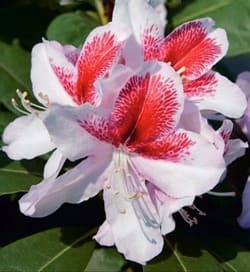










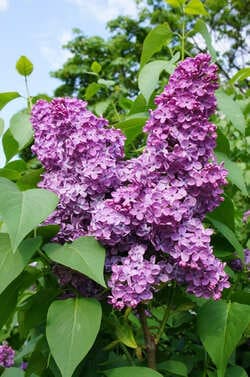

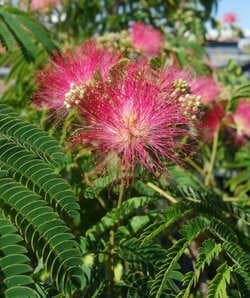




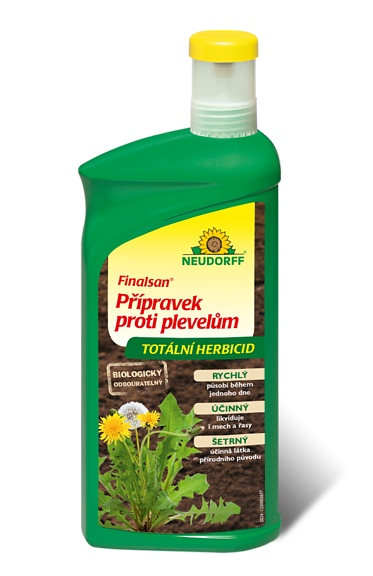


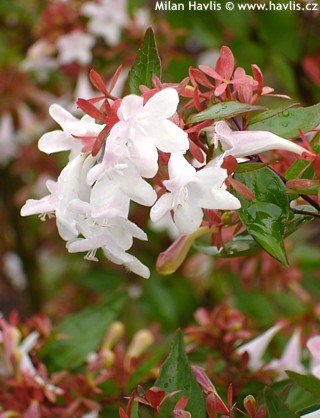

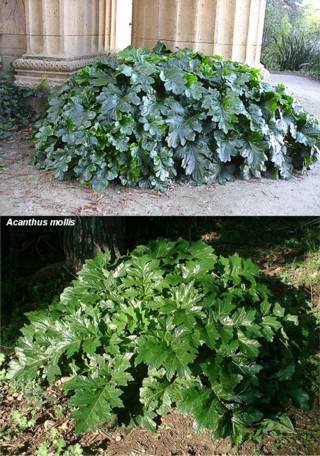
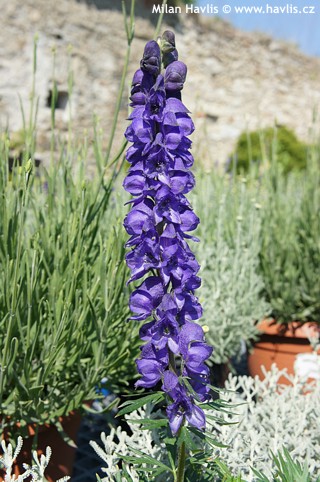
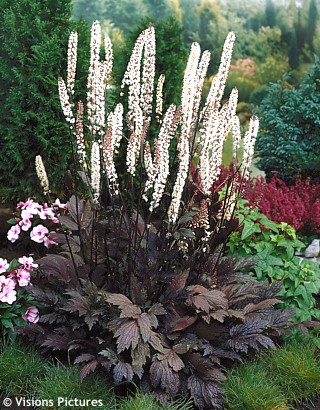
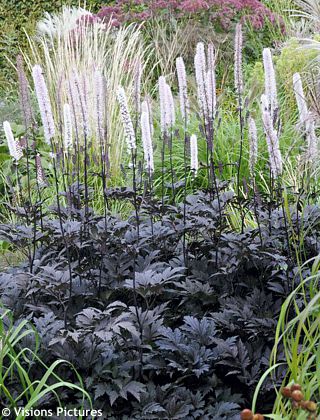
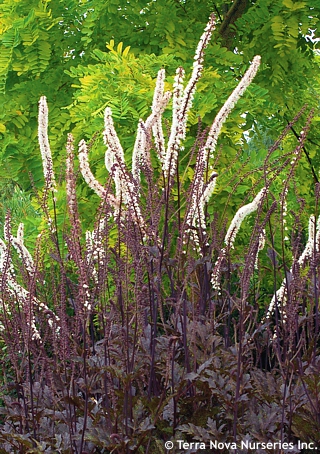
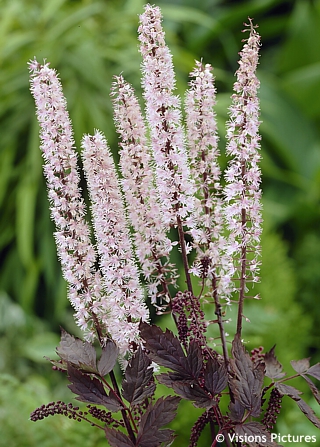
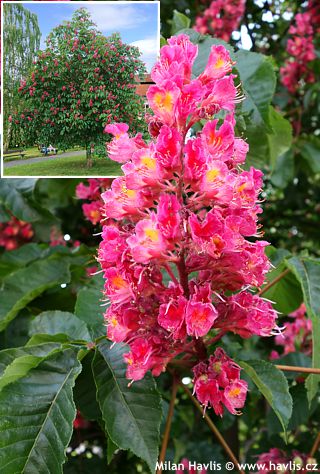
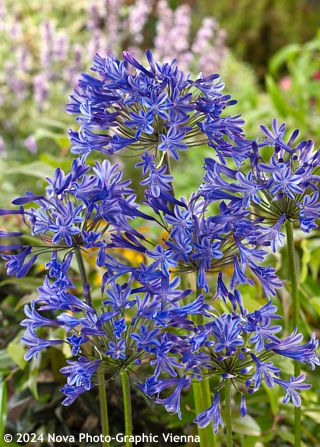
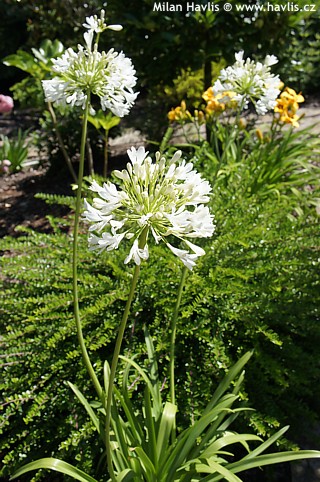
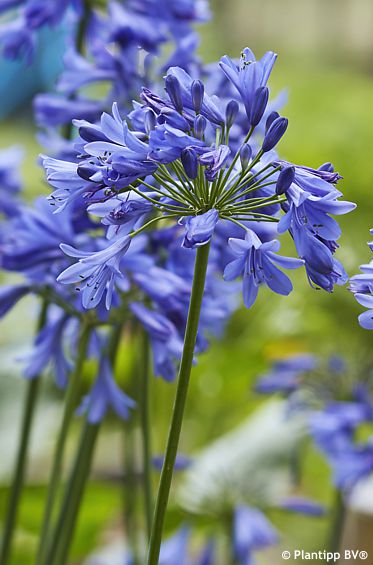
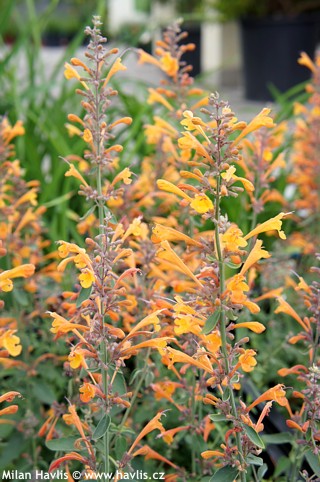

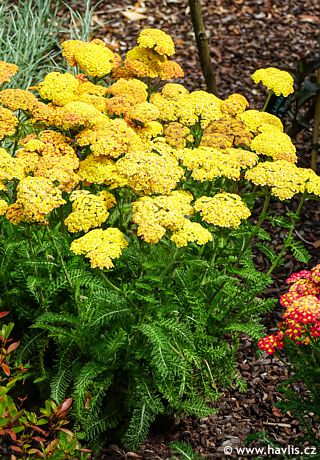
.jpg)
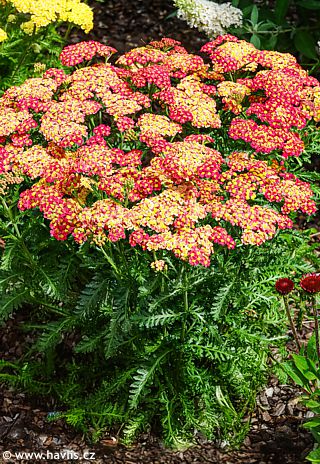
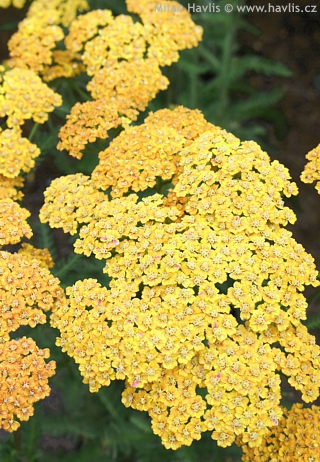
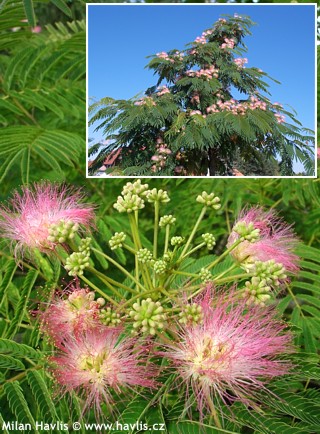
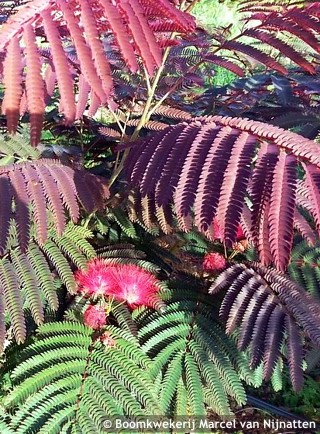
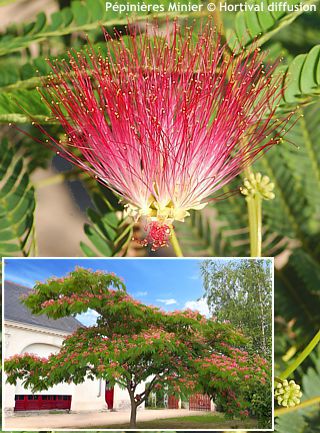
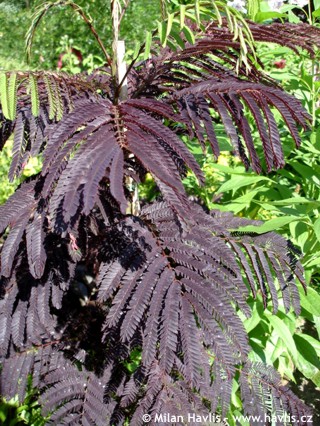
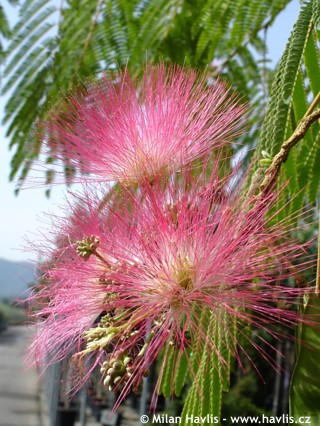
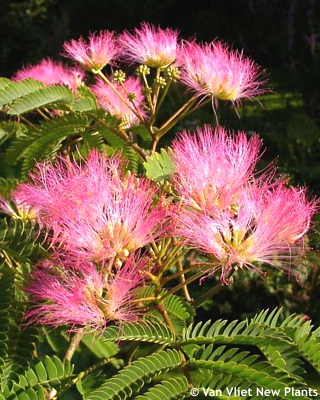
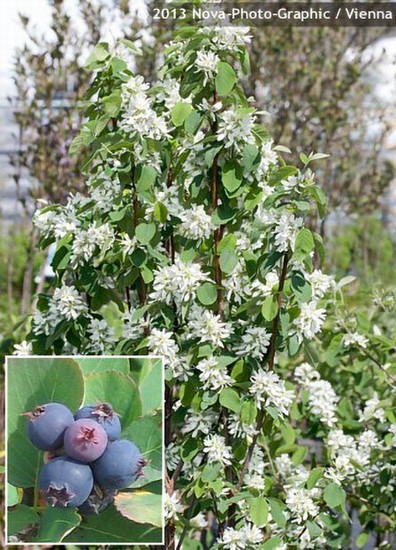
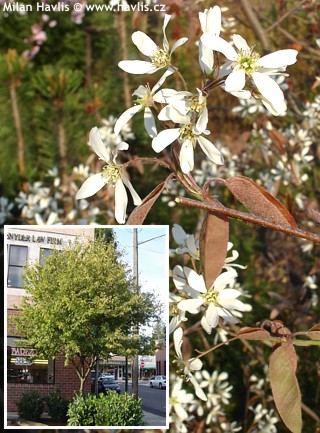
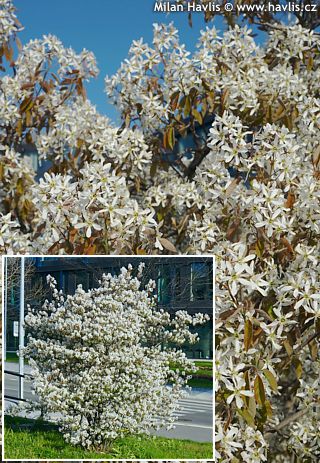
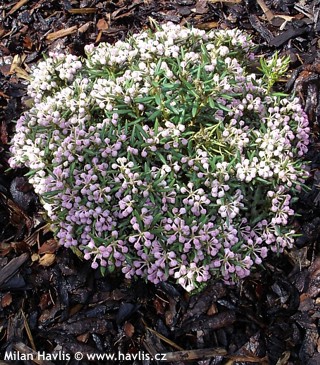
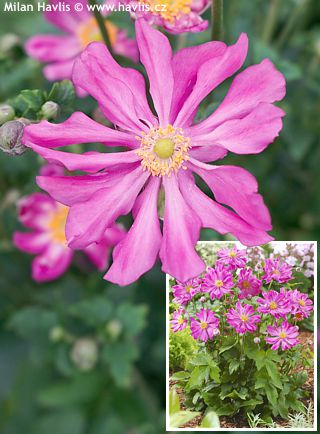
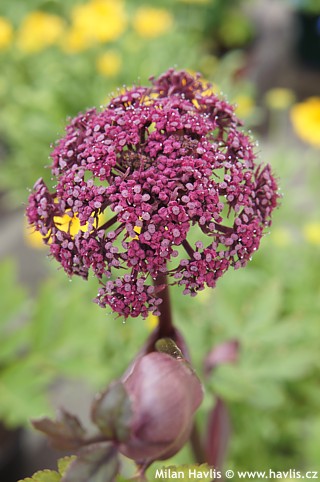
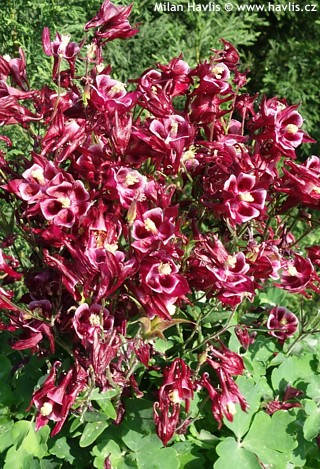
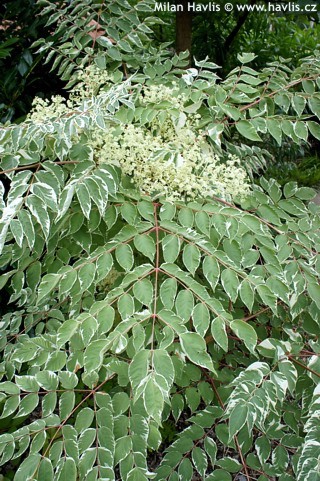
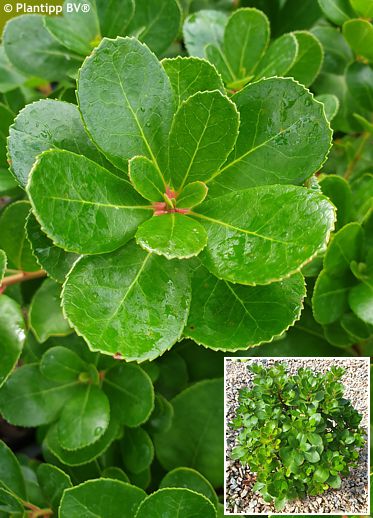
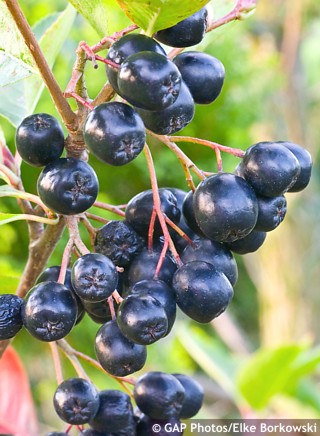
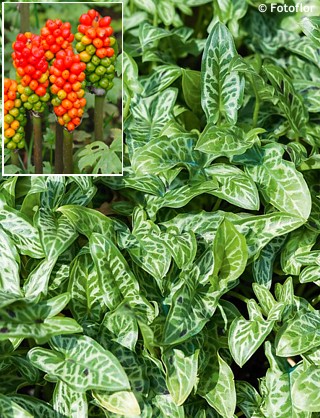
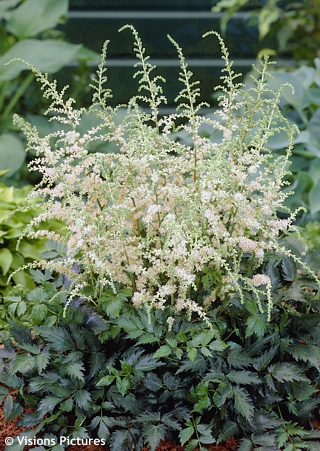
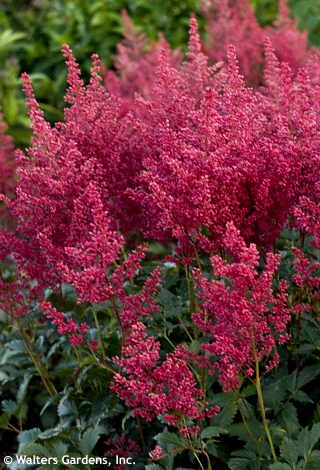
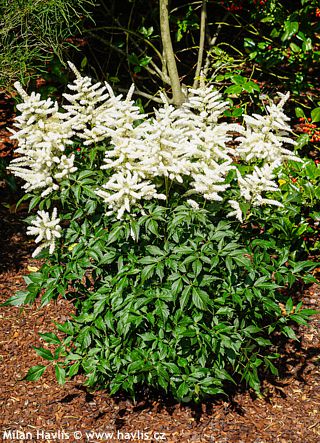
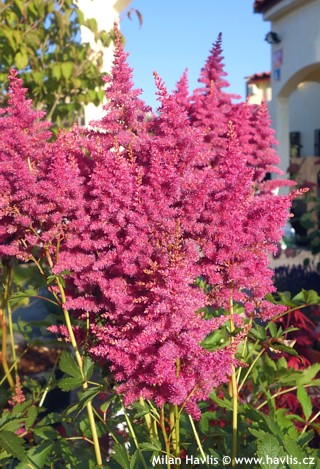
.jpg)
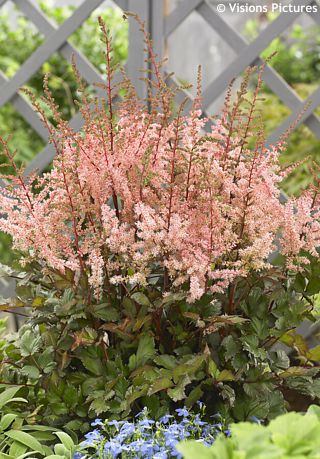
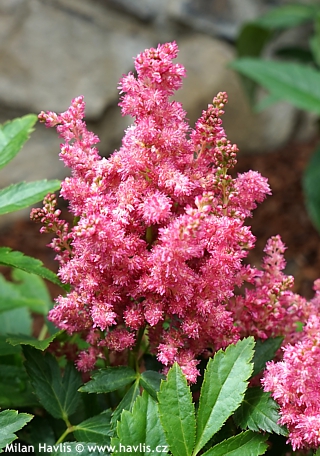
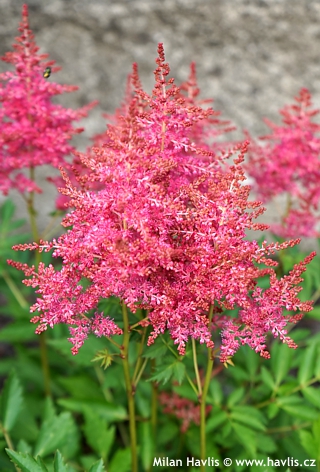
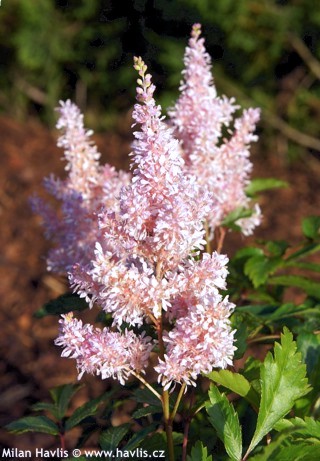
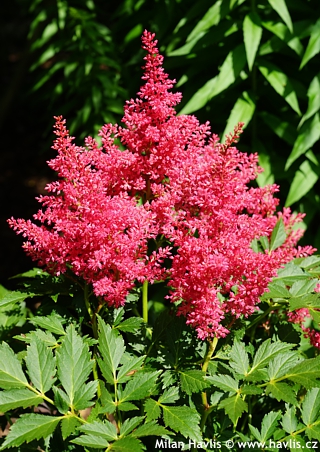
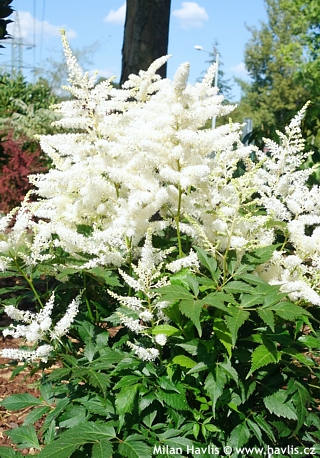
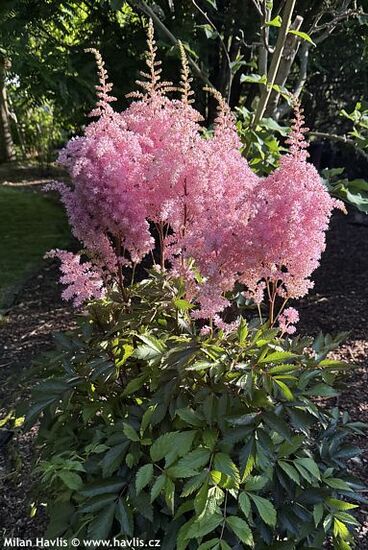
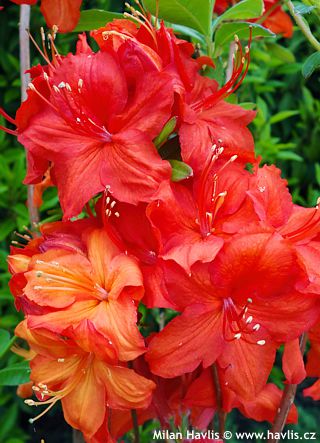
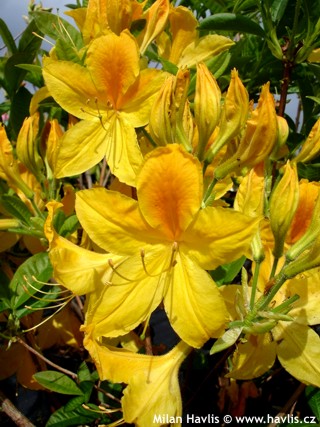
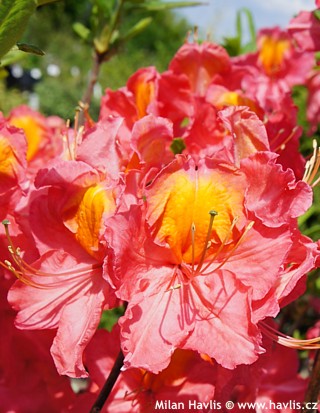
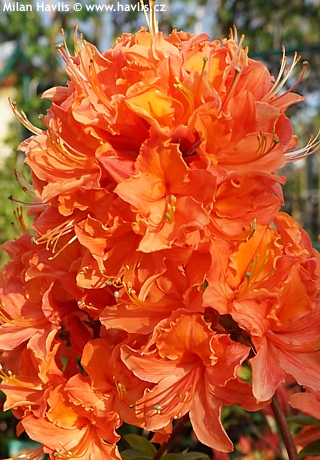
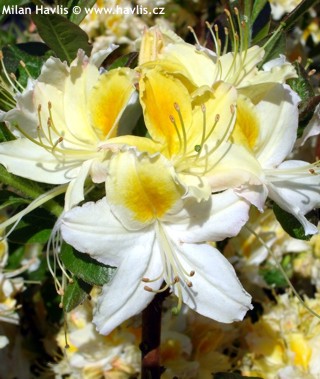
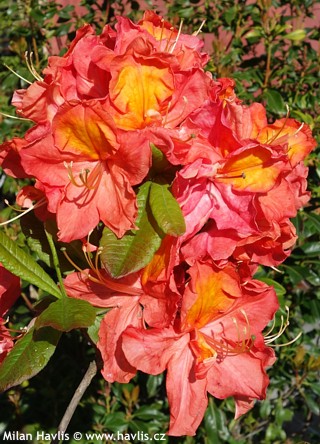
.jpg)
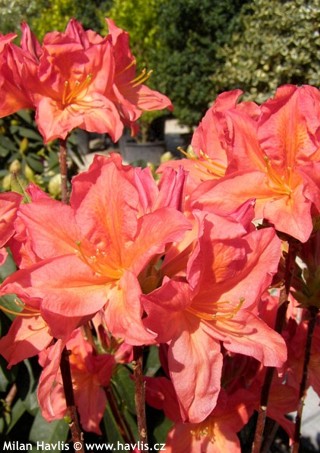
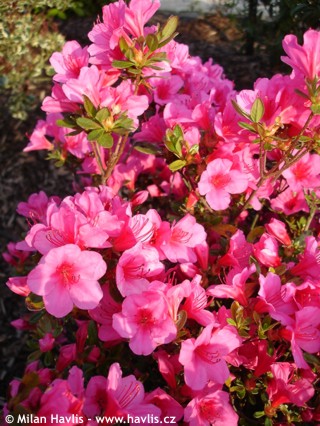
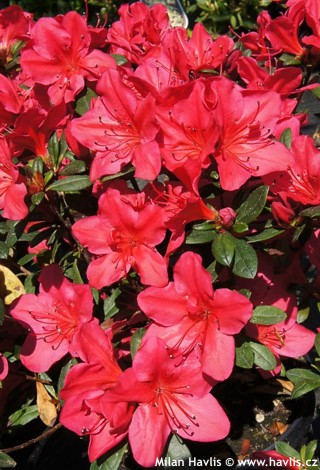
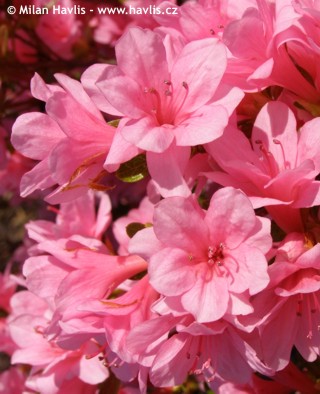
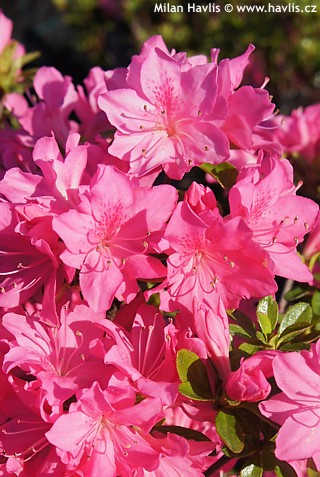
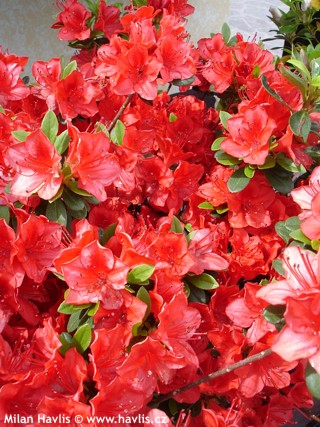
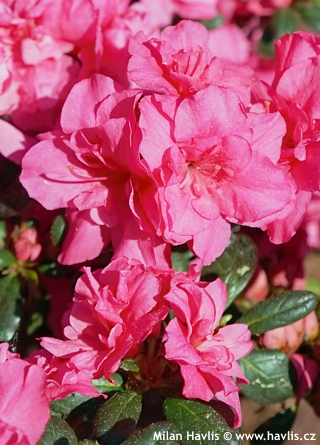
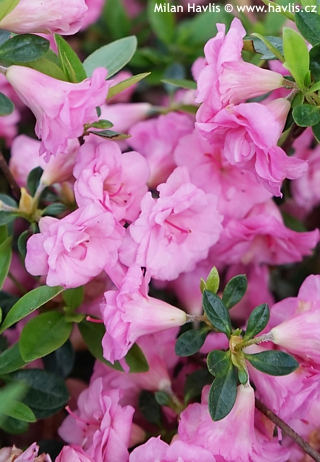
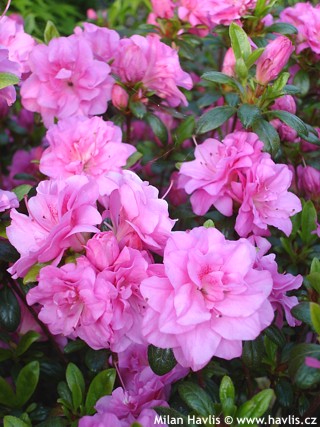
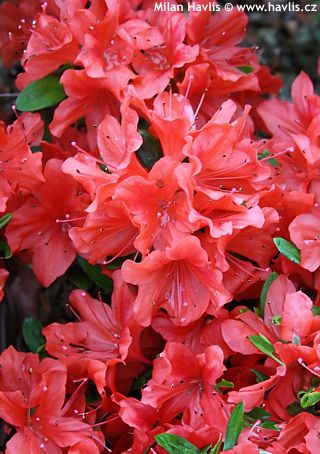
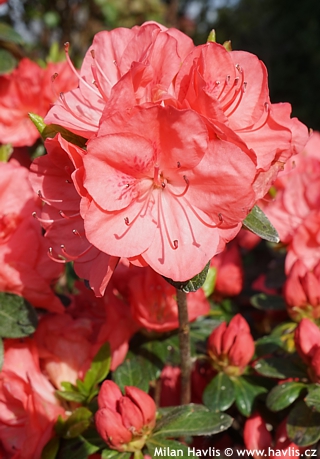
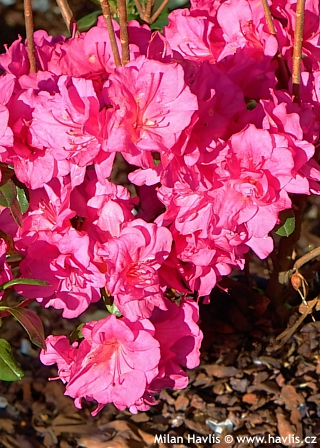
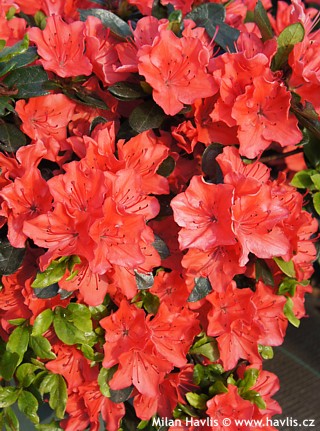
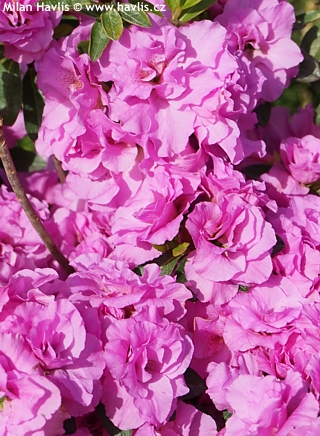
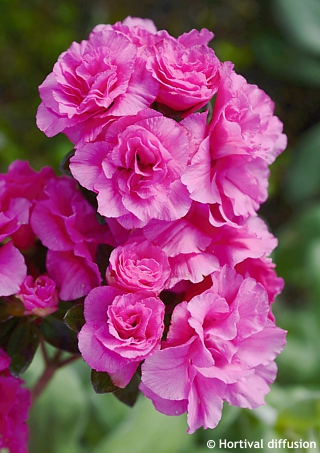
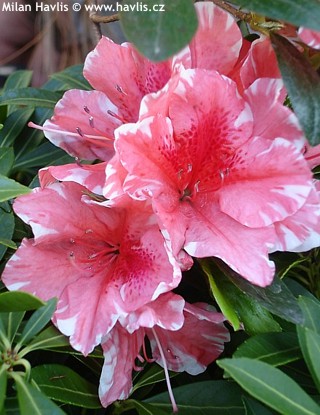

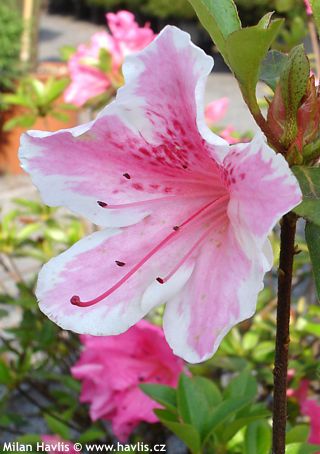
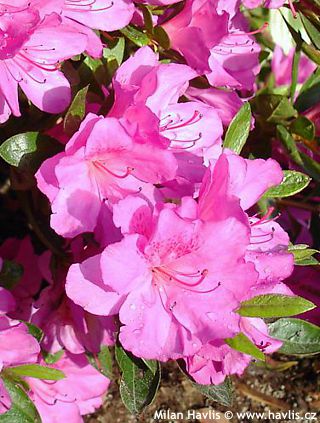
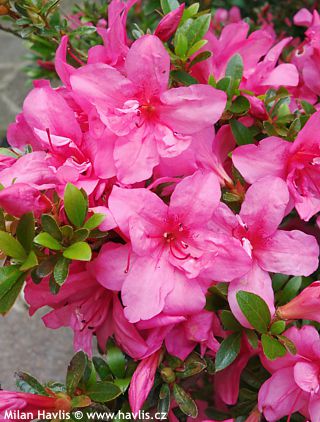
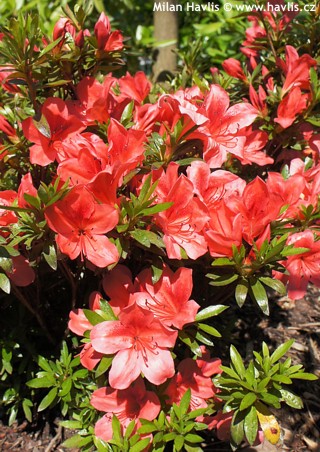
.jpg)
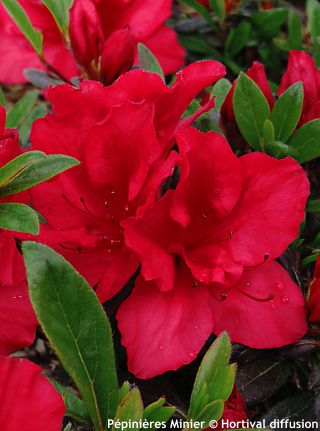
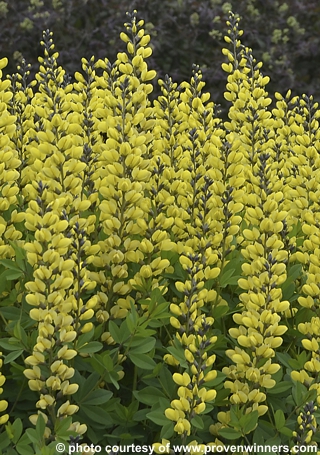
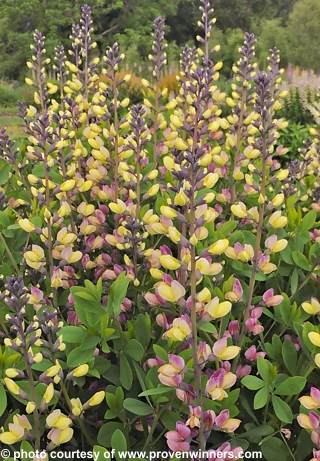

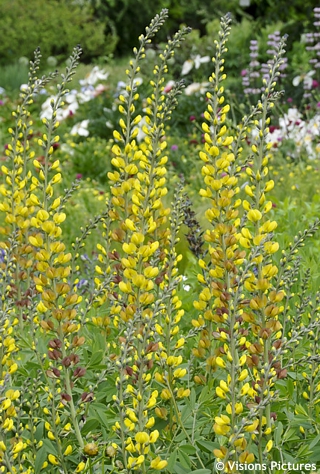
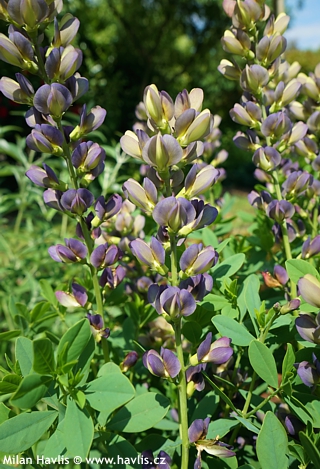
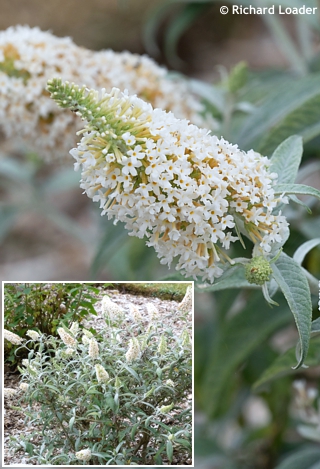
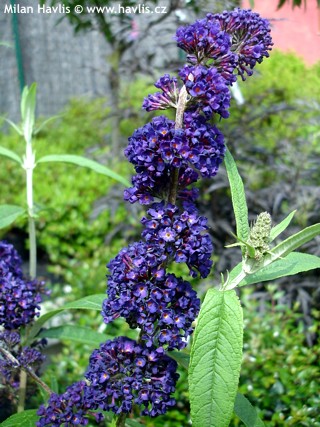
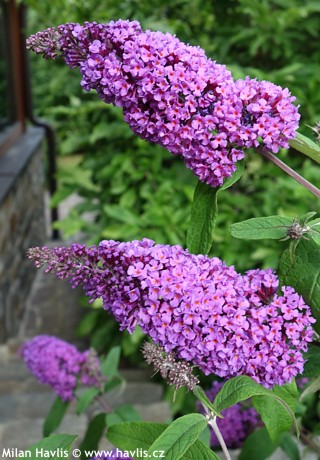
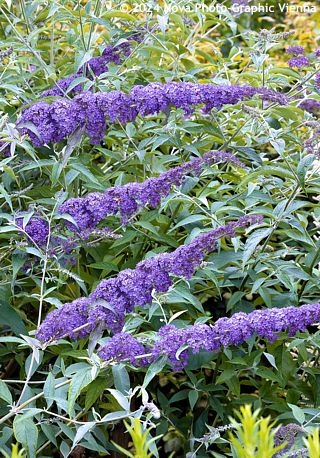
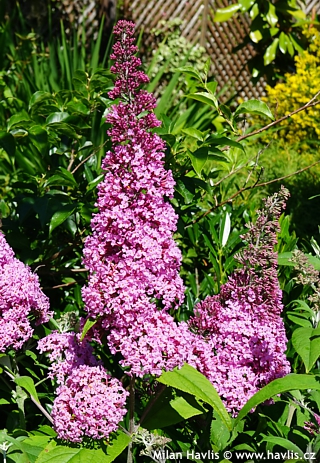
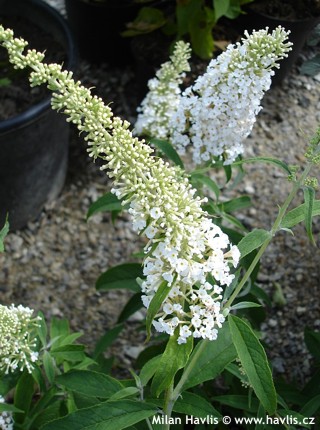
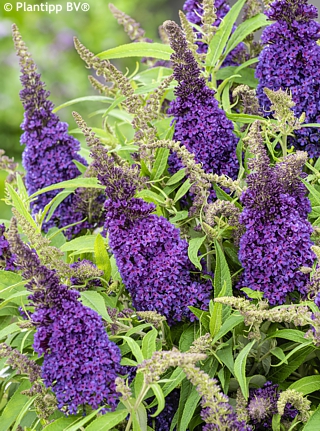
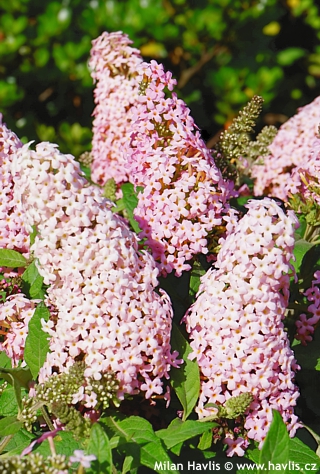
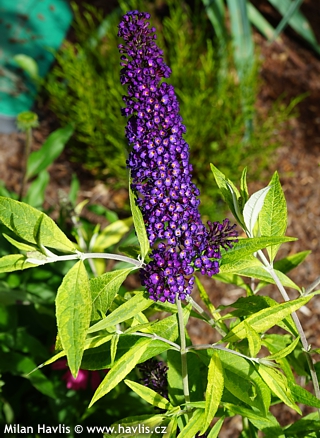
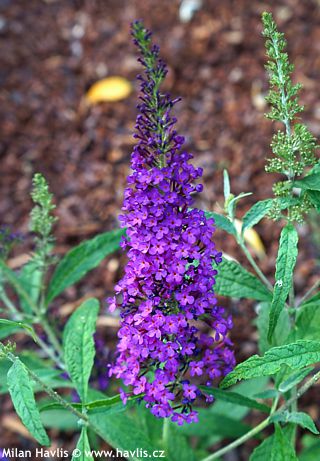
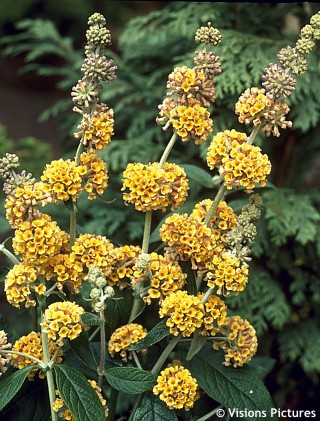
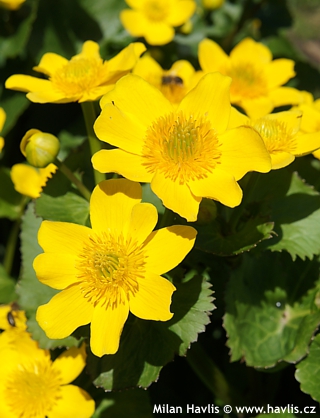
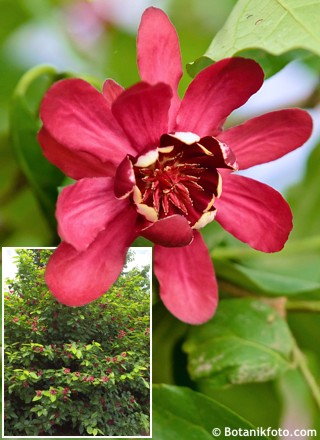
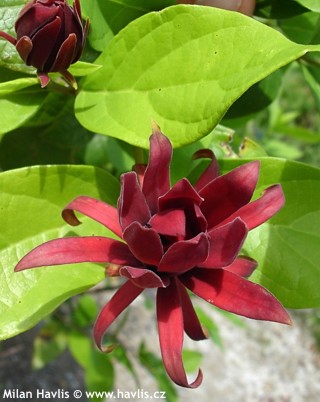
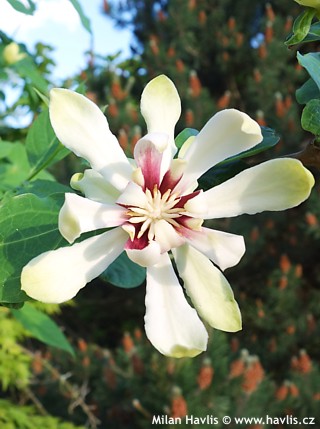
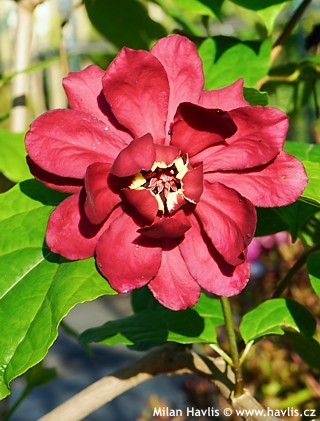
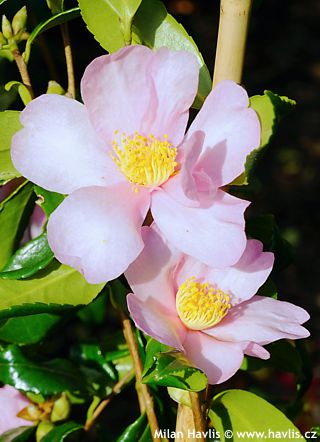
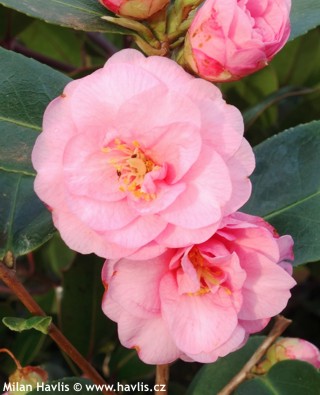
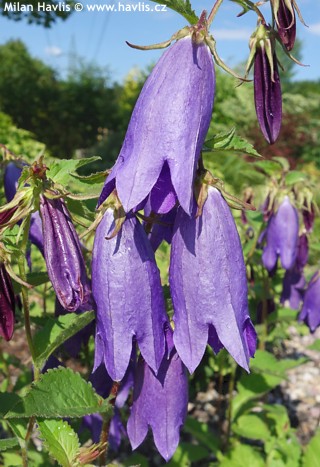
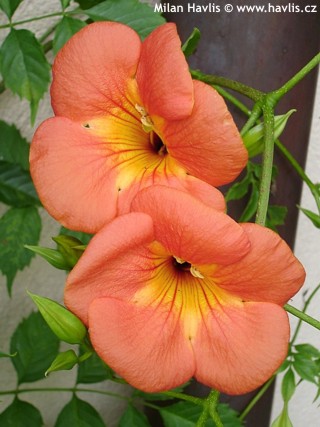
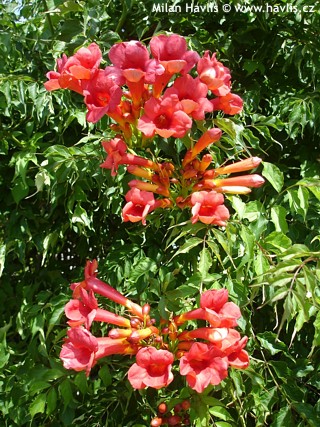
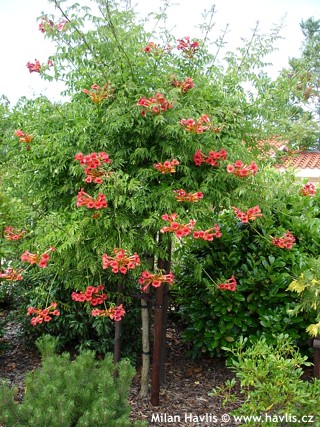
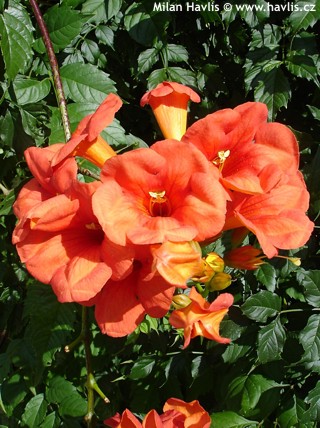
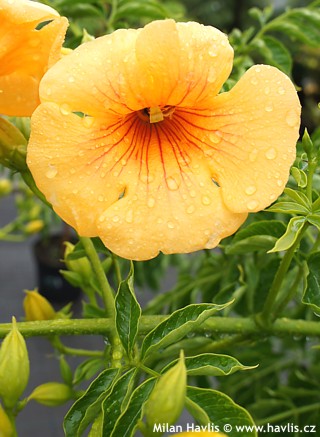
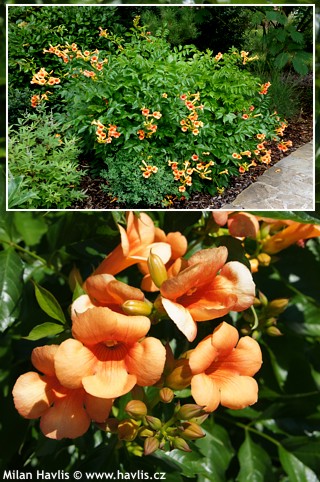

.jpg)
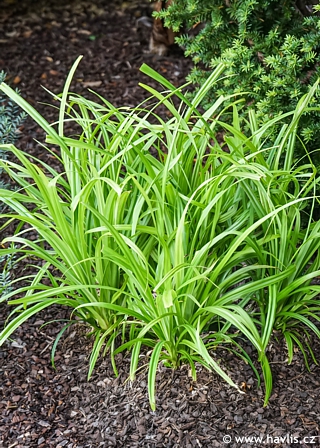
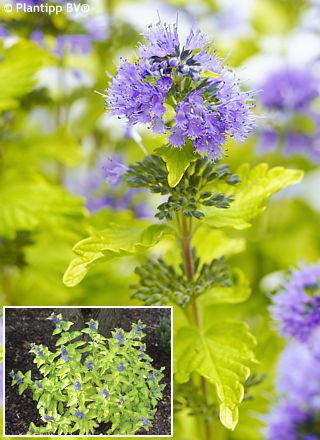
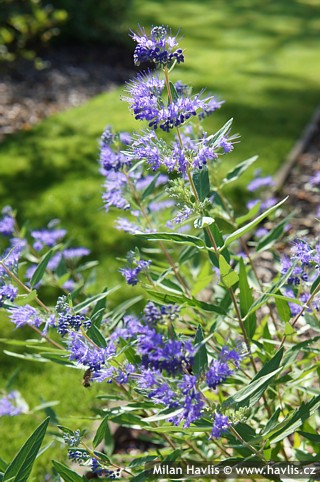
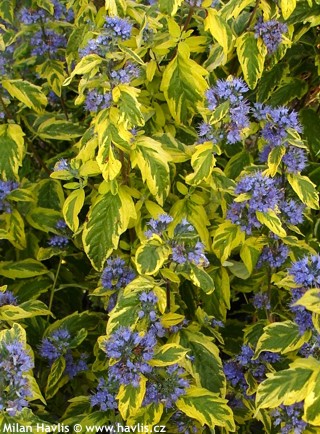
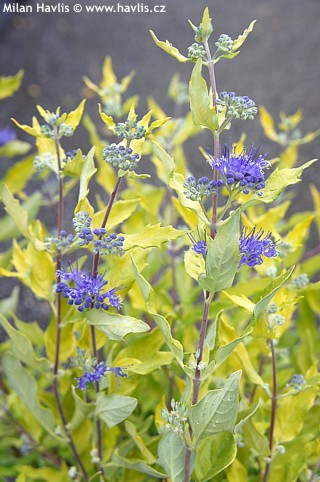
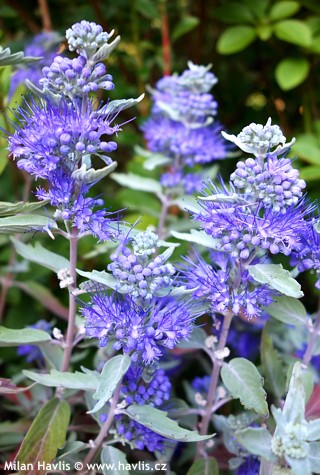
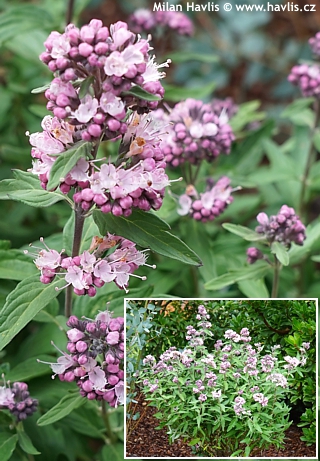
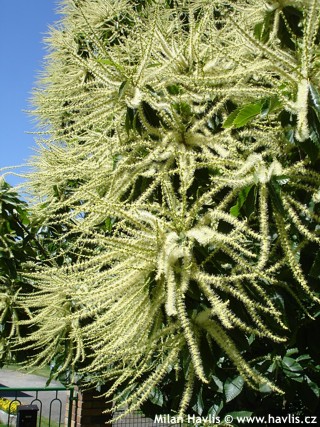
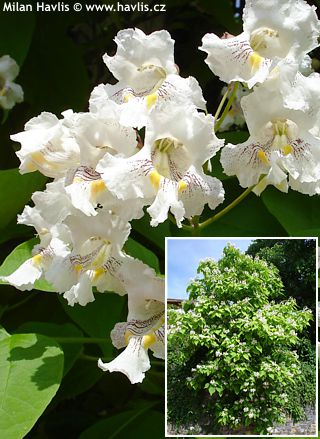
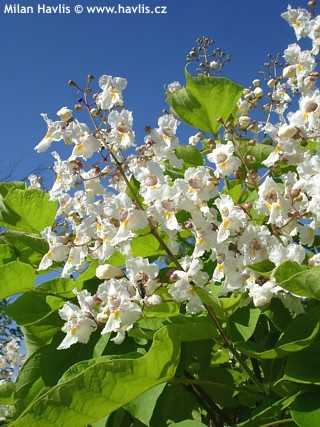
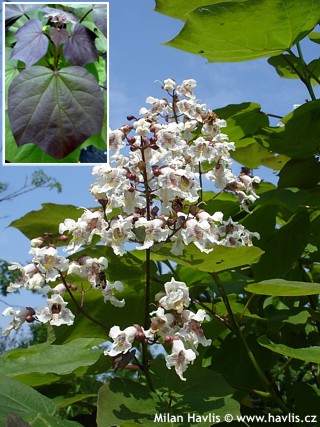
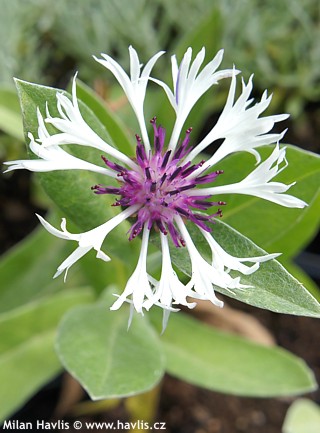
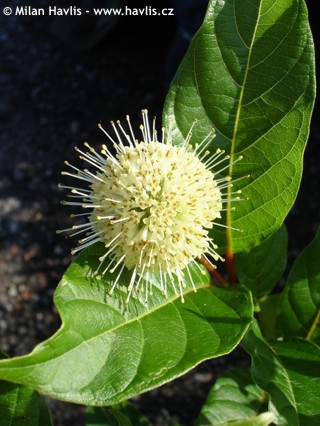
.jpg)
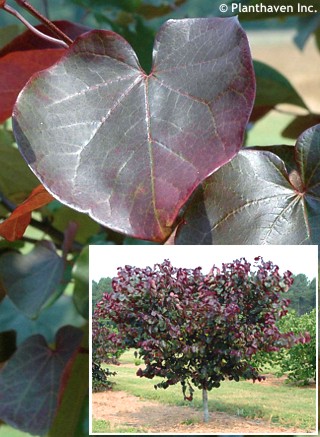
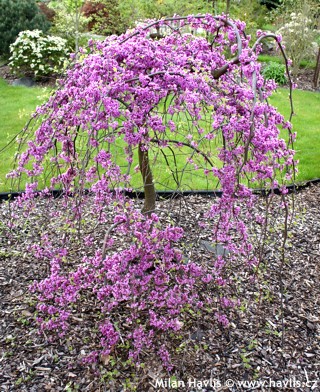
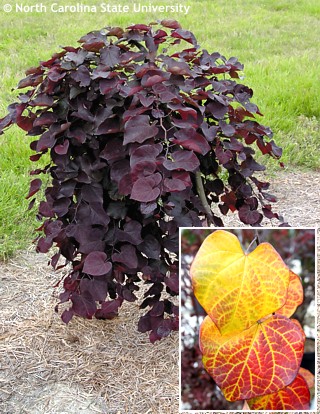
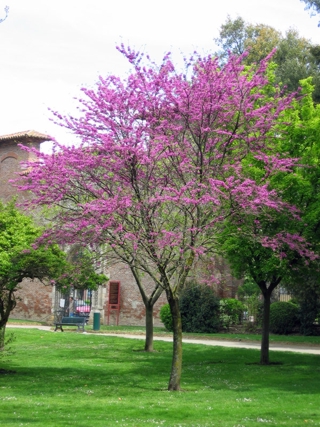
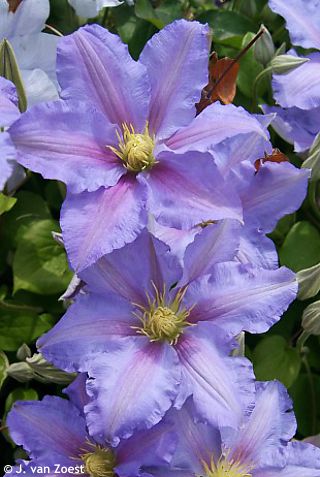
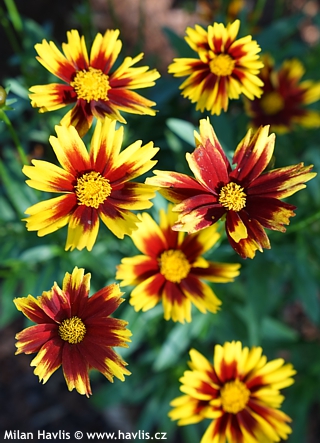
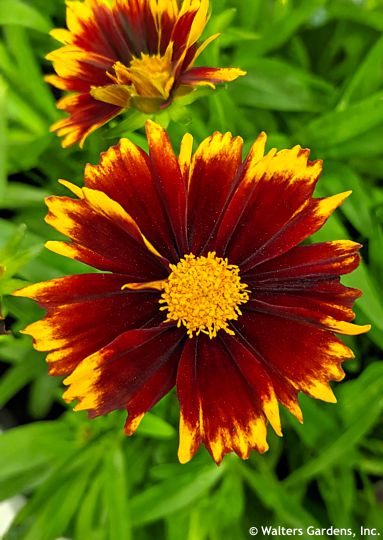
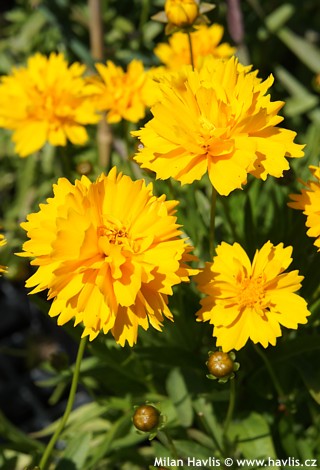
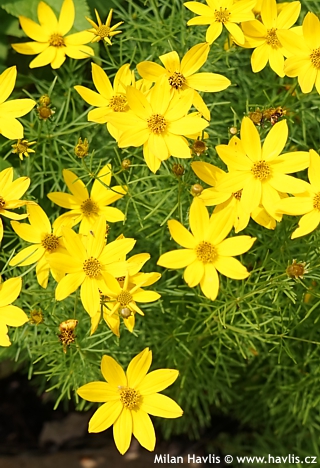
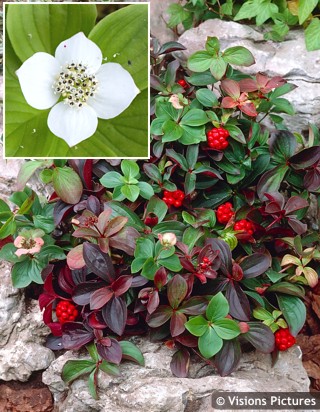
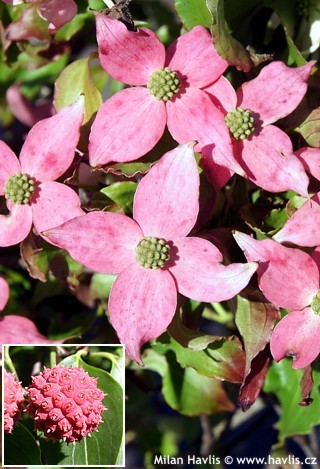
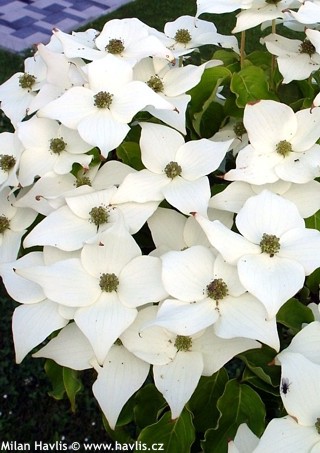
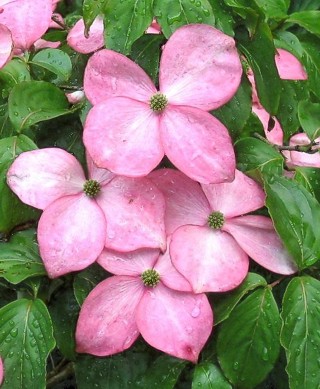
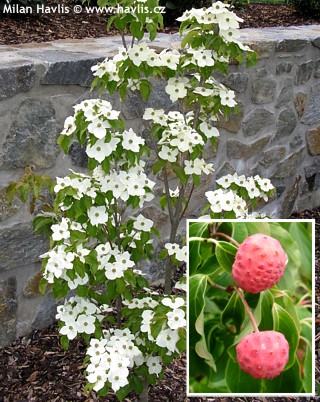
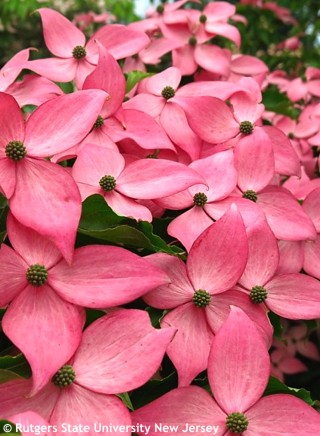
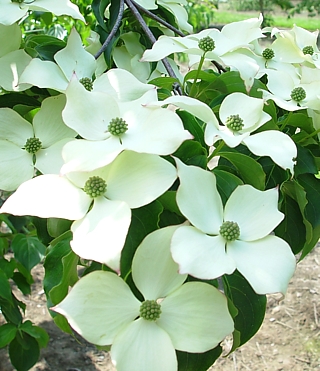

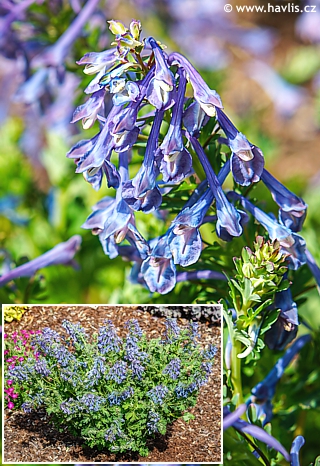
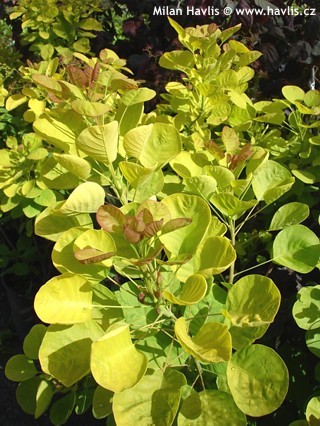
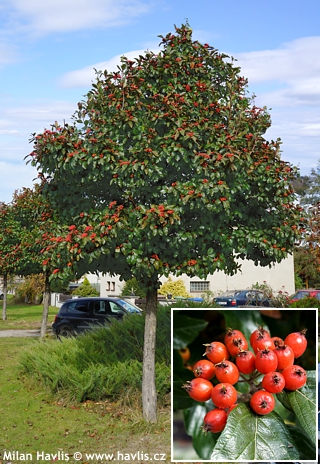
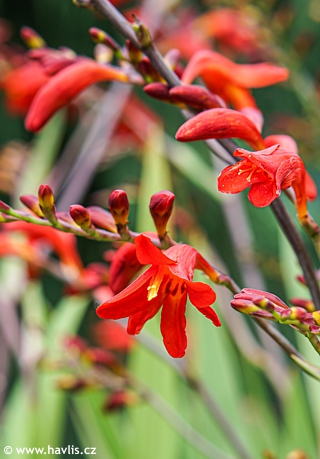
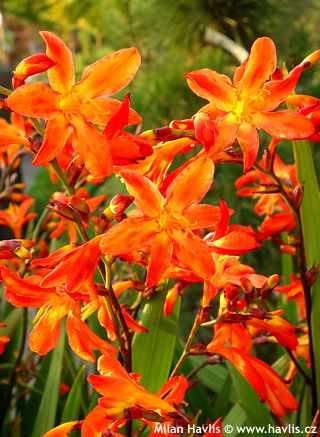
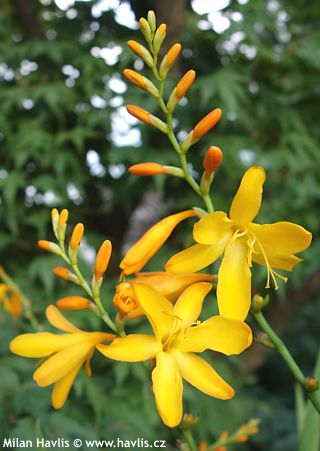
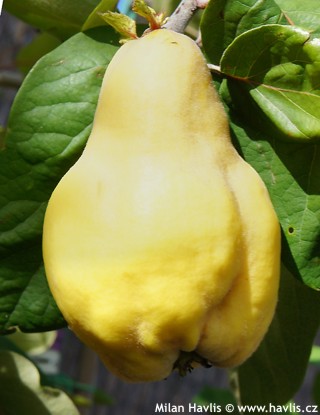
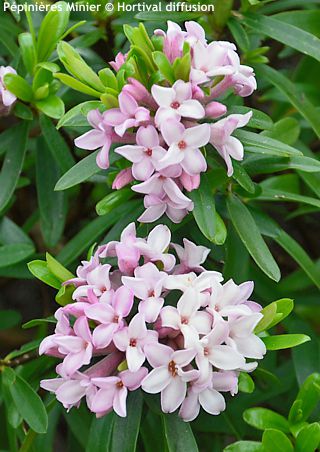
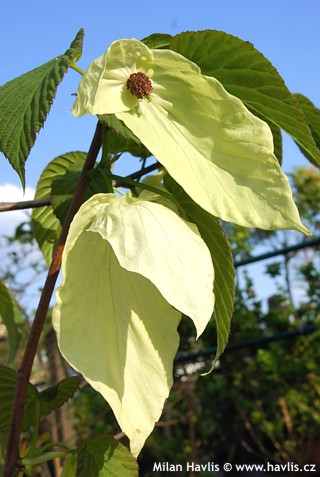

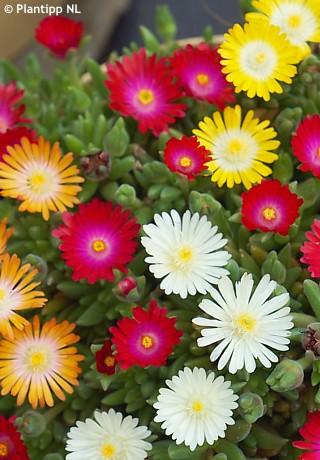
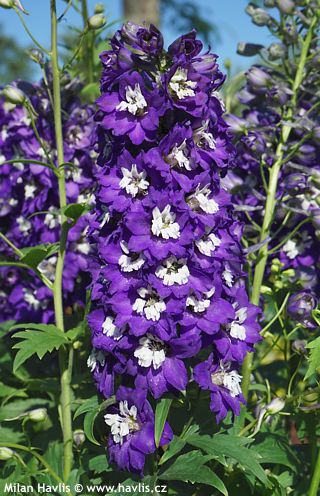
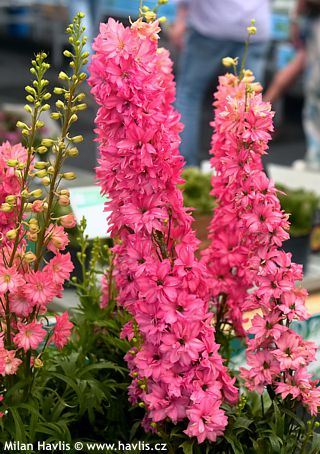
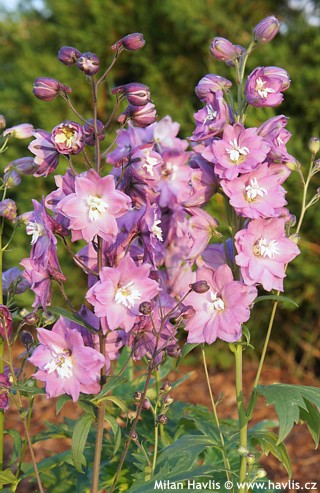
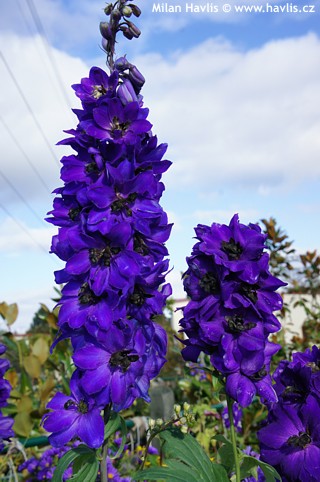
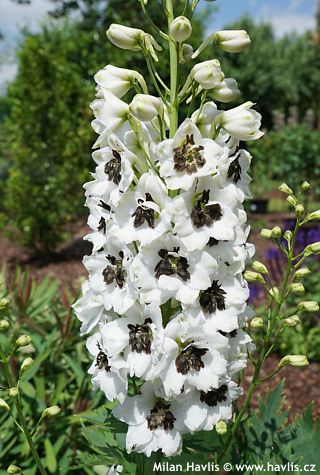
.jpg)
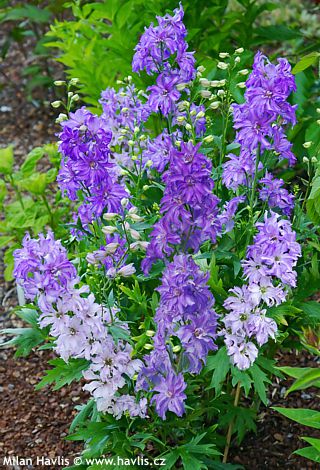
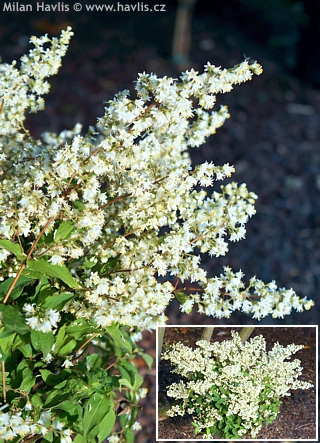
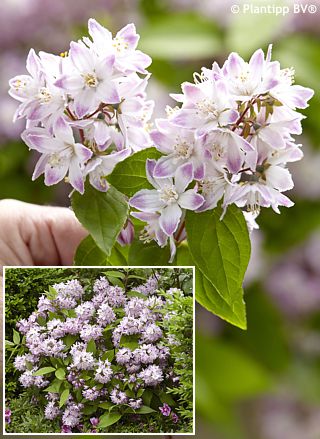
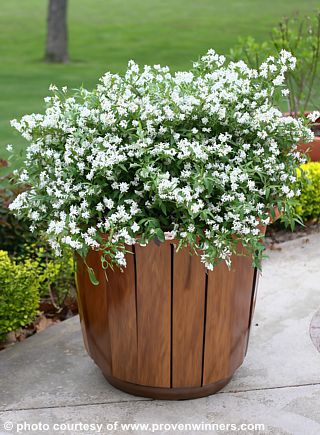

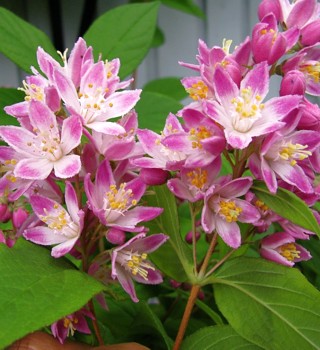
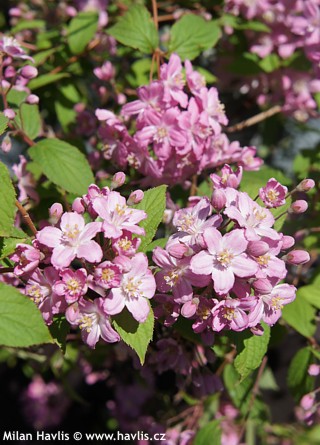
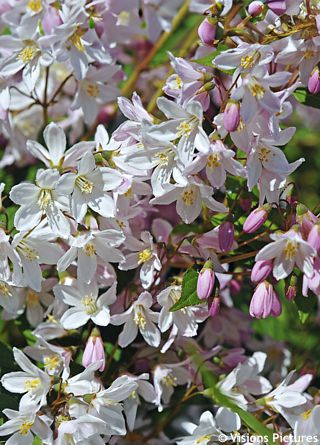
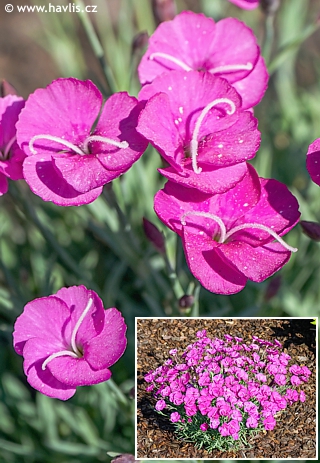
.jpg)
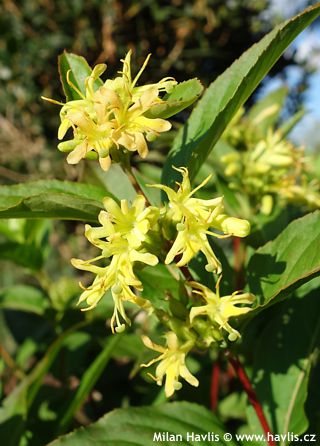
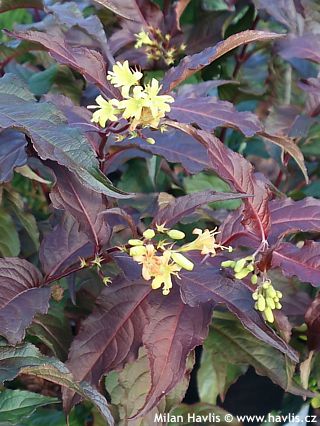
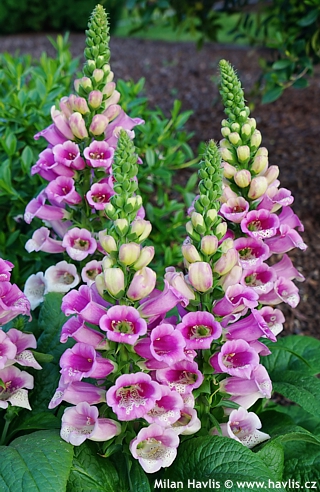
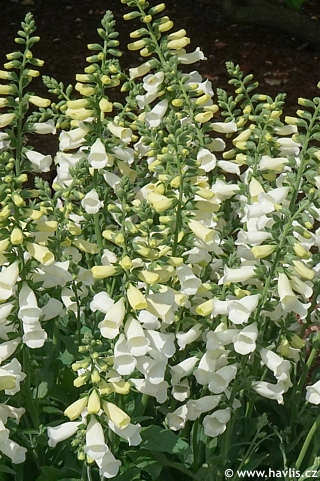
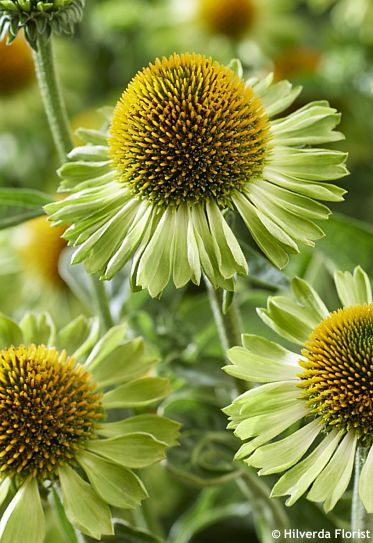
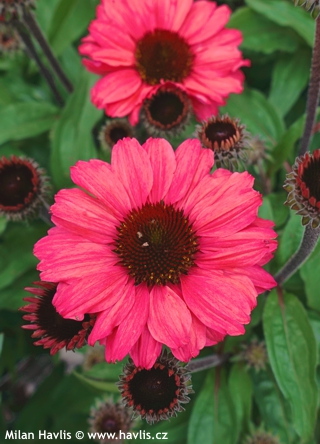
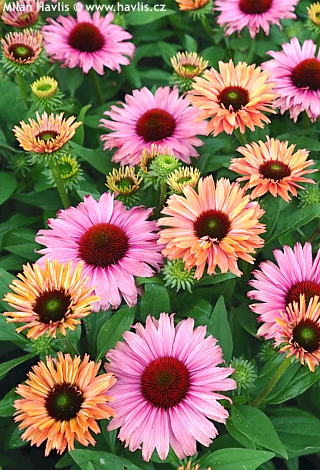
.jpg)
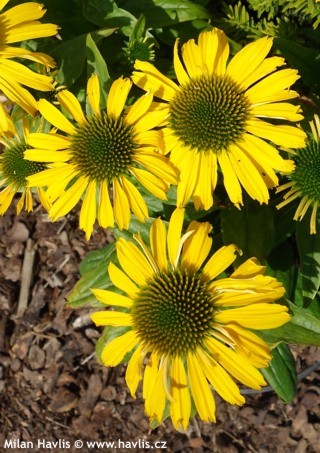
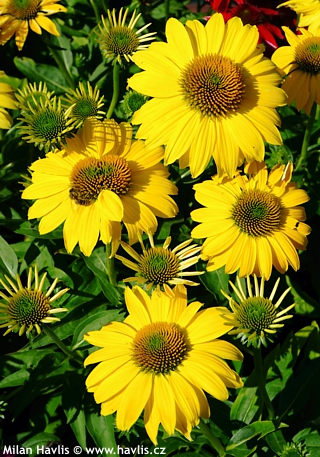
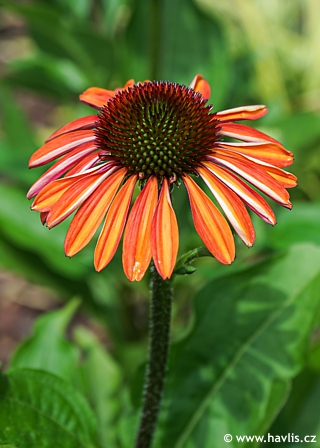
.jpg)
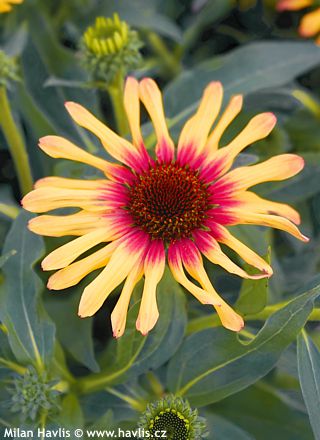
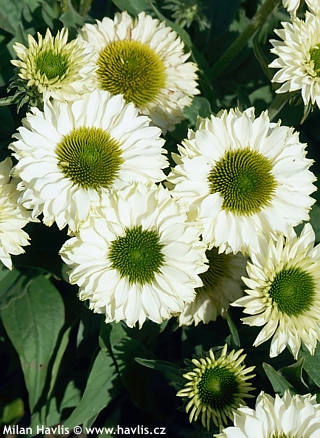
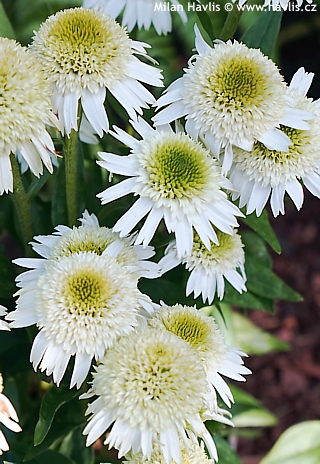
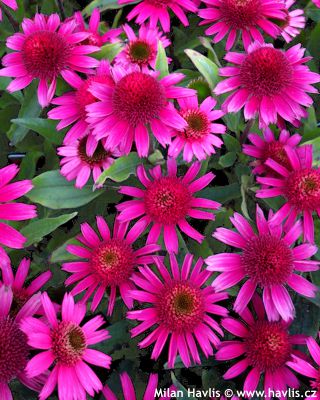

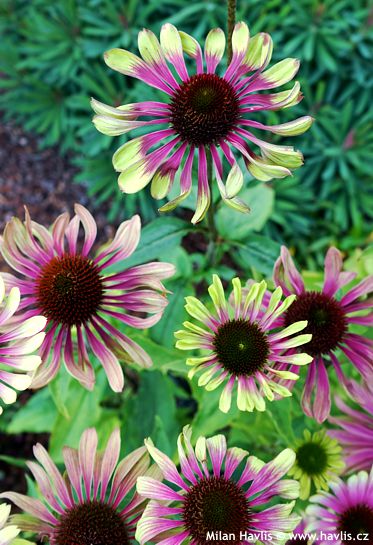
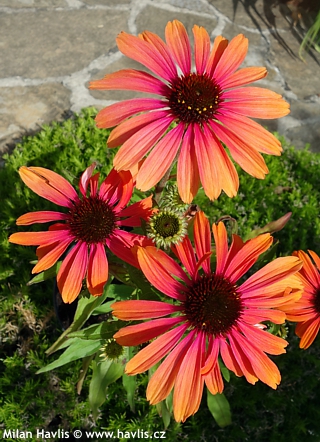
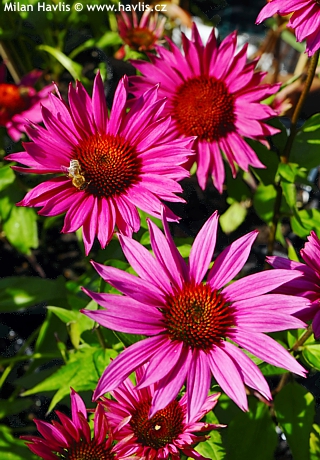
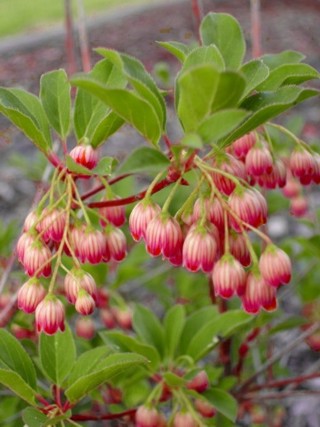
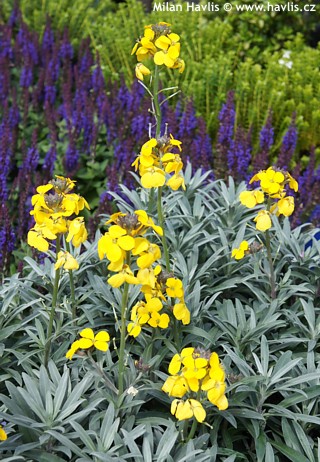
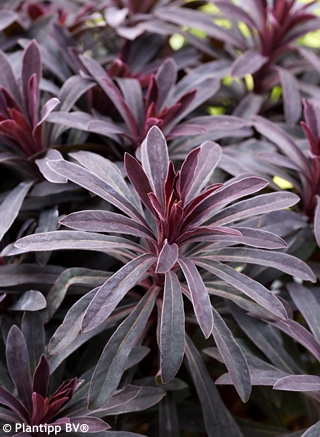
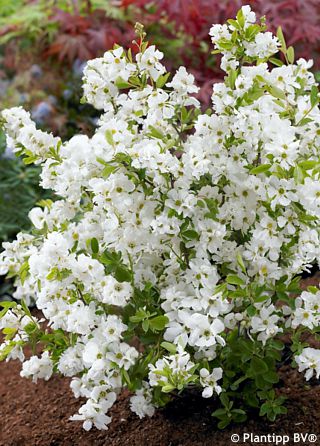
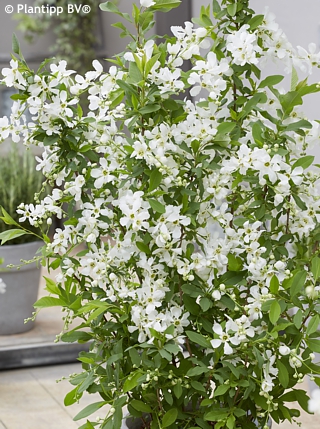
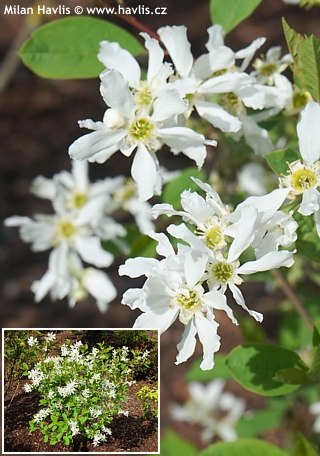
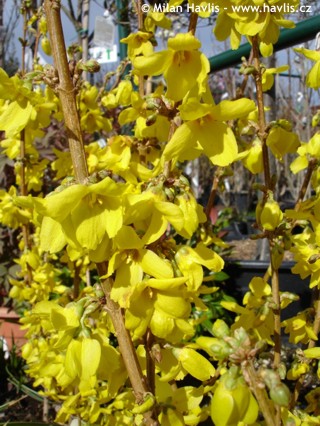
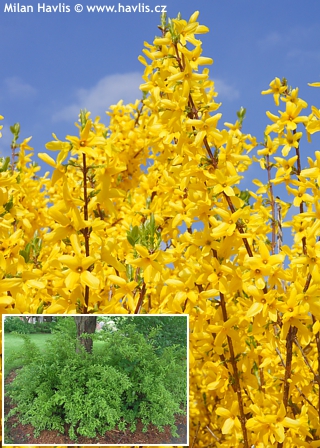
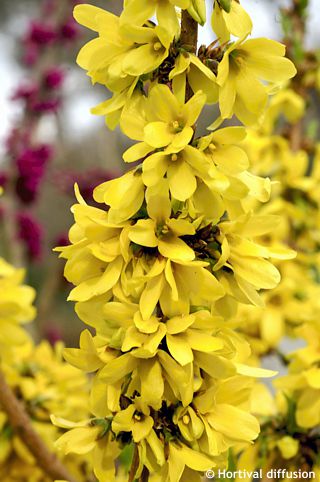
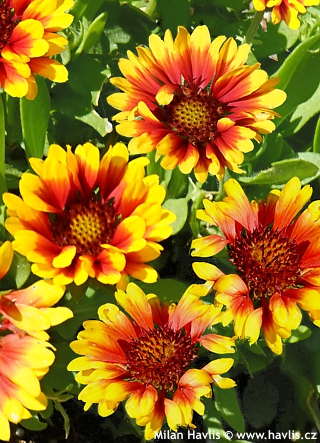
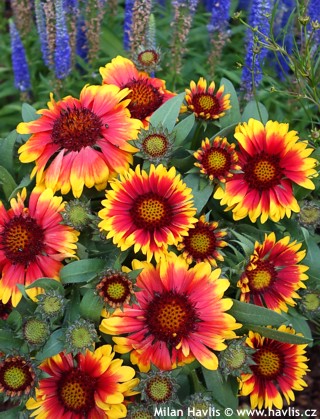
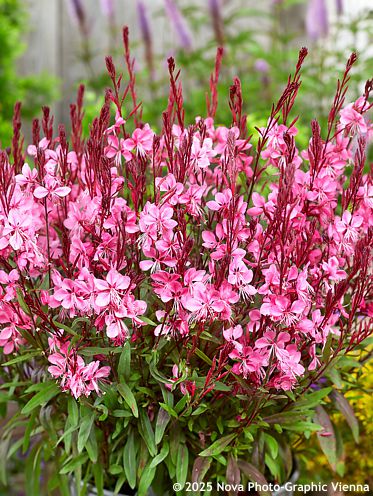
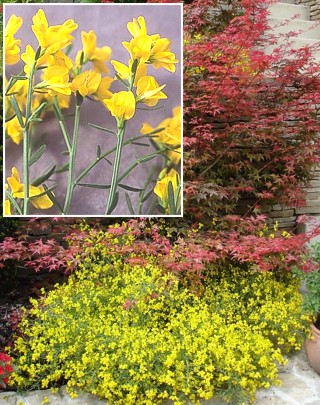
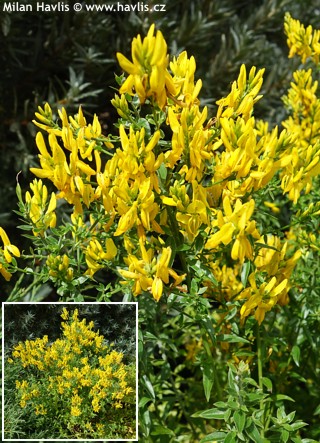
.jpg)
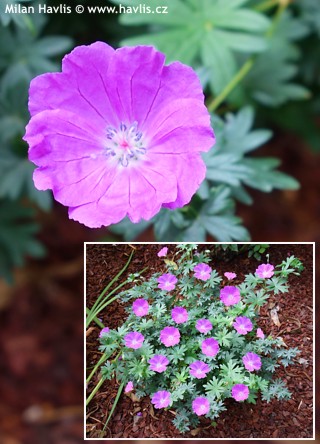
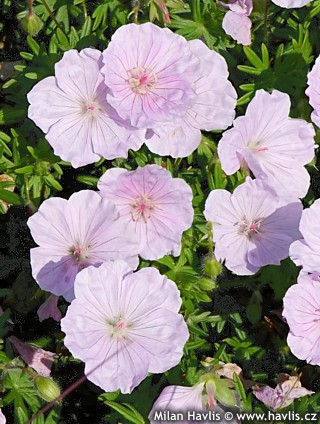
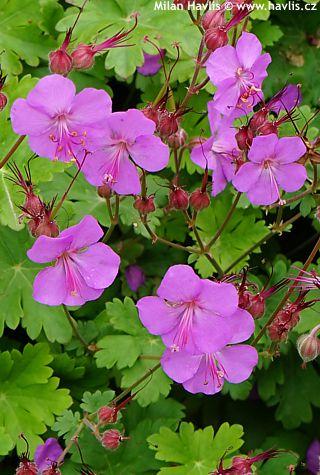
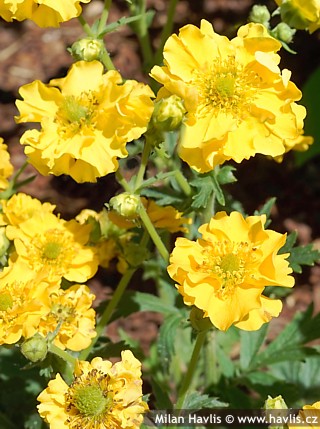
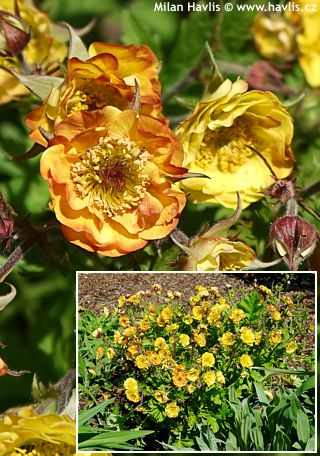

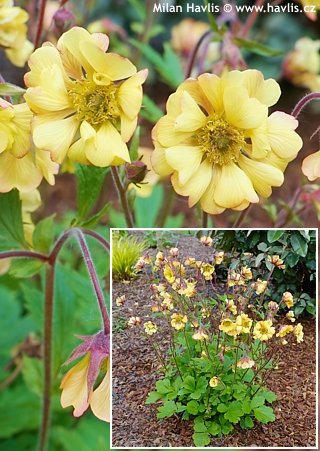
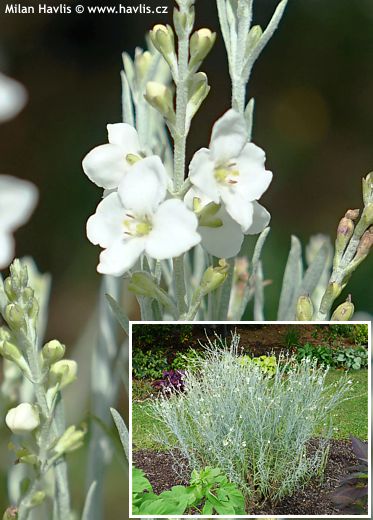
.jpg)
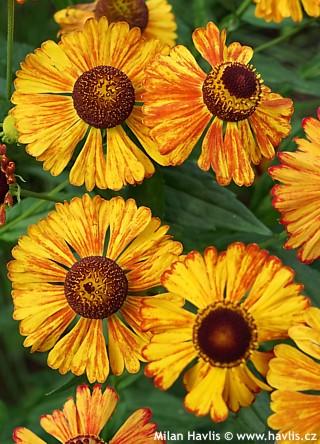


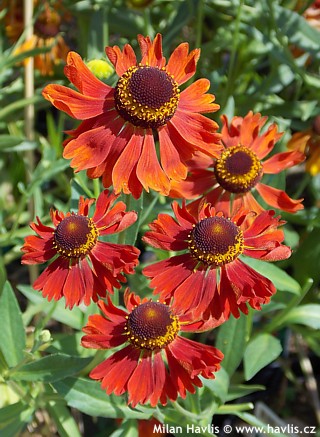
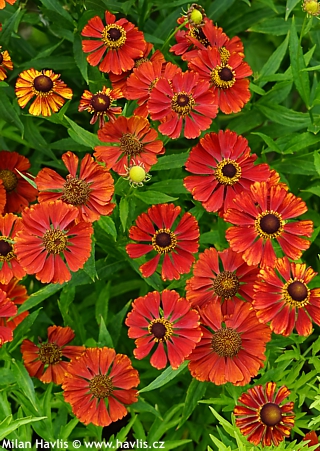
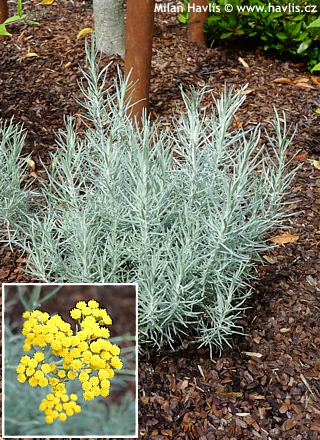
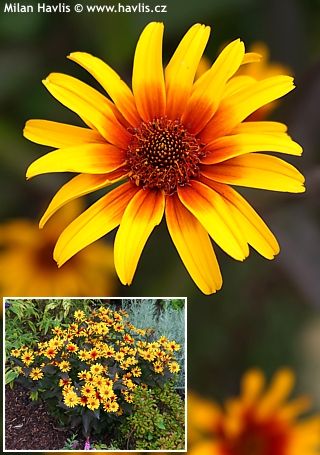
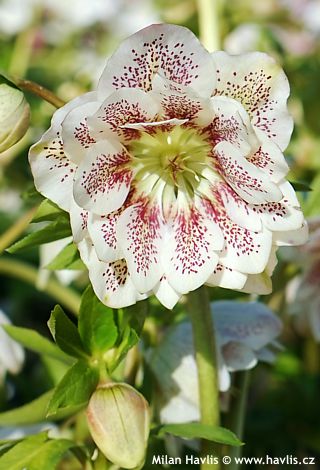
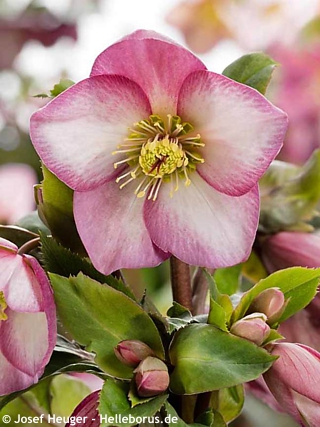
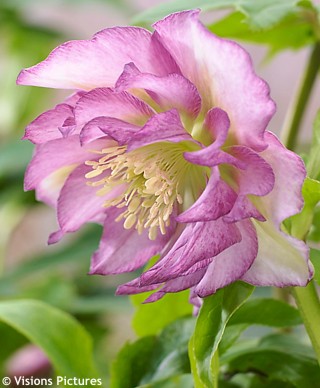
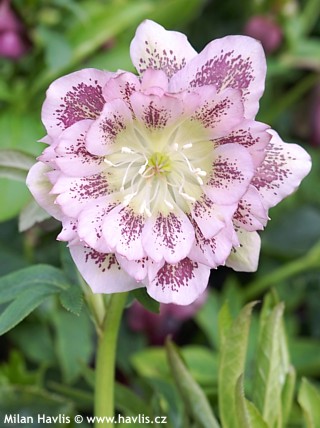
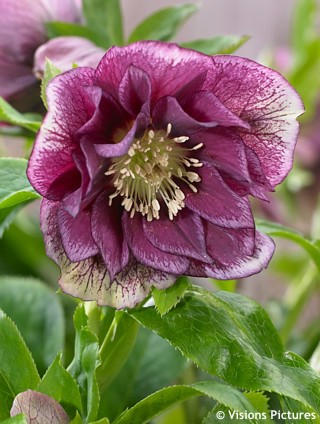
.jpg)
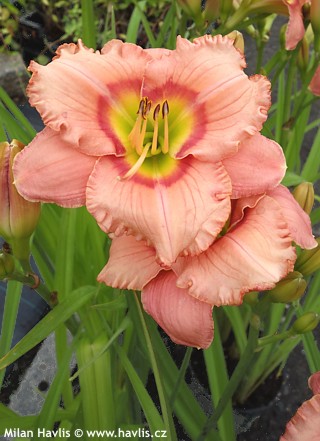
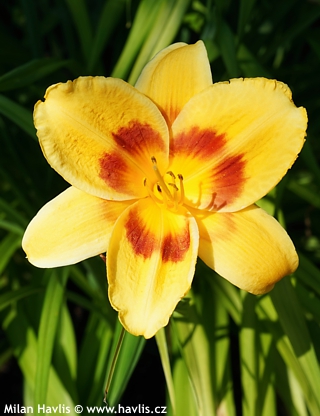

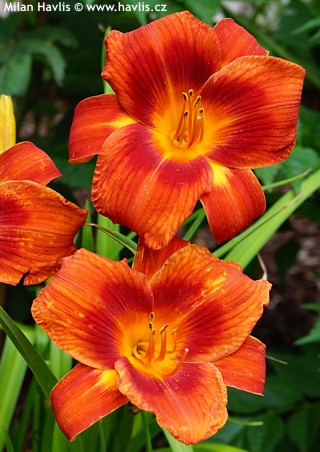
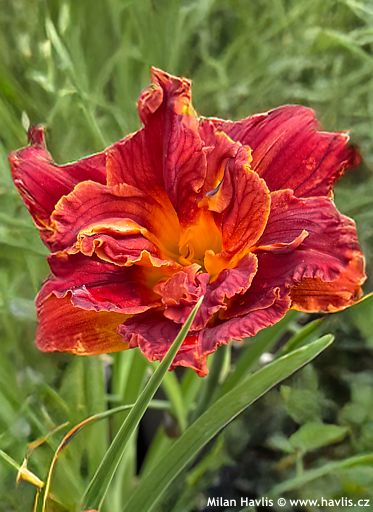
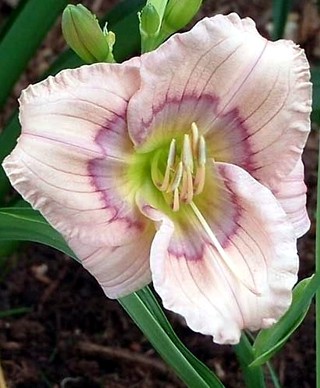
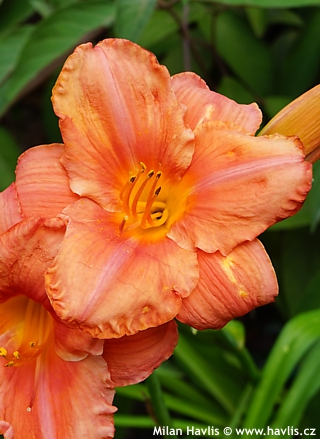
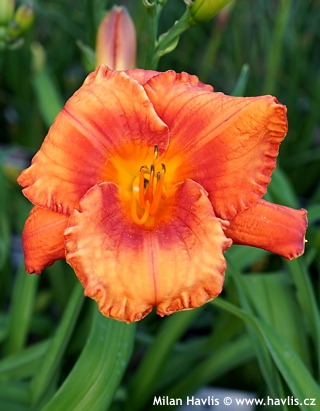
.jpg)

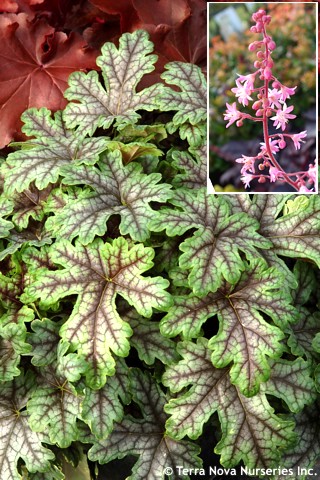
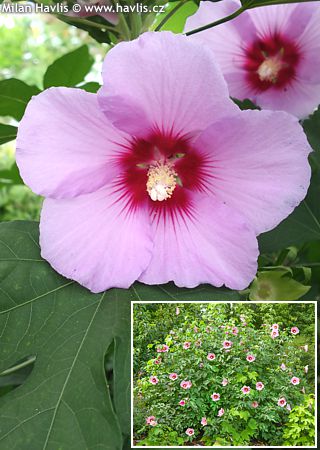
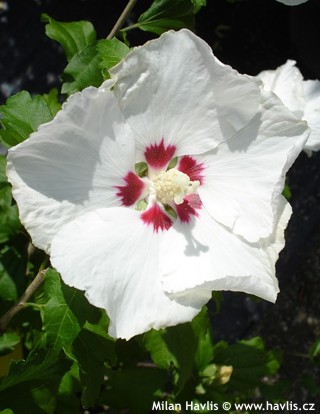
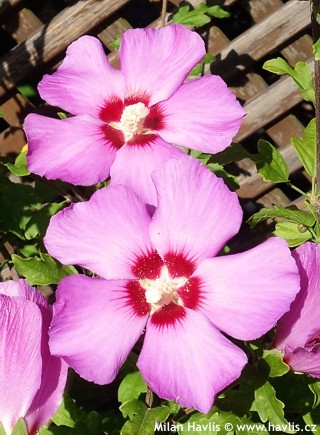
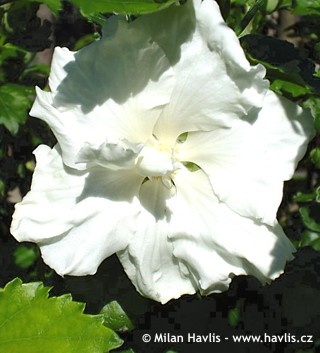
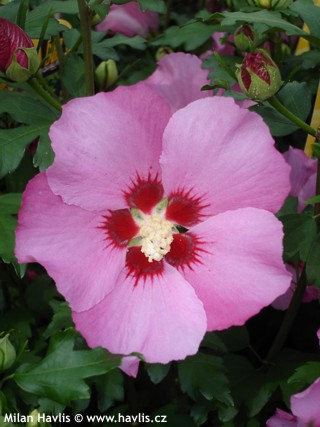
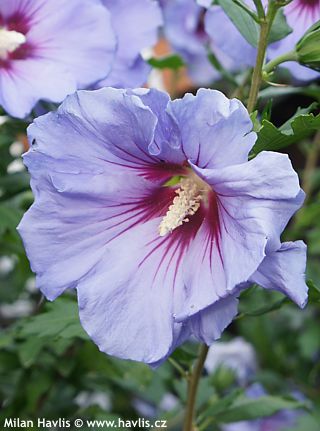
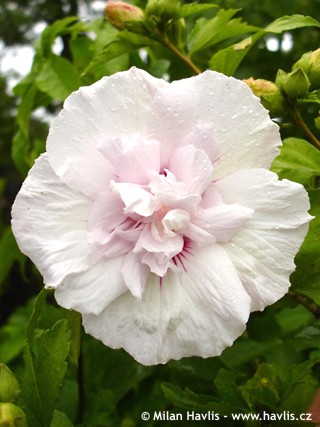
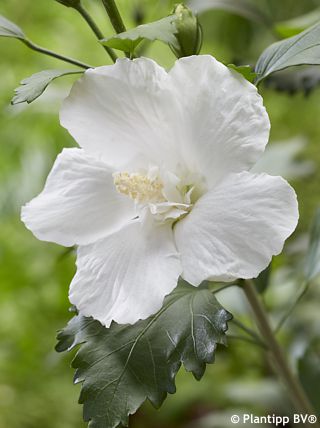
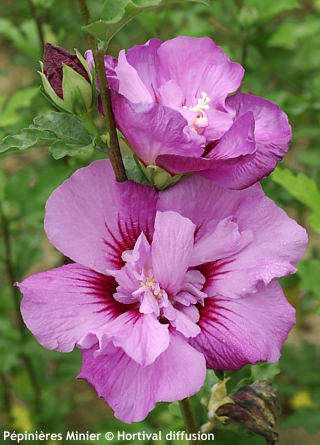
.jpg)
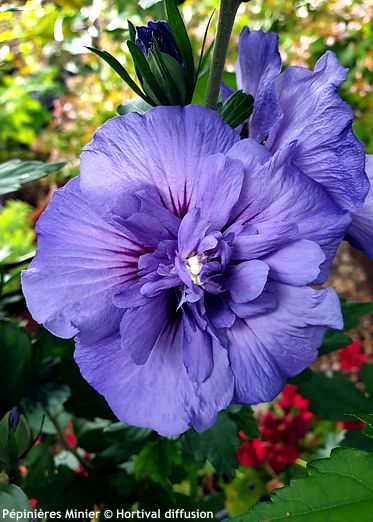
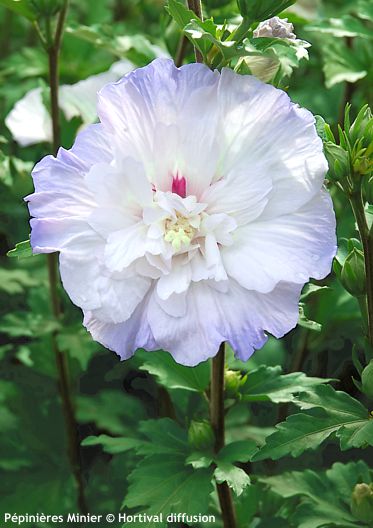
.jpg)
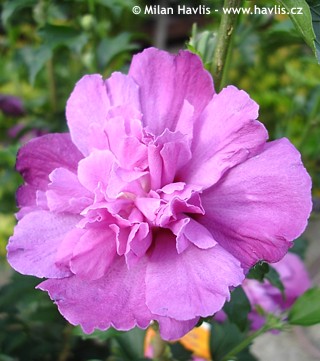
.jpg)
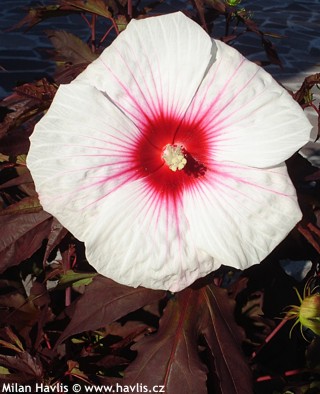
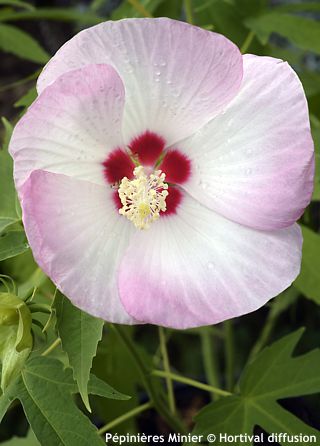
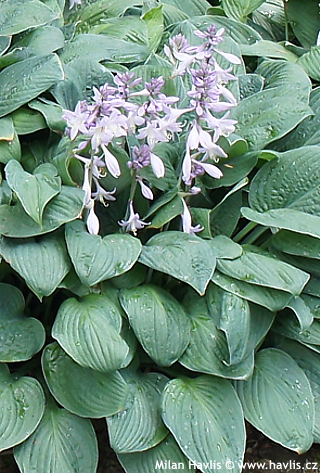
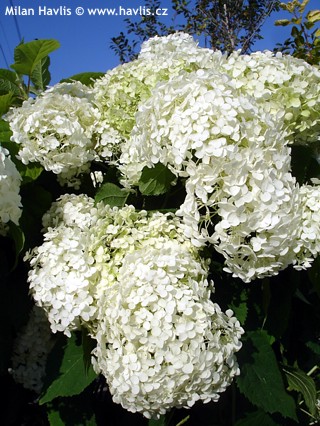
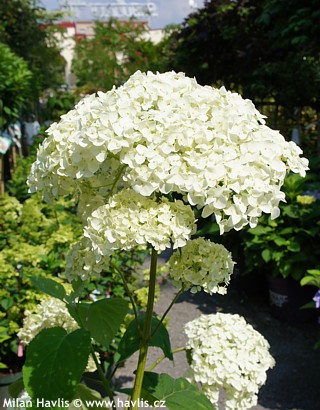
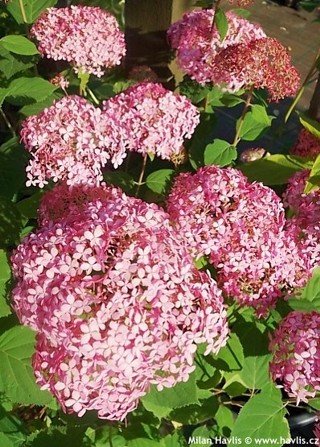
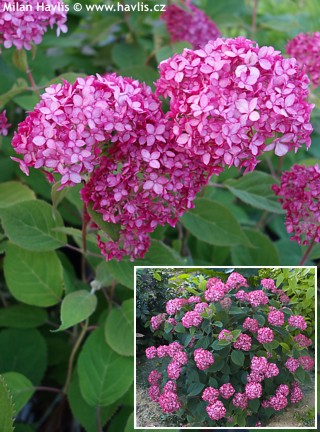
.jpg)
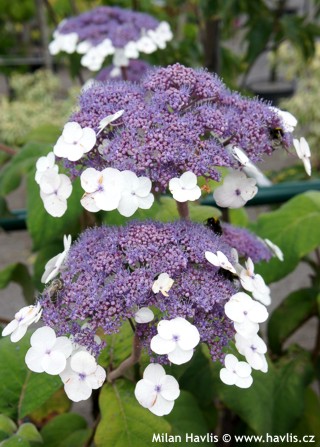
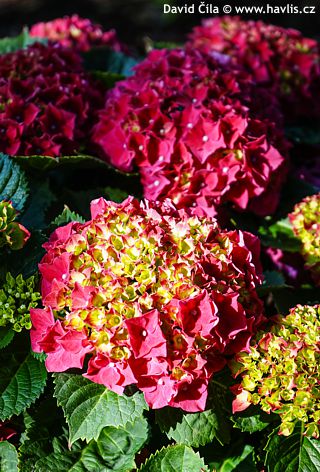
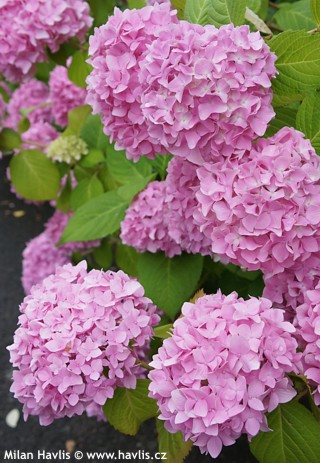
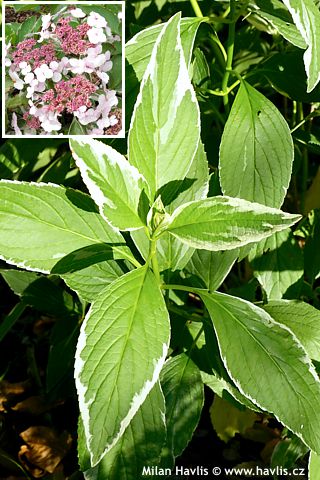
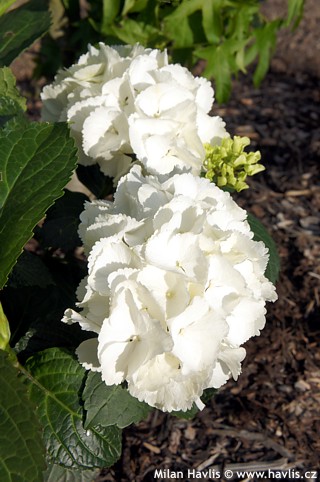
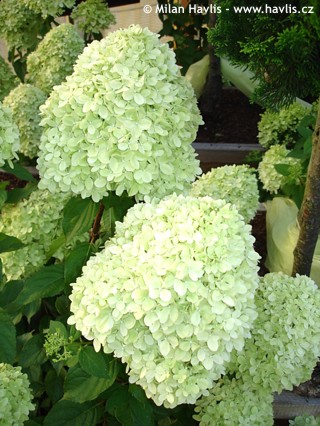
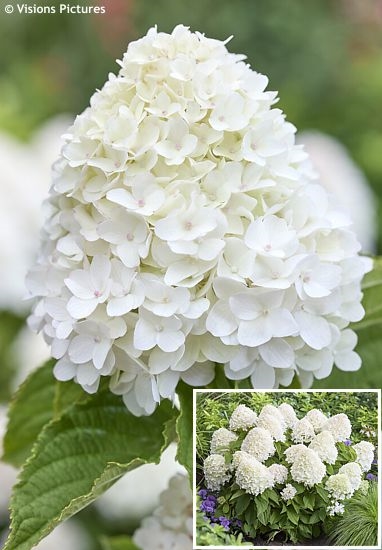
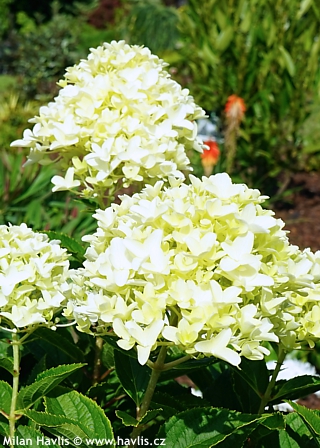

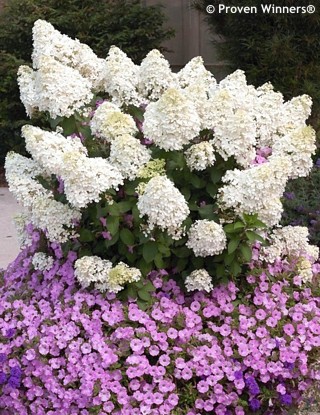
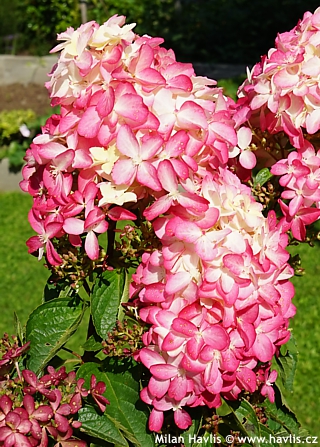
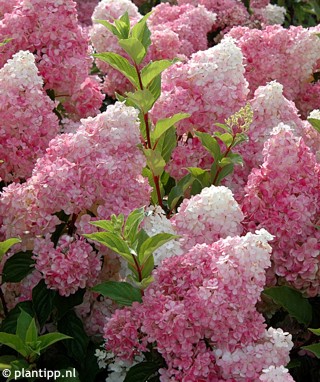
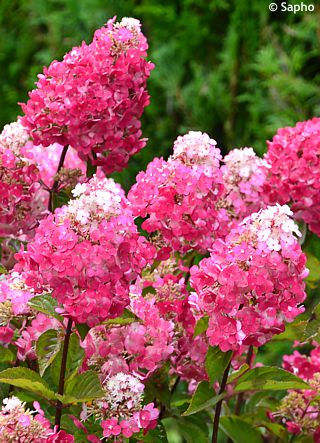
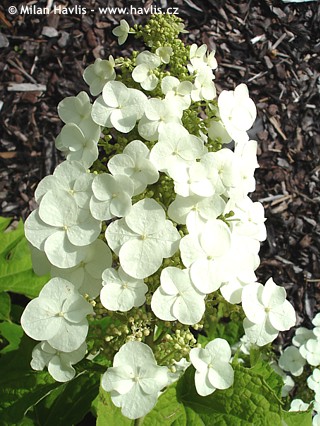
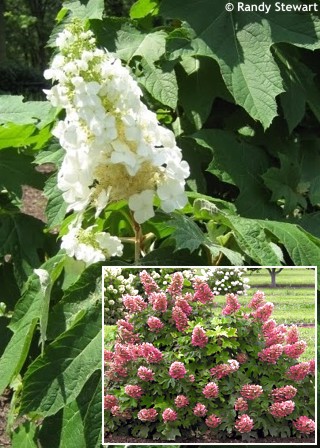
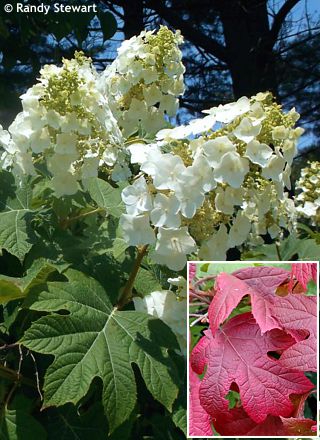
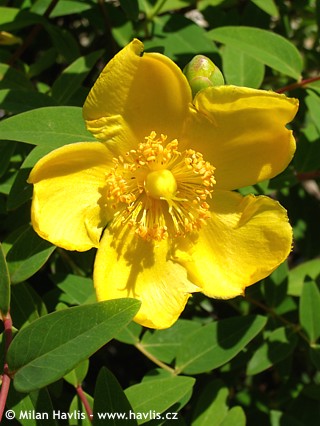
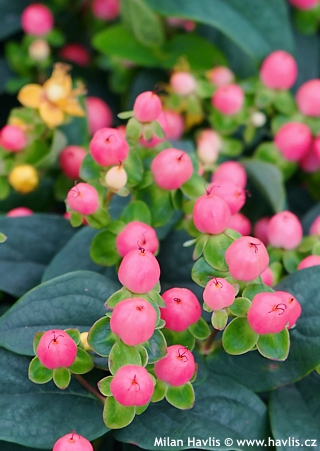
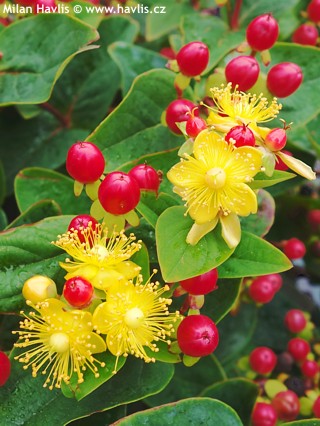
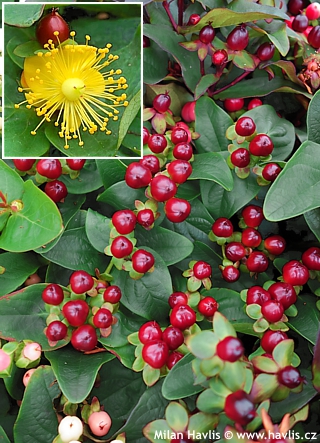
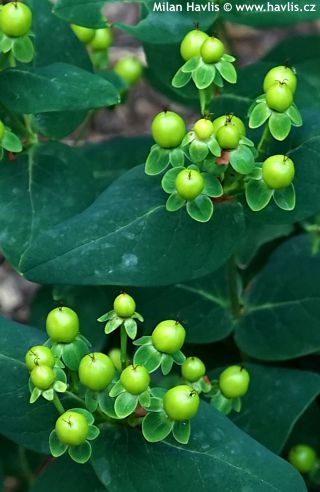
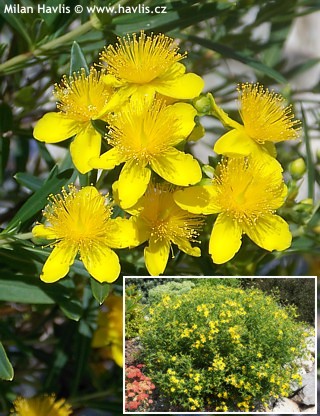
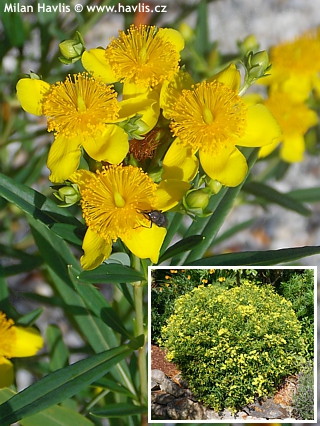
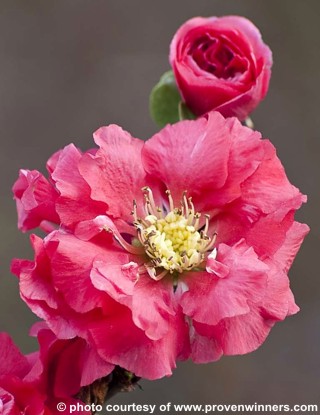
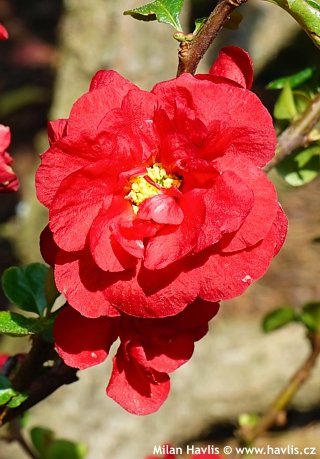
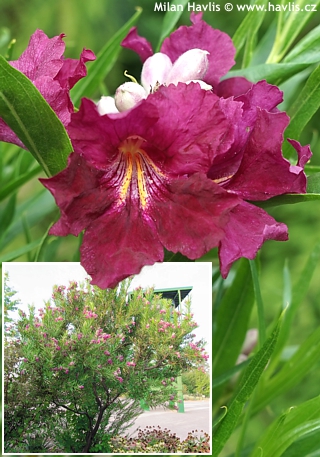
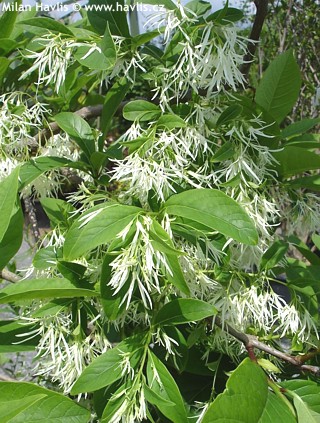

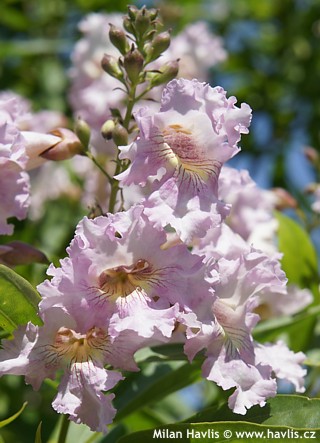
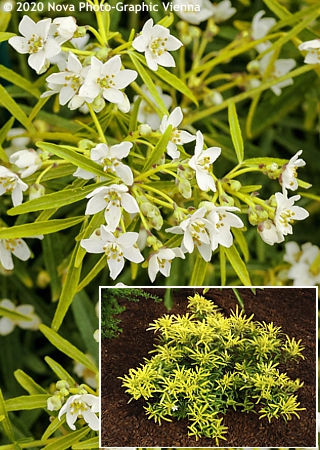
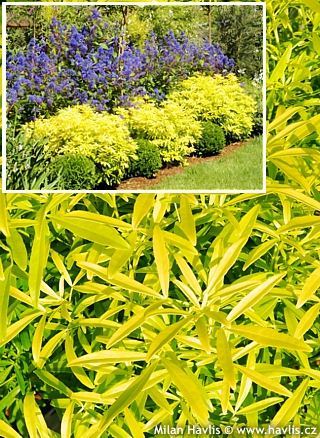
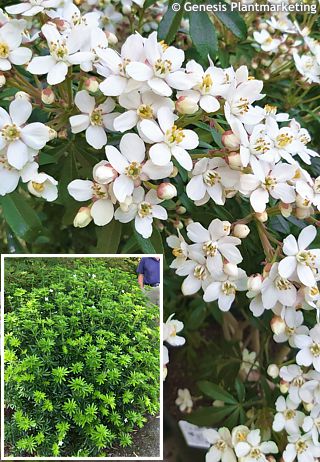
.jpg)
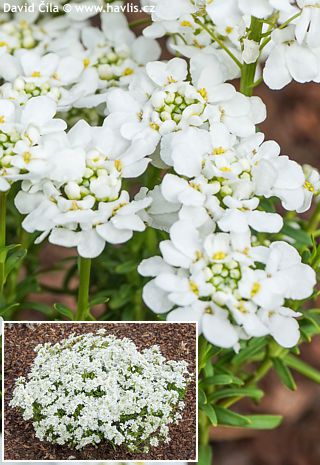
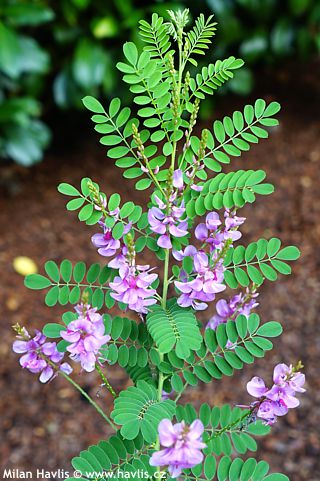
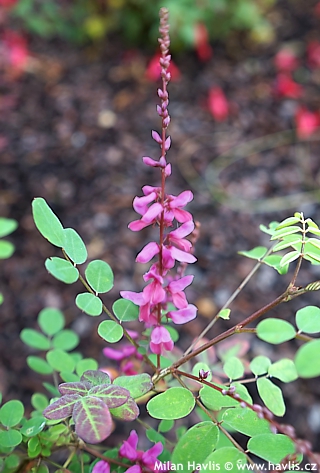

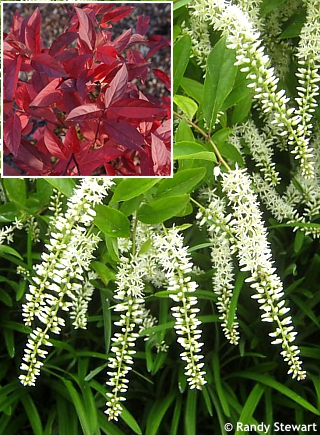
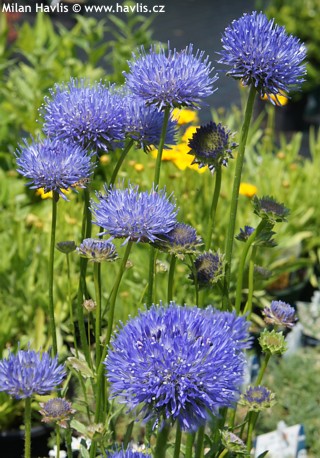
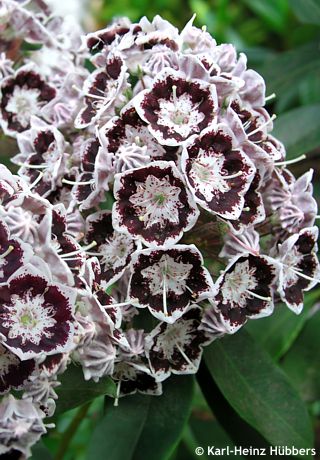
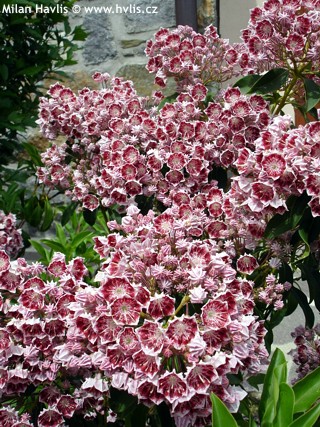
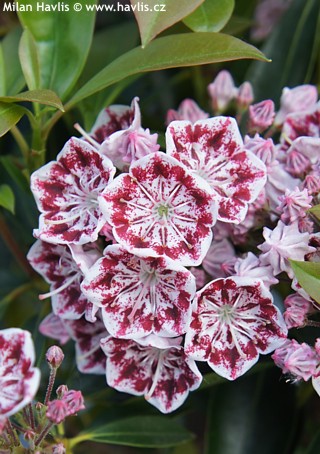
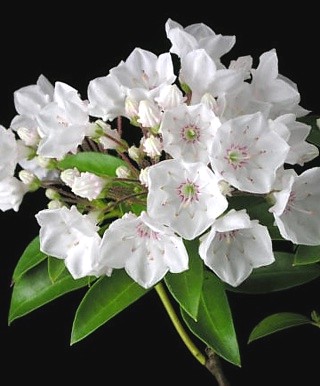
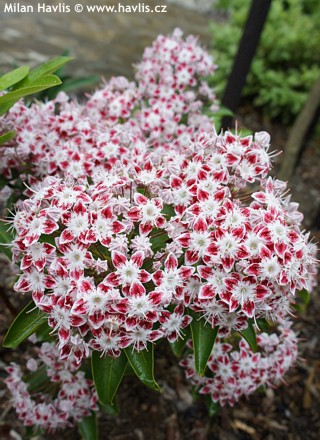
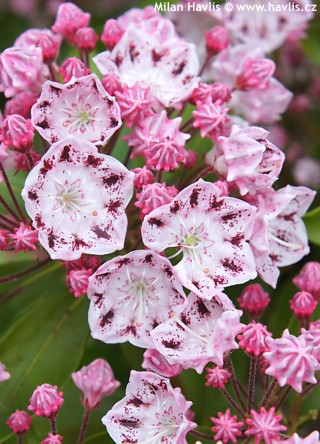
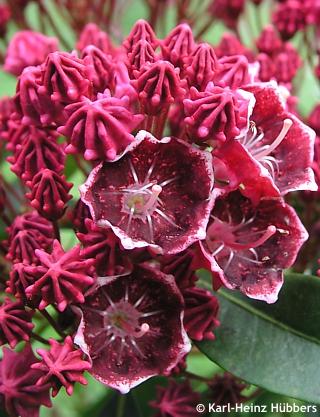
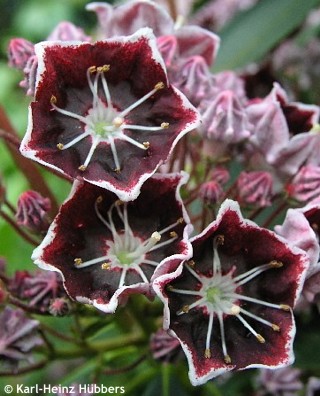
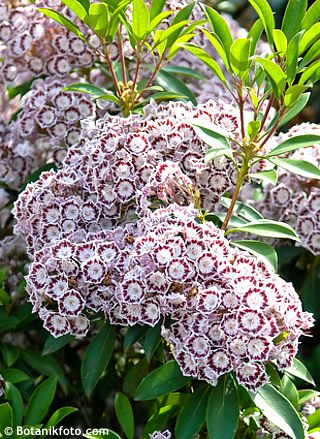
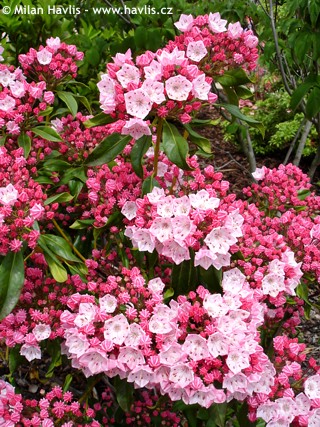
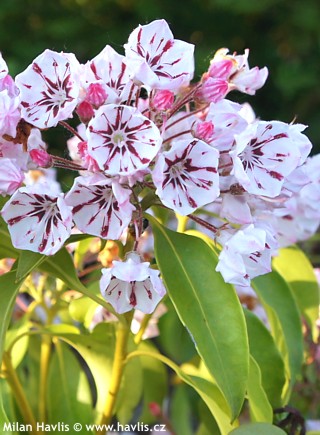
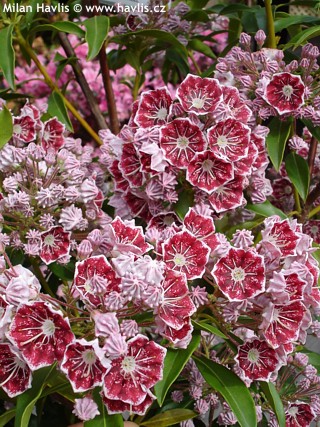
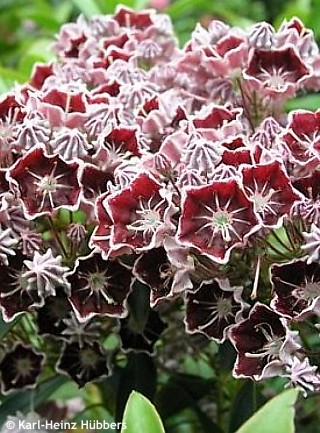
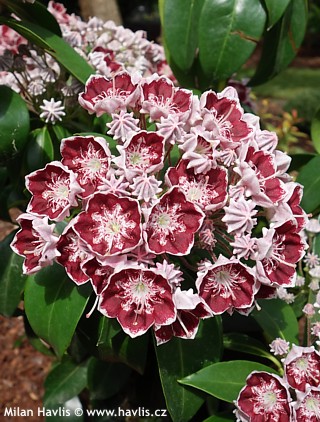
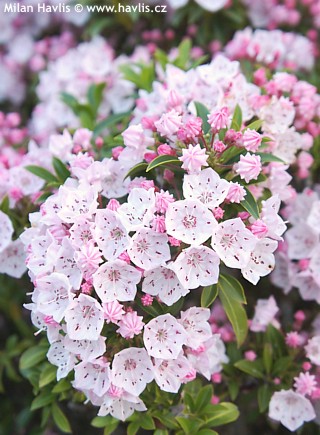
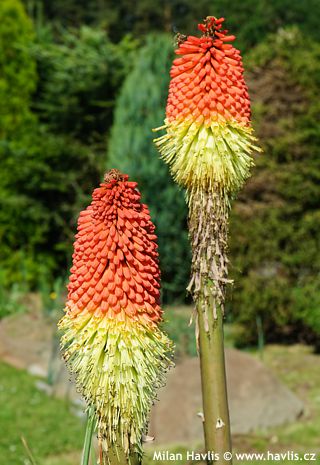
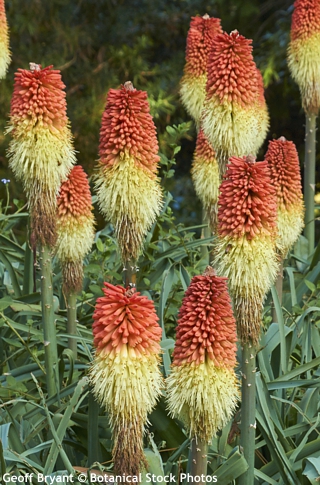
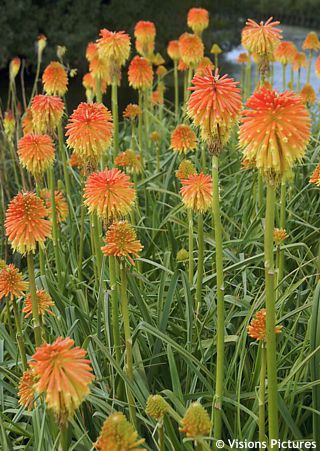
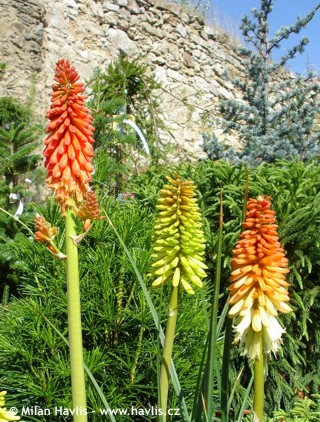
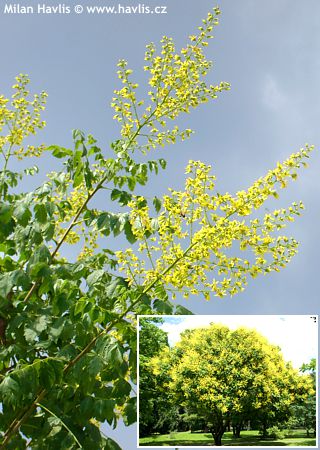
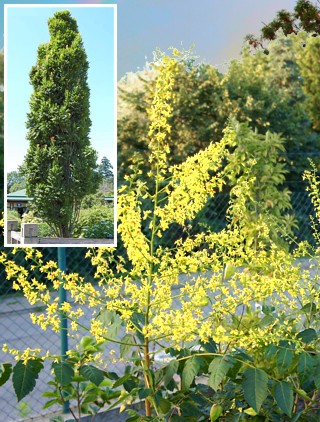
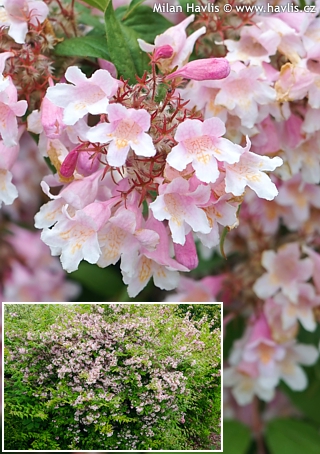
.jpg)
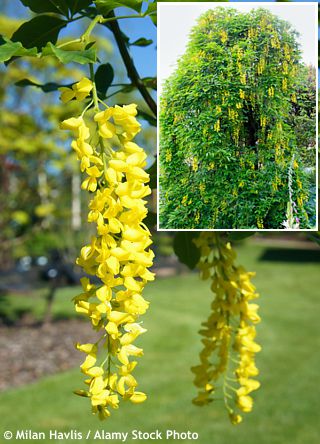
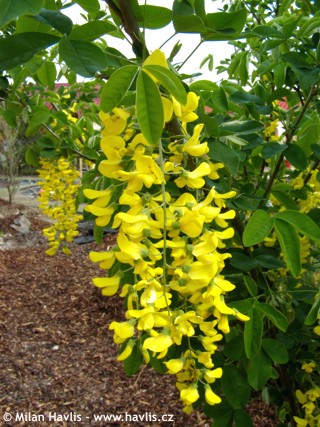
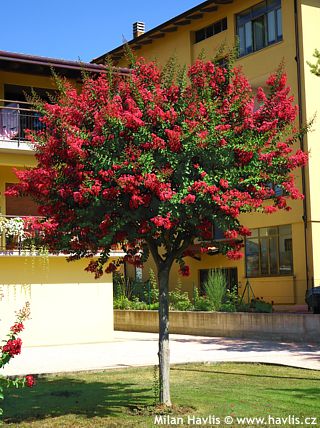
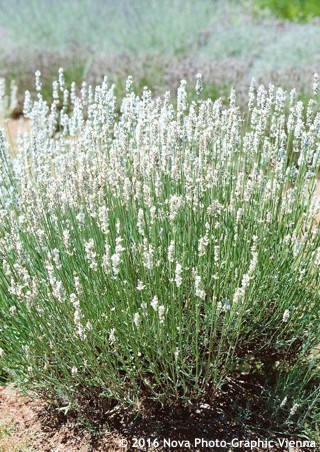
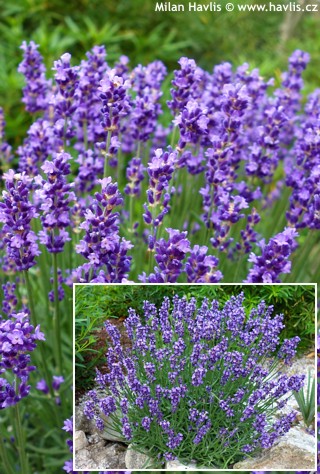
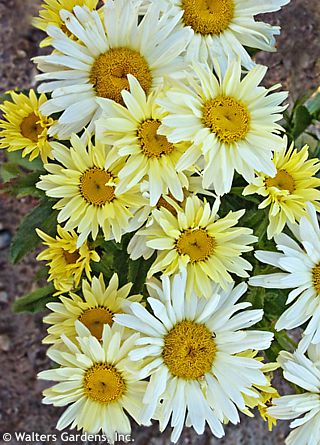
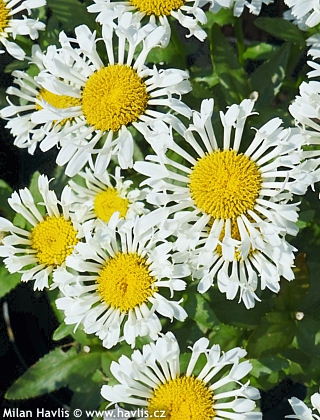
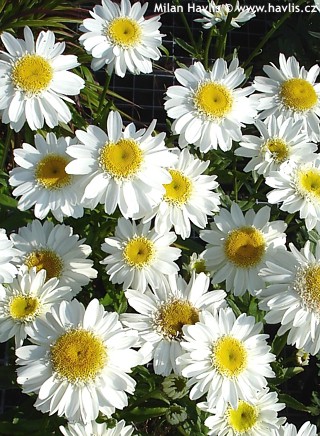
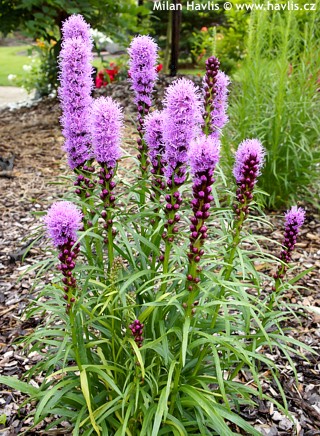
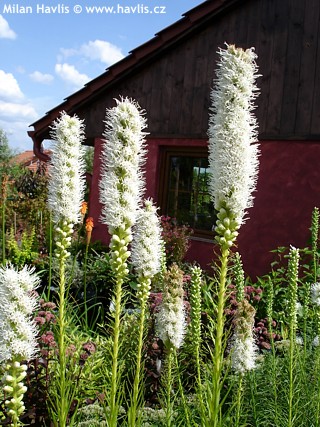

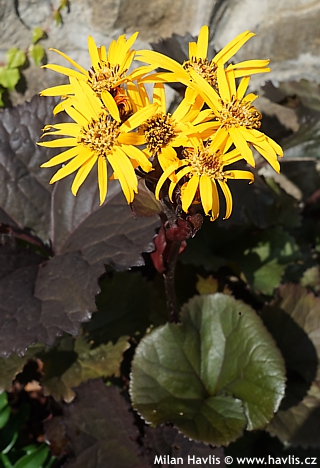
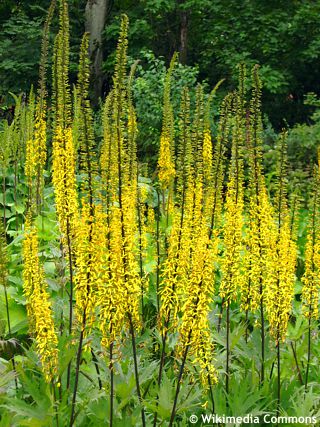
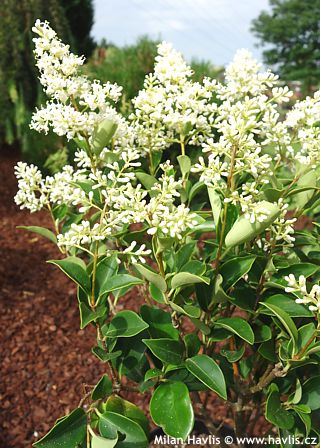
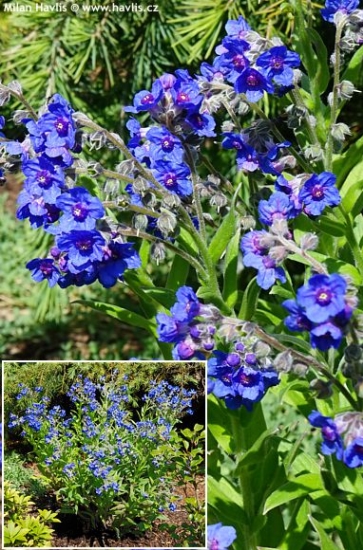
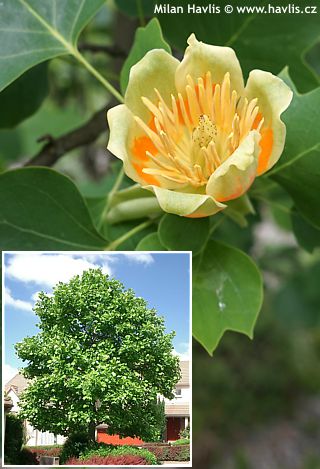
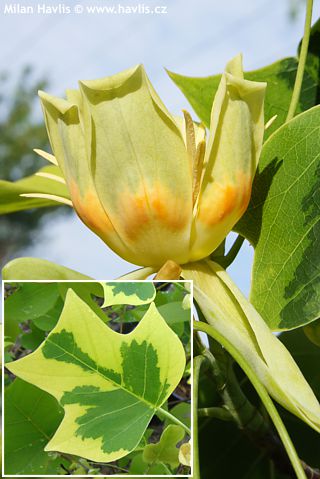
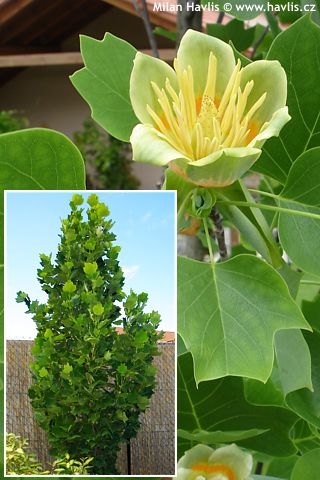
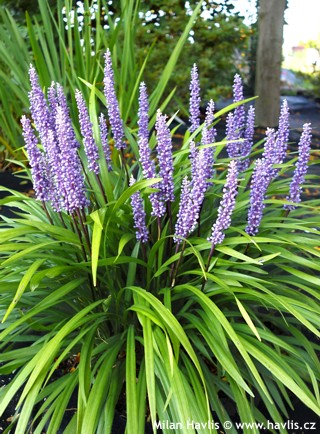
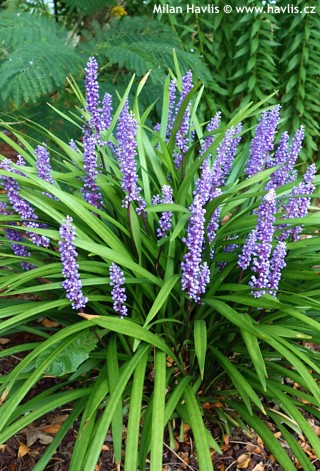
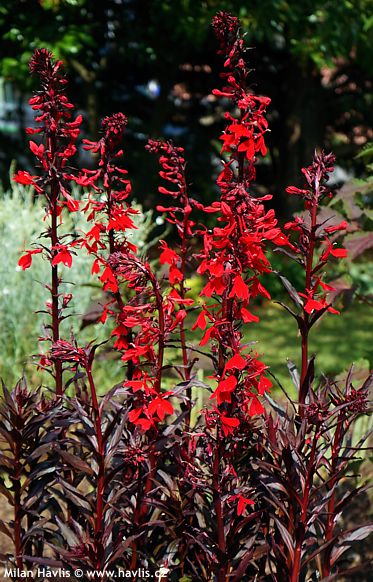
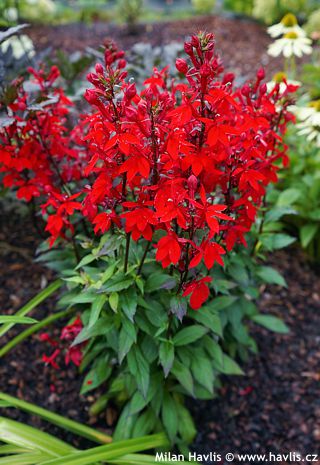
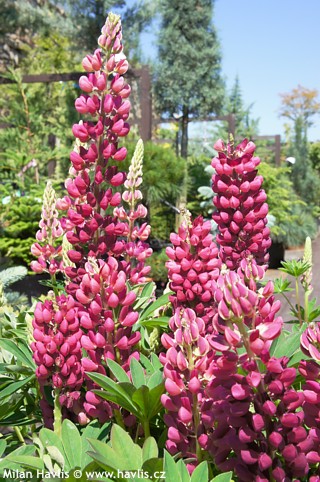
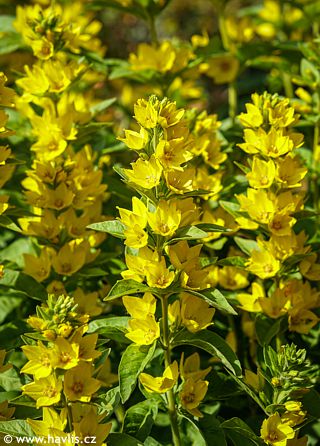
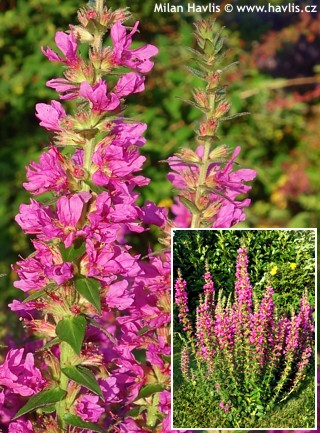
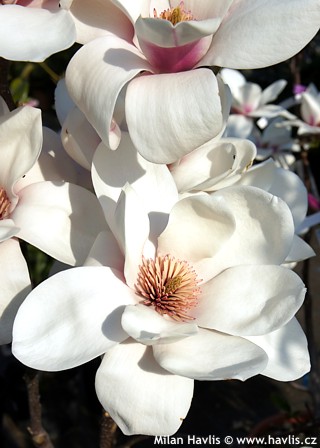
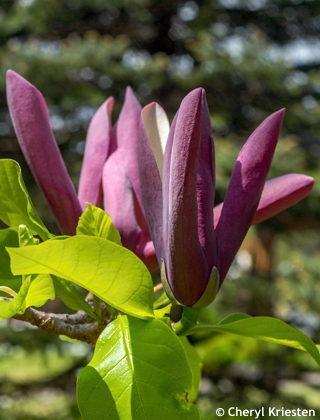
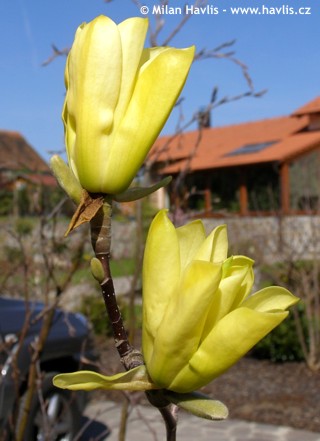
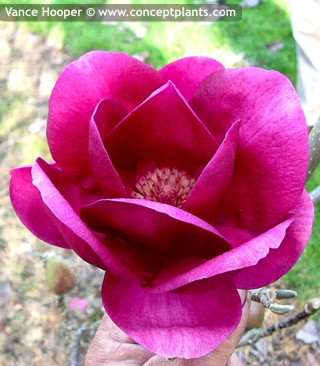
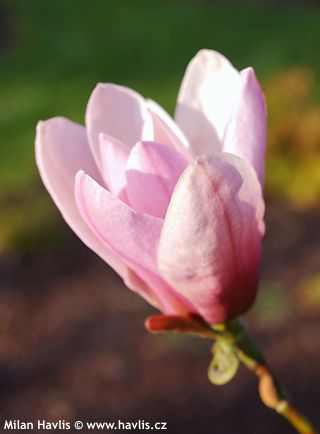
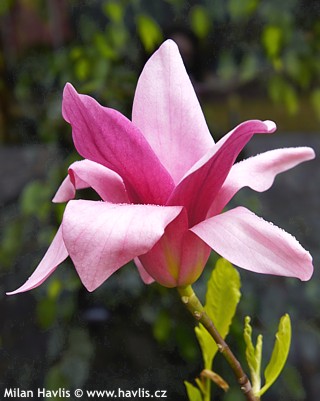
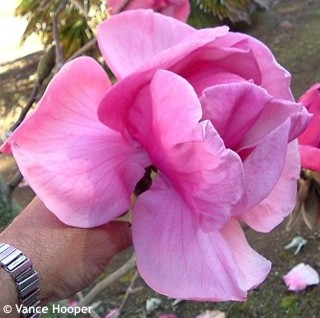
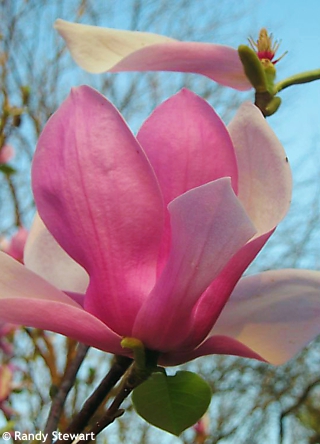
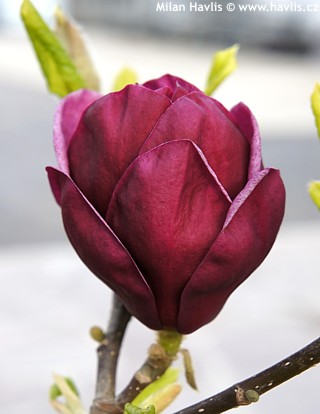
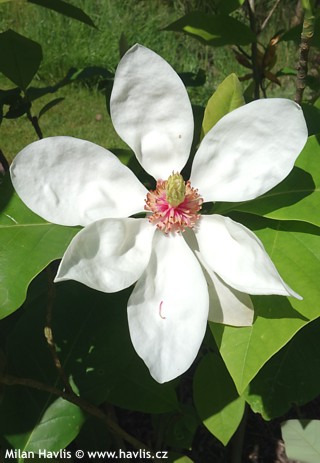

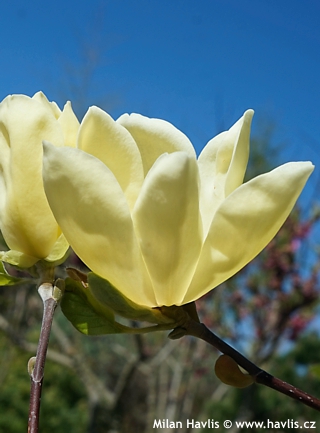
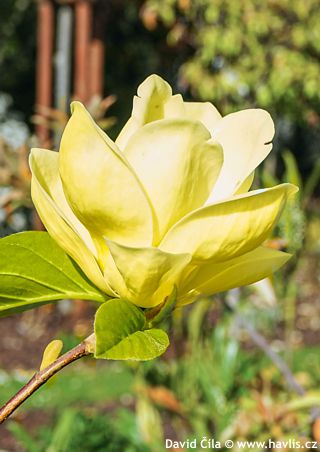
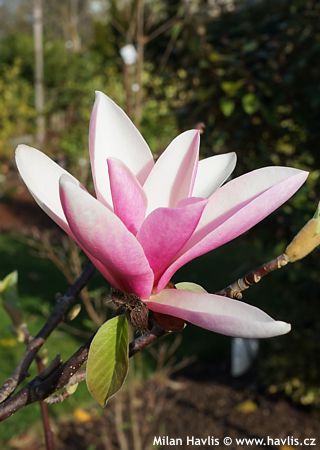
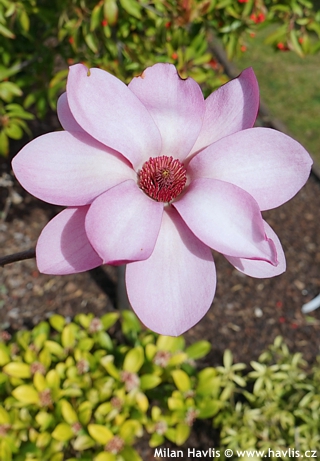
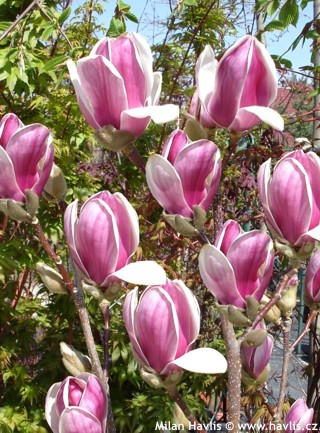
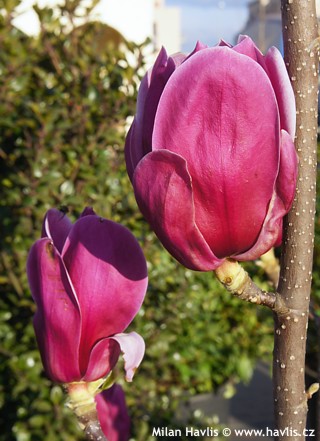
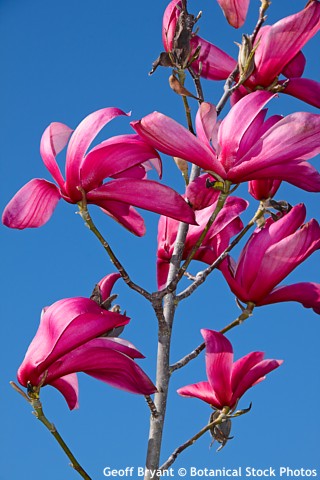
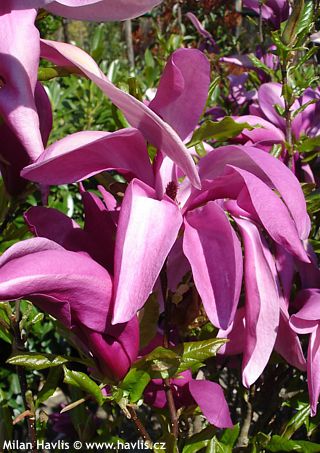
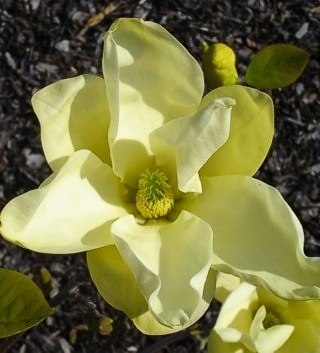
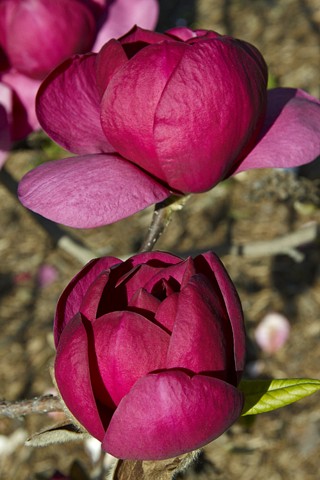
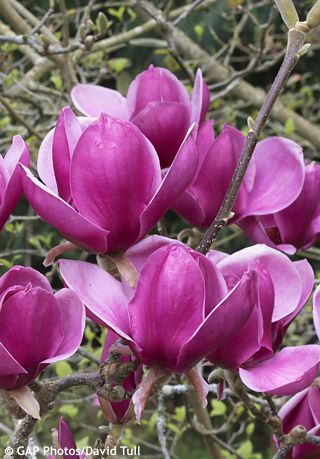
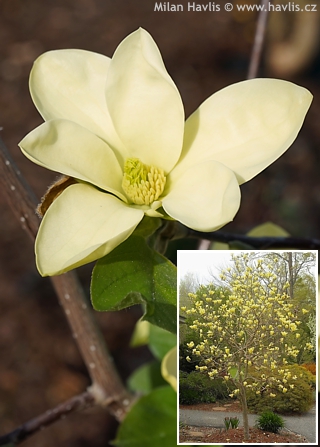


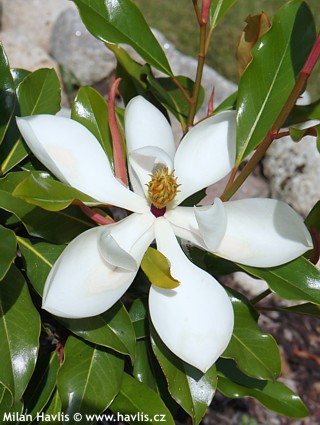

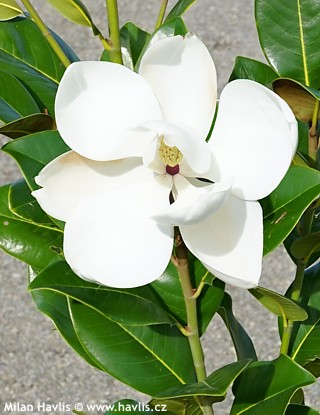
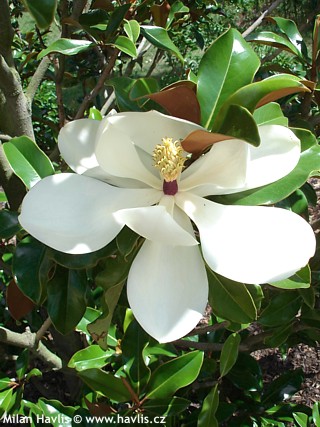
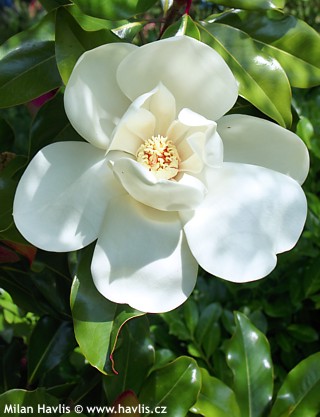
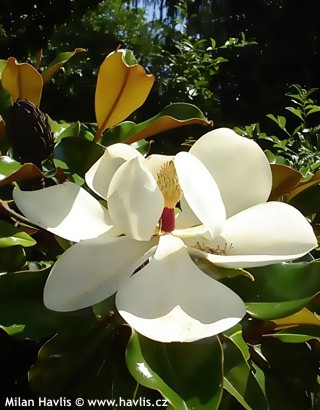

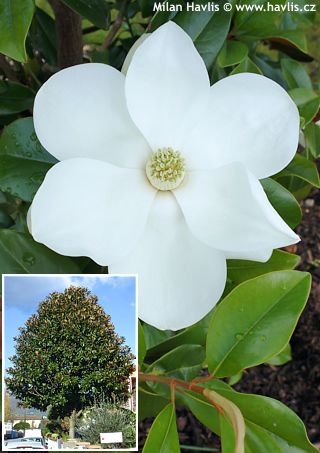
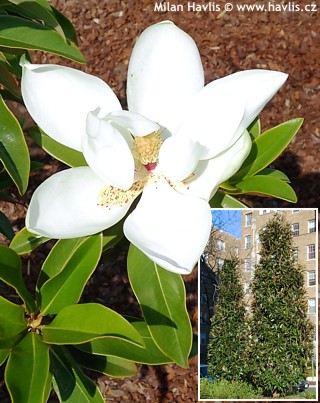
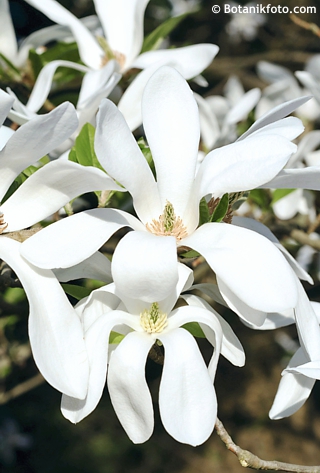
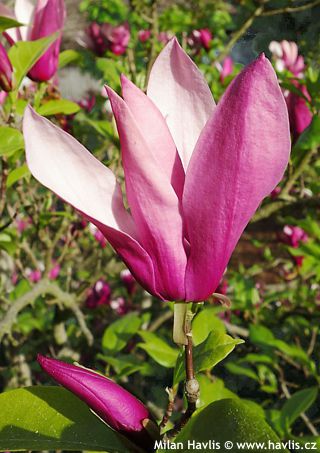
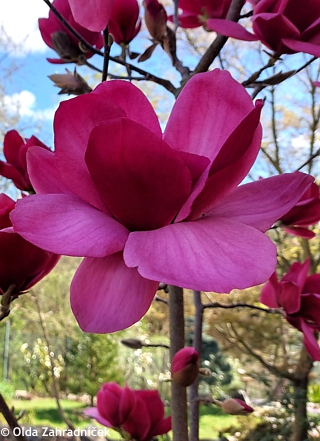
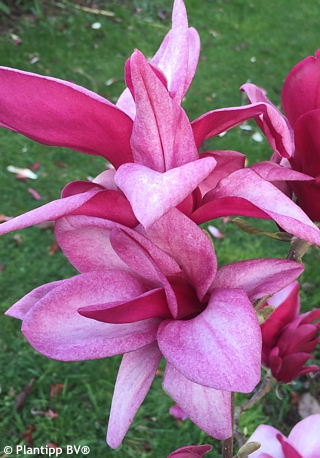
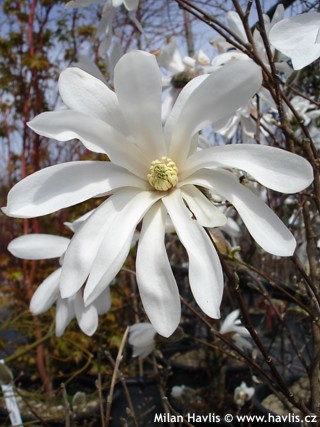
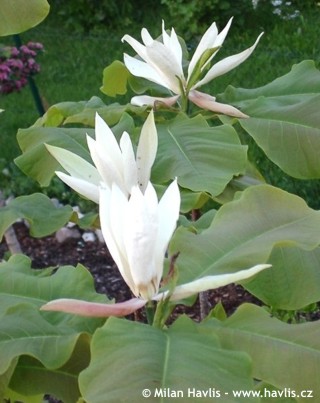
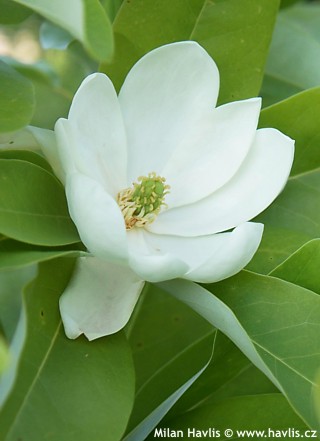
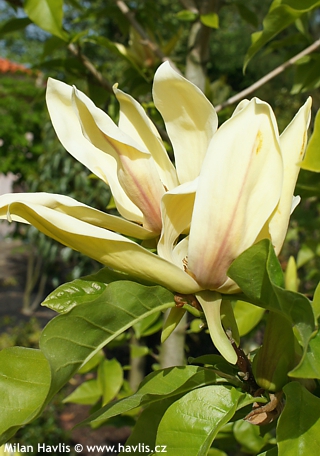
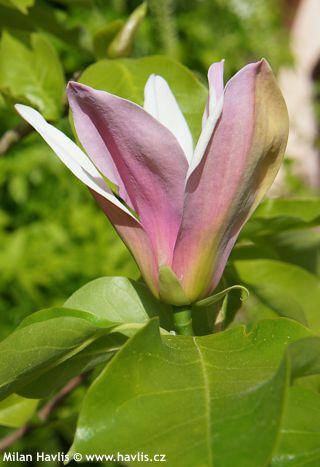
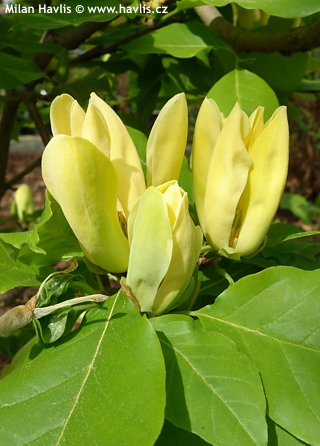
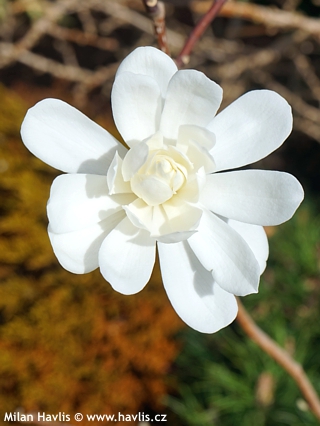
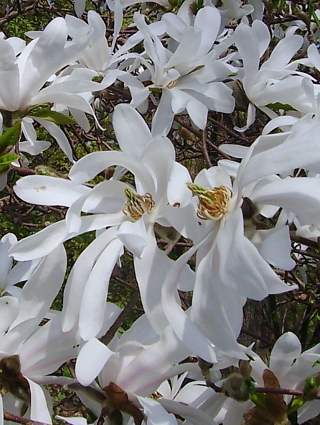
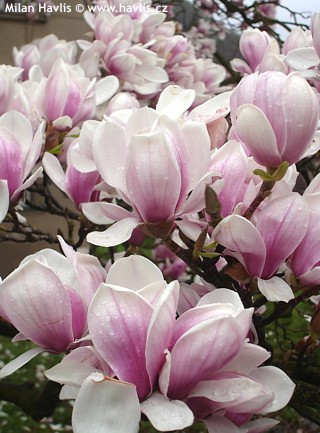
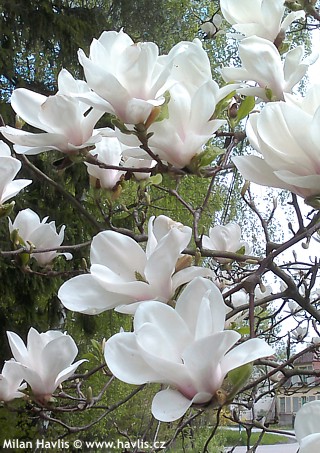
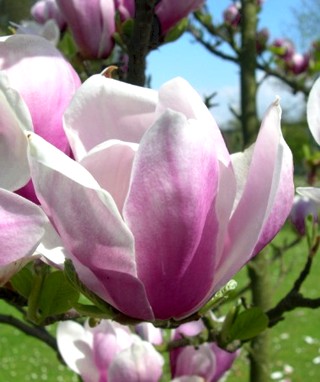
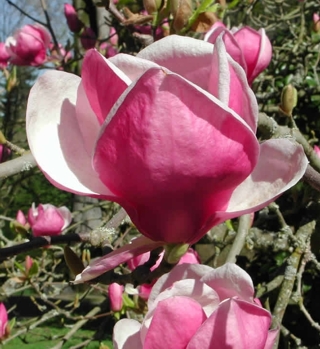
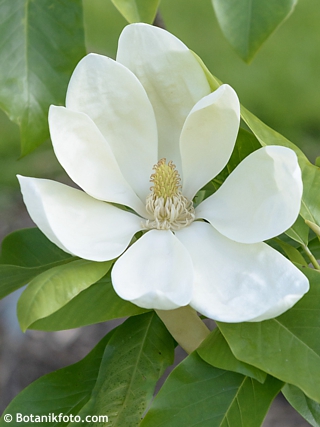
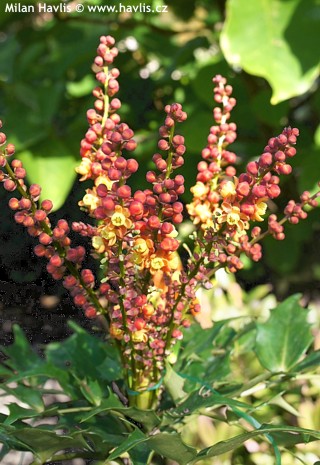
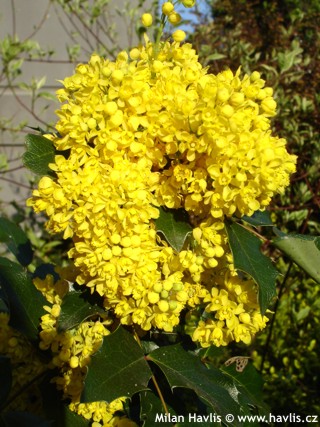
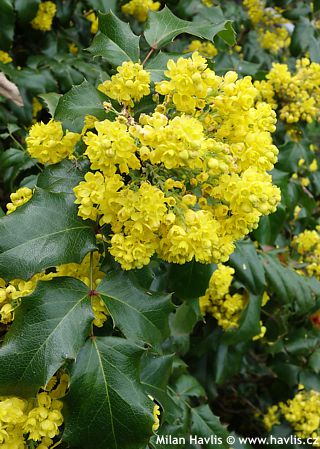
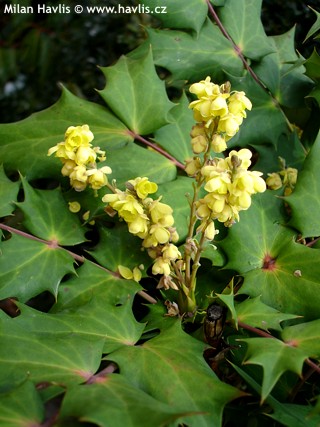
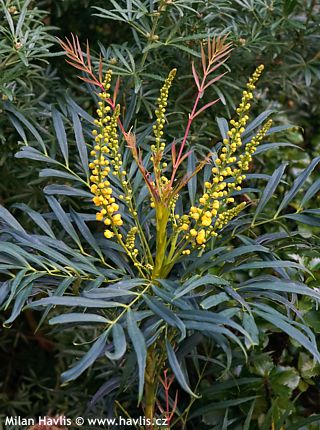
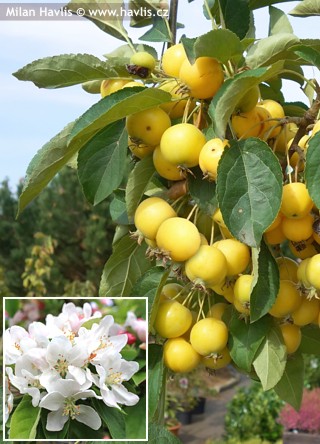
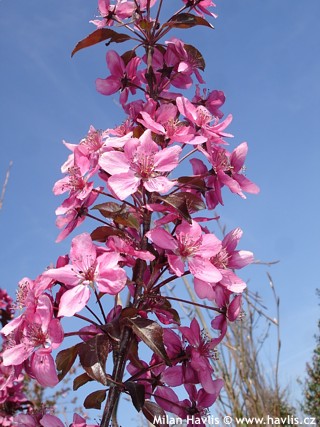

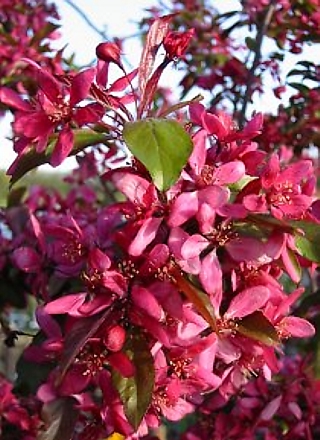
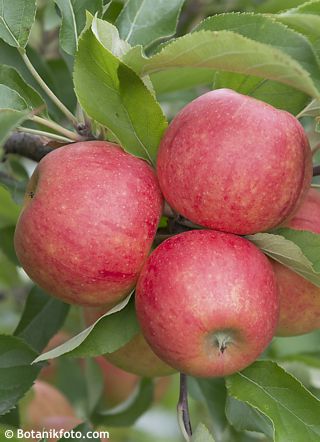
.jpg)
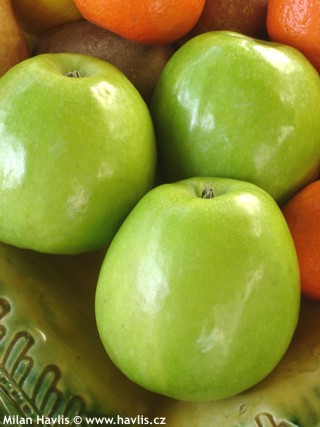
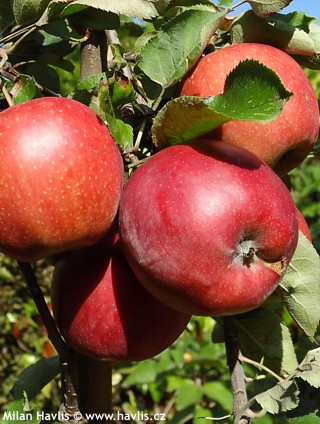
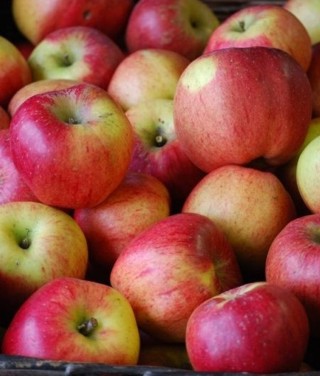
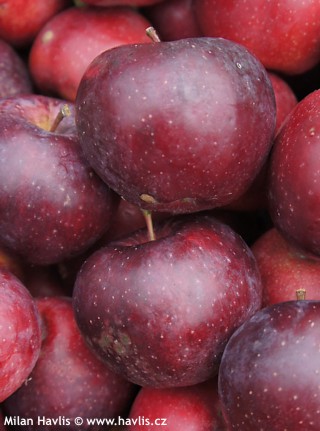
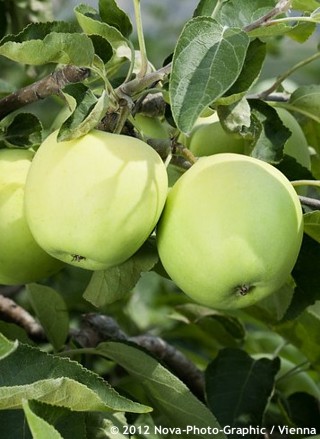
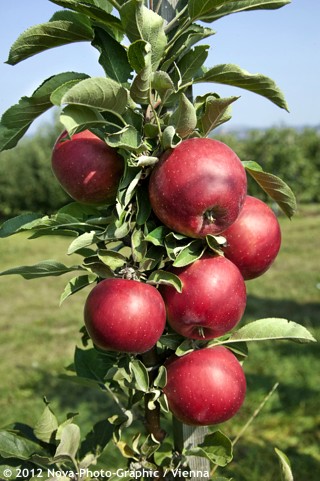
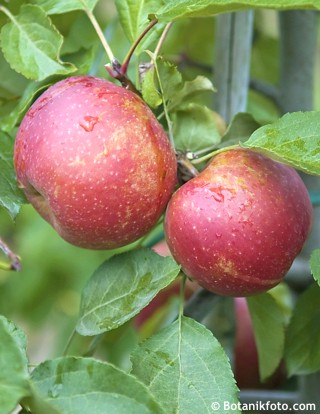
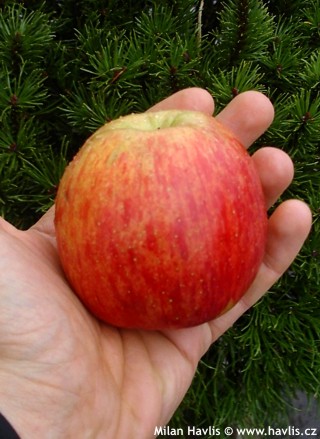

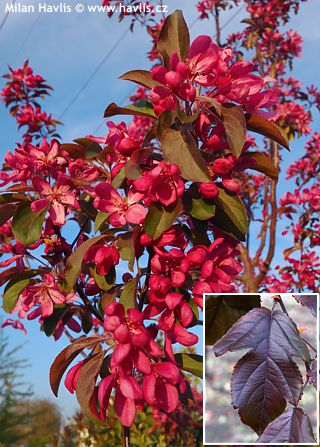
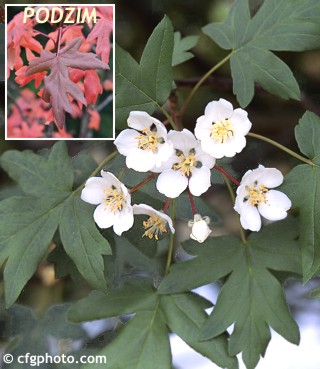
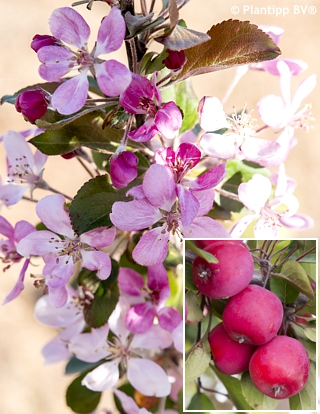
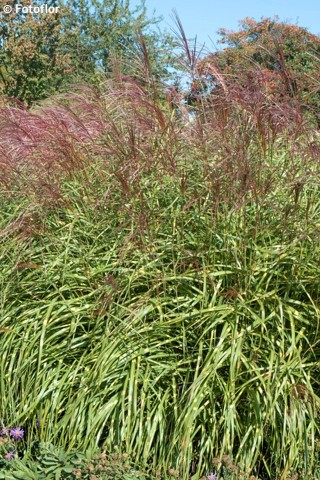
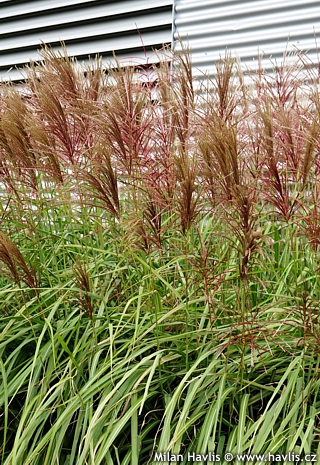
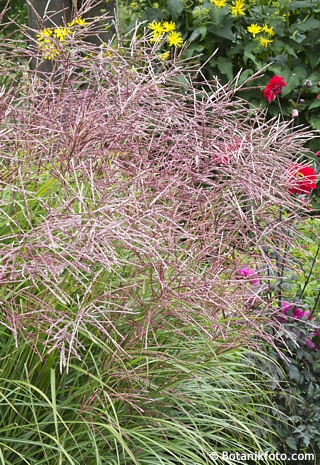
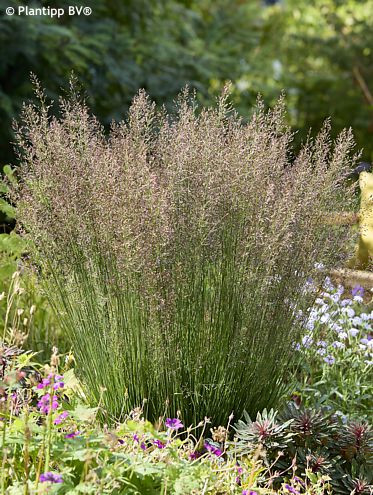
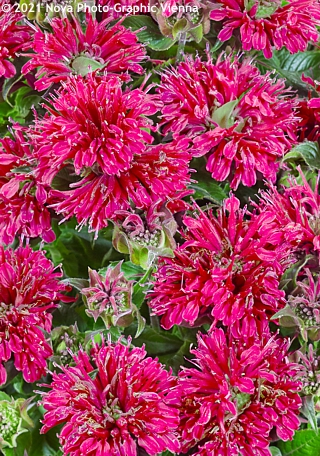
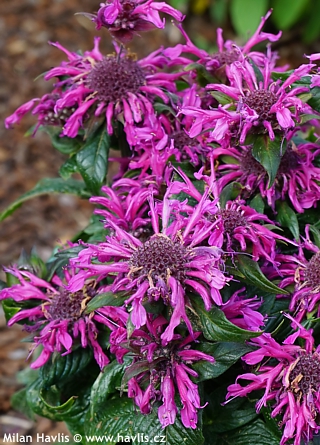
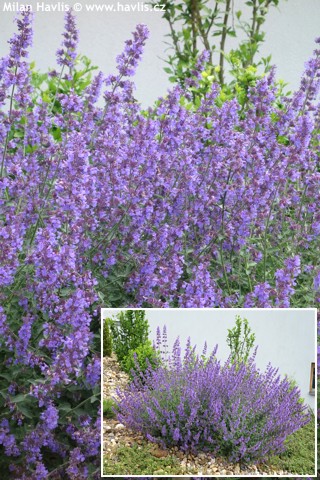

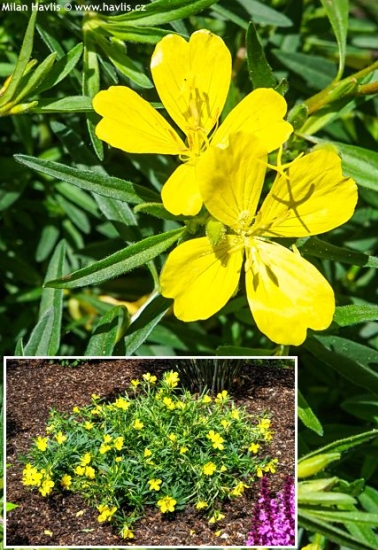
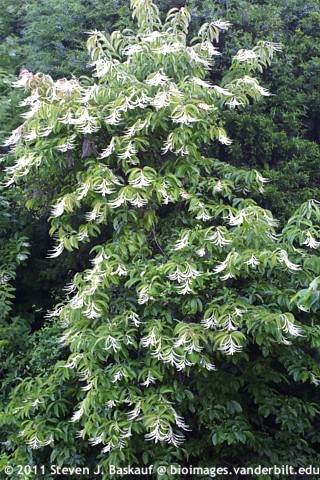
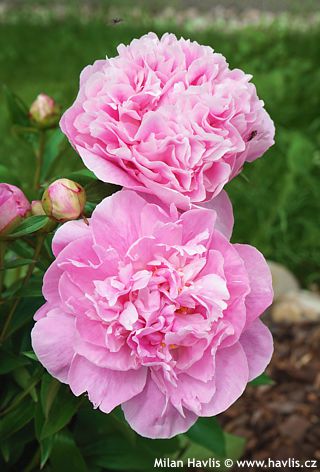
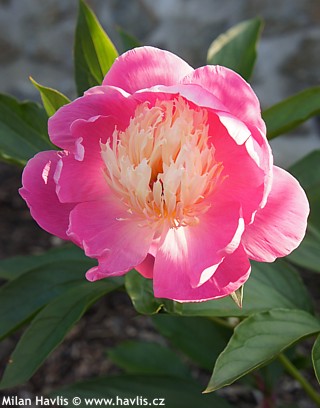
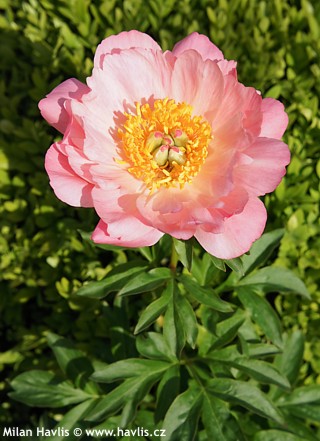


.jpg)
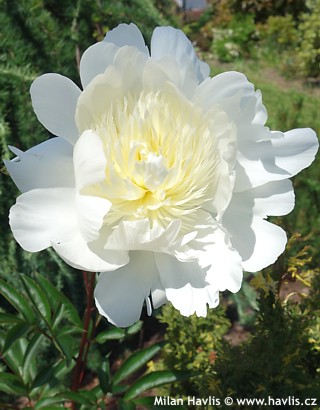
.jpg)

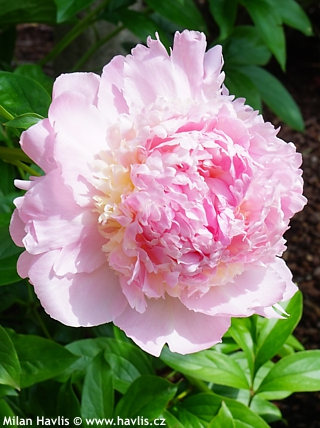

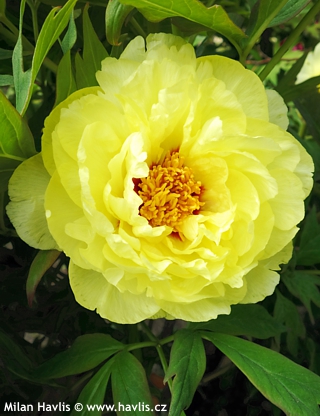

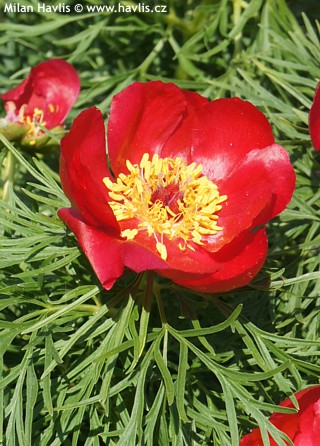

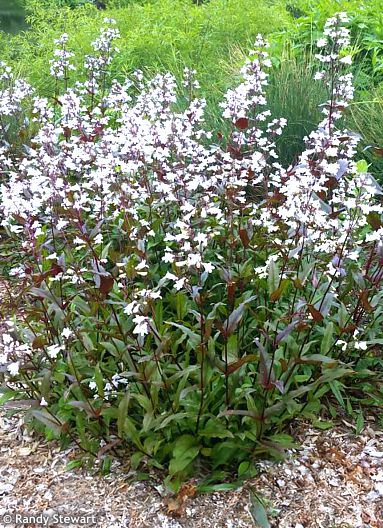
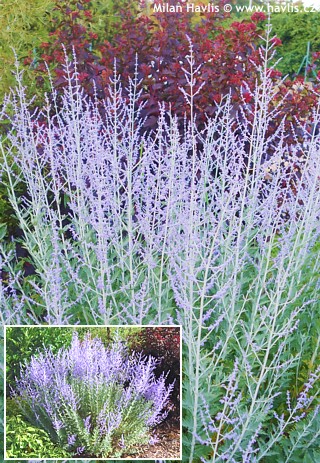
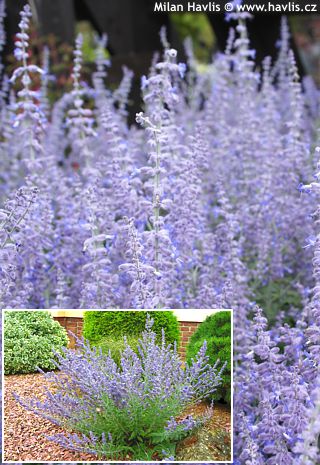
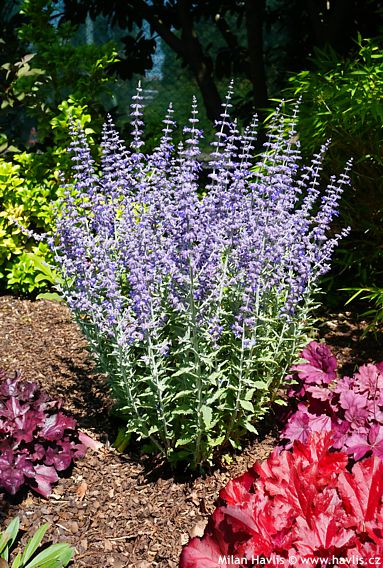
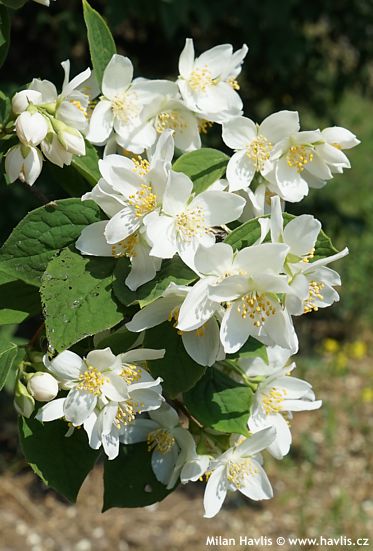
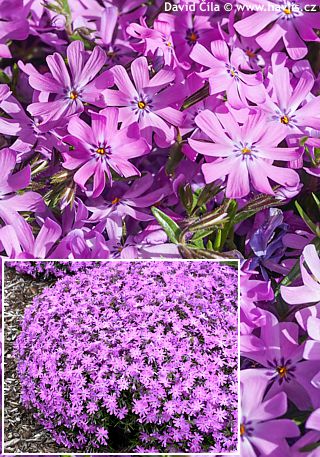
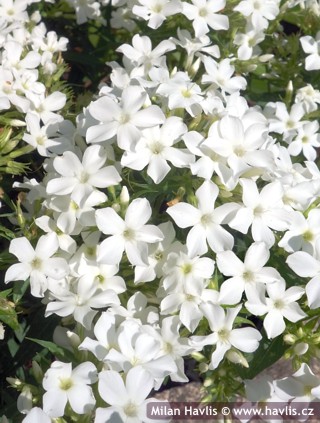
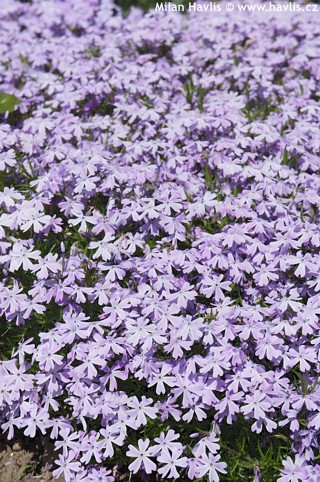
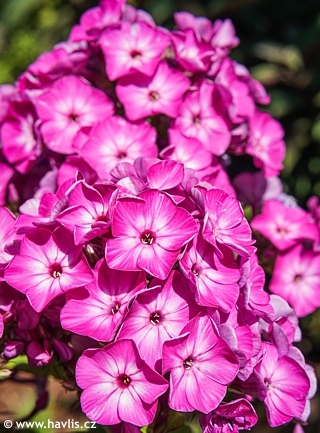
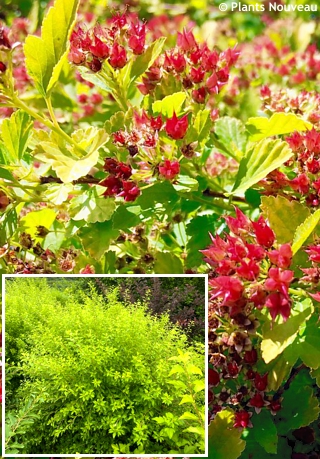
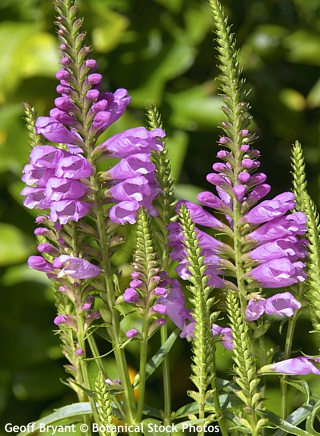
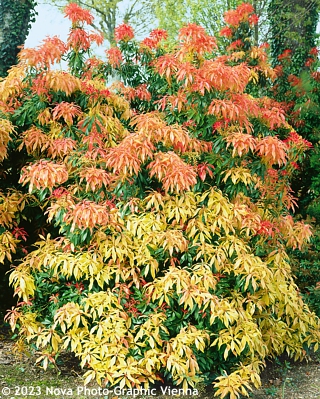
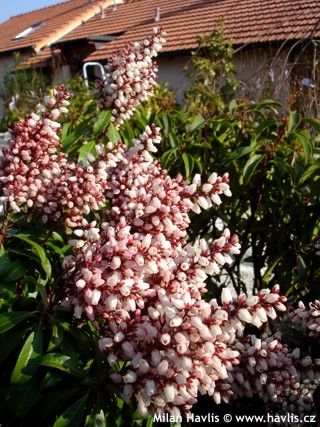
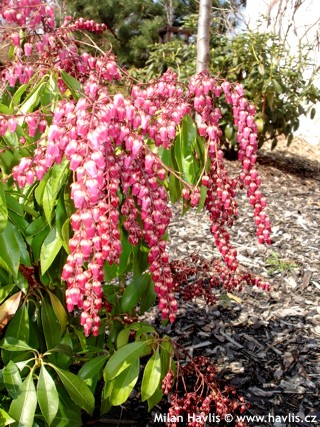
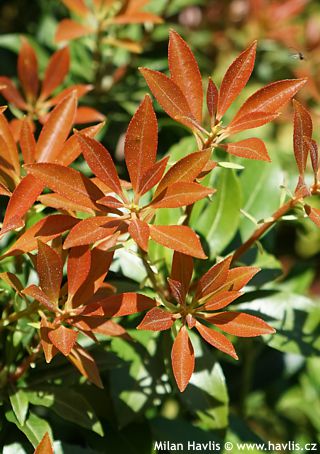
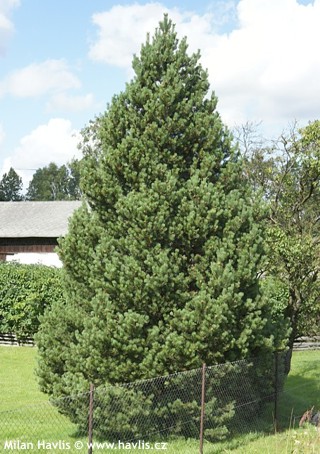
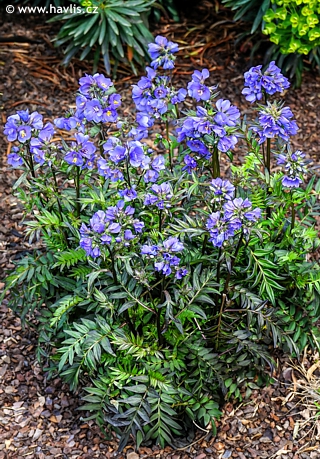
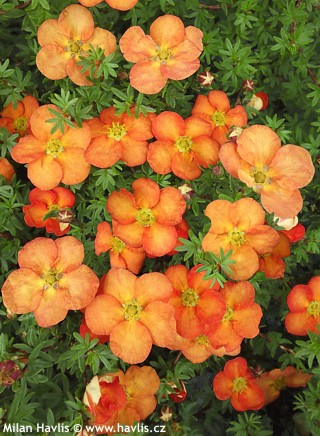
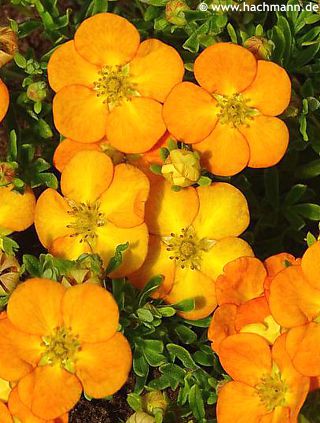
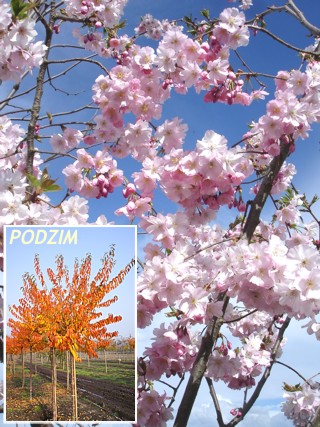
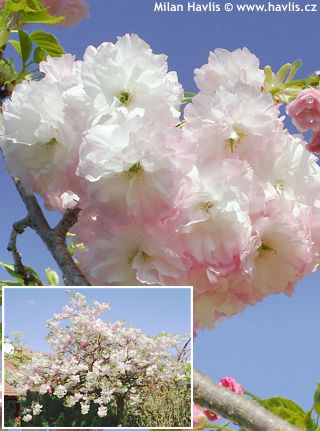
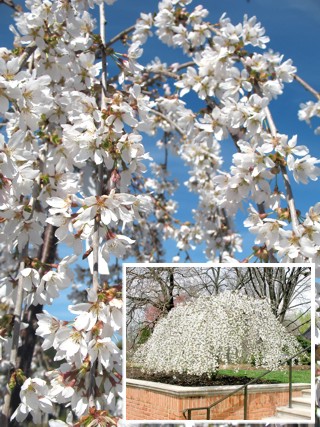
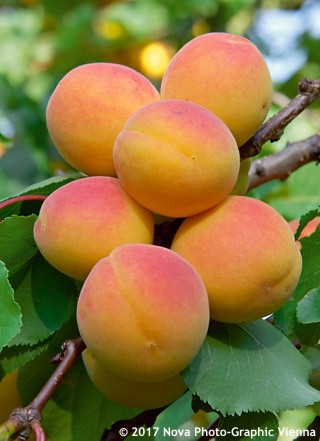
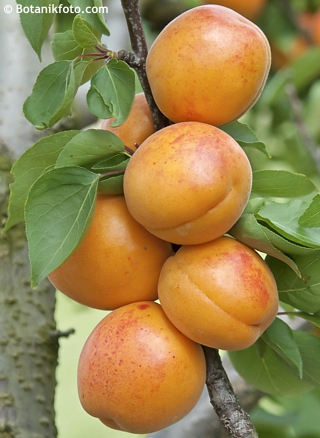
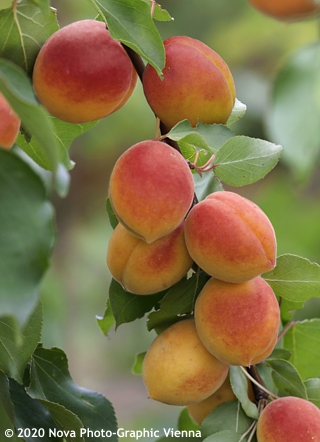


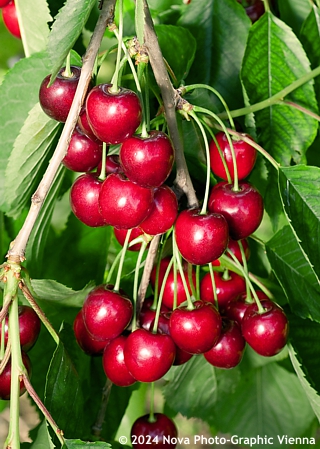
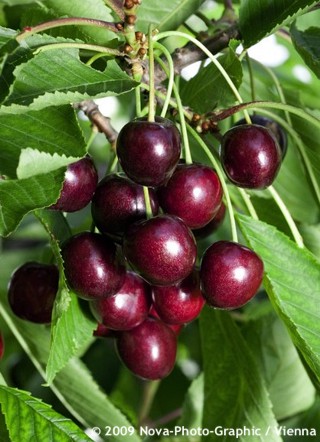
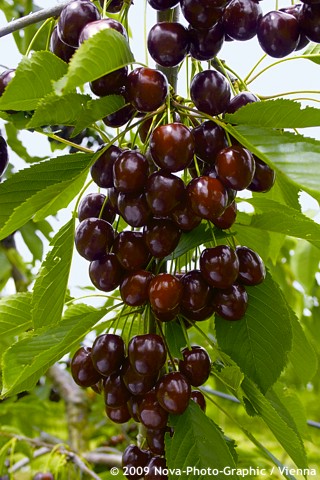
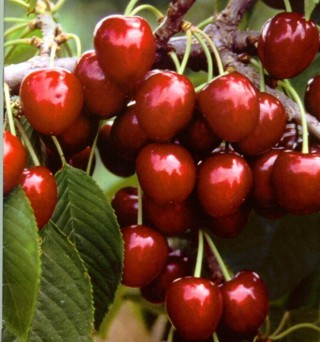
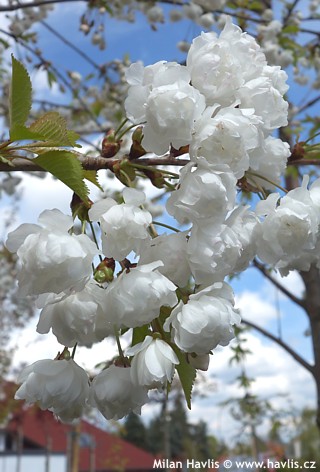
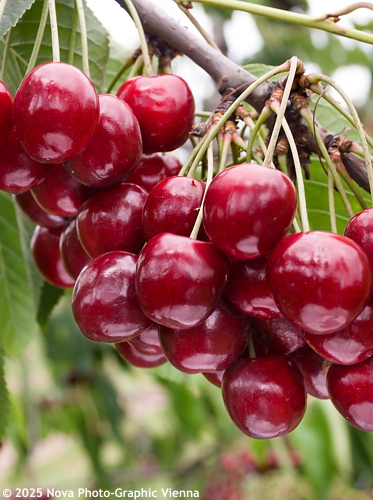
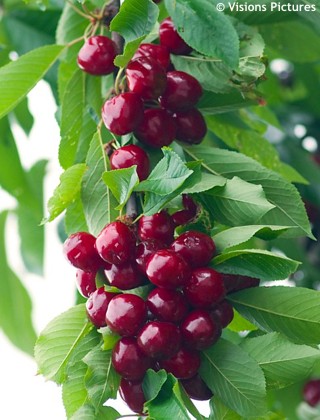
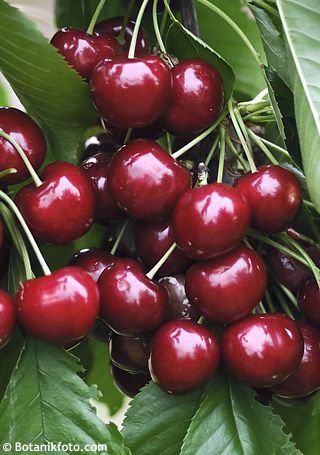
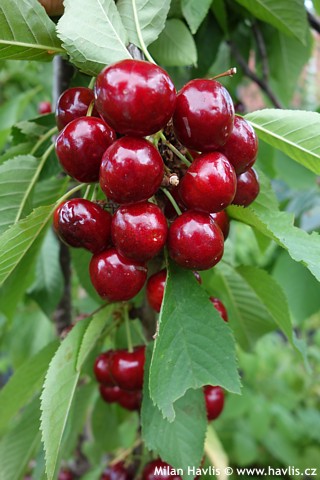
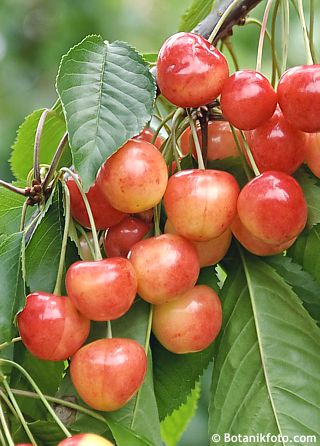
.jpg)

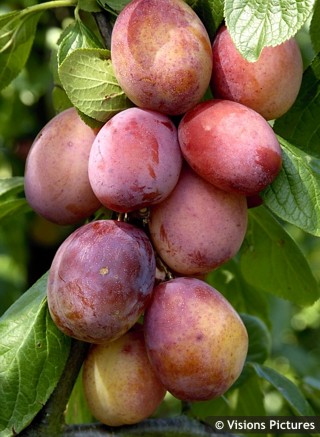
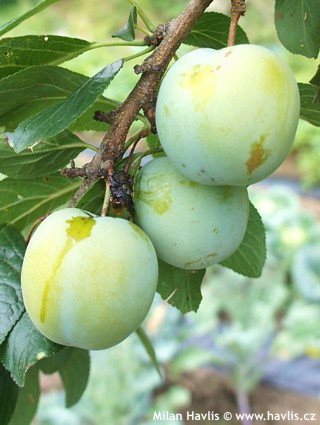
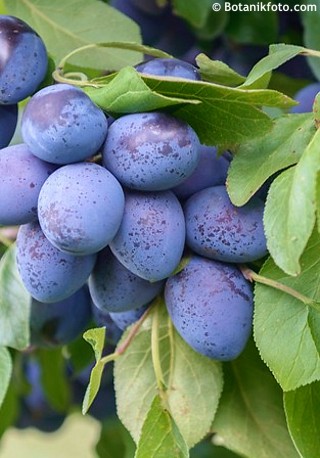
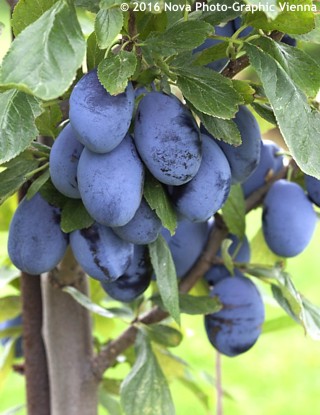
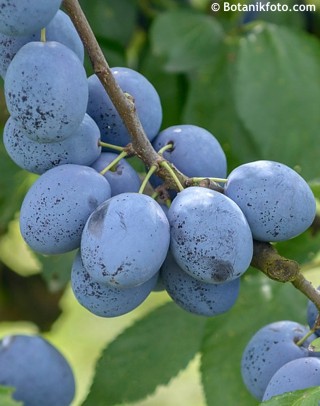
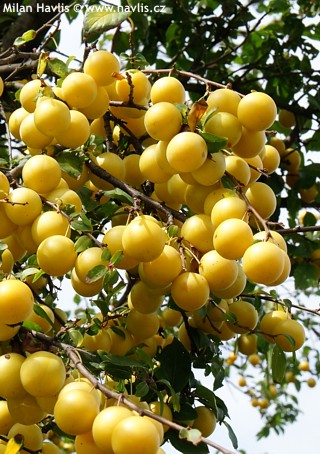
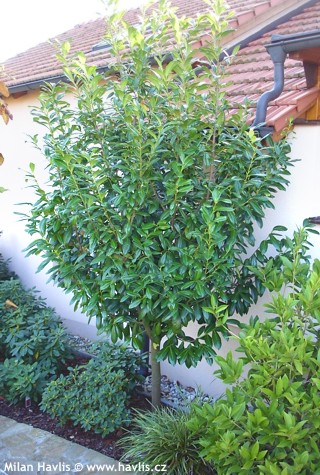
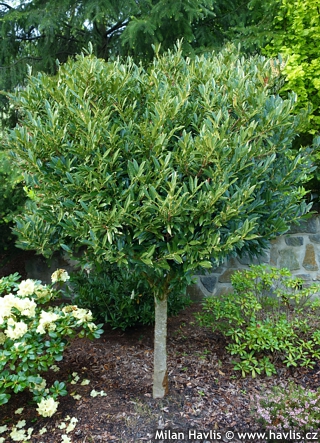
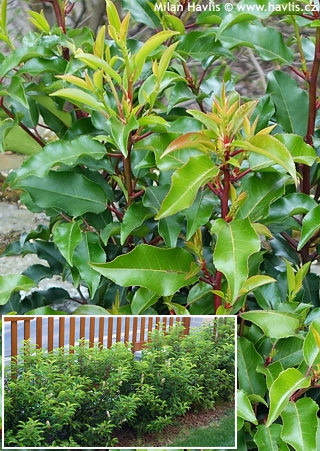
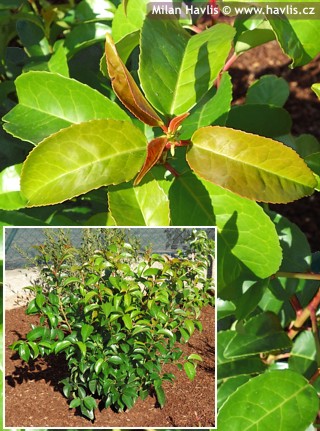
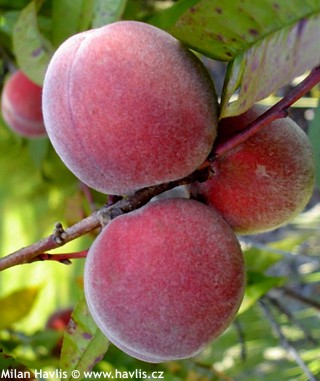

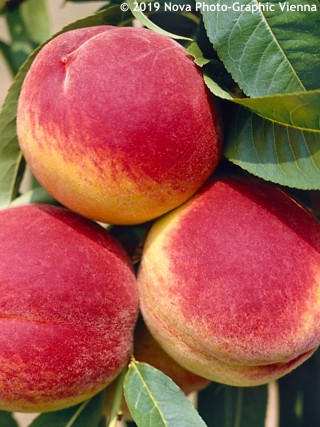
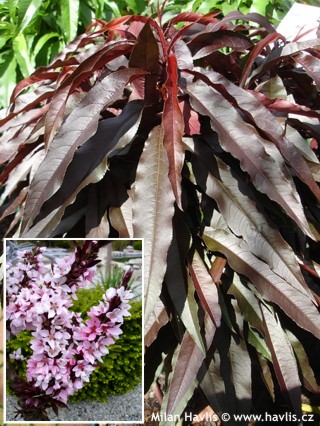
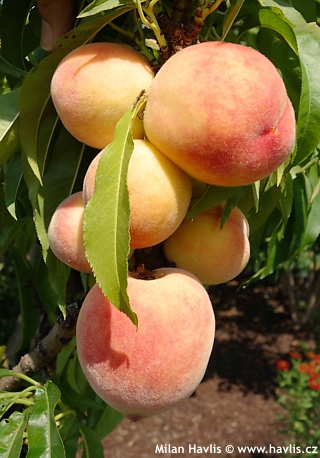
.jpg)
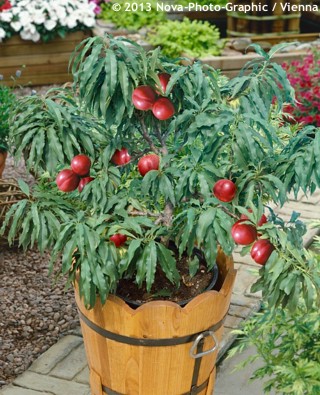
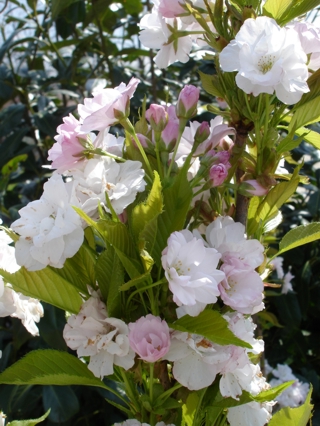
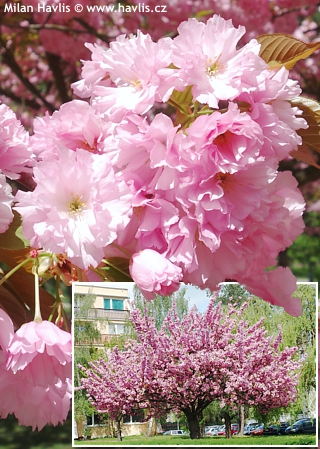
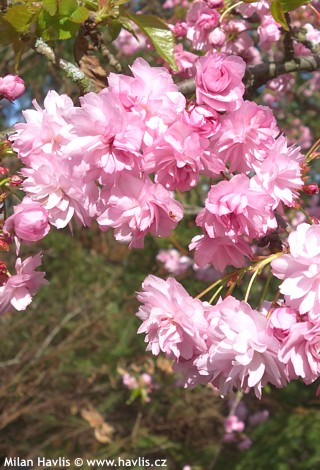
.jpg)
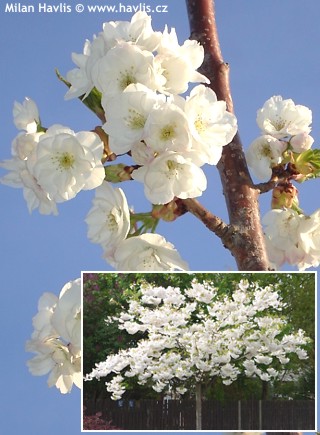
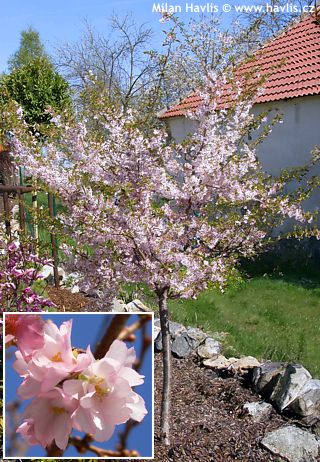
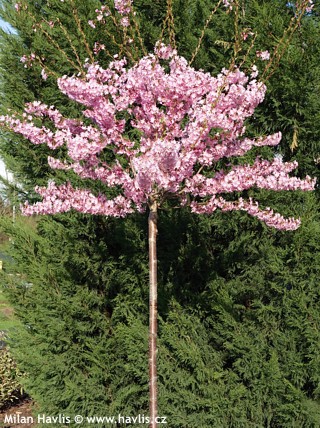
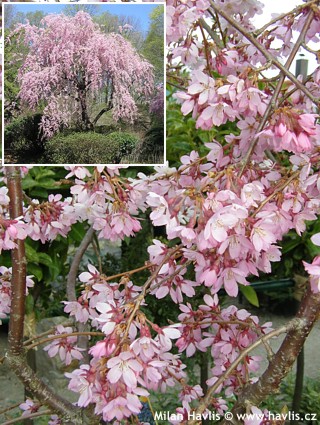
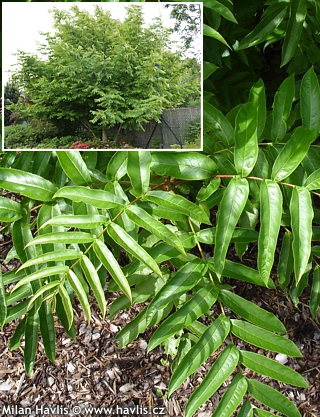
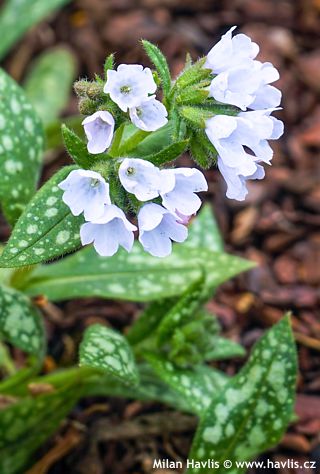
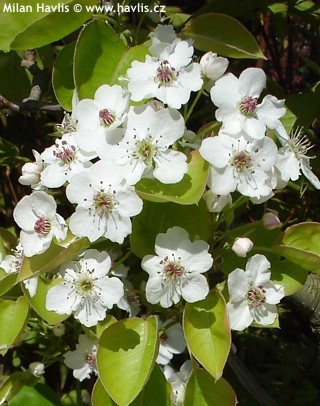
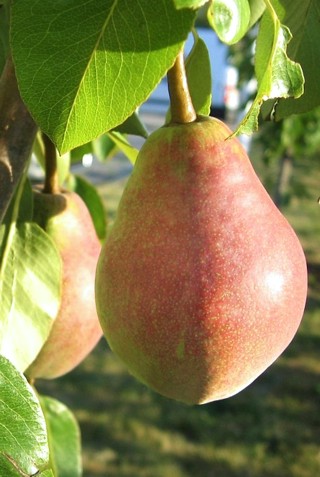
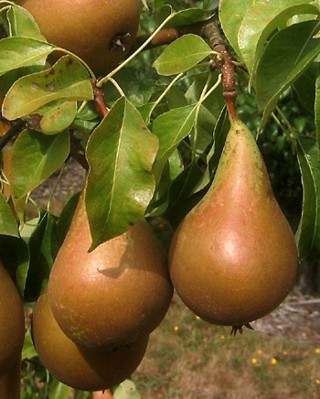

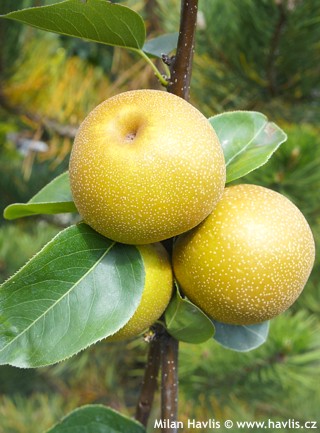

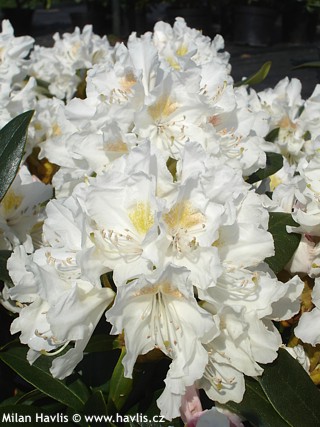
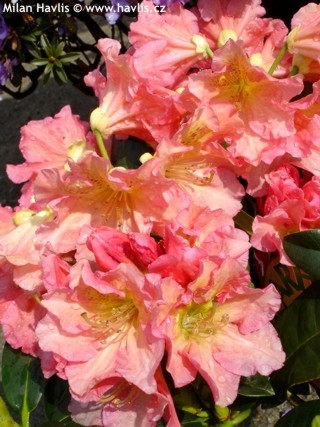
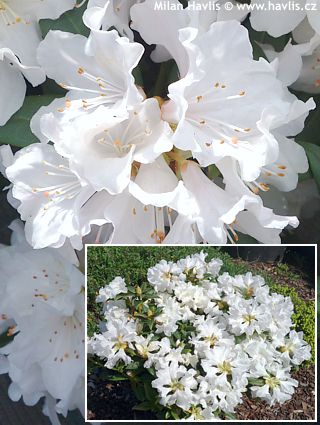

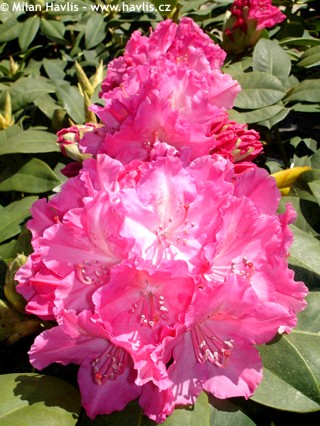
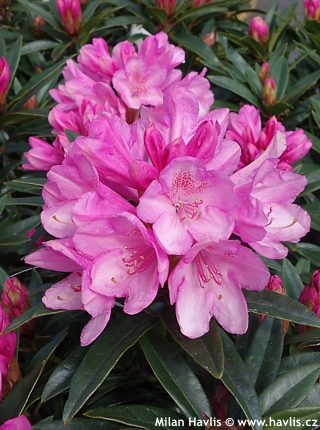
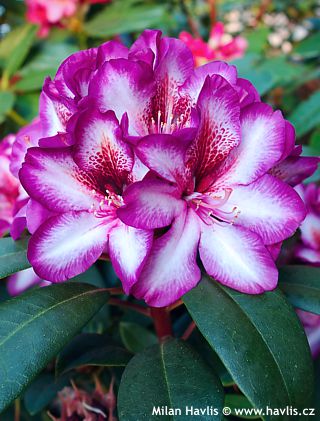
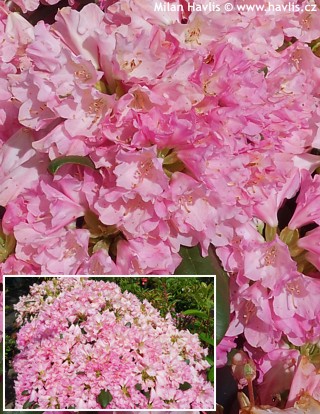
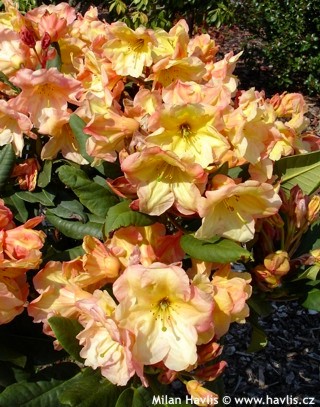
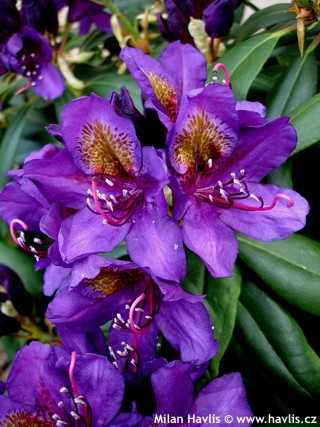
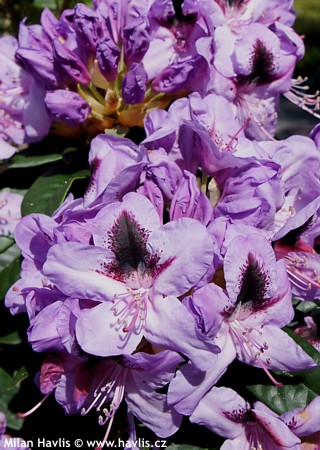
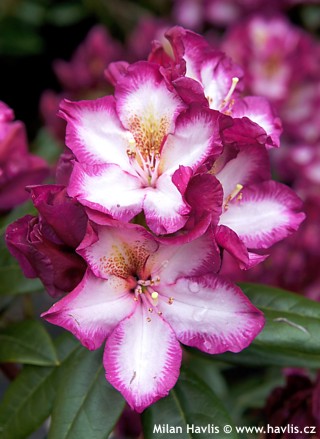
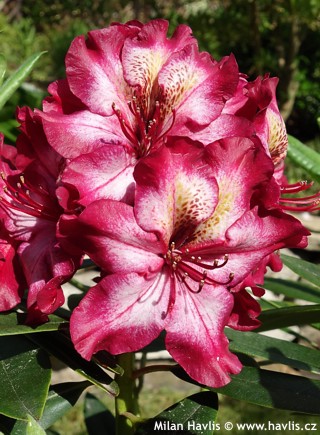
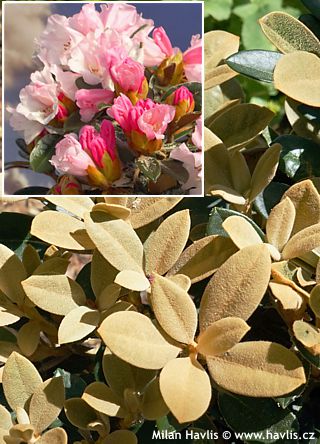

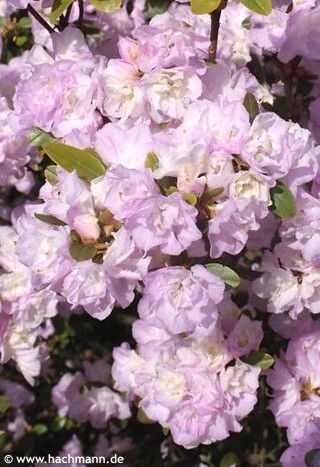
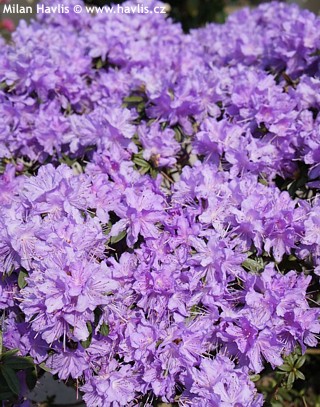
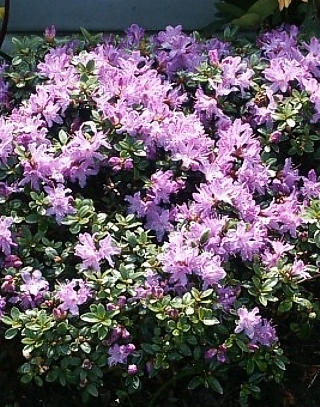
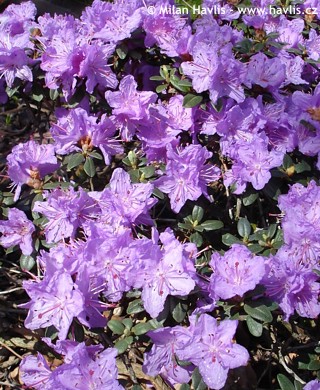
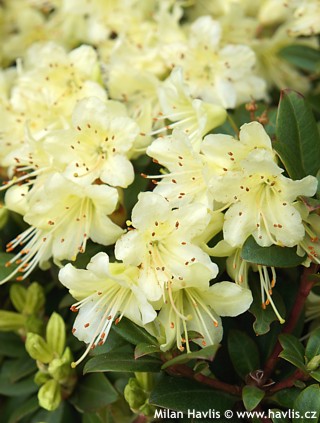
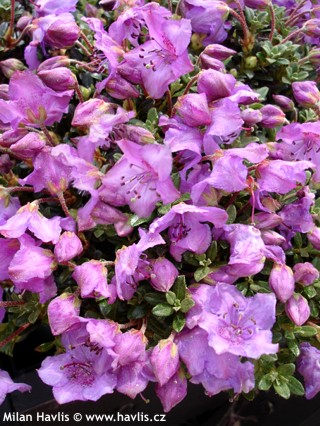
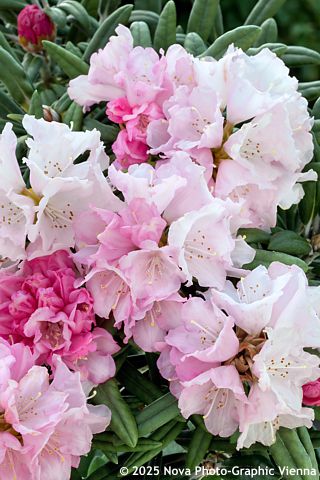
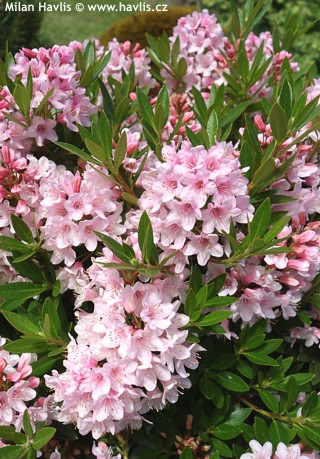
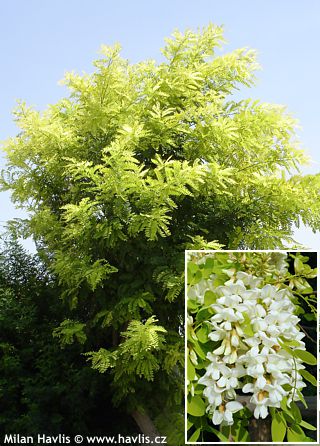
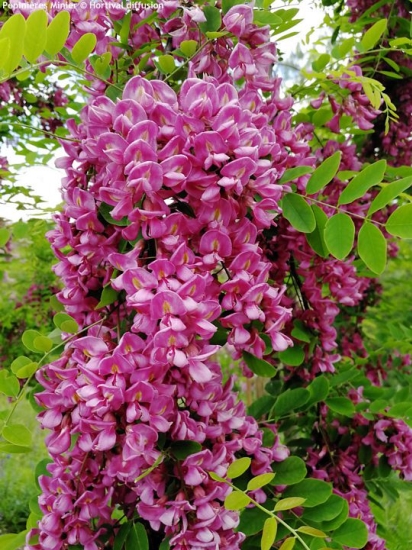
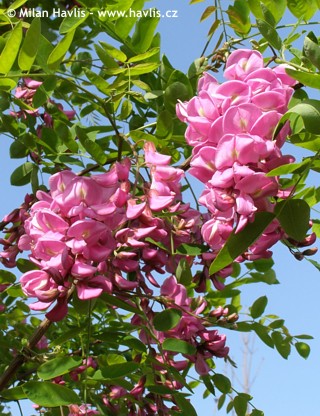
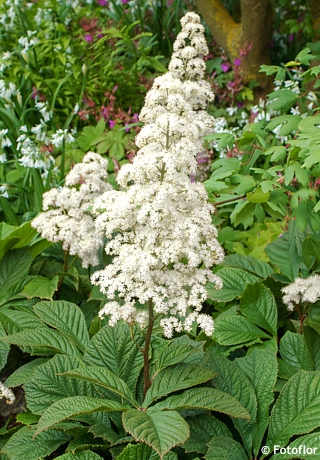
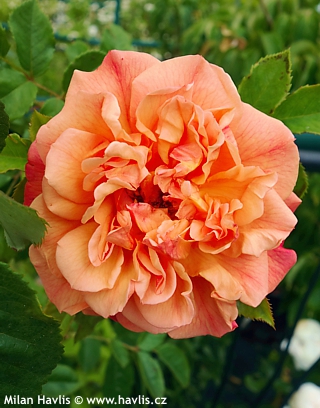
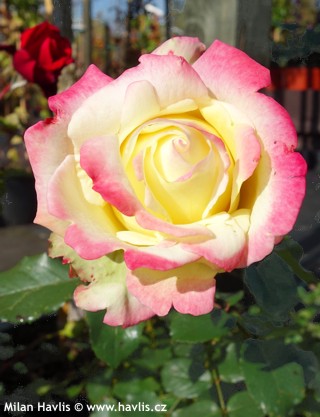
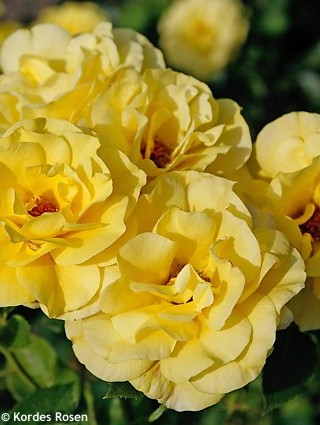
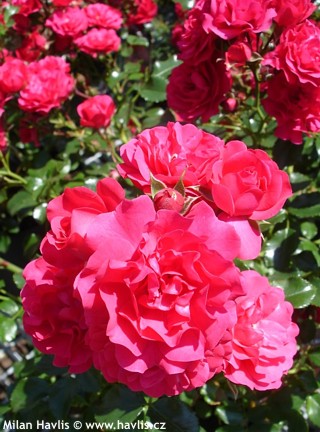
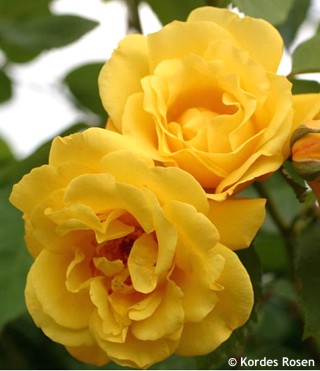
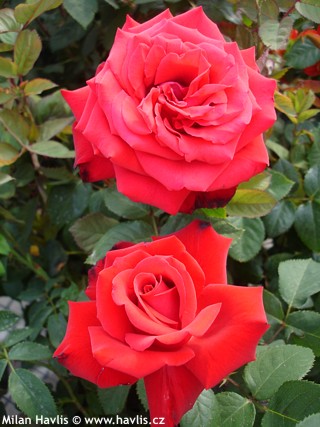
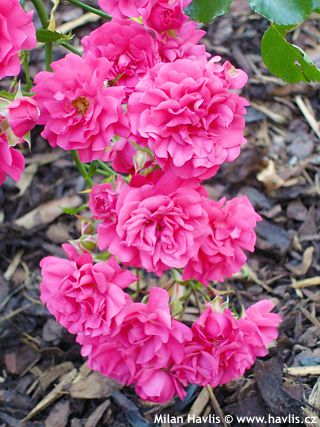
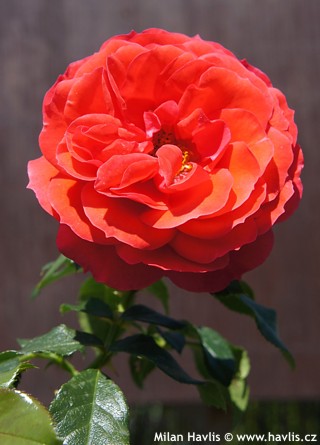
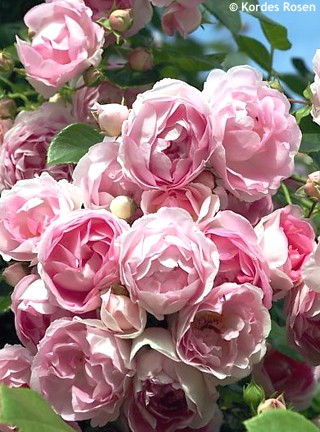
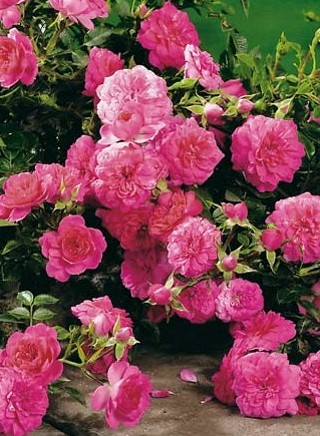
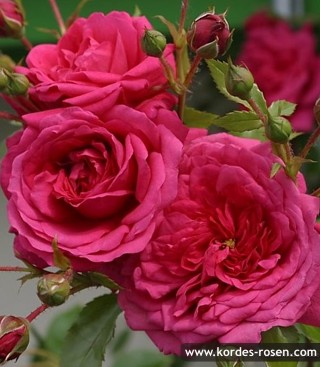
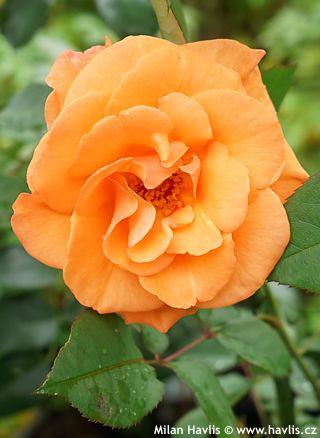
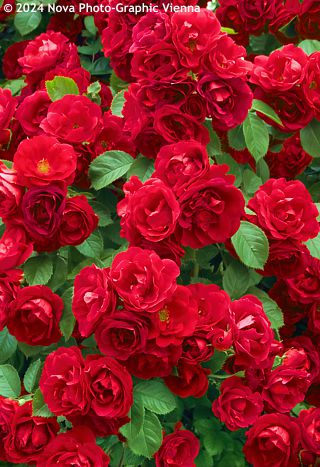
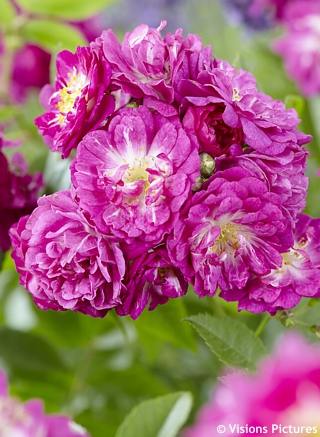
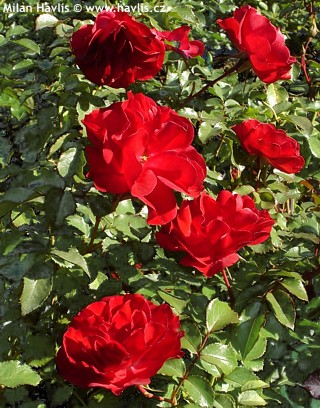
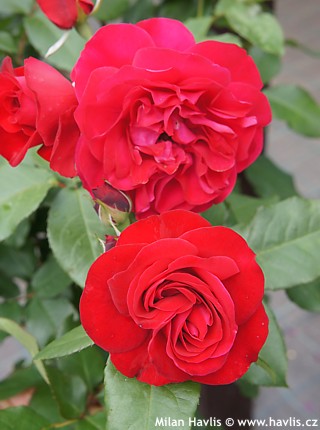
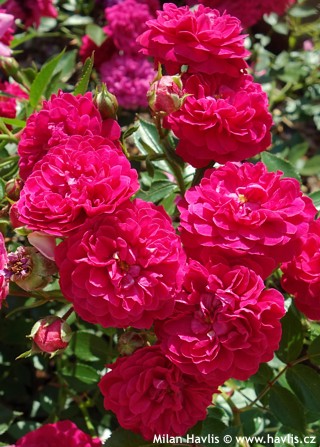
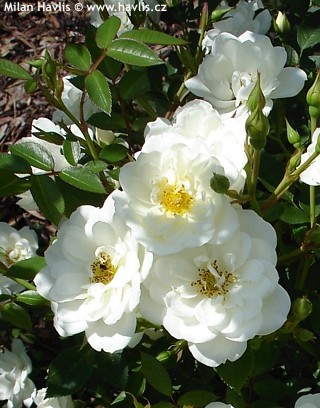
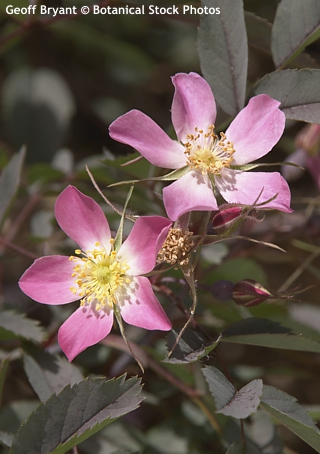
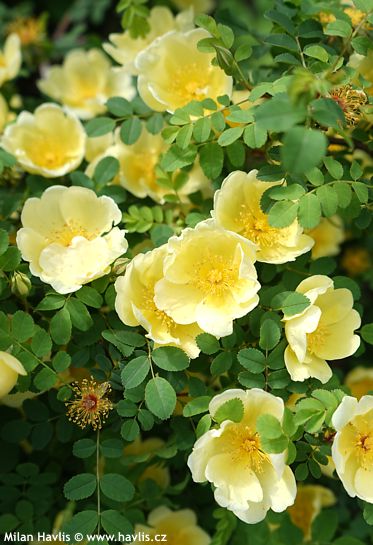
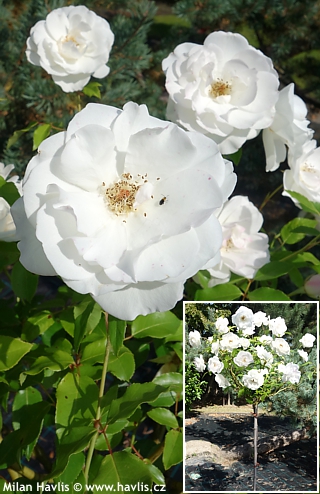
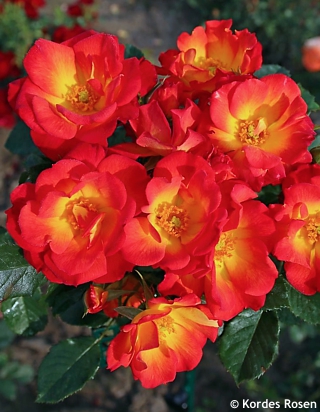
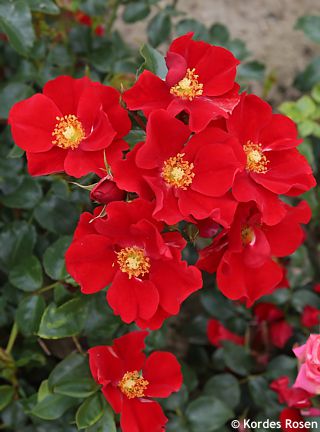
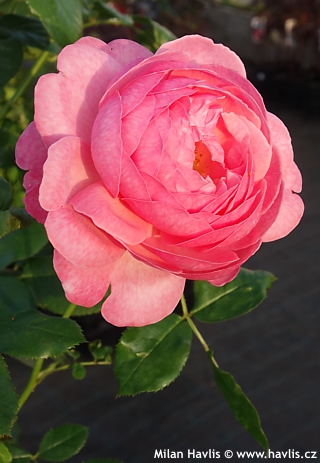
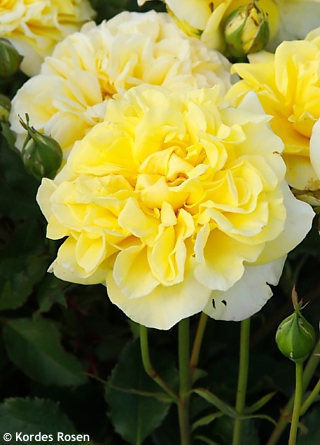
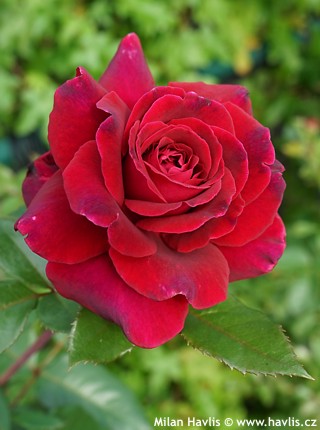
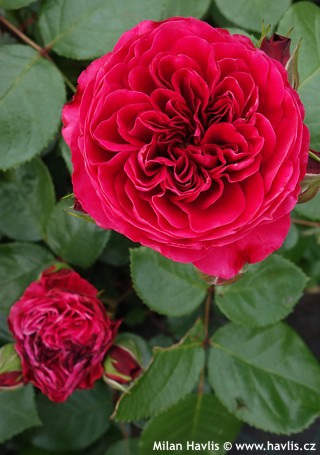
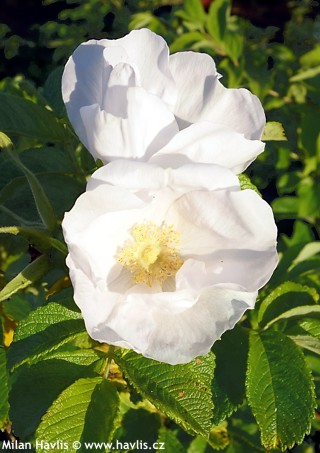
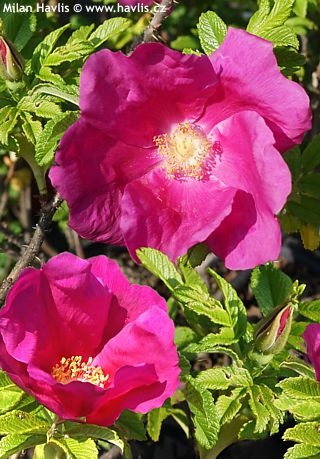
.jpg)
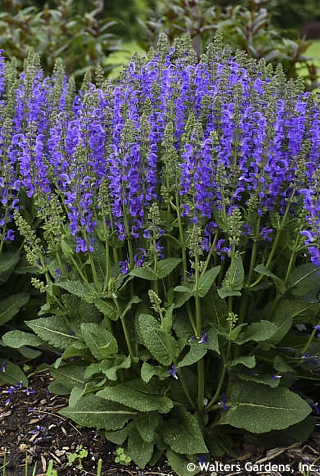

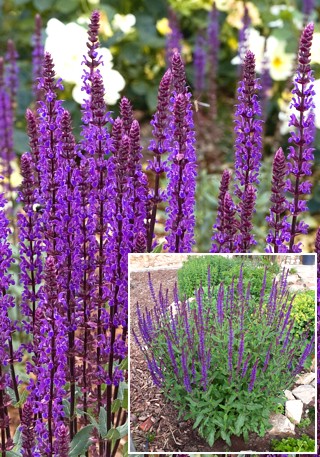
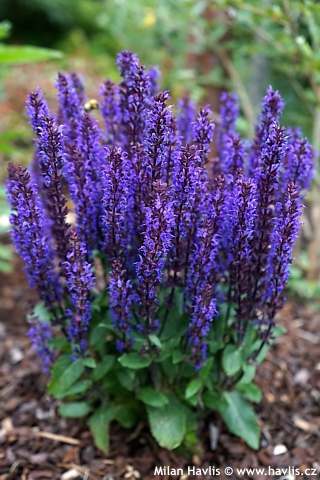
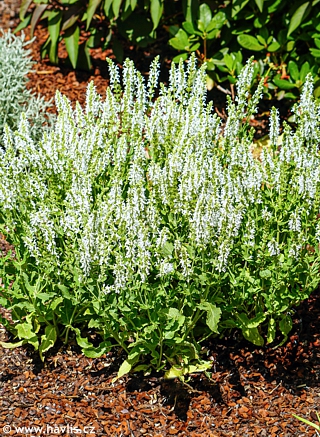
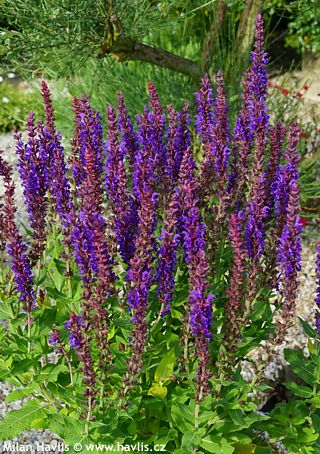

.jpg)
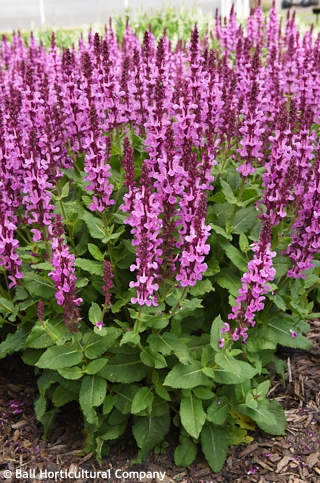
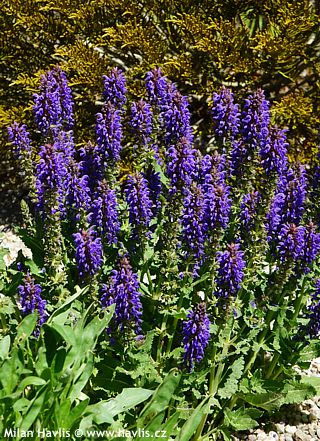
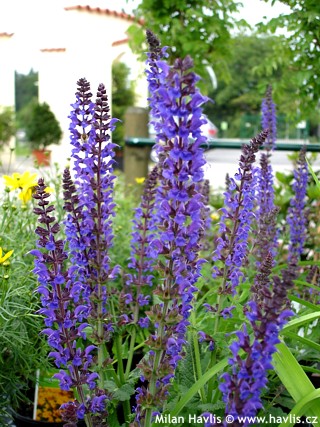
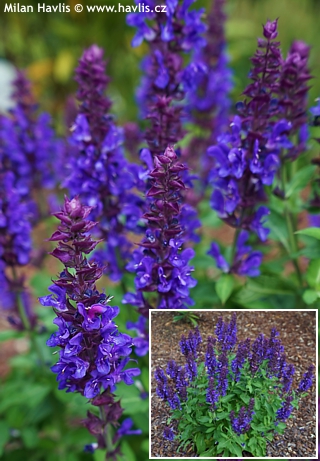
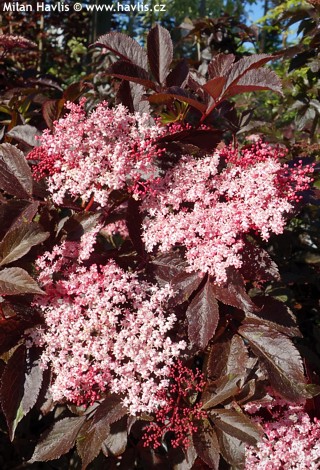
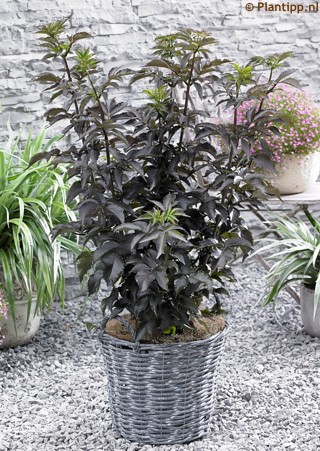
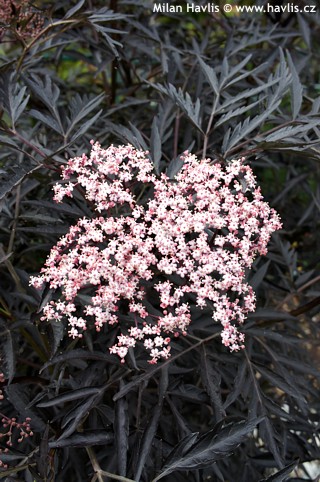
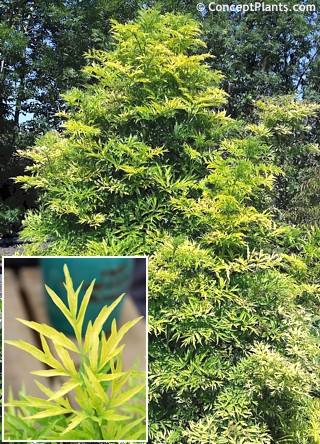
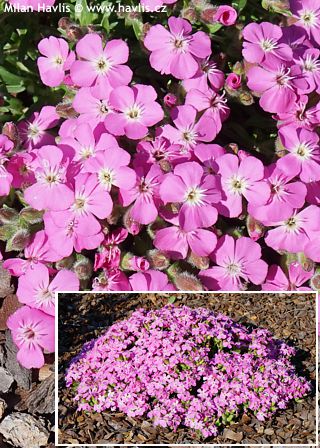
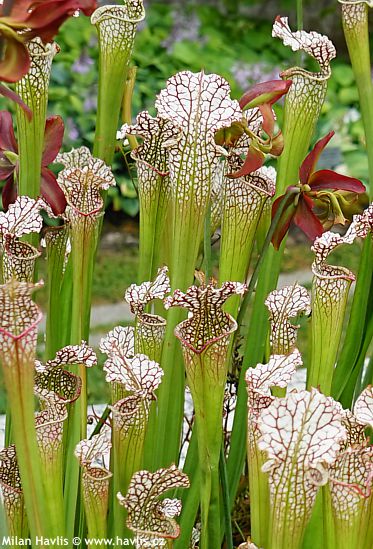
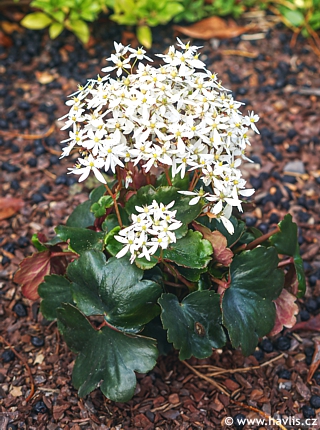
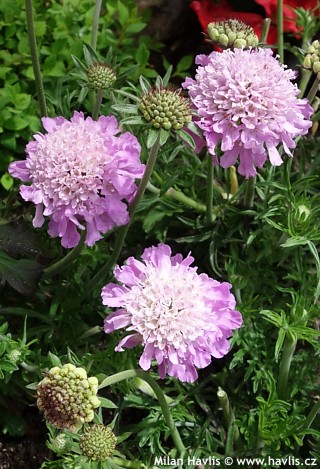
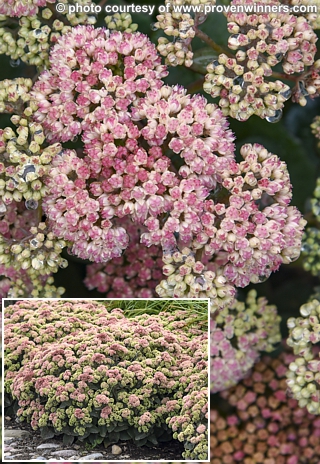
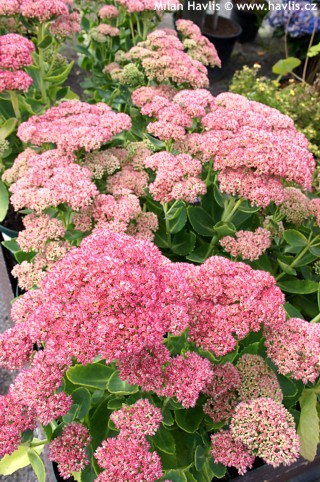
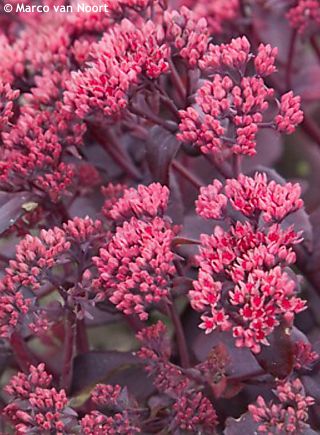
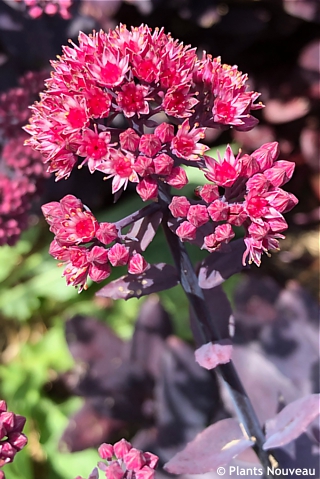
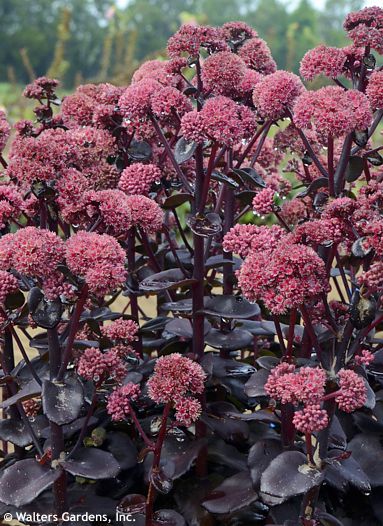
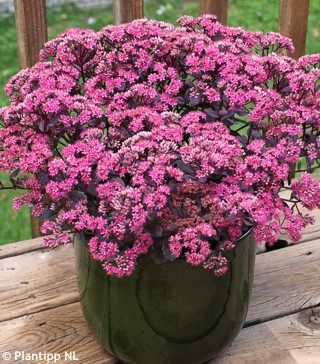
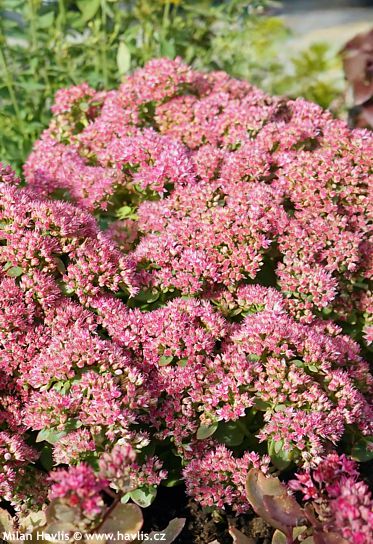

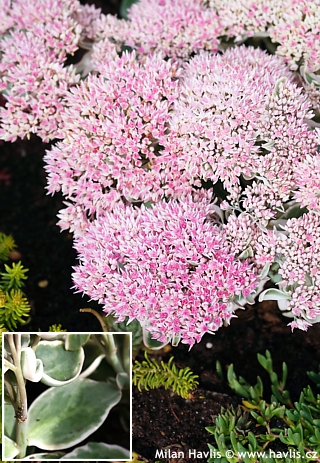
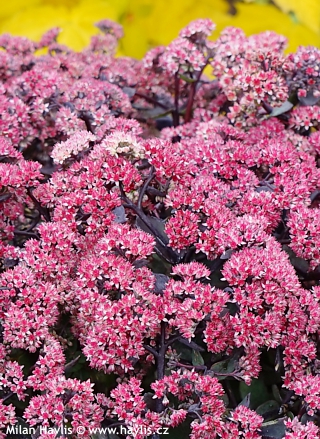
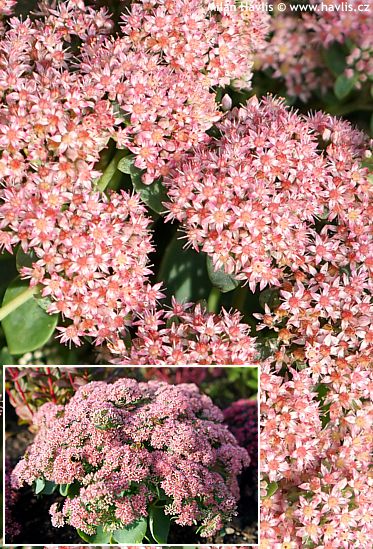
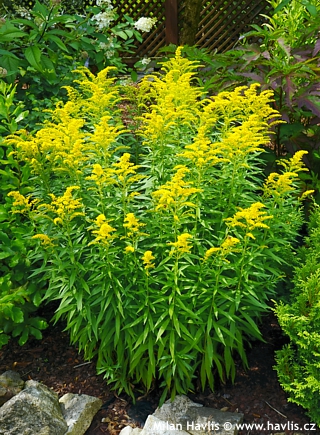
.jpg)
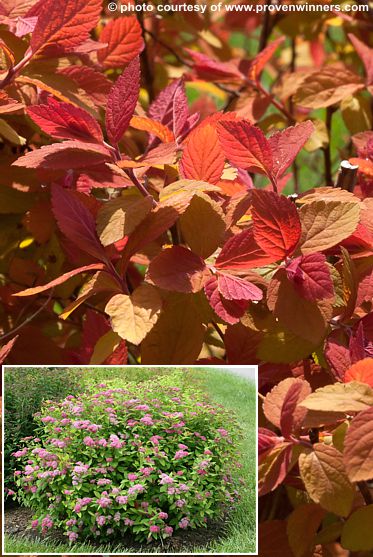
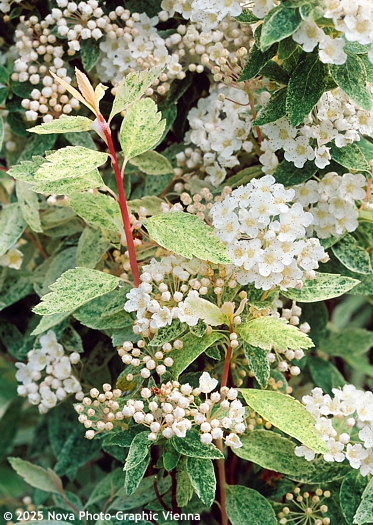
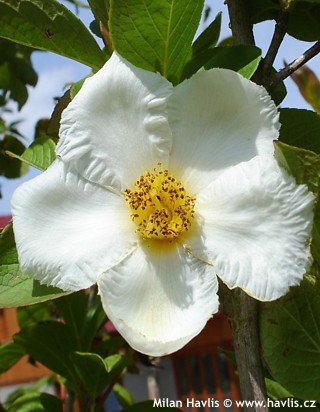
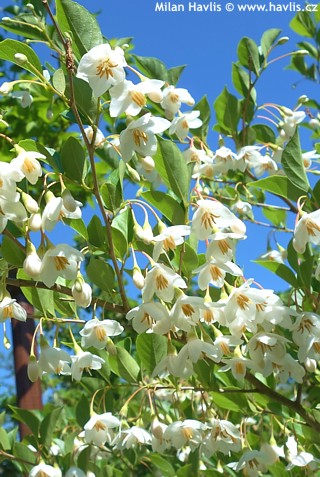
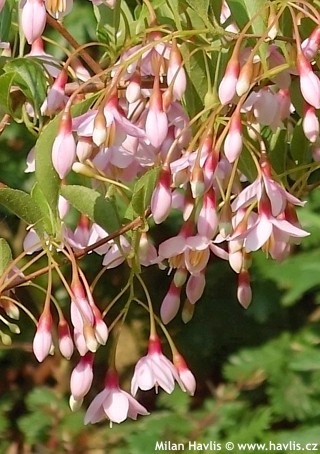
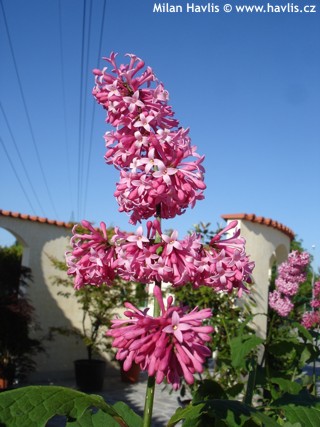
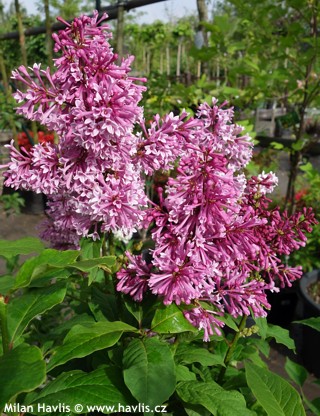
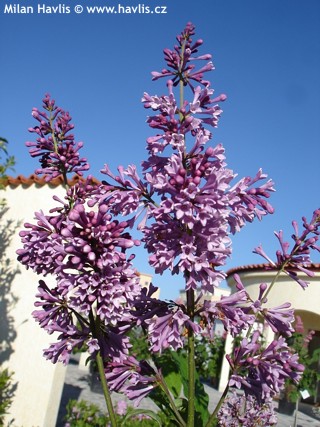
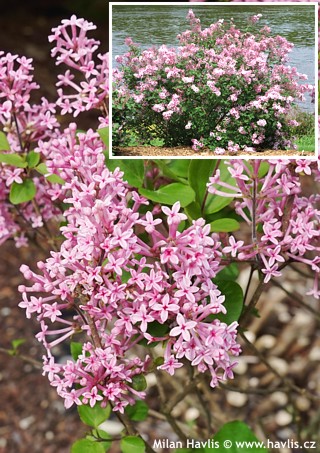
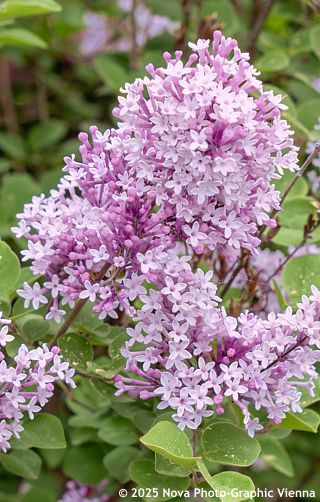
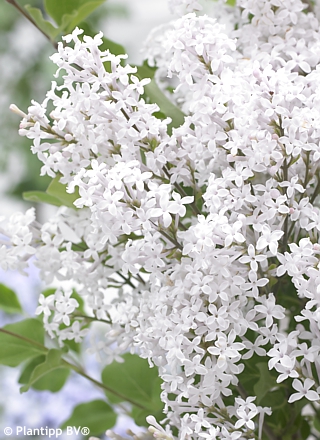
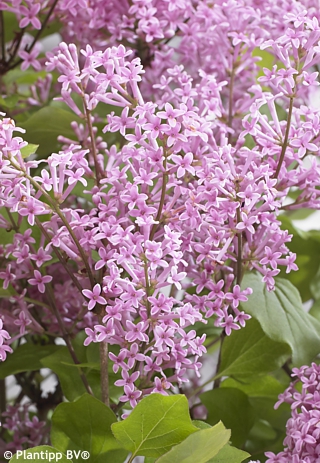
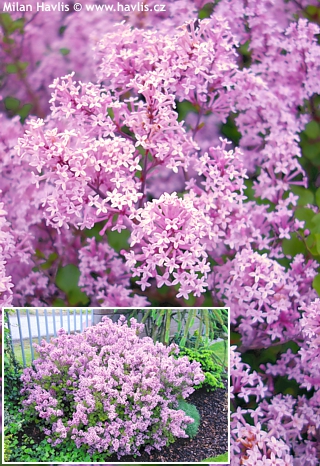
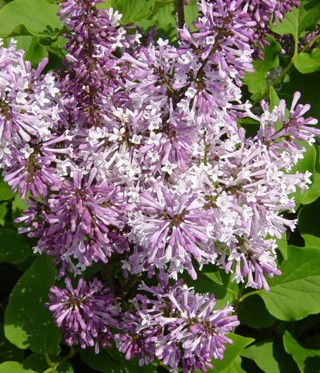
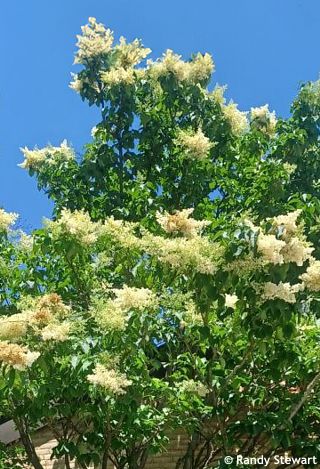
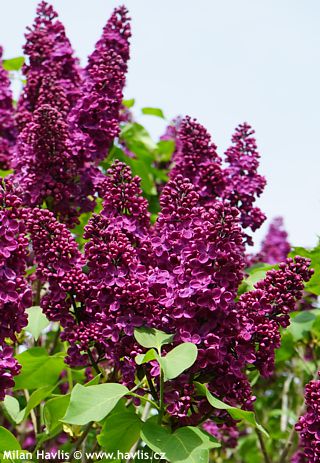
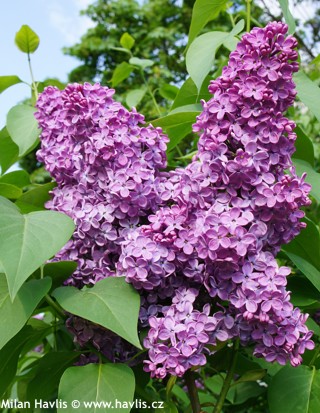
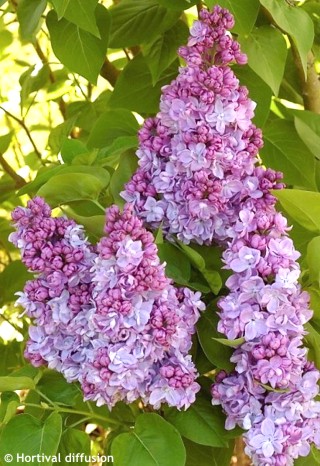

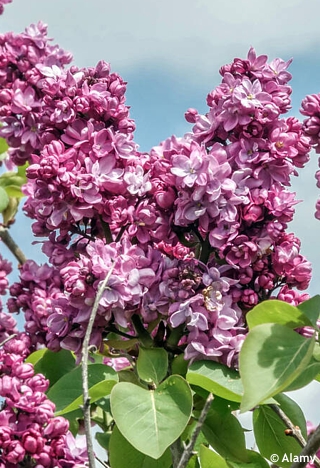
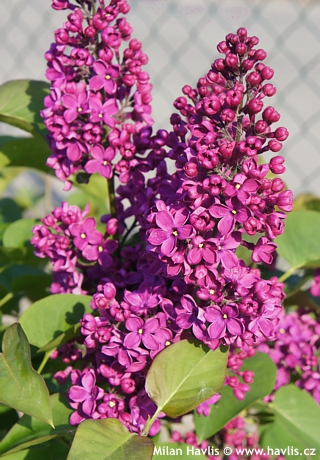
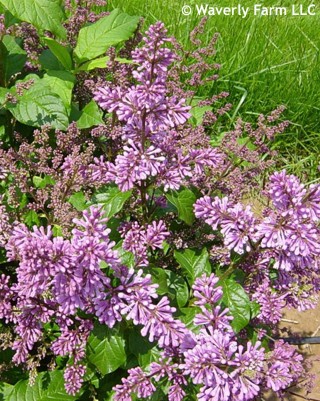

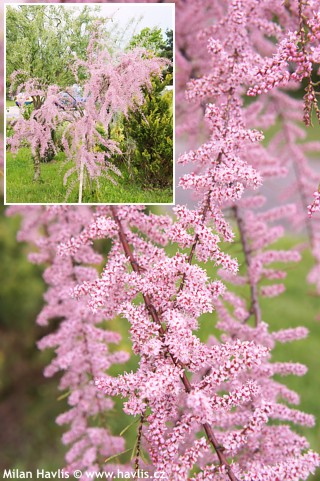
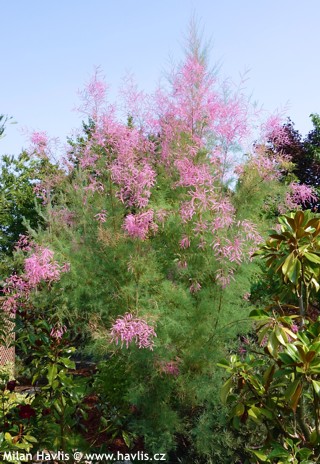
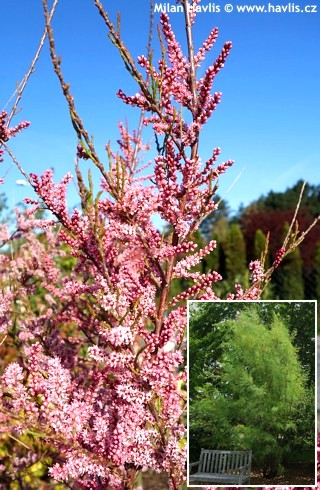

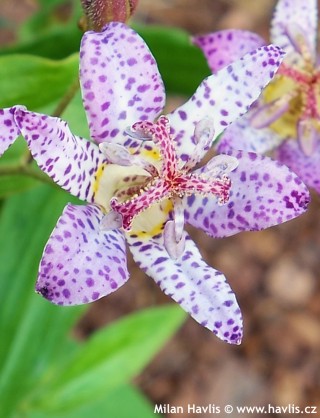
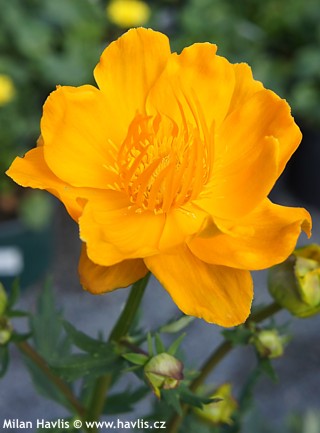
.jpg)
.jpg)
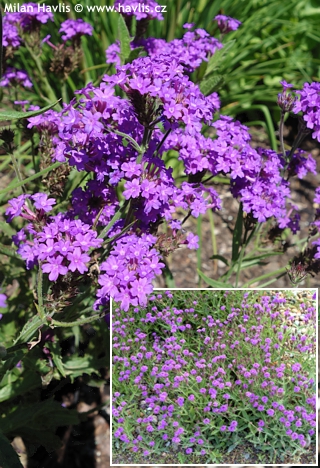
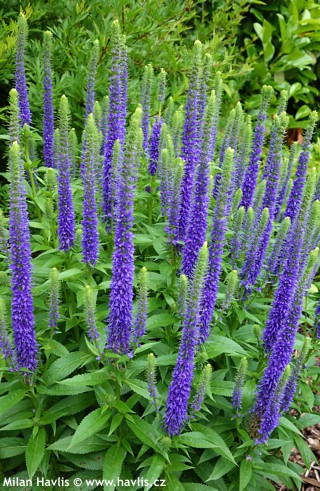
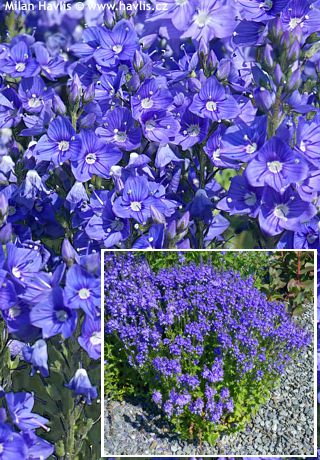
.jpg)
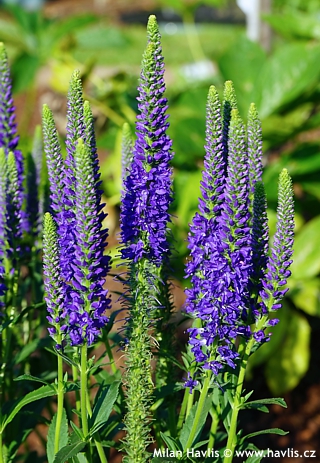
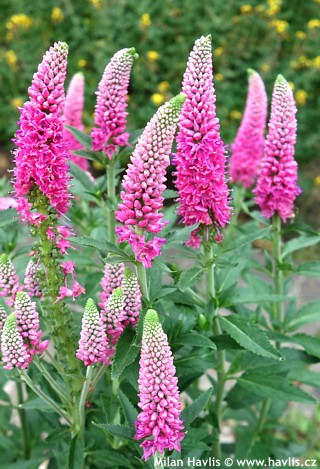
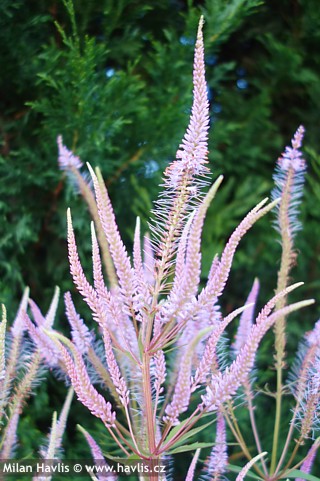
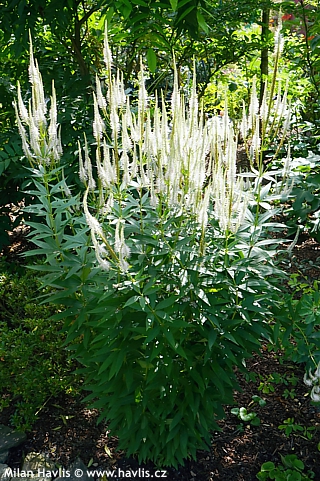
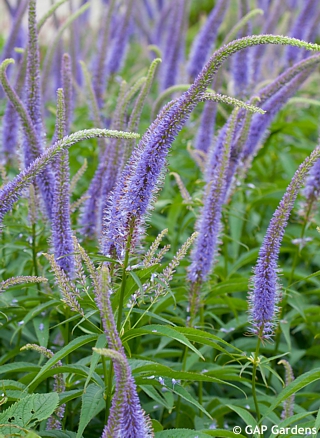

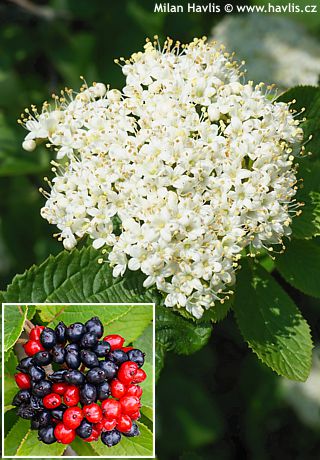
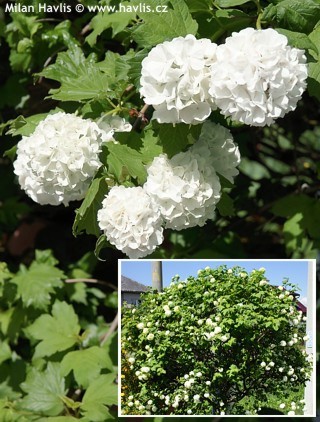
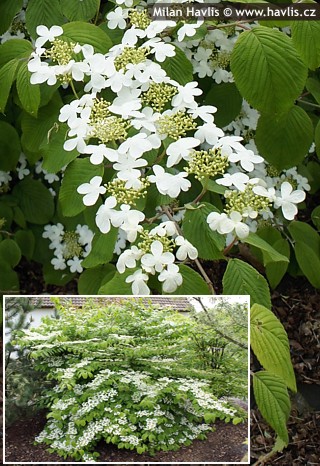
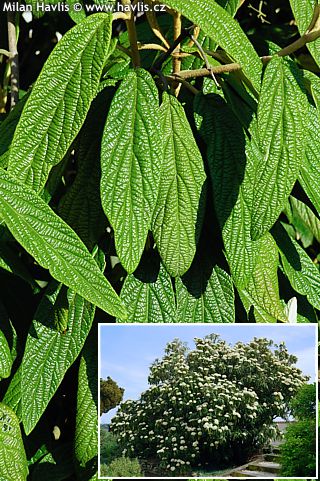
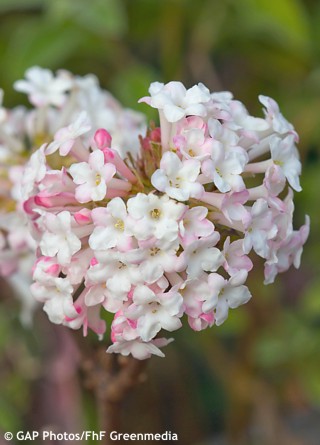
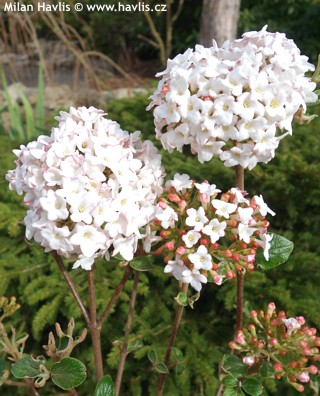
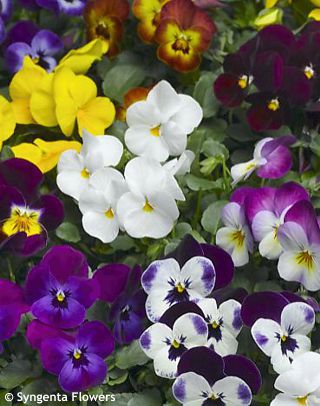
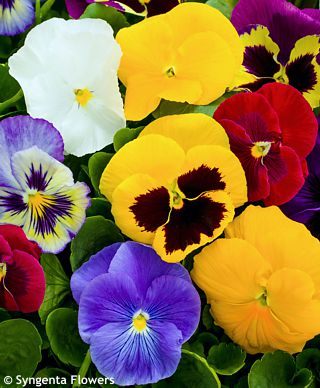
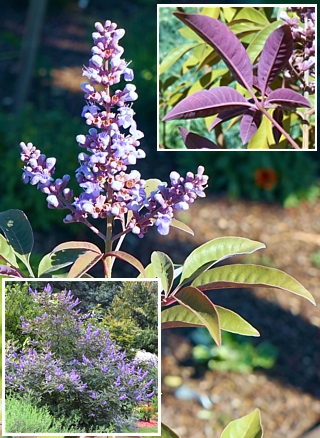
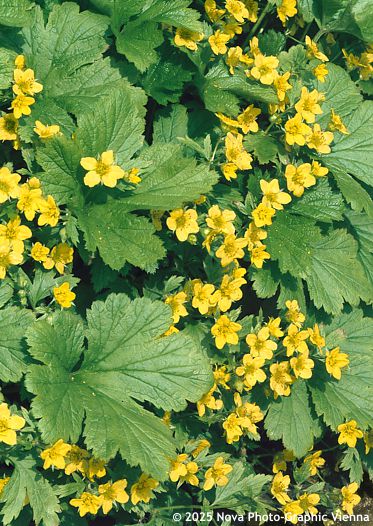
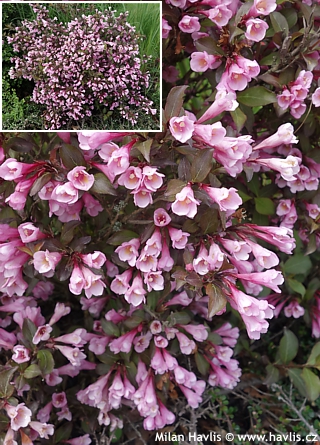

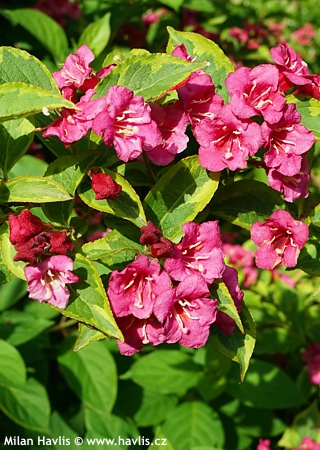
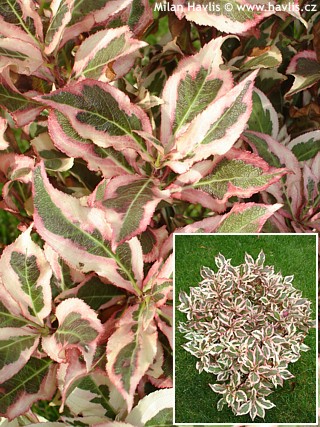
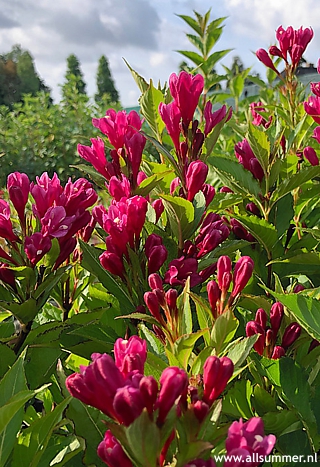
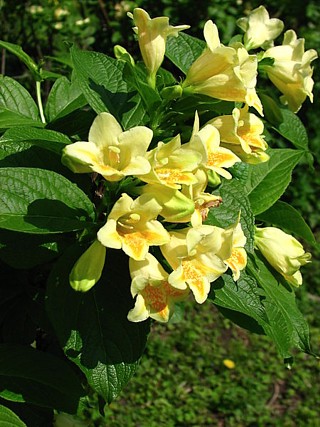
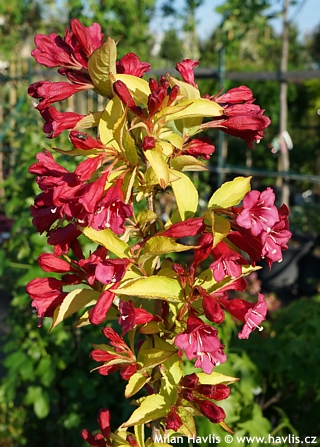
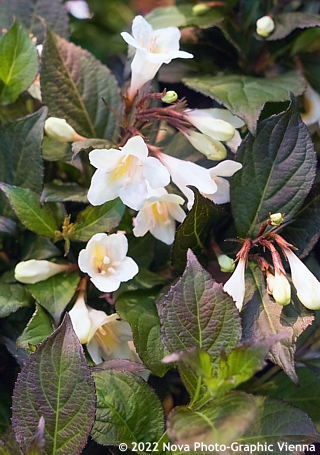
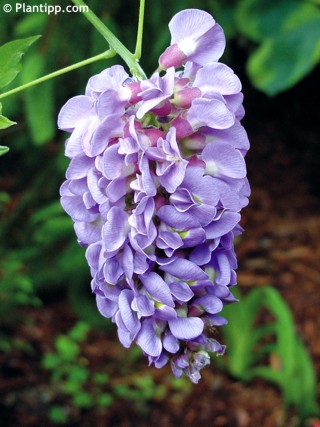
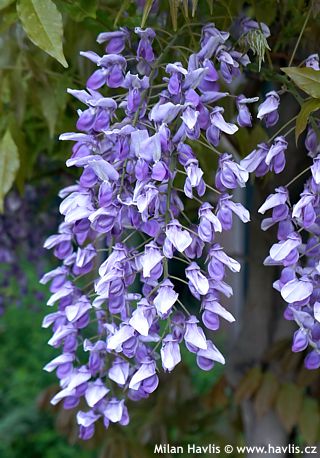
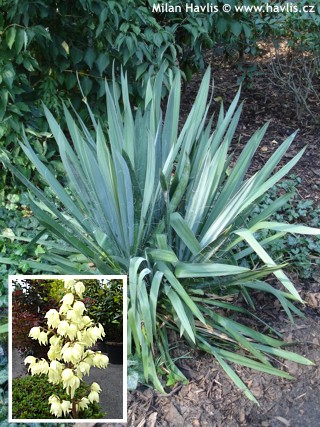
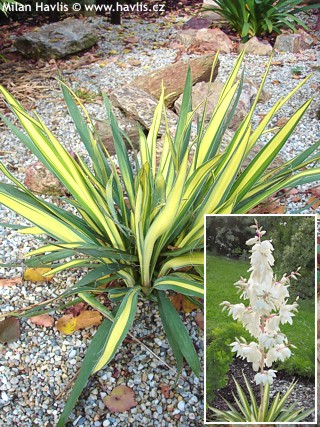
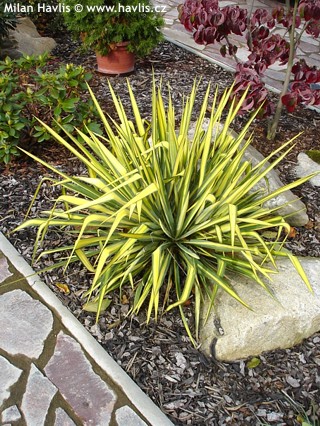
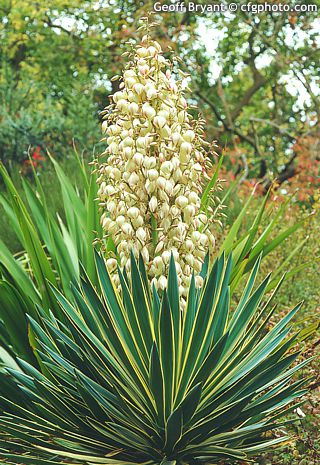

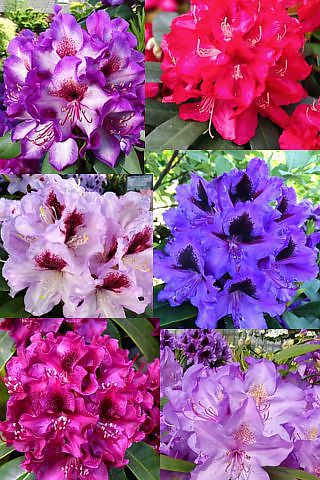
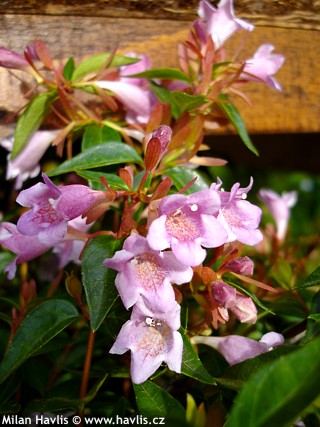
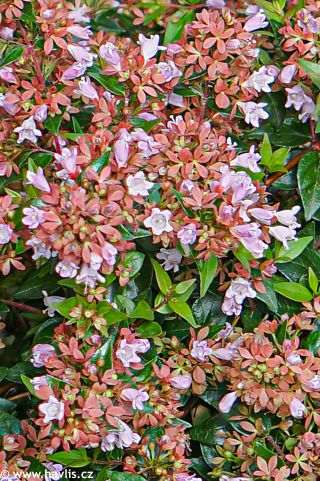

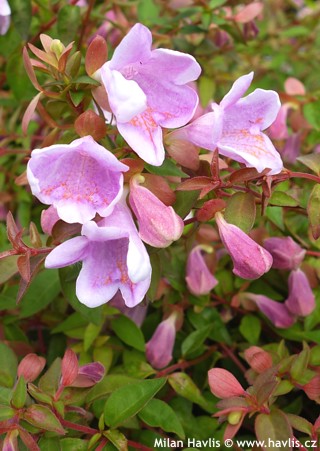
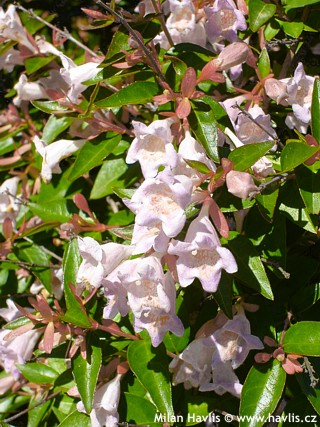
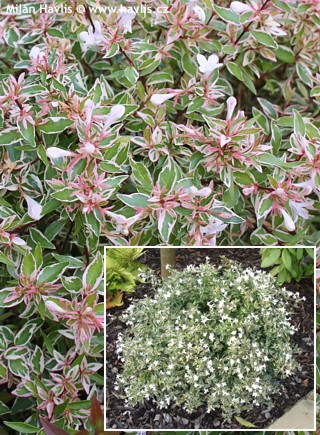
.jpg)
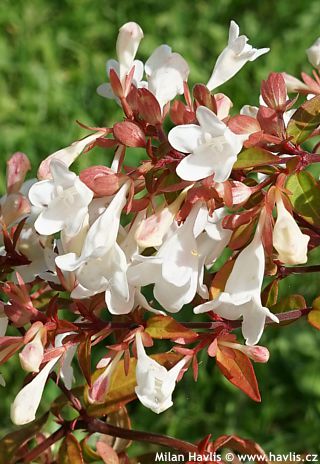
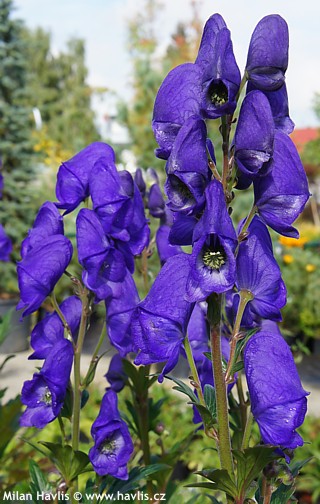
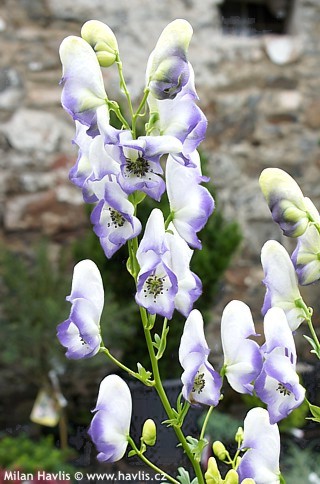
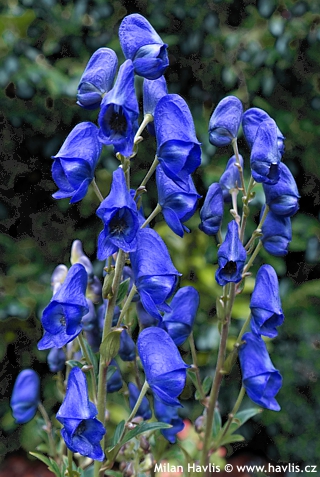
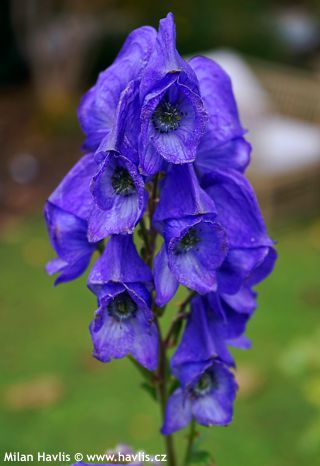
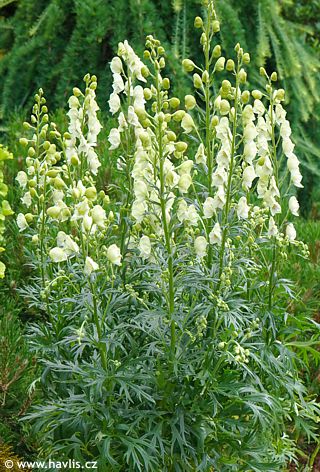
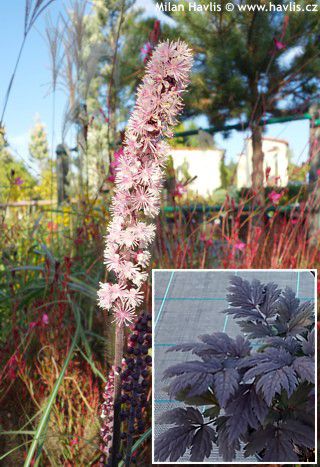
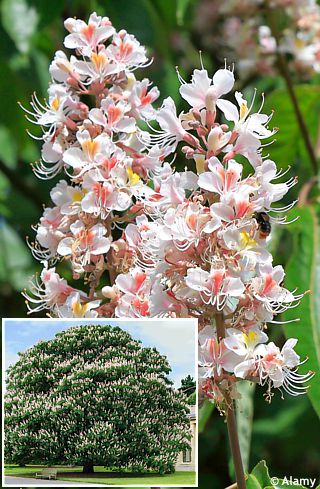
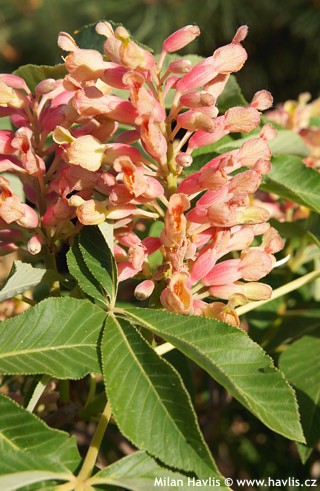
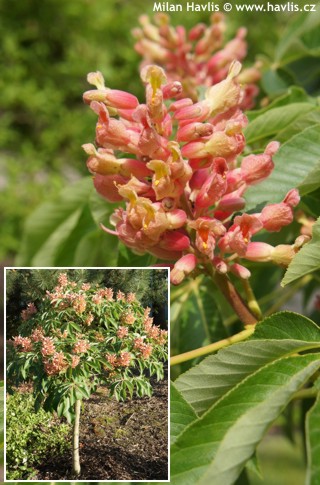
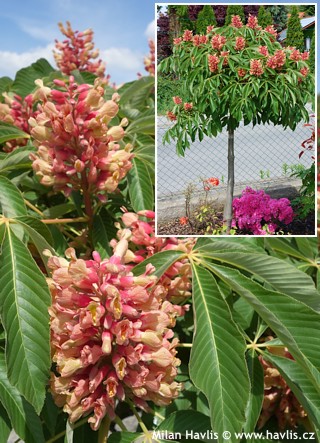
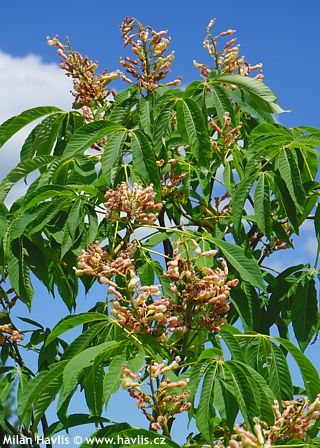
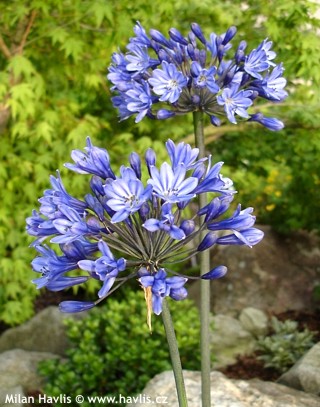
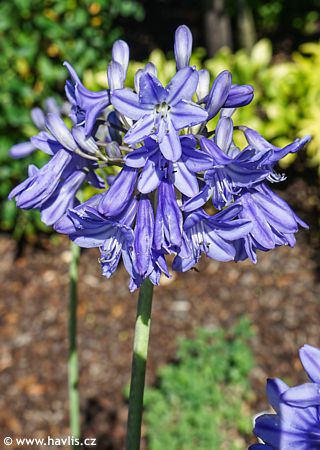
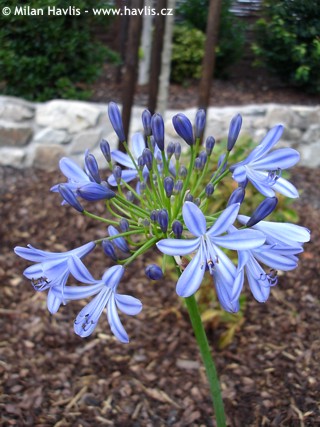
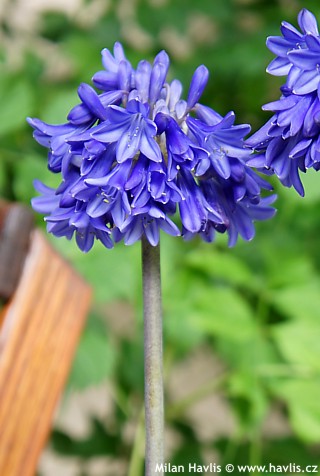
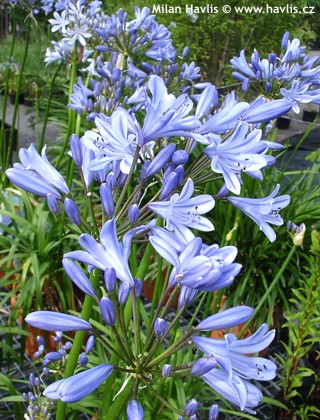
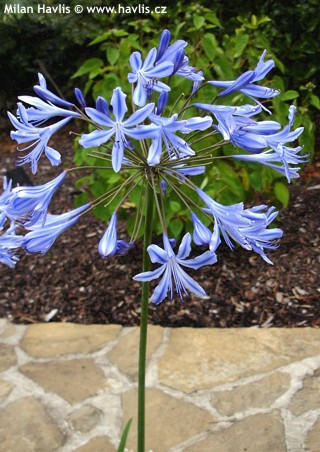
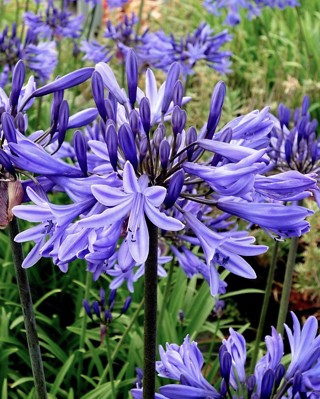
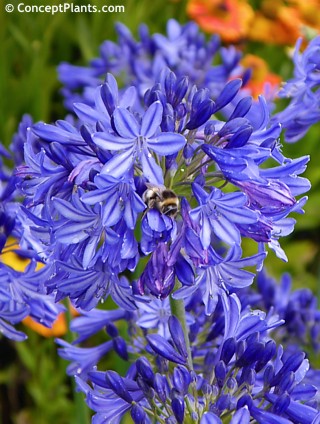
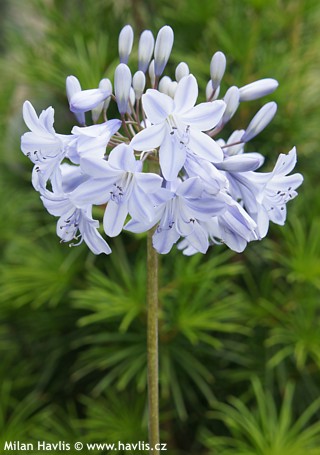
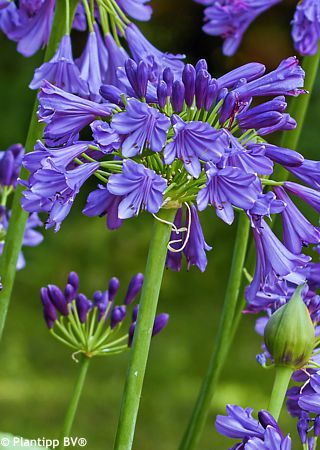
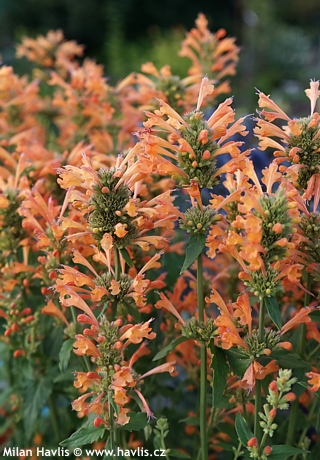

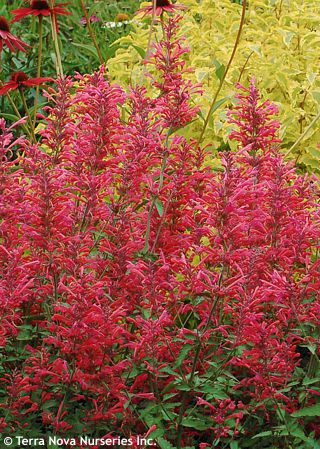
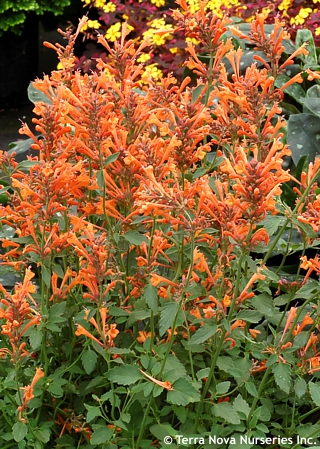
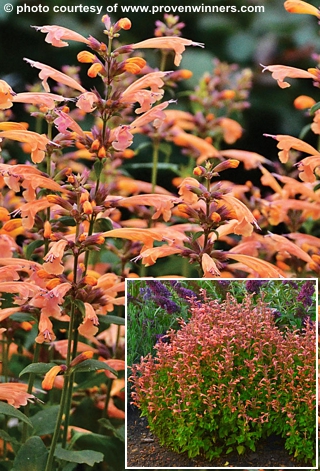
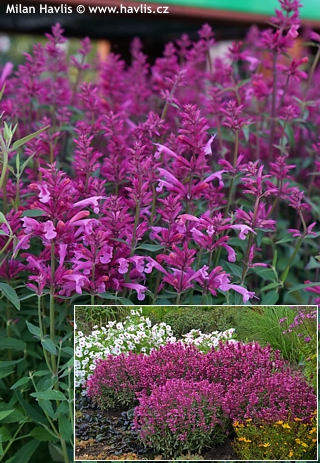
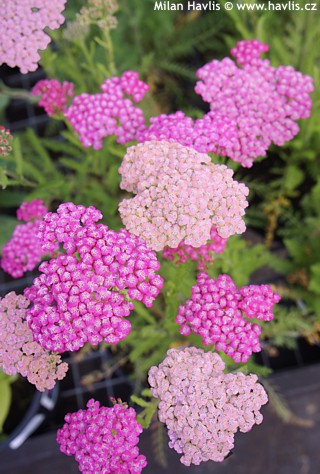
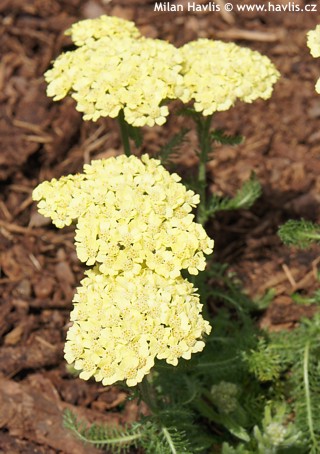
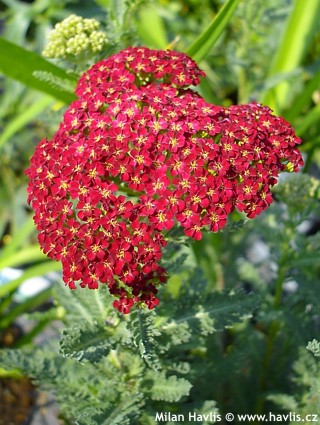


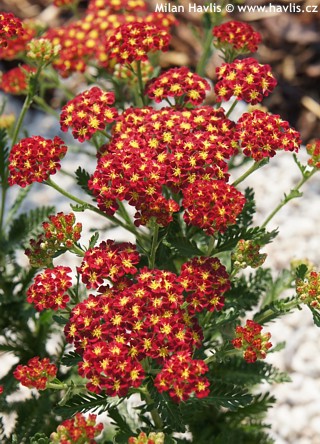
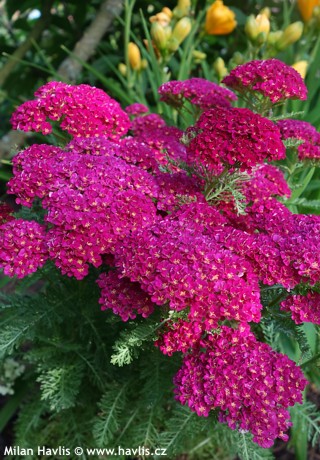
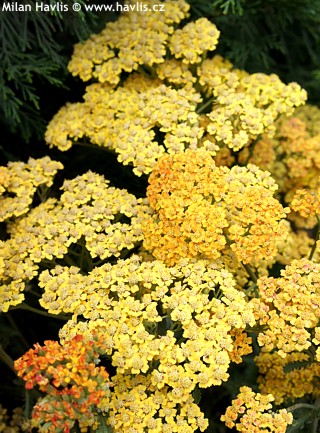
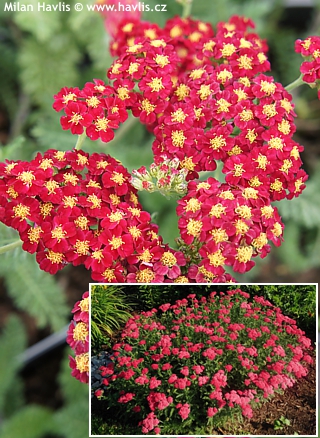
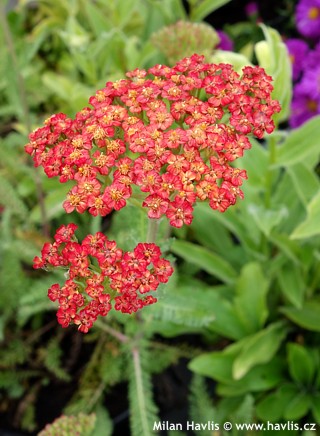
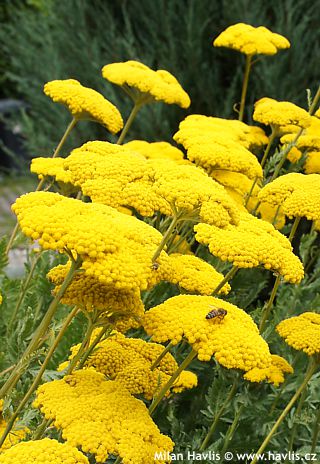
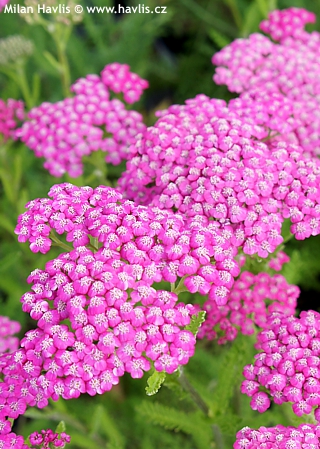
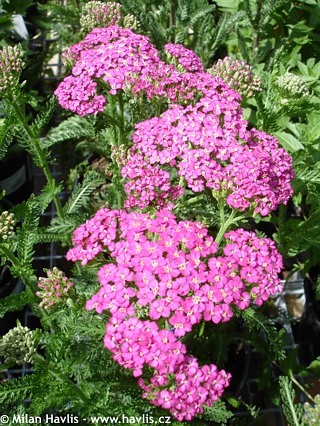
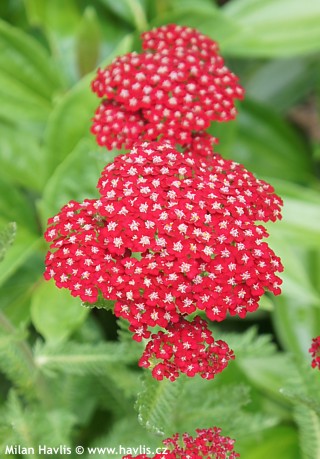
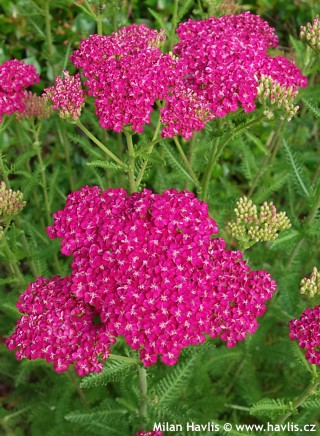
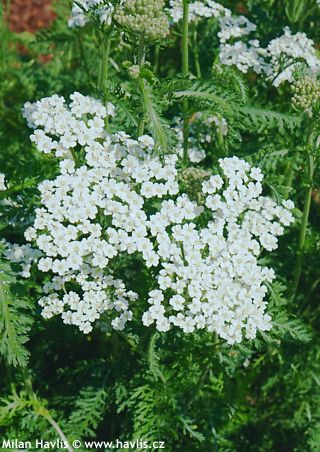
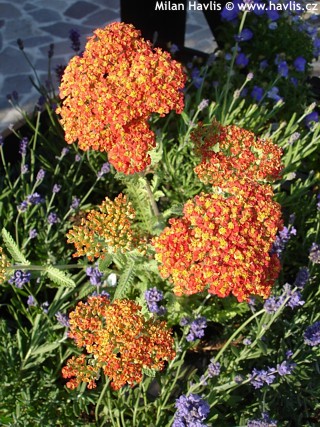
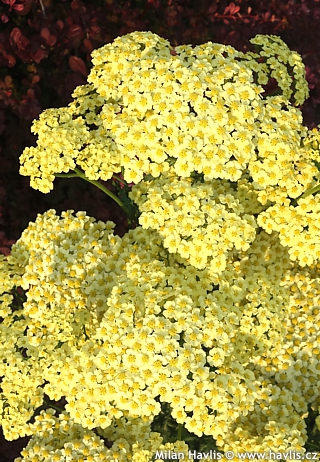
.jpg)
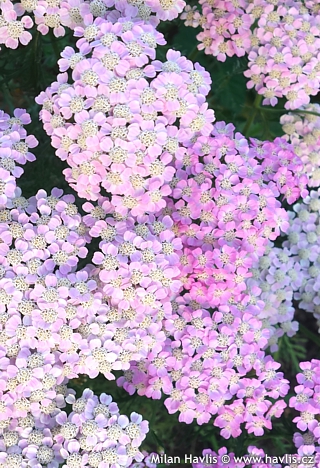
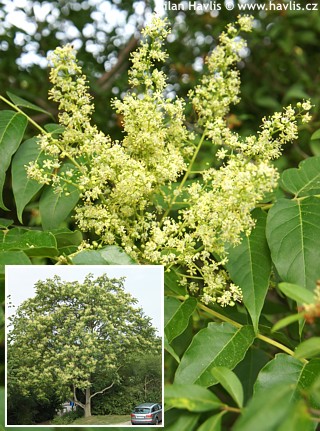
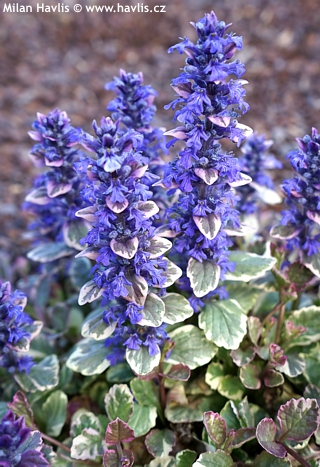
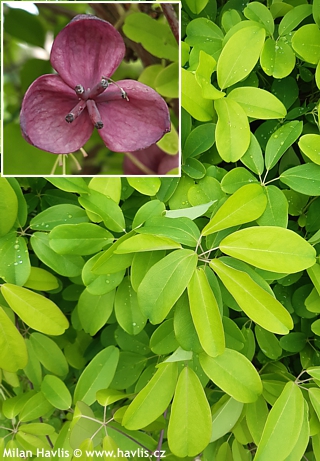
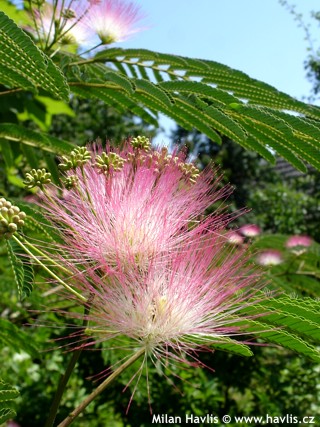
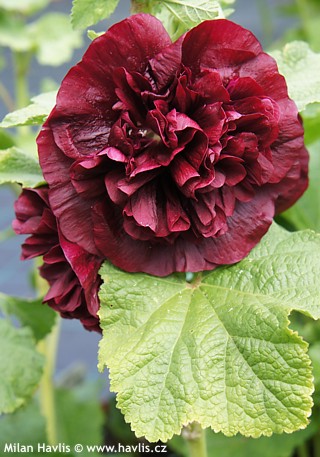
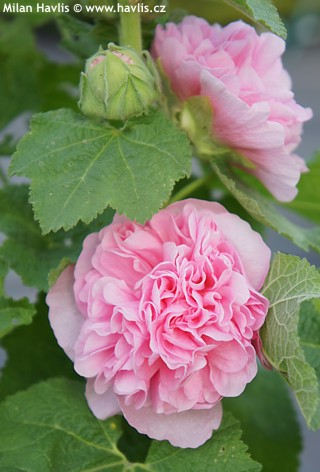
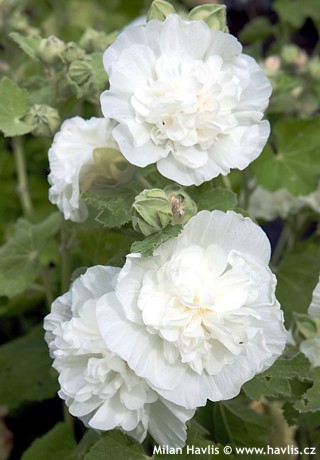
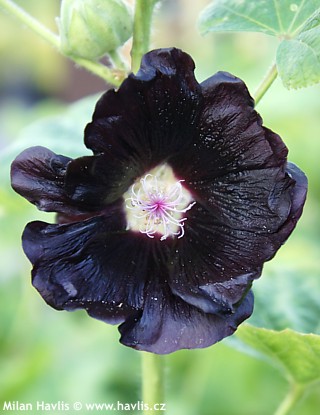
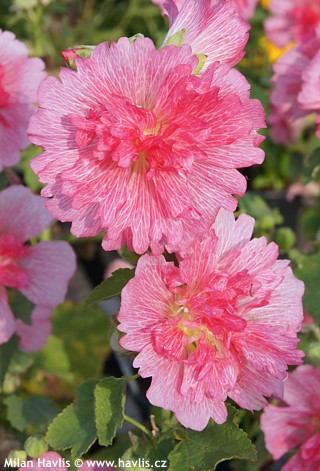
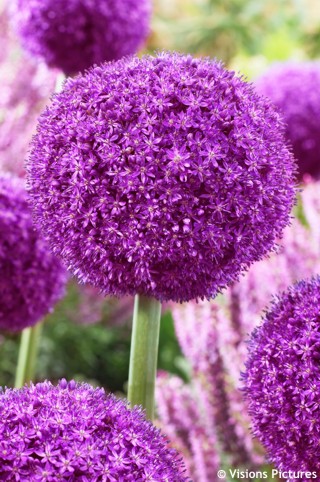
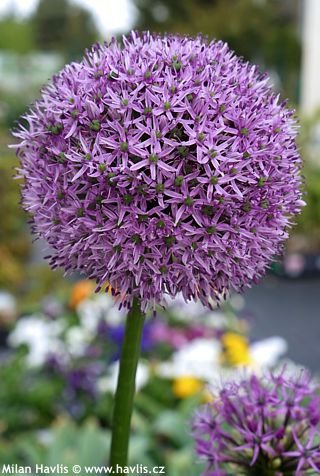
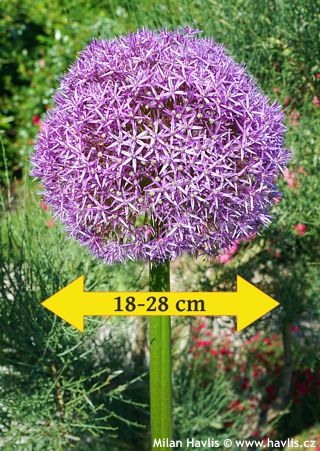
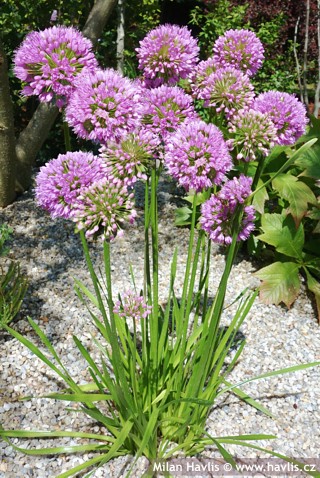
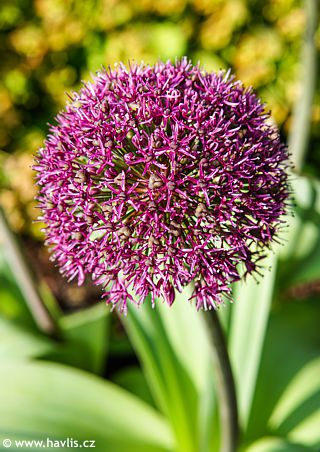
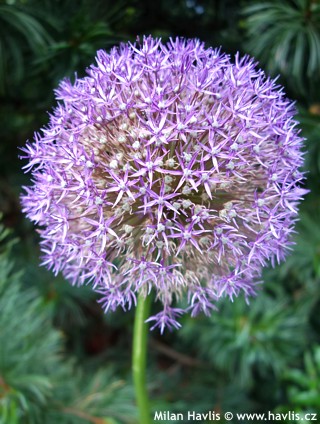
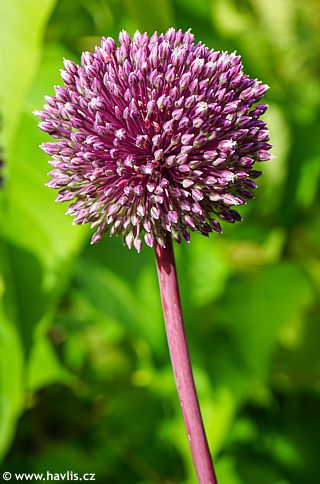
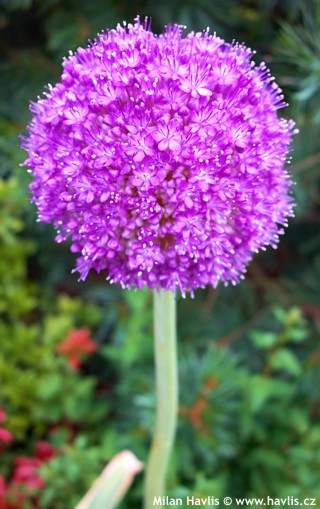
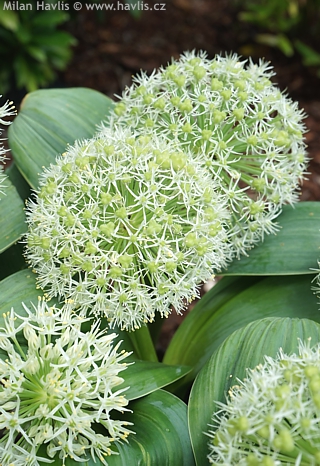

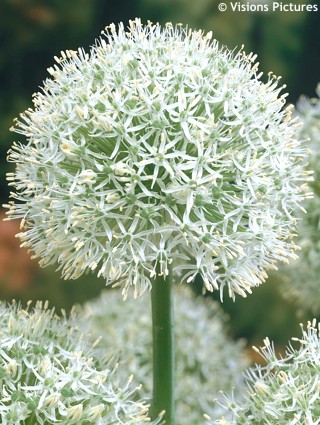
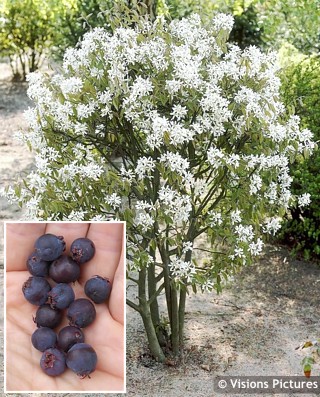
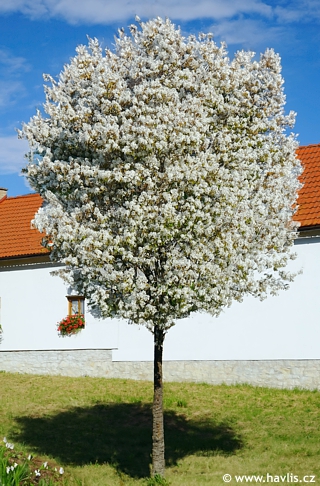
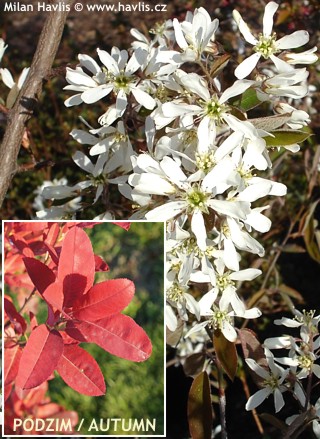
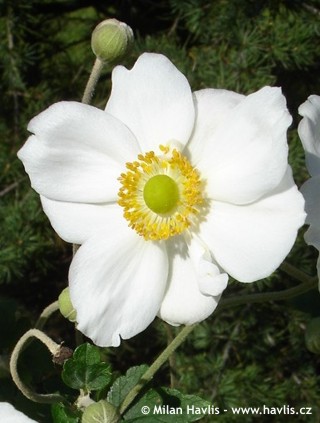
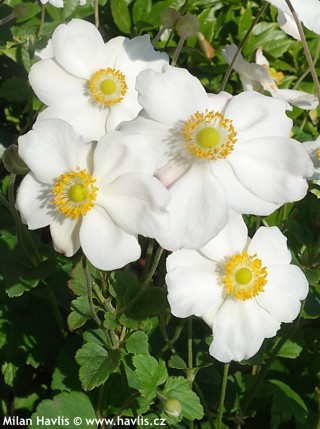
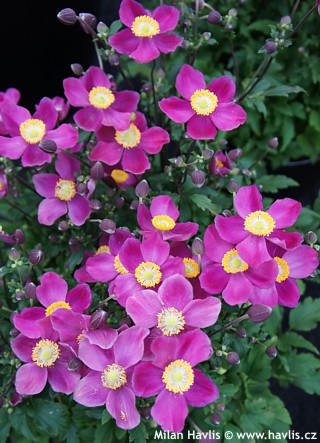
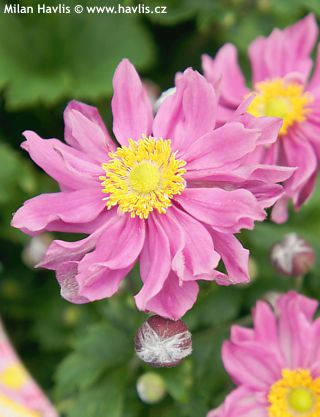
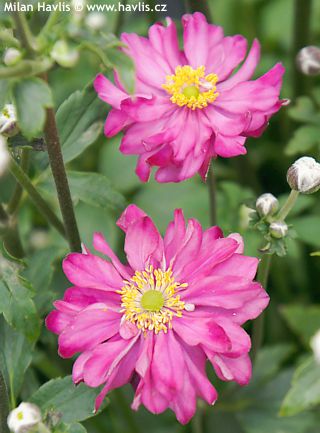
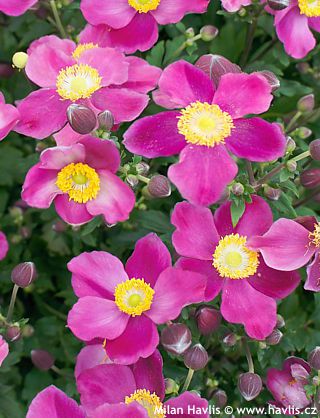
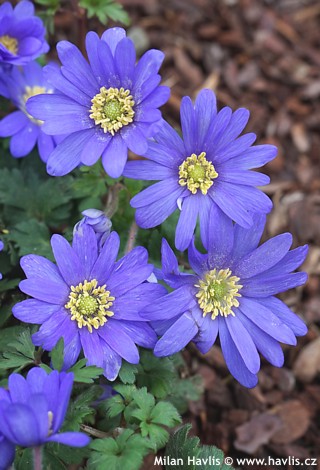
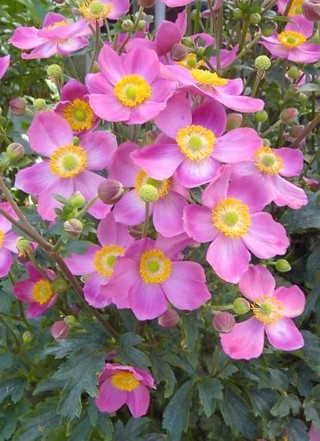
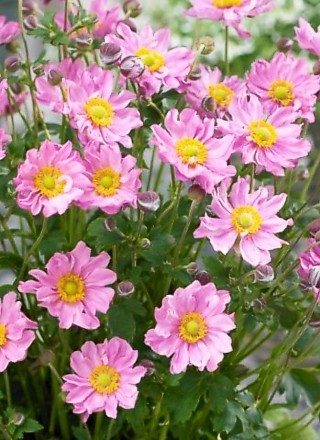
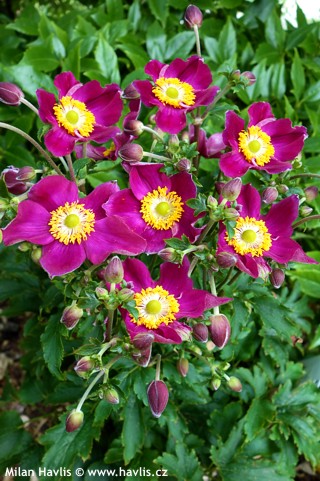
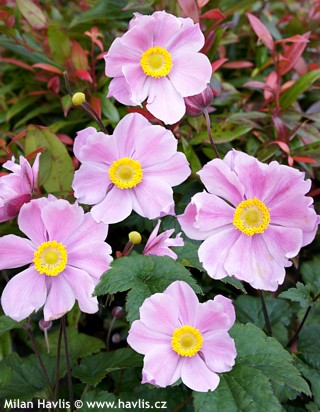
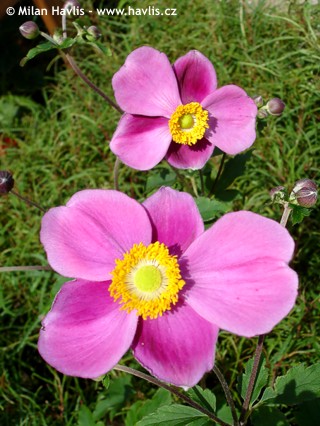
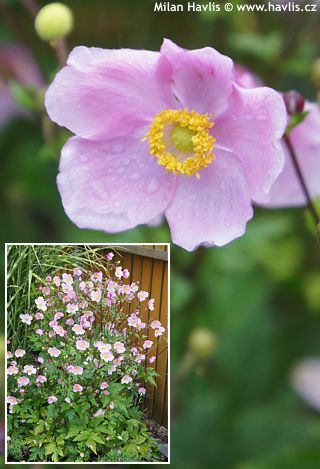
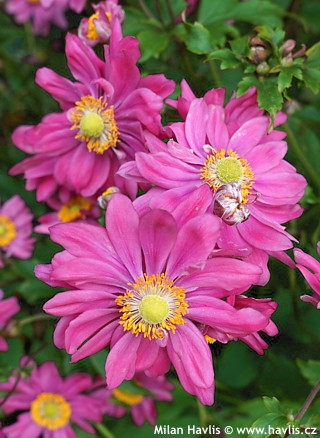
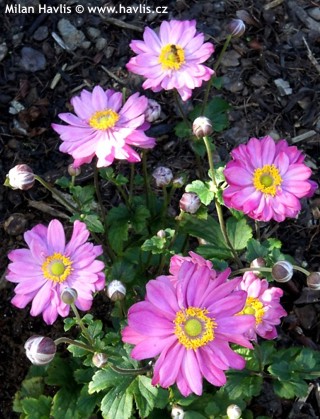
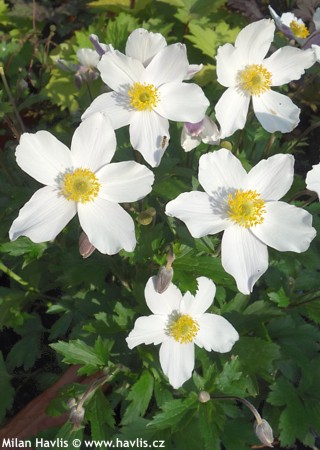
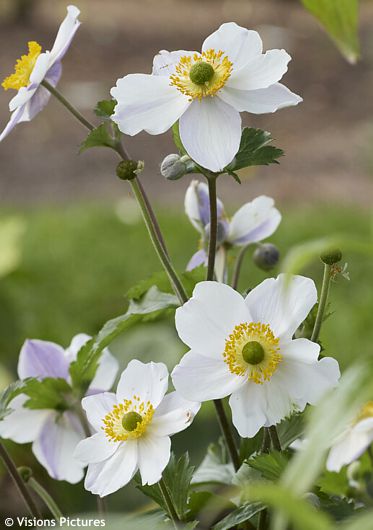
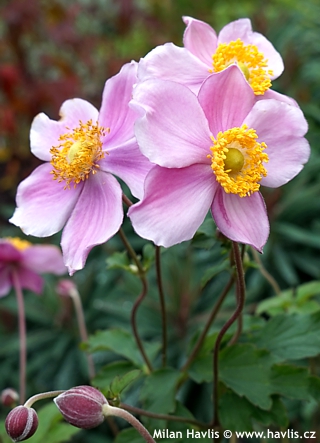
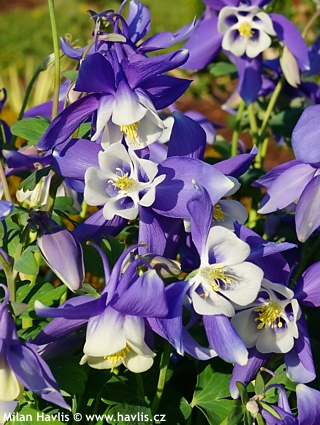
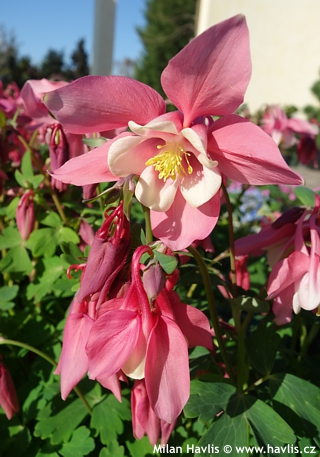
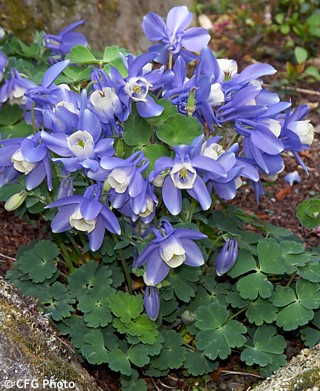
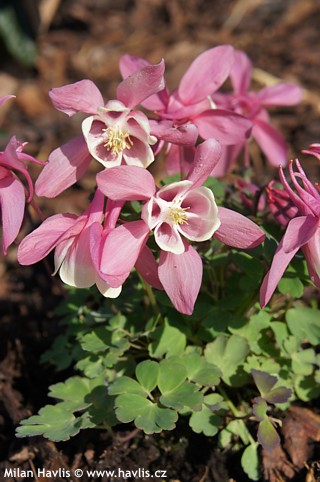

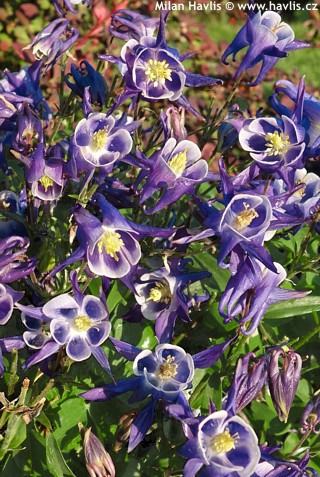
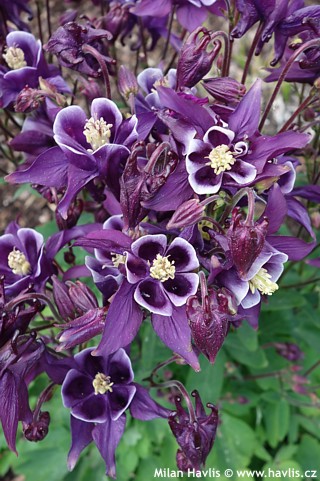
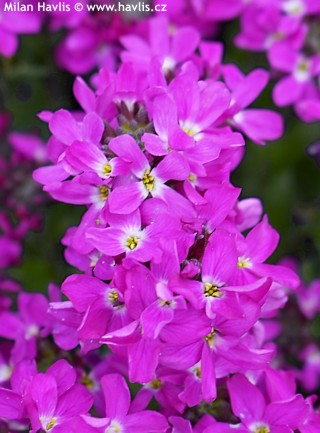
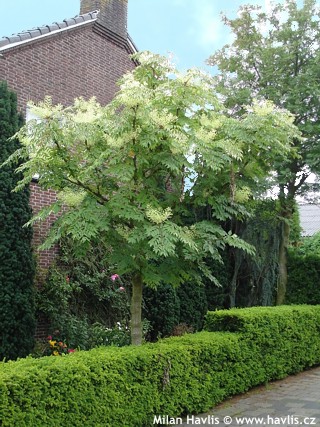
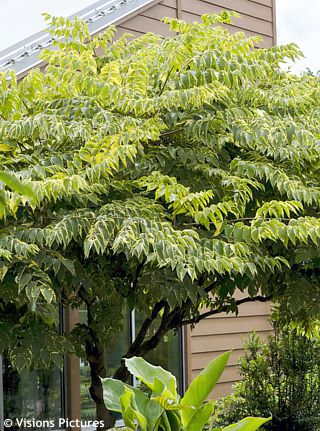
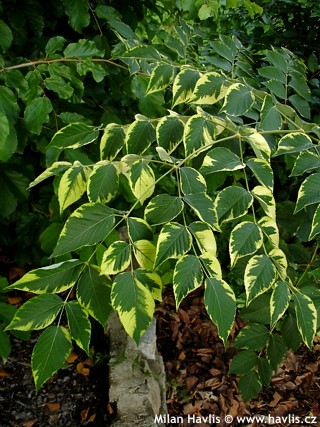
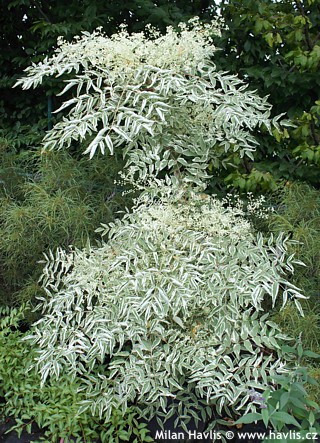
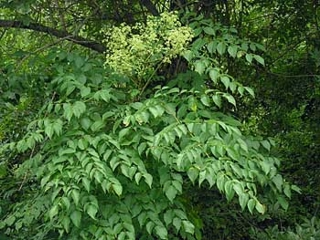
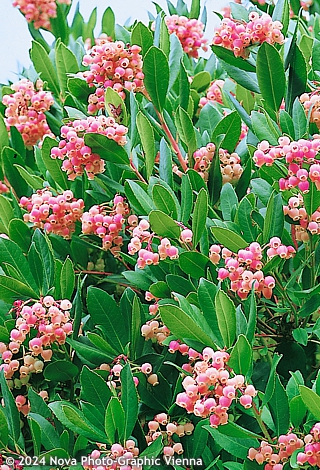
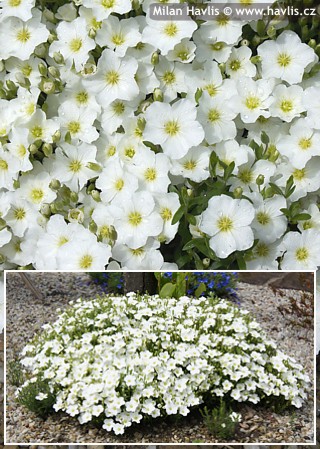
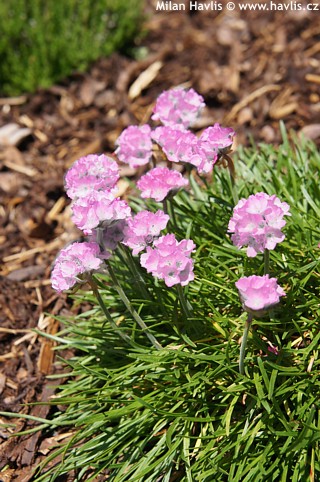
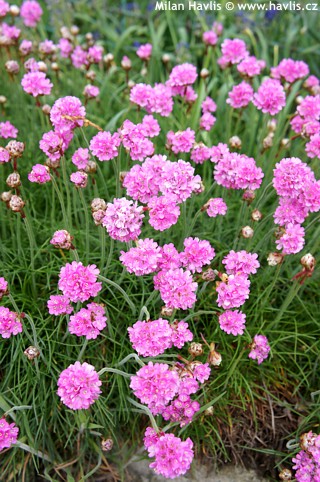
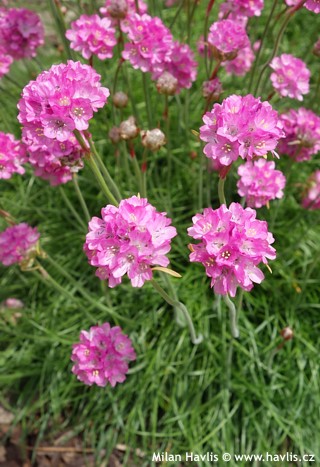
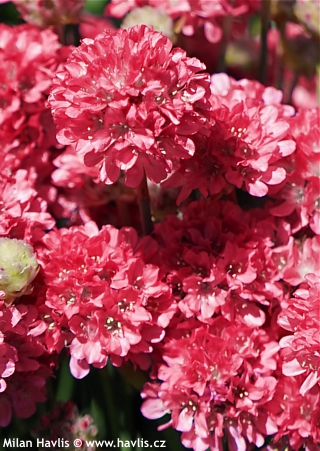
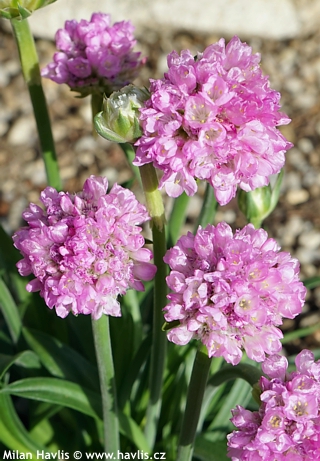
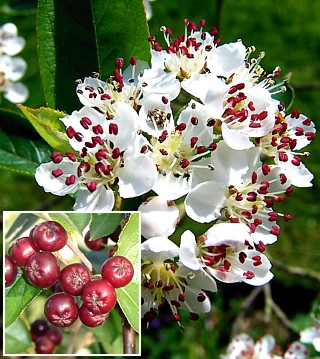
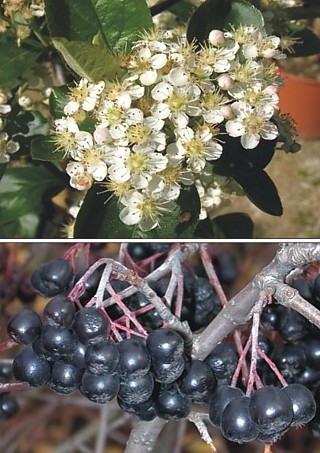

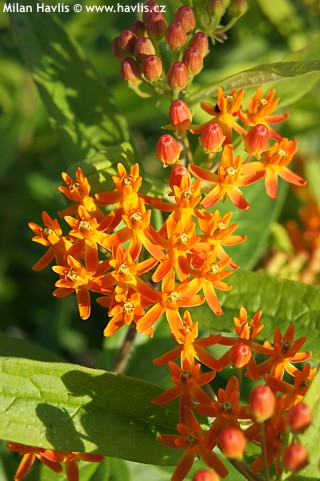
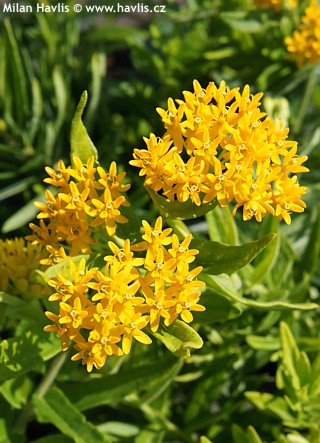
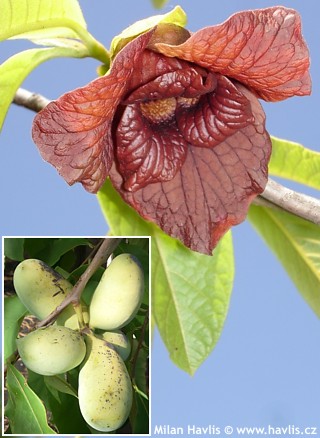
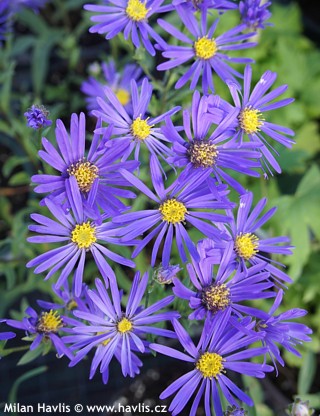
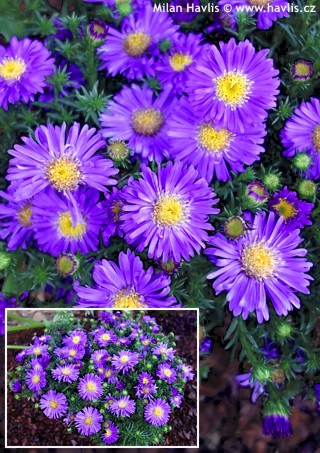
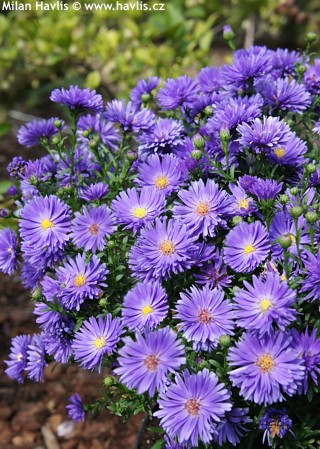
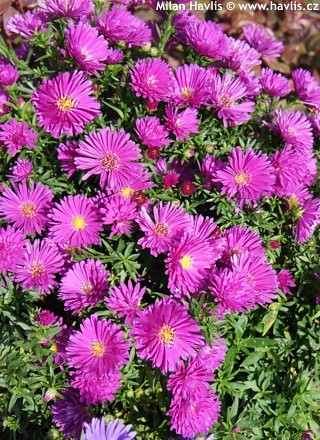
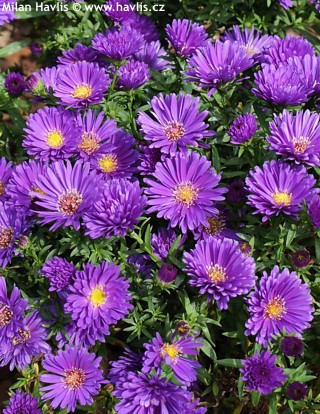
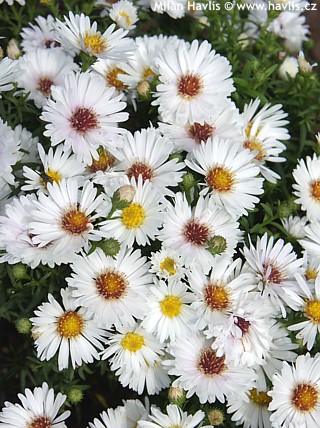
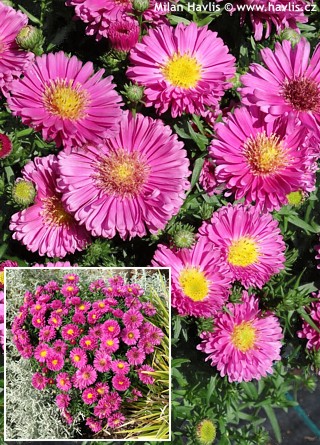
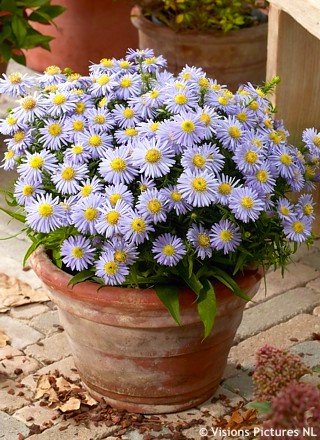
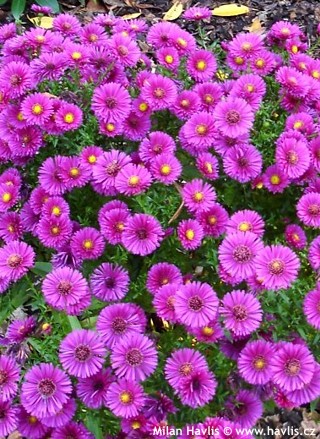
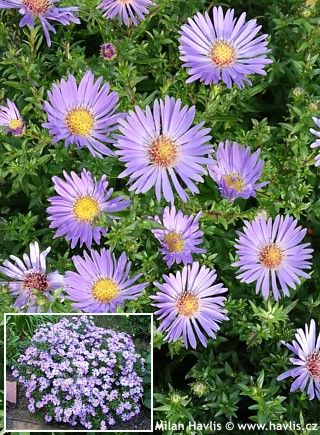

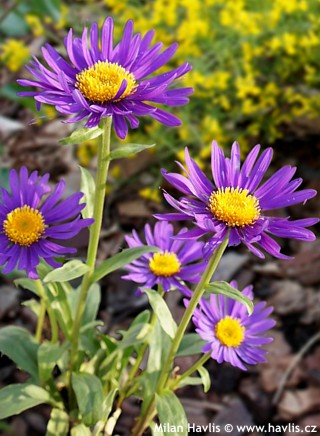

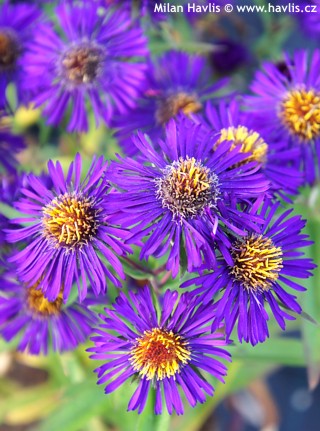
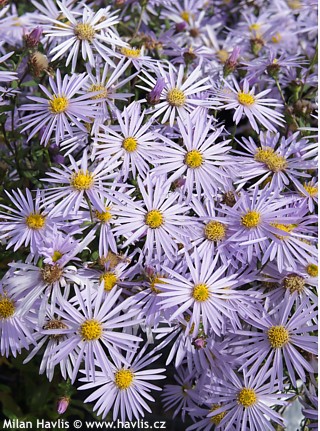
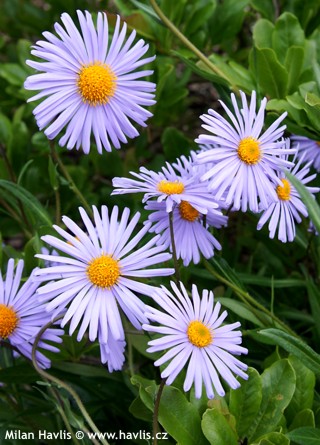
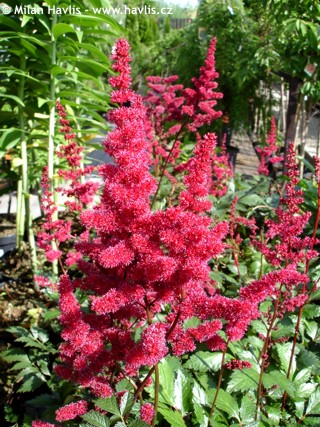
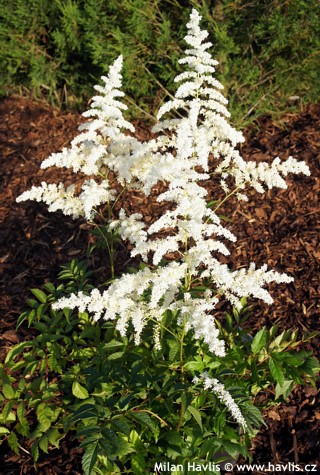
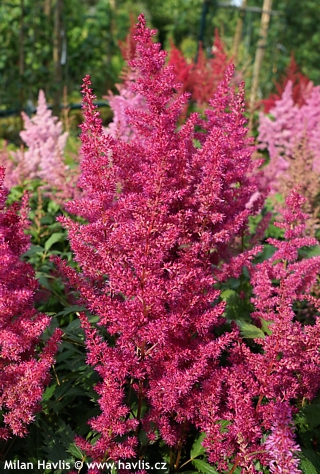
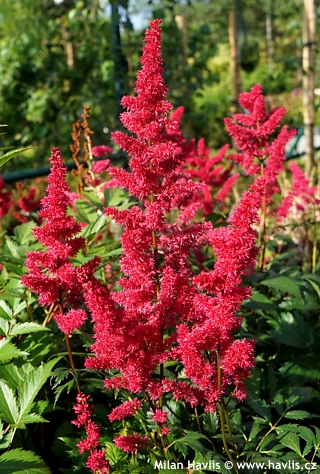
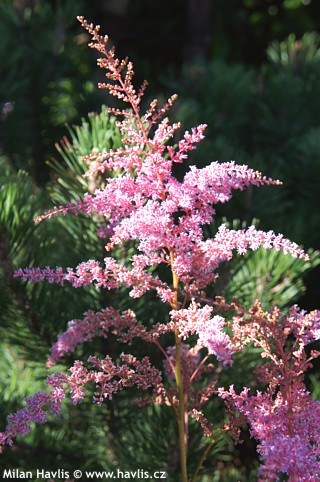
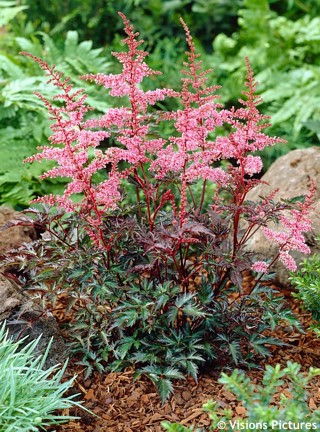
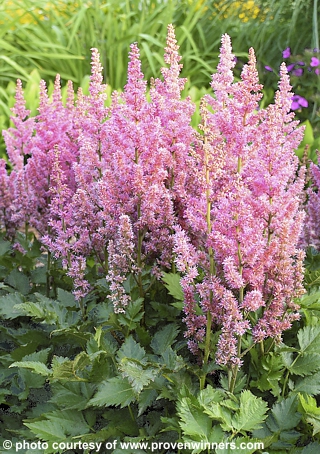
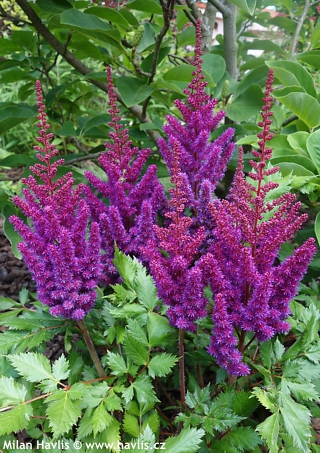
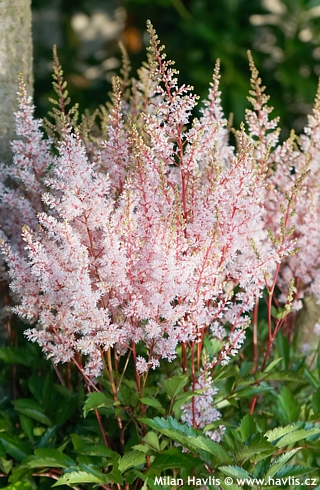
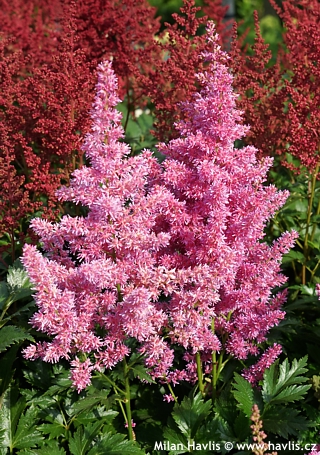
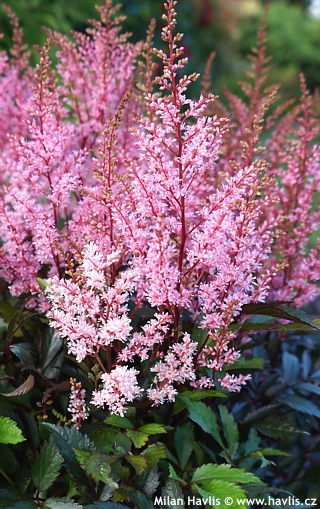
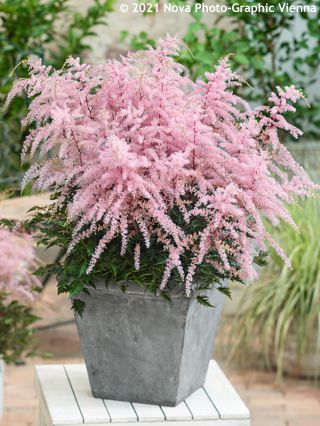
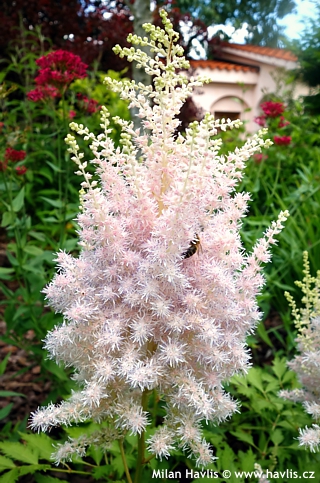
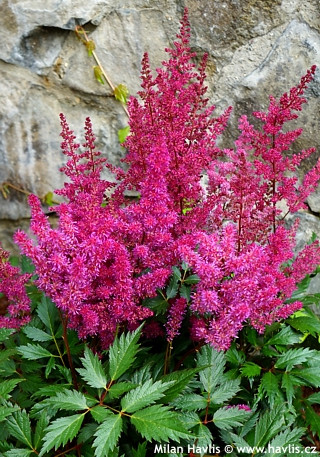
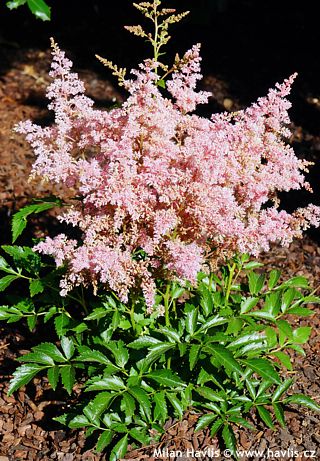
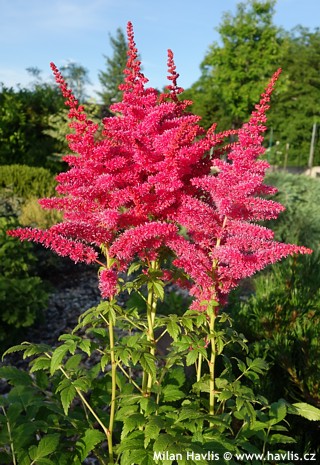
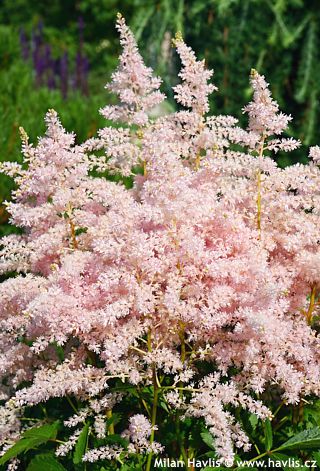
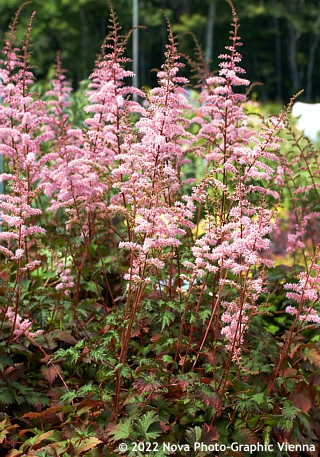
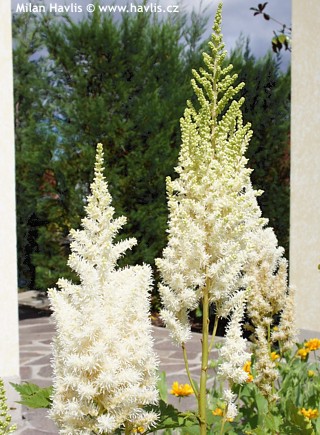
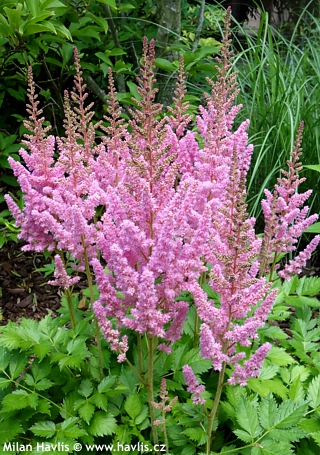
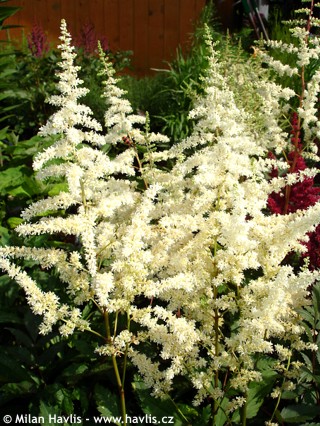
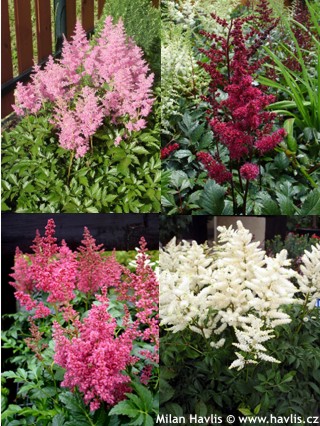
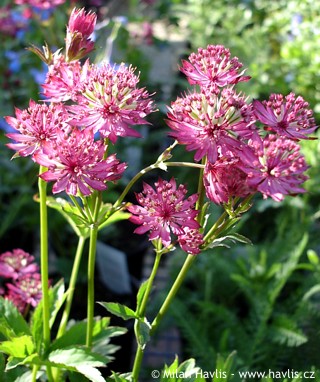

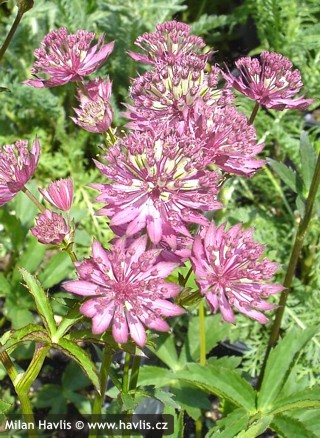
.jpg)
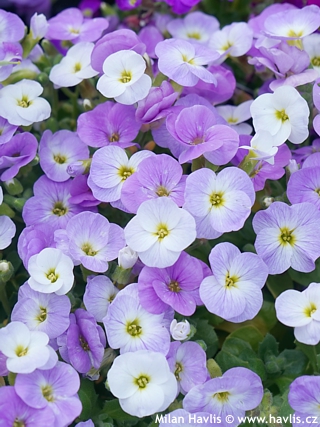
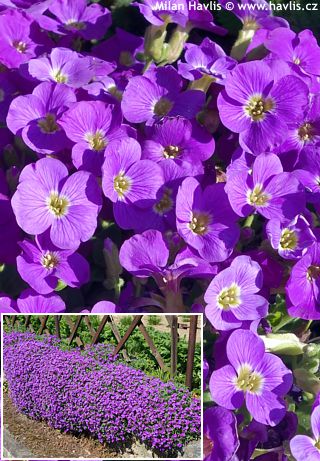
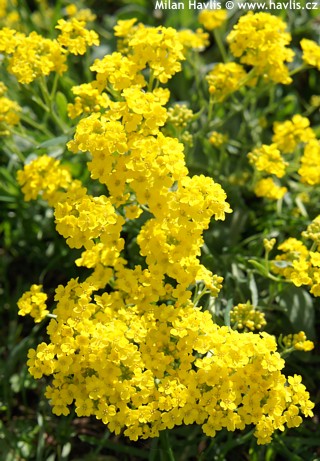
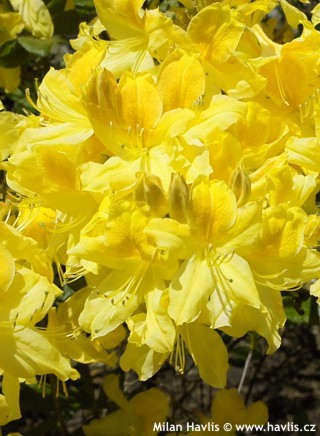
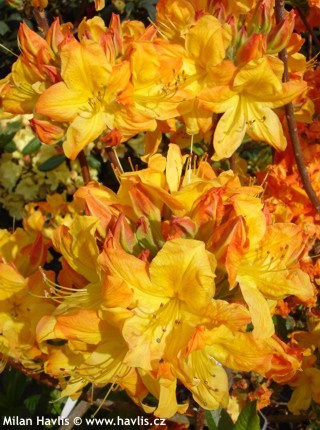
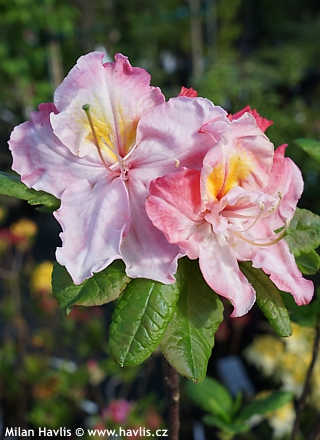
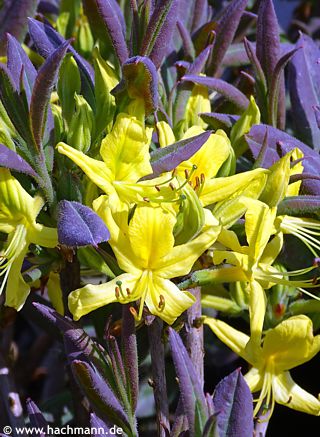
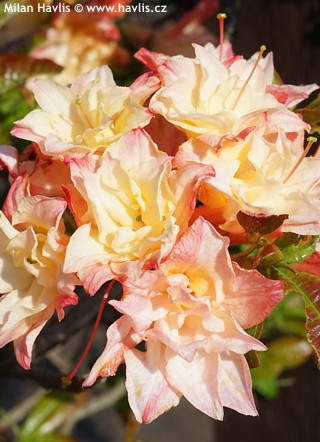
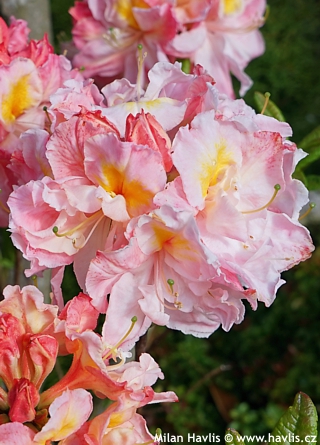
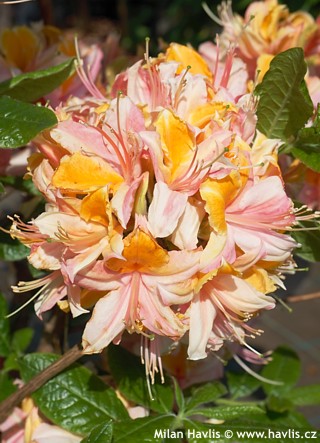
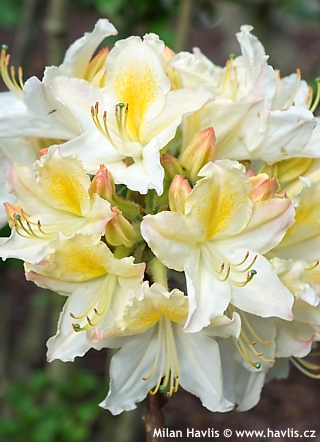
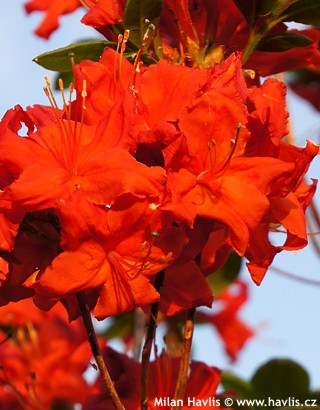
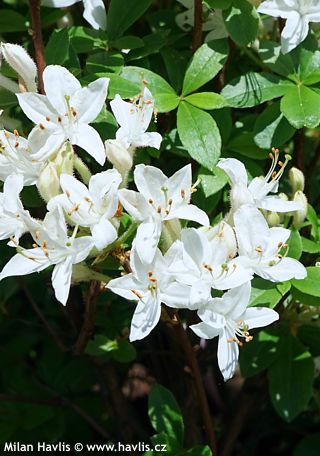

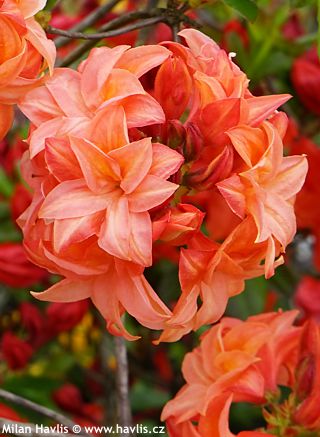
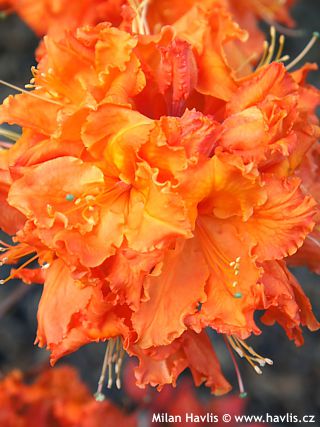
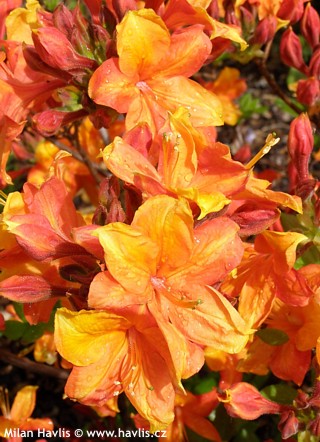
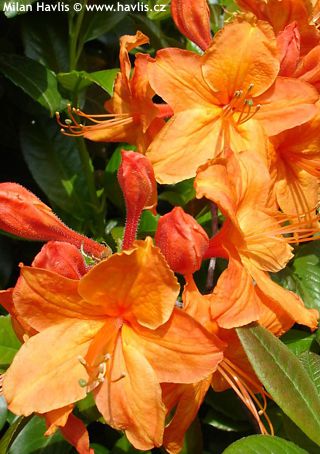
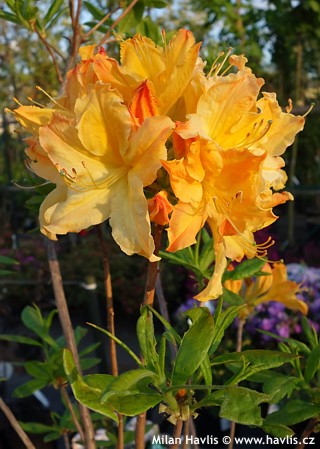
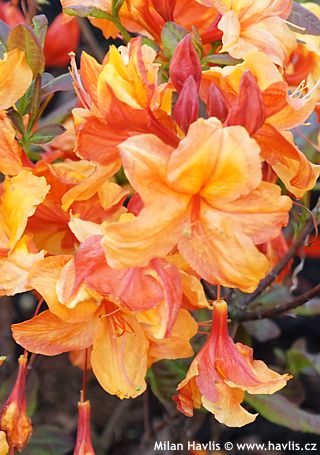
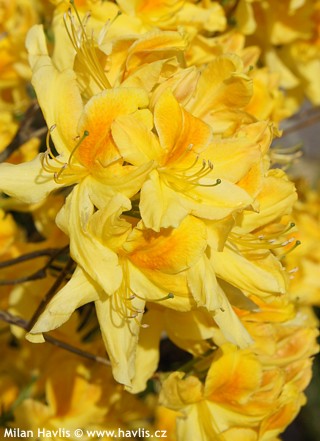
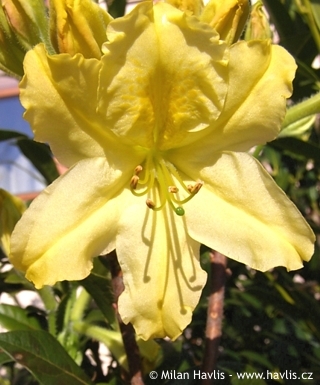
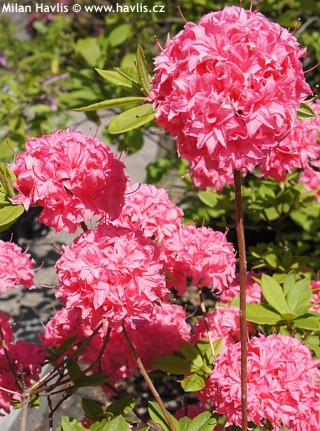
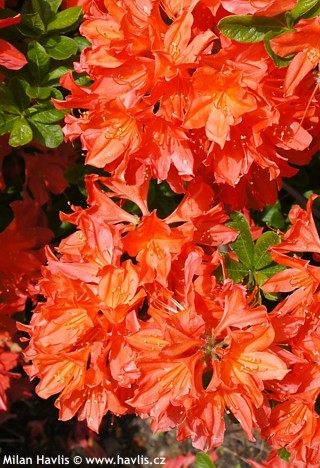
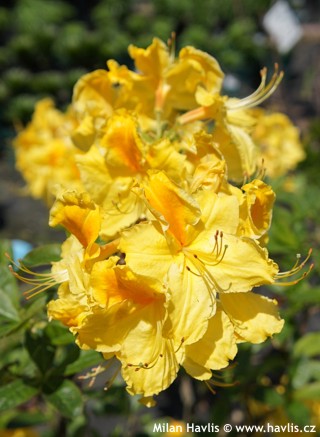
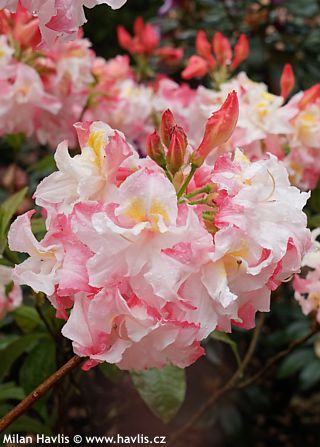
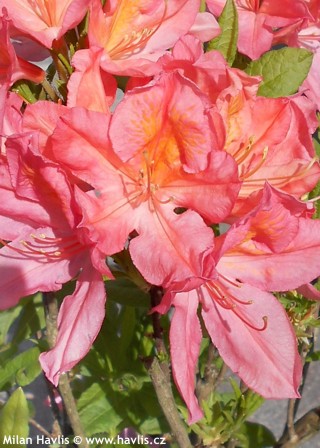
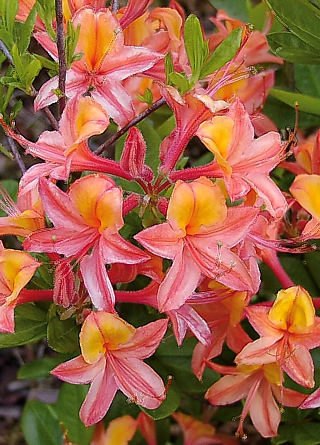
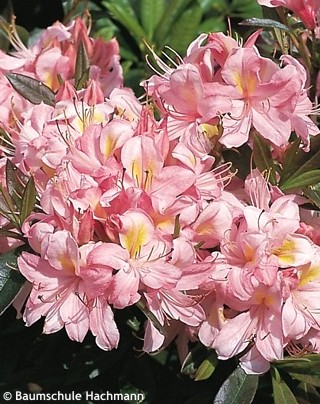

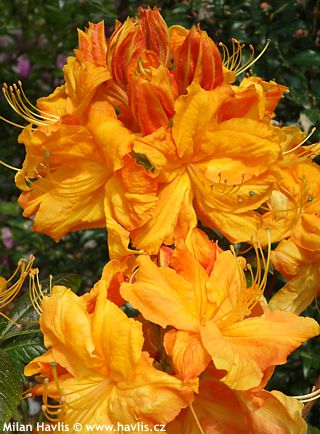
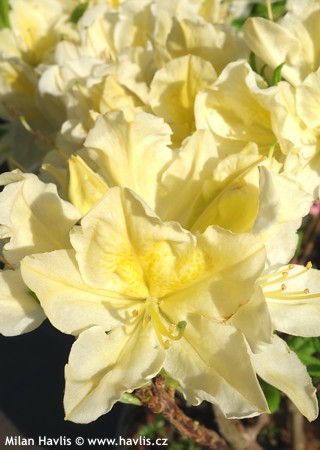
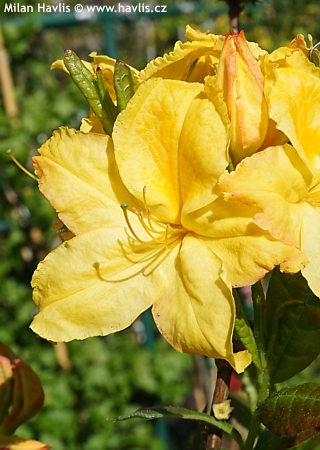
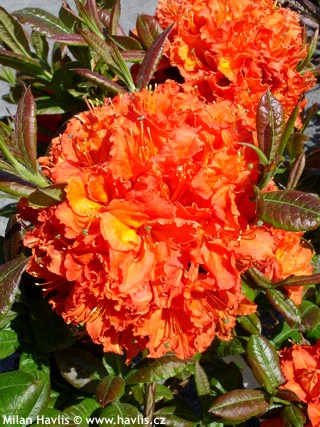
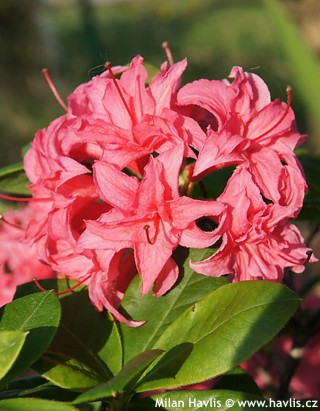
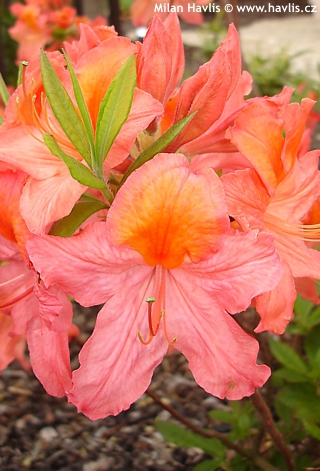
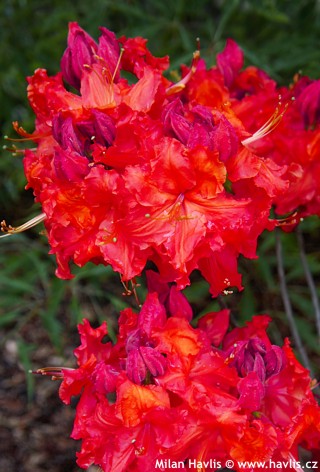
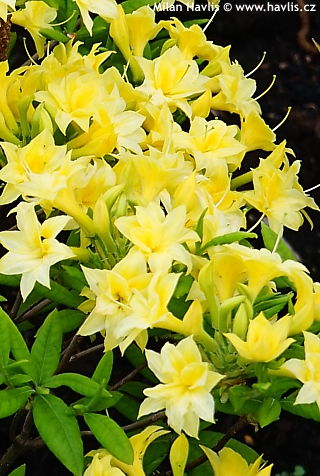
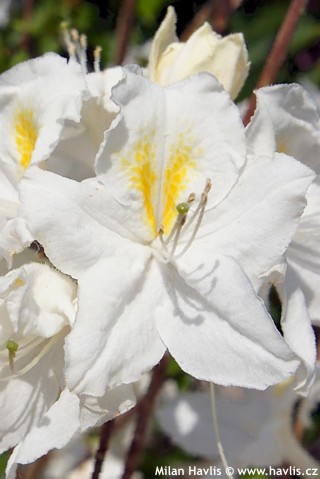
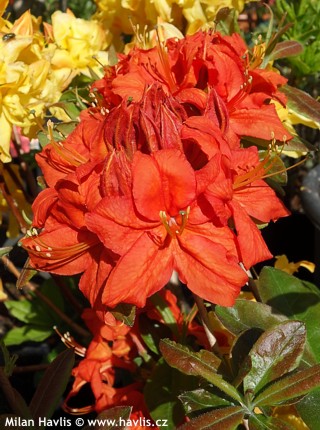

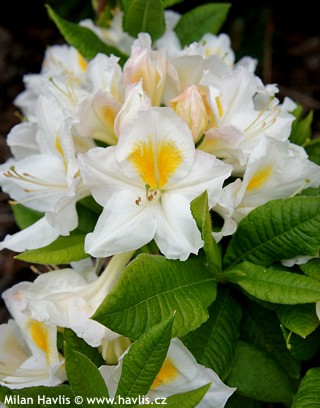
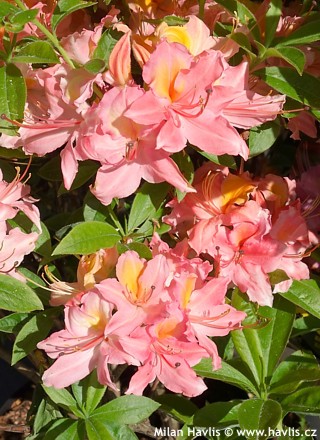
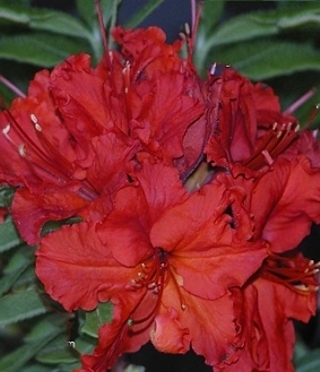
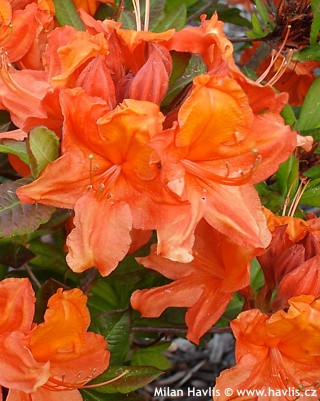
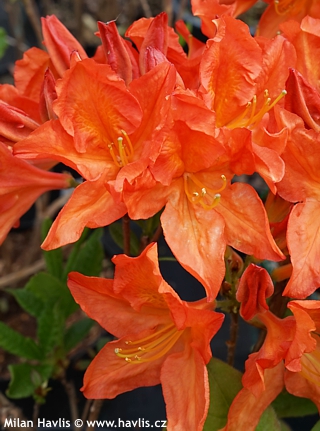
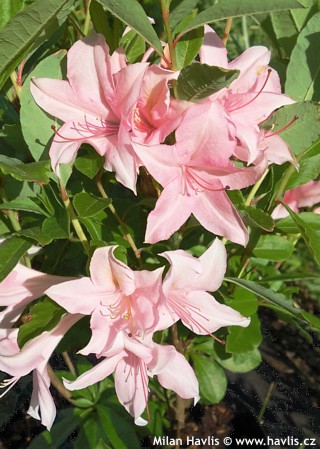
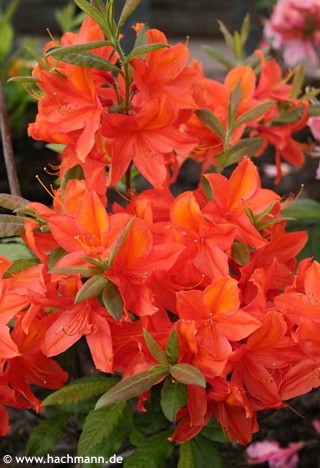
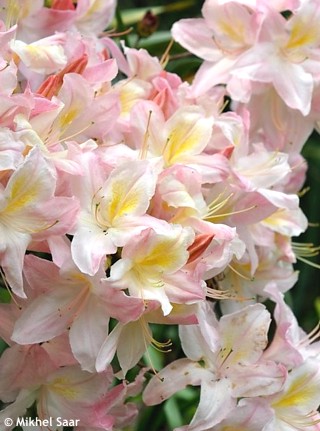

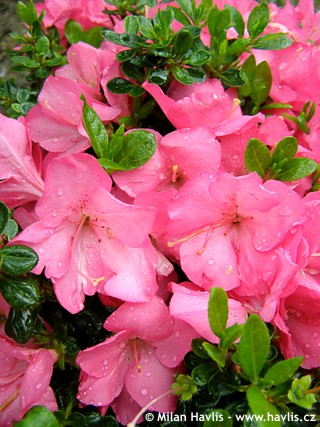

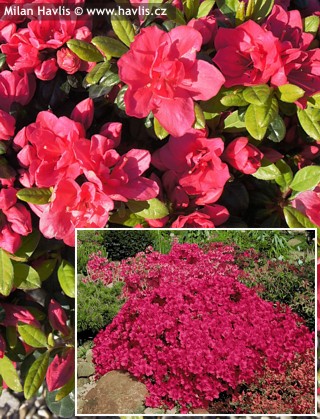
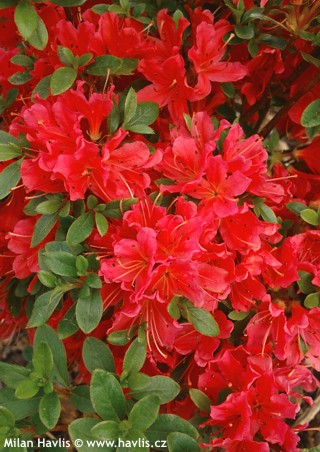
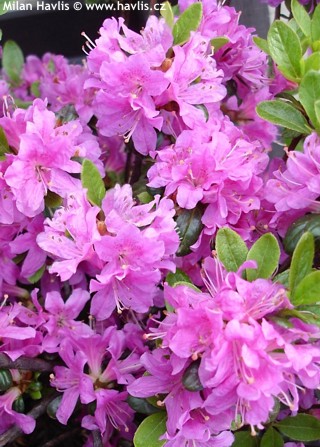
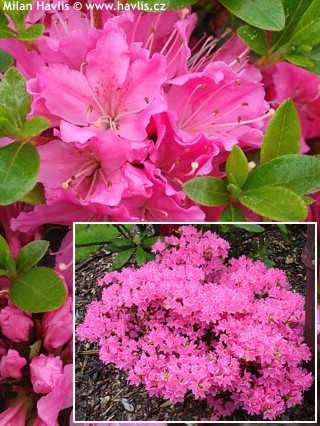
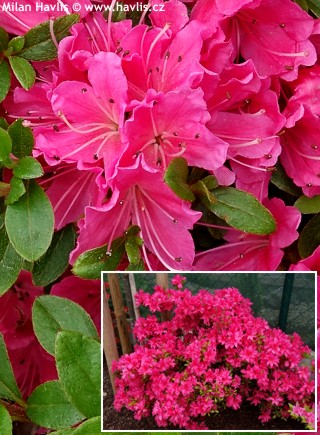
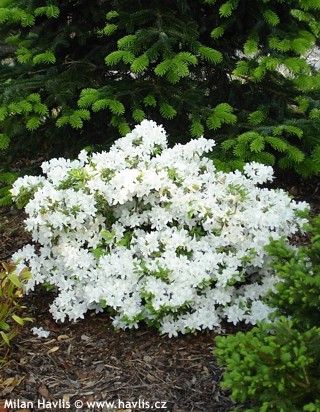
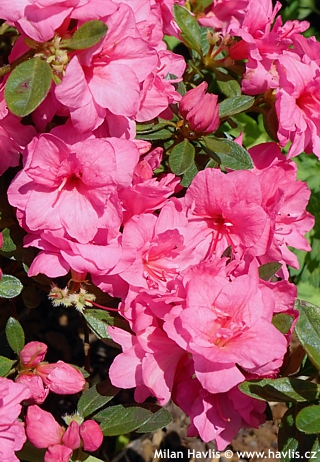
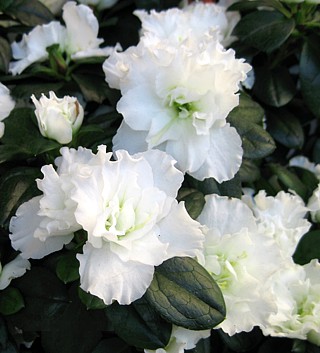
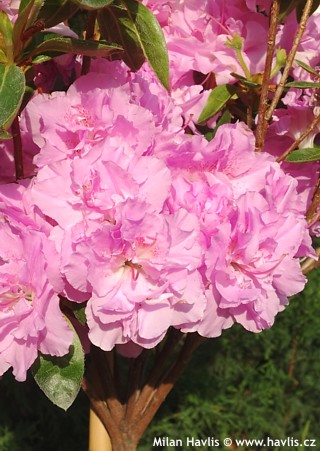
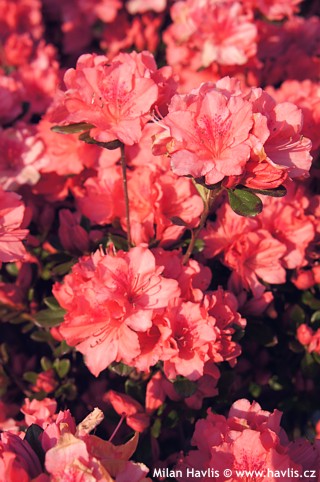
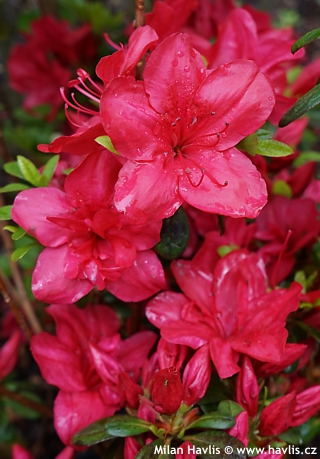

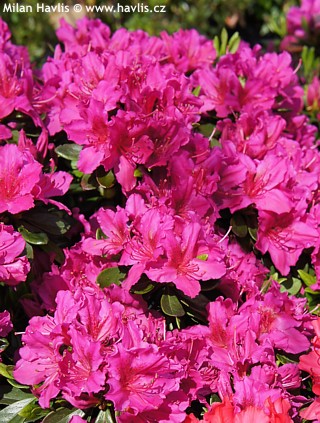
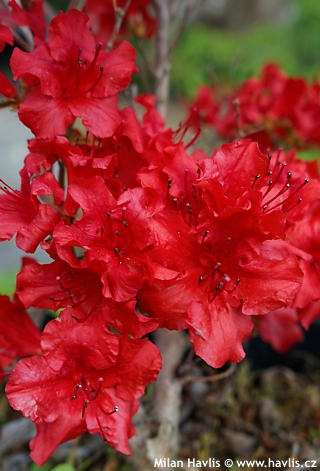
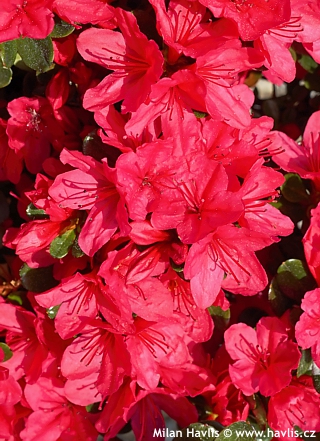
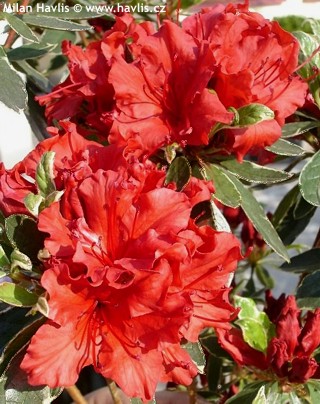
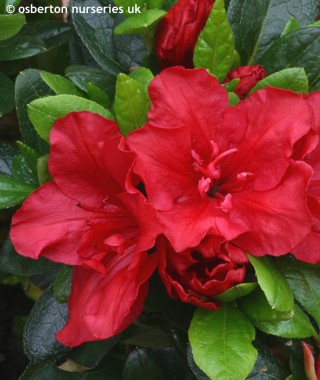
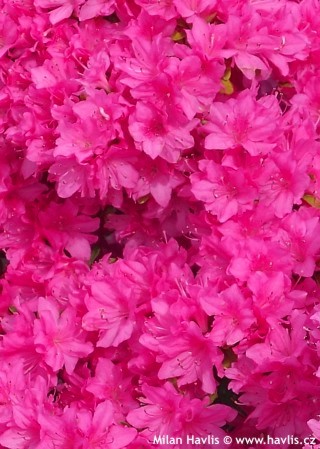
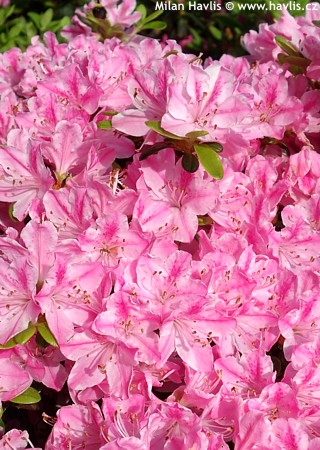
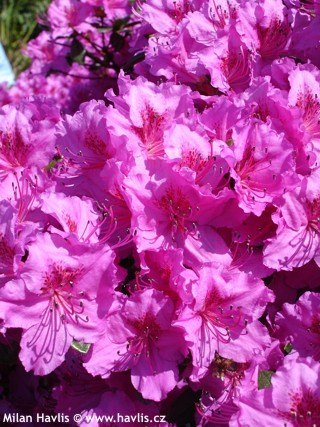

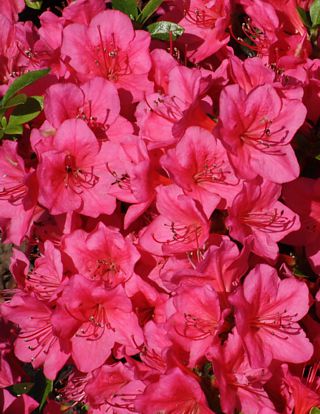
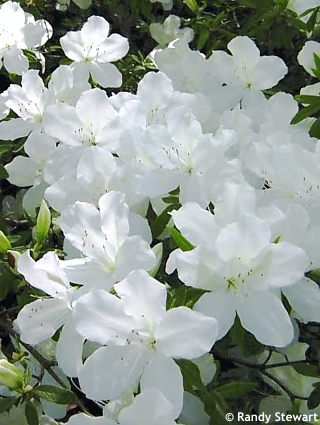
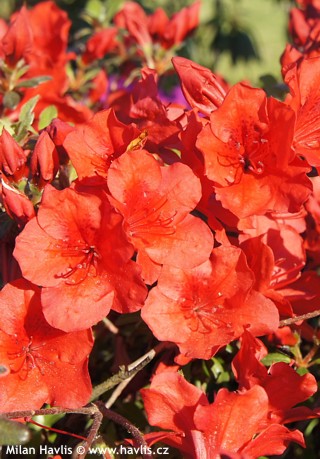
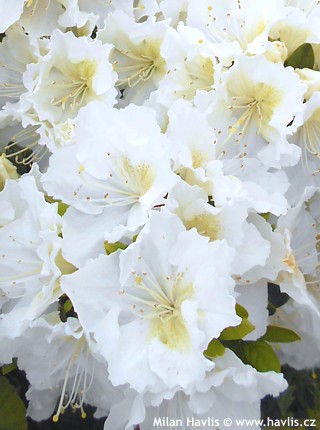
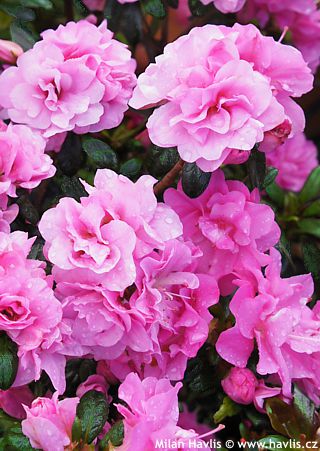
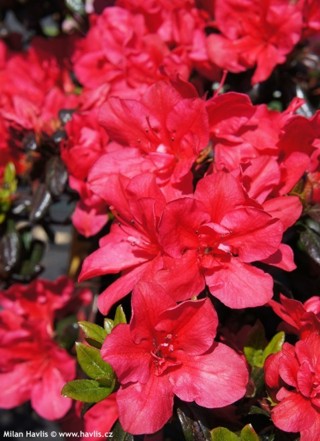
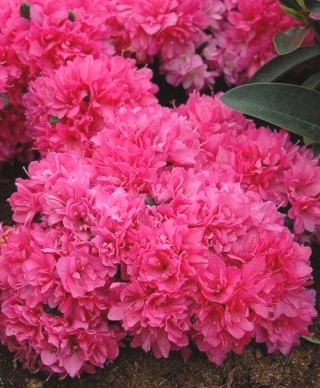
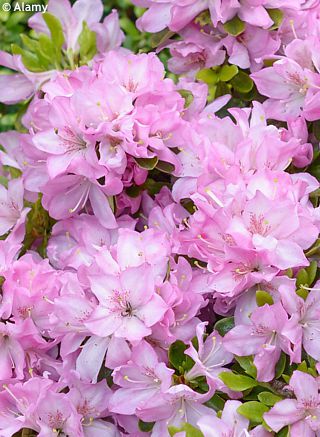
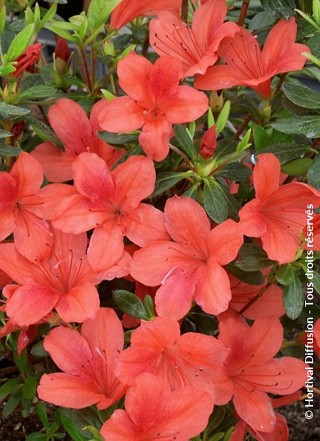

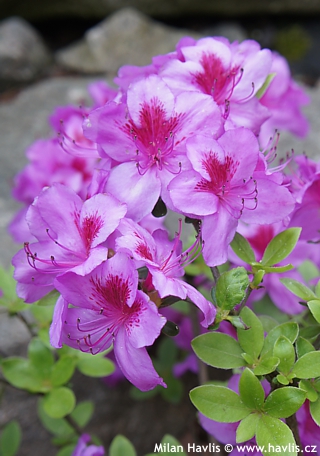
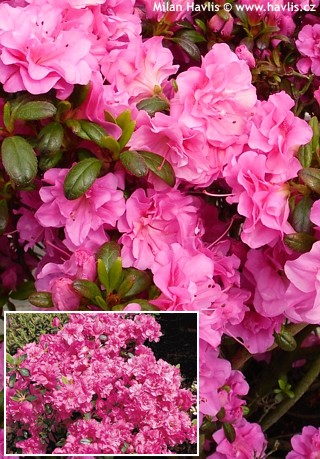
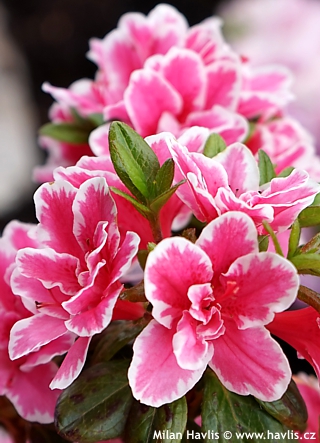
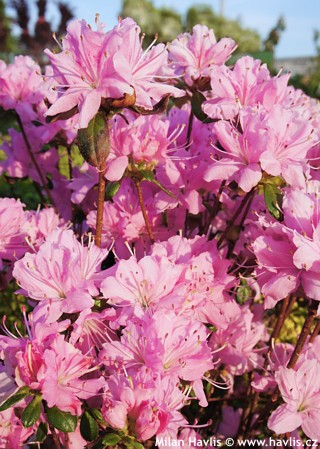
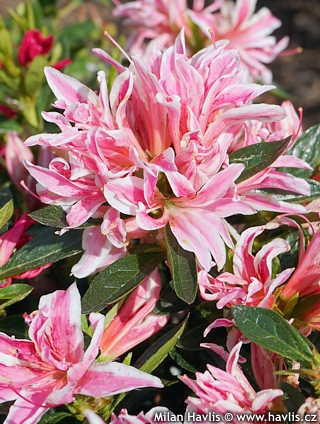
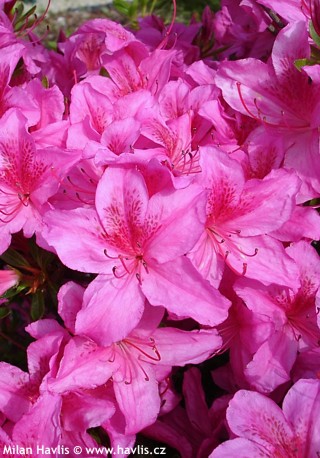
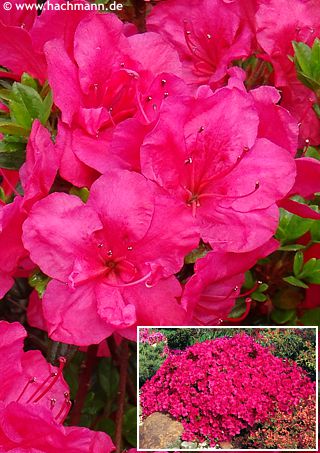
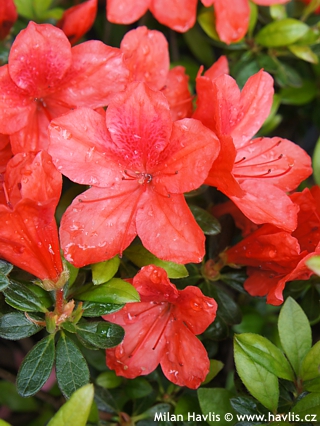
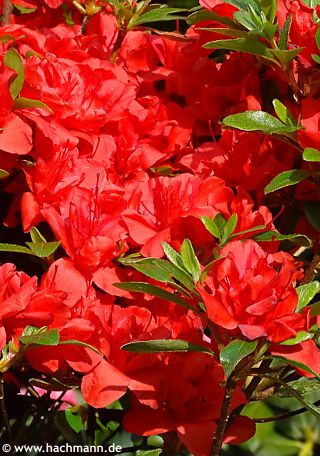
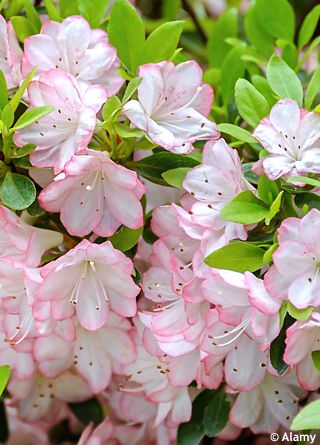
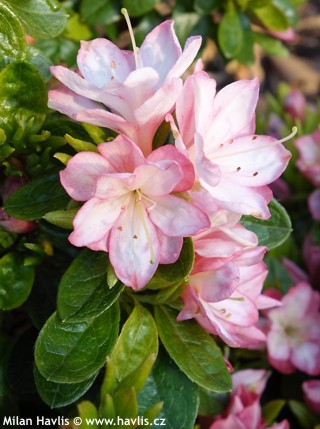
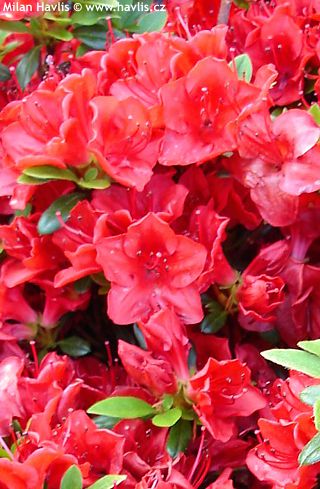
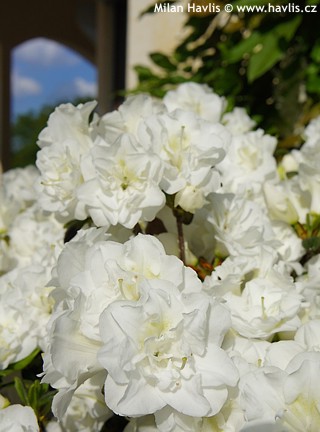
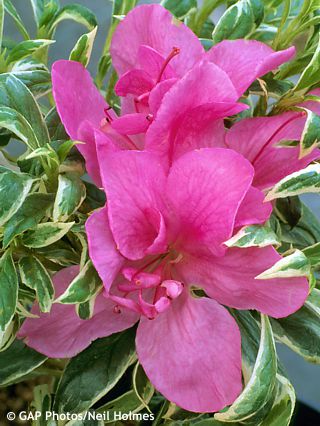
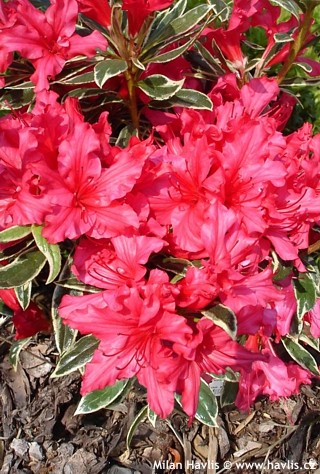
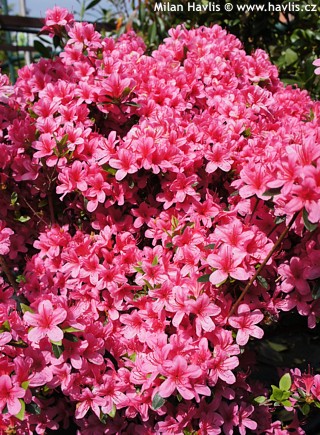
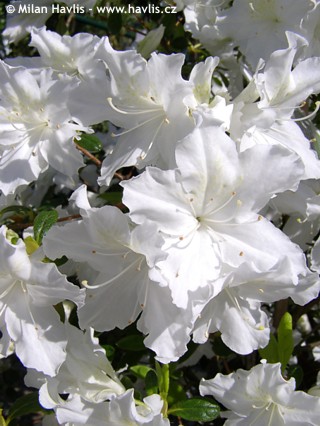
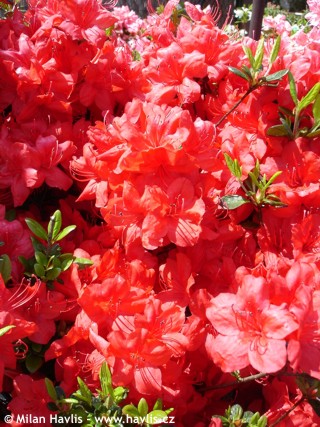
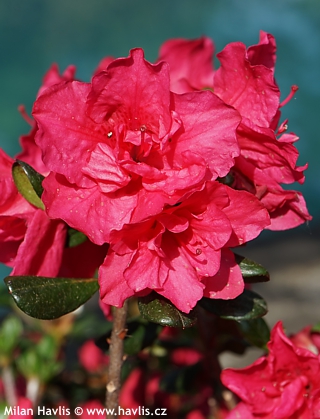
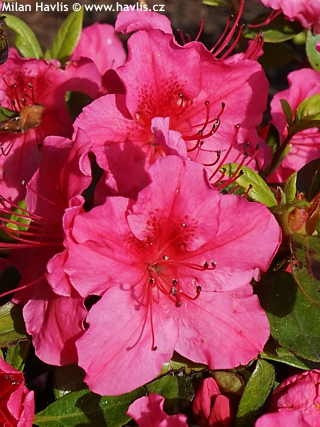
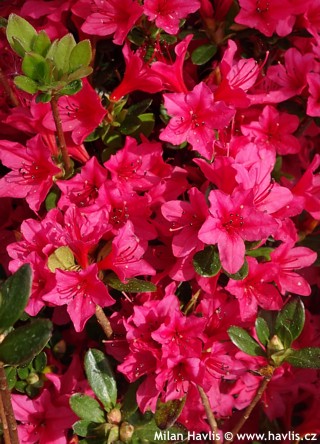
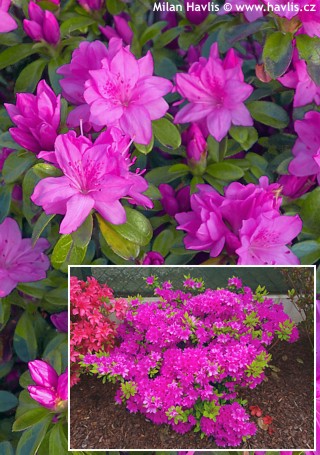
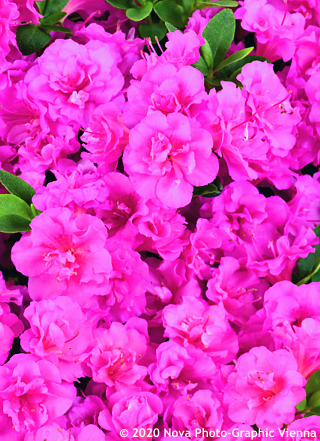
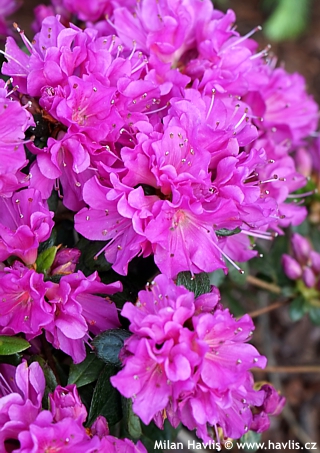
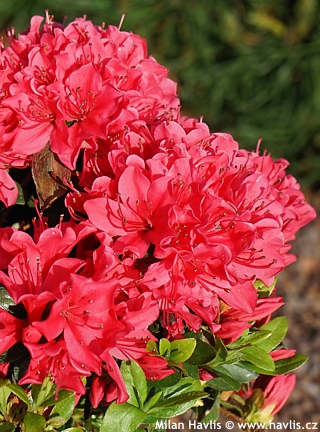
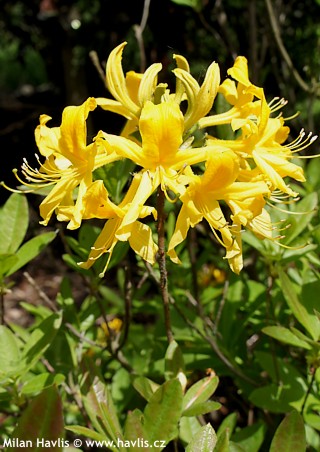
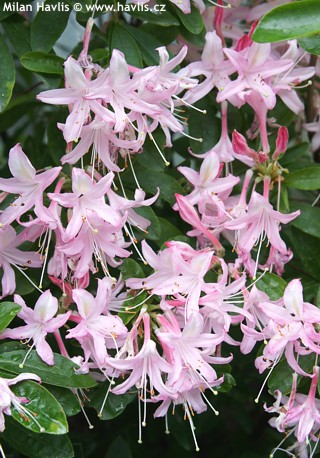
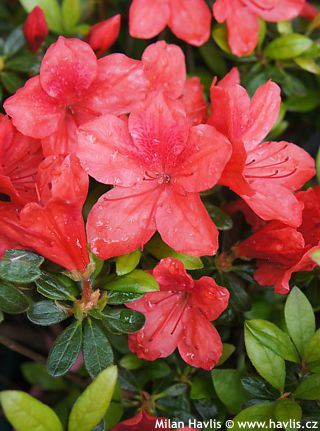
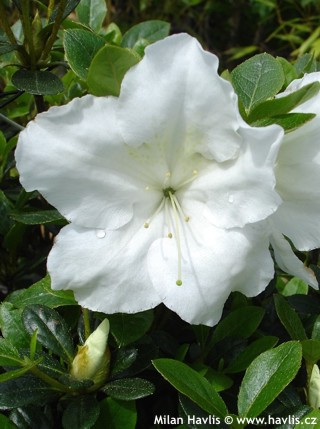
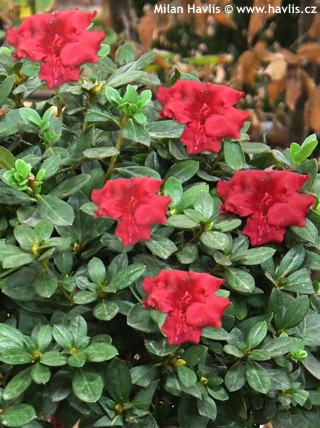
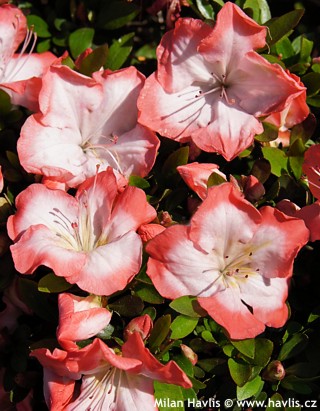
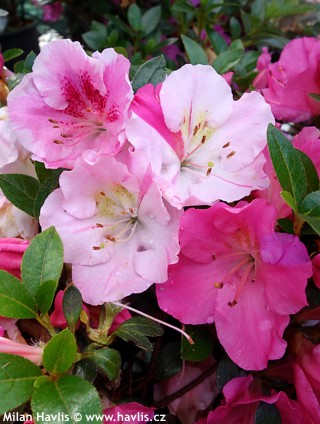
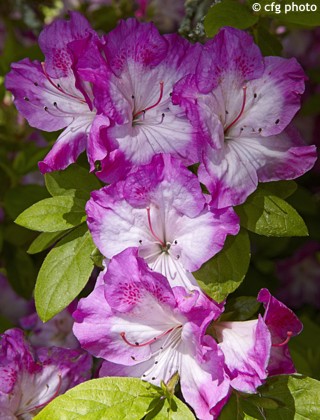

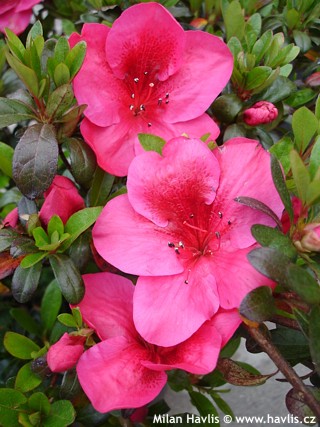
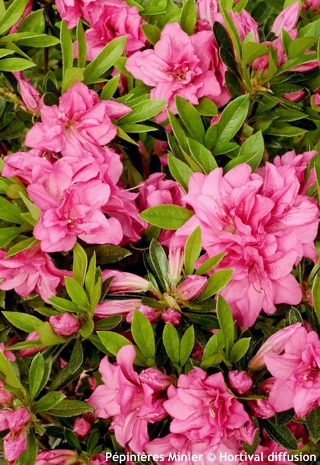
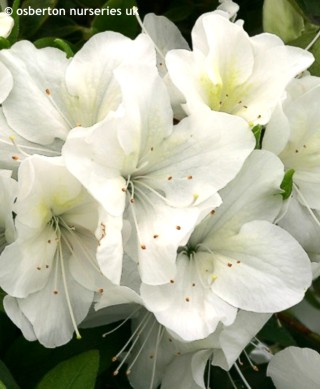
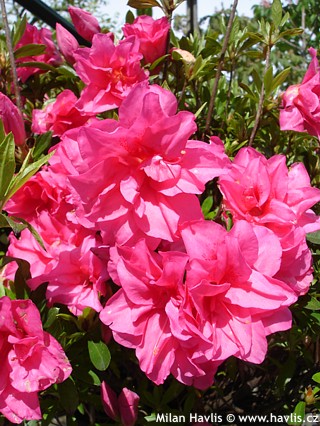
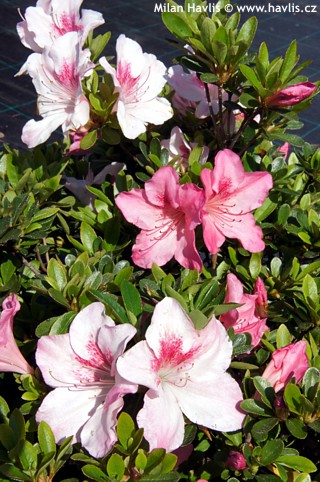
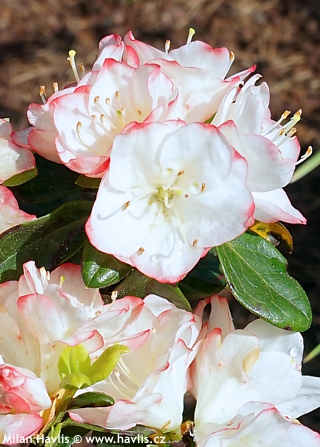

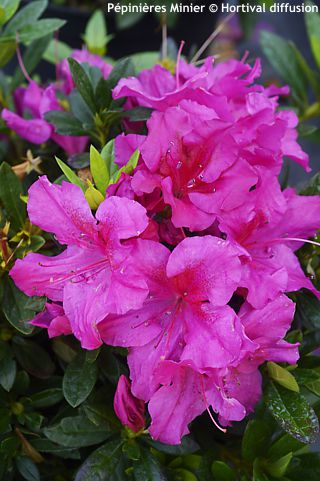
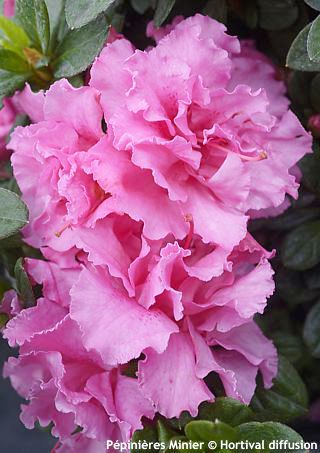

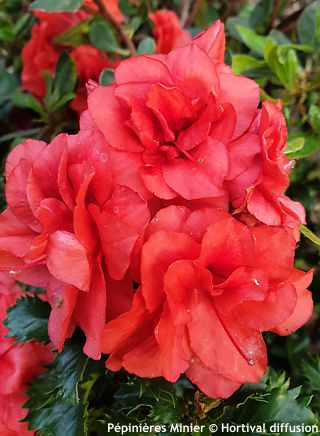
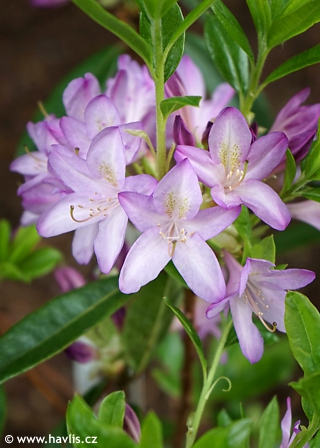
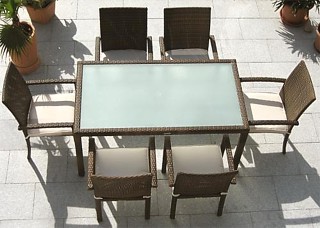
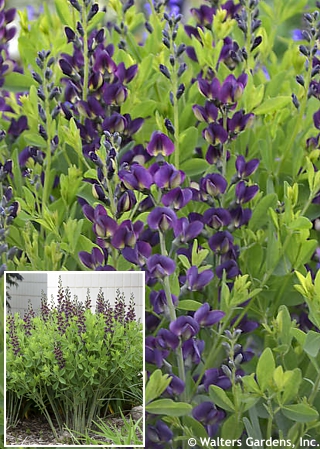
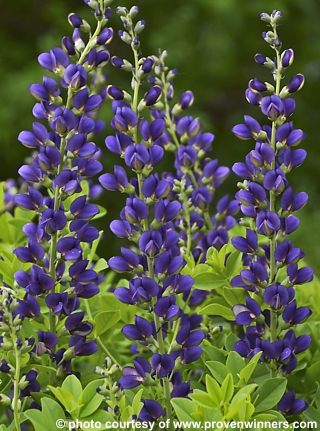
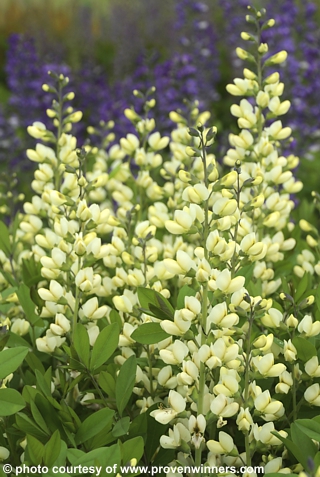
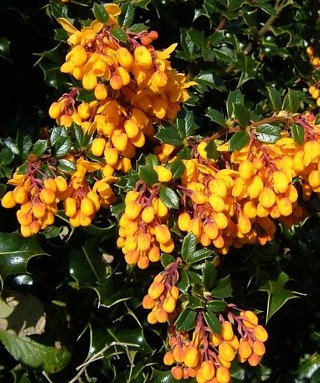
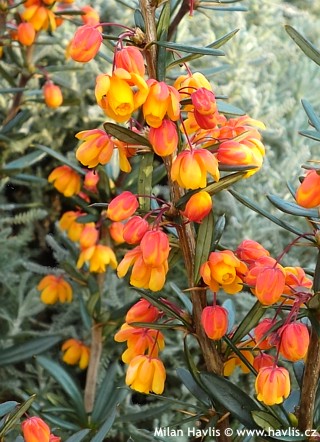
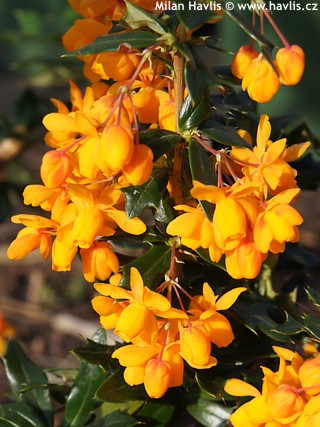
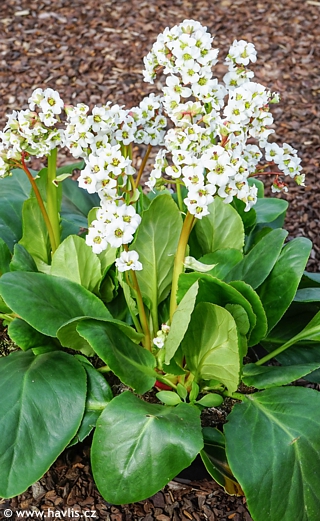
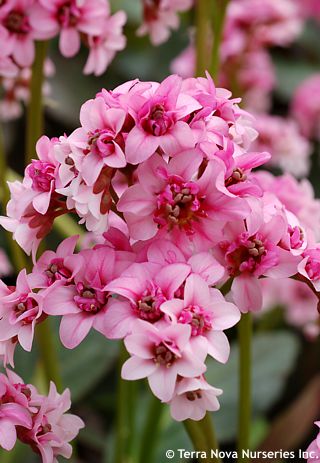
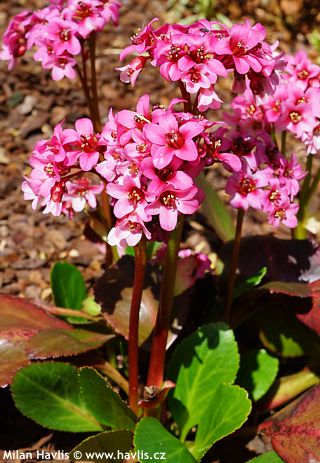
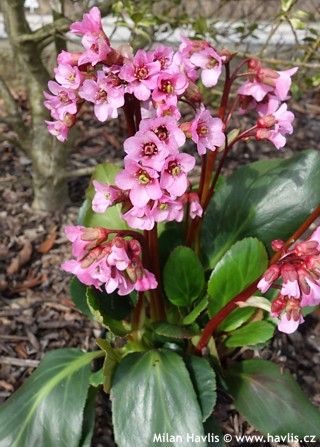
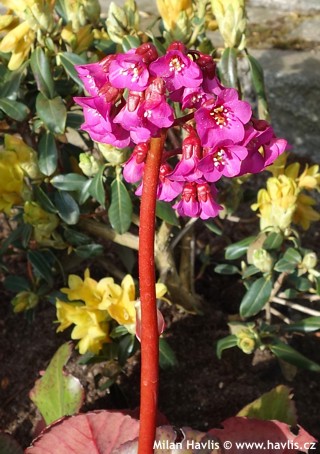
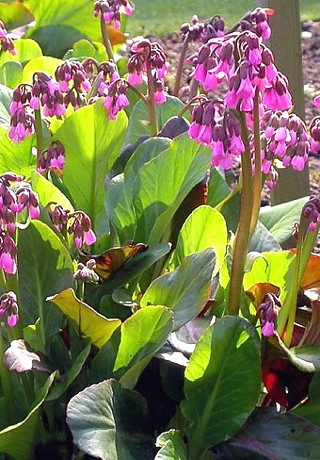
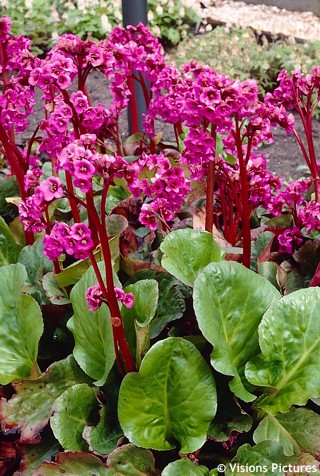
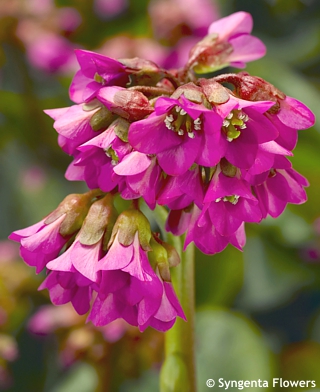
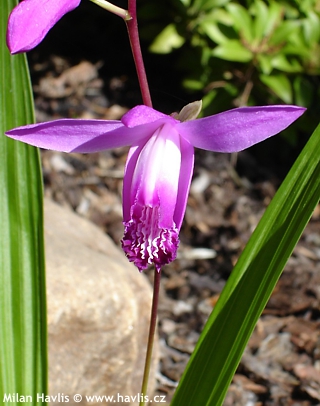
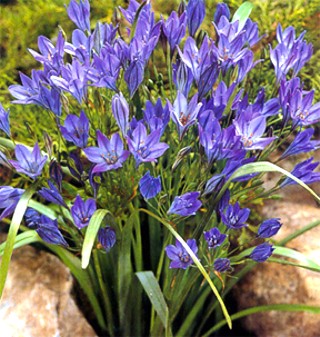
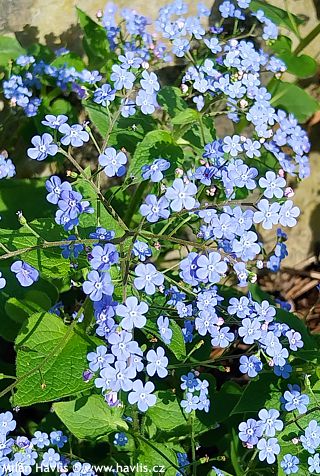
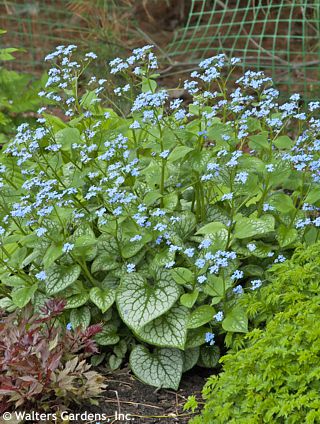
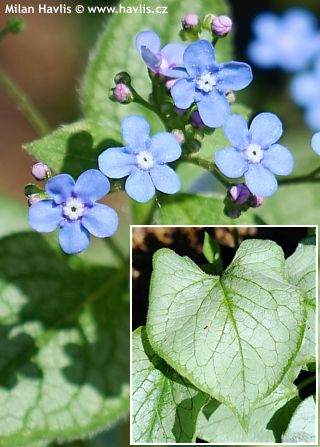
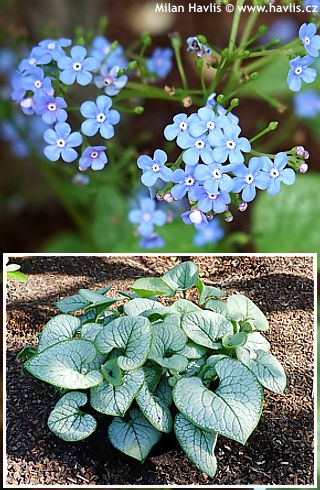
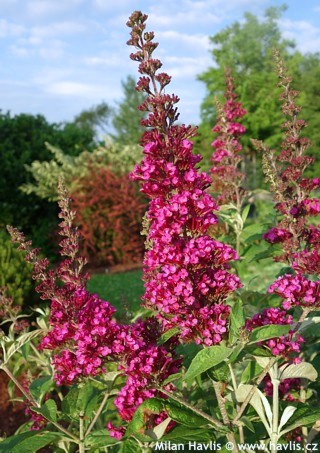
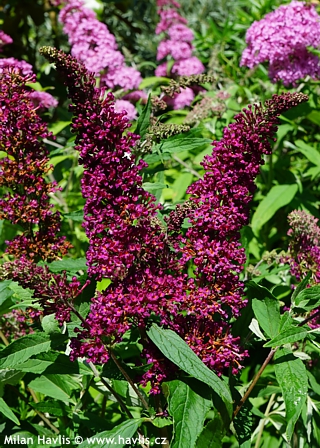
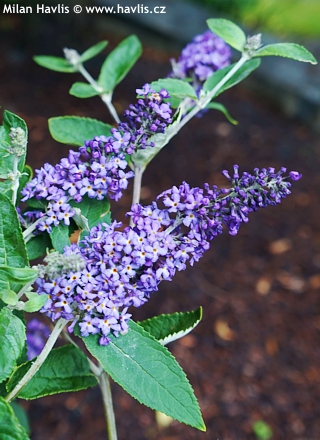
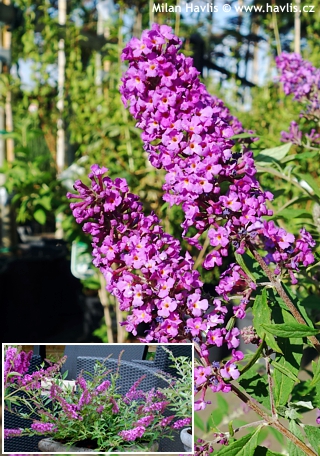
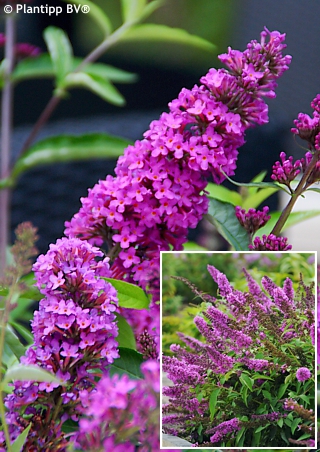
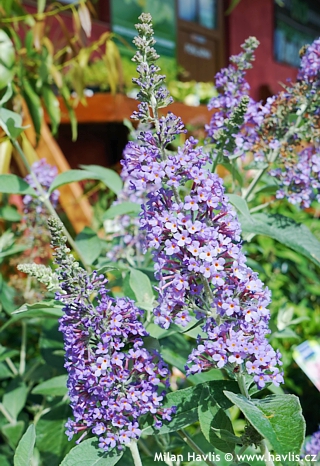
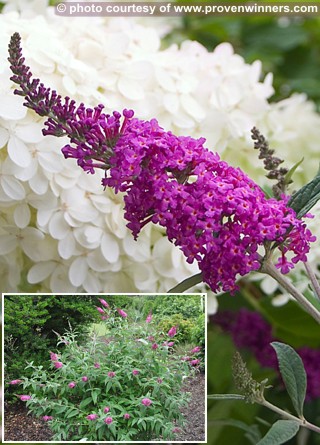
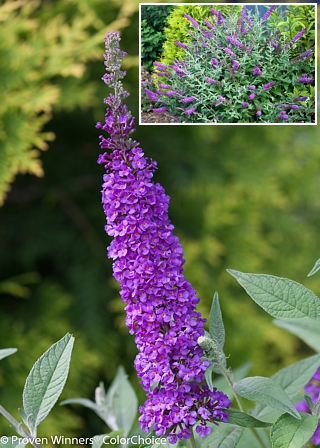
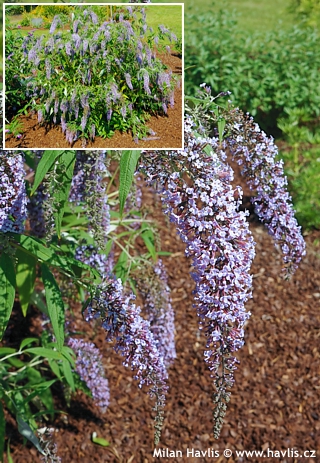
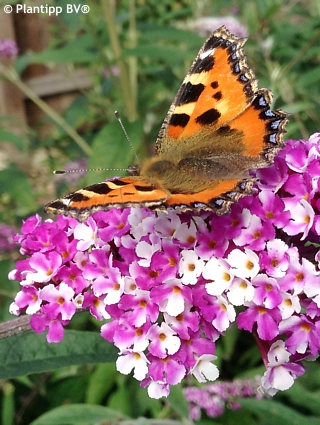
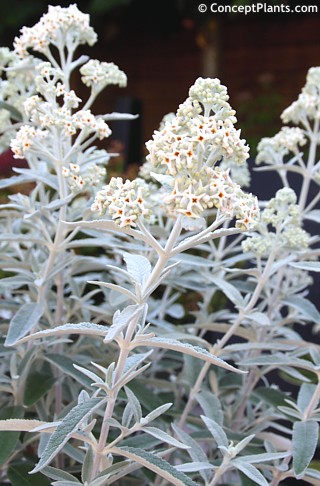
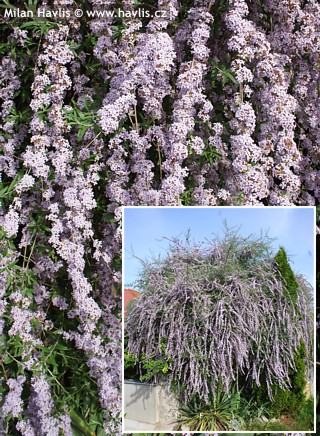
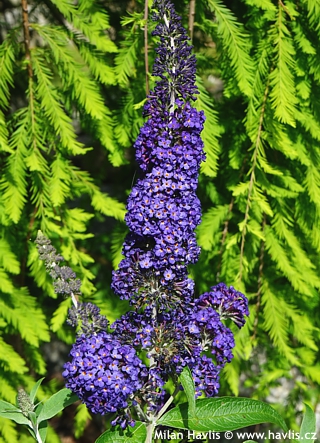
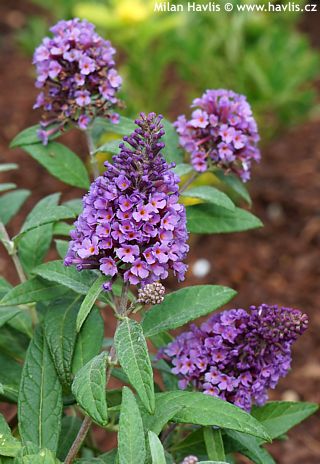
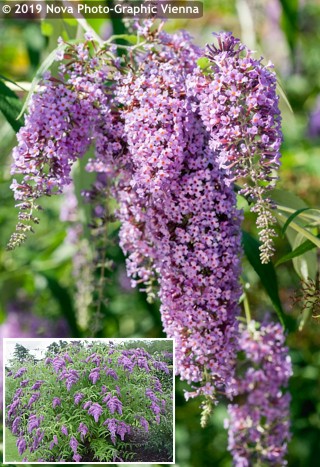
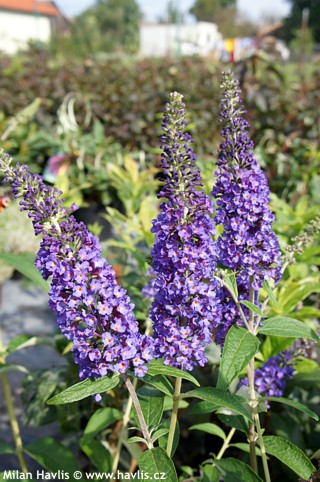
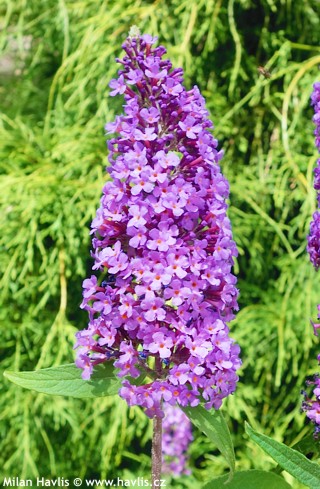
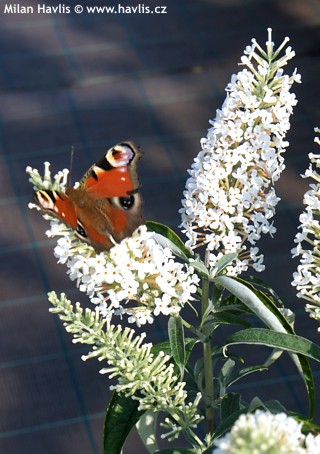
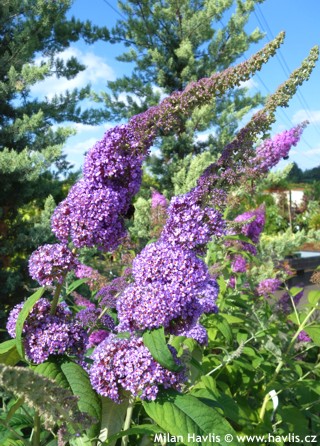
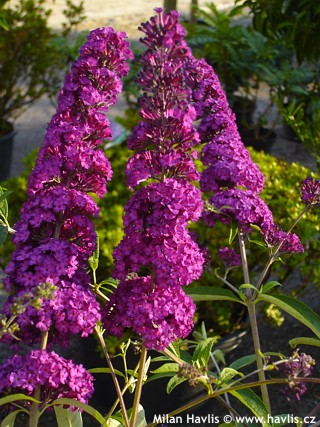
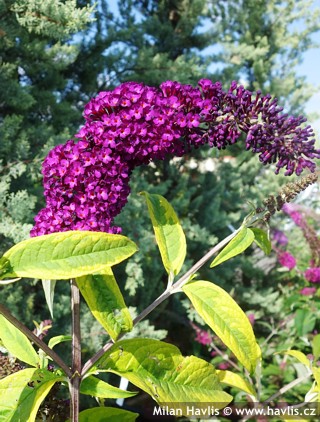
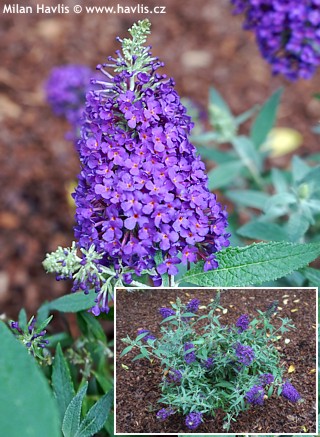
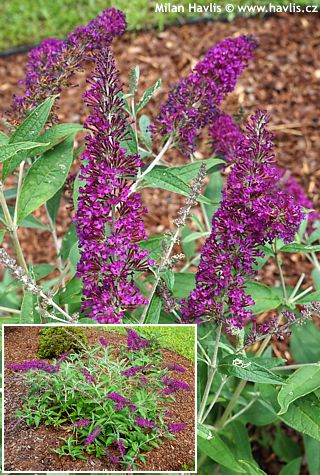
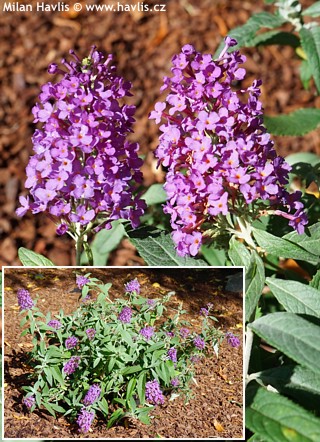
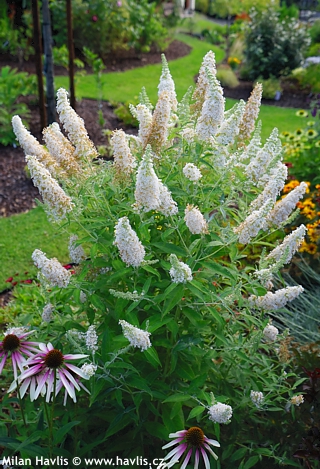

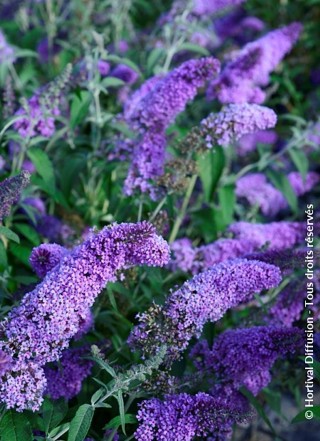
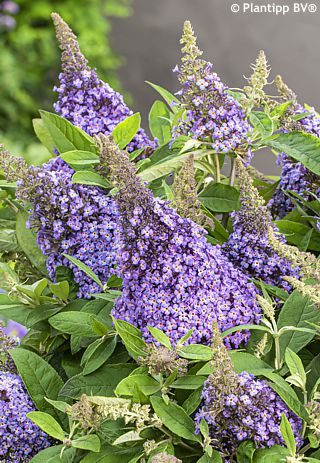
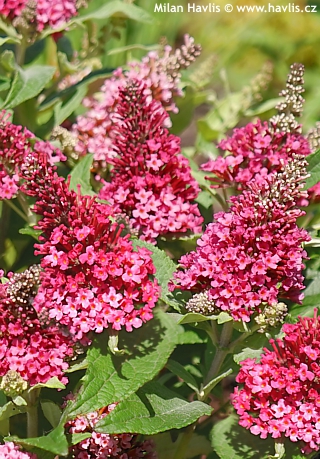
.jpg)
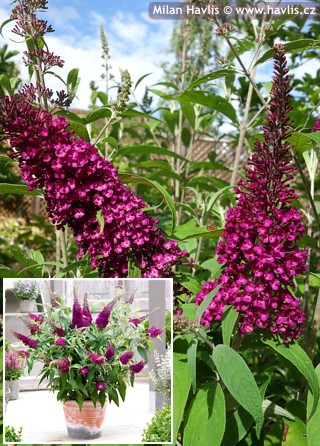
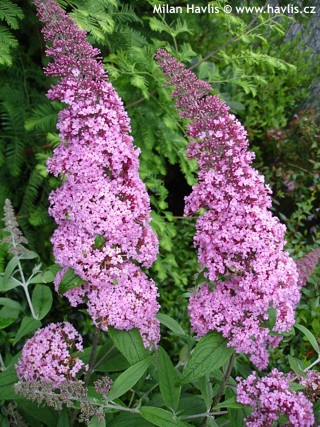
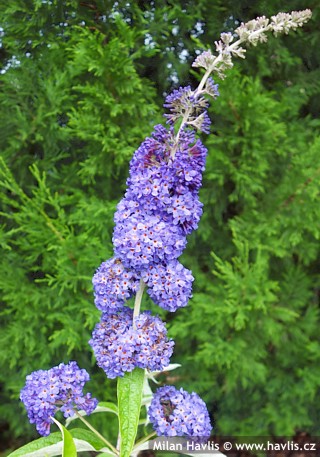
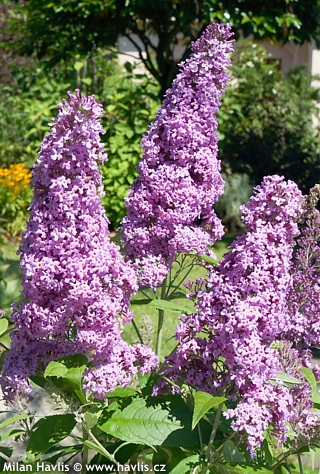
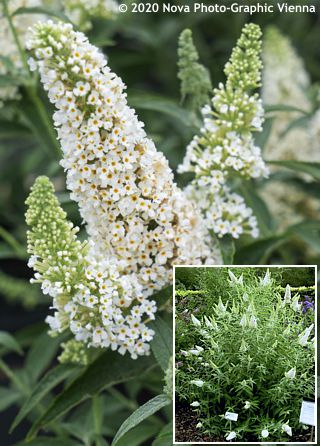
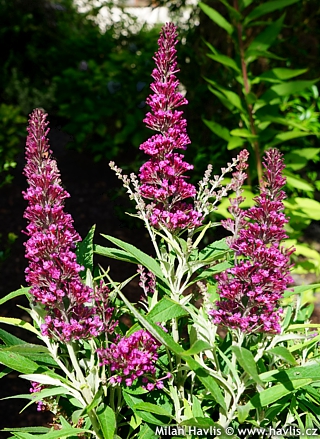
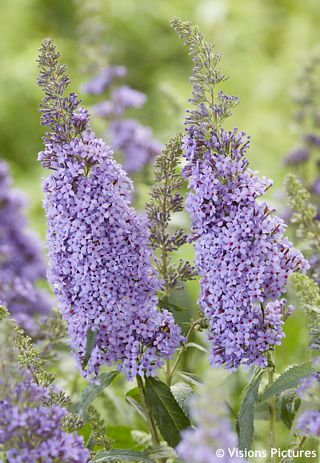
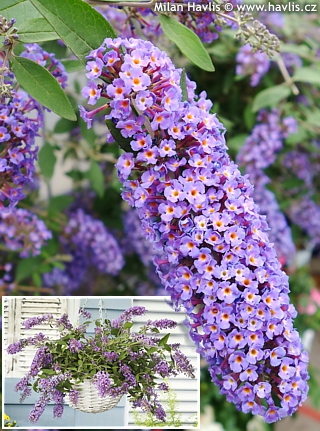
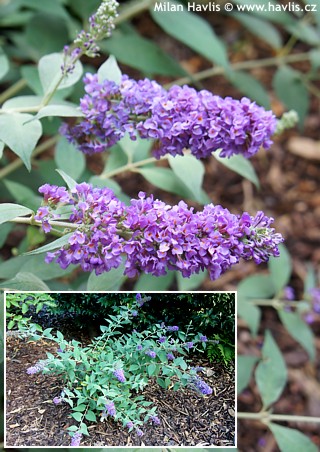
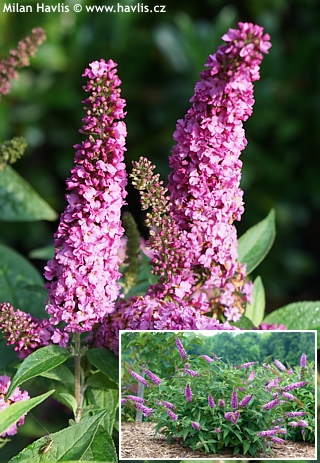
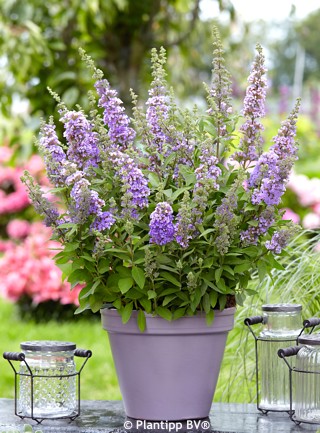
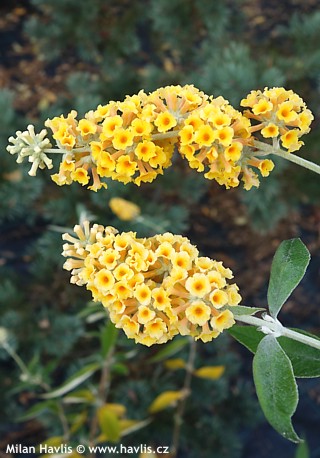
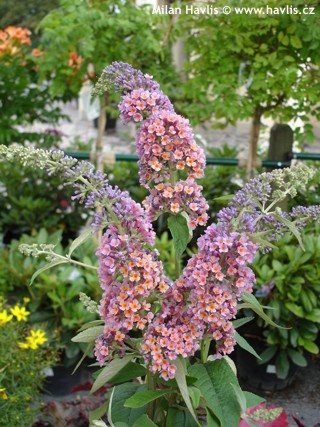
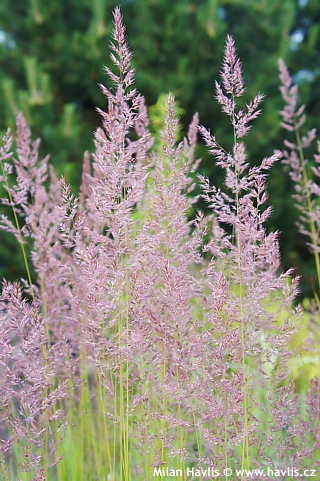
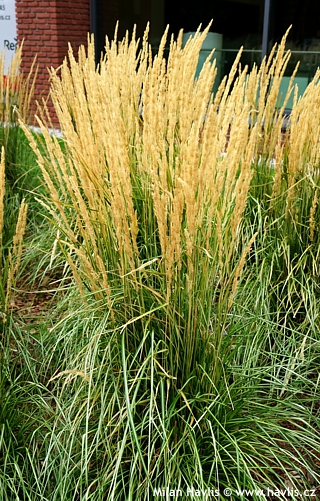
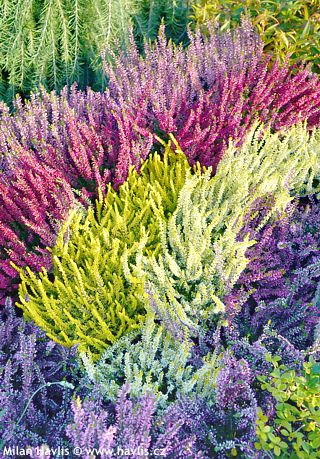
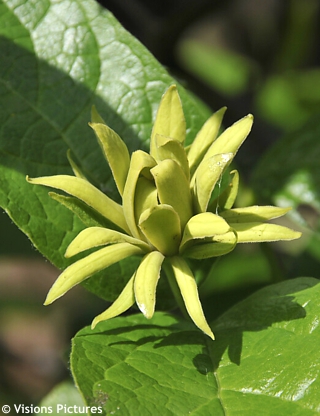
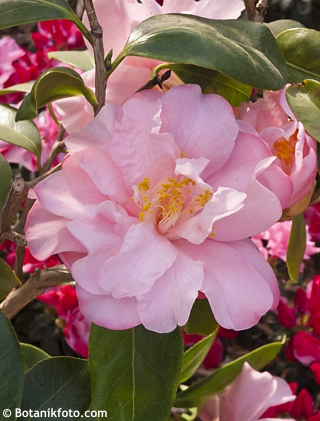
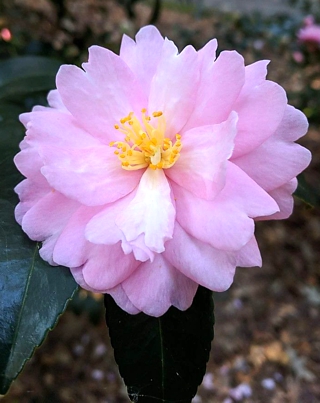
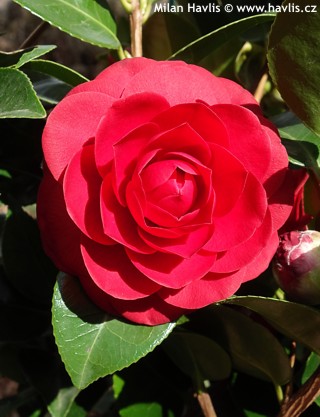
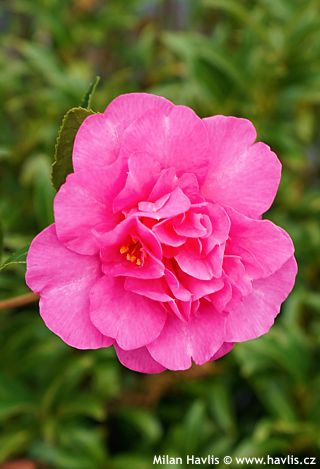
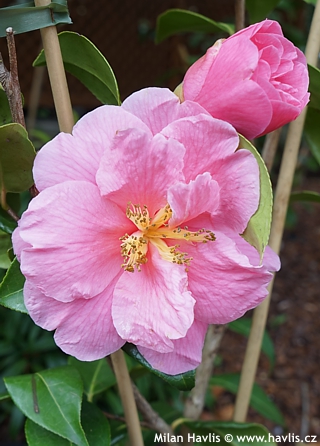
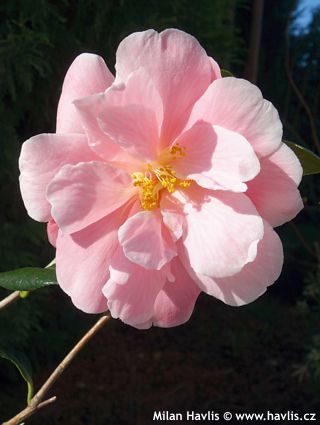
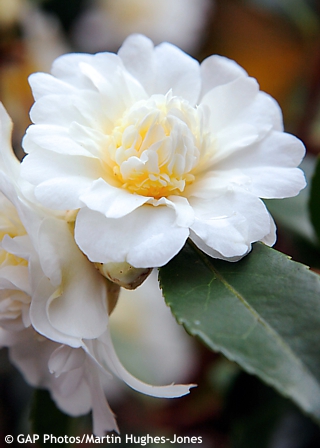
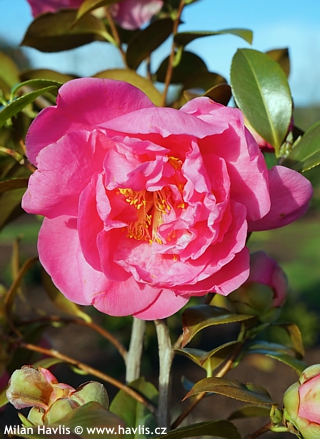
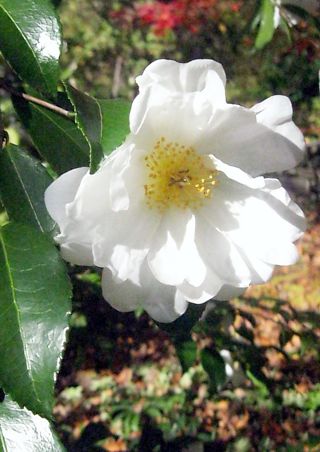
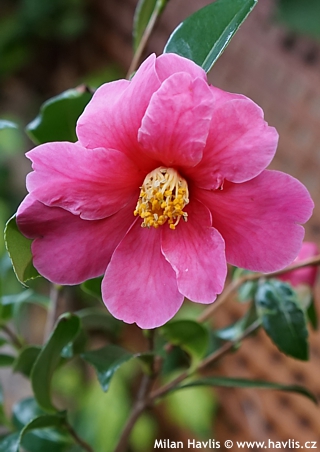
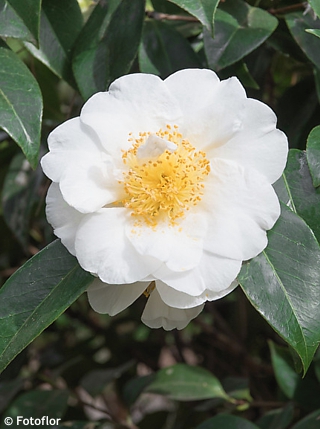
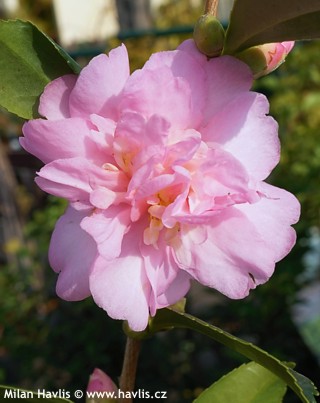
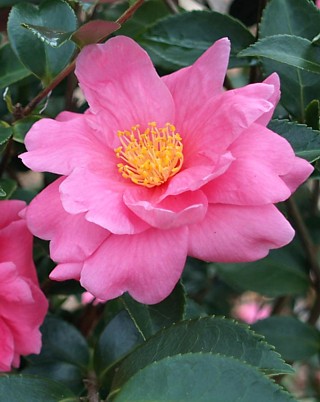

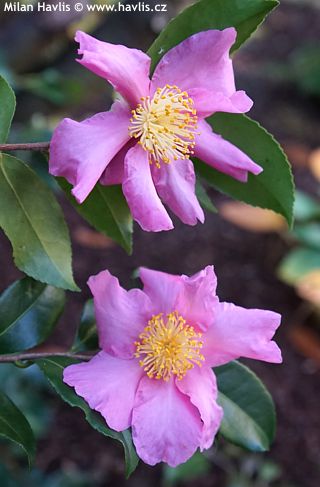
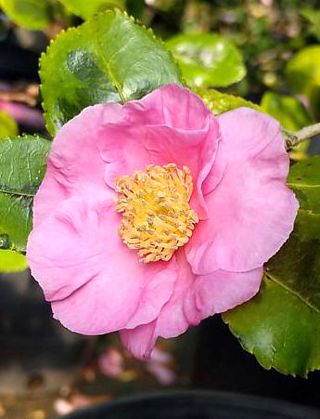
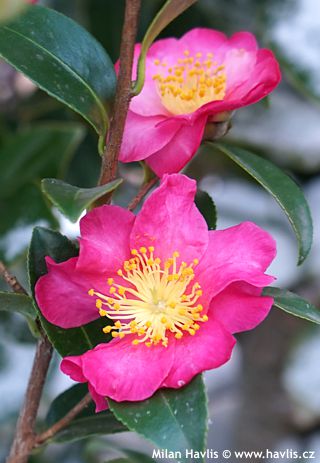
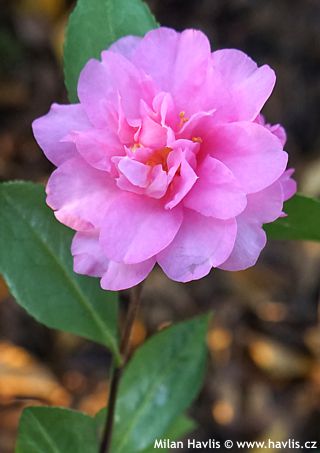
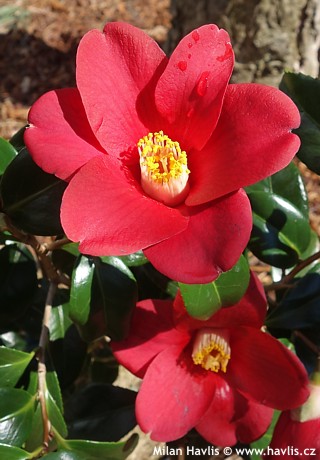
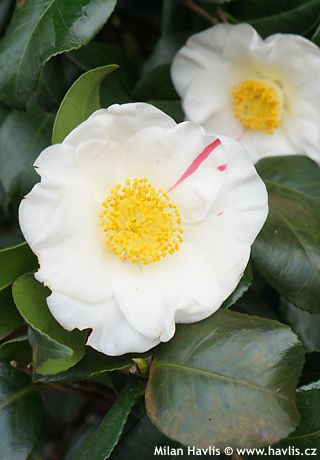
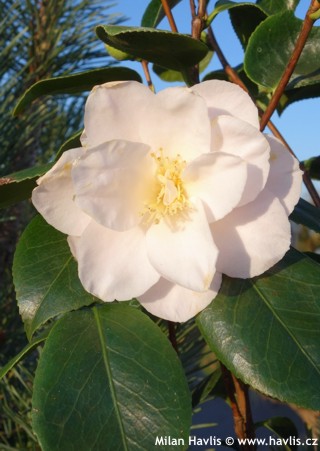
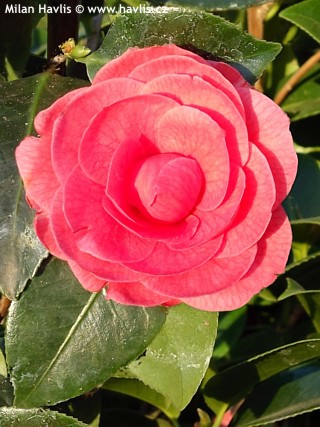
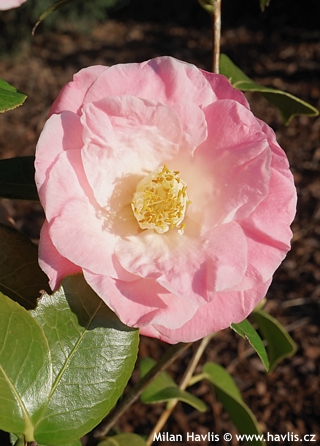
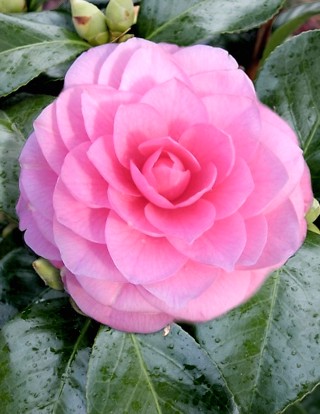
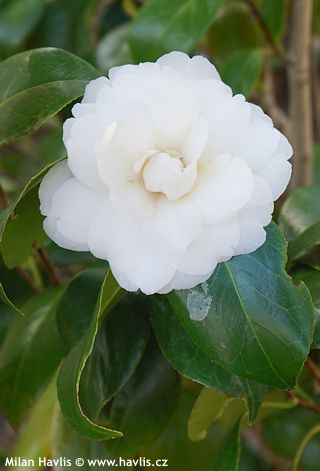
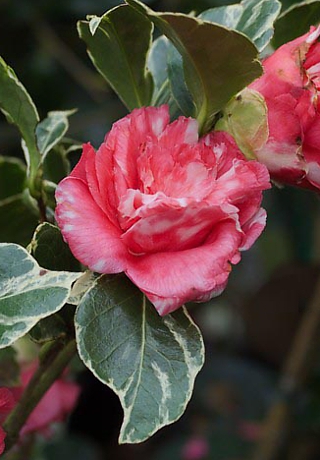
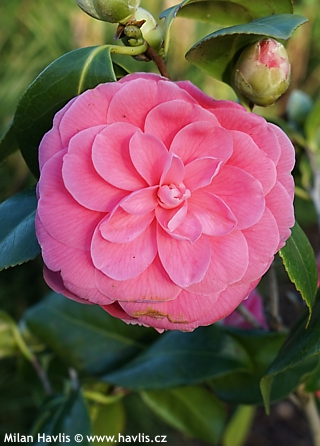
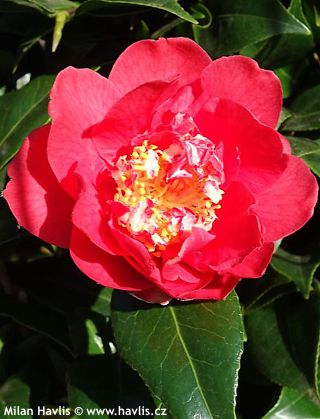
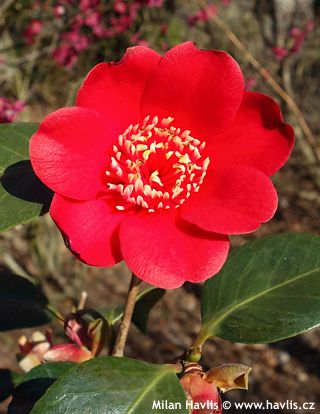
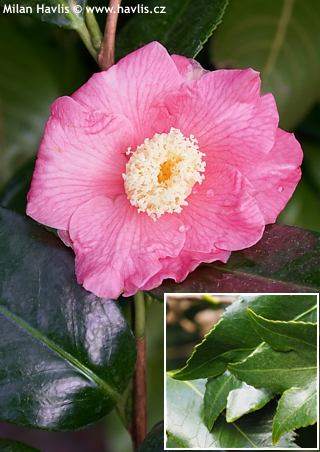
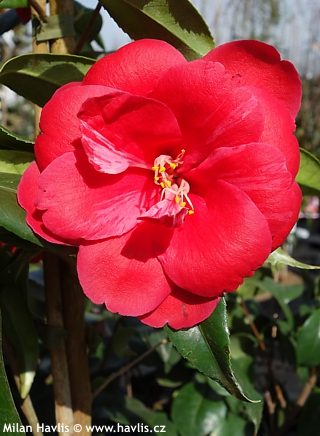
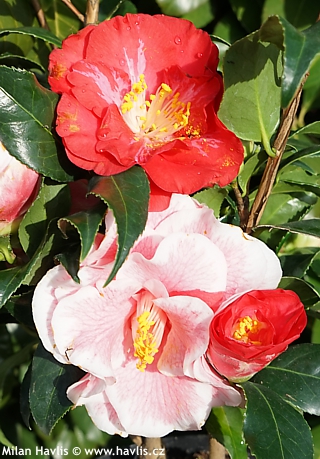
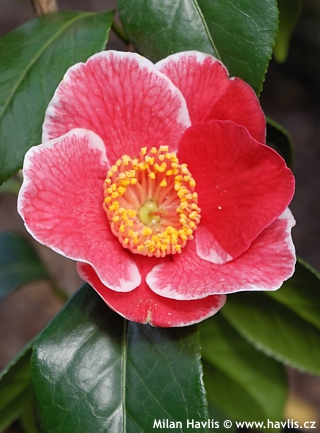
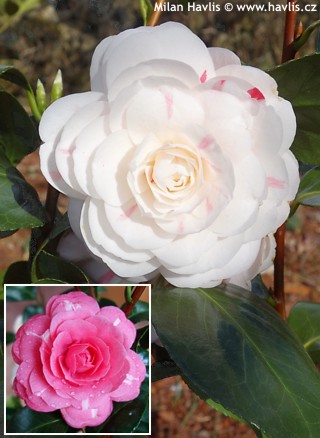
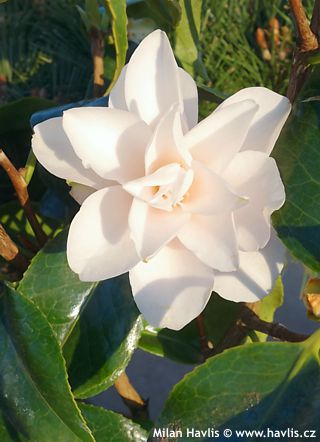
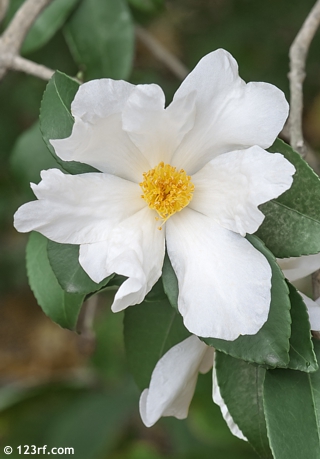
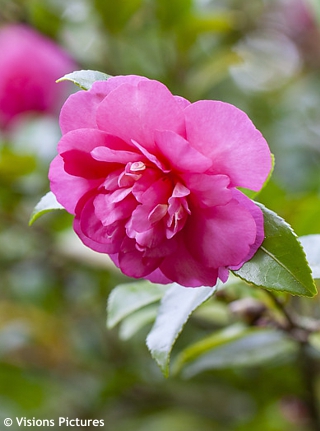
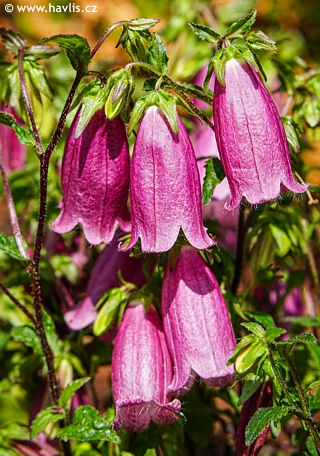

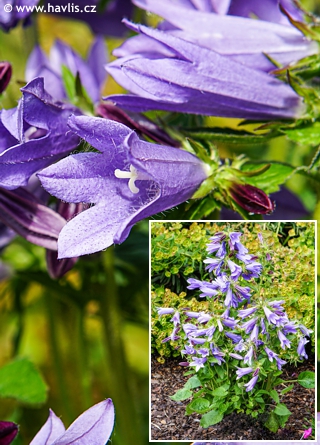
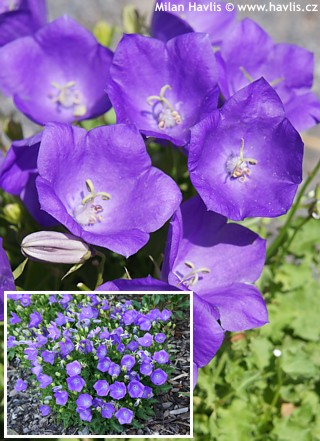
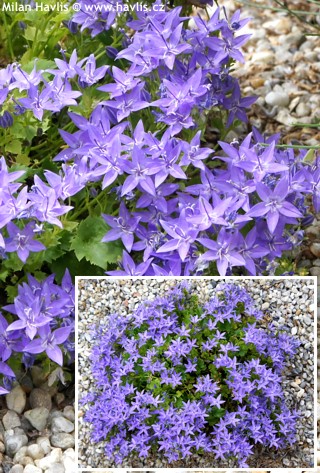
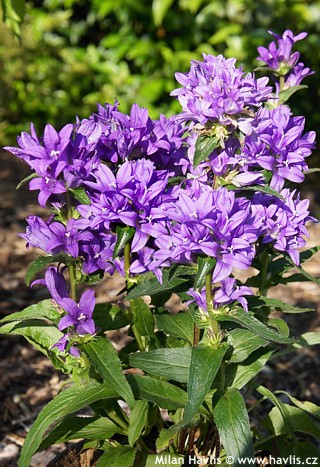
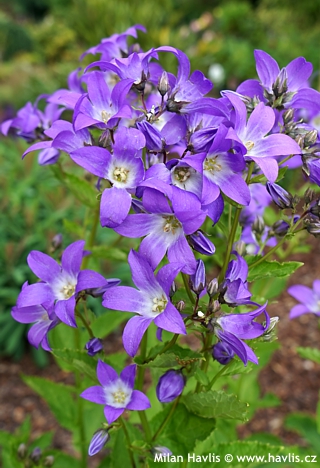
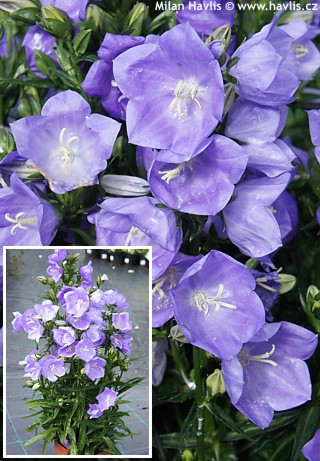
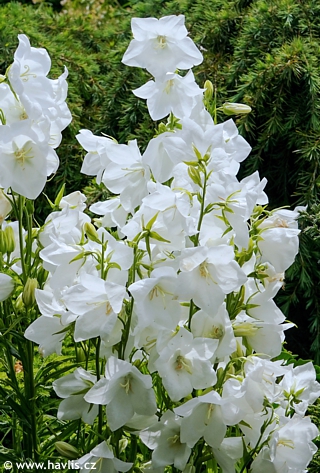
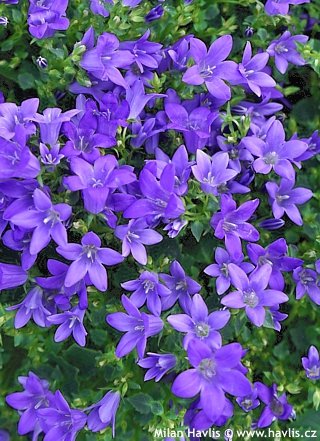
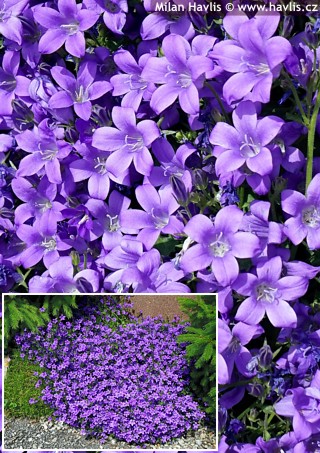
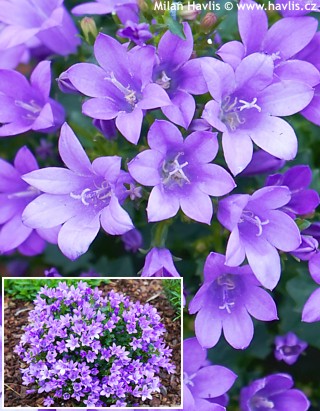
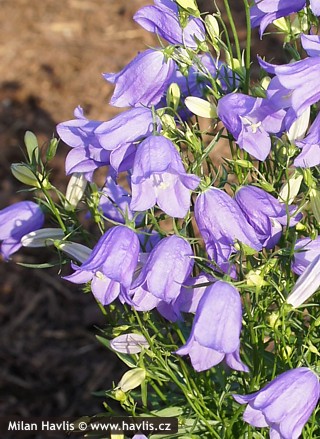
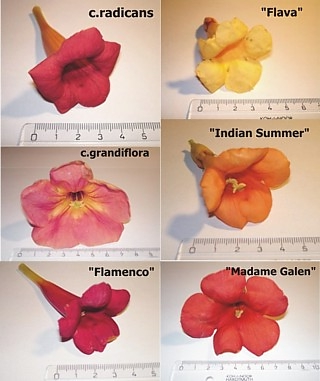
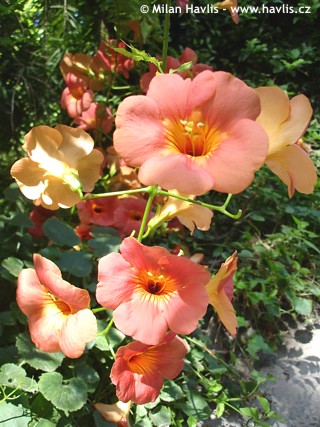
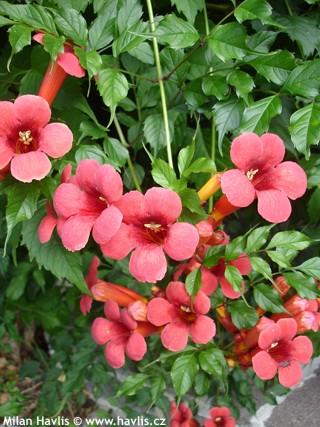
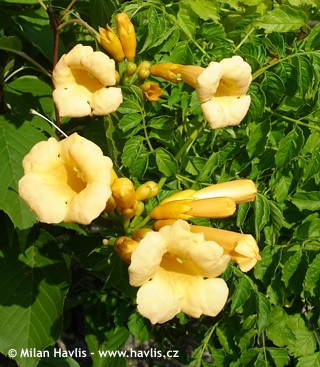
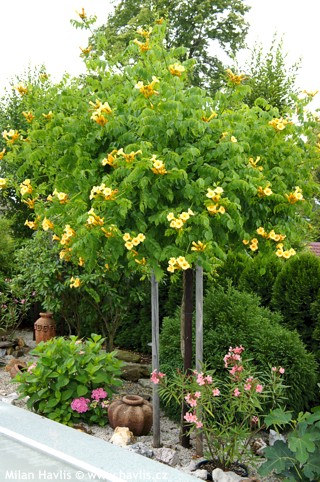
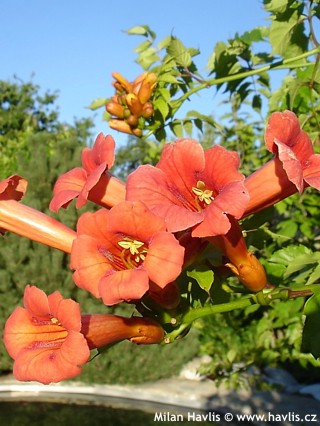
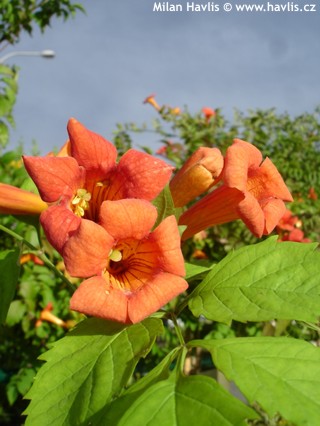
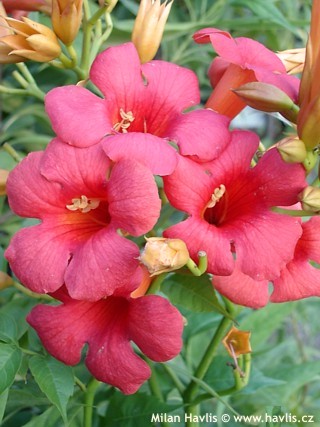
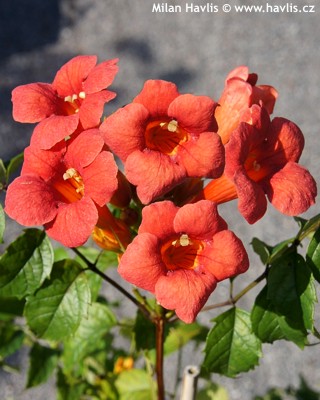
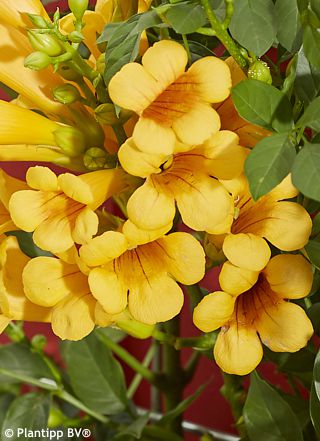
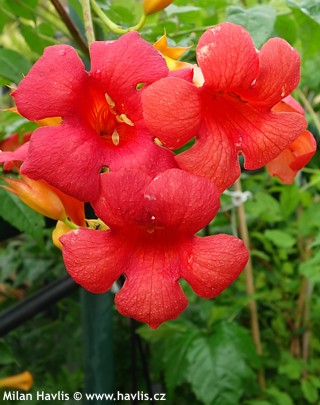
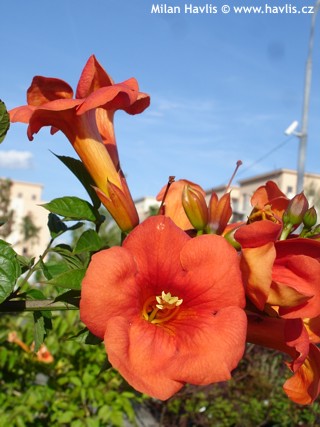
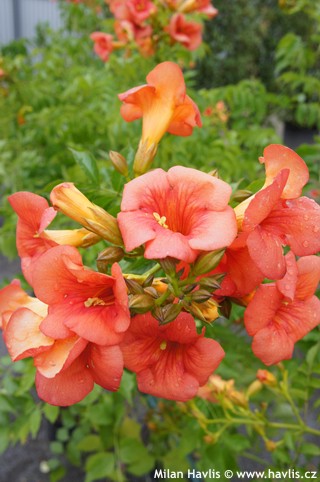
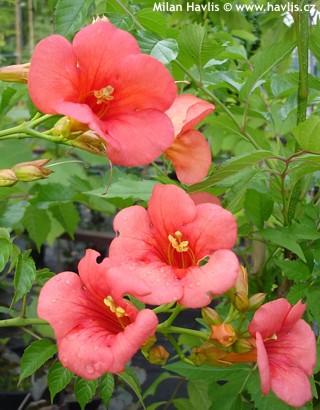
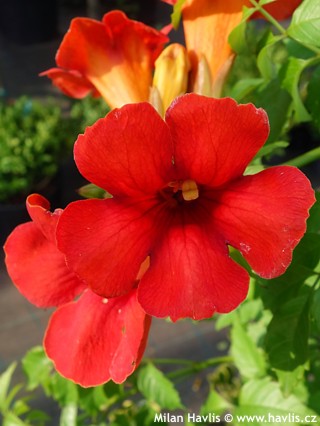
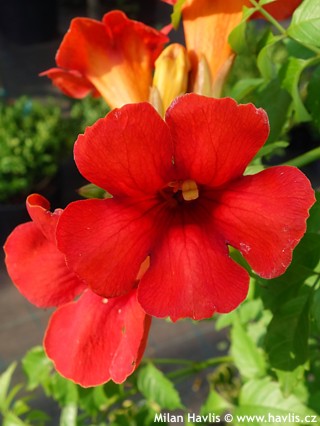
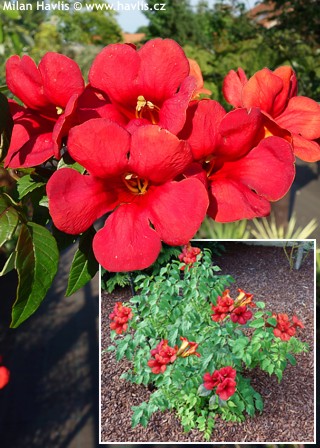
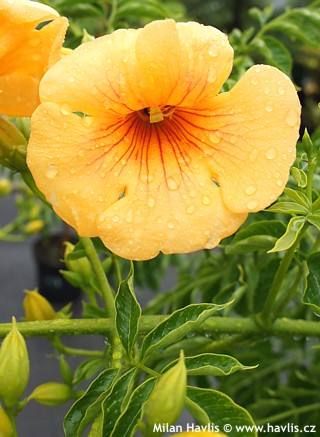
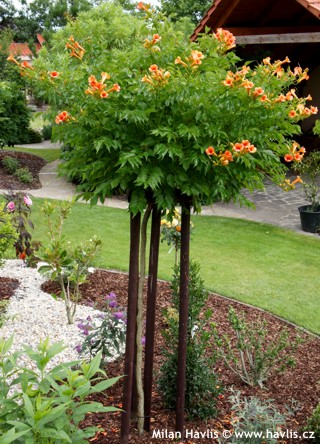
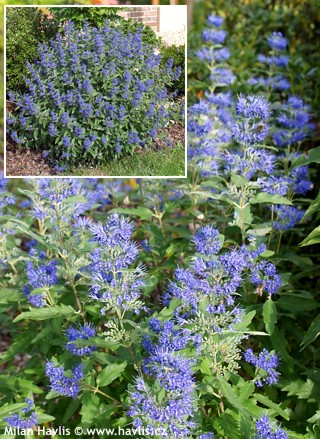
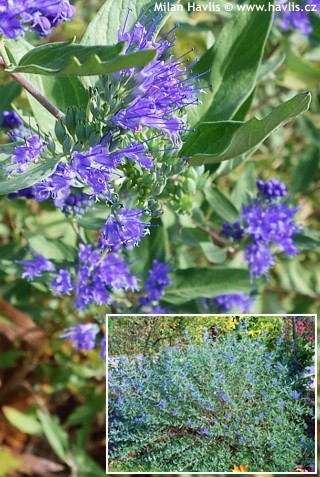
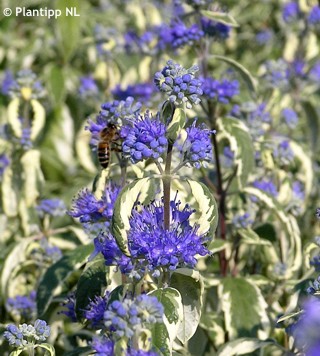

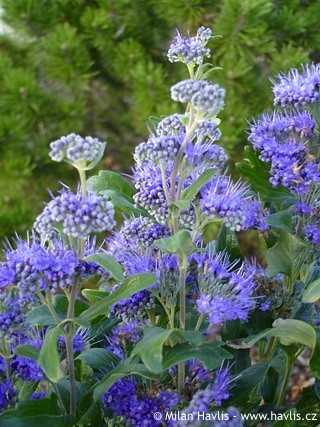
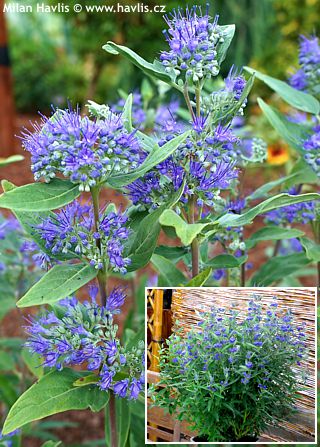
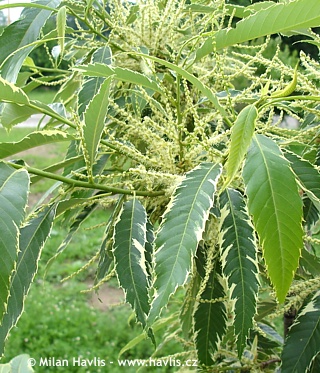
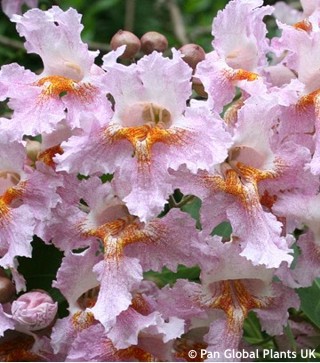
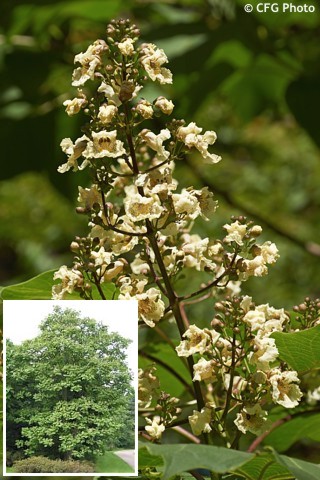
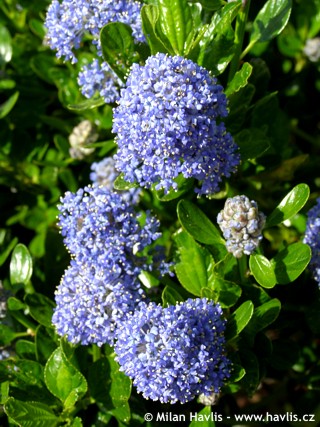
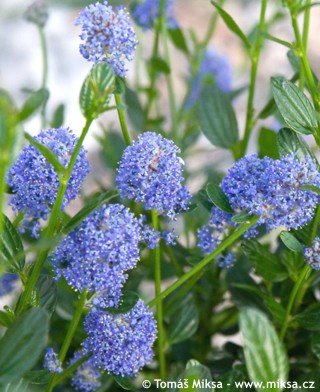
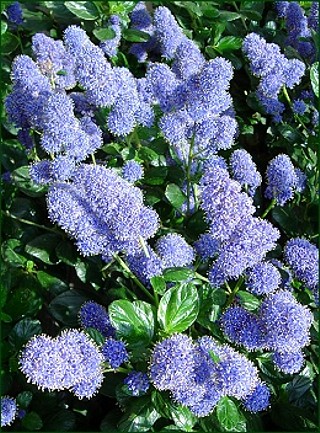

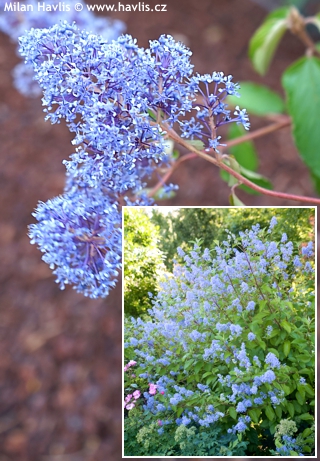
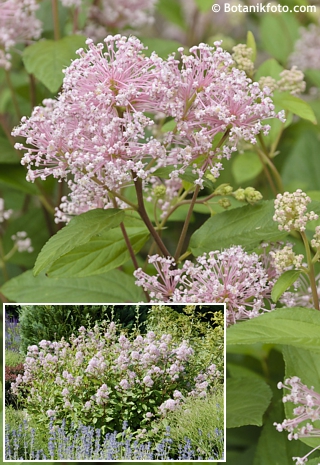
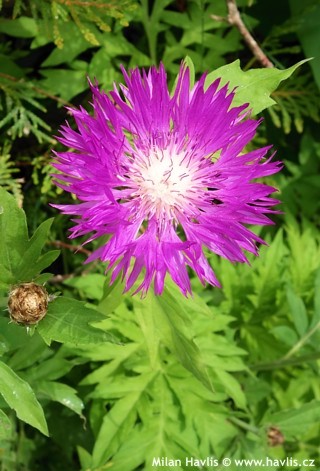
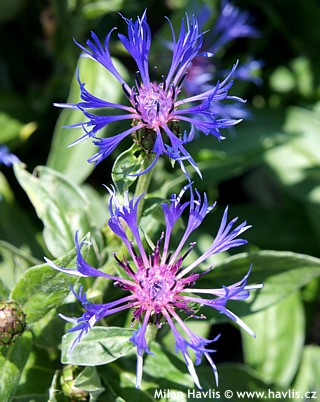
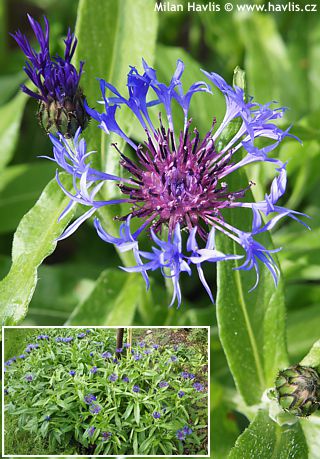
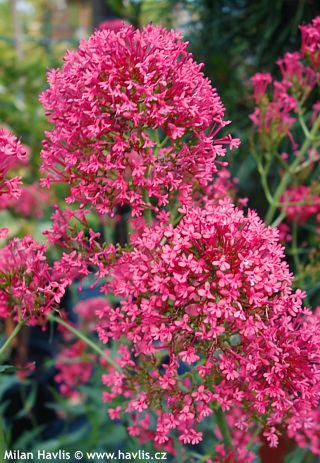
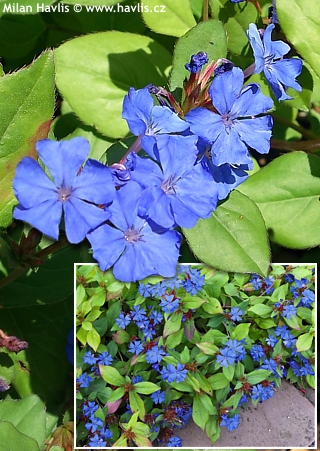
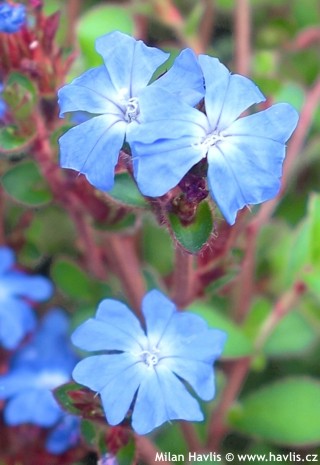
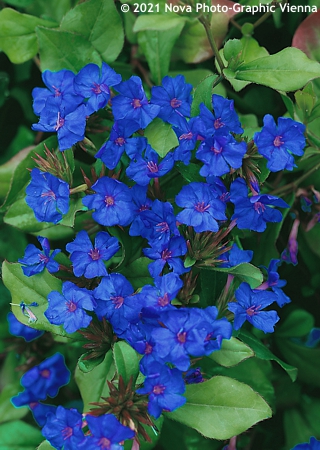
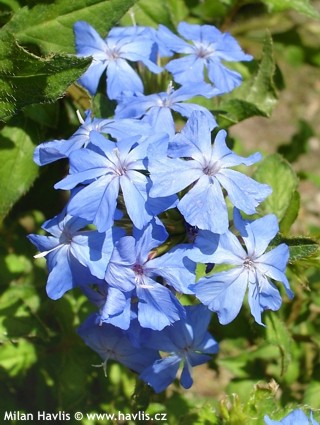
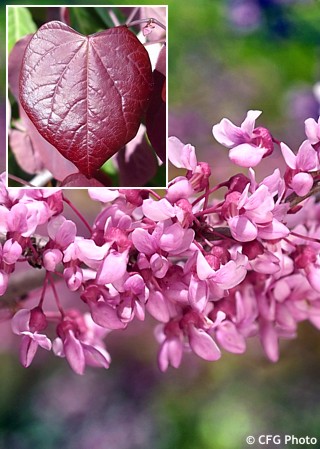
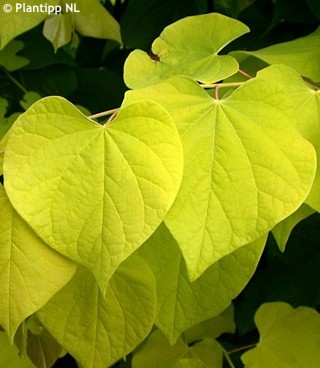
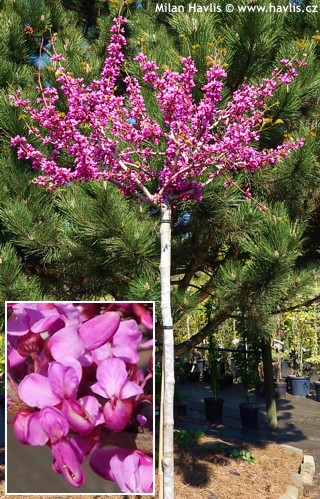
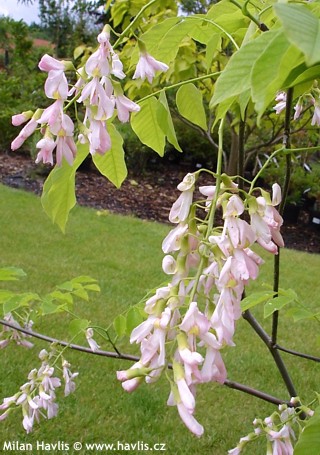
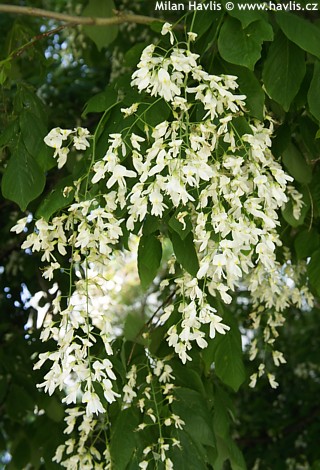
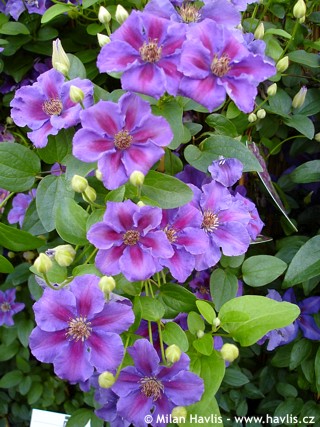
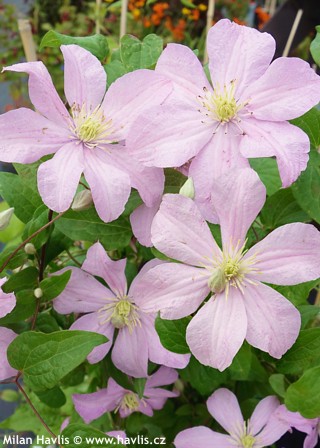
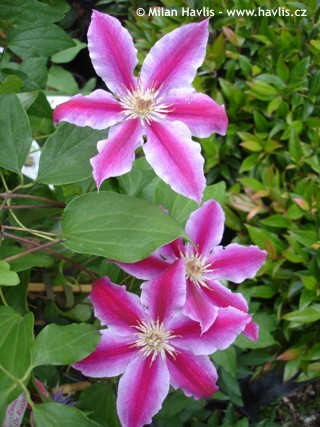
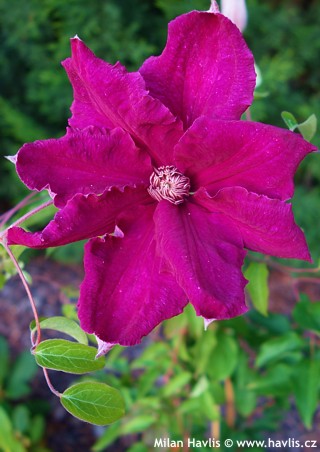
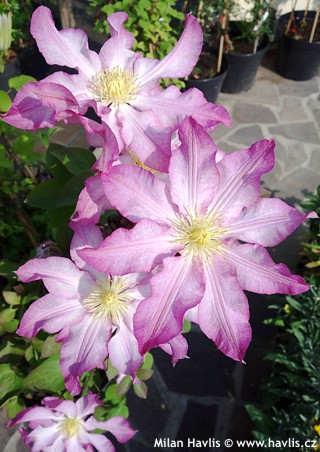

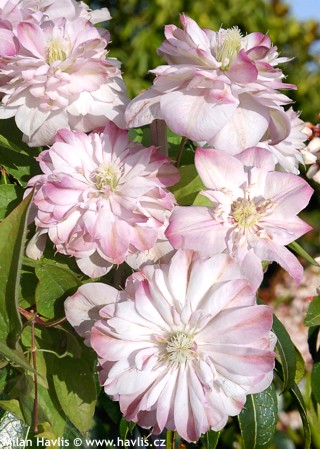
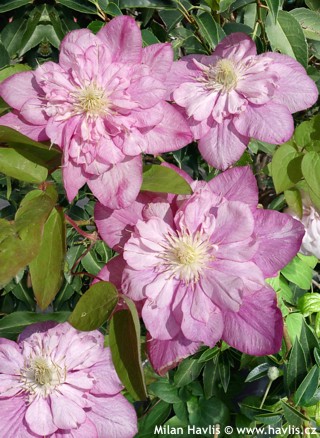
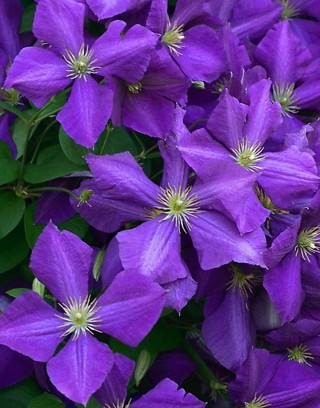
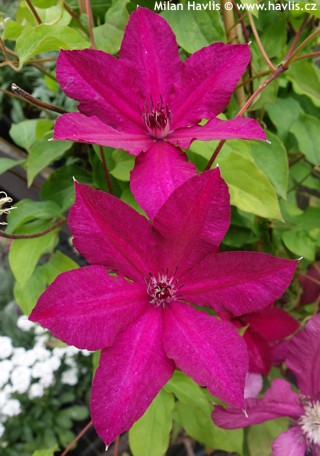
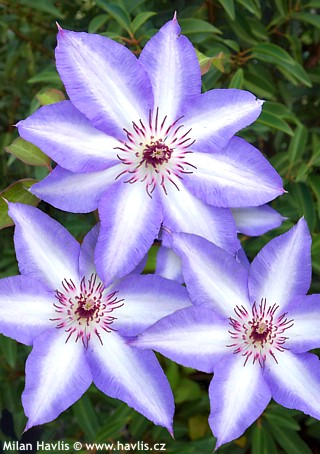
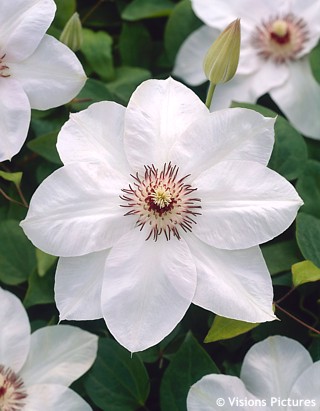
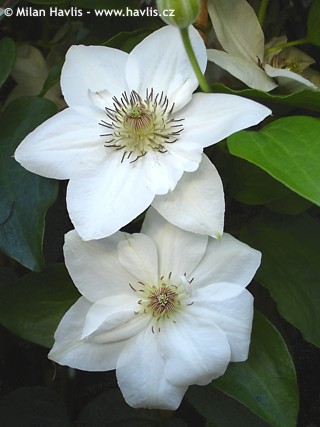
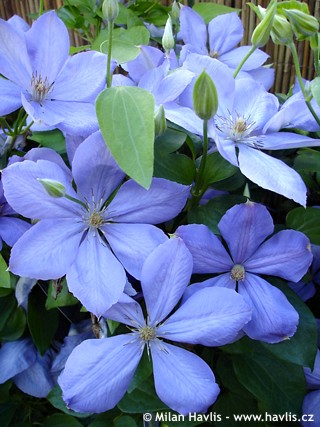
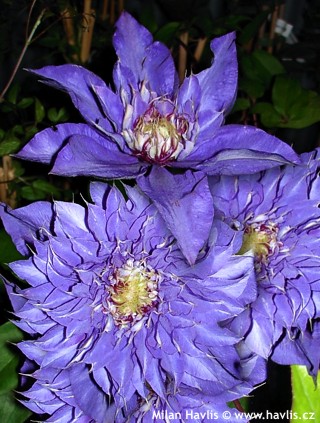
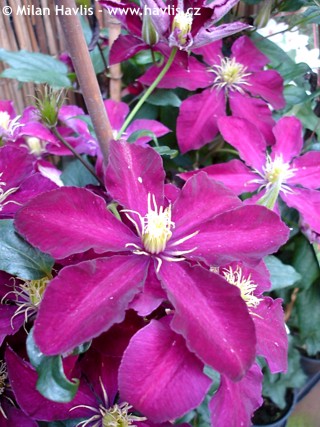
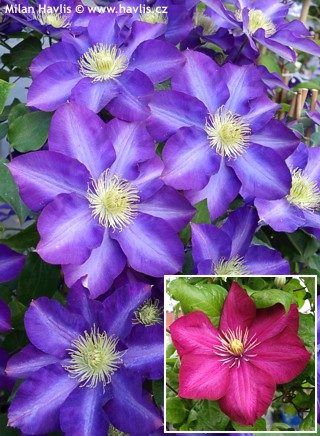
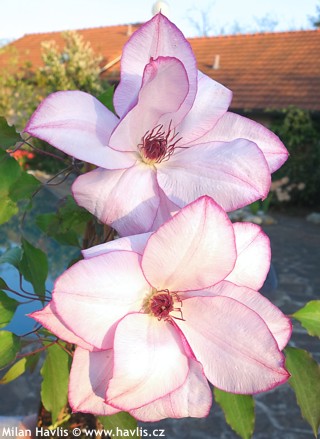
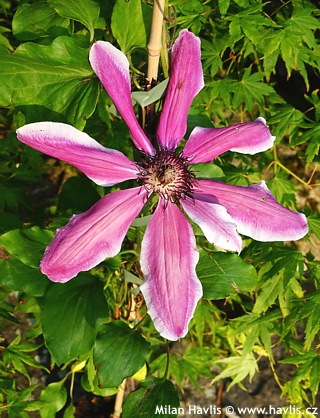
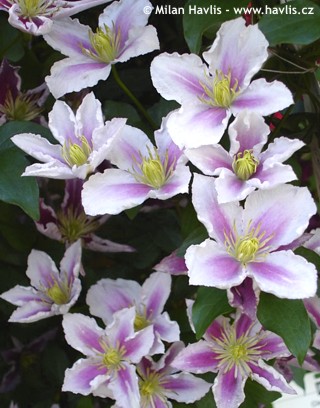
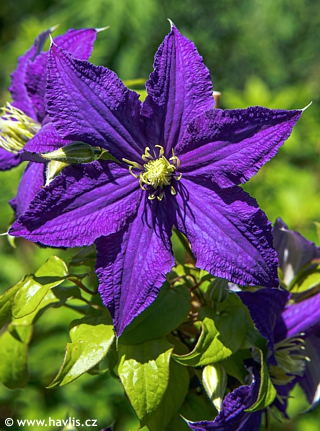
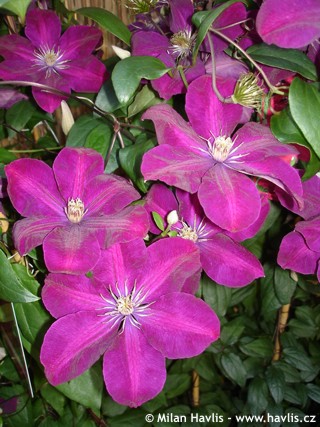
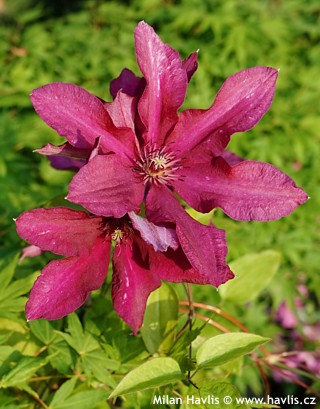
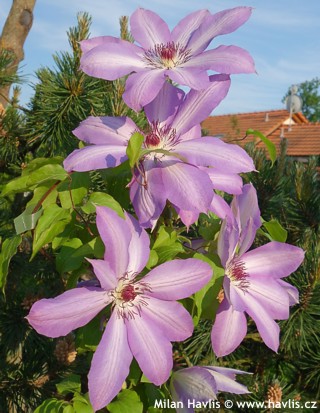
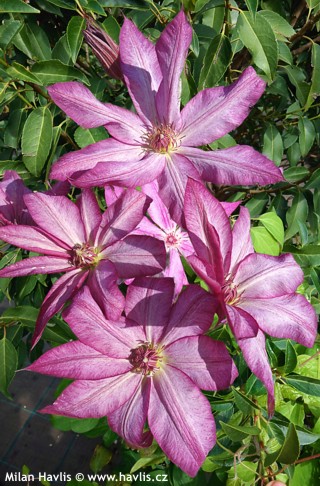
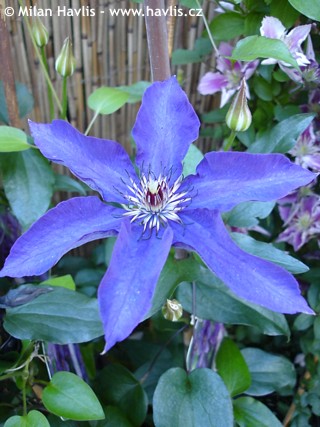

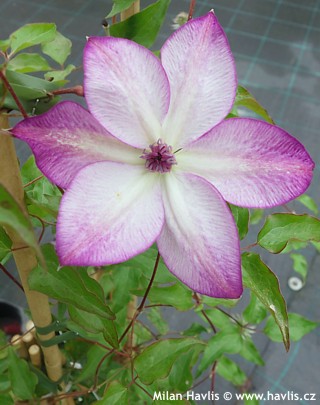
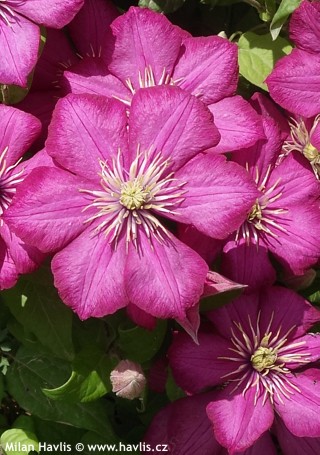
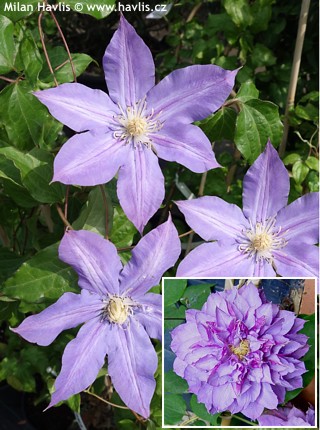
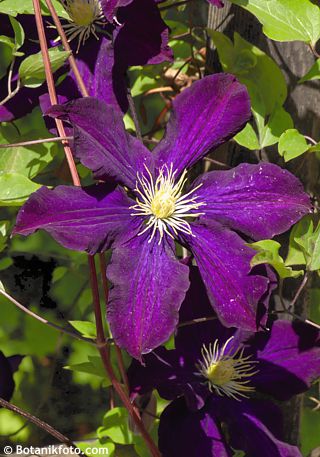
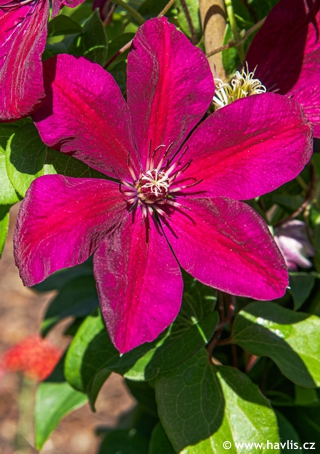
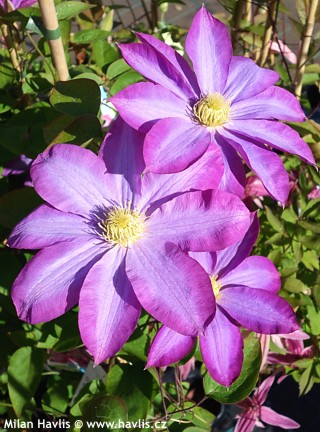

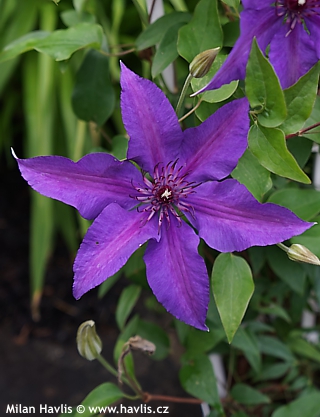
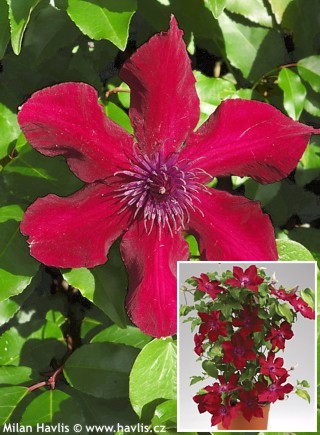
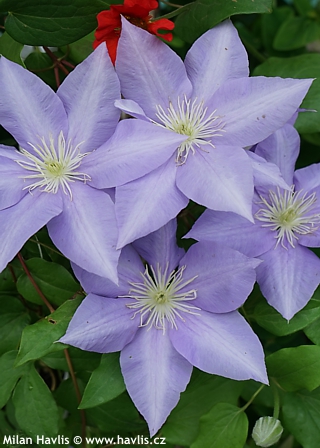
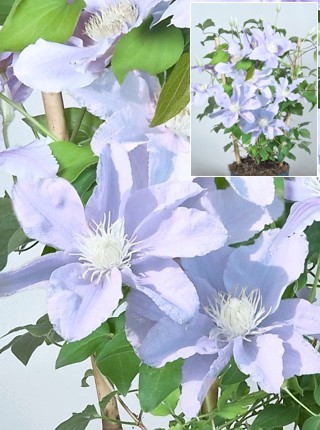
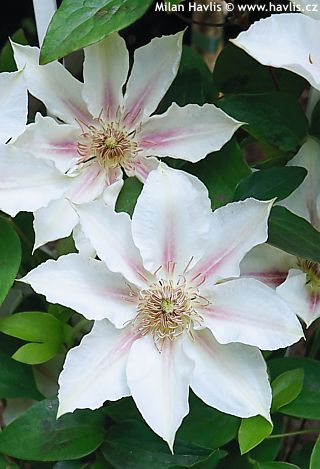
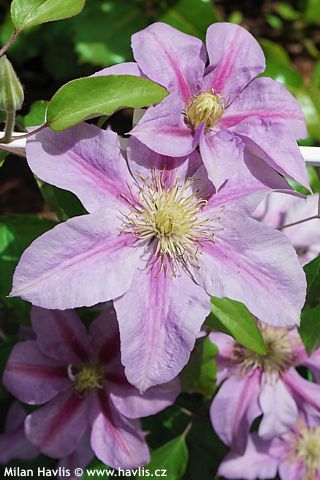
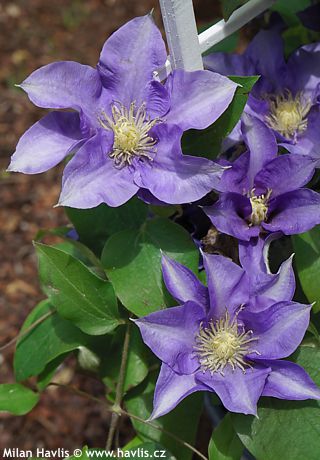
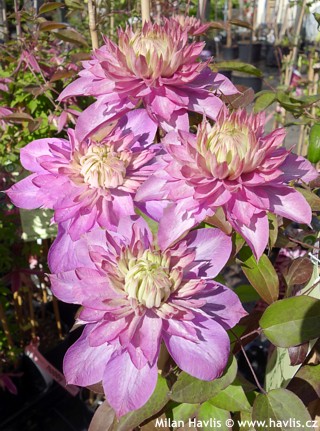
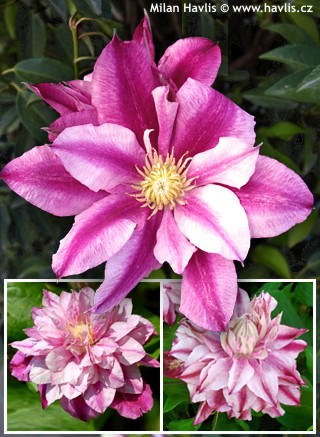
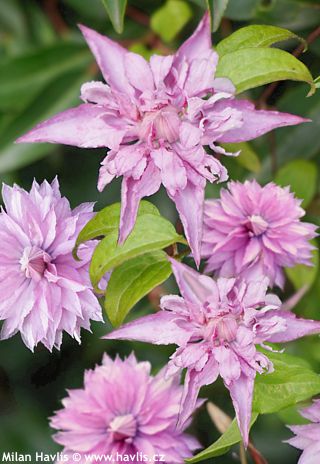
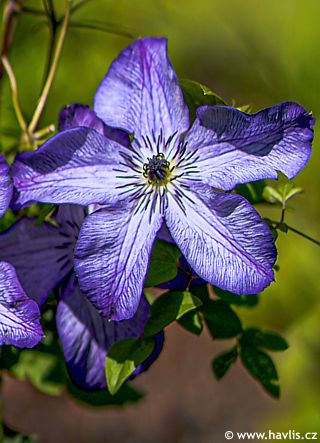
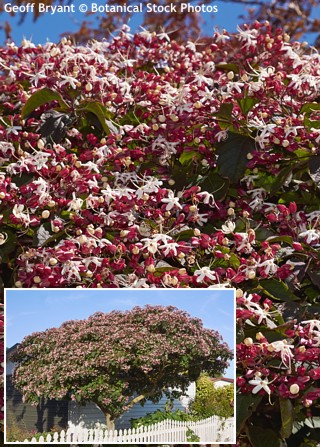
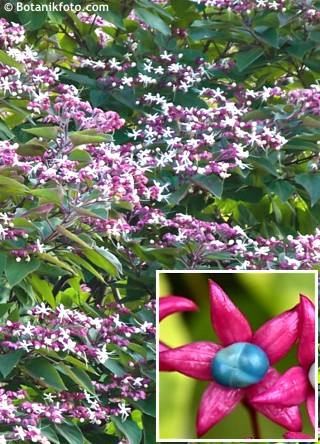
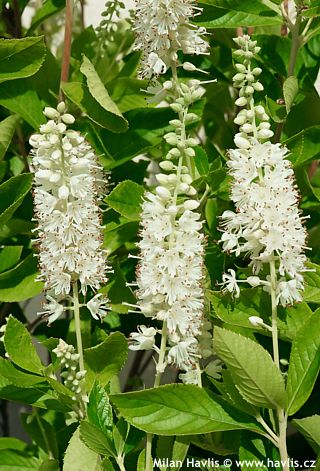
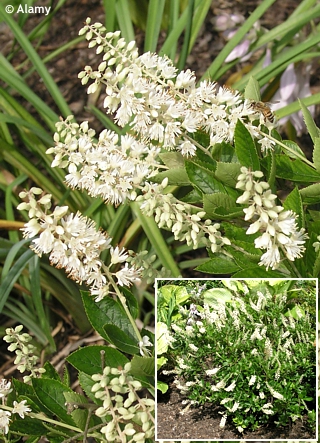
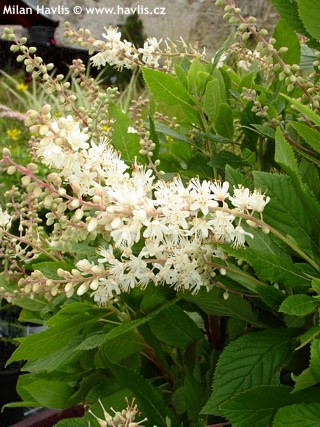
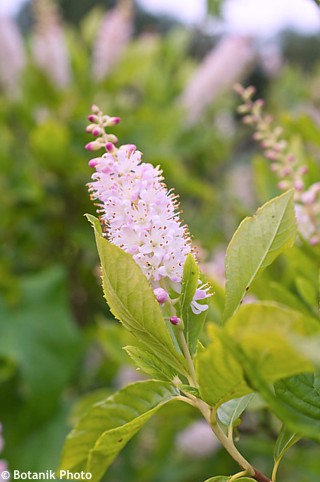
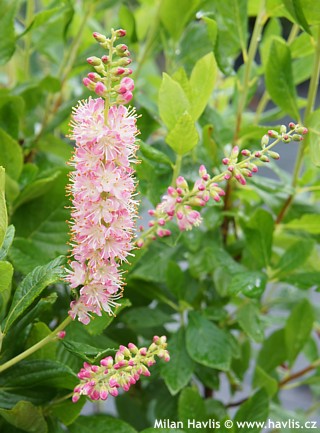
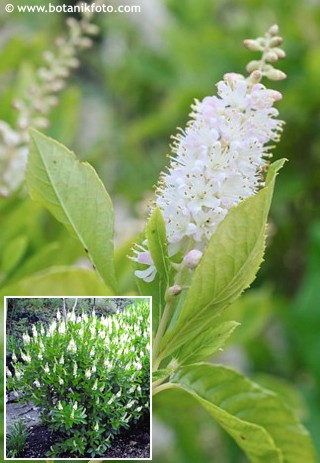
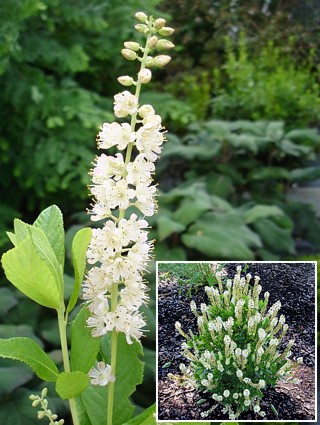
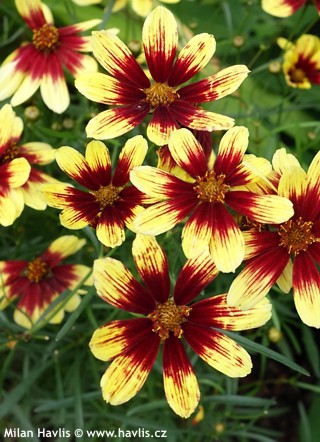
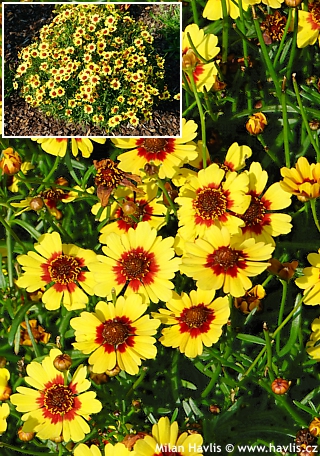
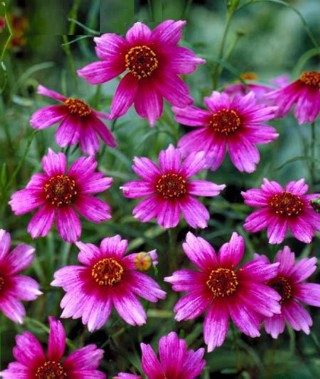
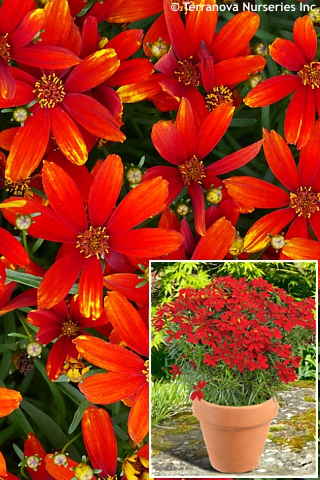
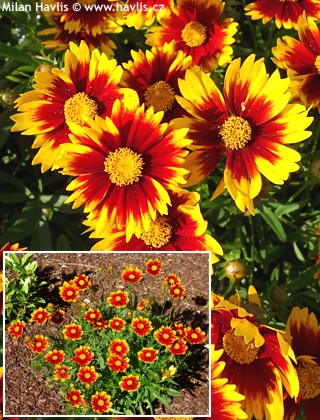
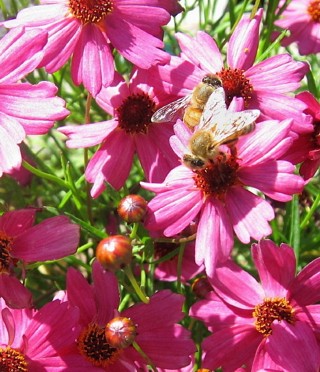
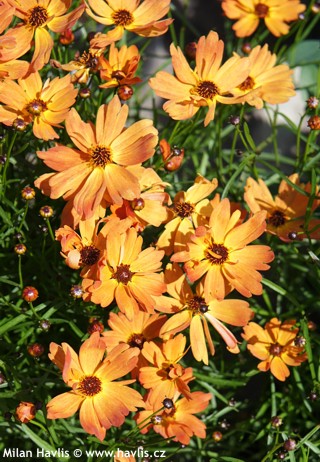
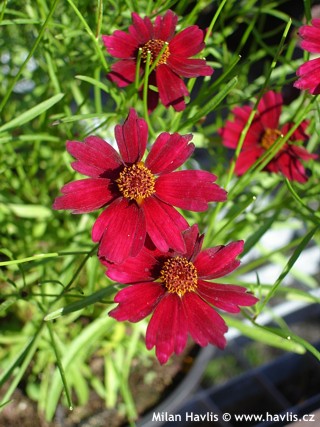
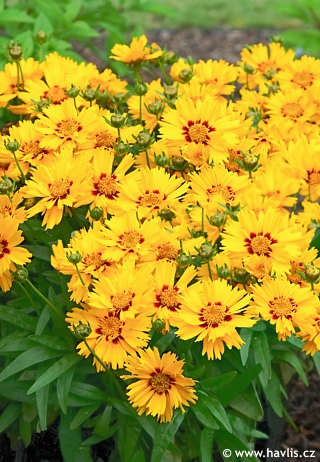
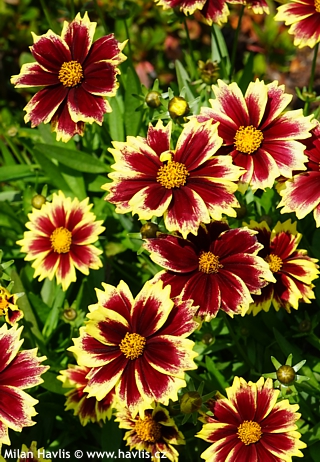
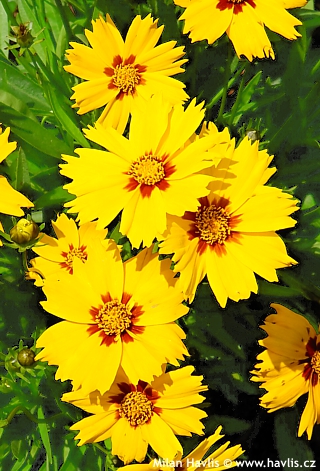
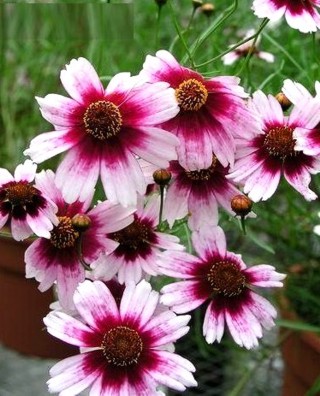

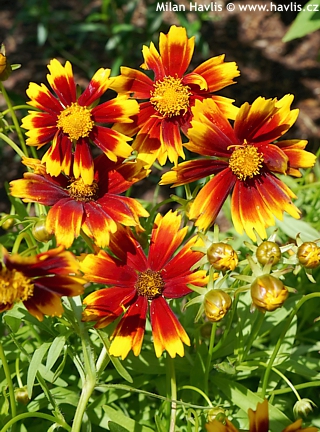
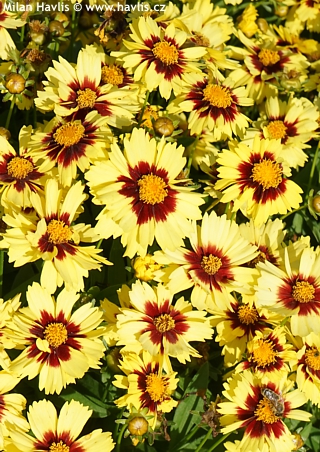
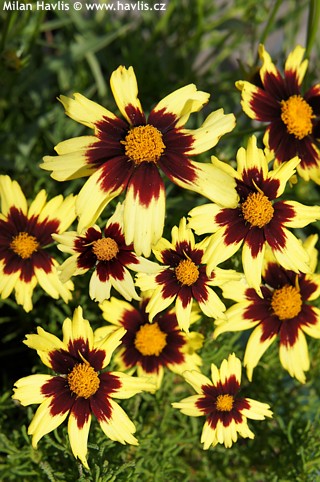
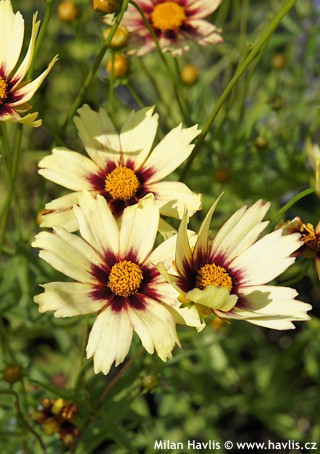
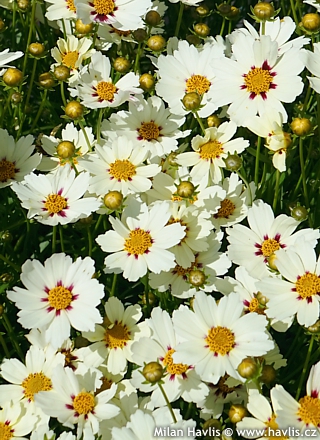

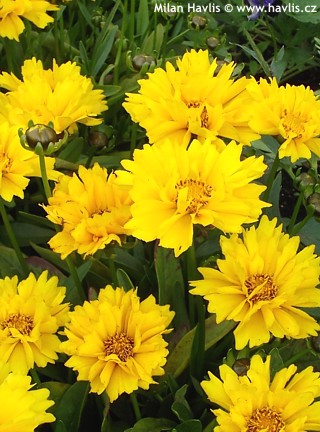
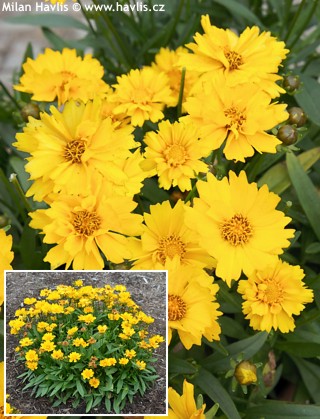
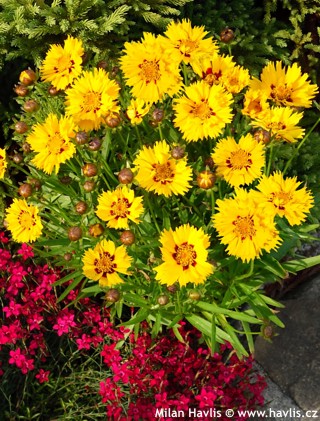
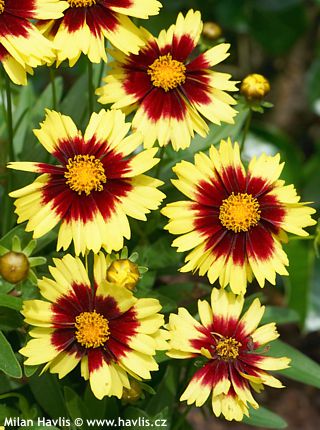
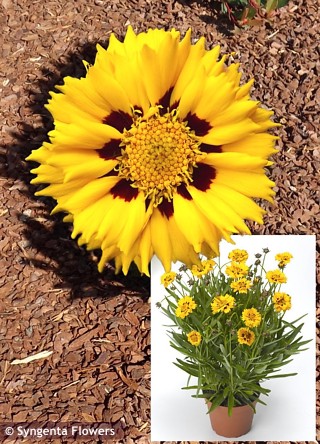

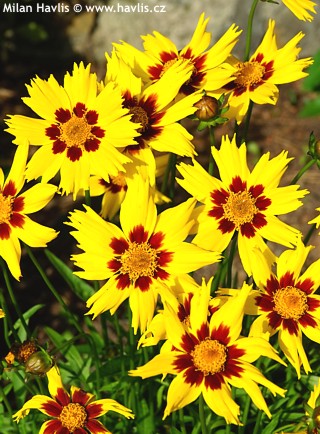
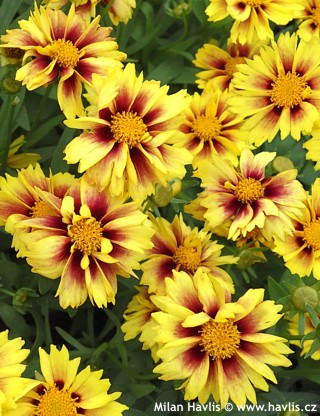
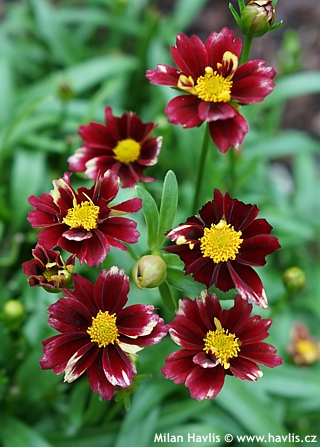
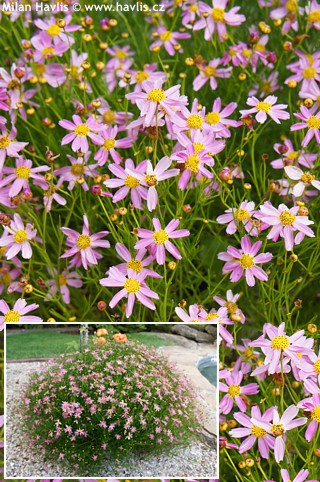
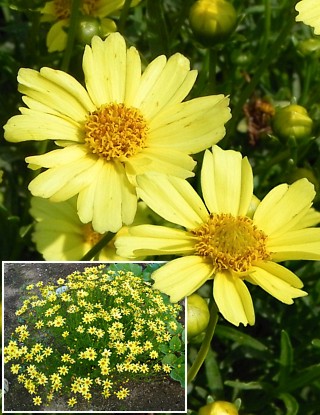
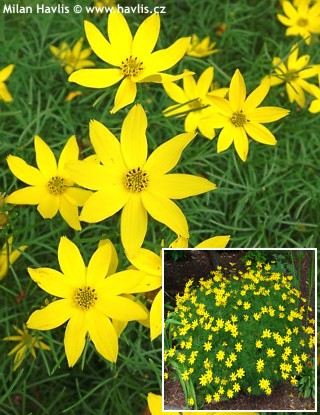
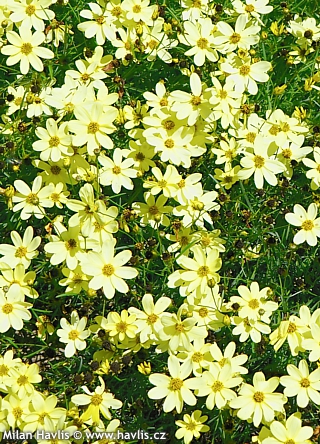
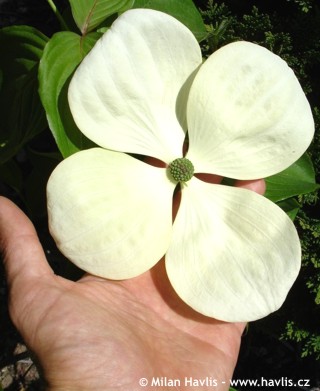
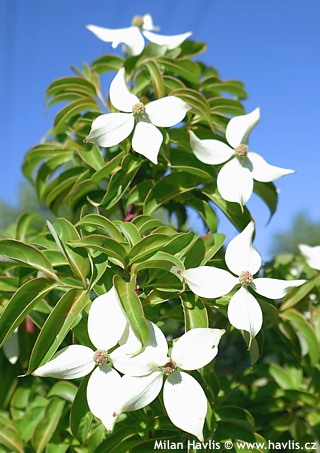

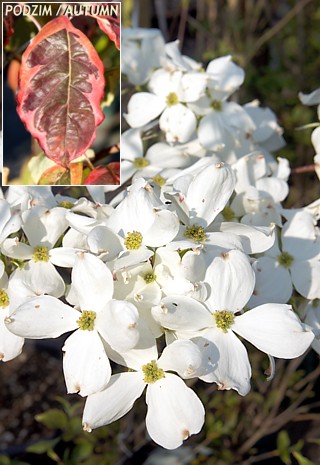
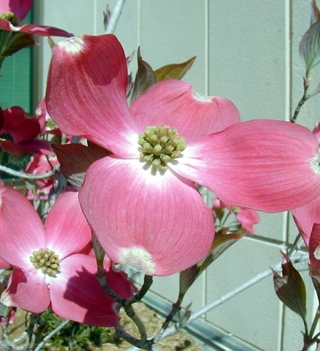
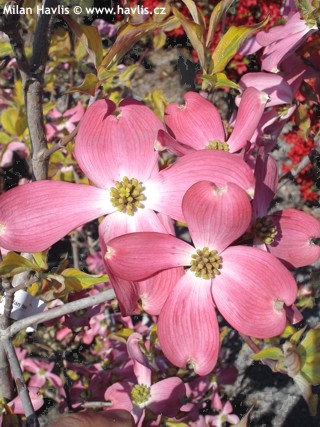
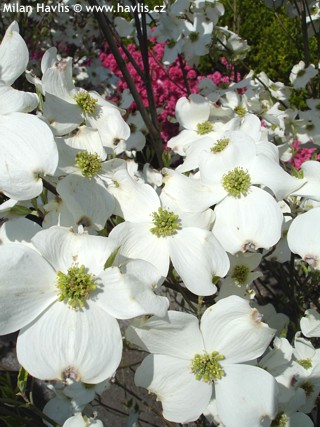
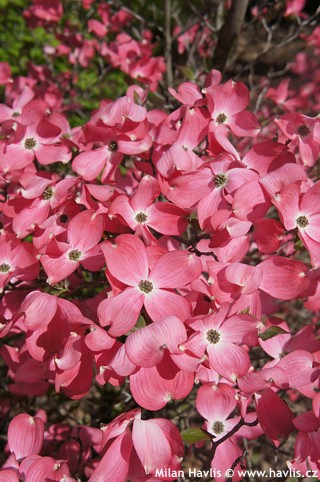
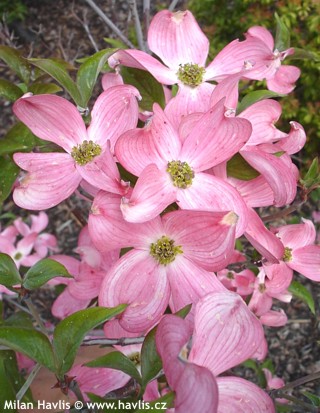
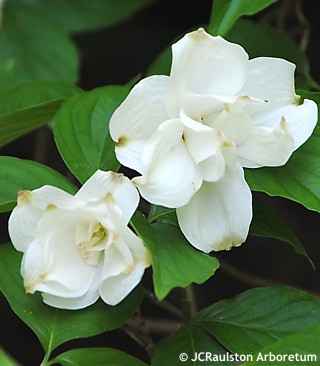
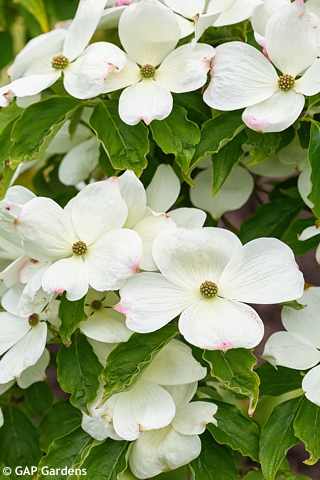
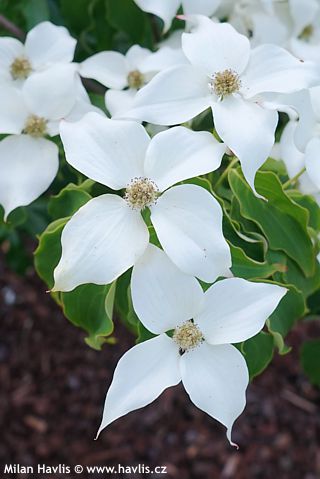
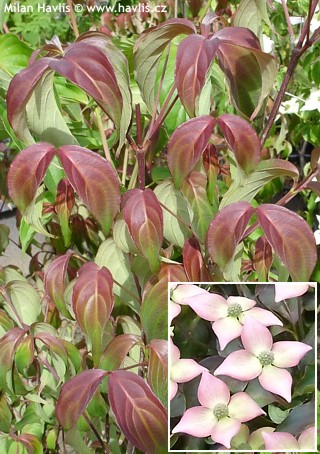
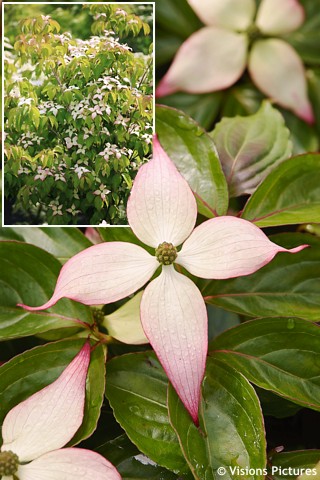
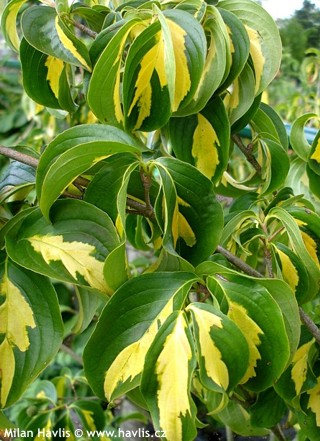
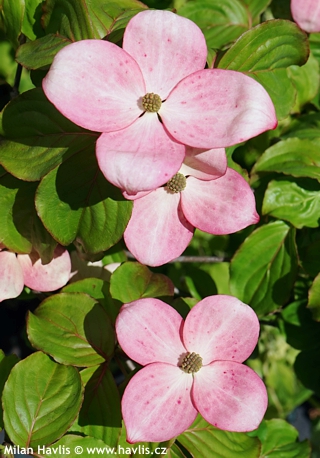
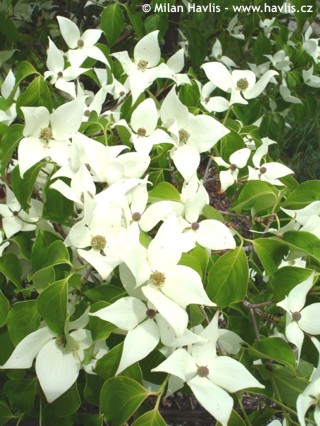
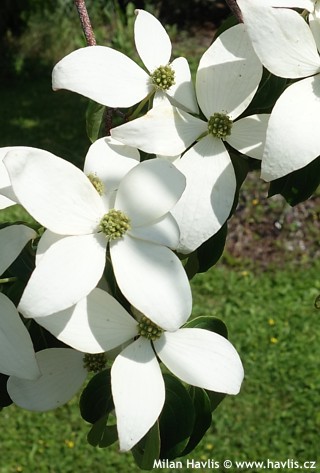
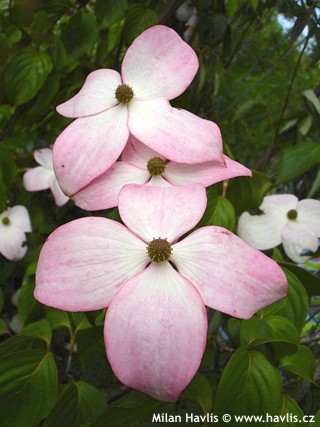
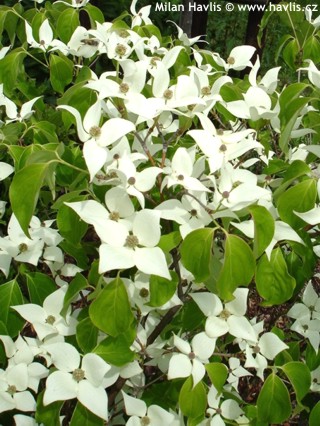
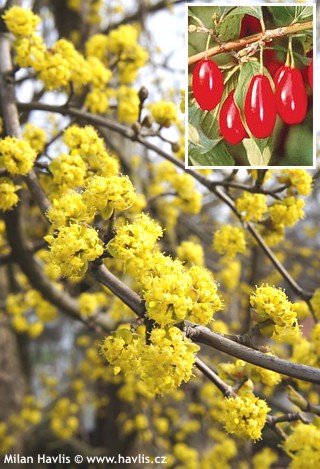
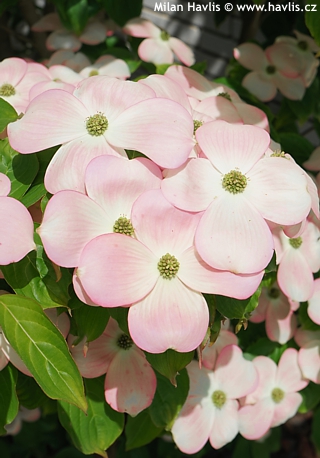
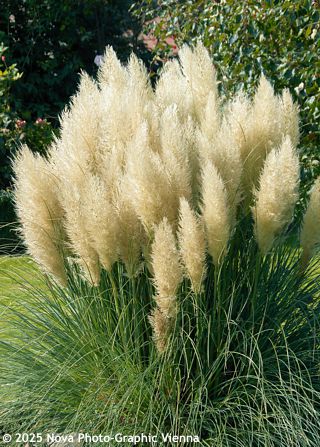
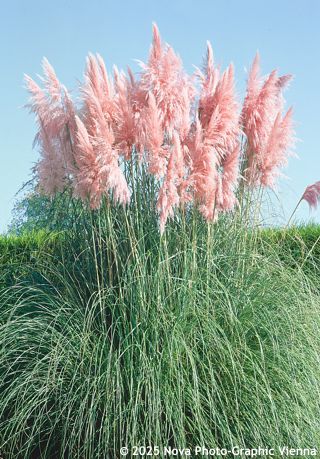
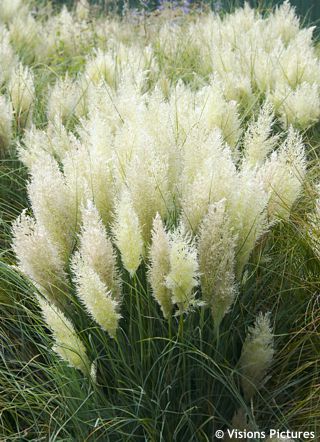
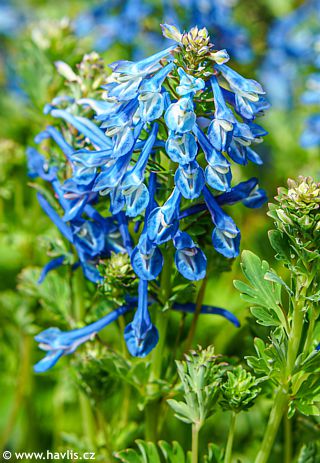
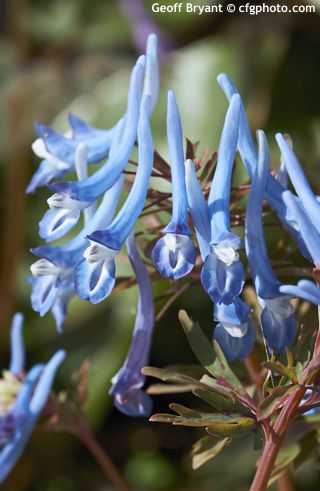
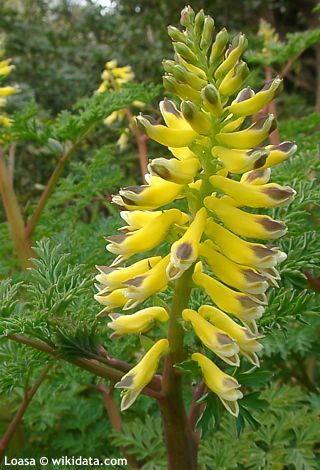
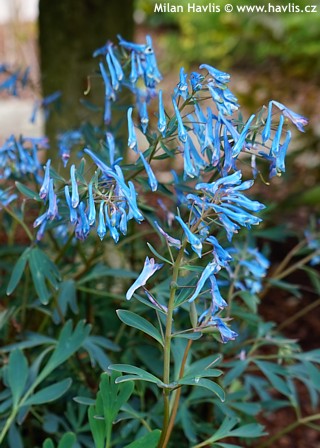
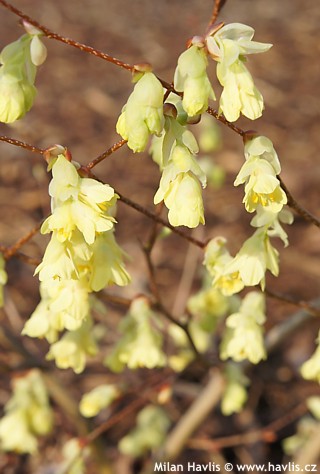
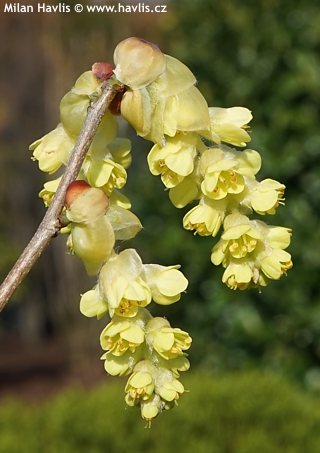
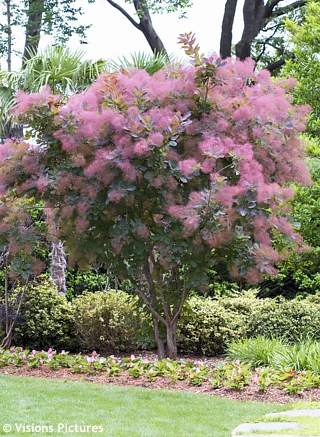
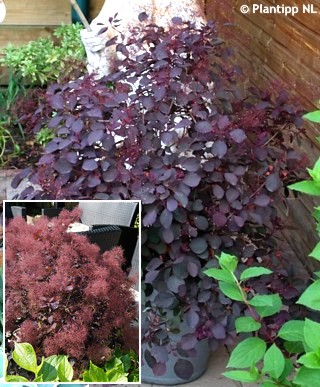
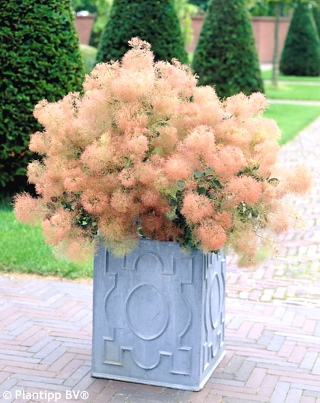
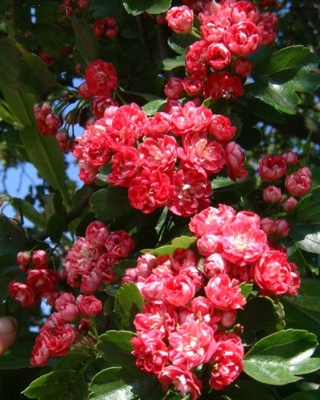
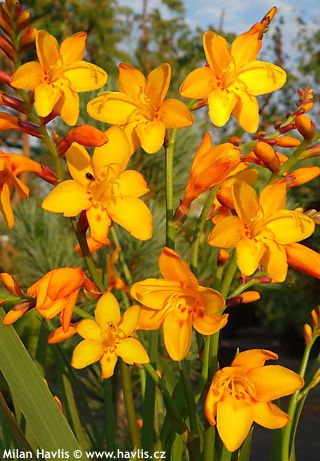
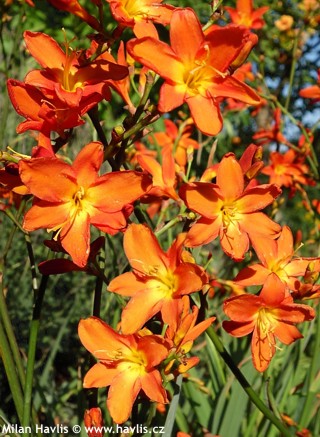
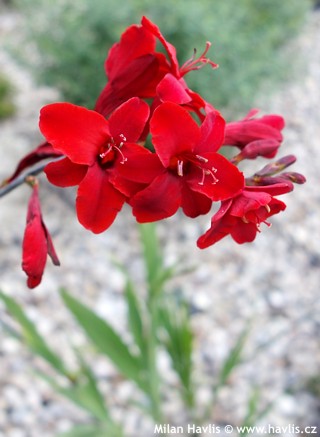
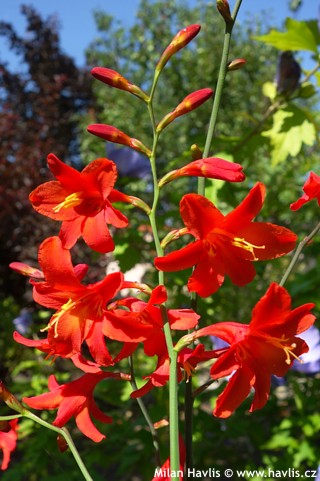
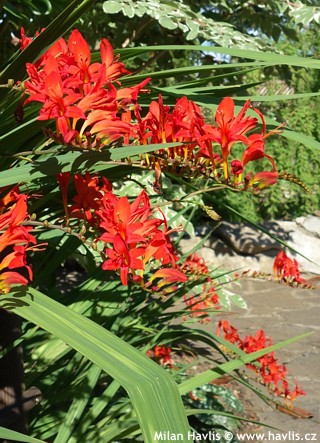
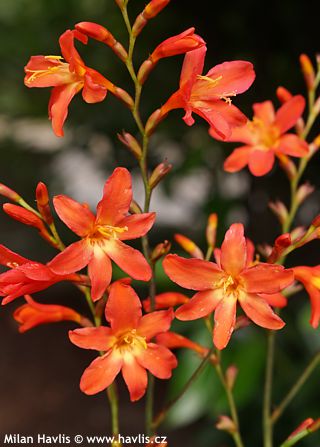
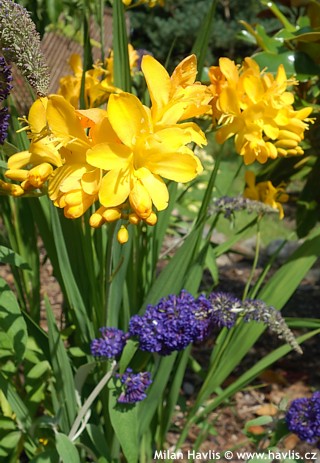
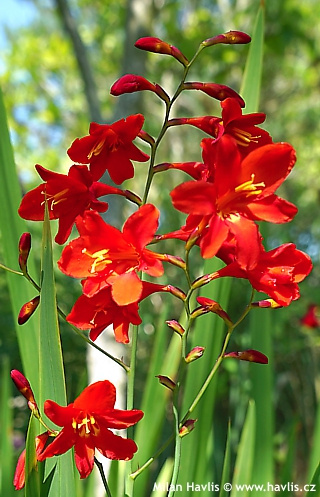
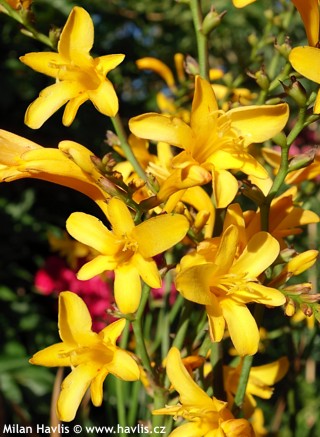
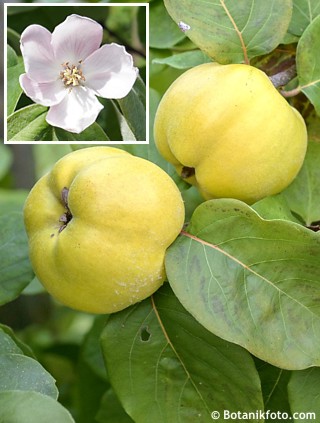
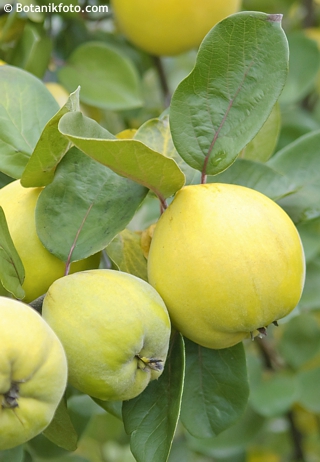
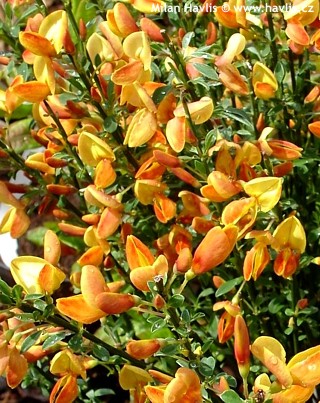
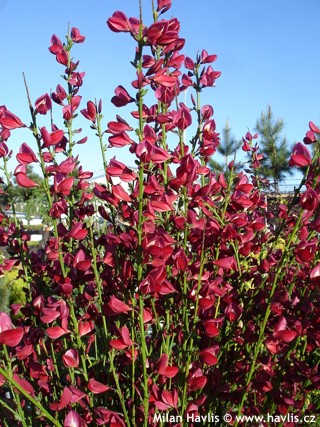

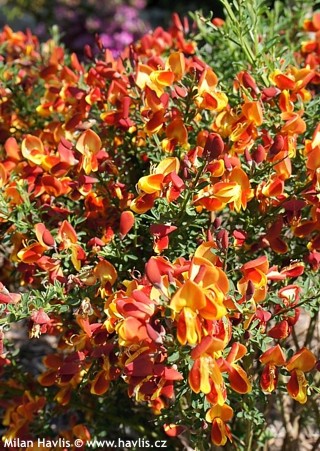

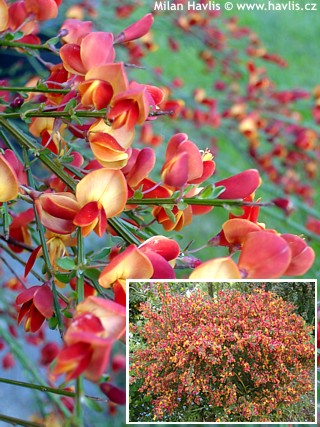
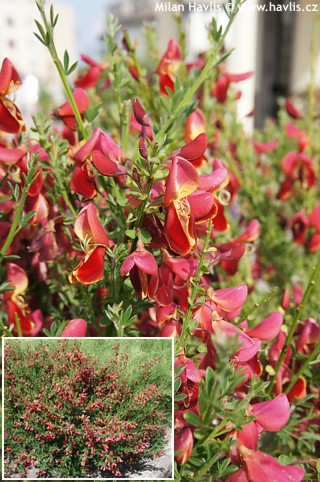
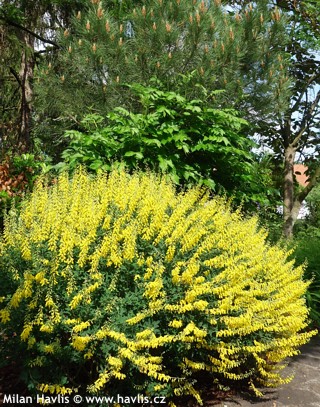
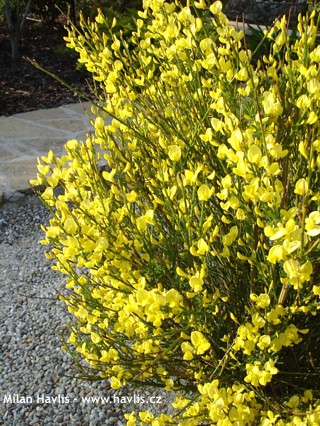
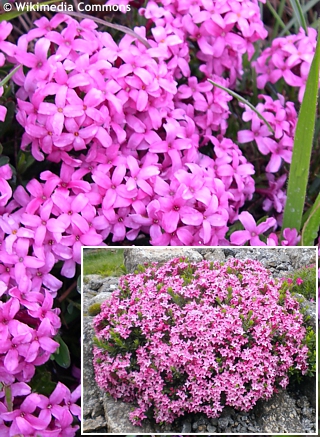
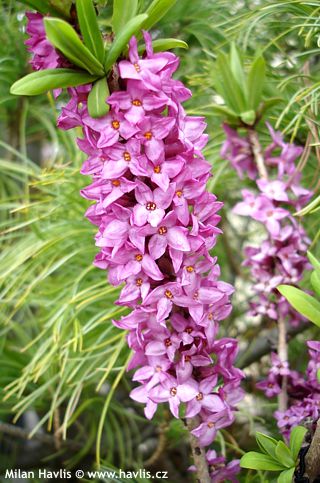
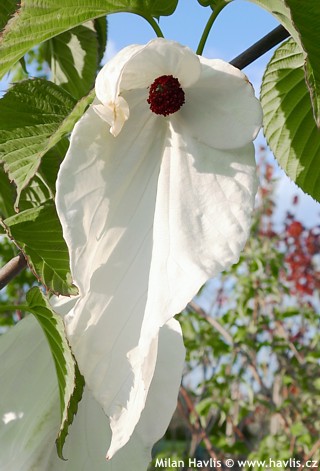
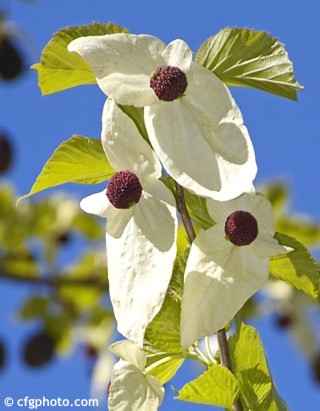
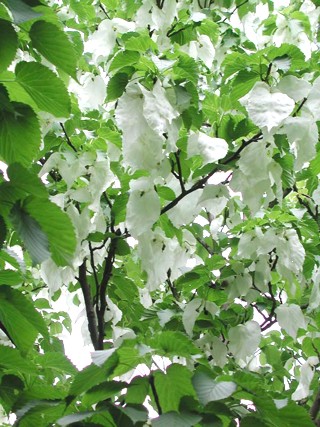
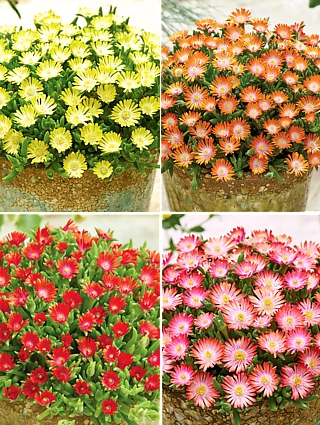
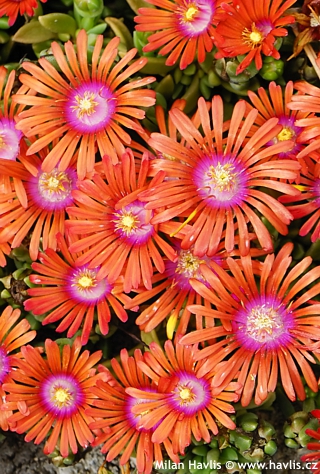
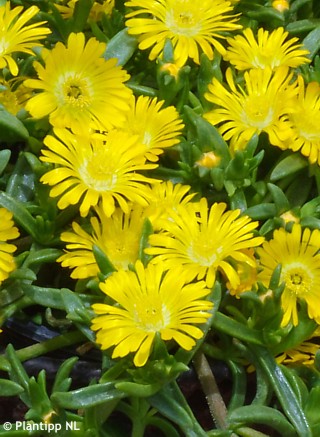
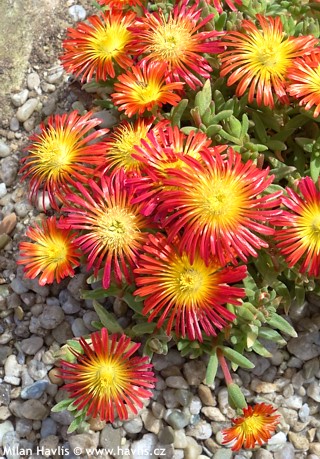
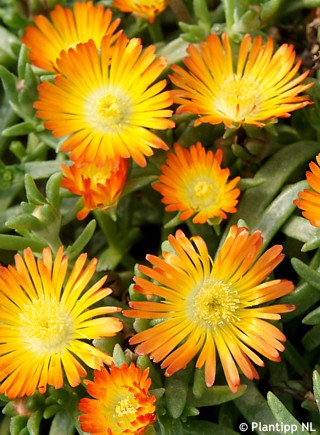
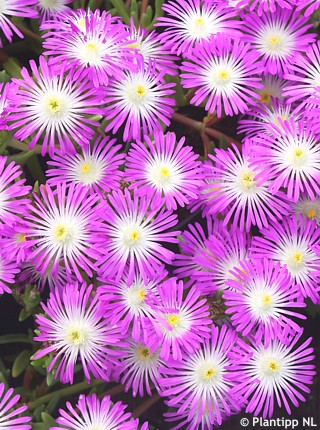
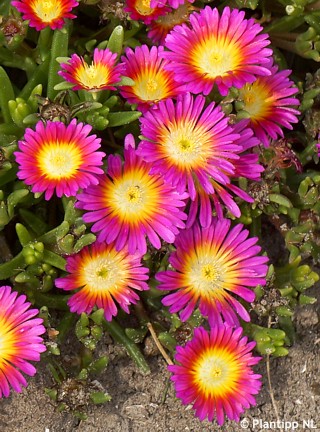
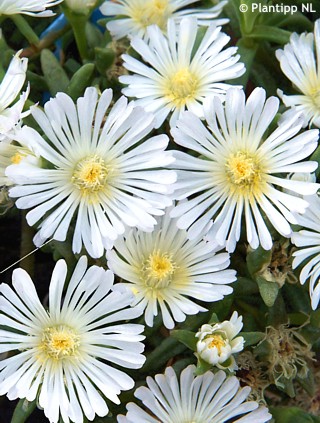
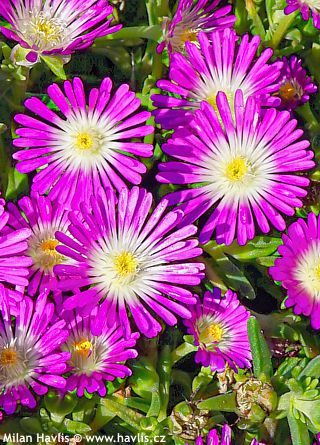
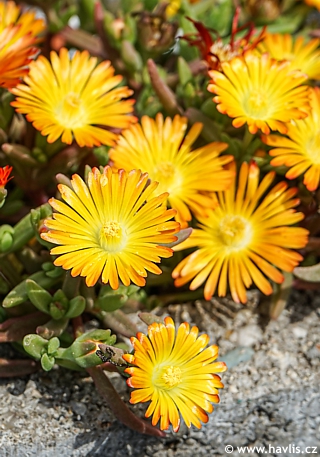
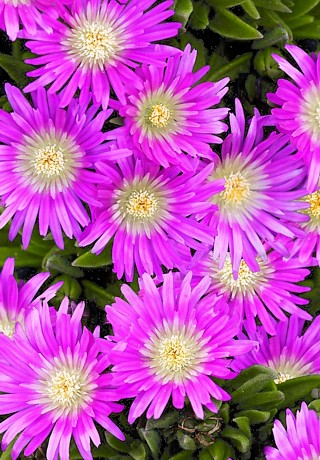
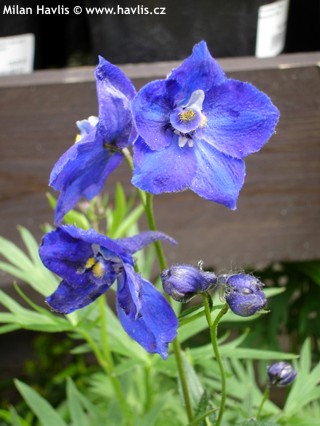
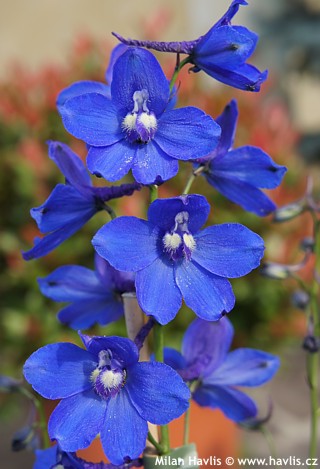
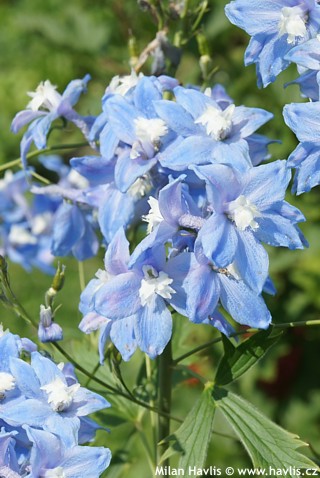
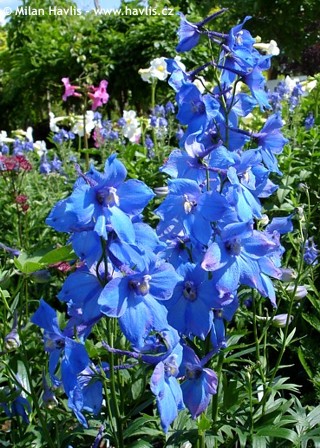
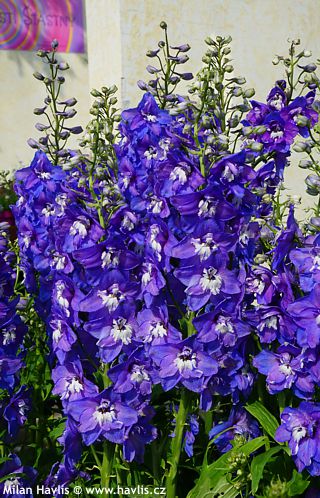
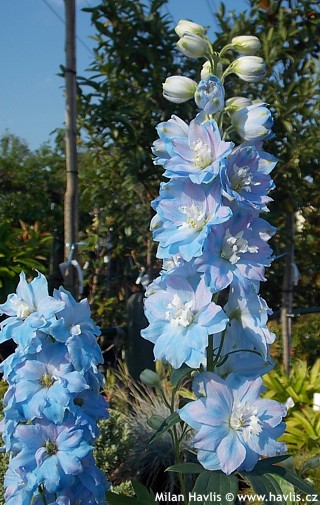
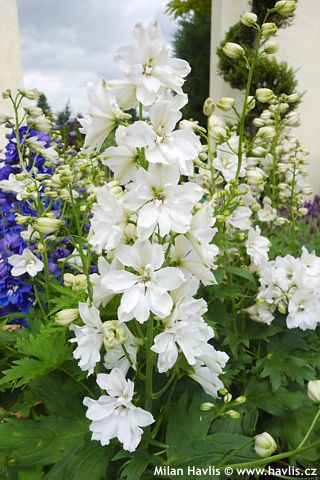
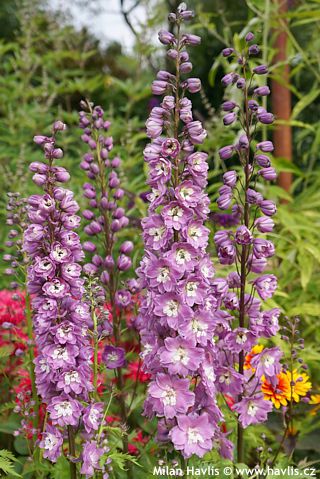
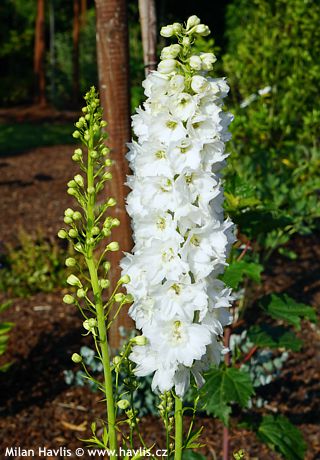

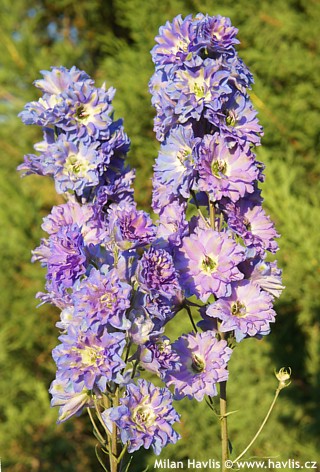
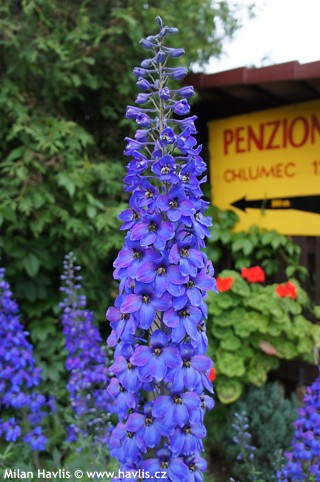
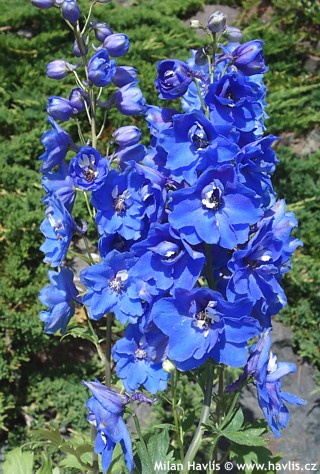
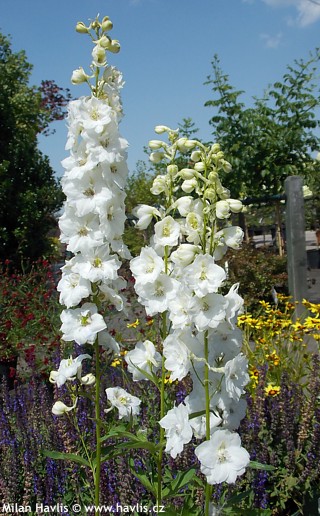
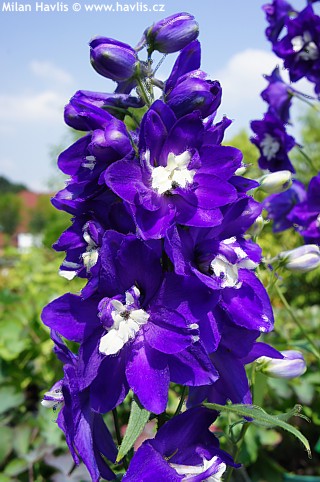
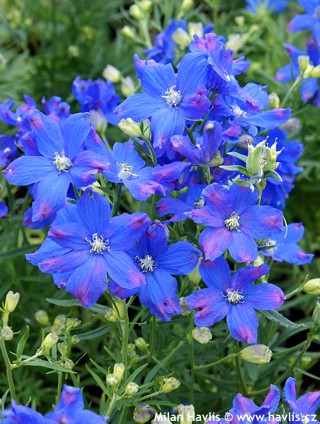
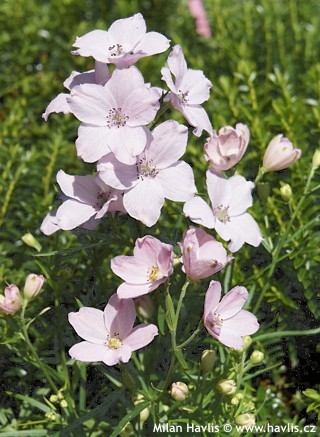
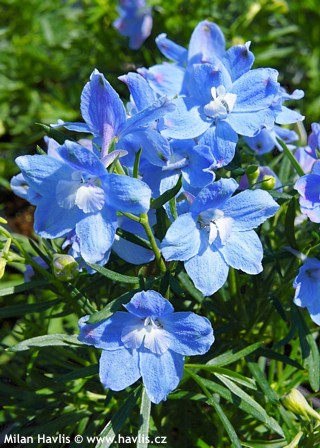
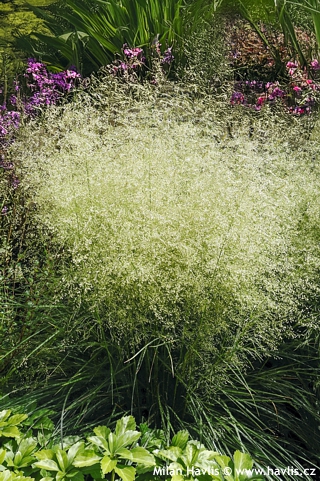
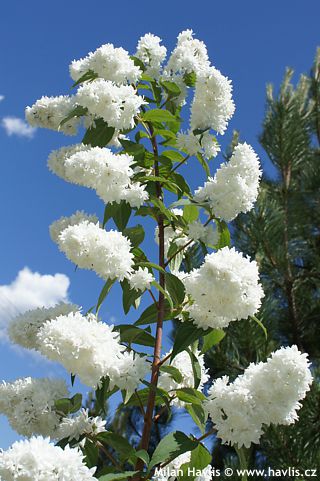
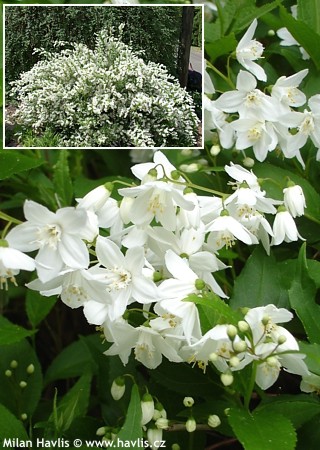
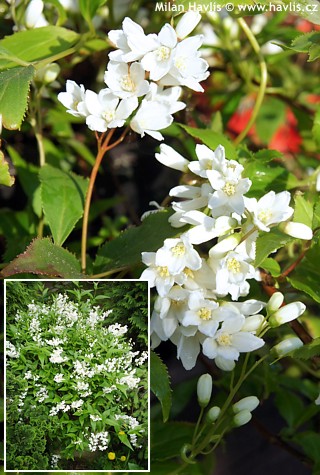
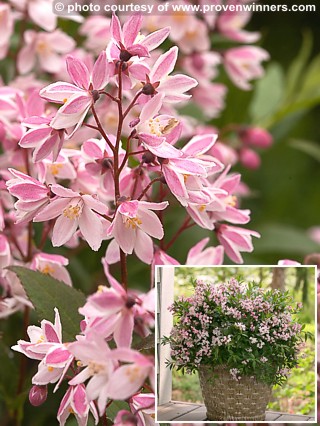
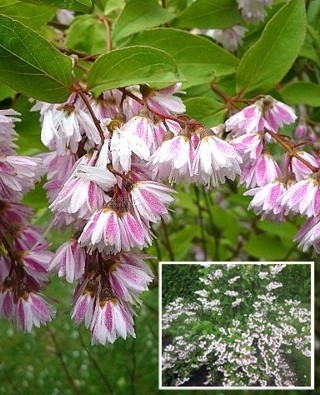
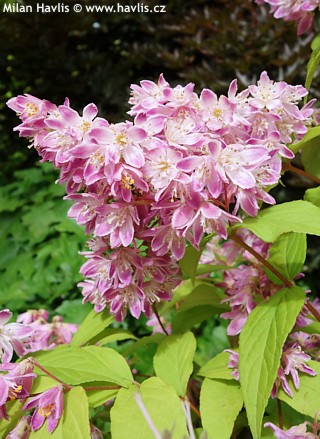
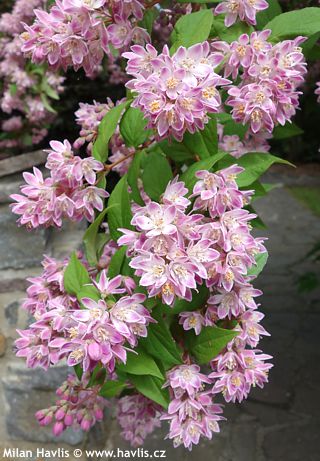
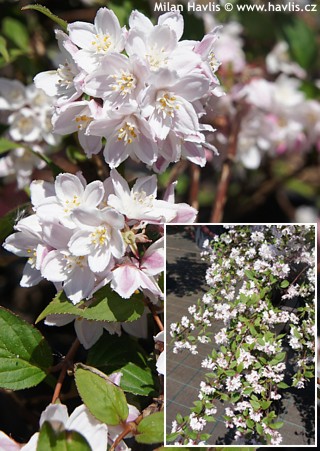

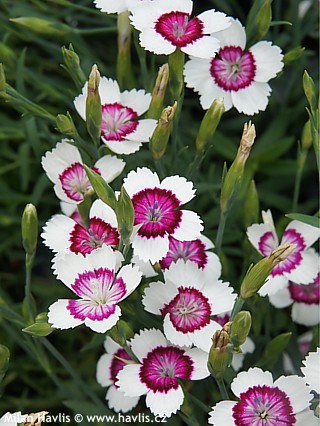

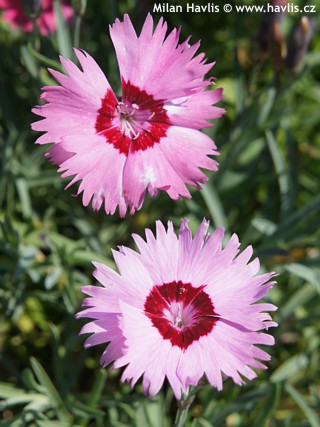
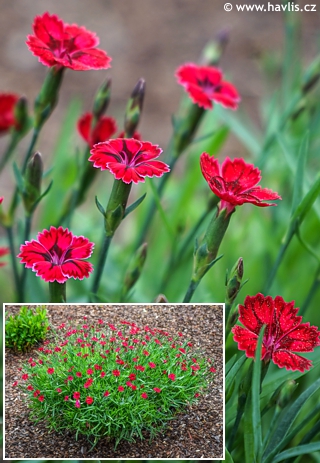
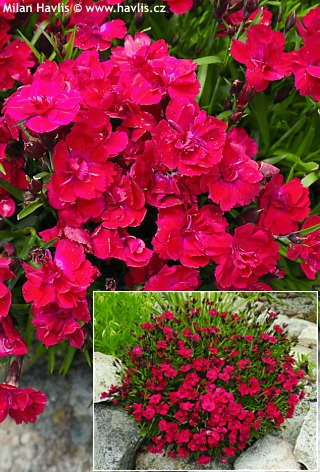
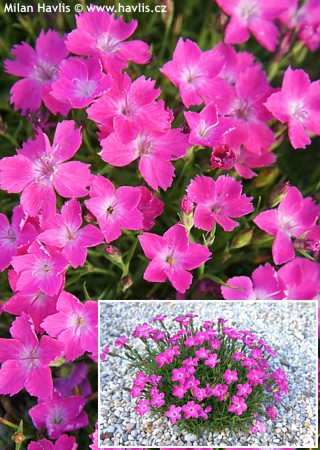
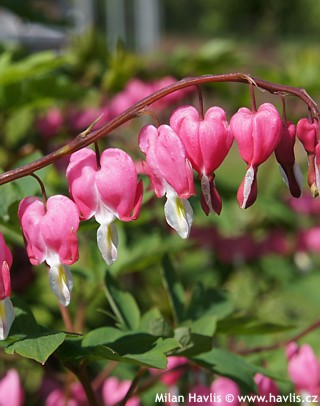
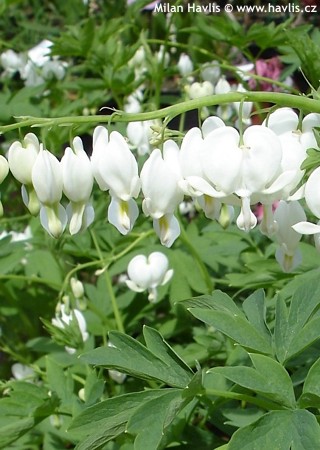
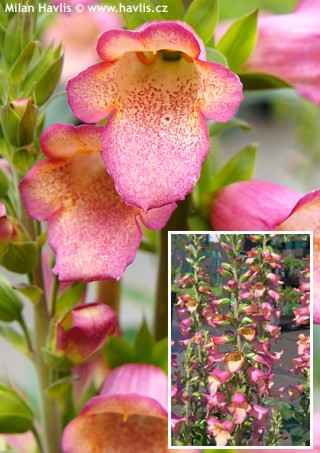
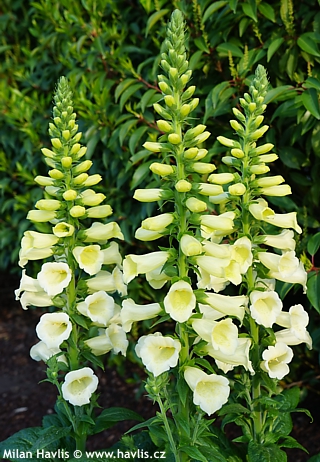
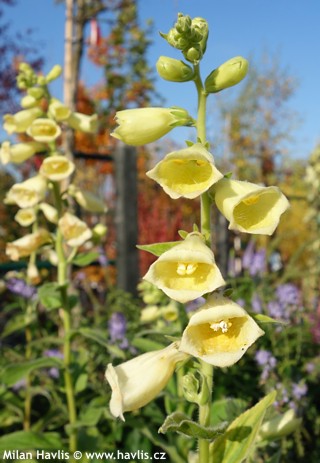
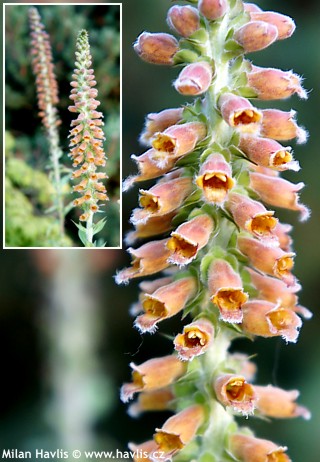
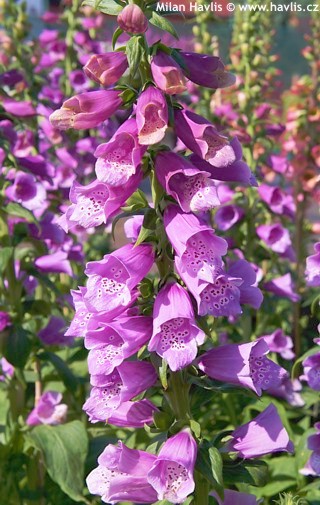
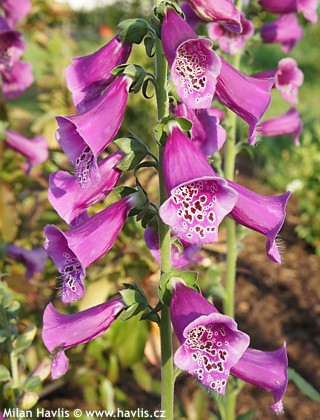

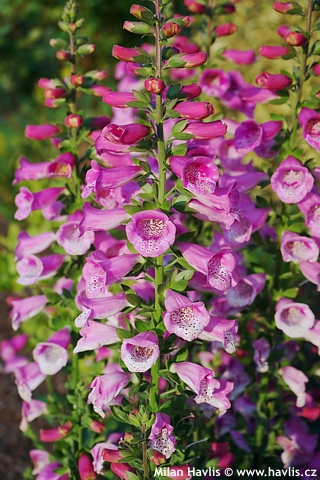

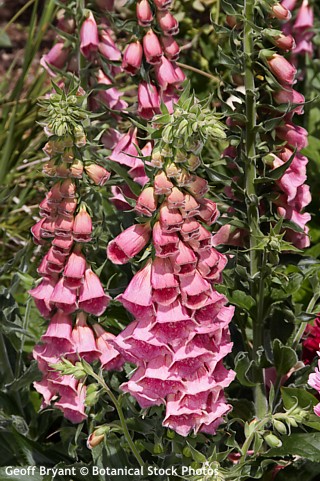
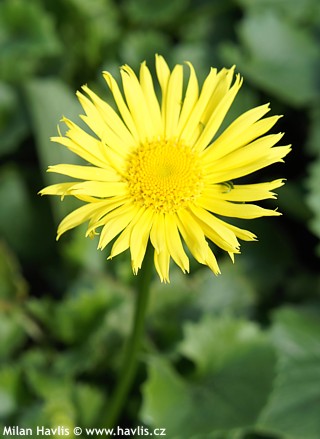
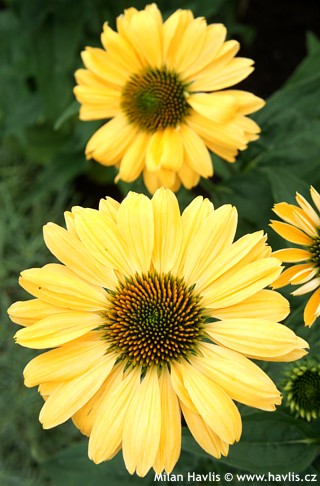
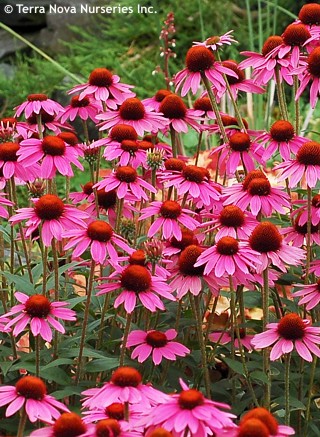
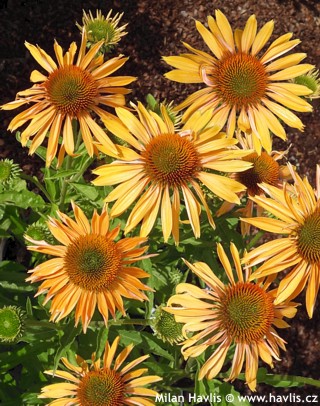
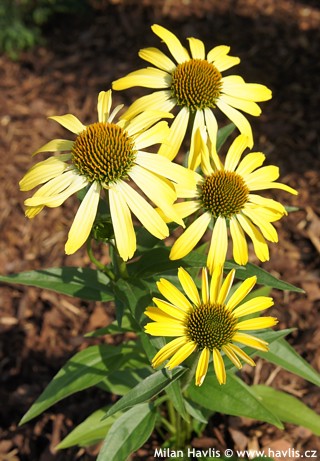
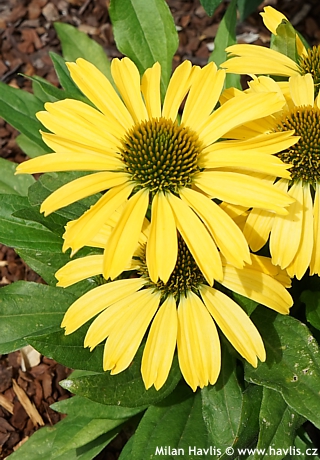
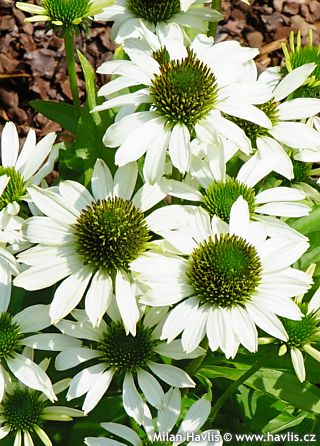


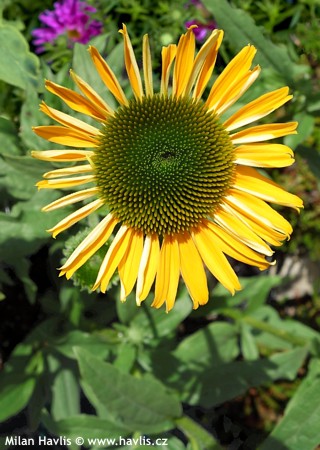
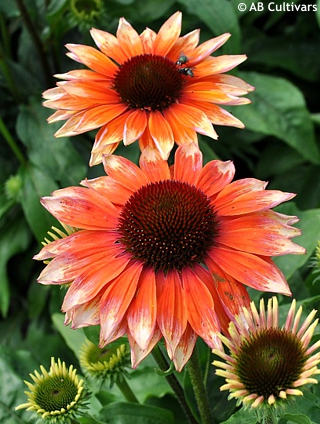
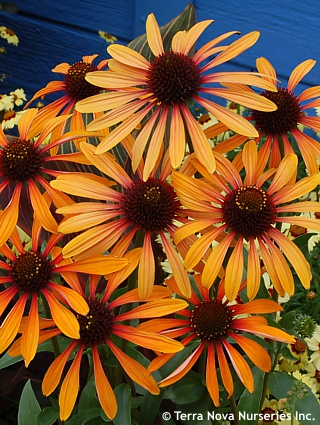
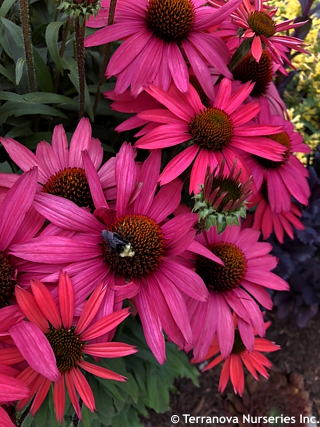
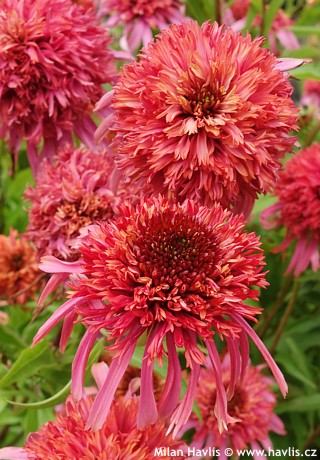


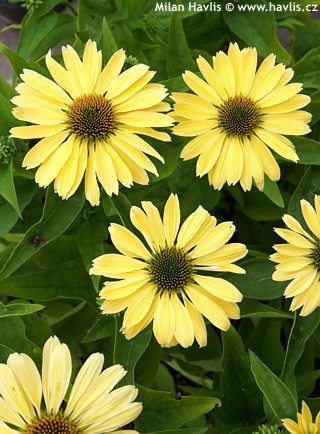
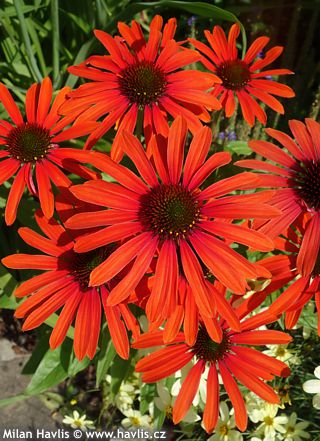
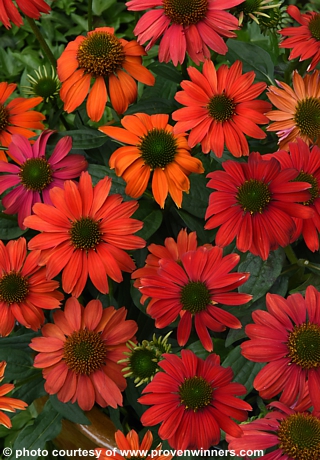
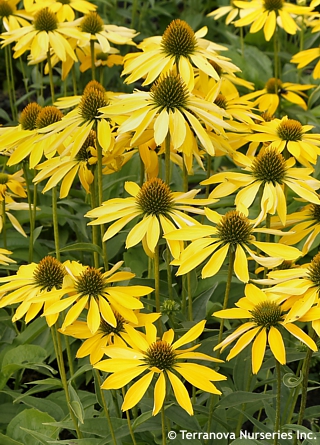
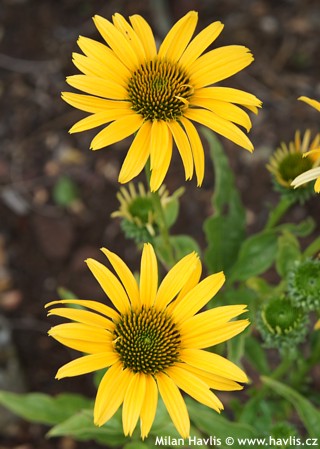

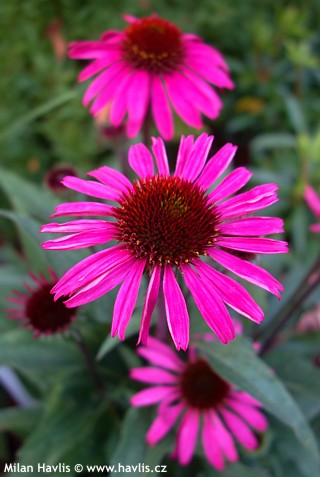
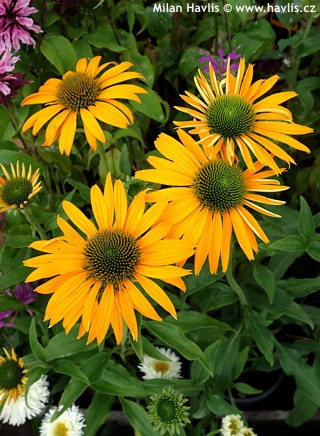
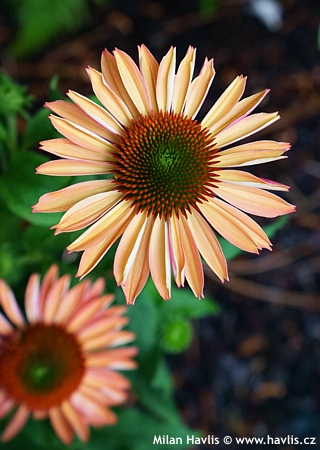

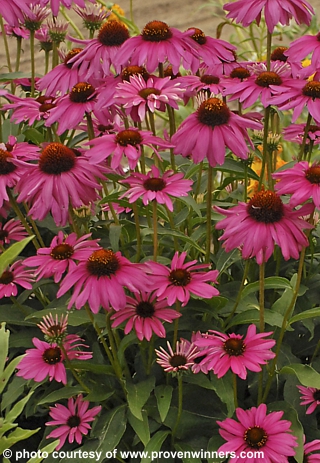
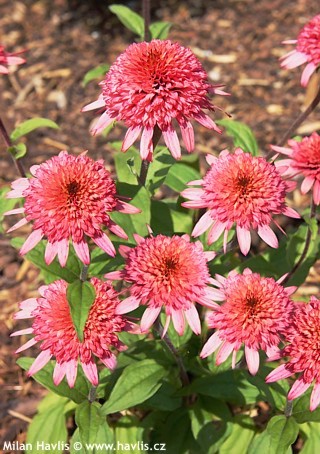

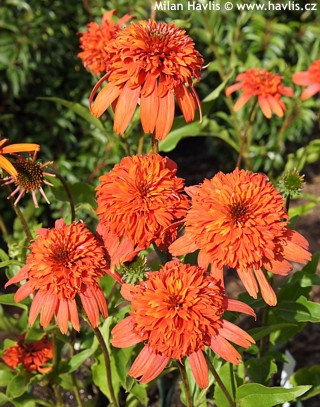
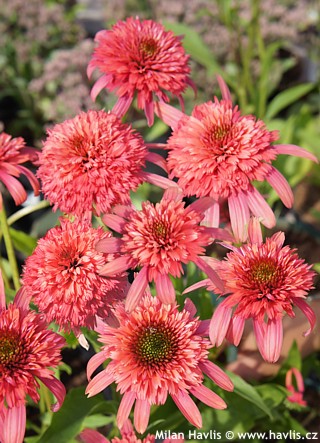
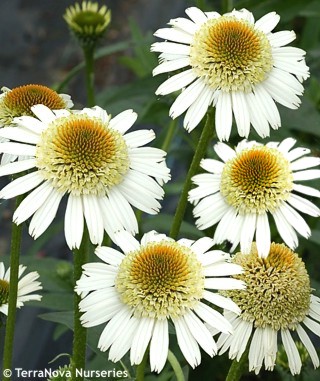
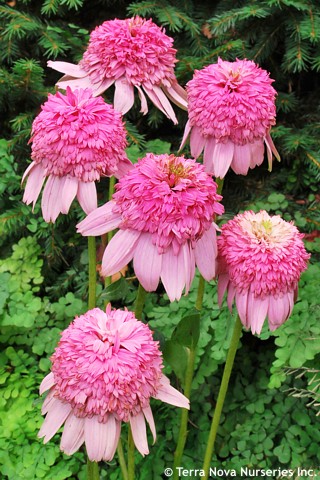
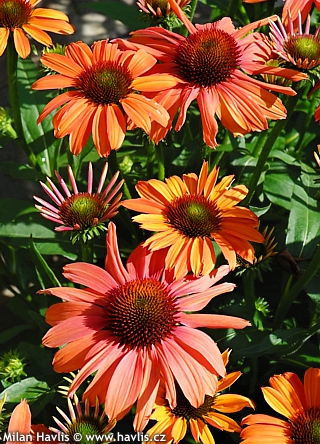
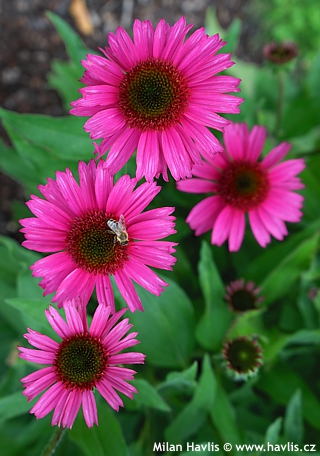
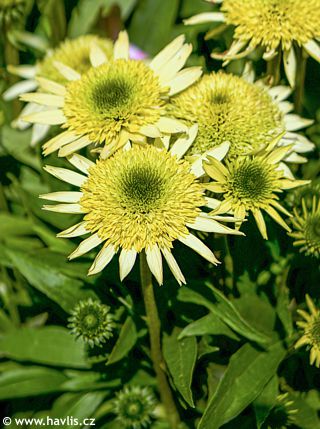
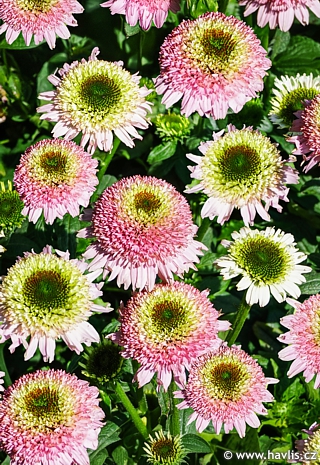
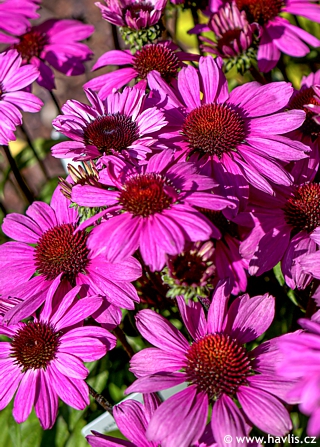
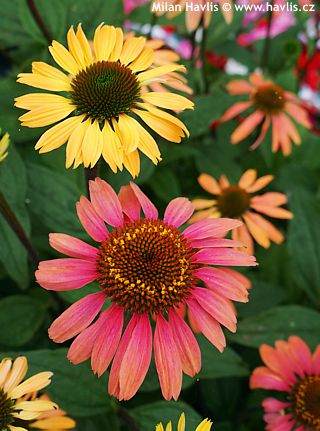
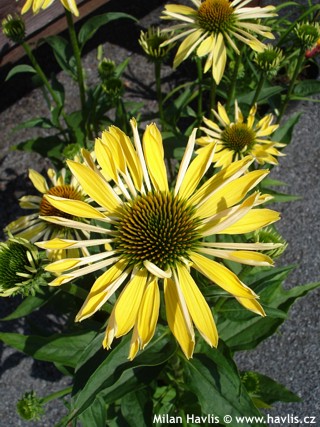
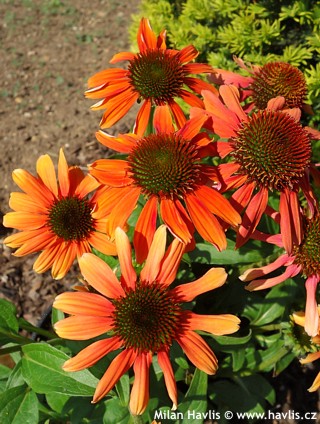
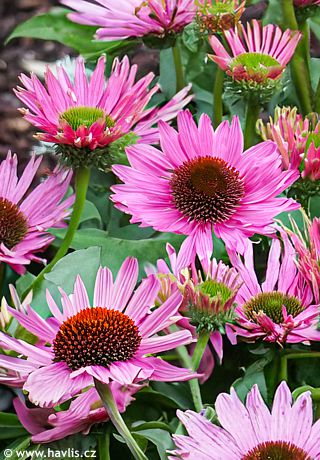
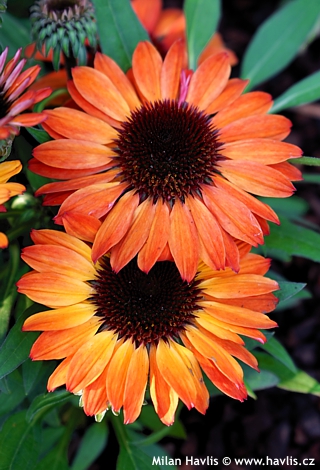
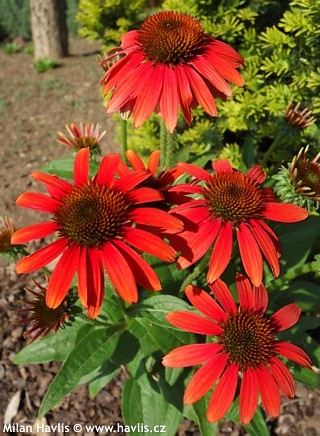
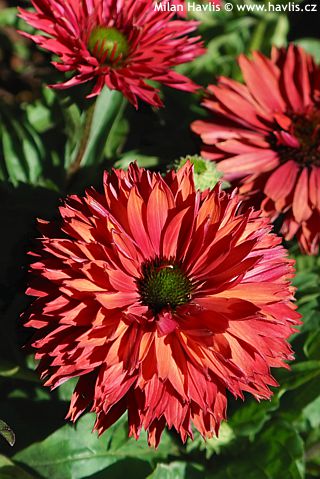
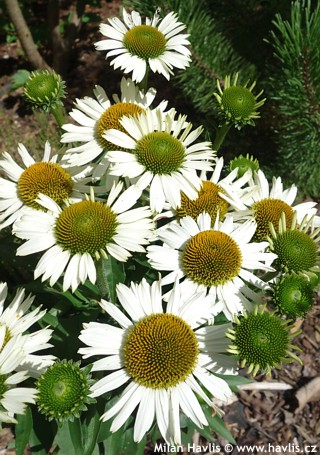

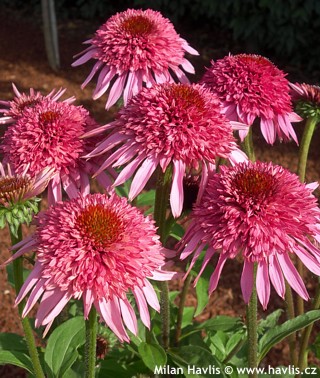
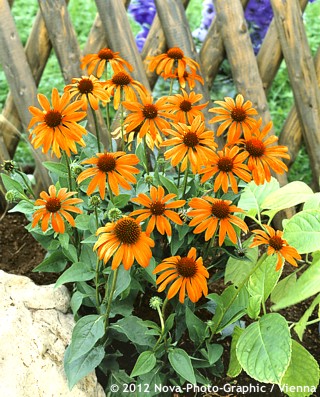
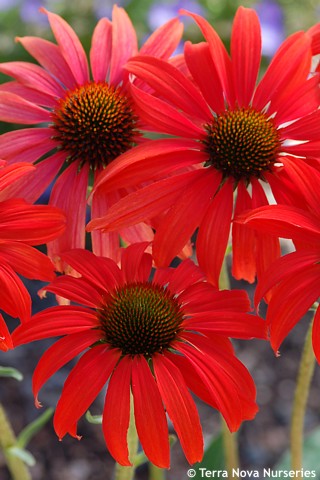

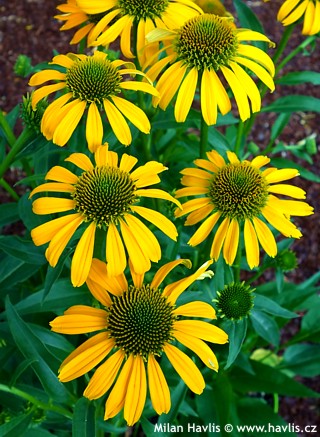
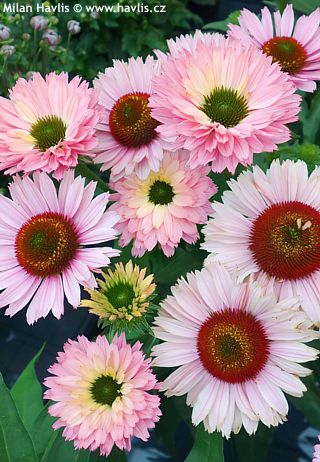
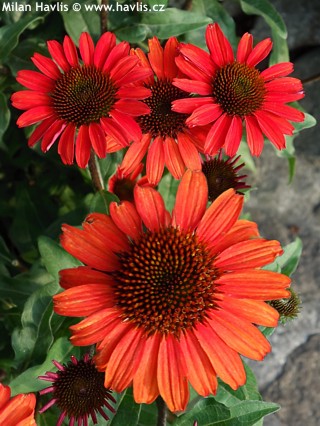
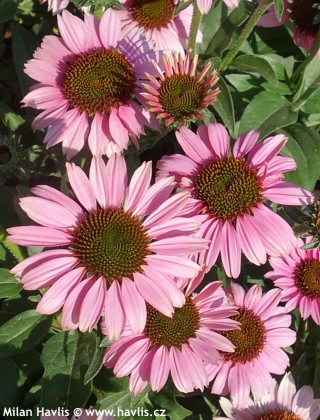
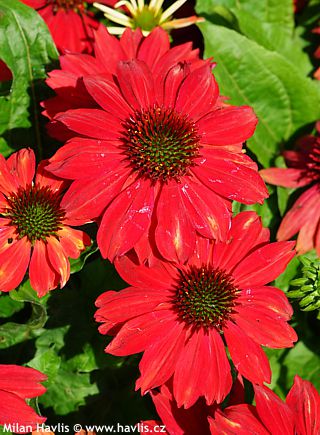
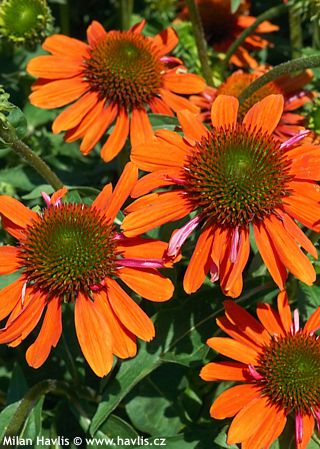

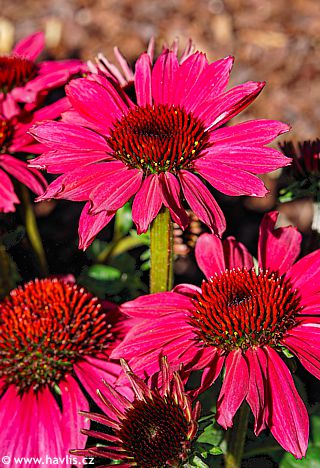
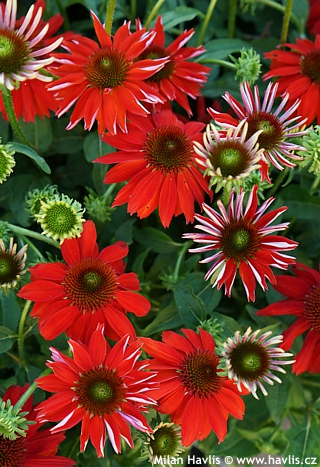
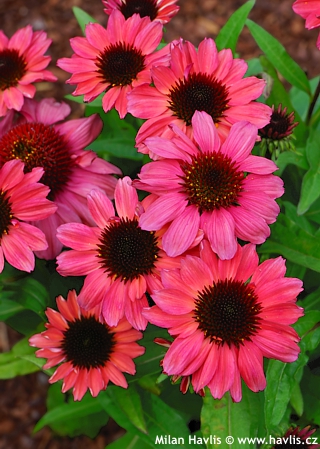
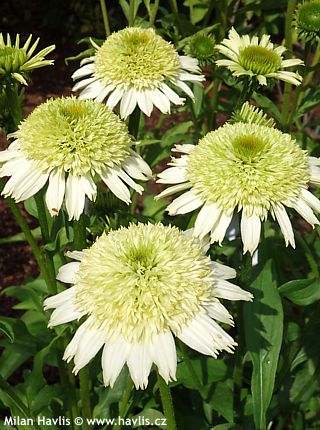
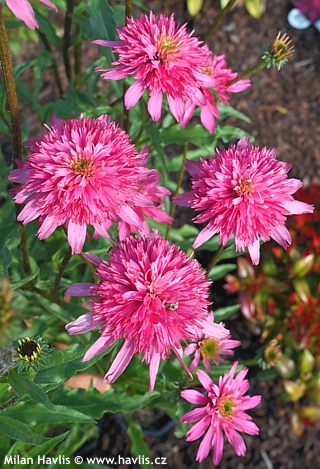
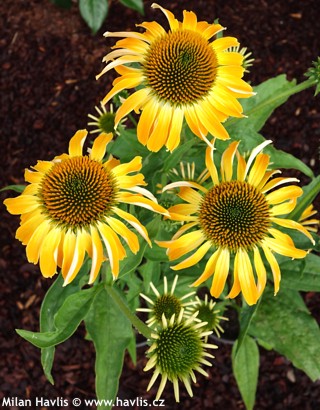
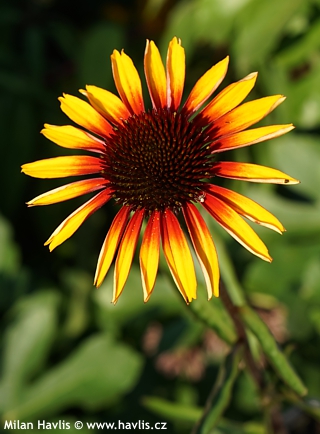
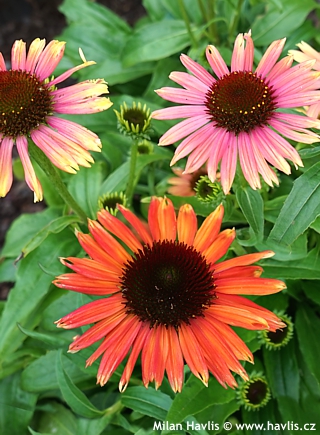
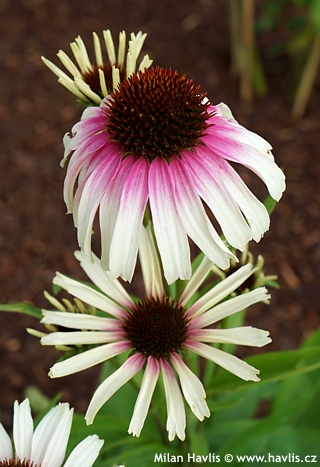
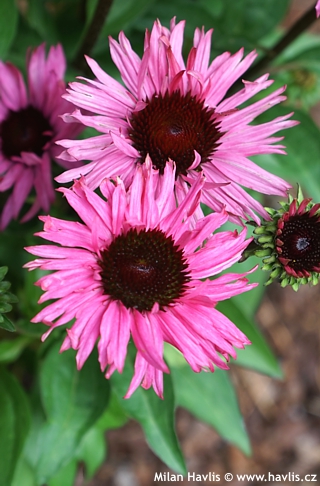
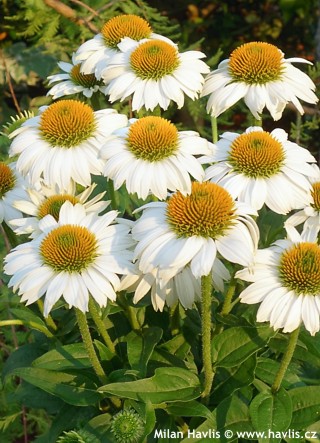
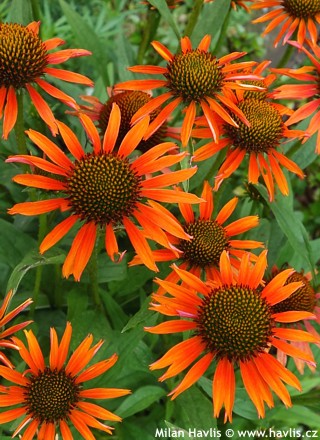
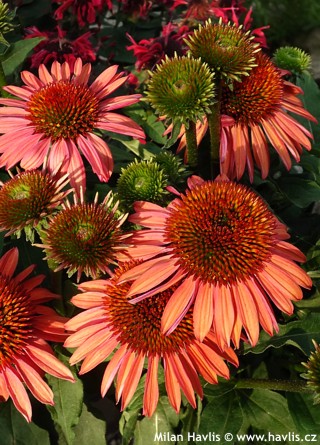

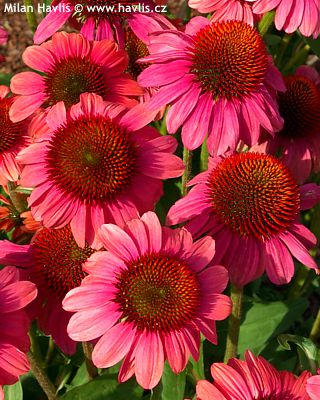
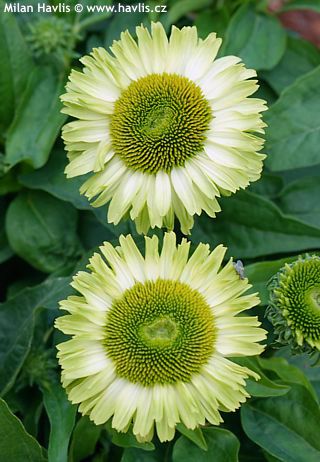
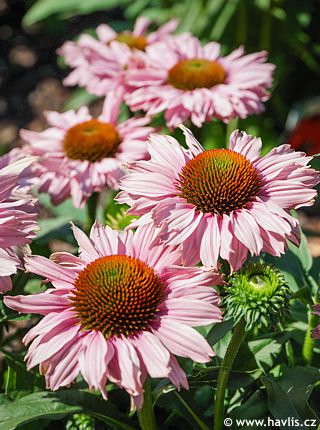
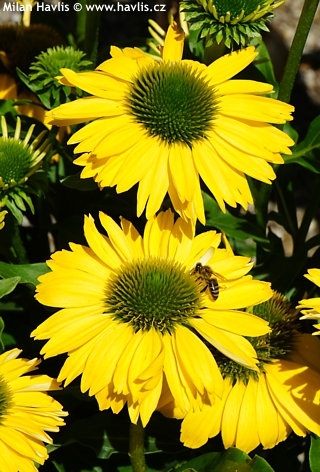
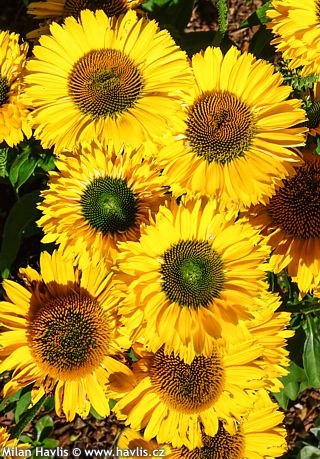
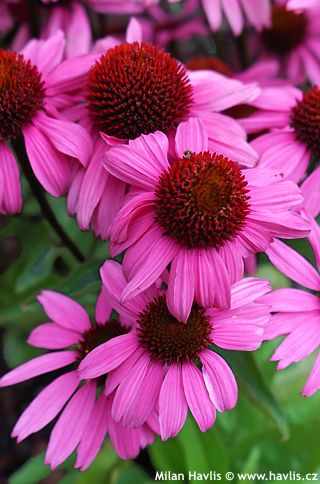
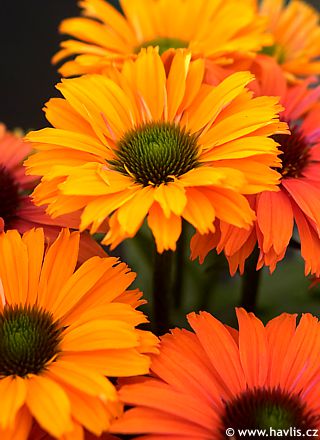
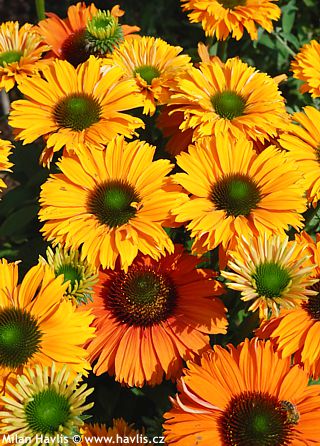
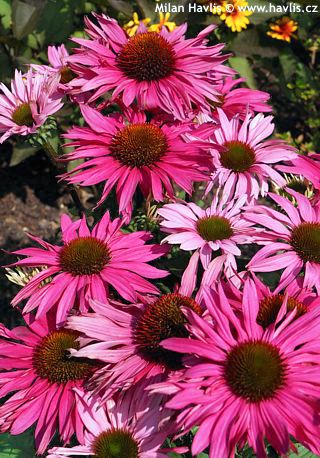
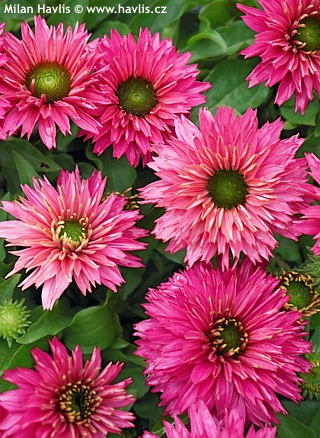
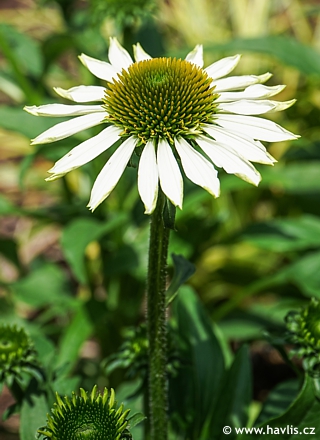
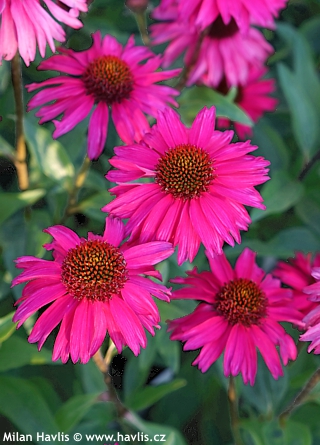
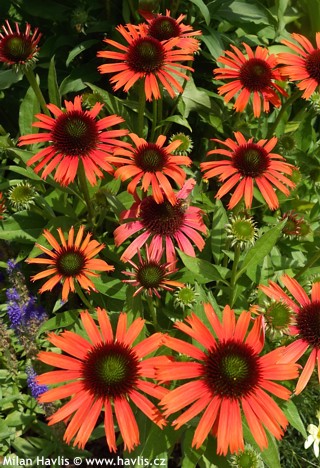
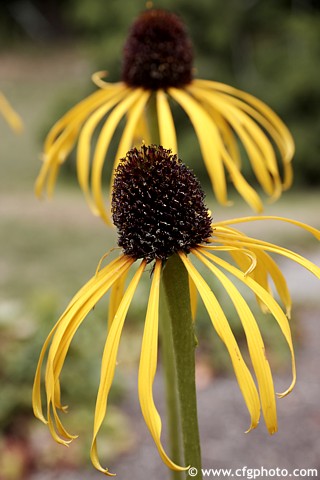
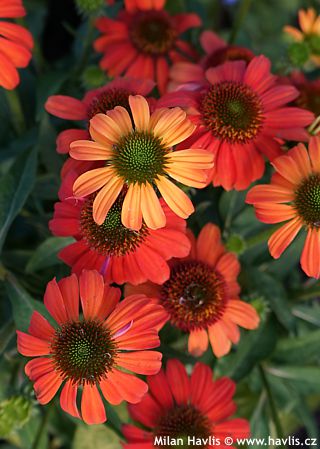
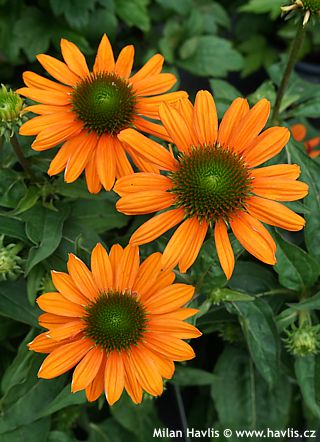
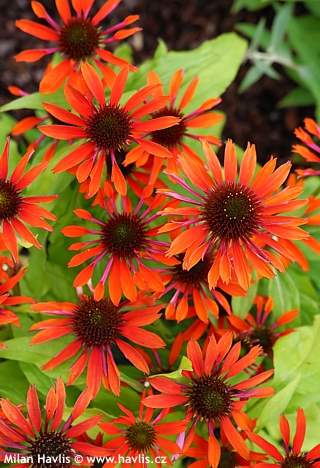

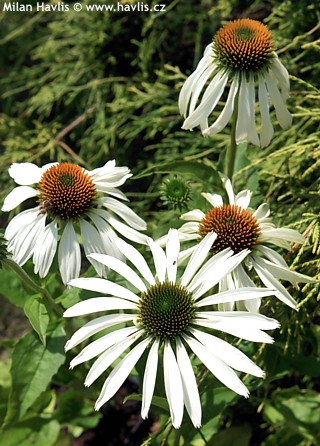
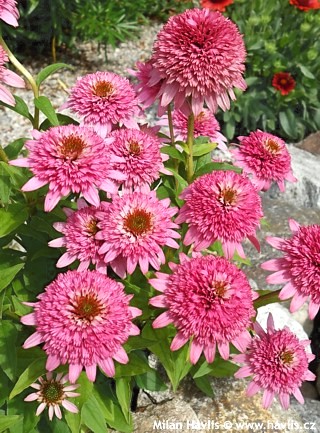
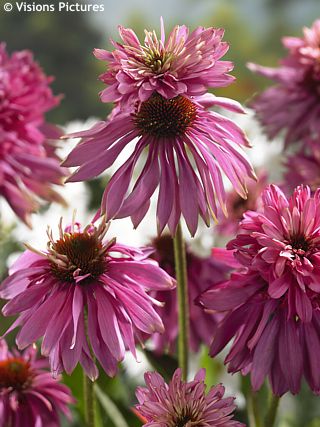
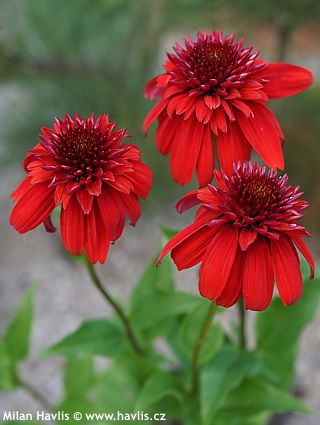
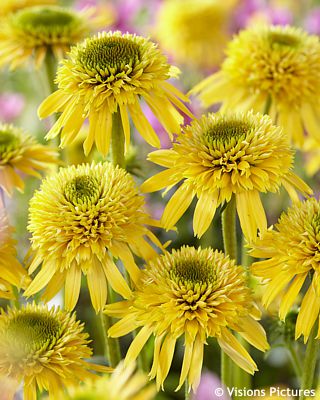
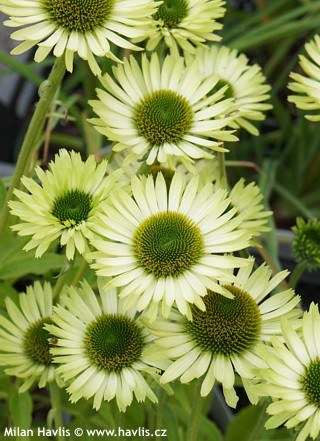
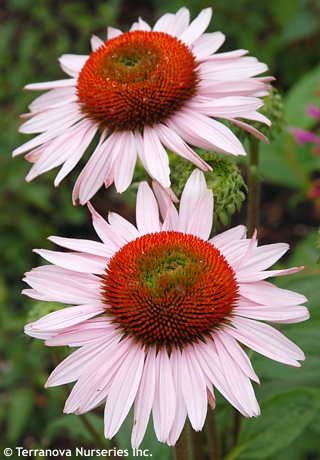
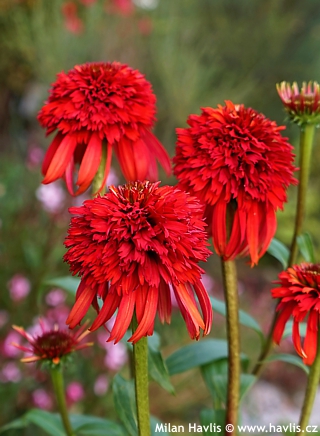
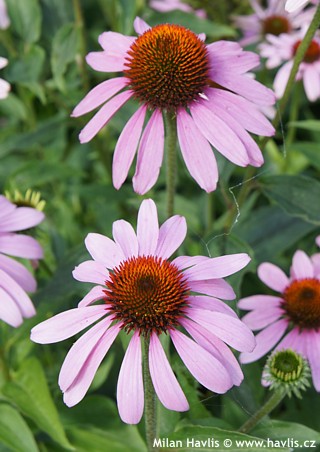
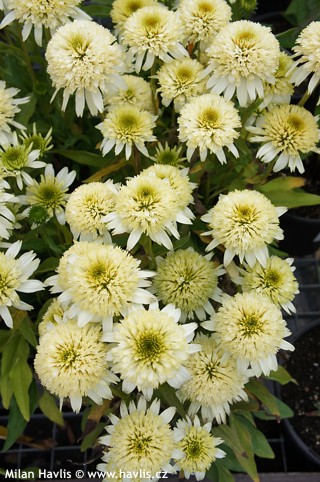
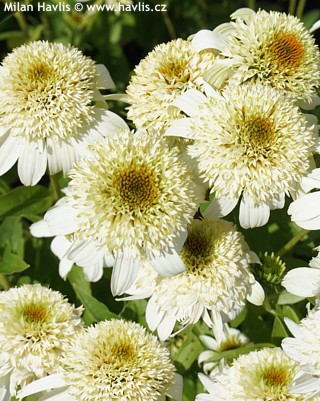


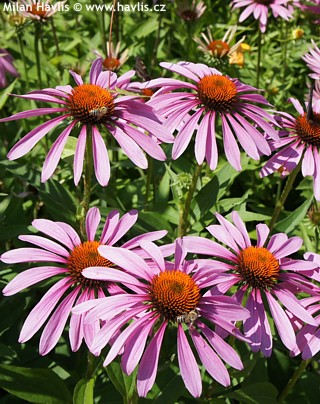
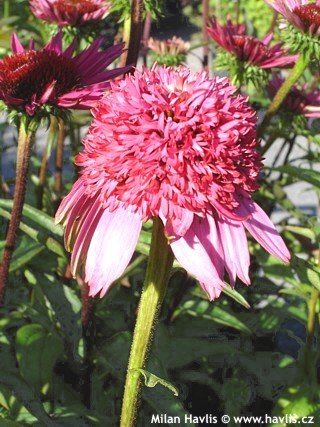
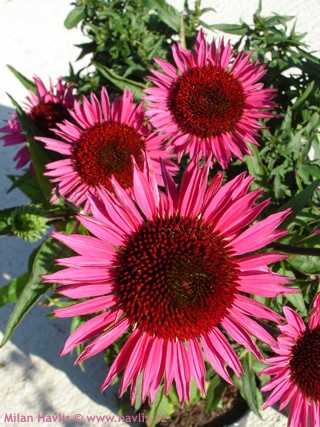
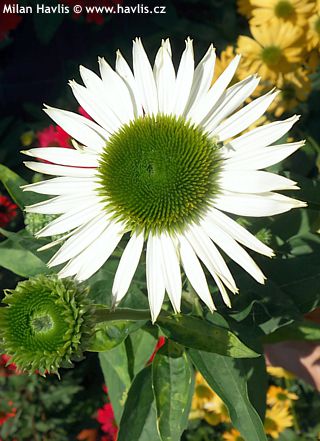

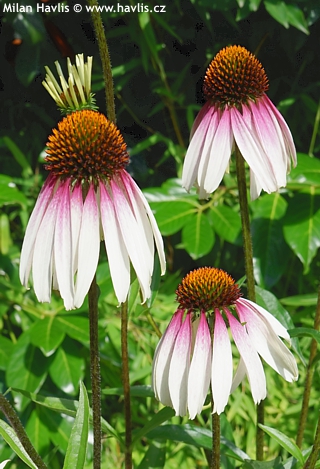
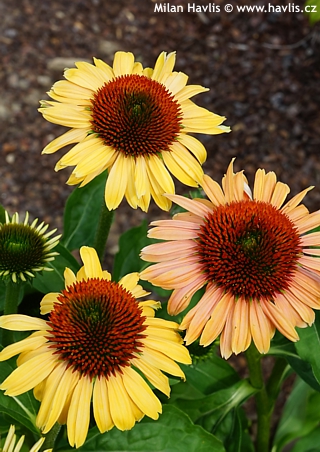
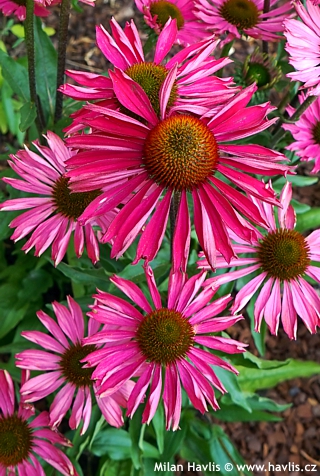
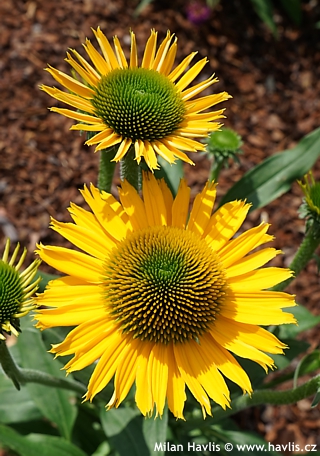
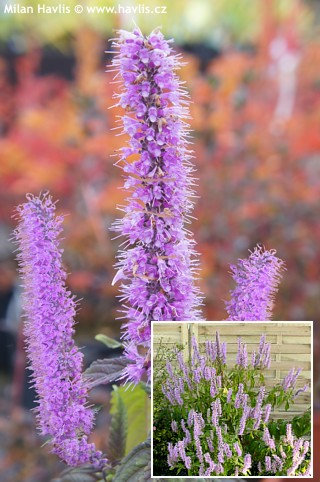
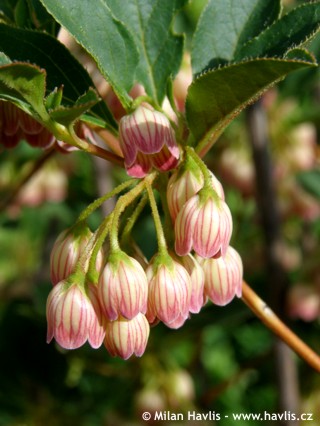
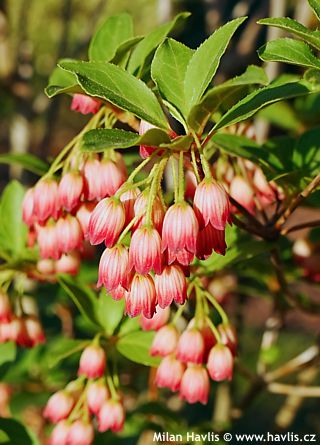
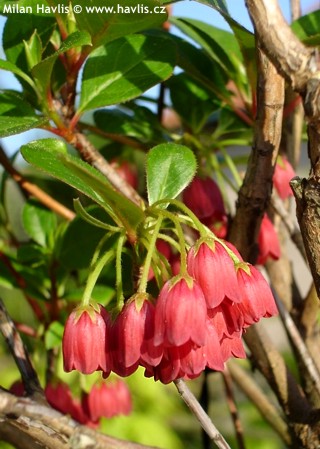
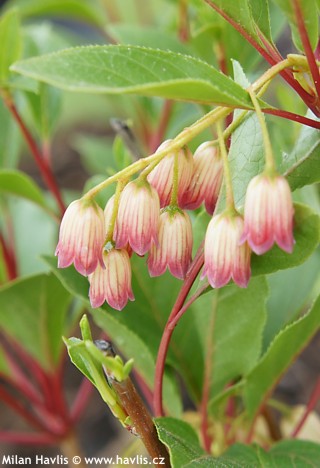
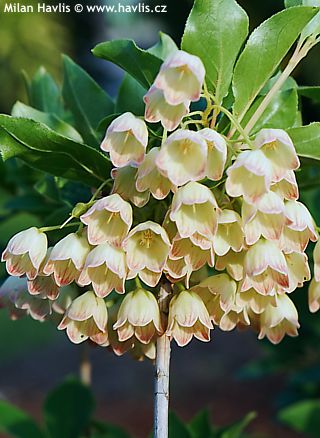
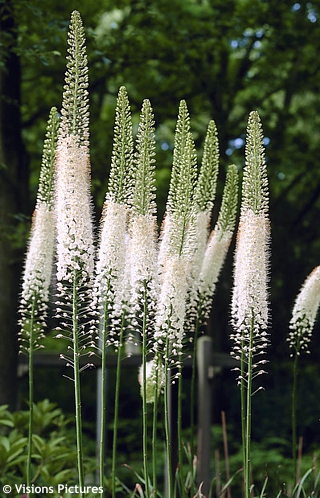
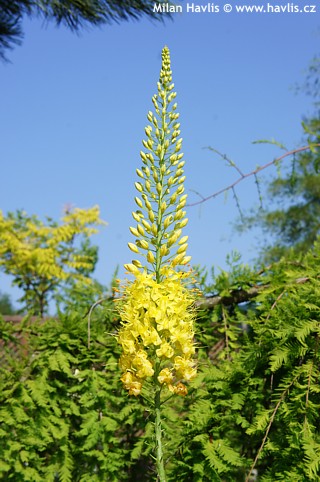
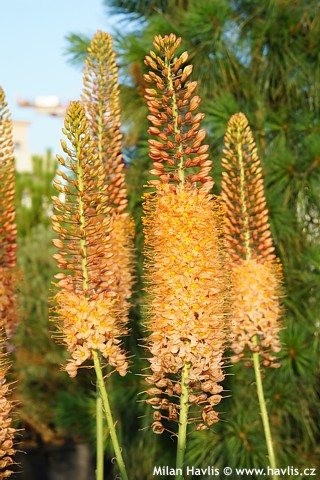
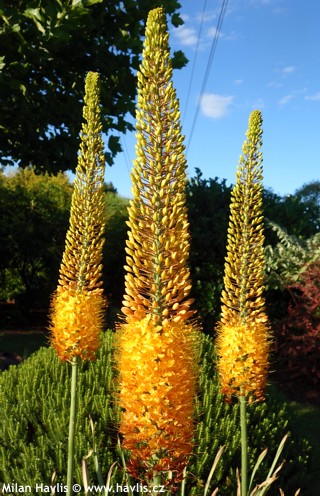
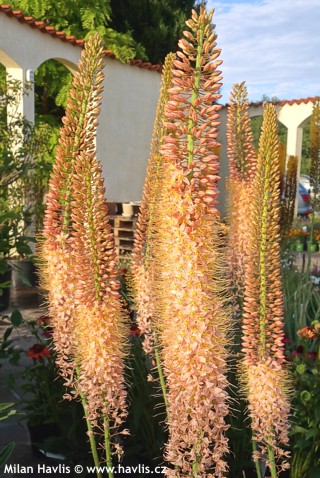
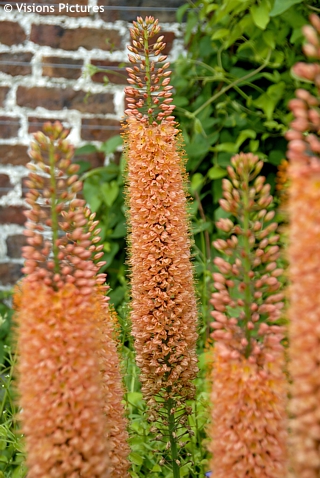
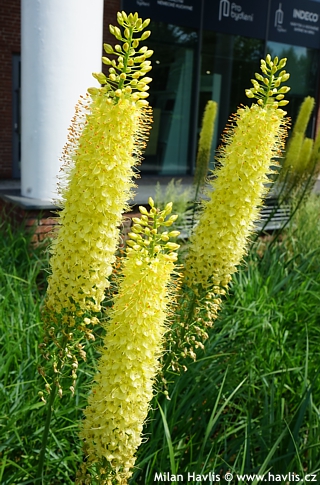
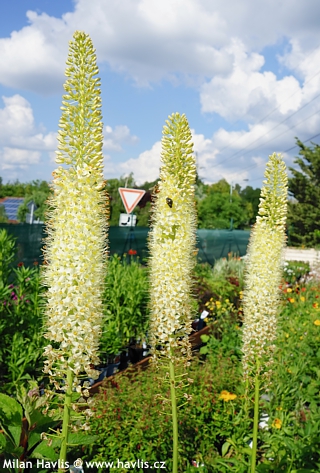
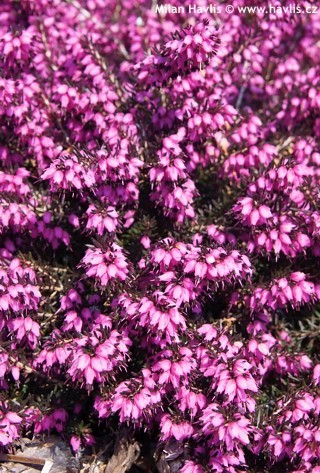
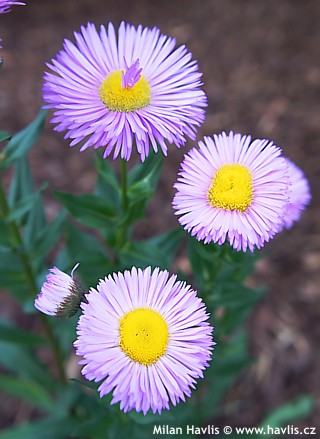
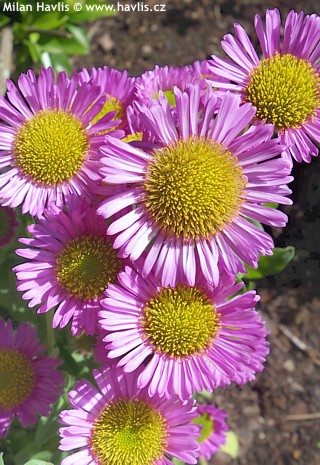
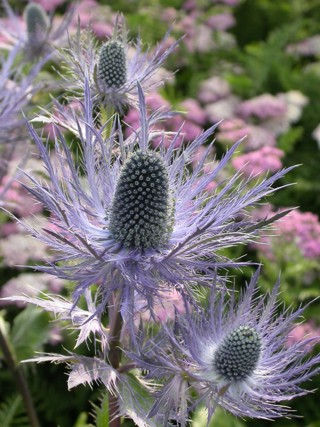
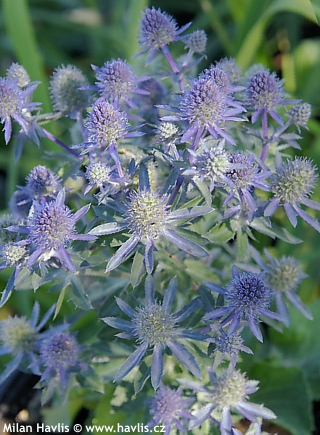
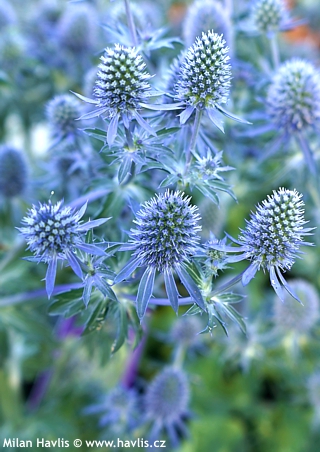
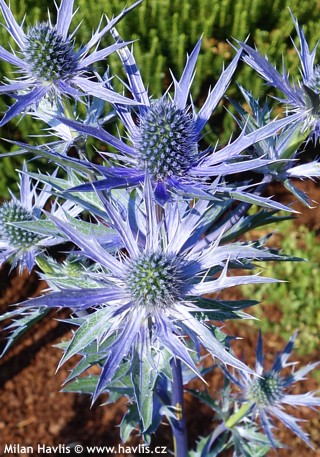
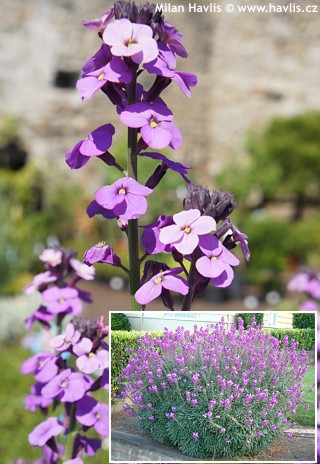
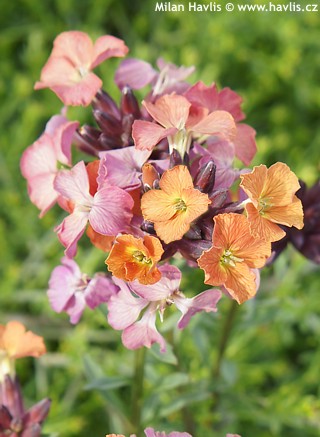
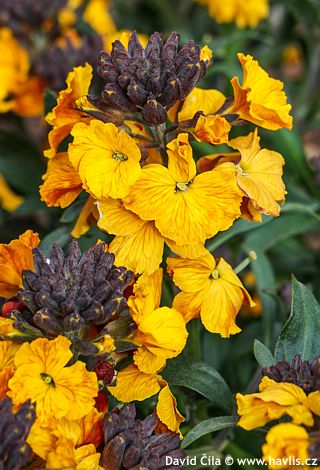
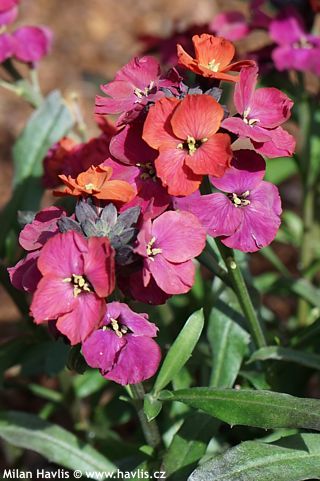
.jpg)
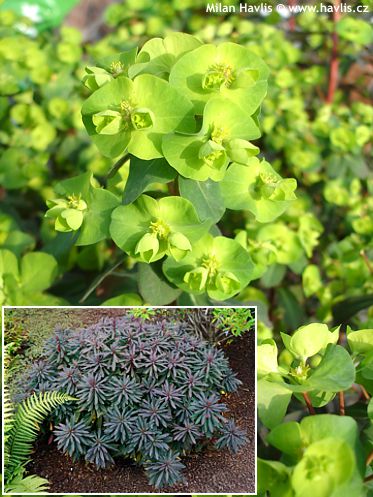
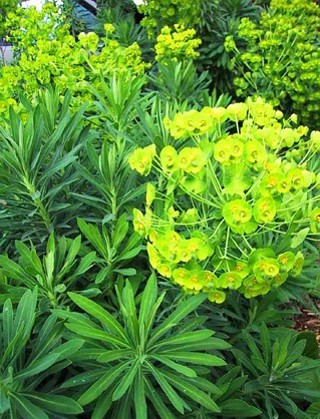
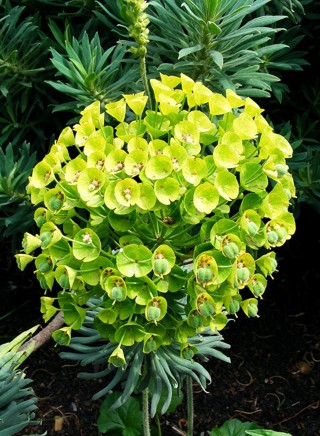
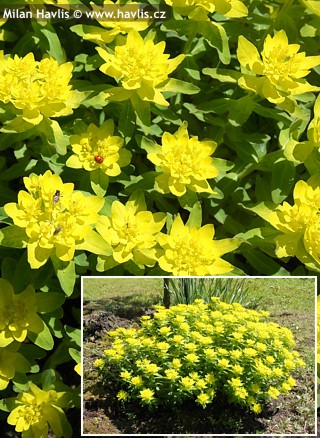
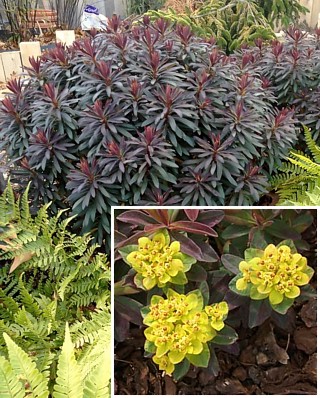
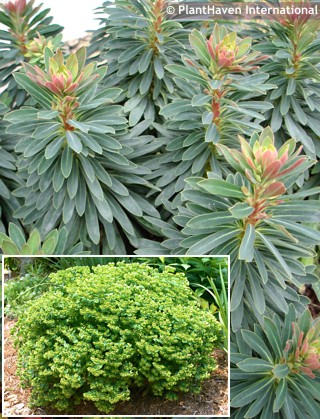
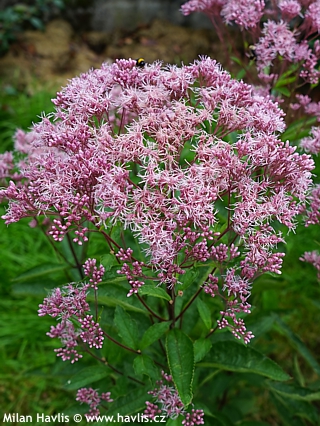
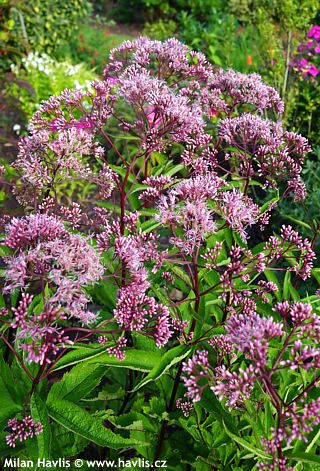
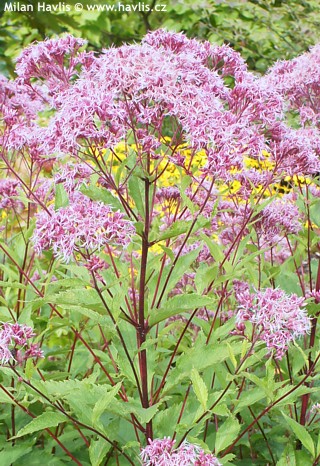
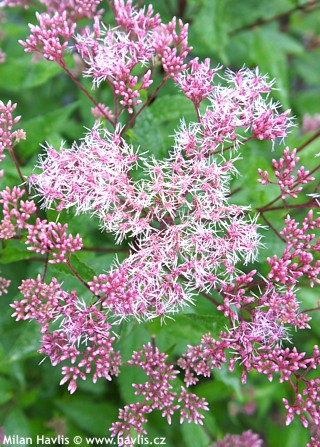
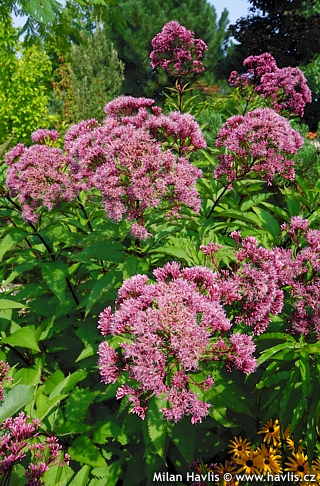
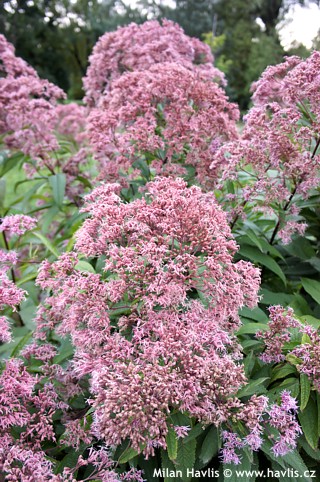
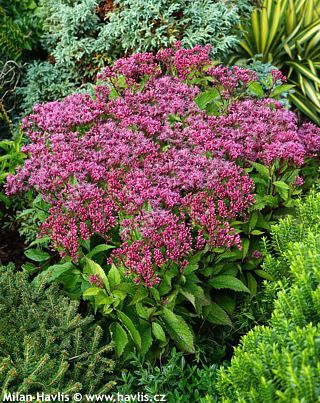

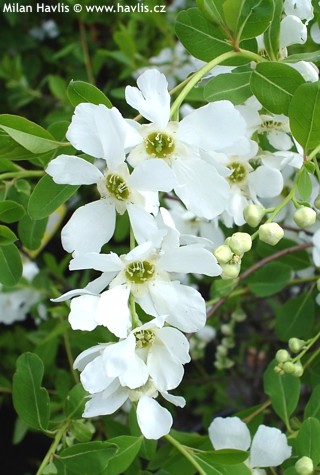
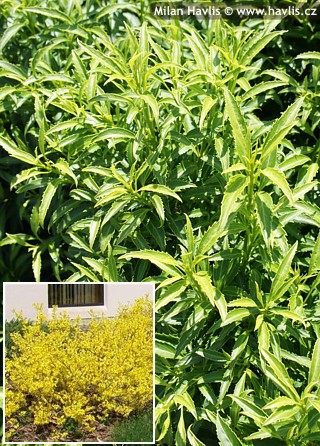
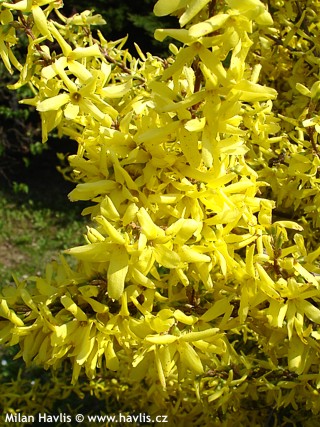
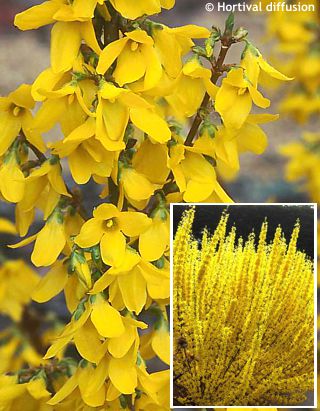
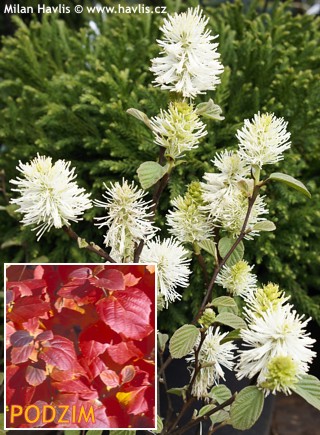
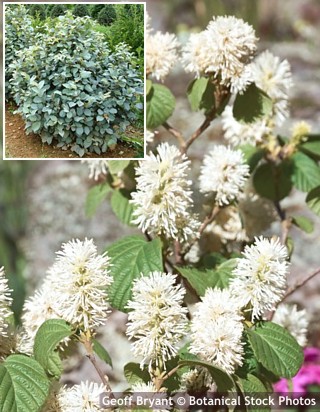
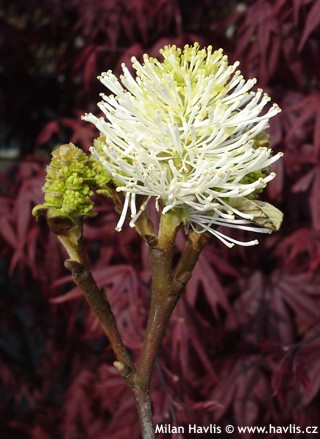
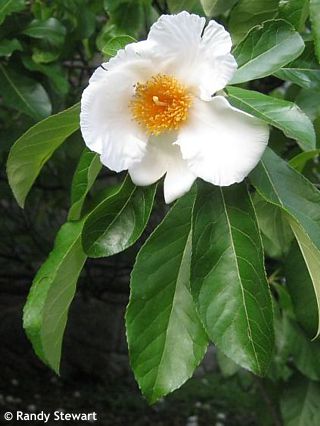
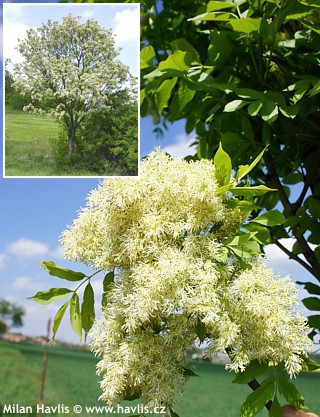
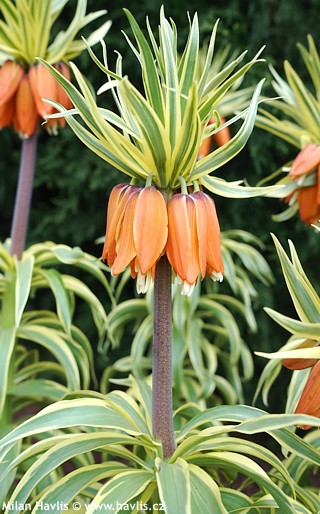
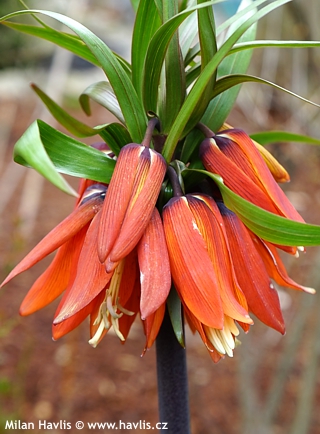
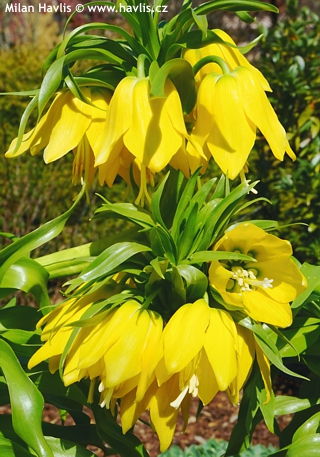
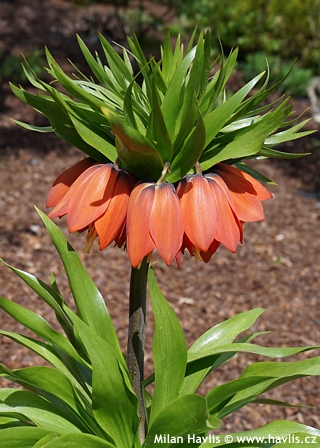
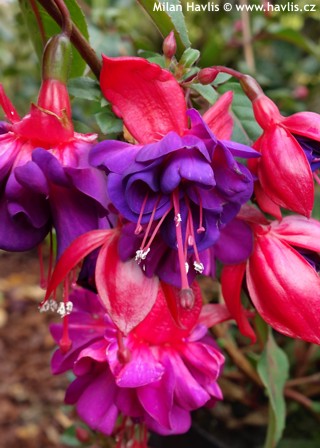
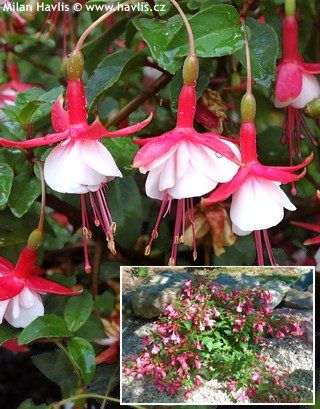
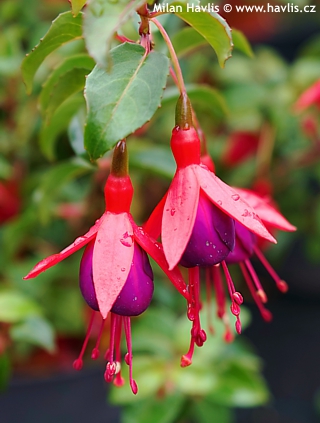
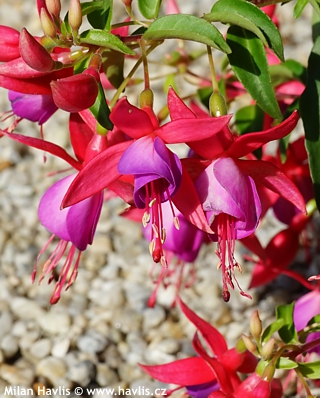
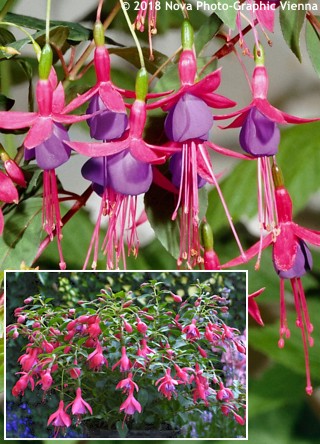
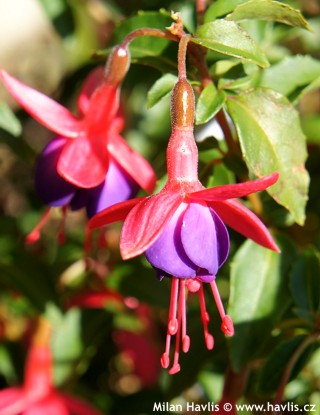
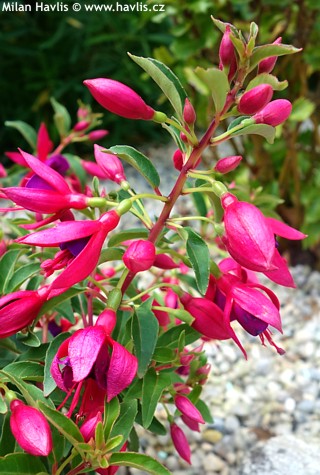
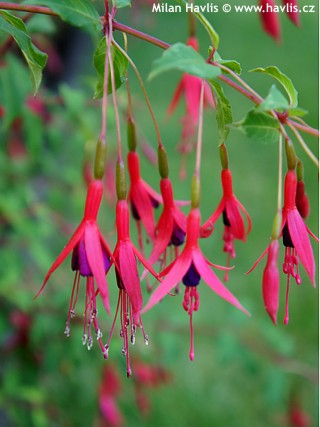
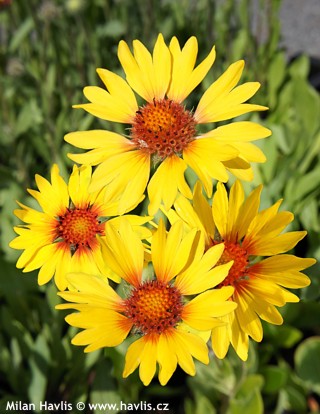
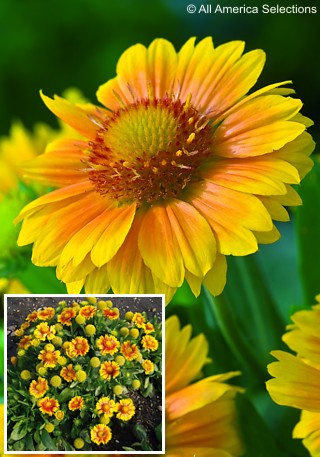
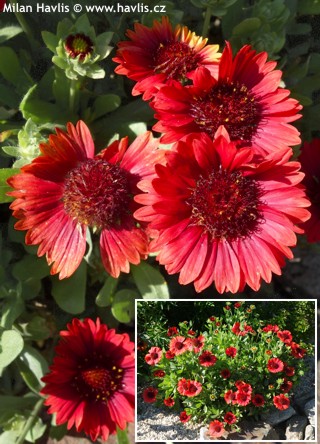
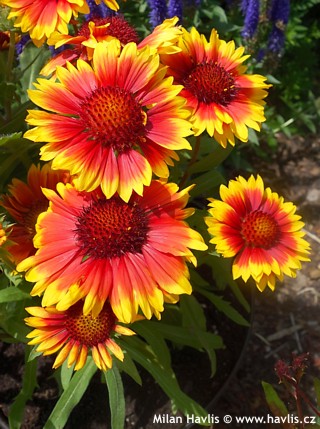
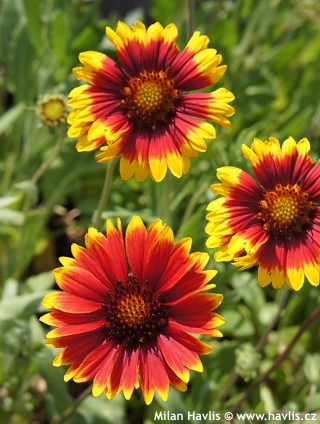
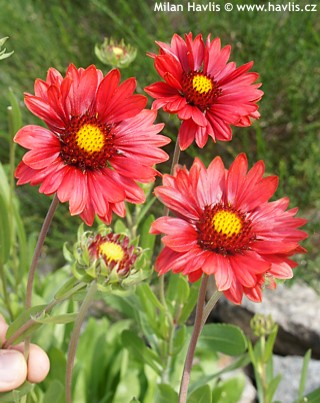
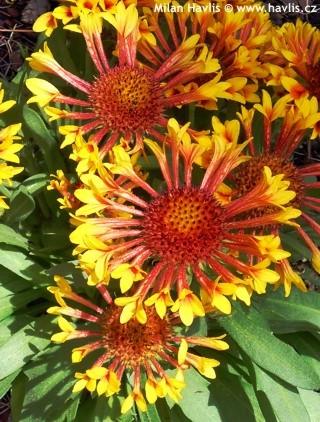
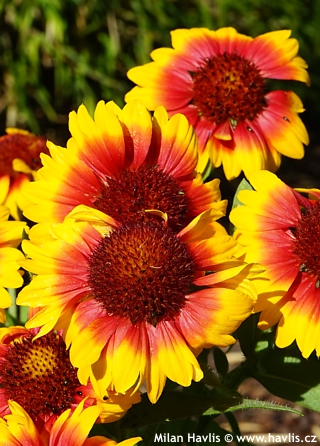
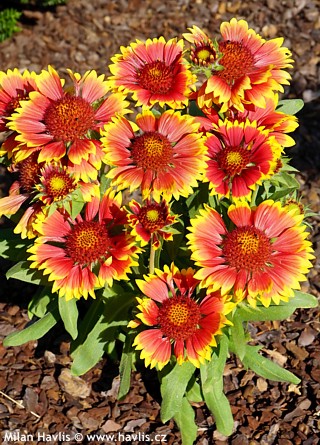
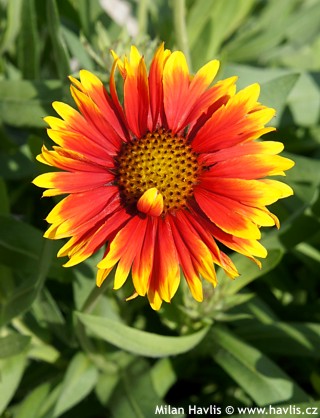
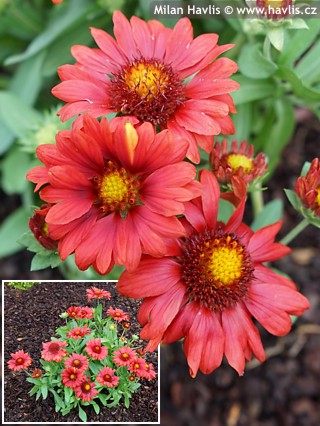
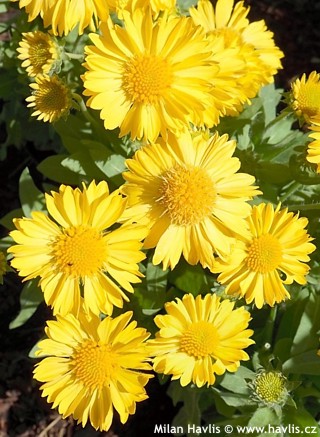
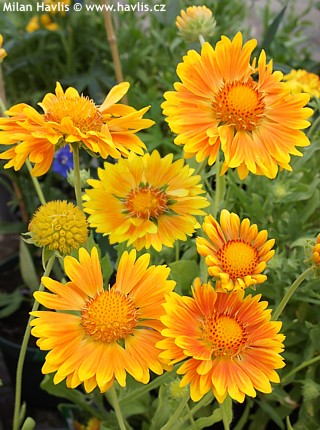
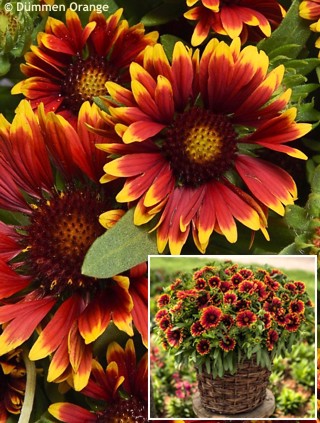
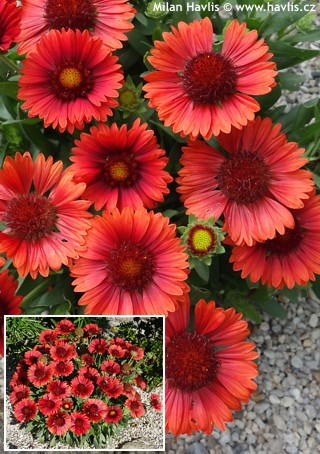

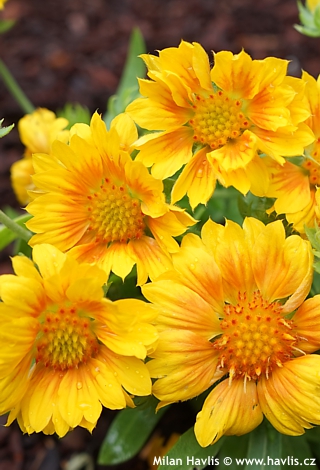


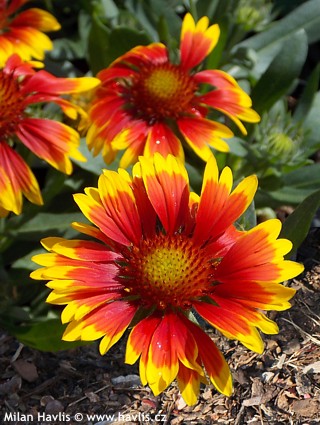
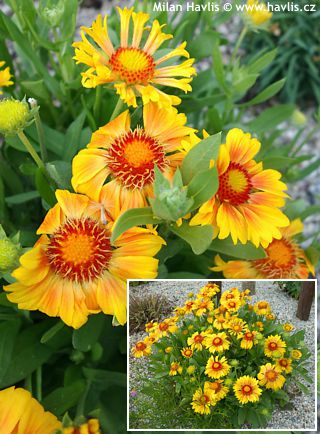

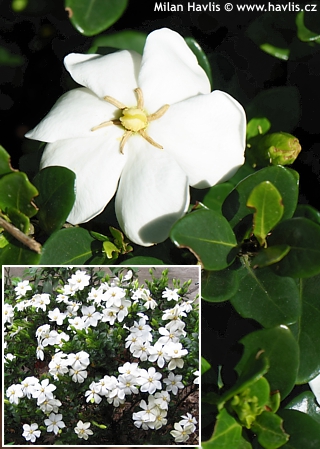
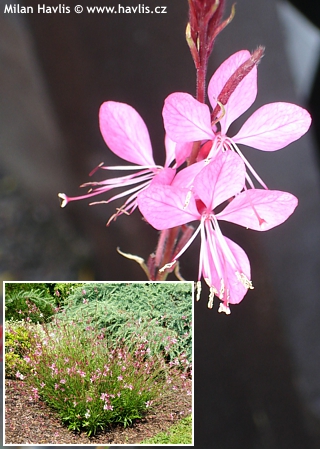
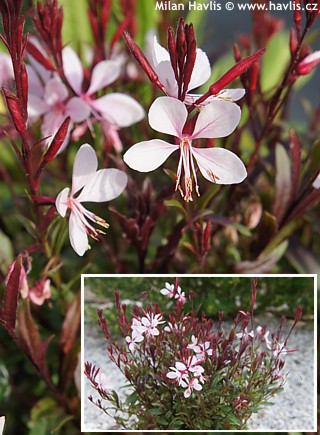
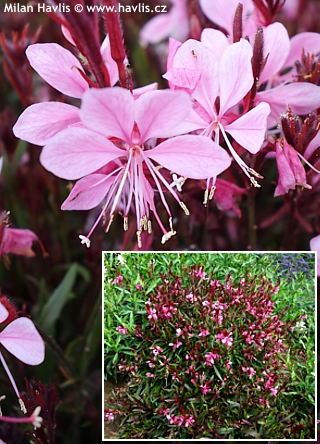
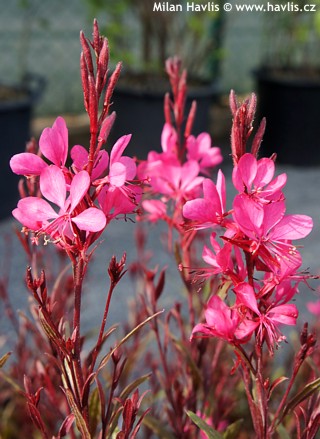
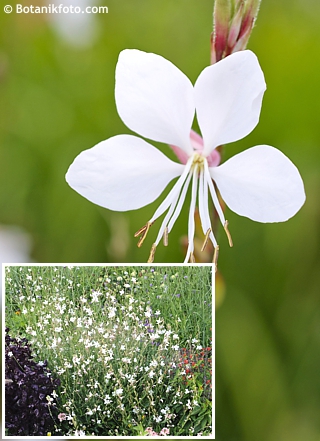
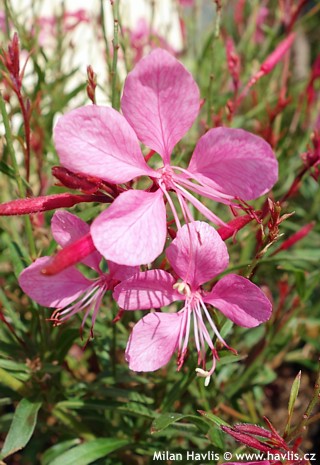
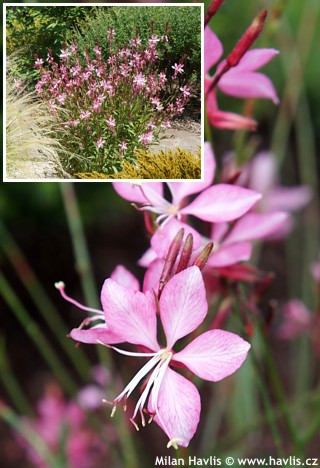
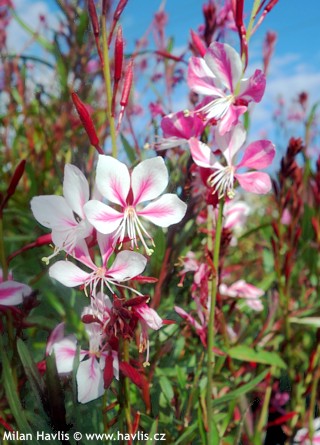
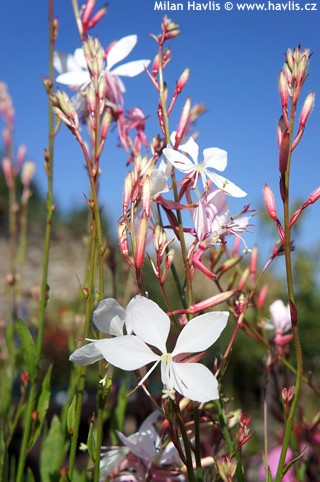
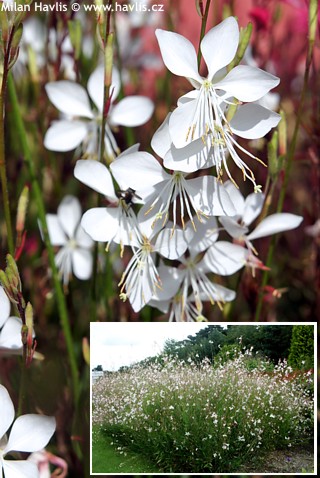
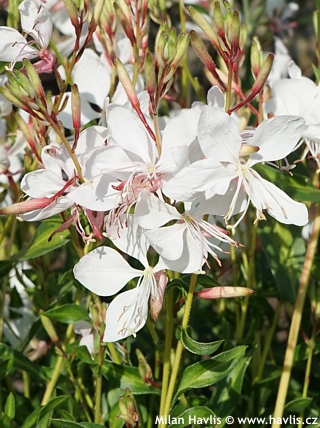
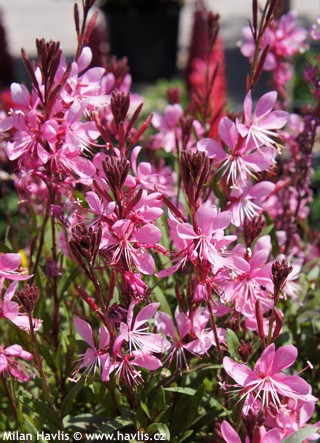
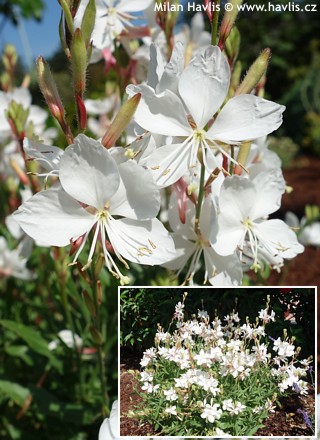
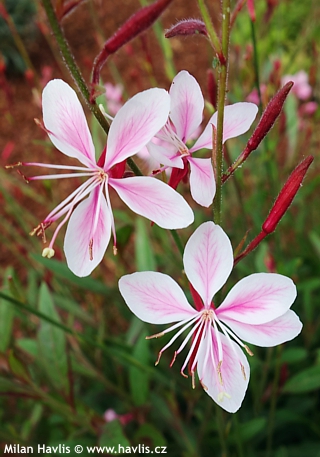
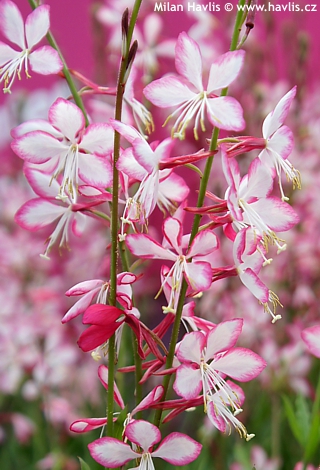
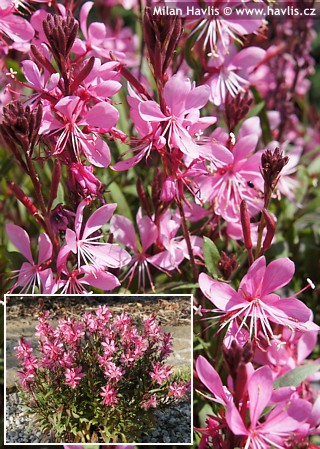
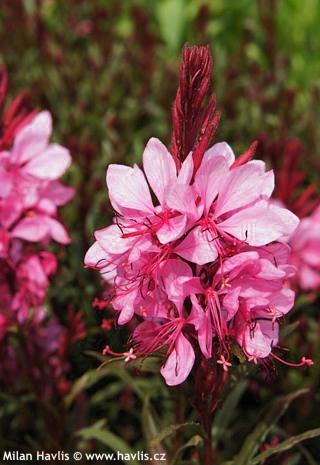
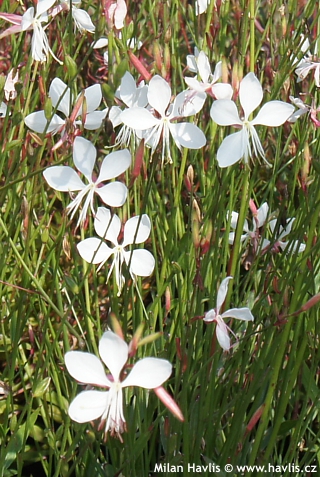
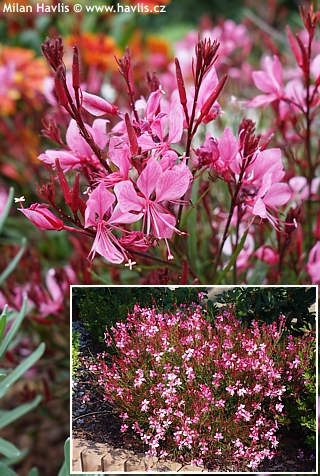
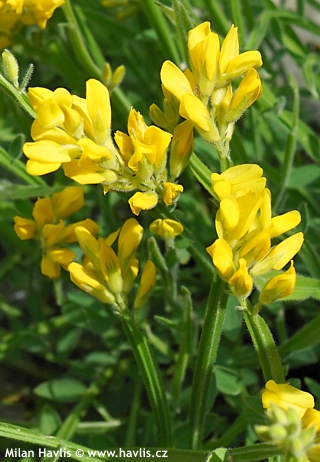
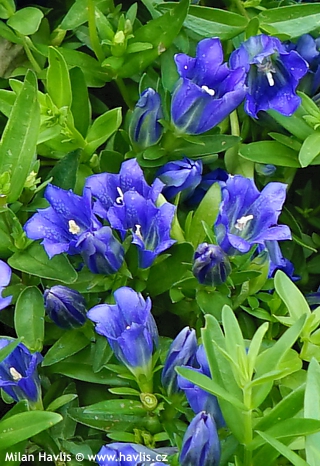
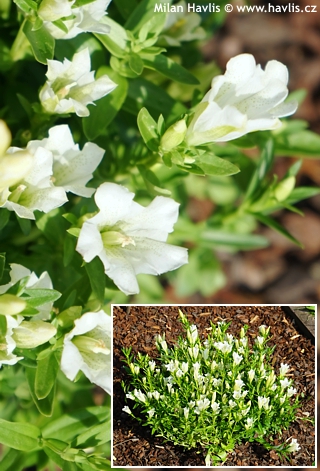
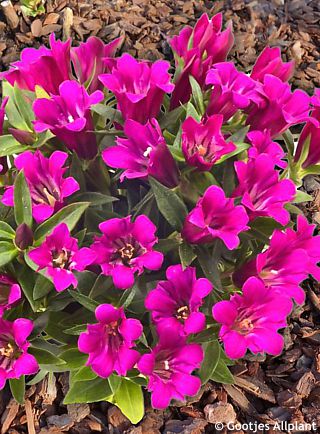
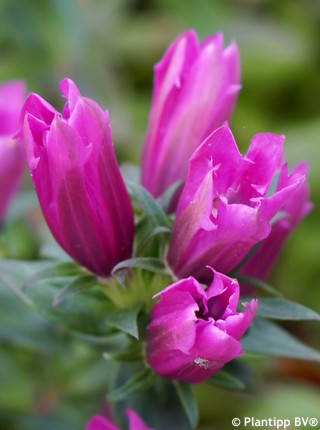
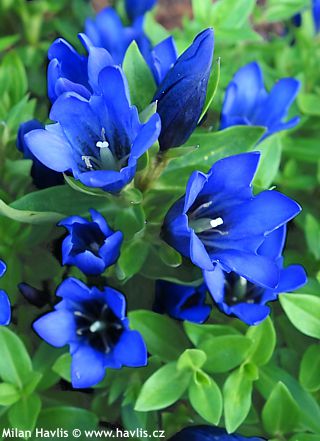

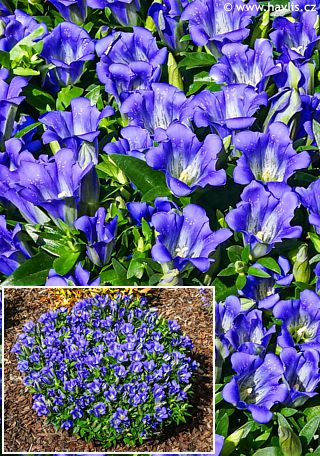
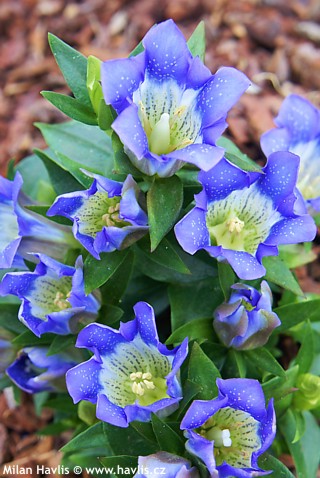
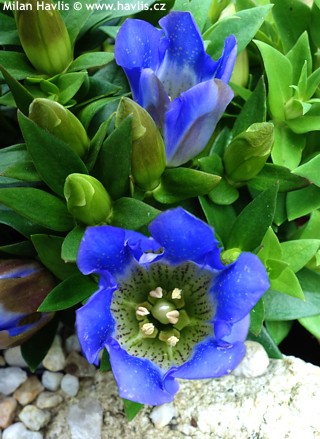

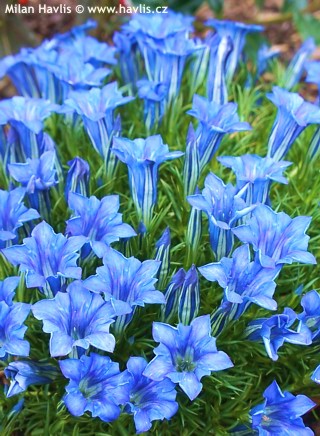

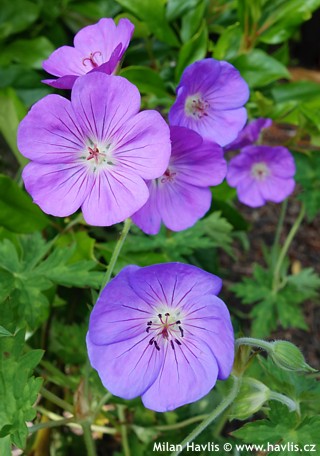
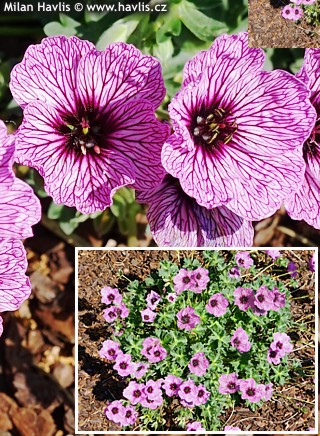
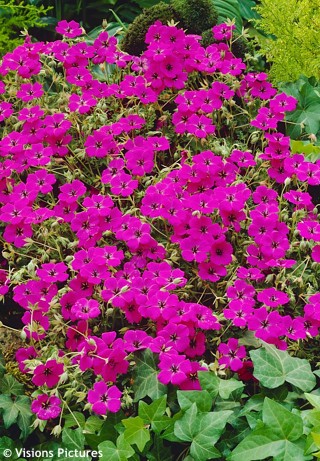
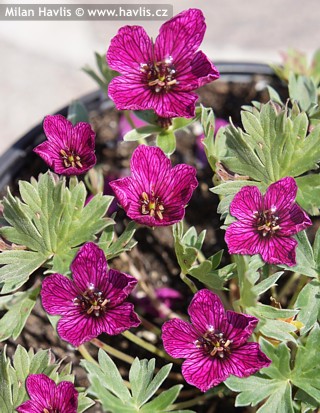
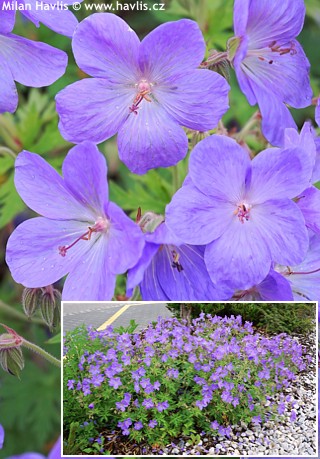
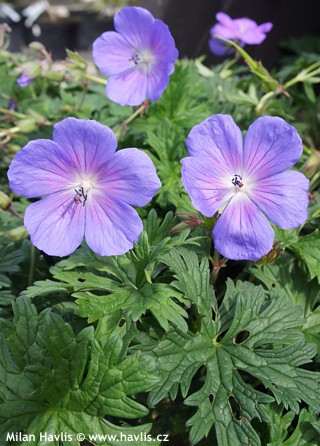
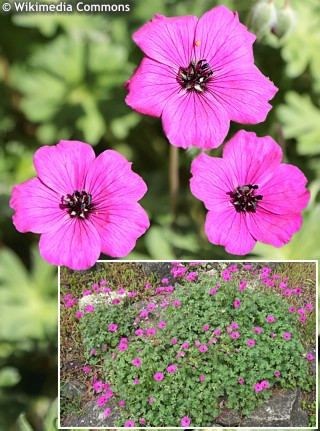
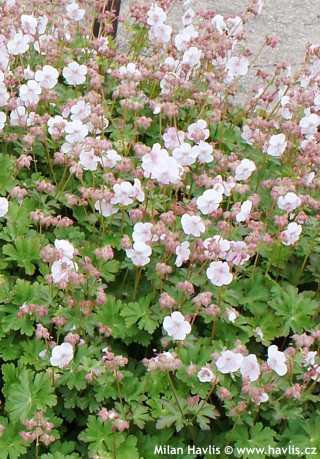
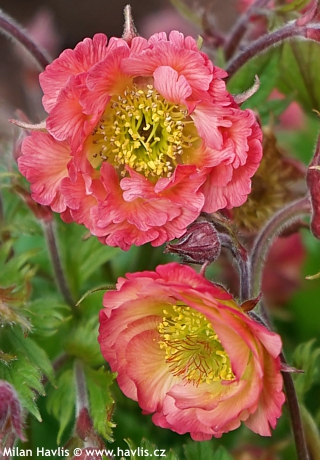
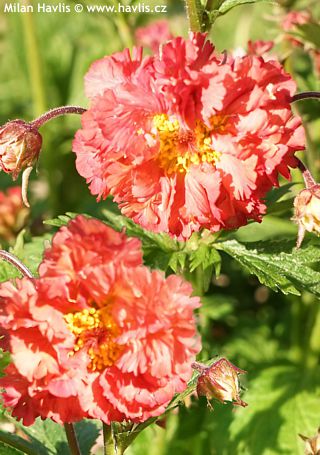
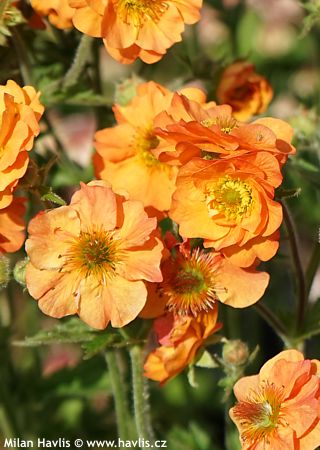
.jpg)
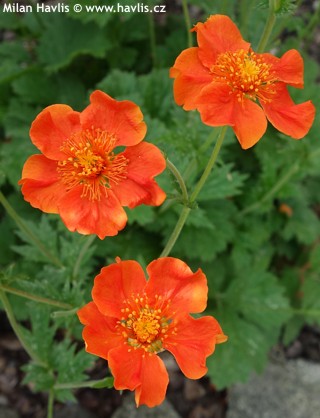
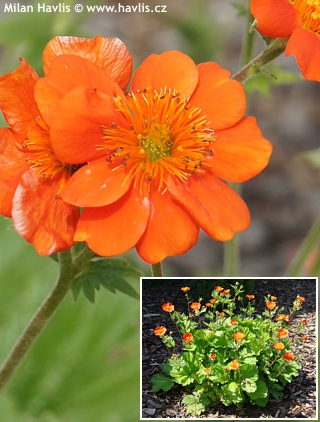
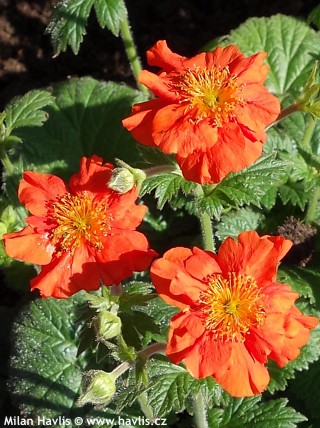
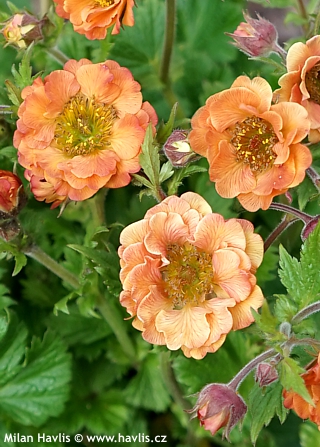
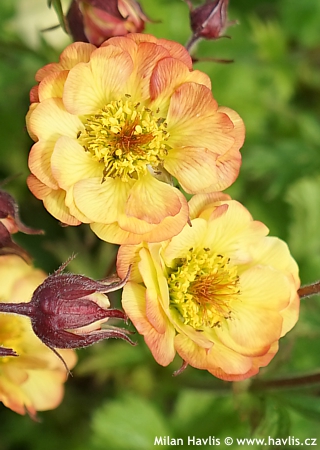
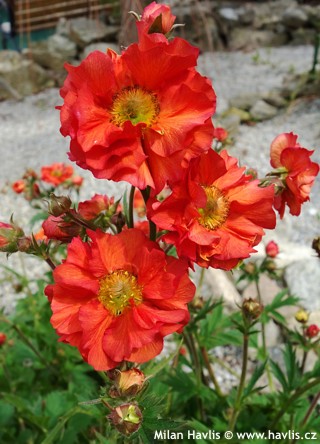
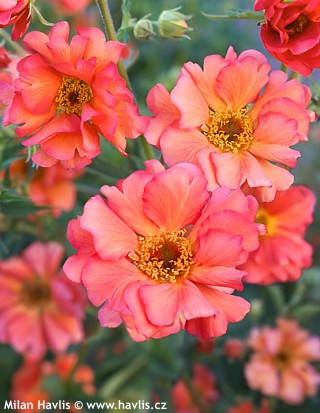
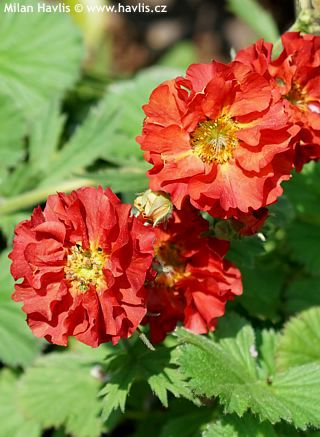
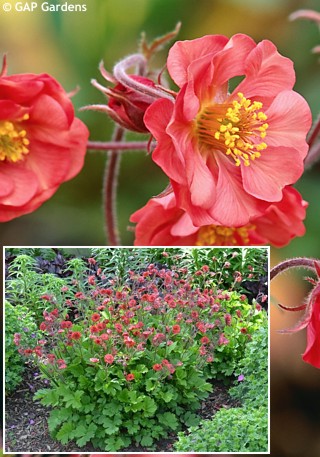
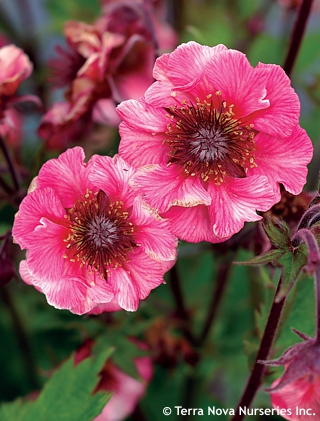
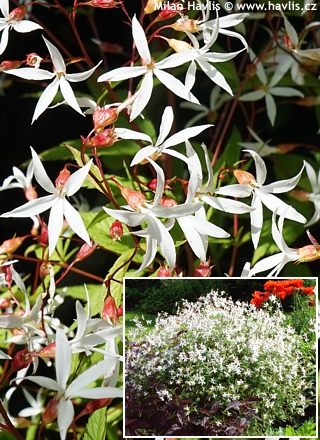

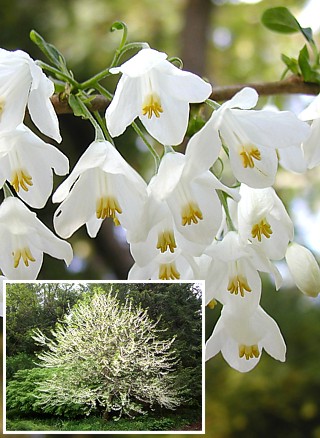
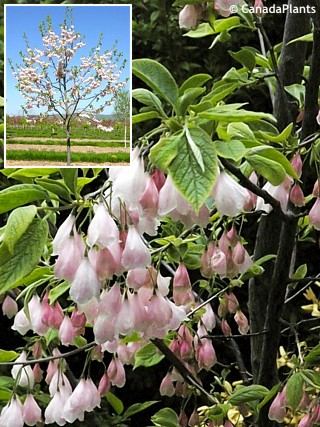
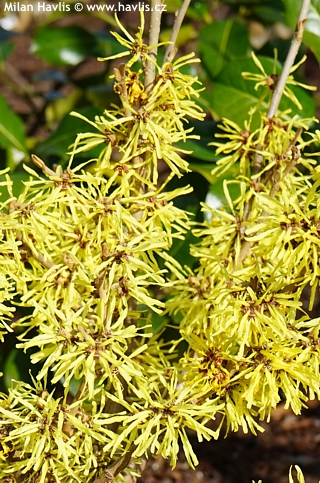
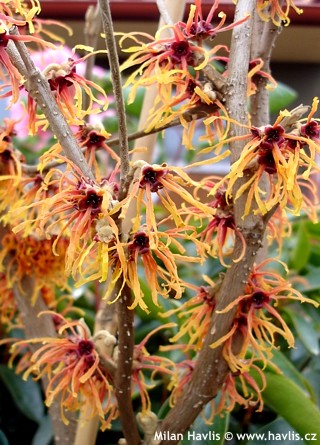
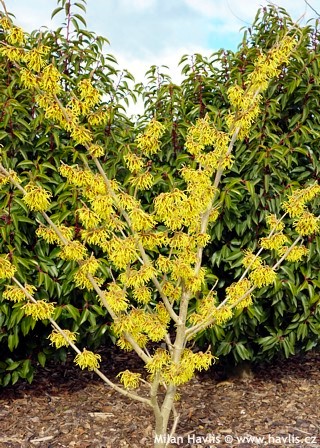
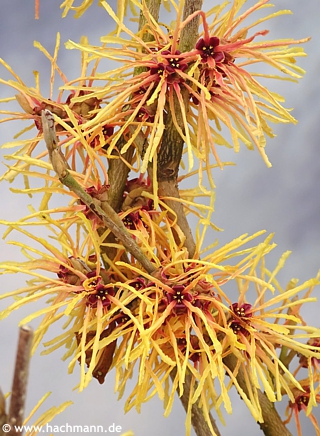
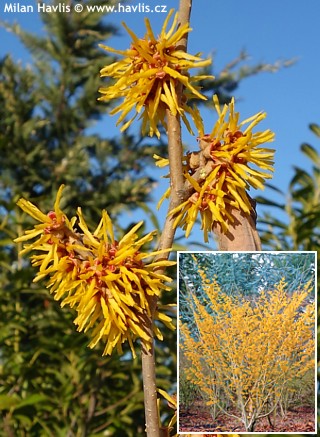
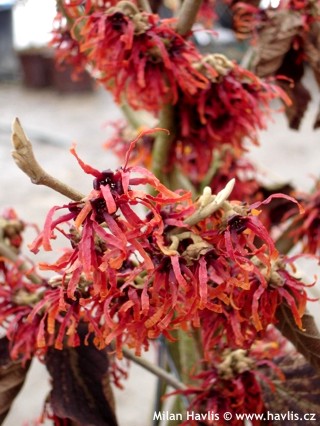
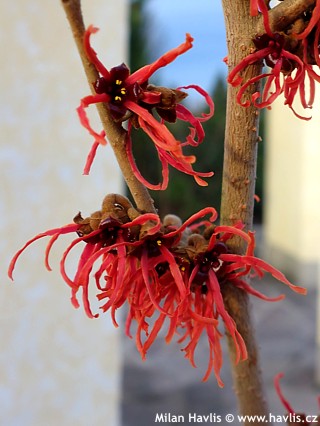
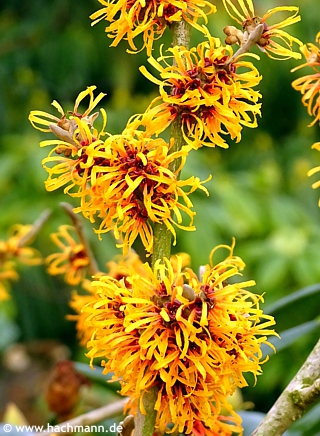
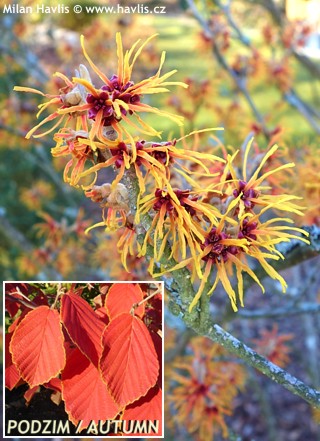
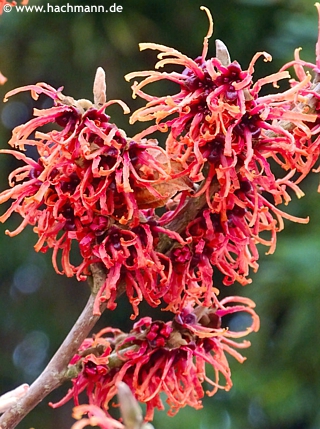
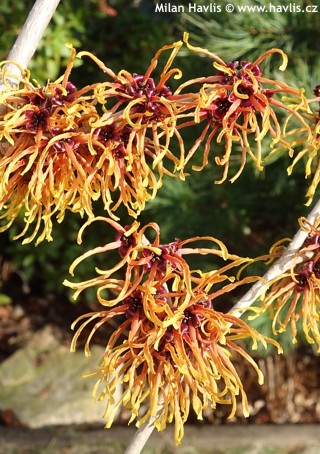
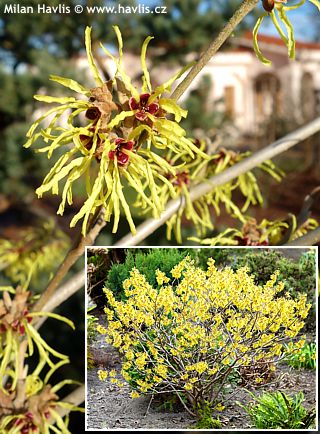
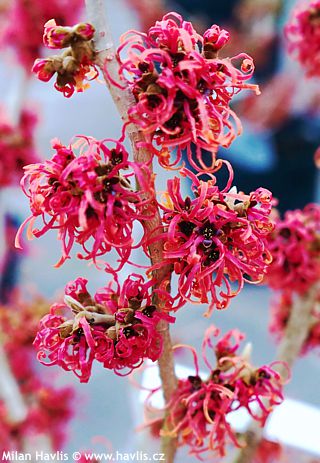
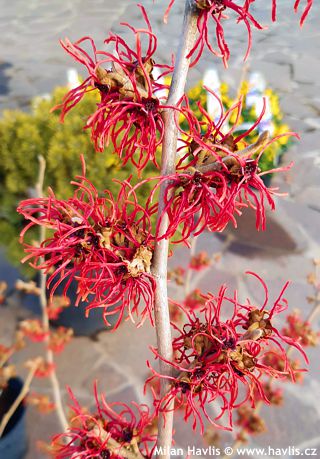
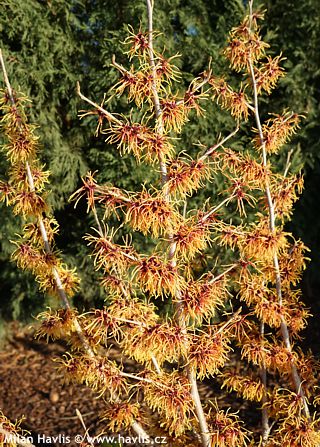
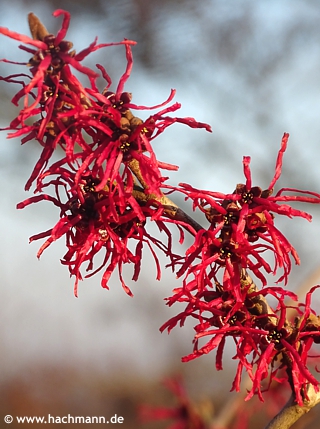
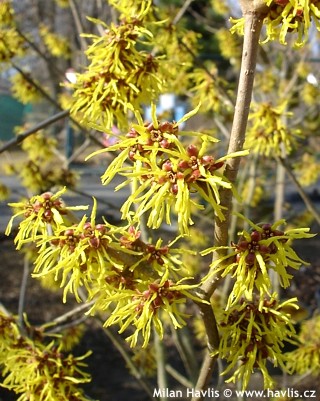
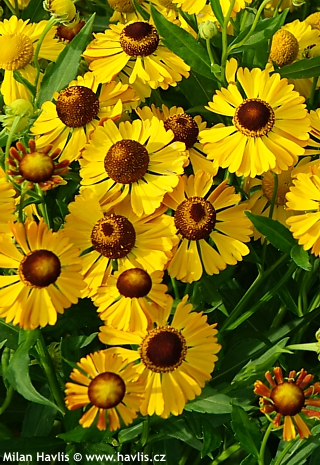
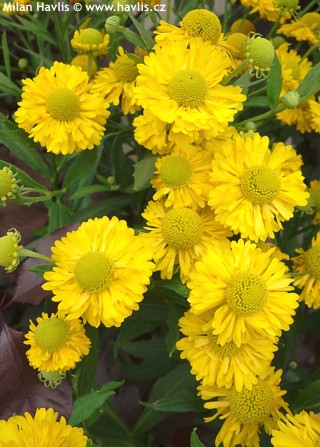
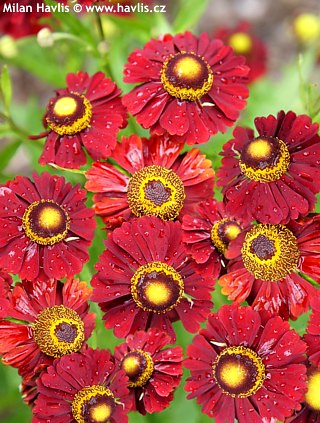
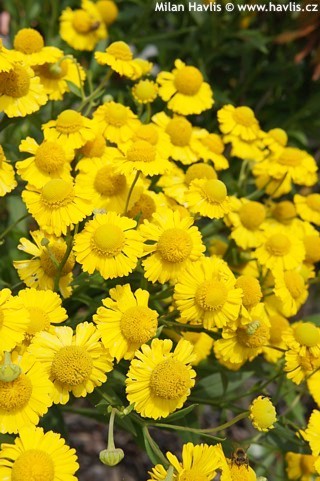
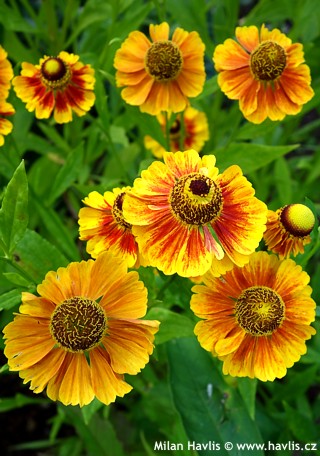
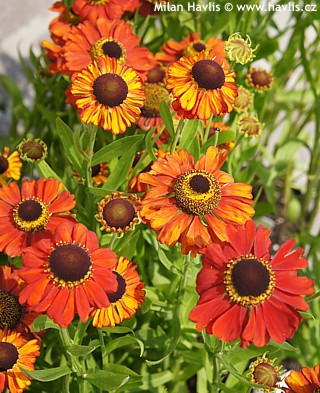
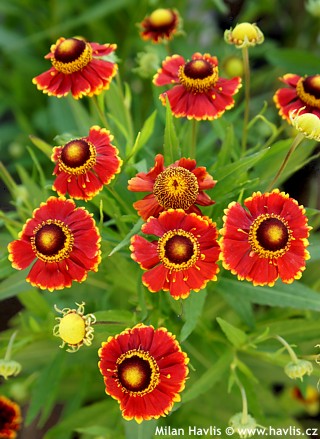
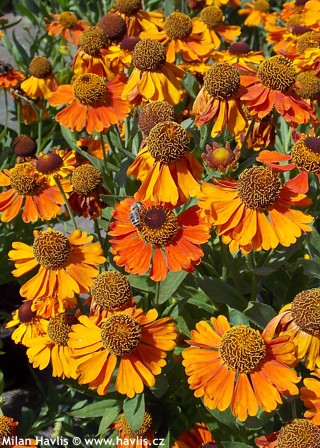
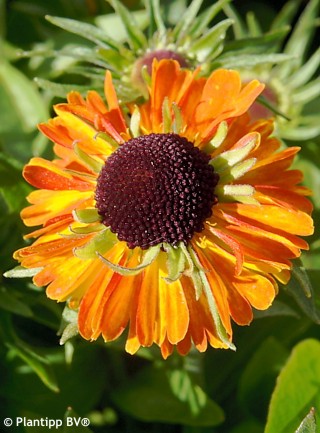
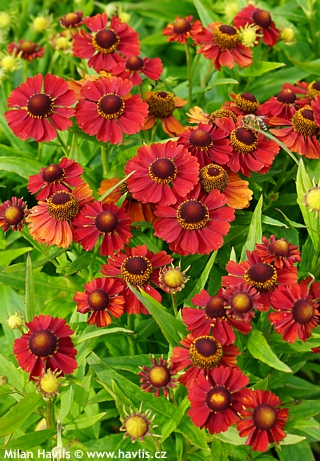
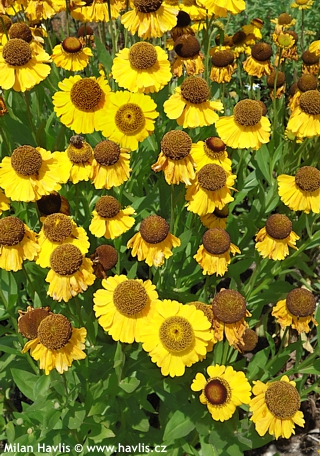
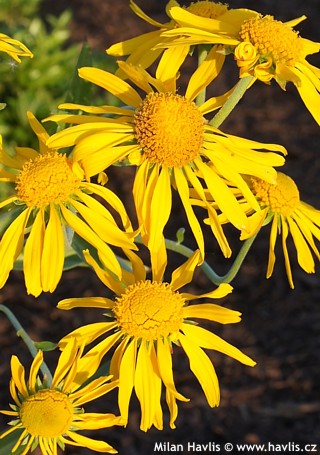
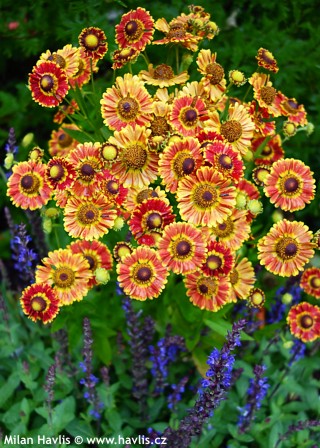
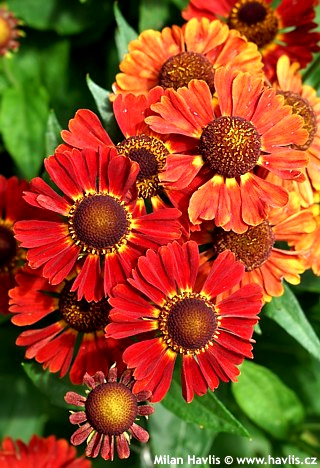
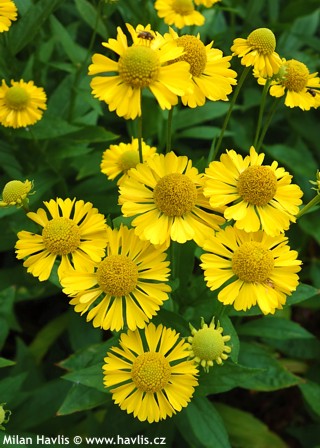
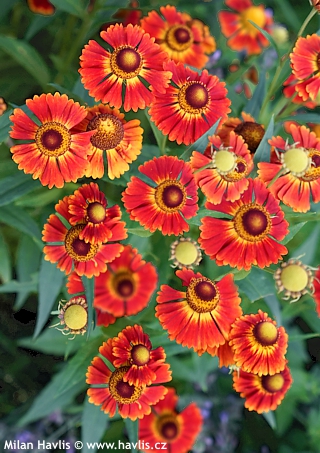
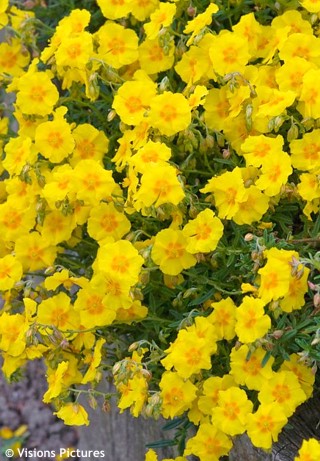
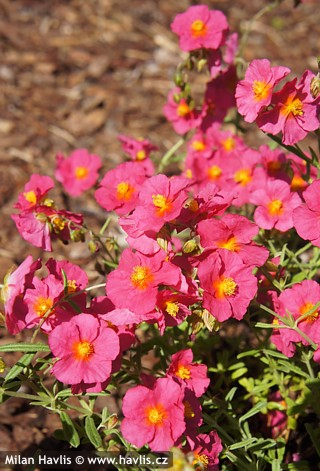
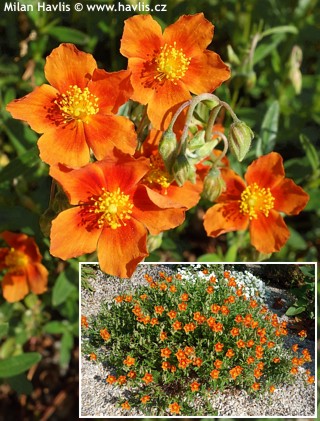
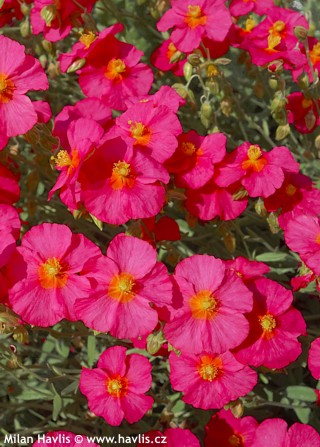
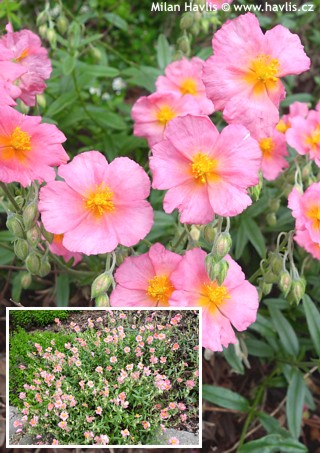
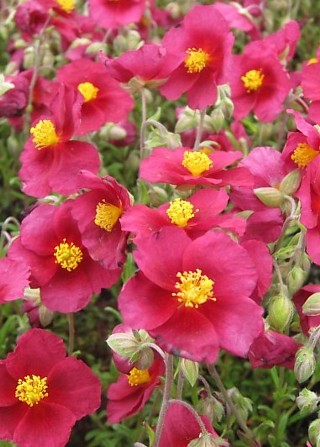
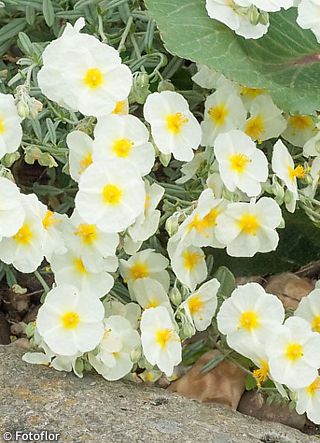
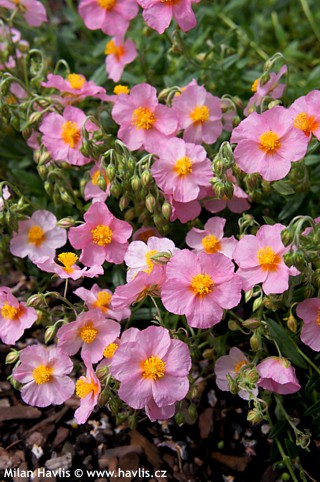
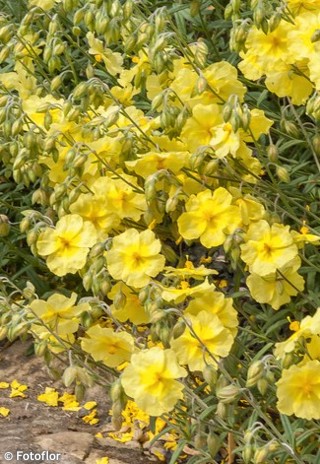
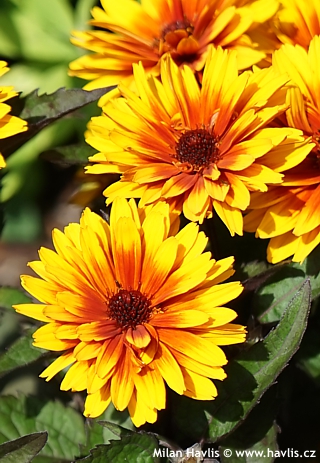
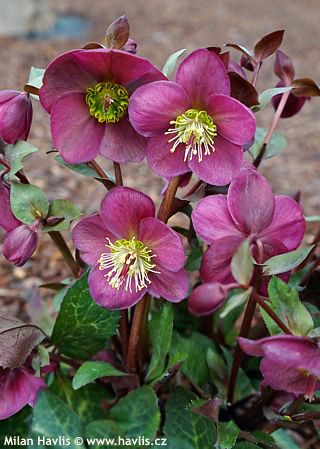
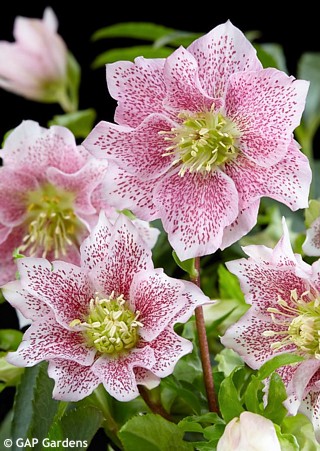
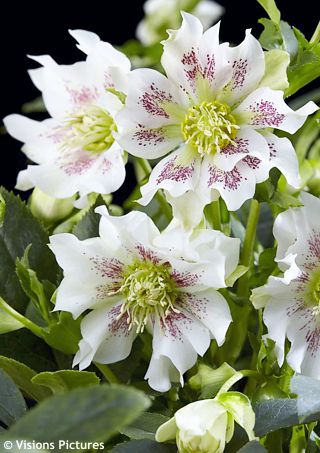
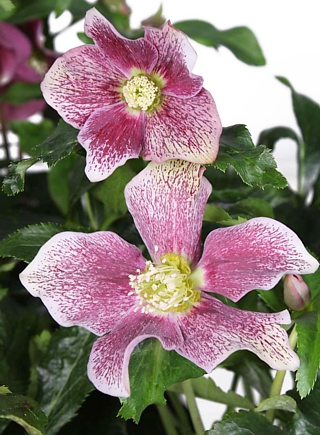
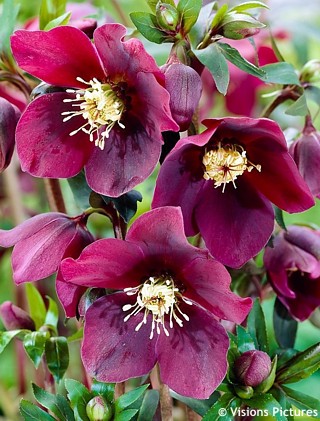
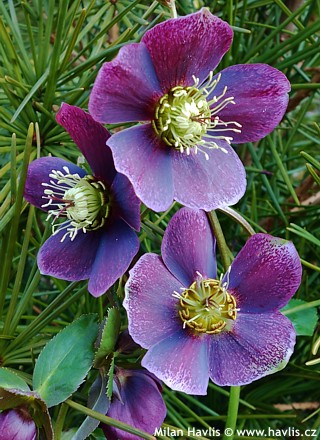
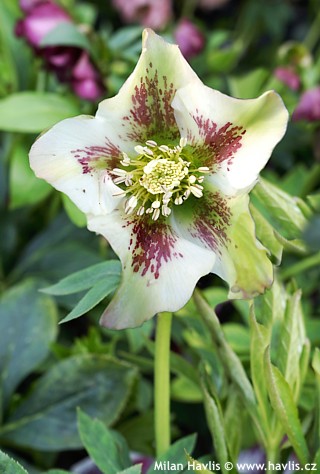
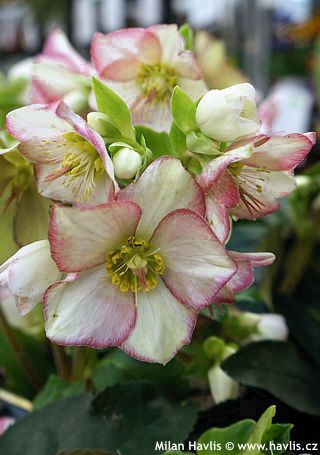
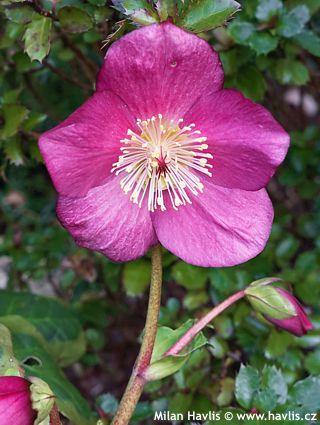
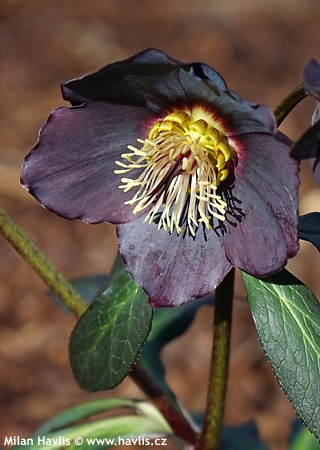
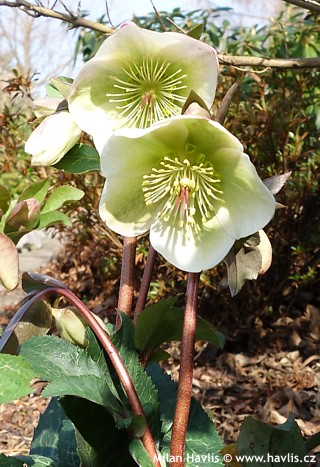
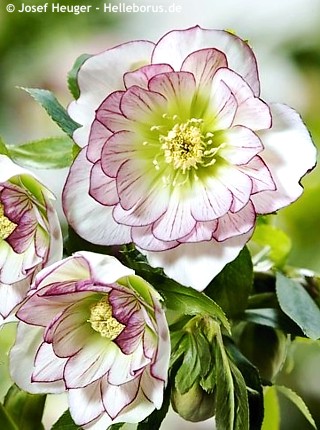
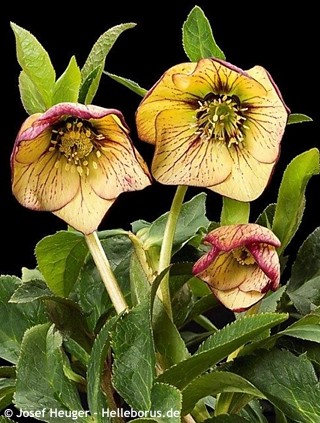
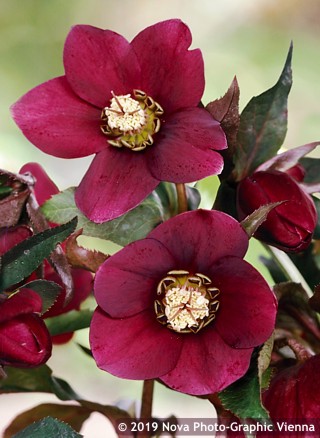
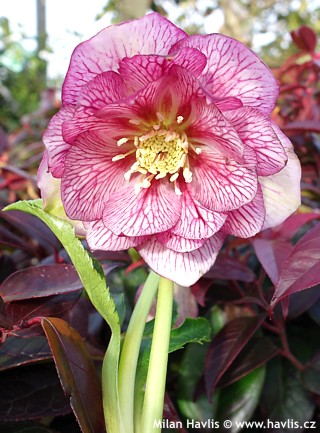
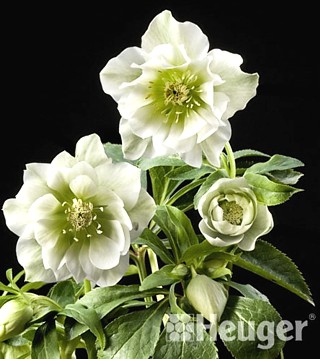
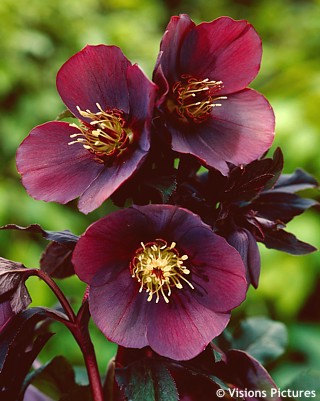
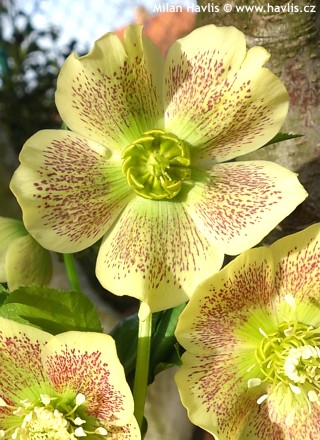
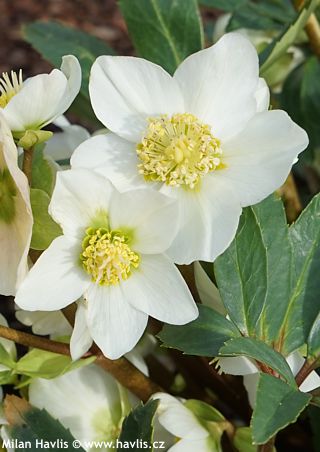

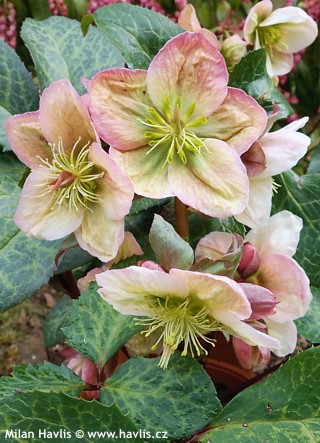
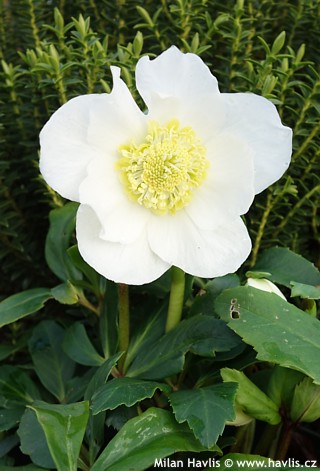
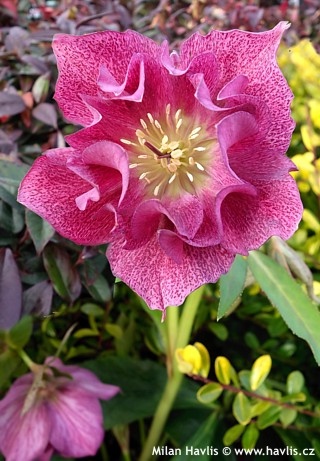
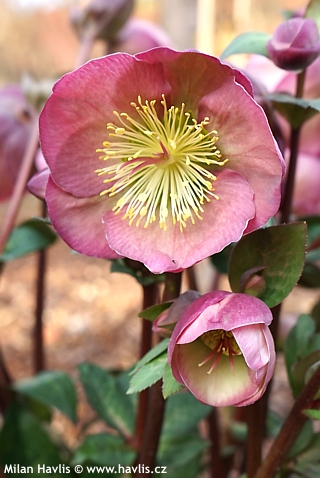
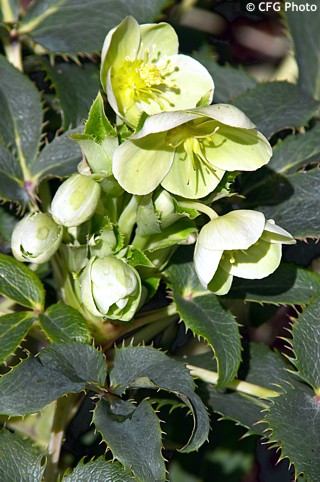
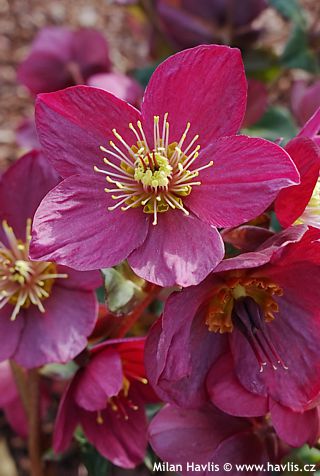
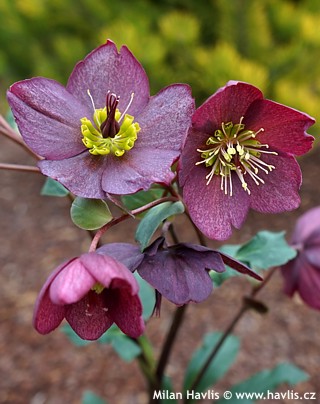
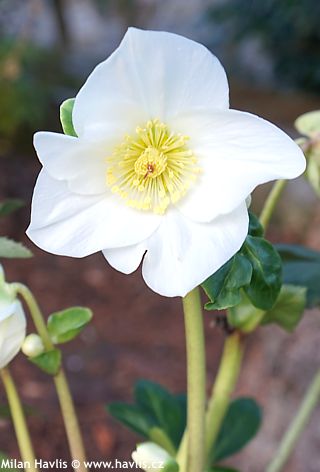
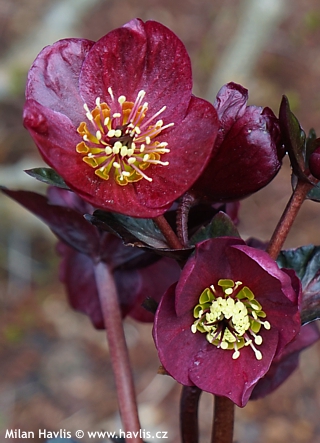
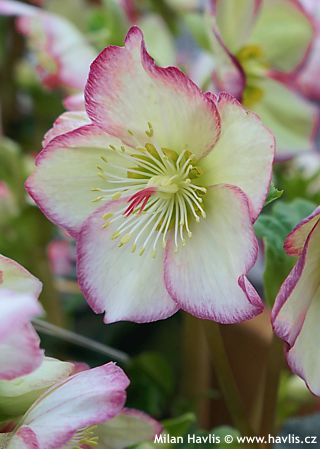
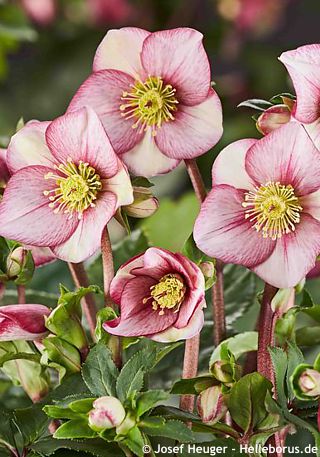
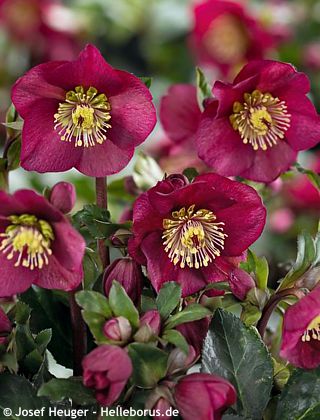
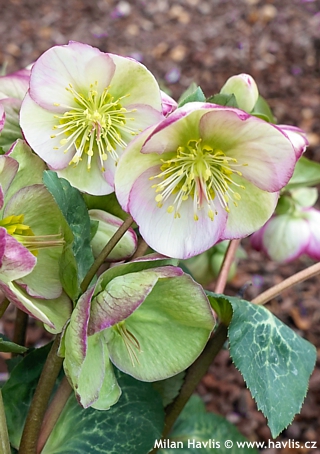
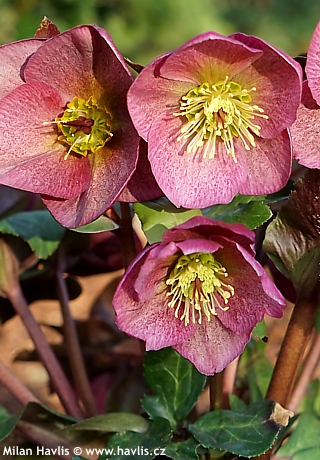
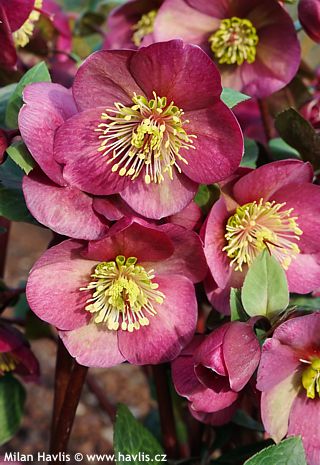
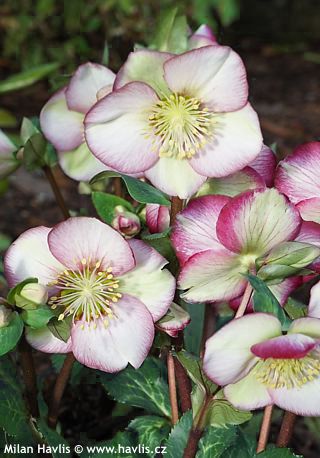

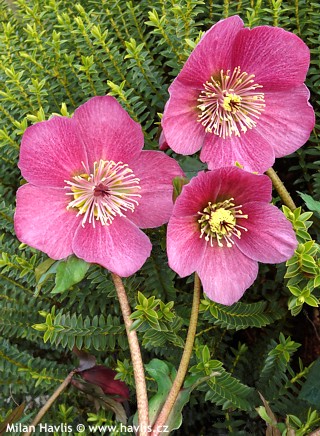
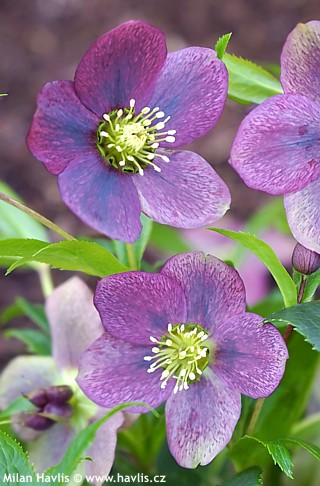
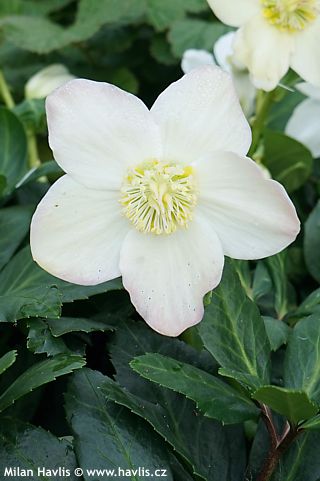
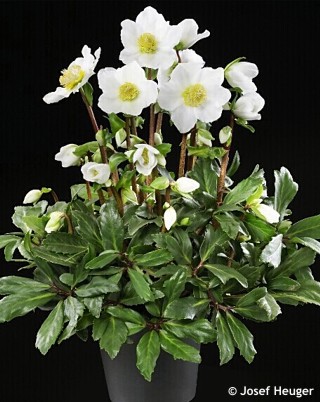
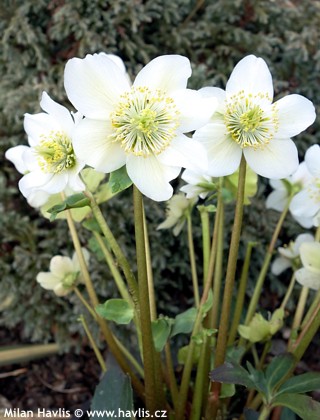
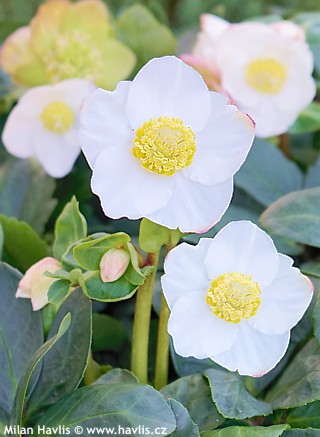
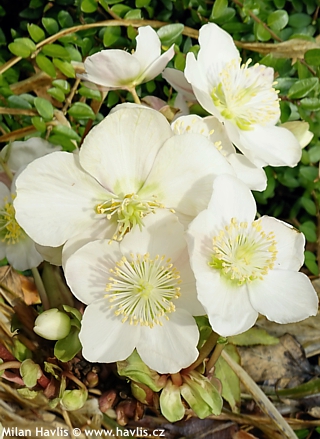
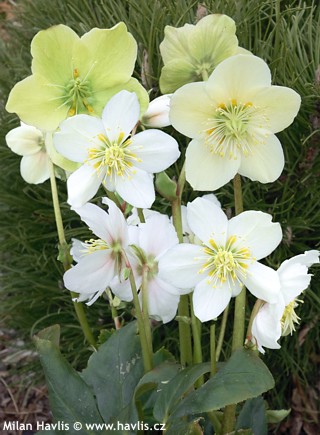
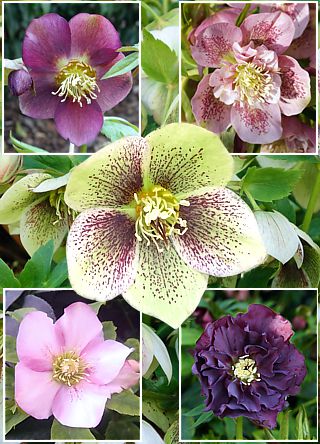
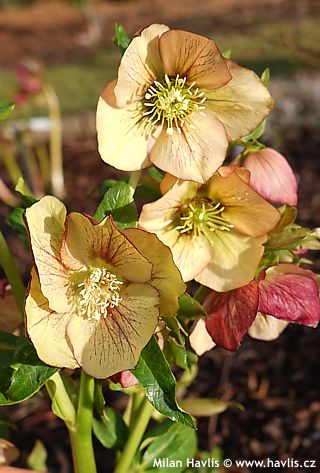
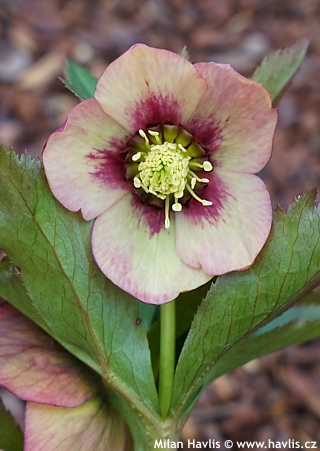
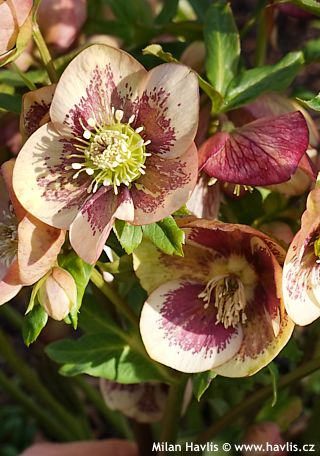
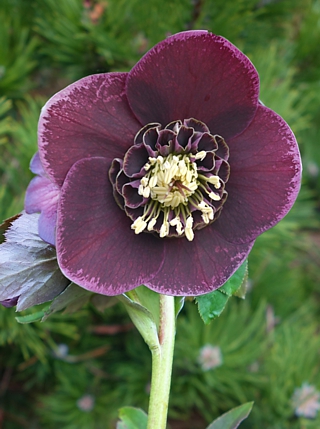
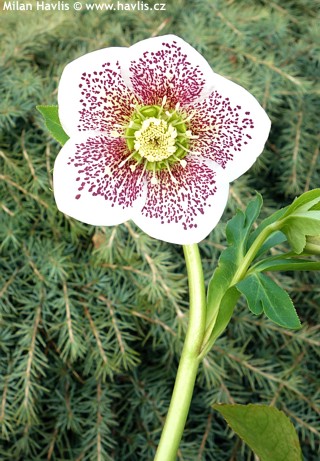
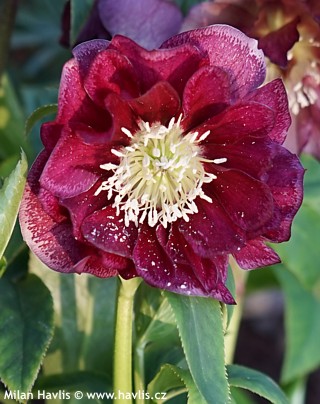
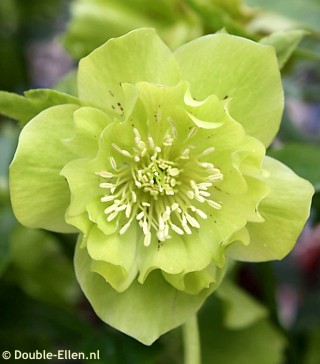
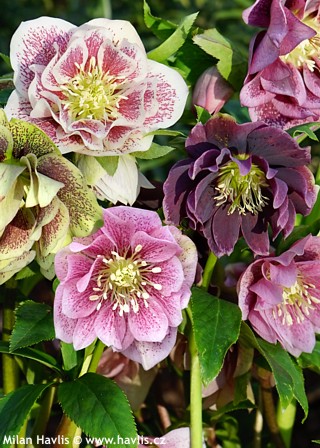
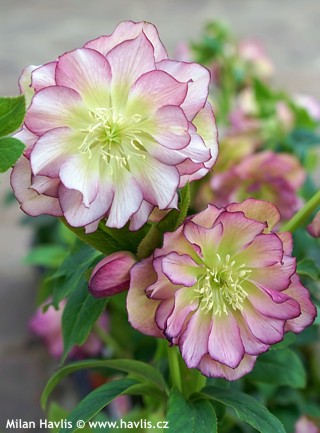
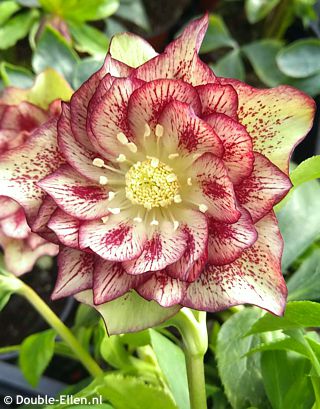
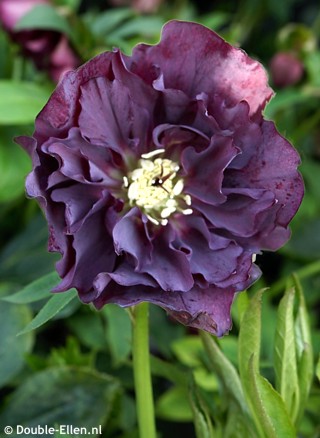
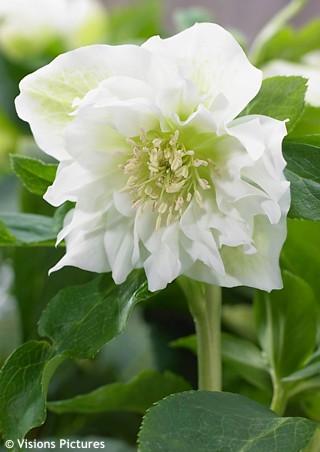
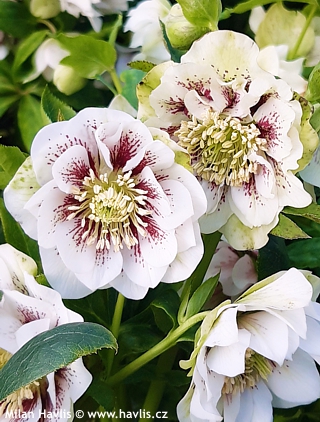
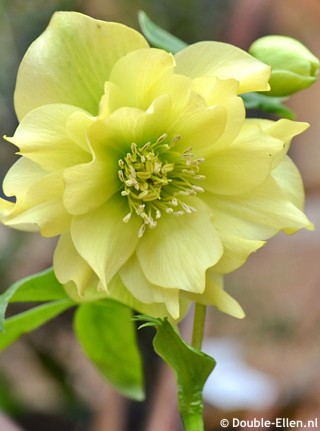
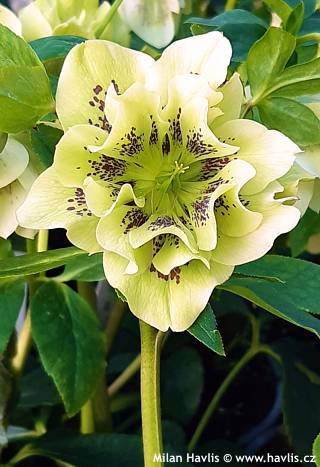
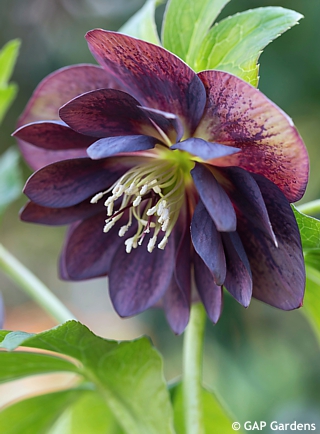
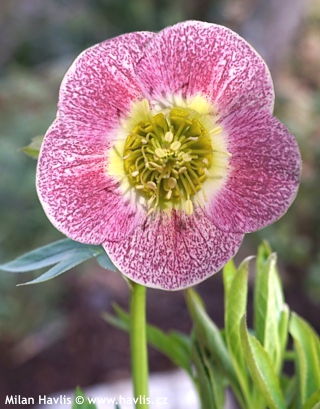
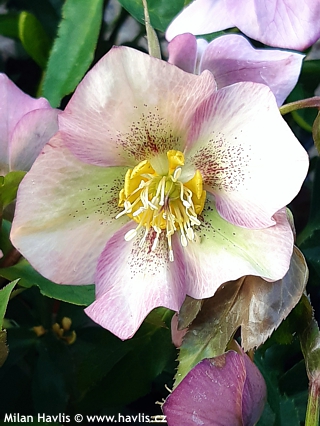
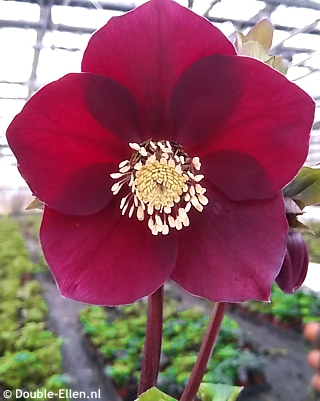
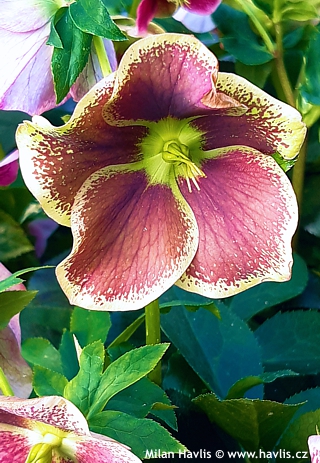
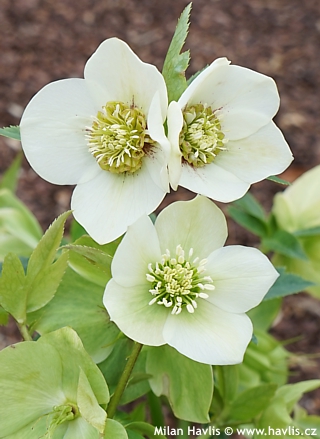
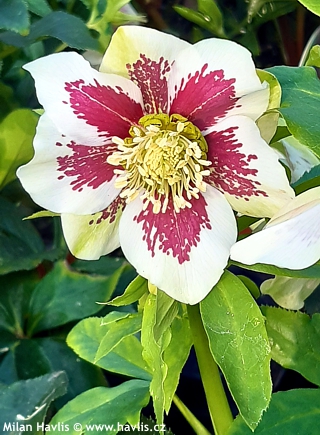
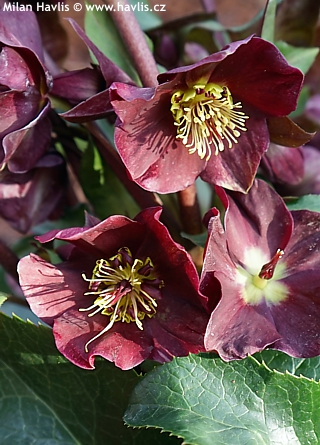
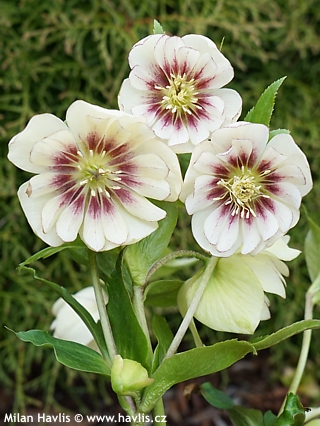
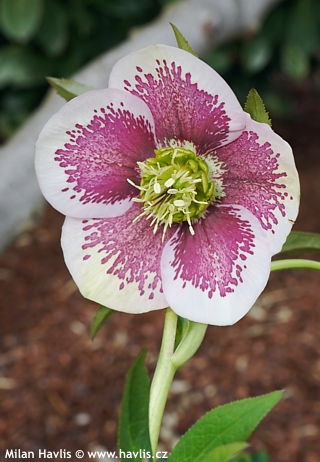
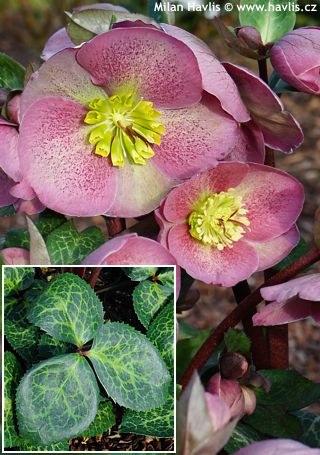
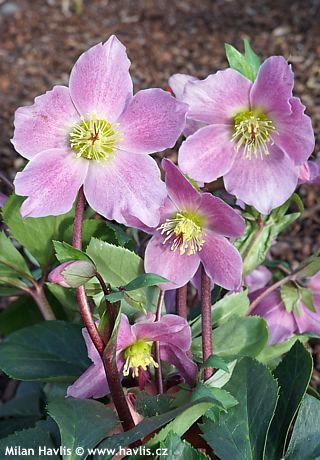
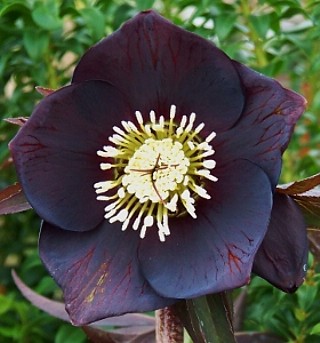
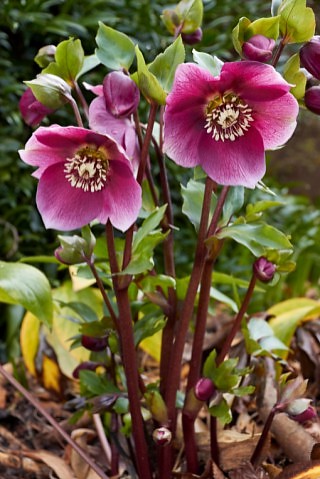
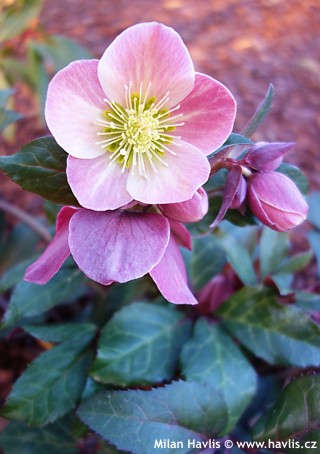
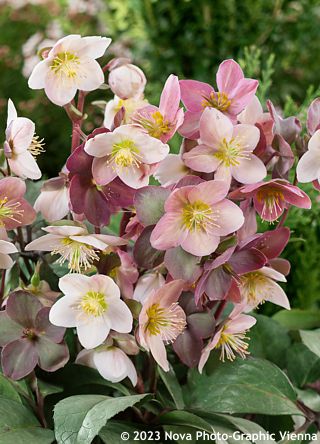
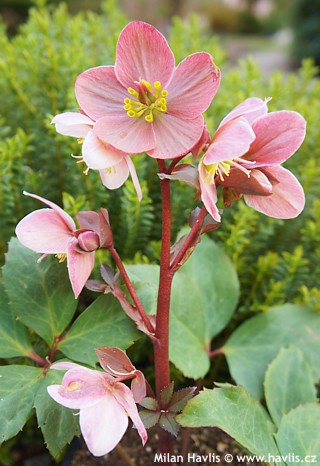
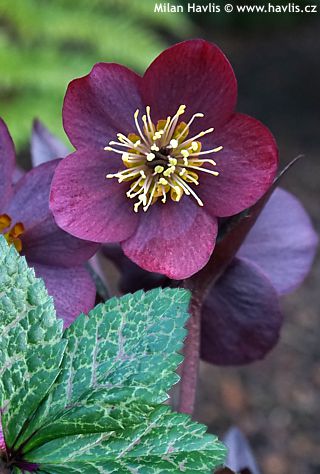
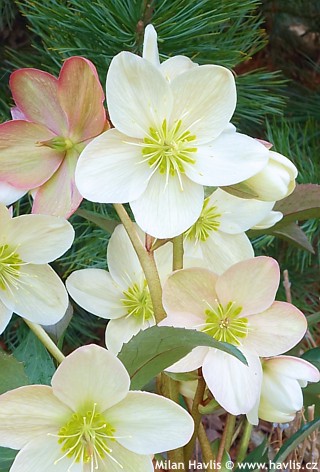
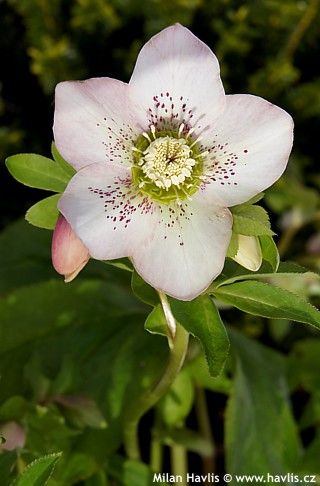
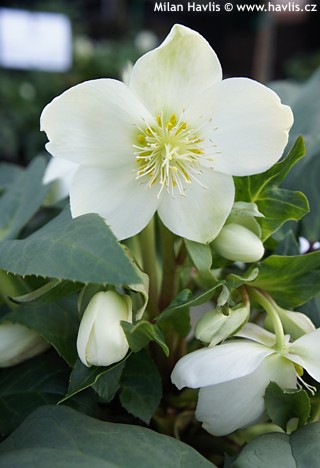
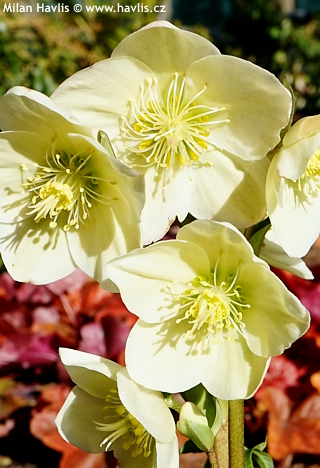
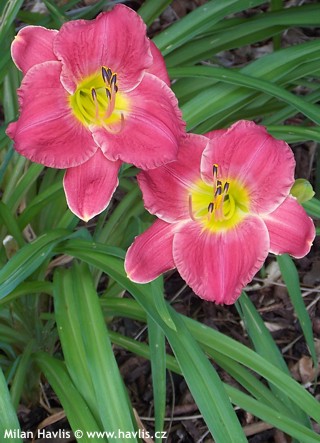
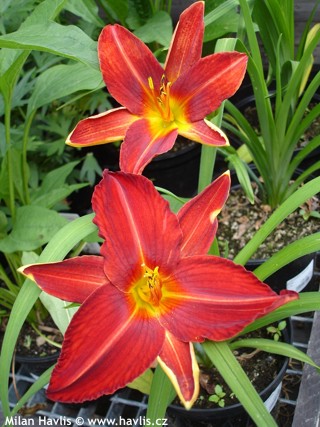
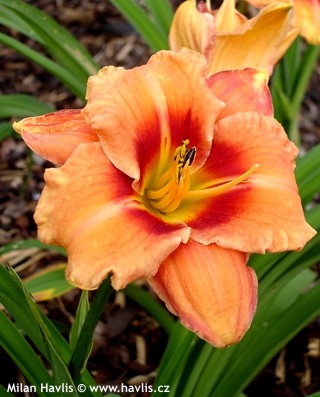
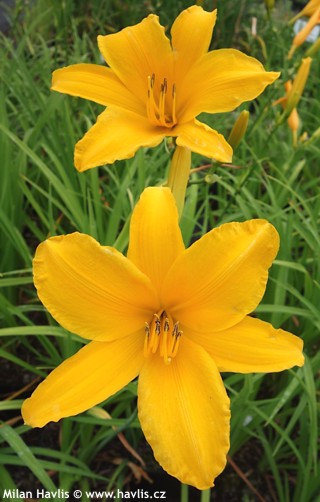

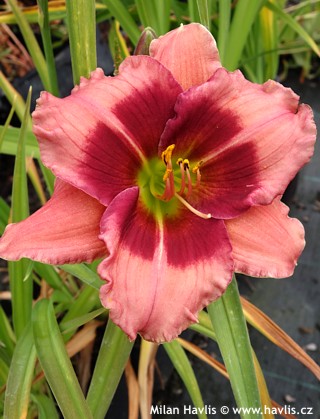
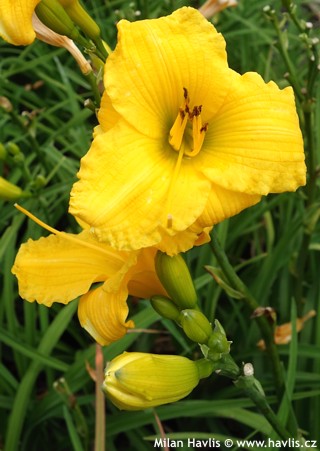
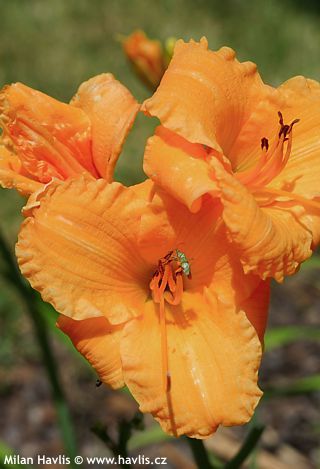

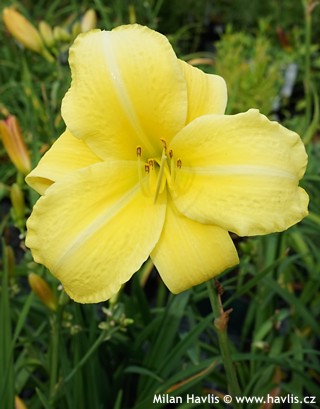
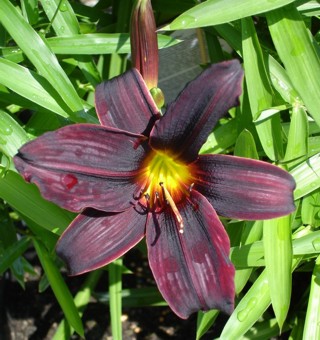
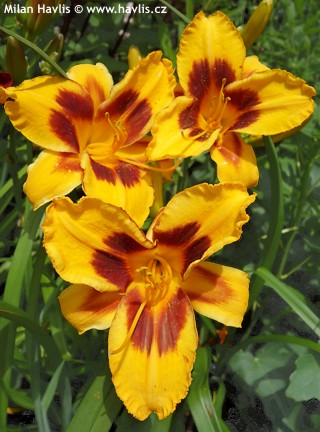
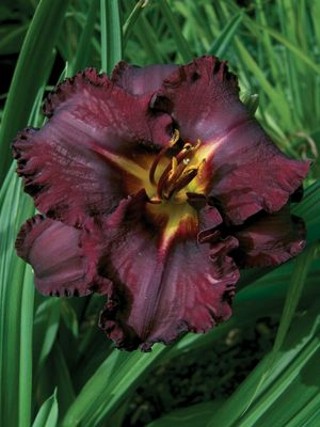
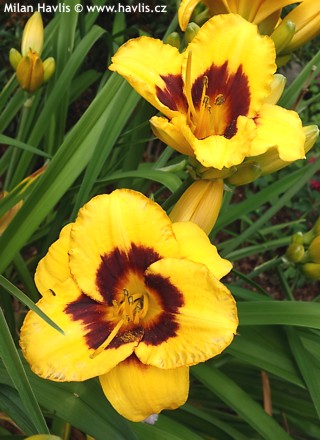
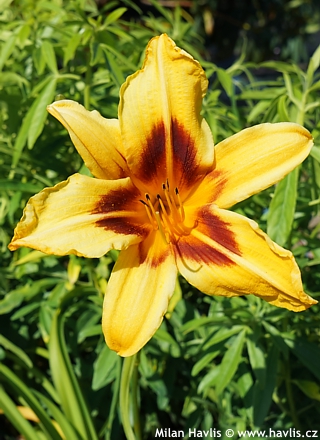
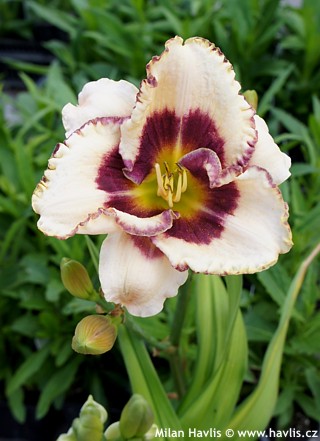
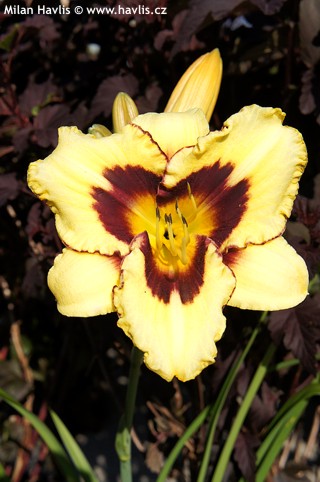

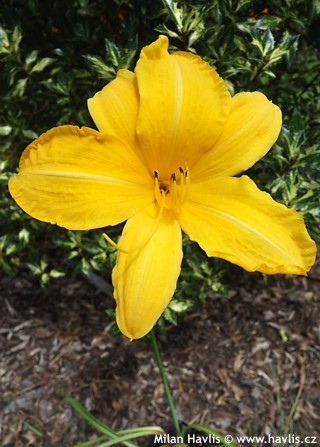
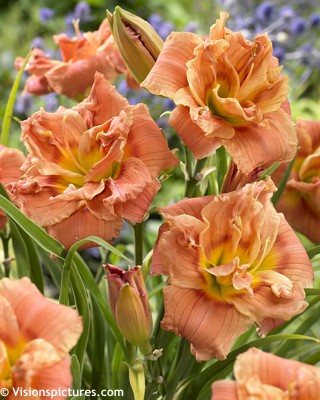
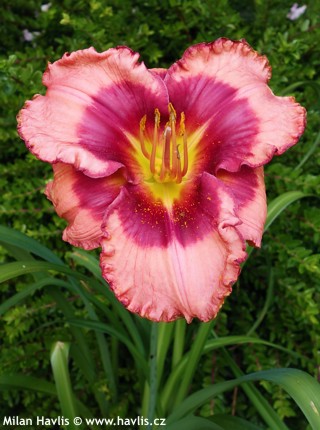
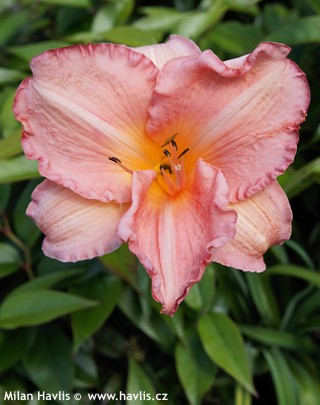
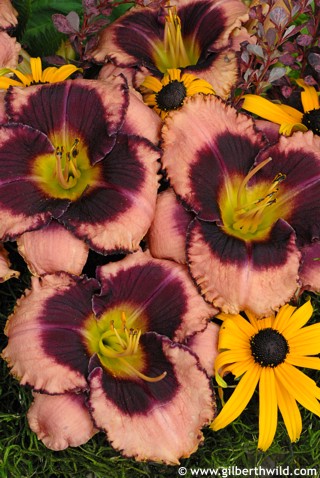
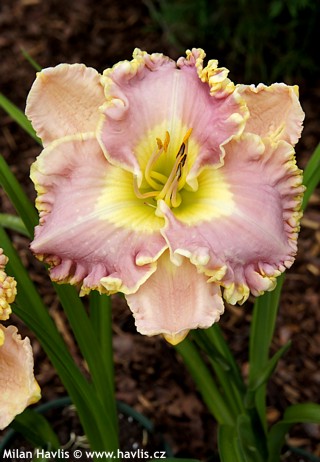
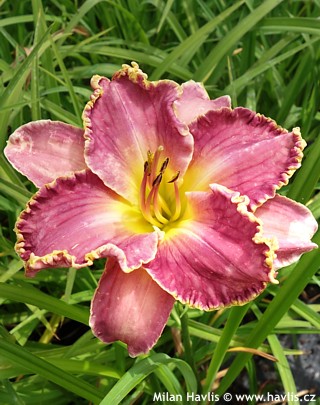
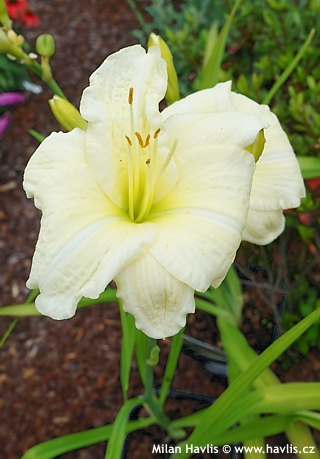
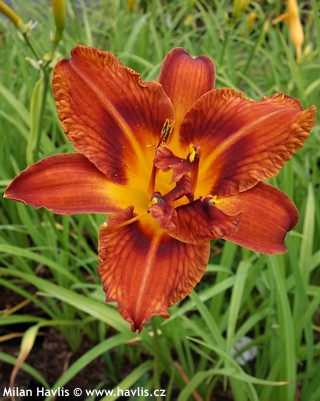
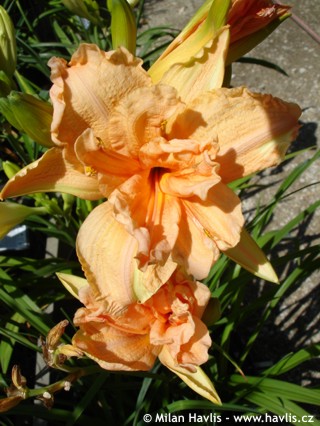
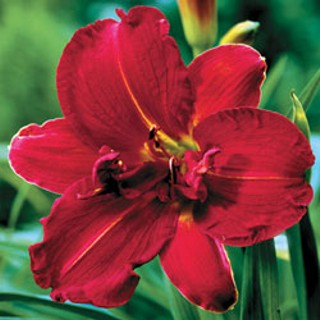

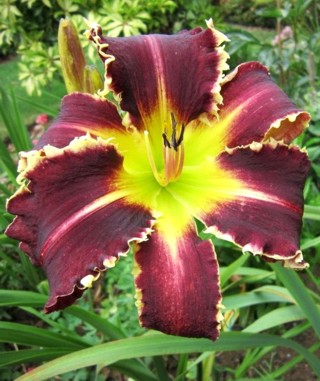
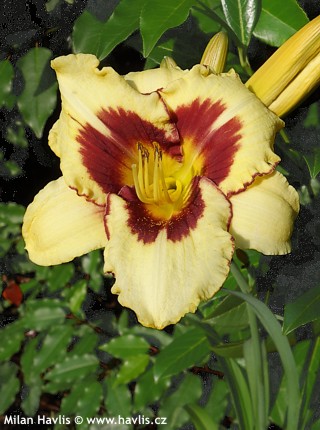
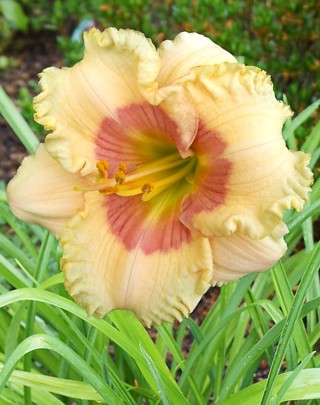
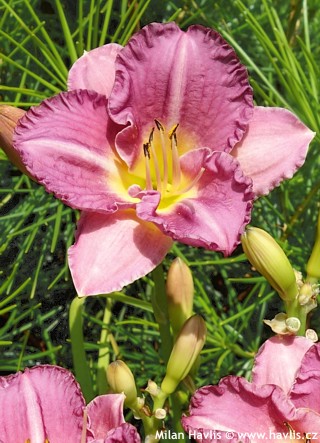
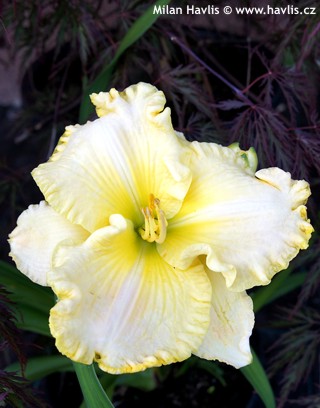
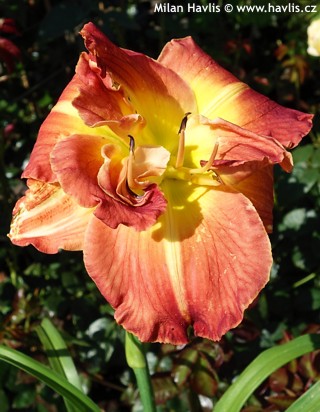
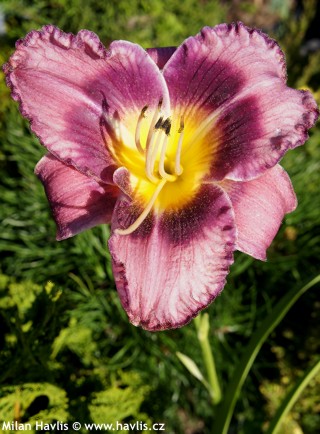
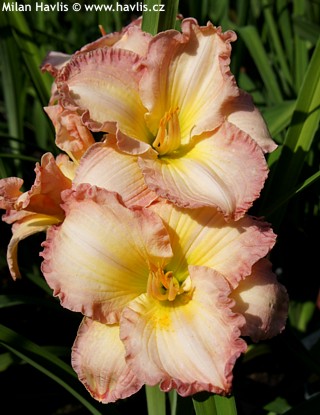
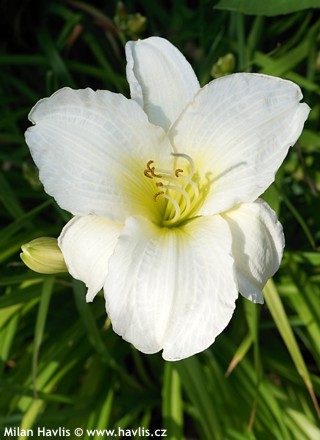
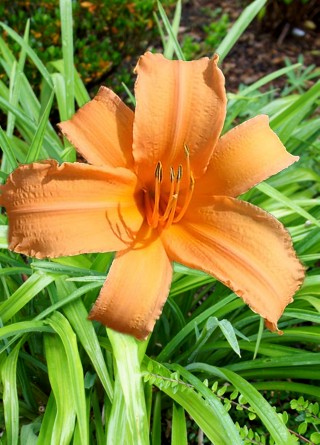
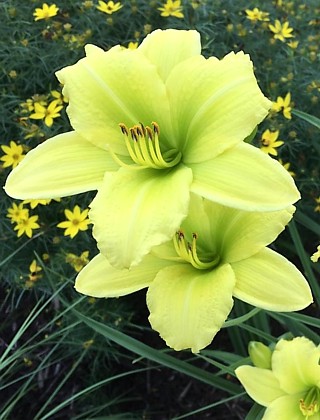
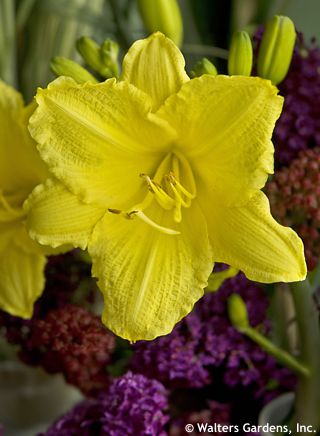
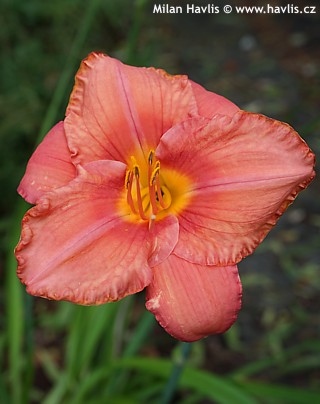
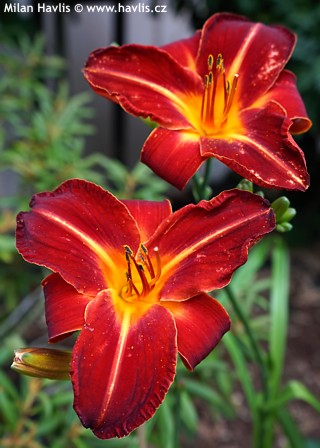
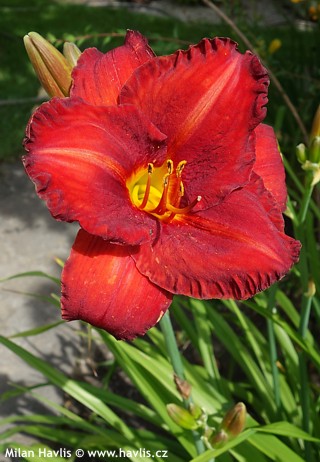
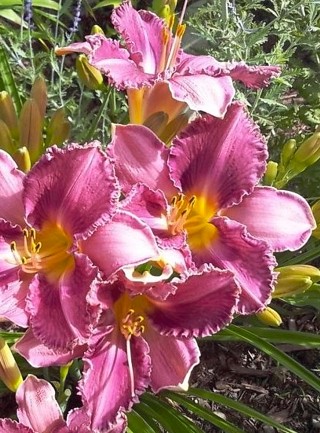
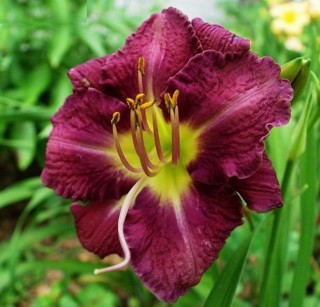
.jpg)
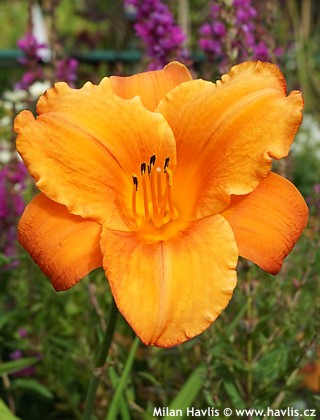
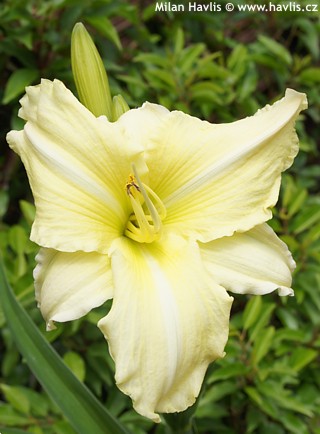
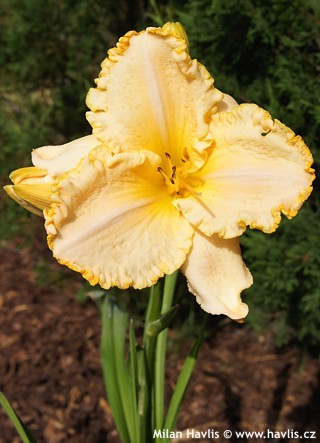
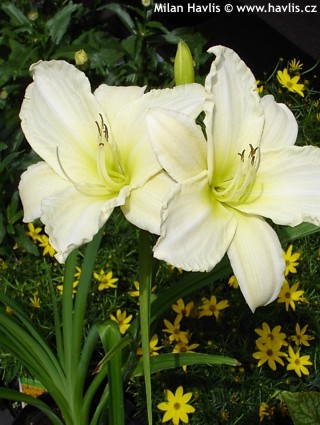
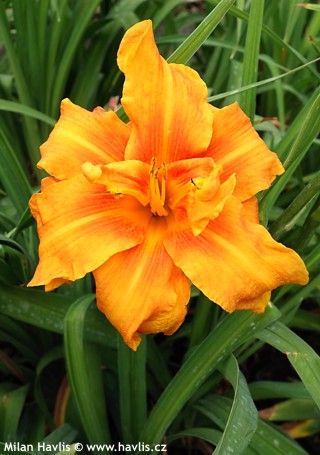
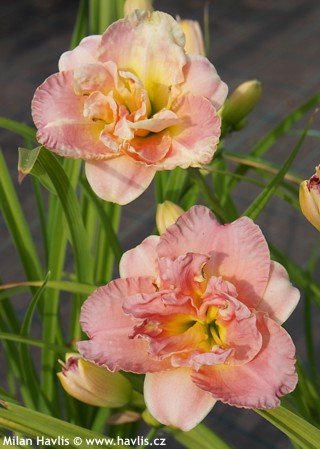
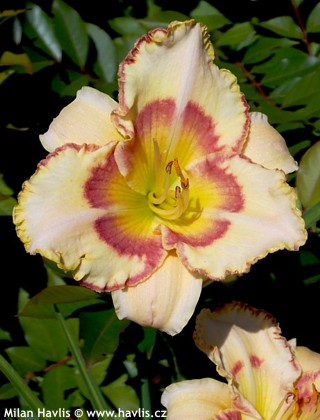
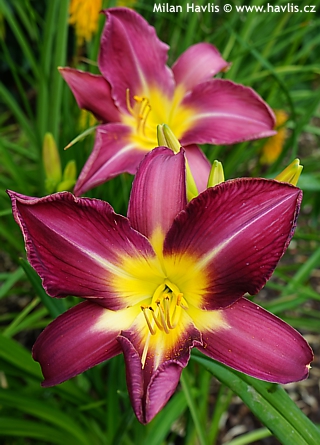
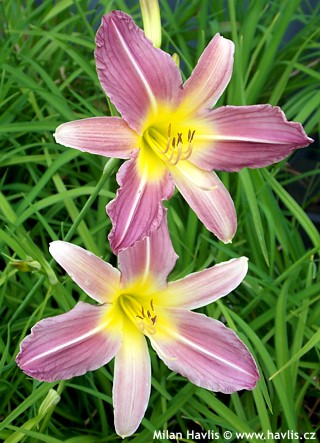
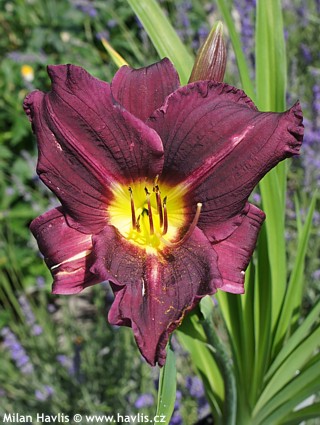
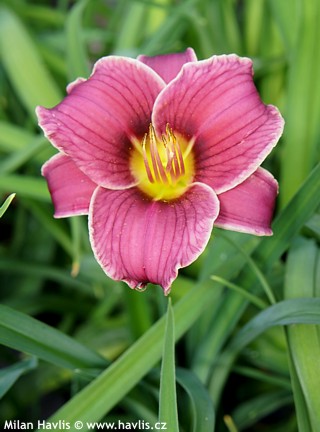
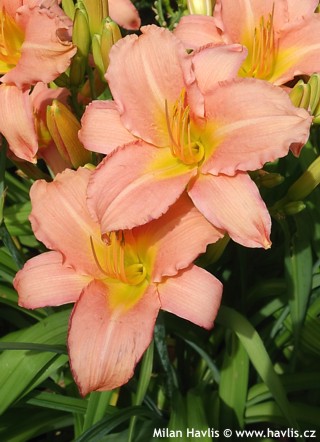
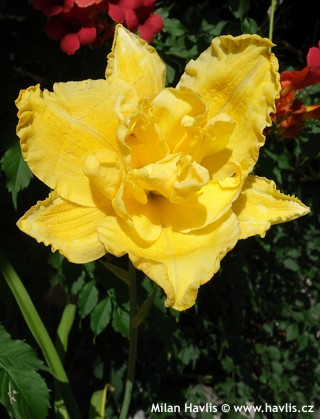
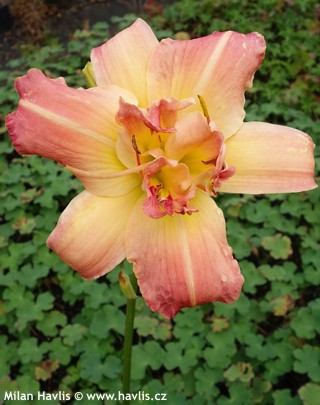
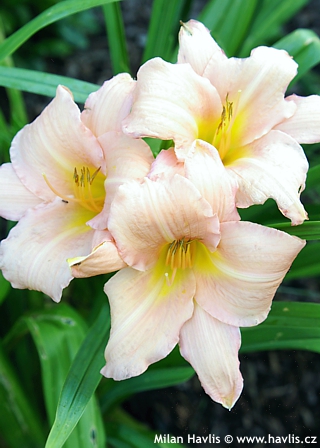
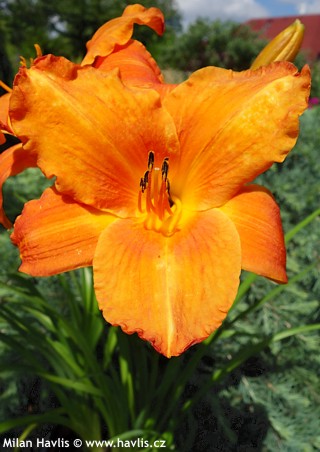
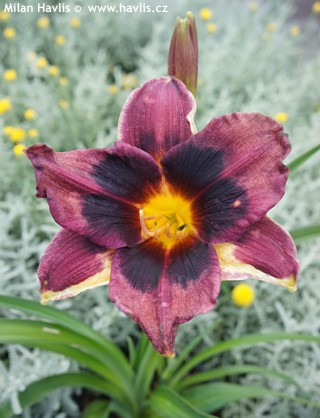
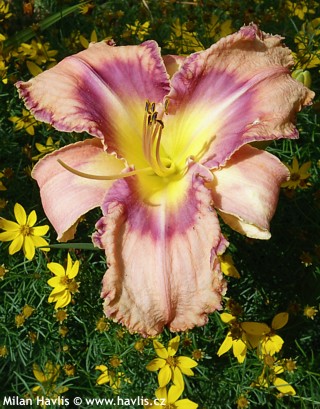
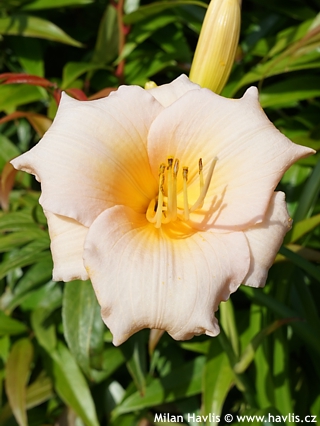
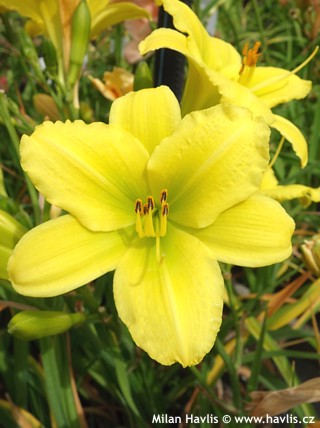
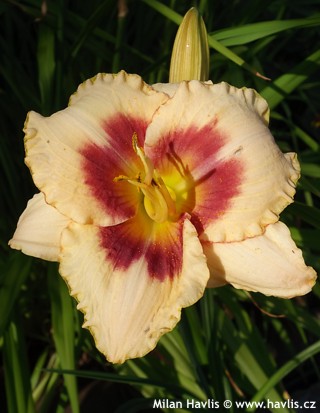
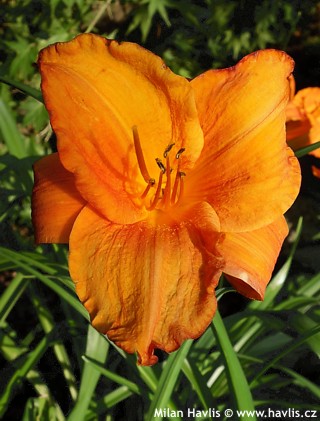
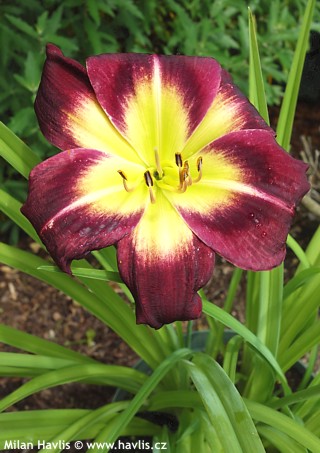
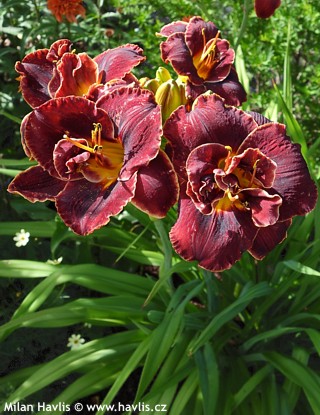
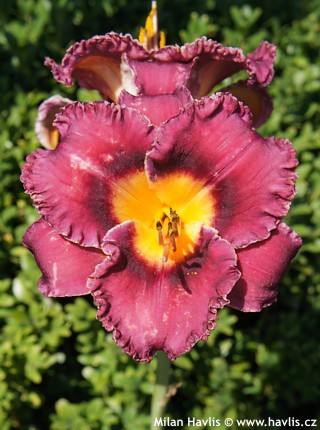
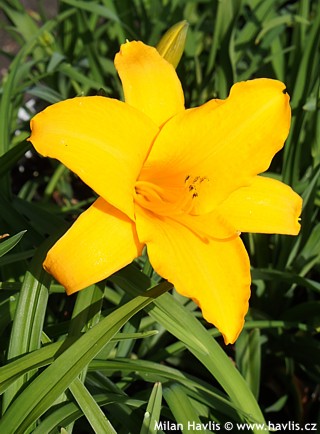
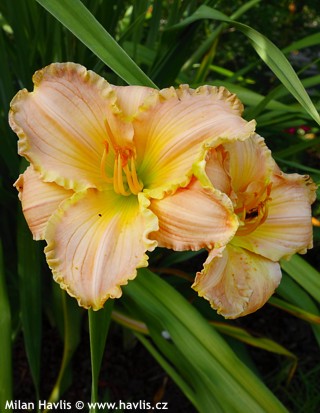
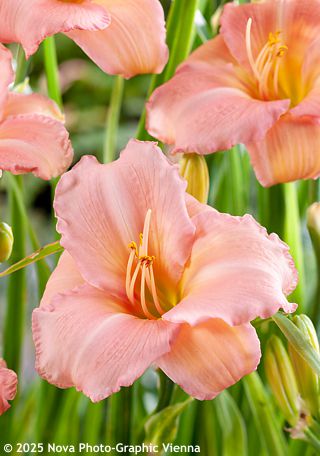
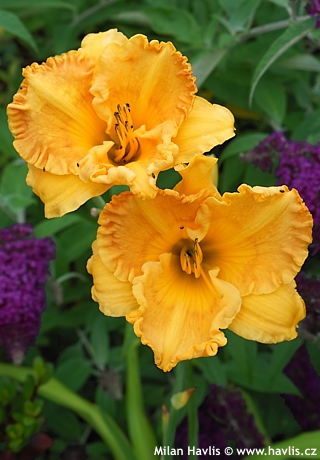
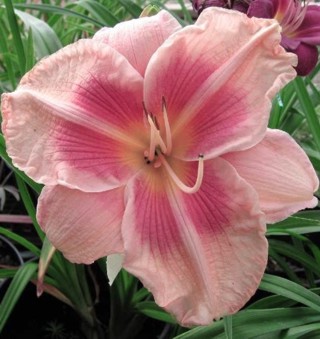
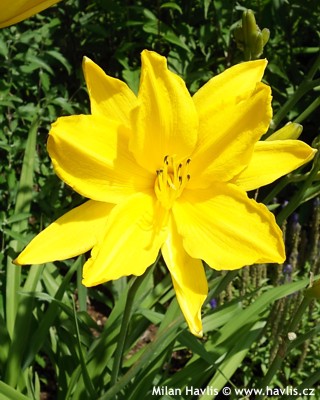
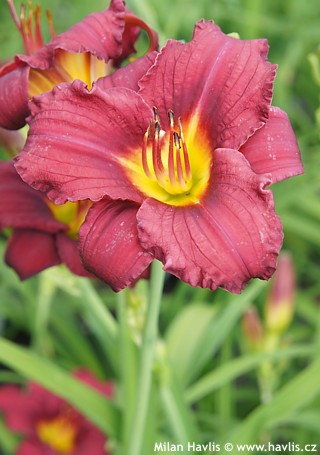

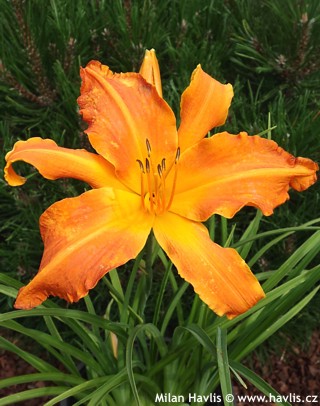
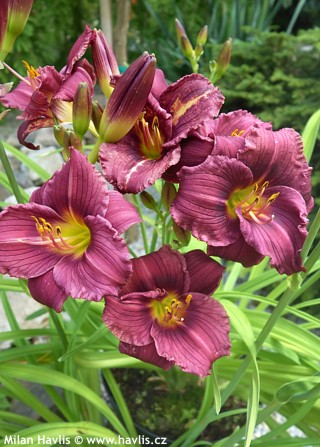
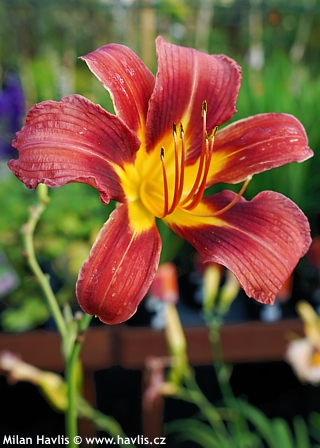
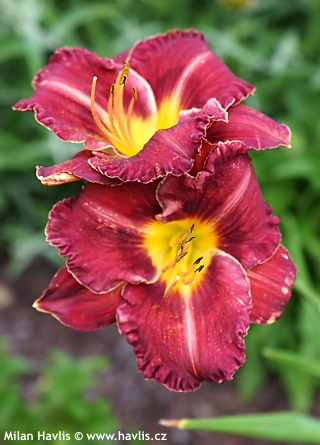
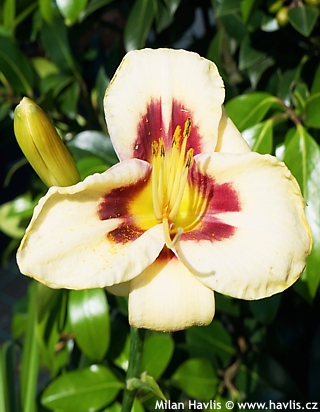
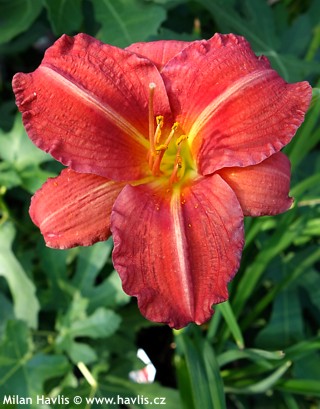
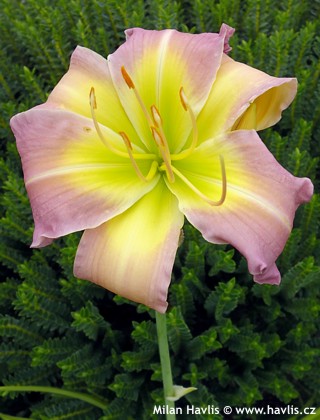
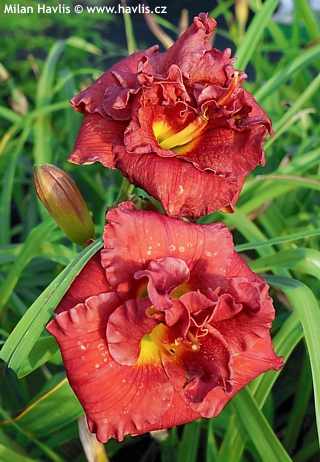
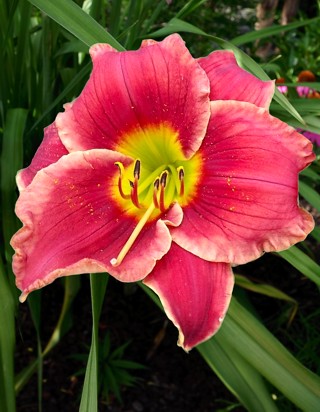
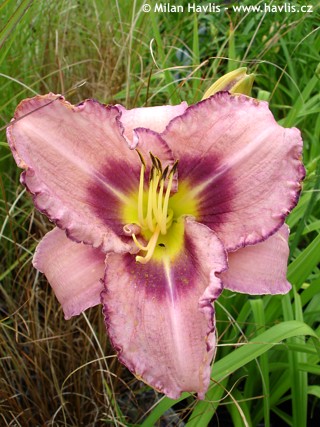
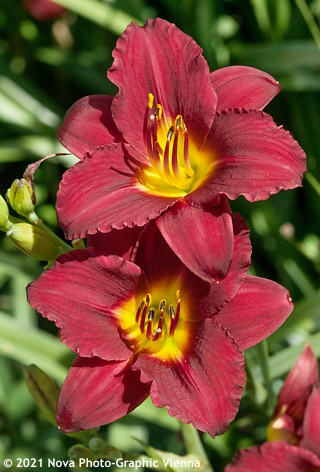
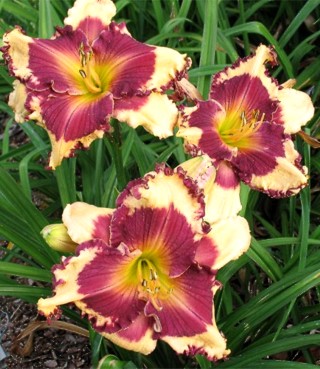
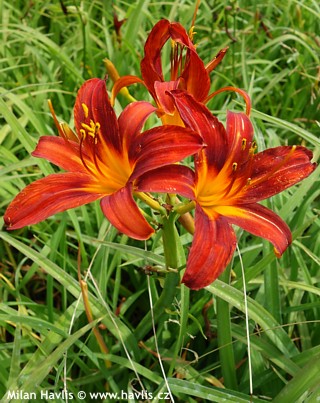
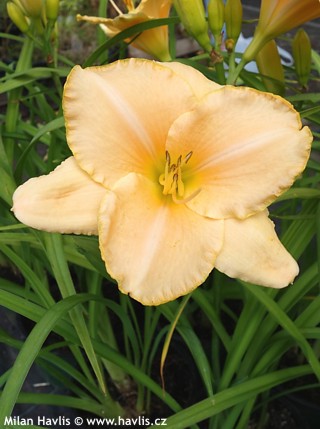
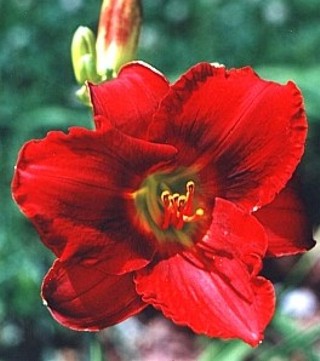
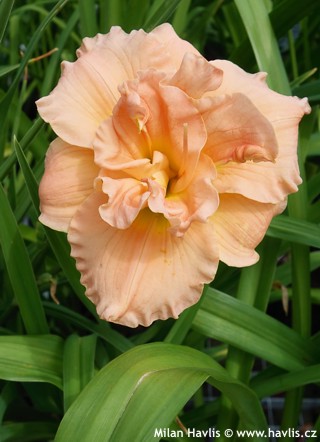
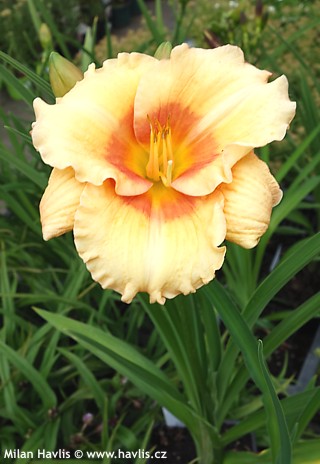
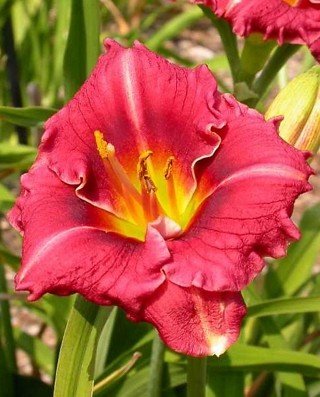
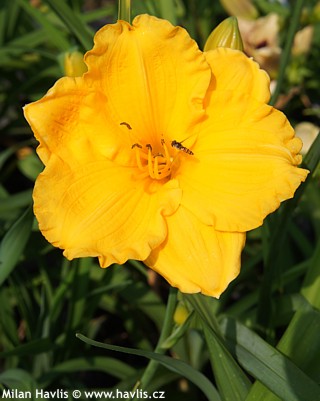
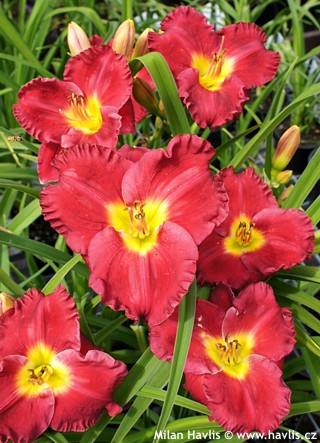
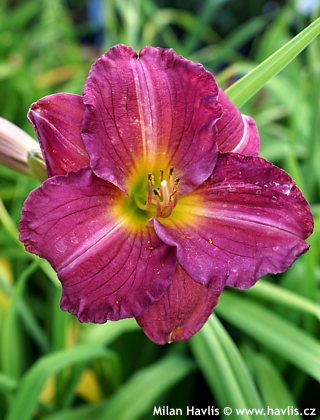
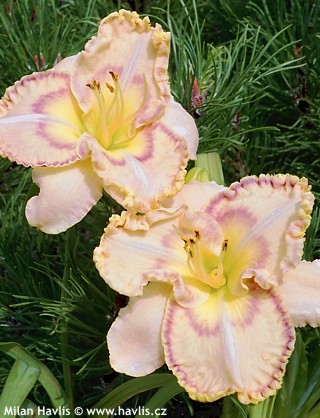
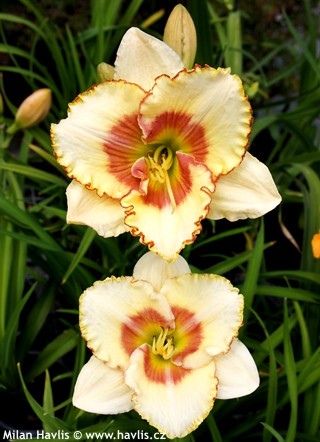
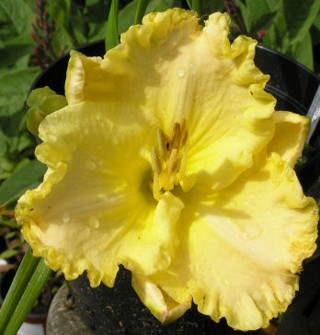
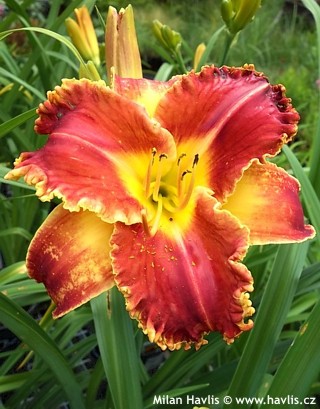
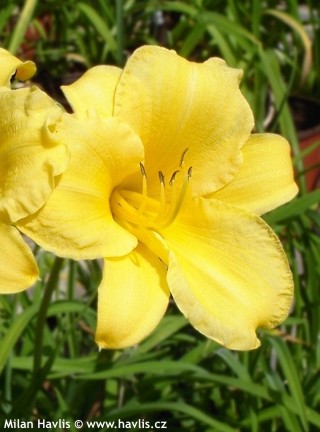
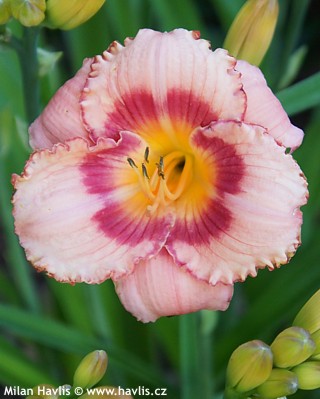
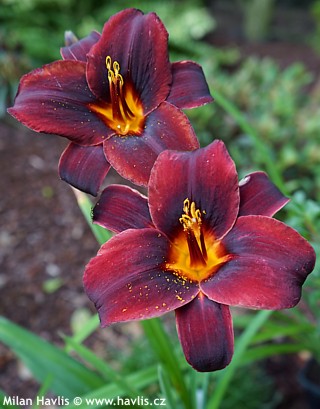
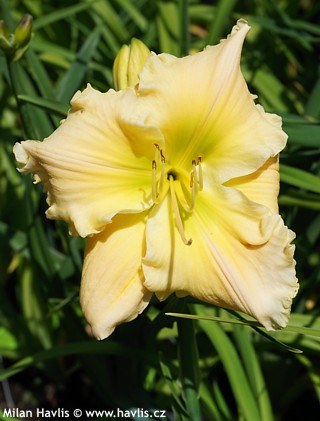
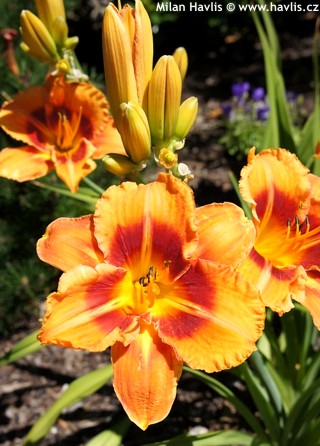
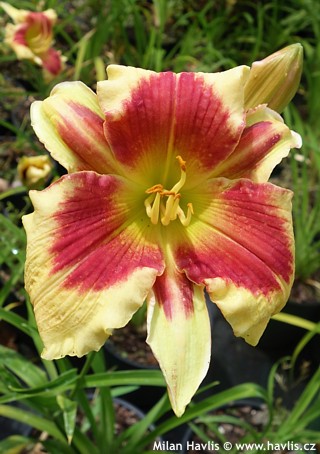

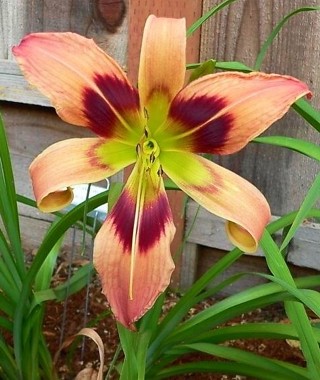
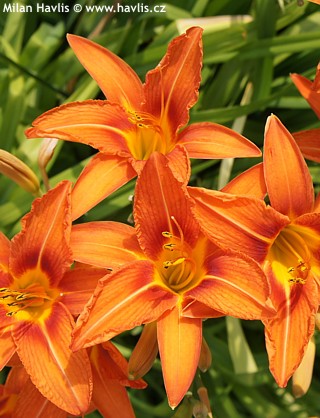
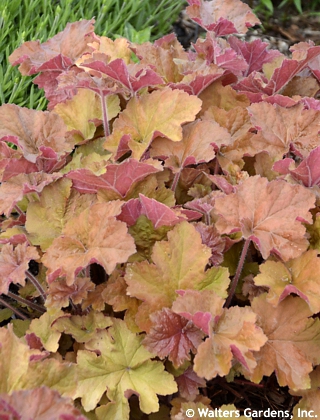
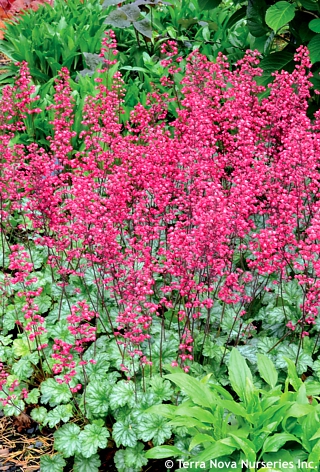
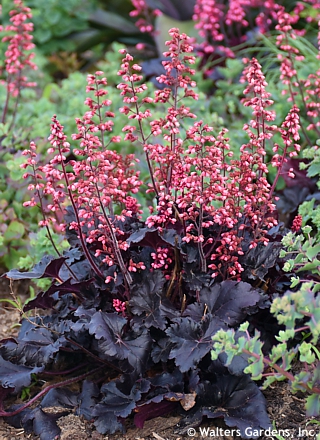
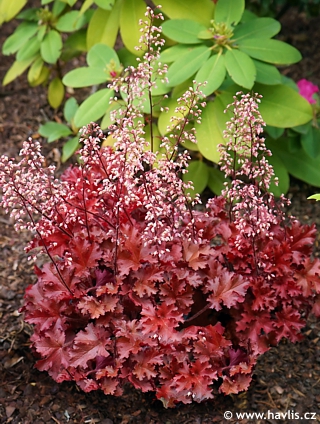
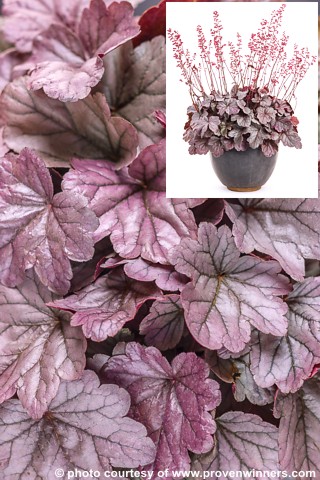
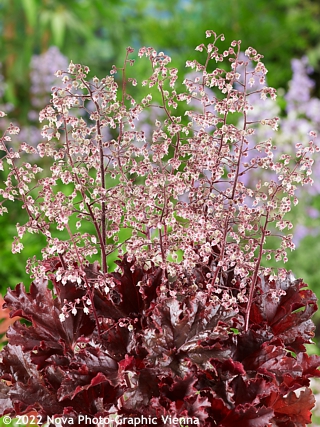
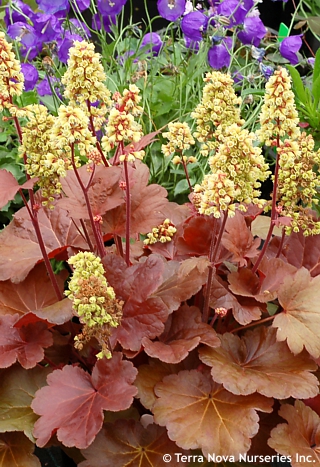
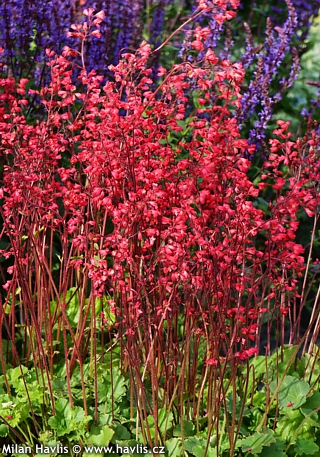
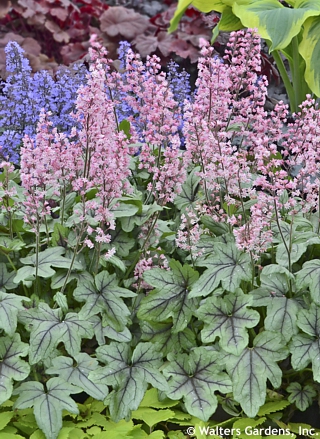
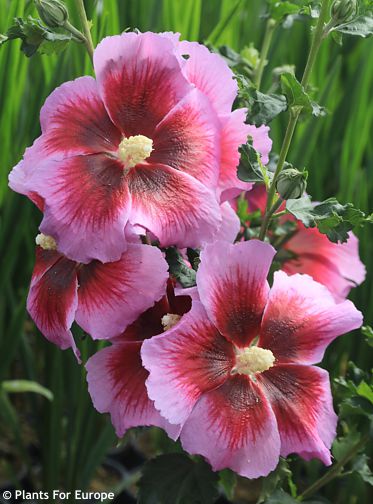
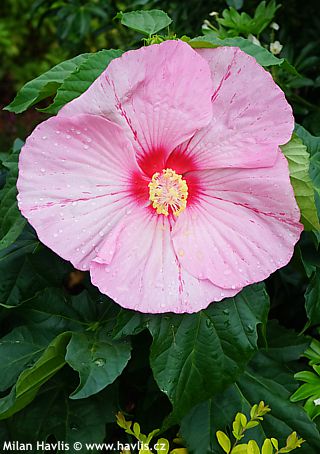
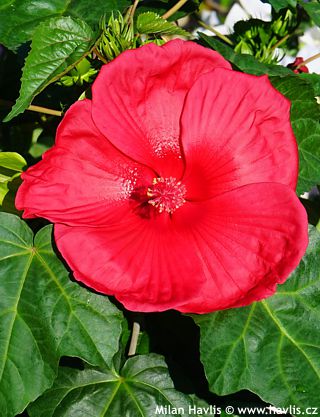
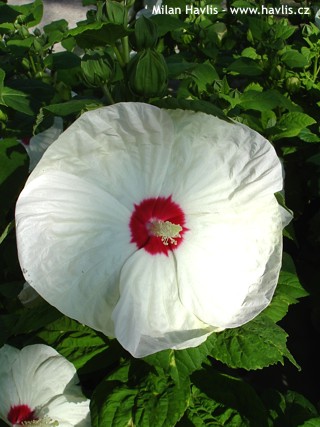
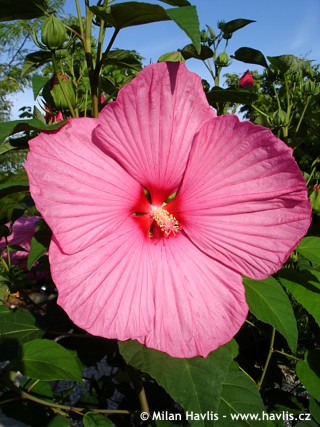
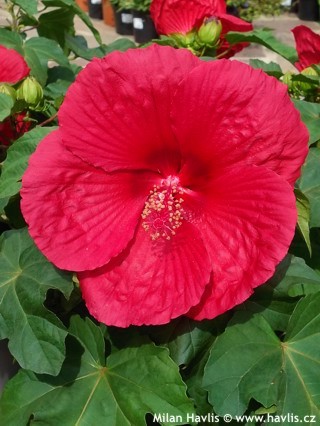
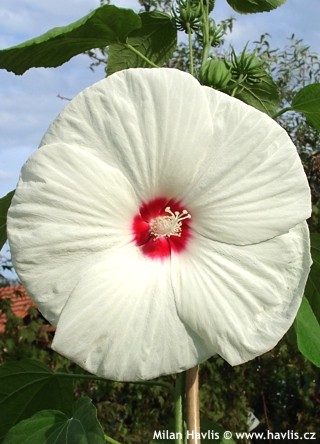
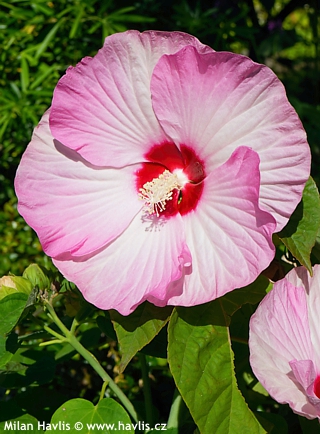
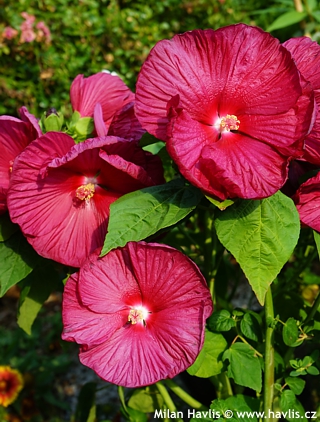
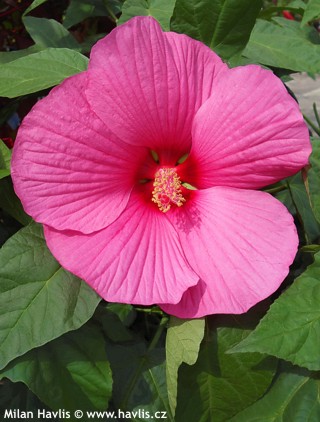
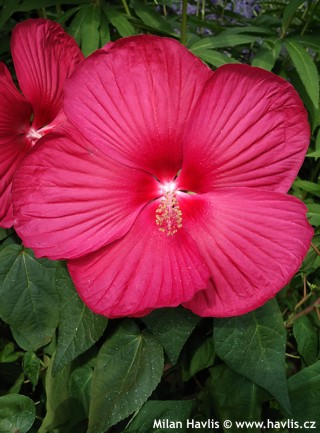
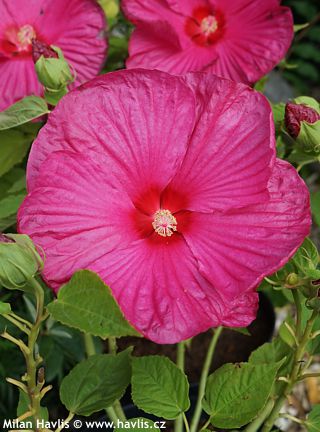
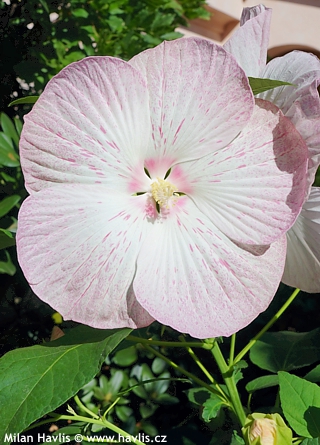
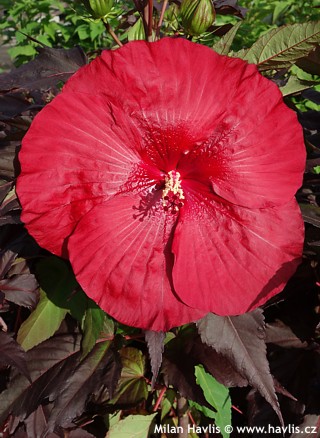
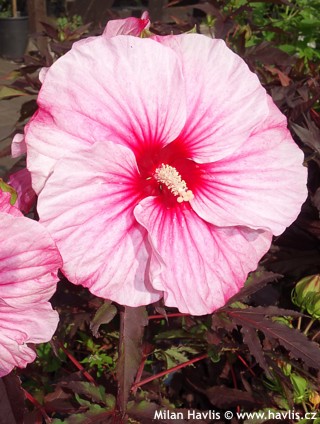


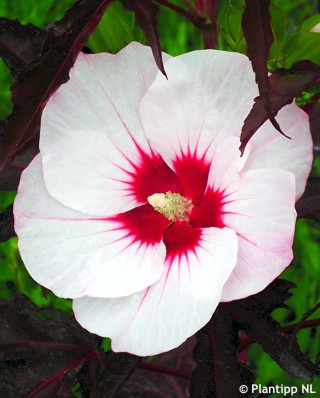
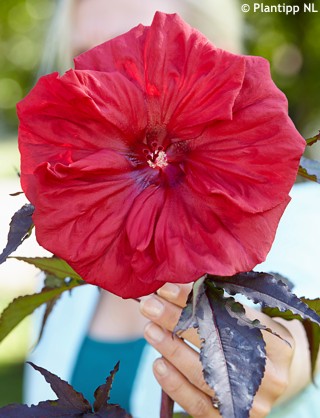
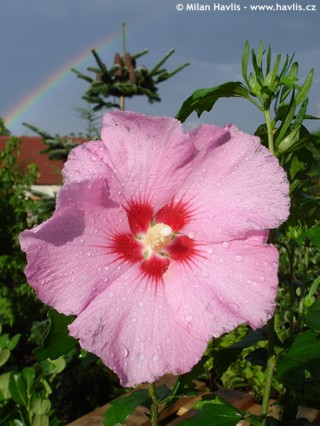
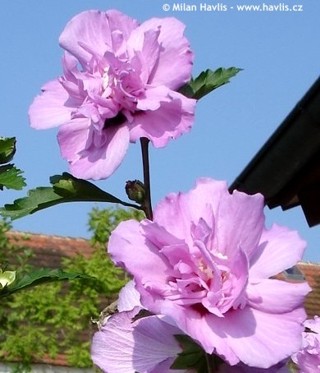
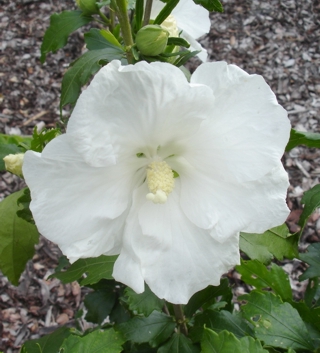
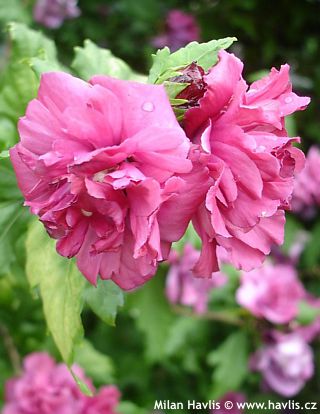
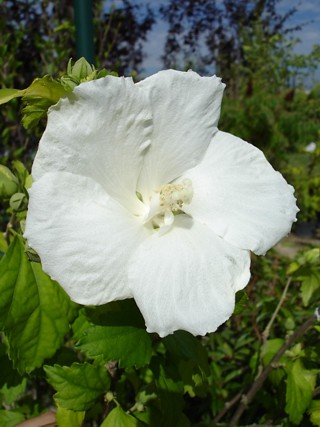
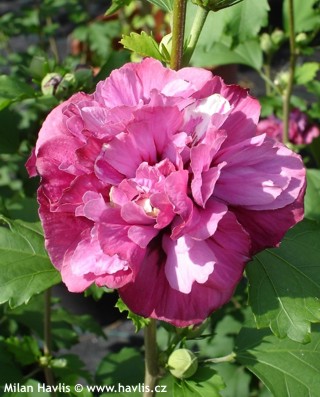
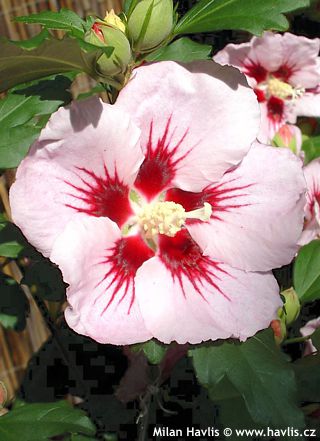
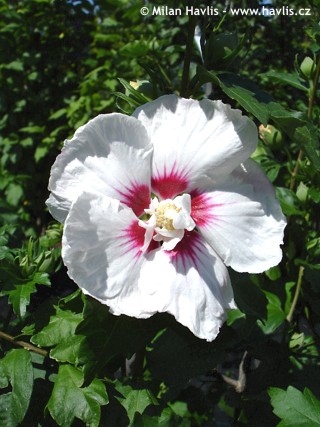

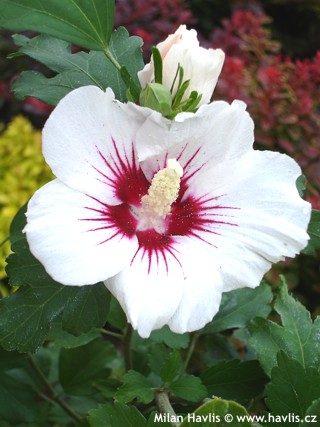
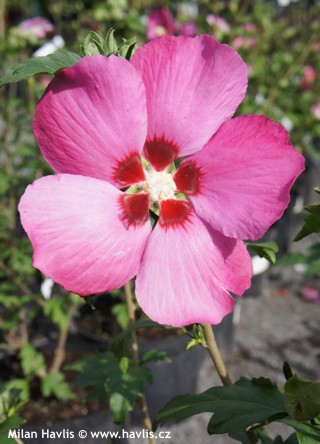
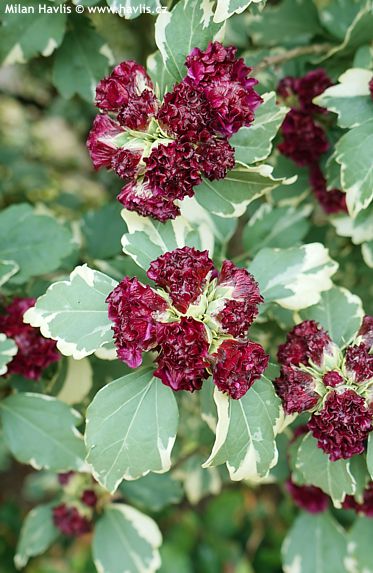
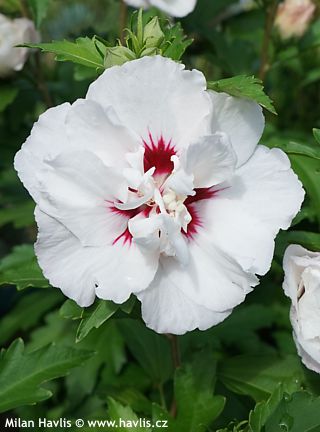
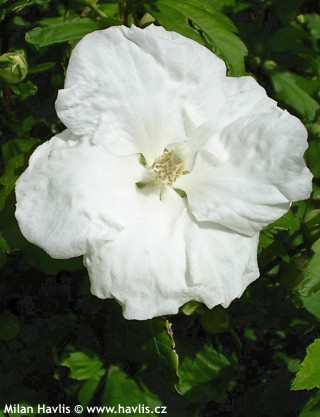
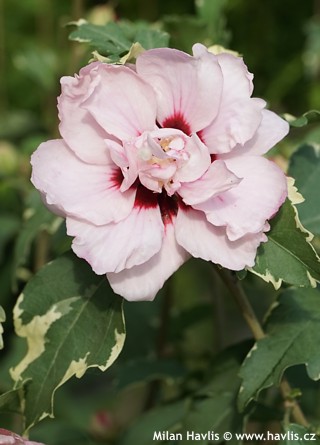
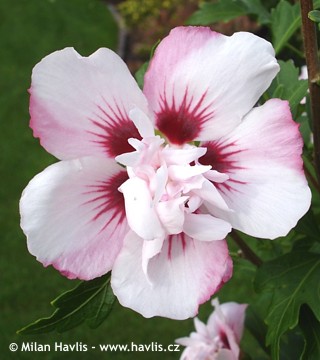
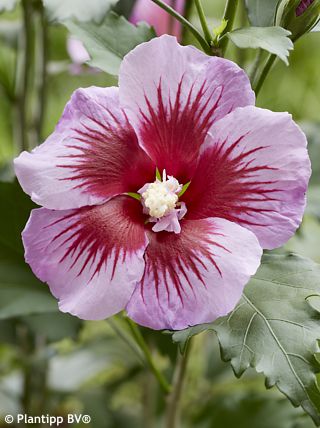
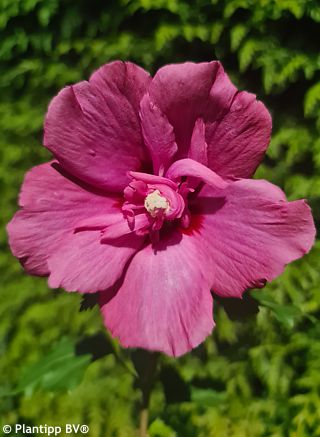
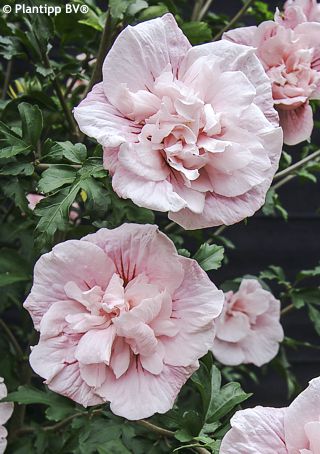
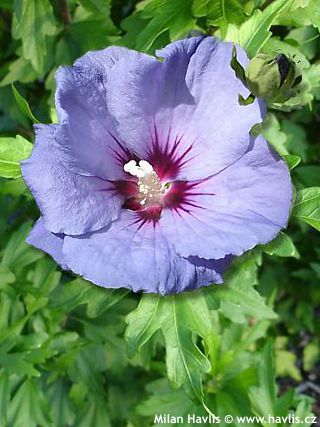
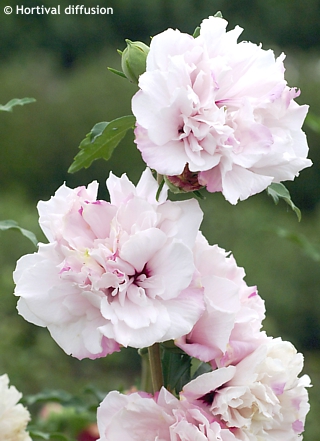
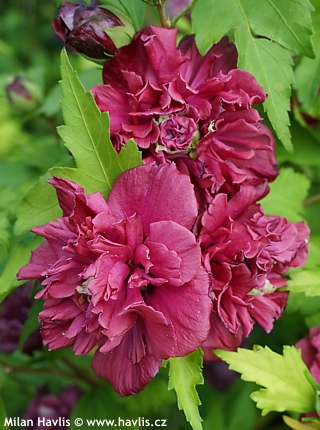
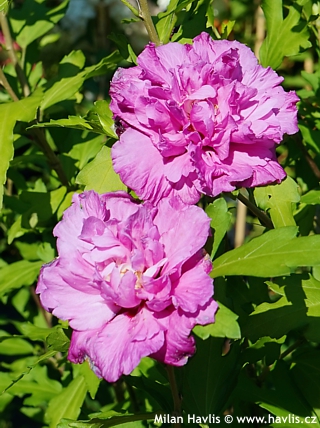
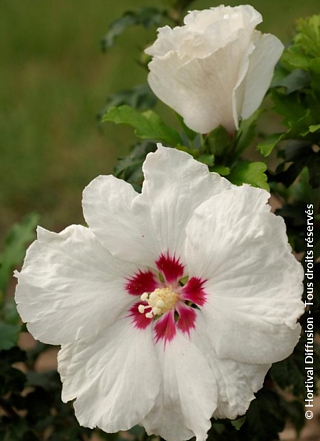
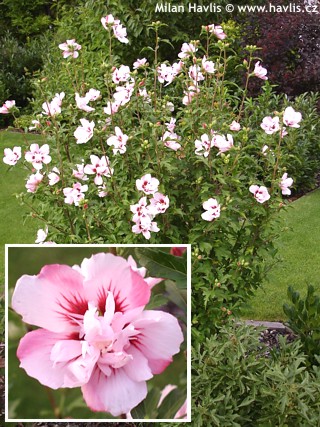
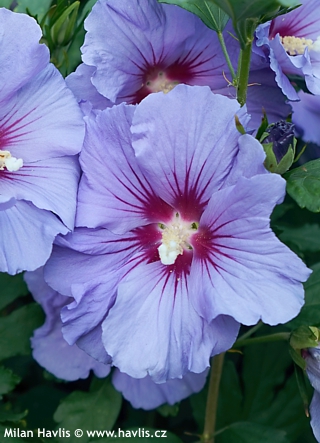
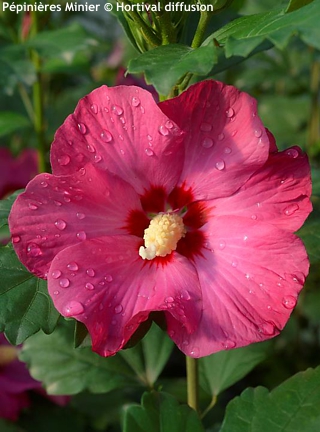
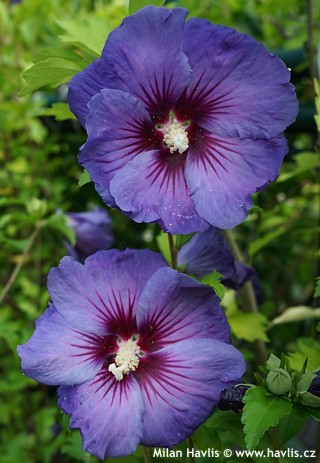
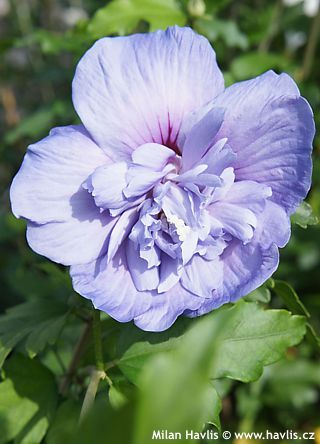
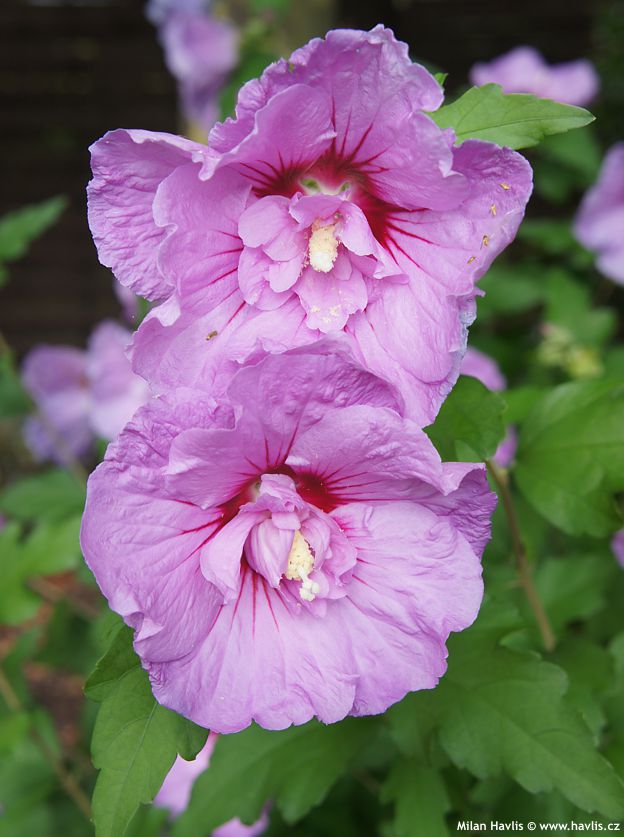
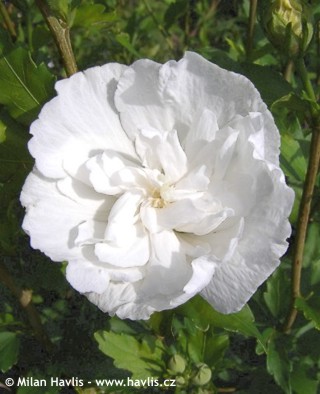
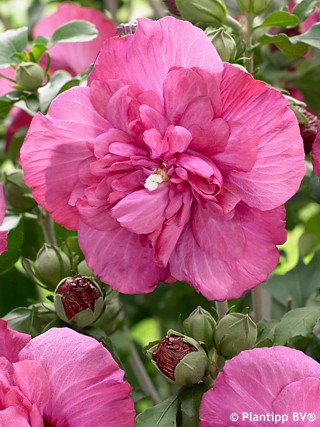
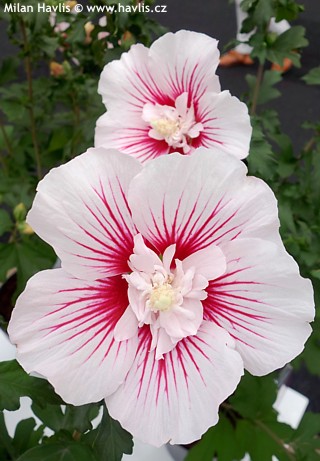
.jpg)
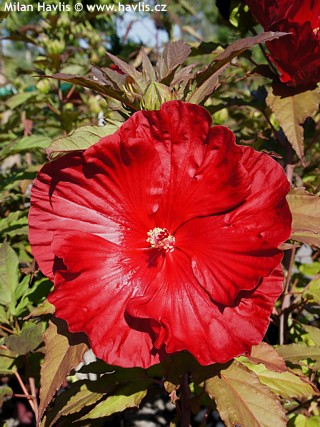
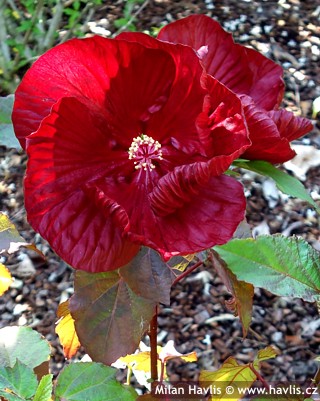
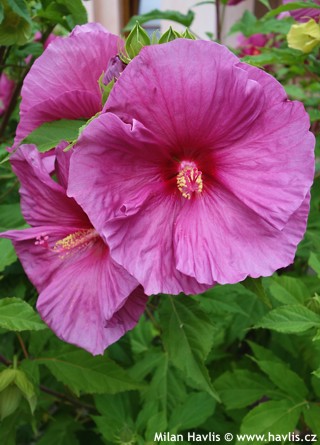
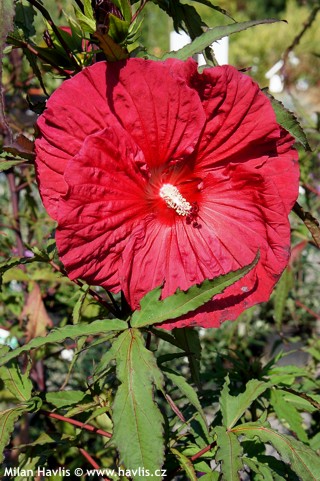
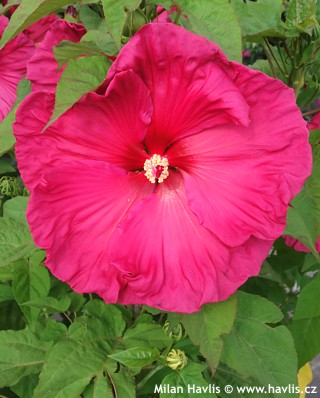
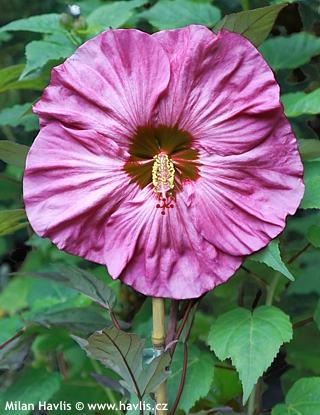
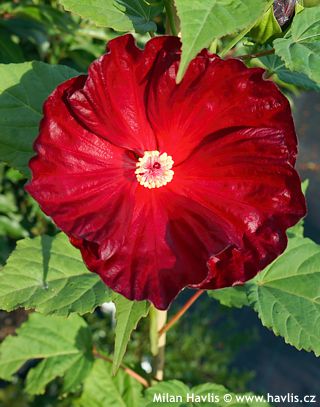
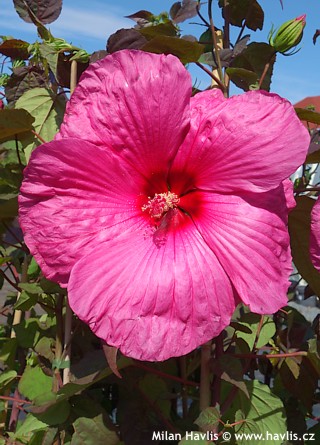
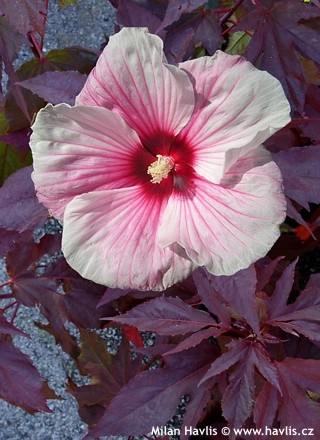
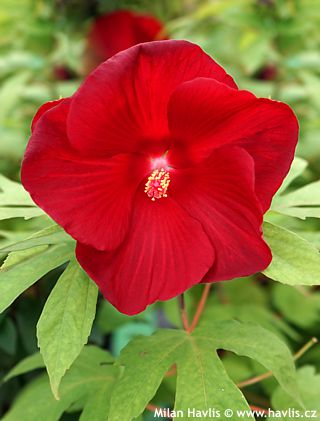
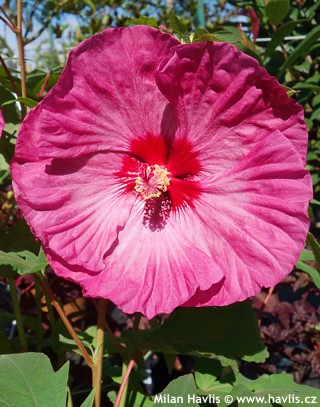
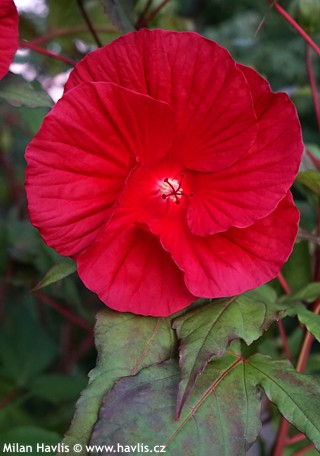
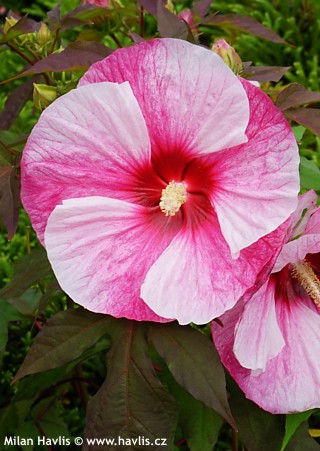
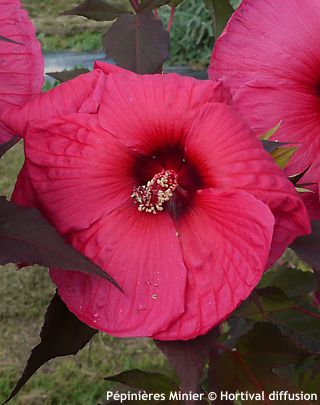
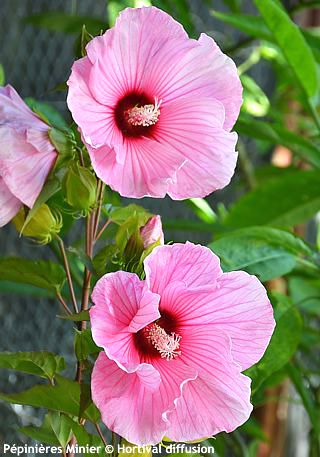
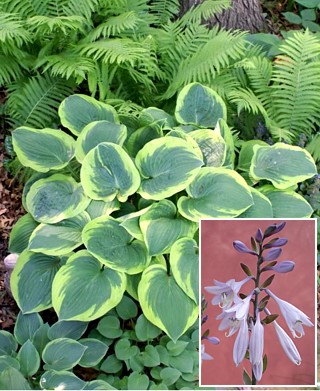
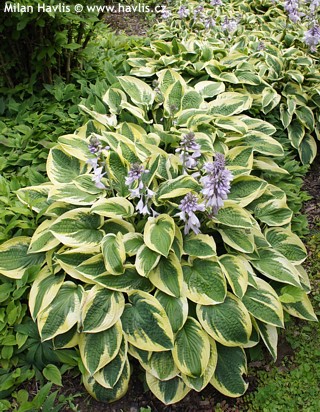
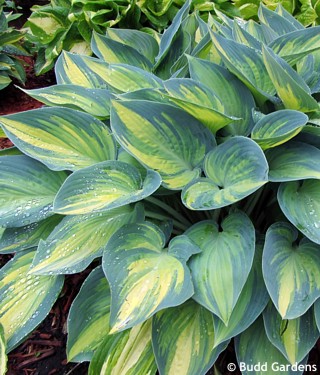
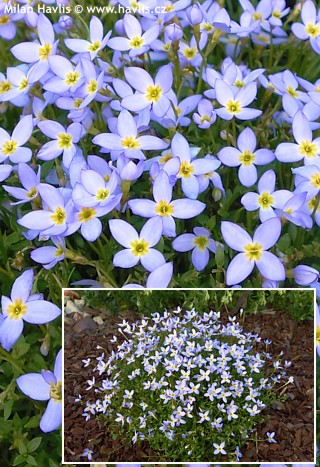
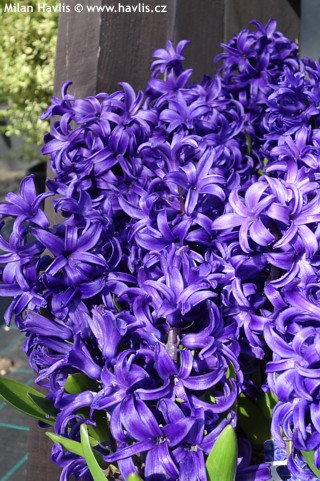
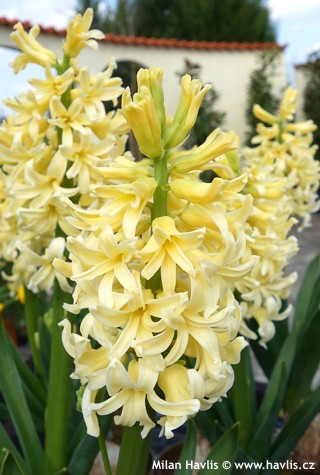
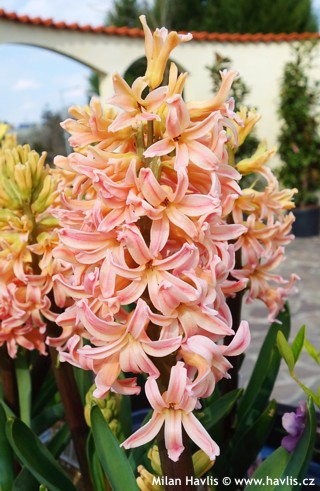
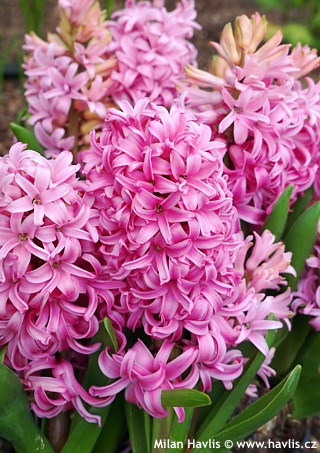
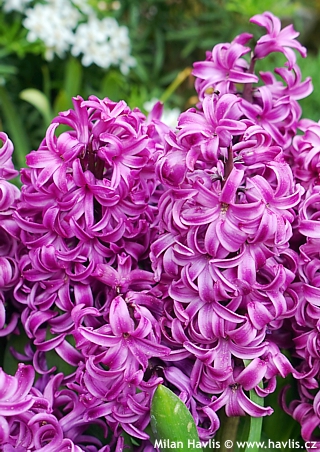
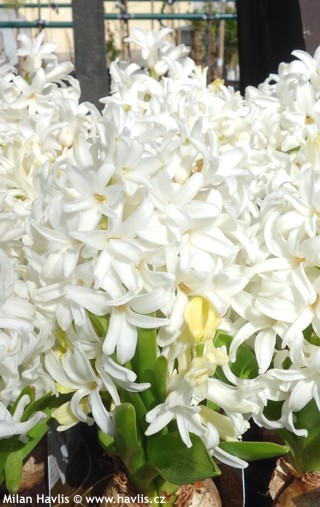
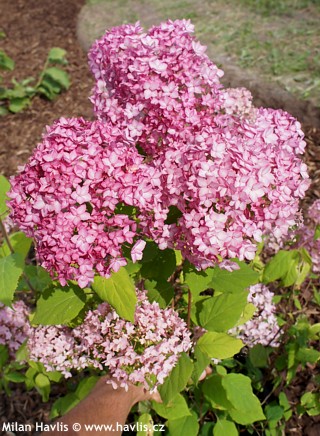


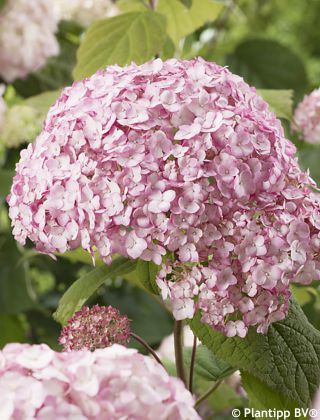
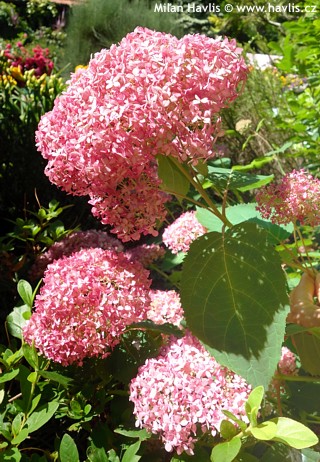
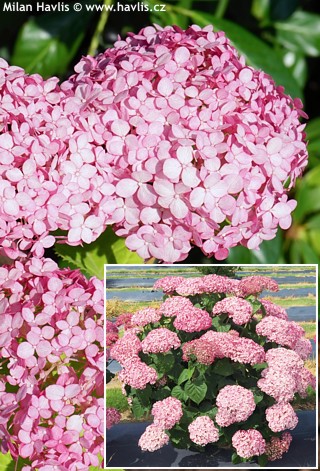
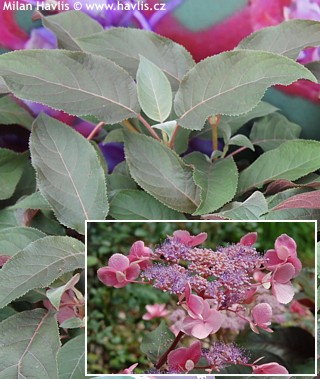
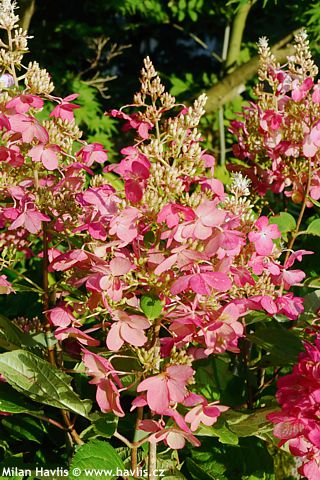
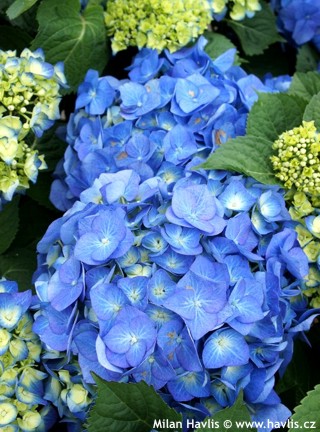
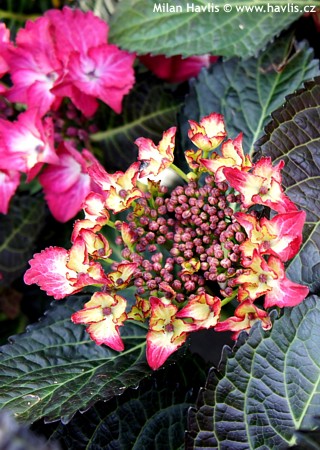
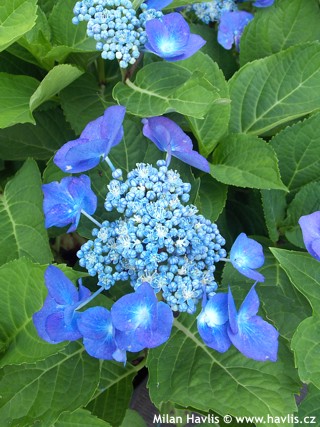

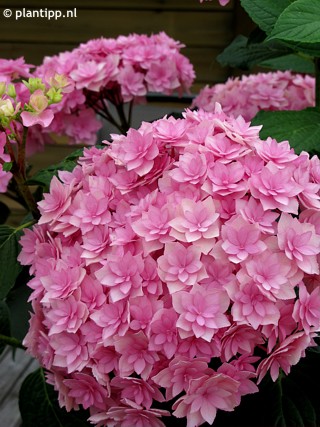
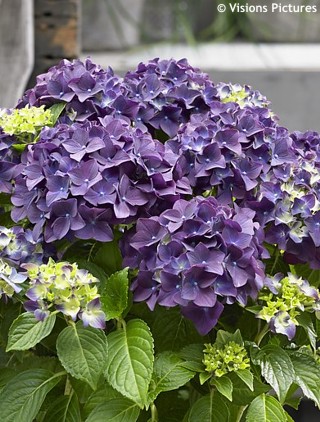
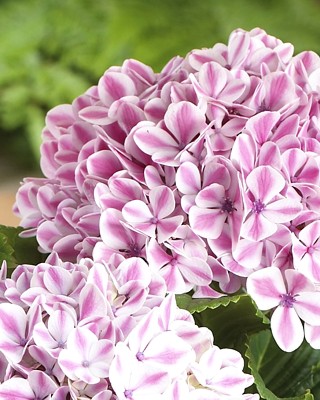
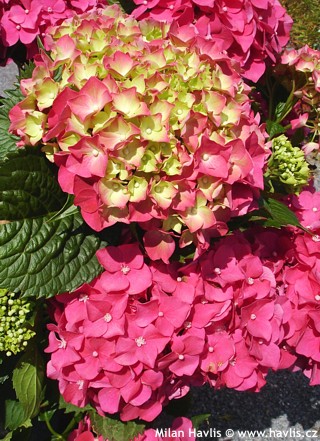
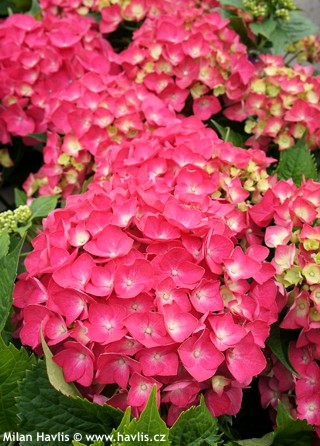
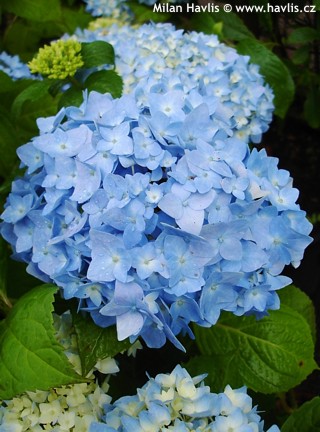
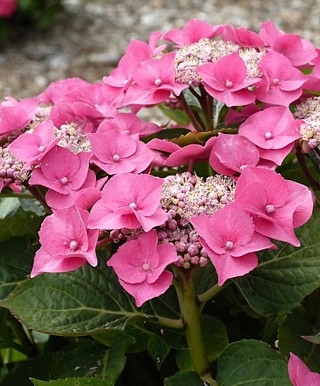
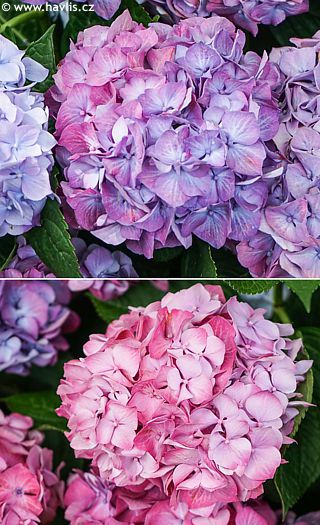
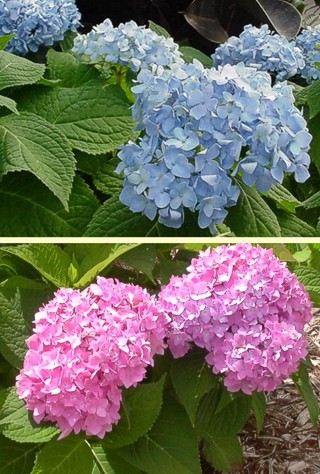
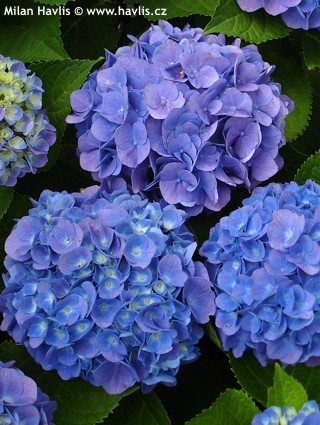
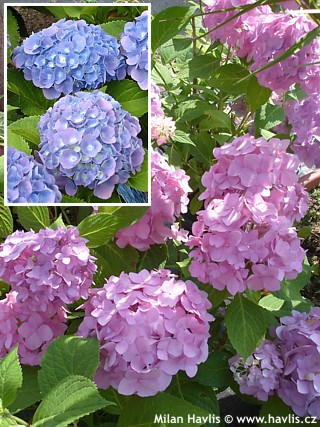
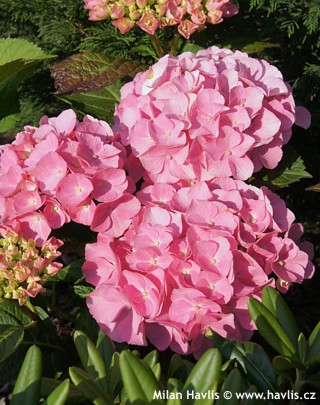
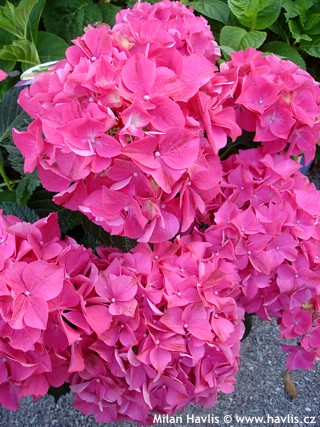
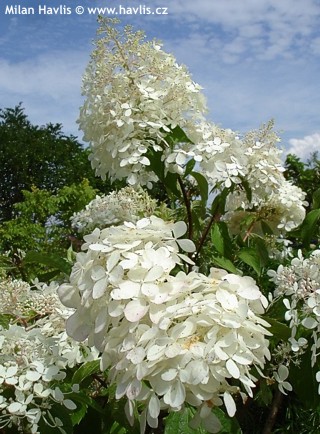
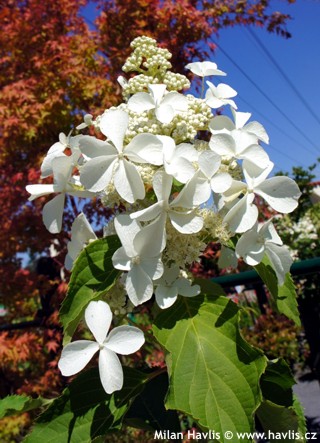
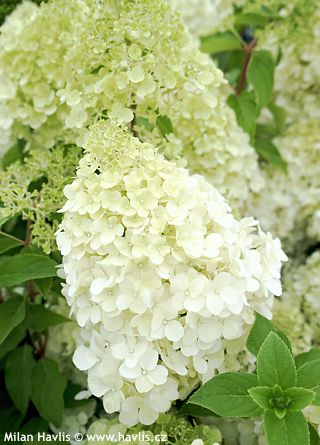
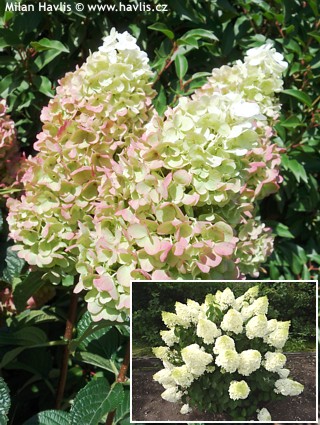
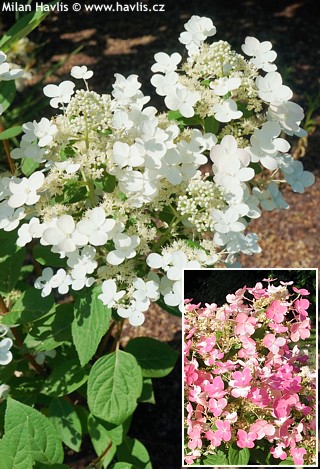
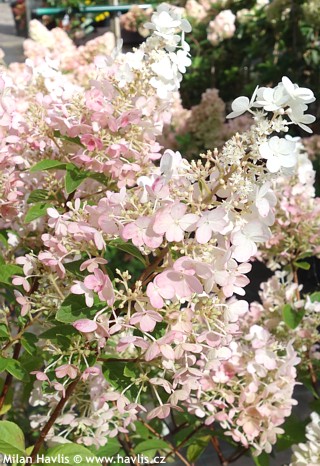
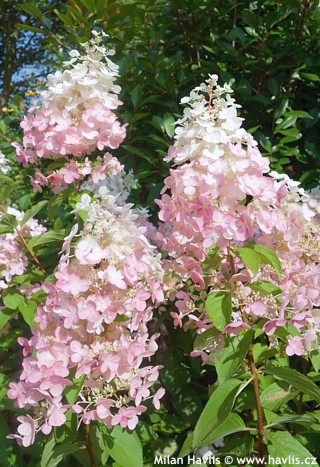

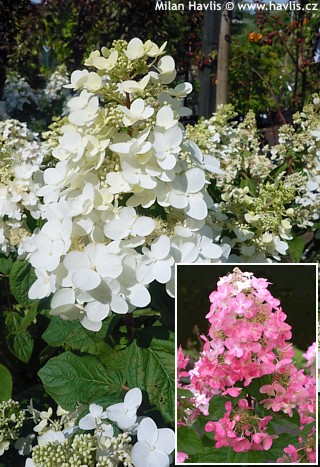
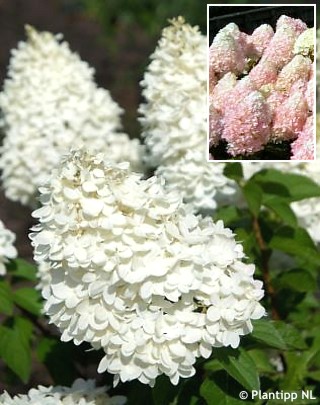
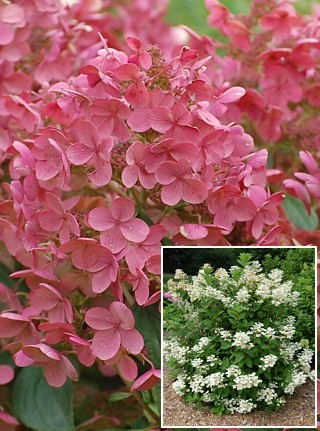
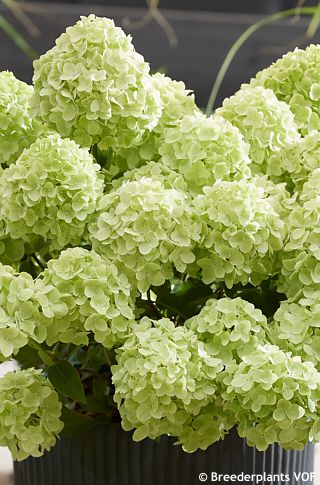
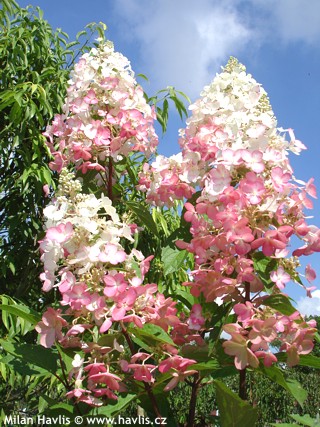
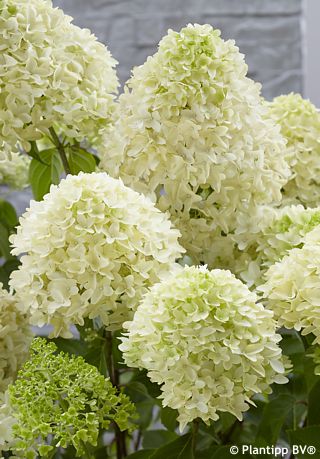
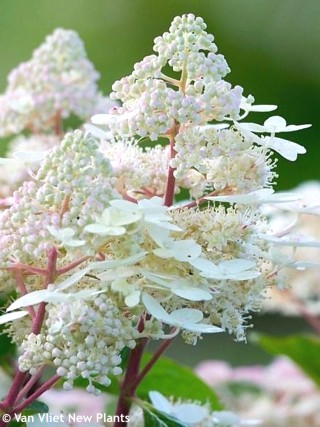
.jpg)
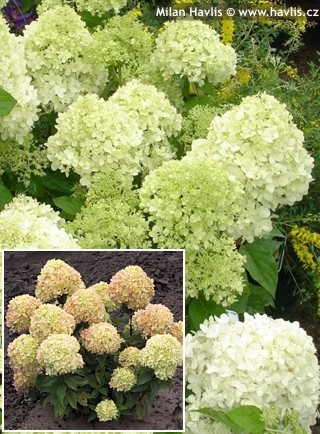
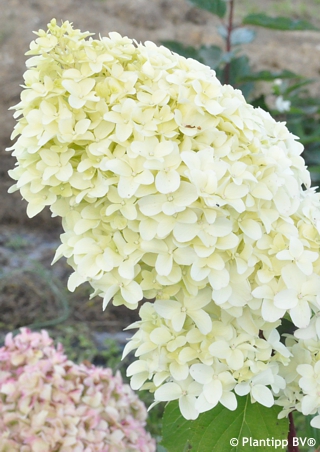
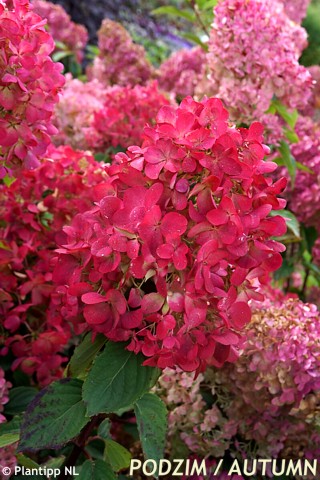
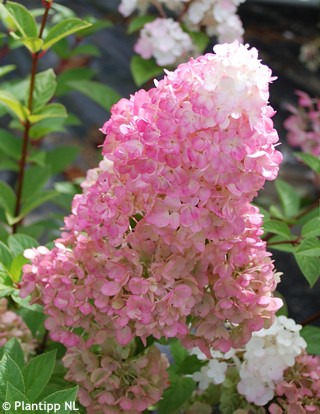

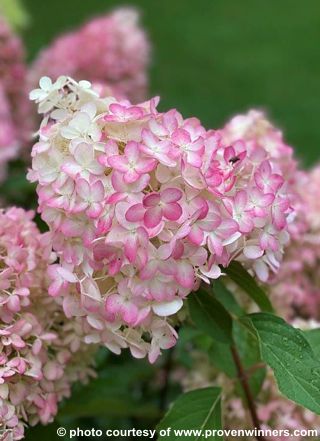
.jpg)
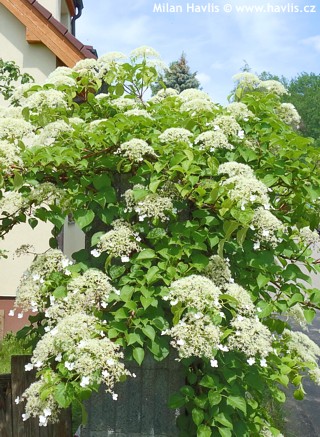
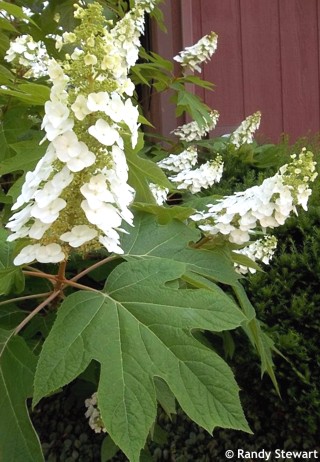
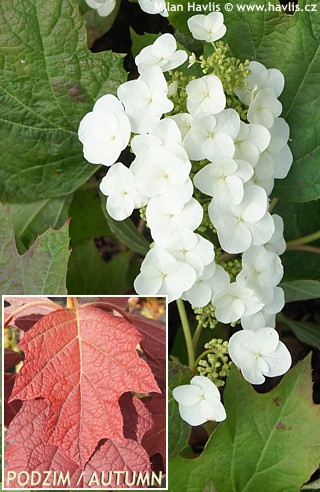
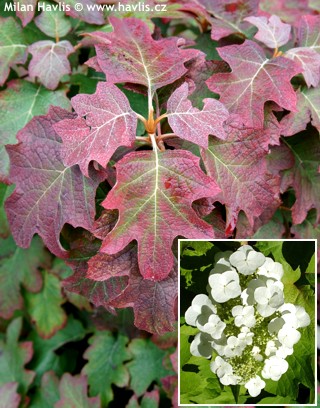
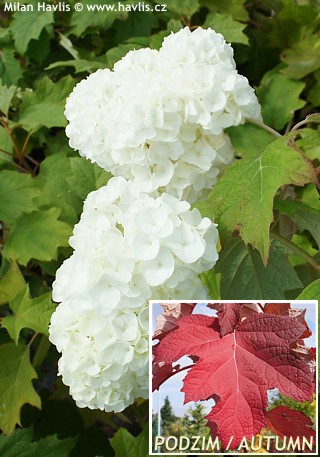
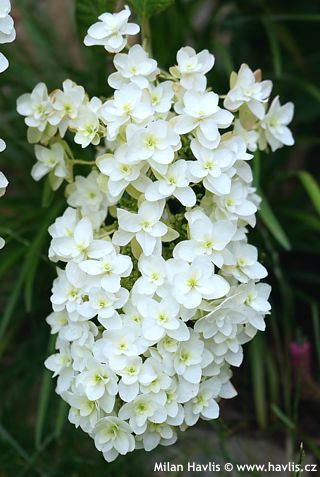
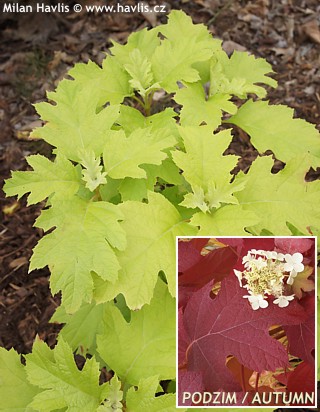
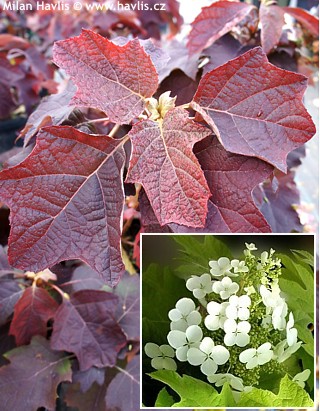
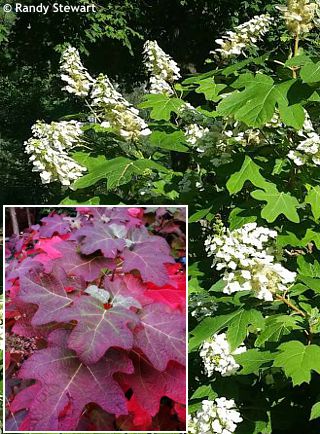
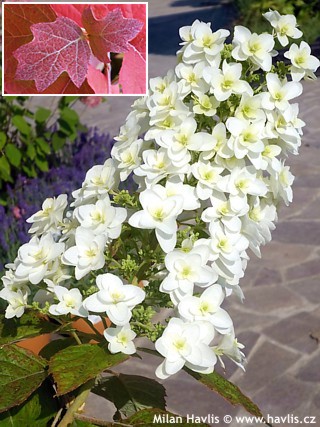
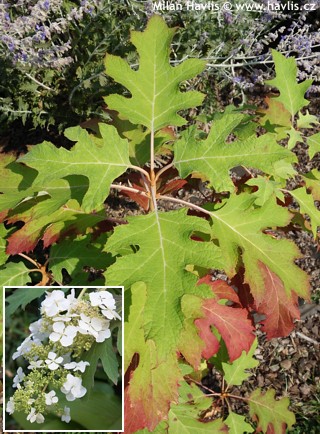
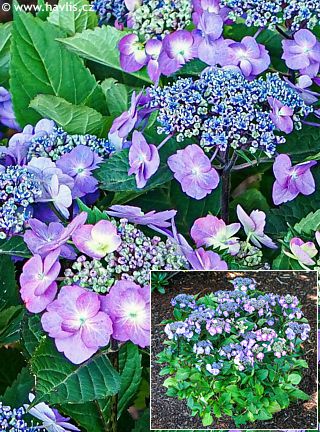
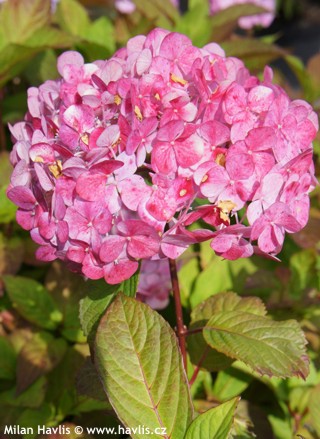
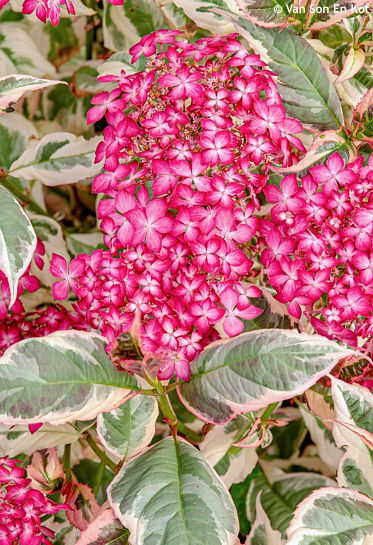
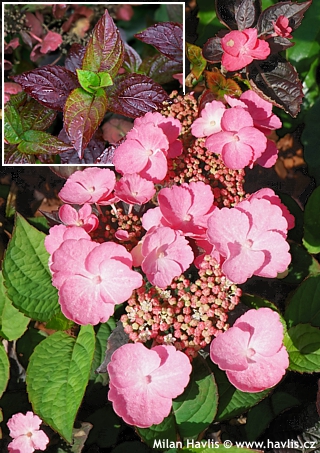
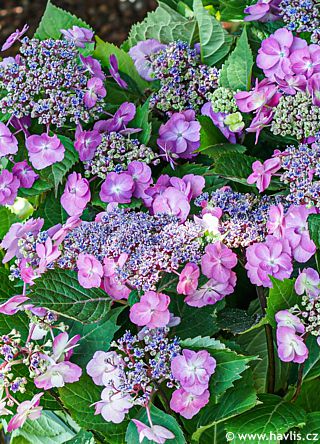
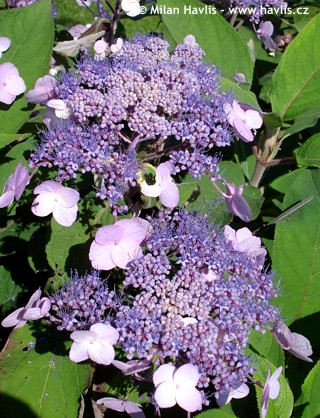
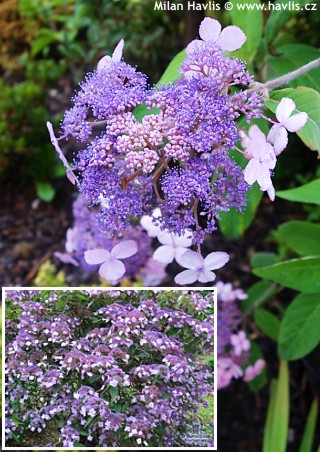
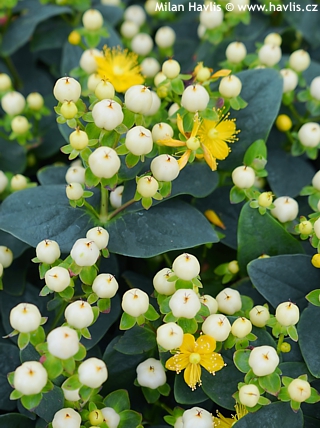
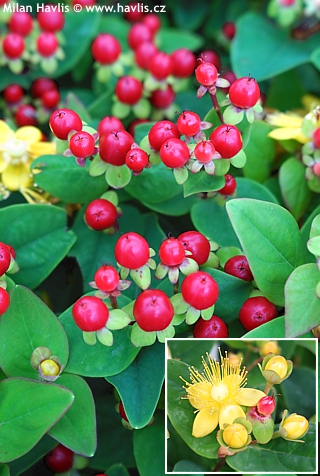
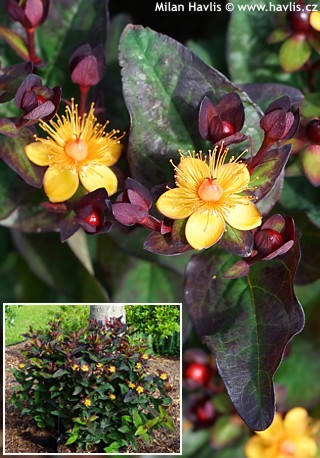
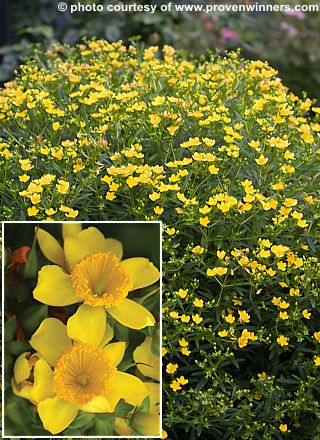
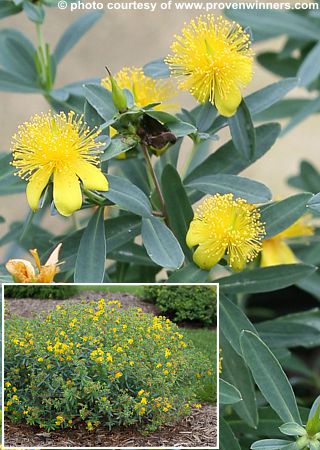
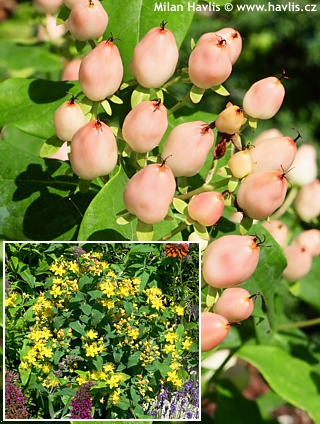
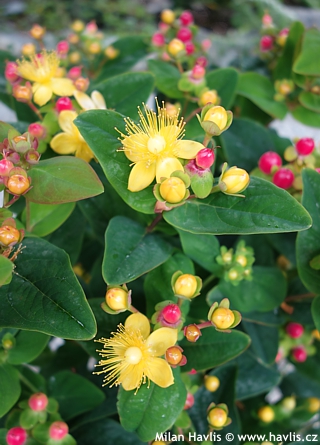
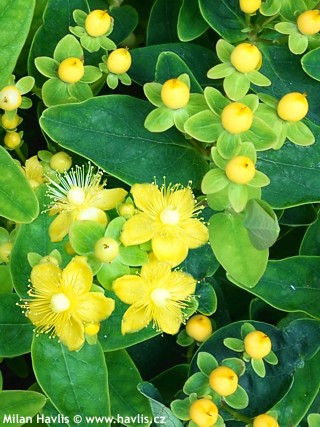
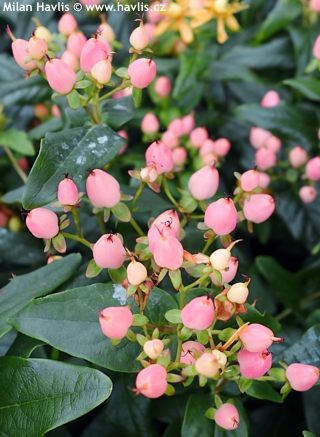
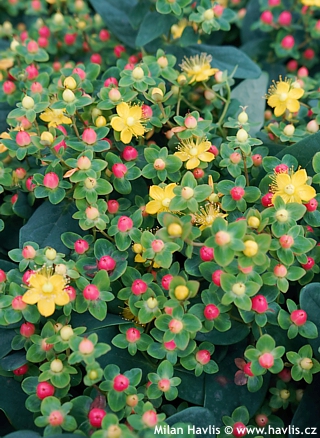
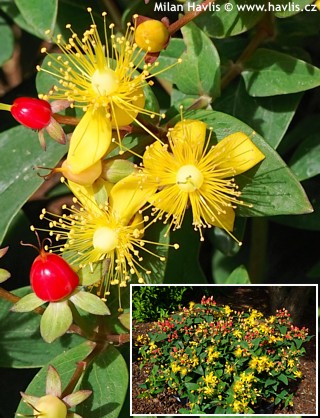
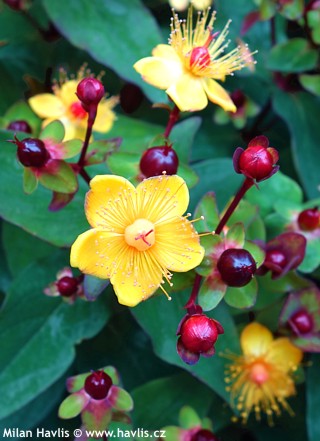
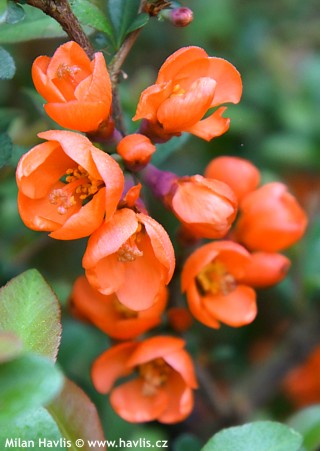
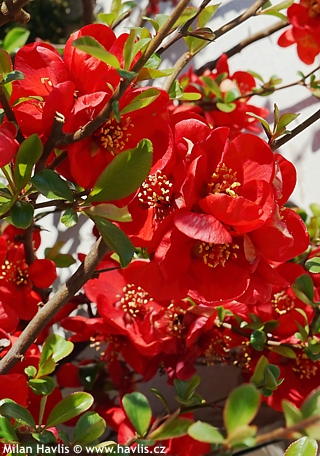
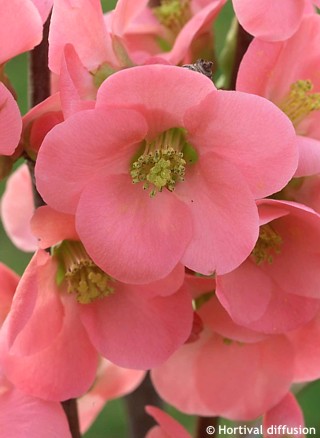
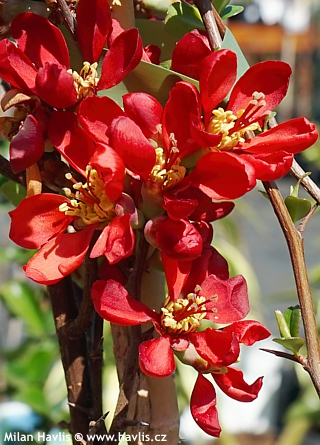
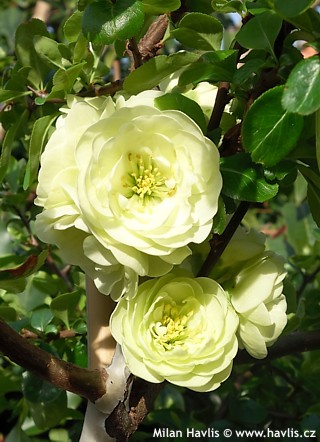
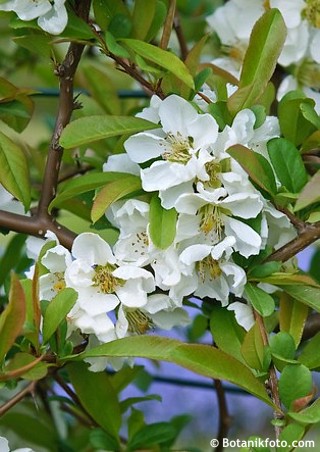
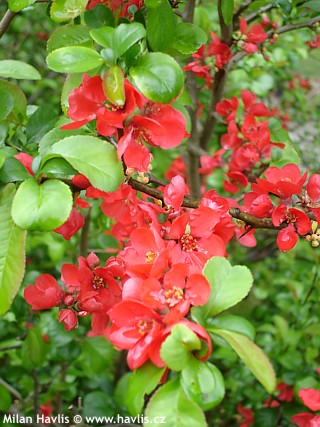
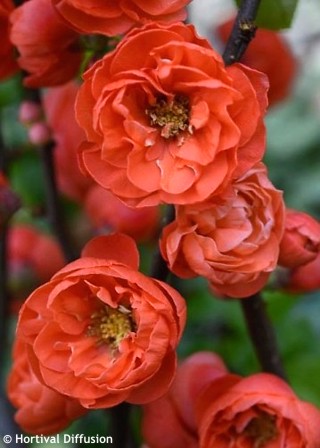
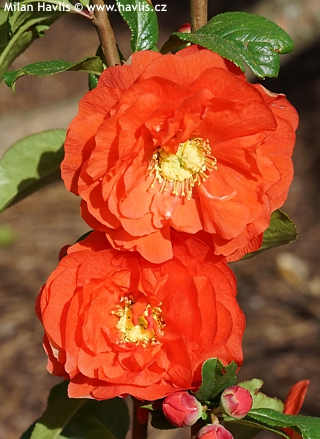
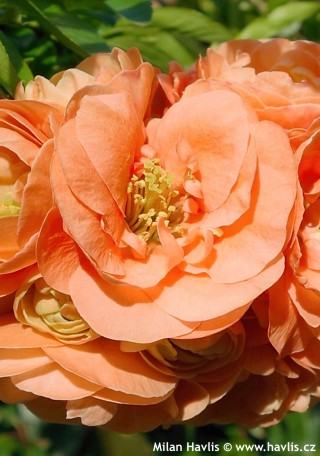
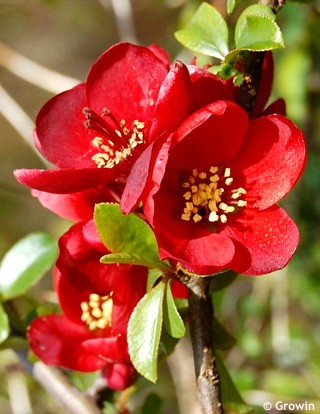
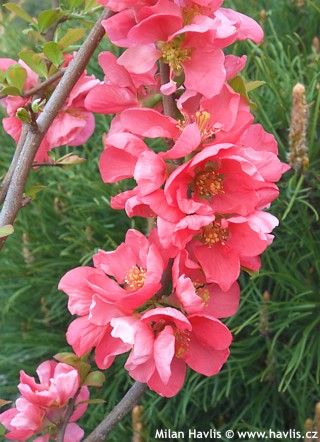
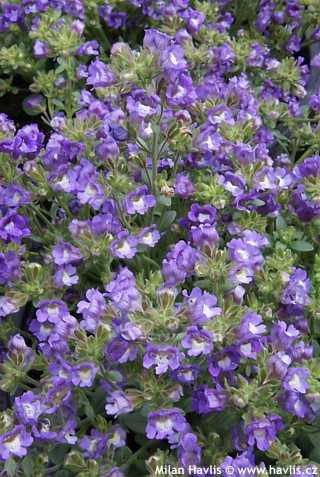
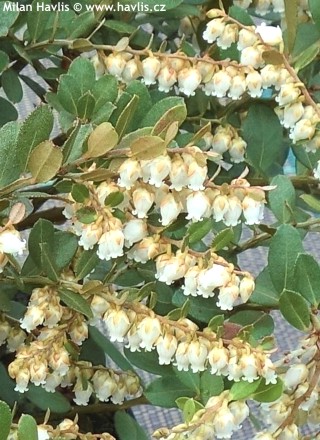
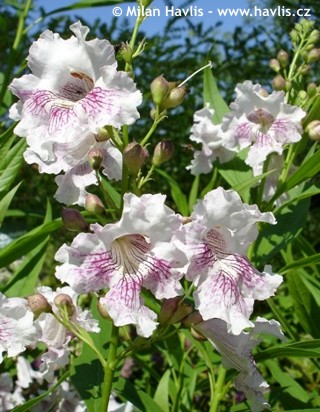
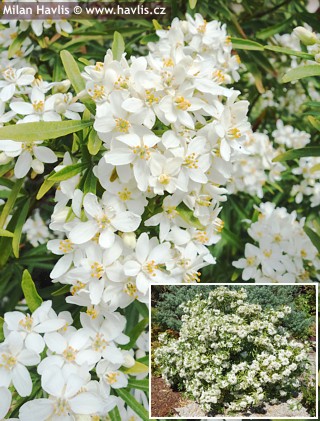

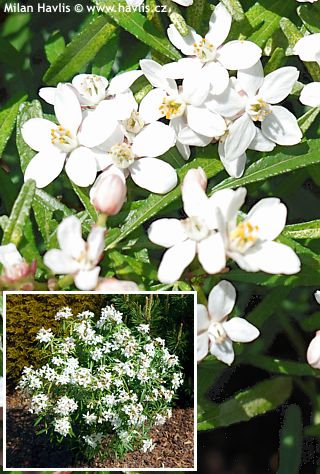
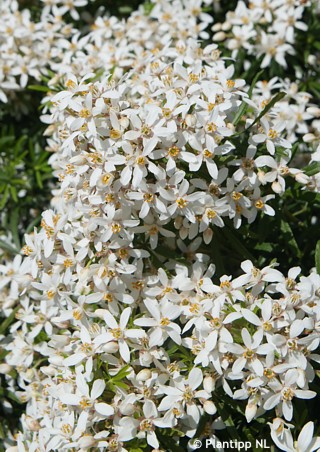
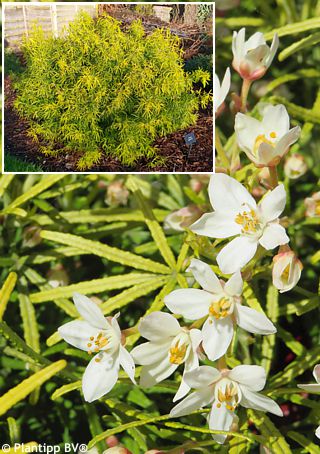
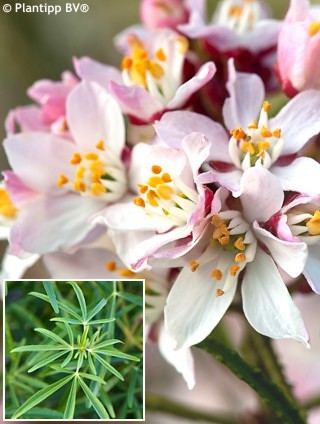
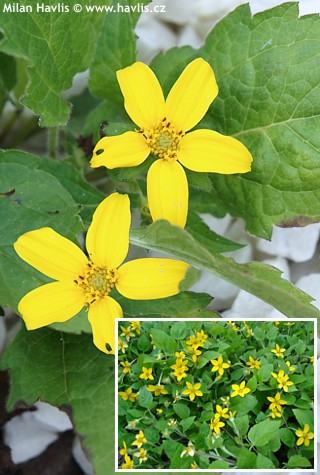
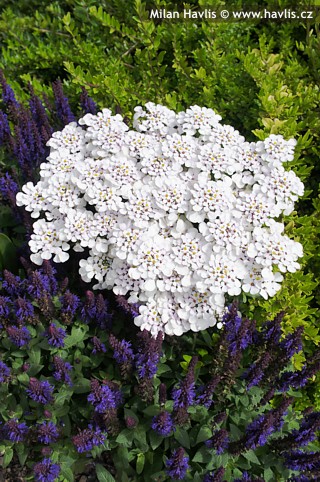
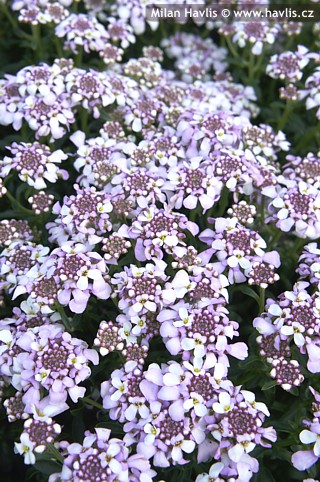
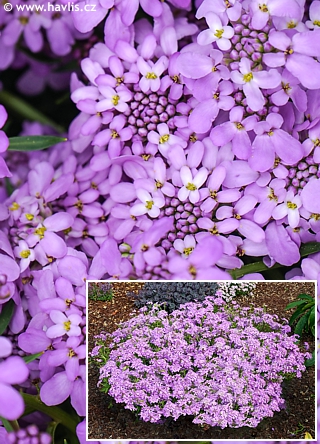
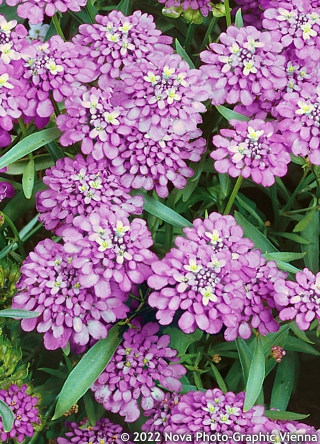
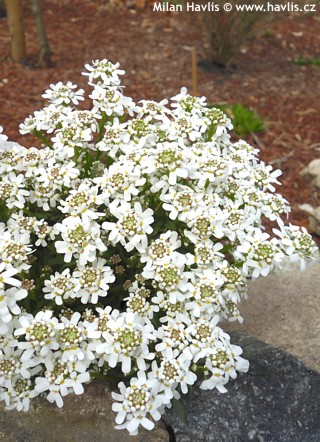
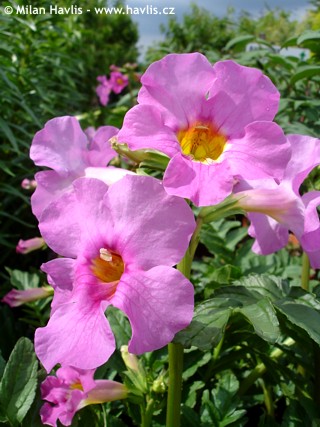
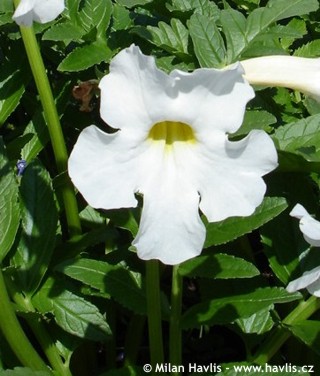
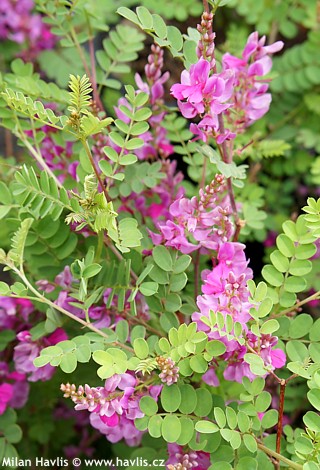
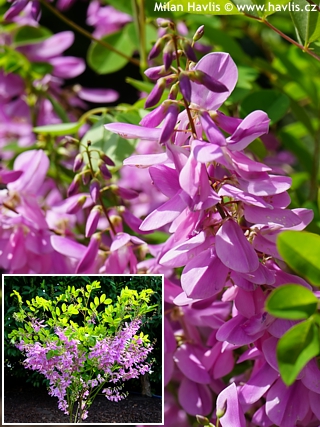

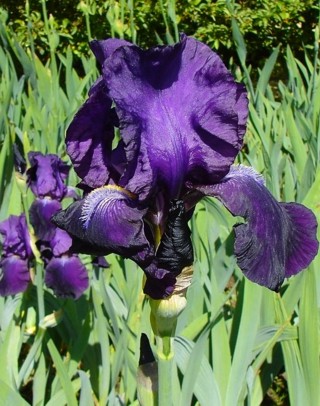
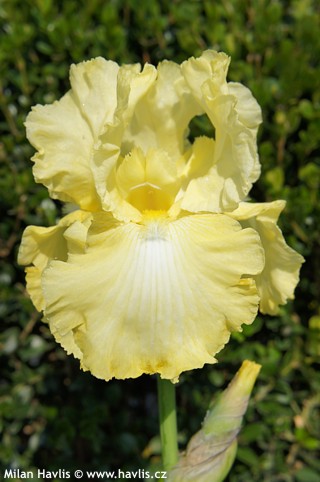
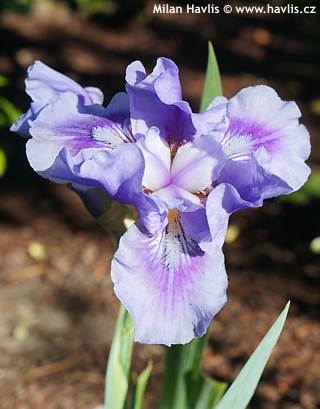
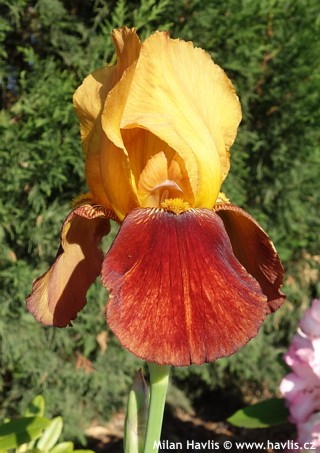
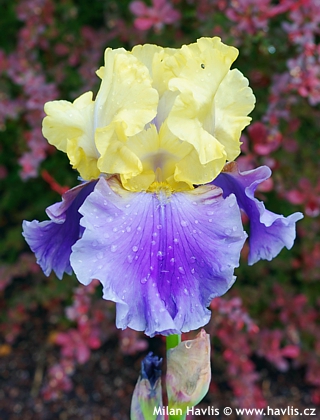
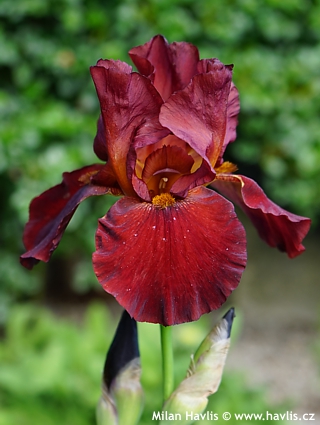
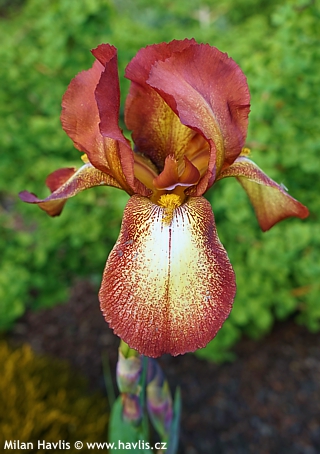
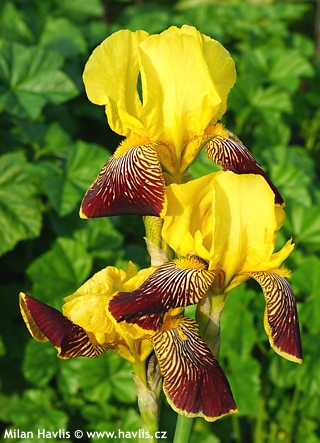
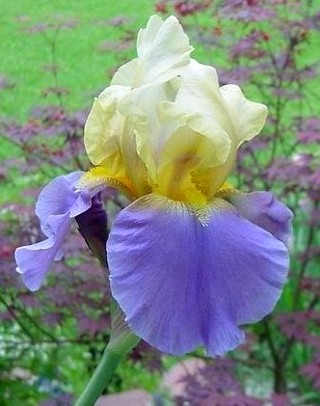
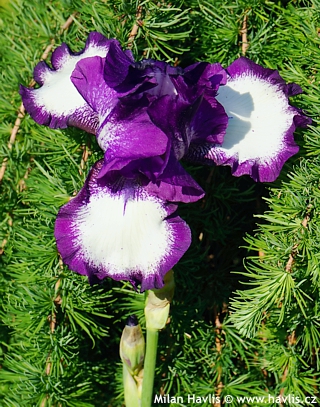
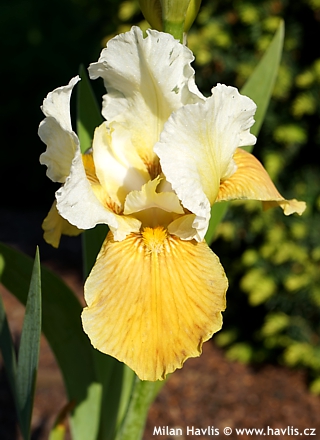
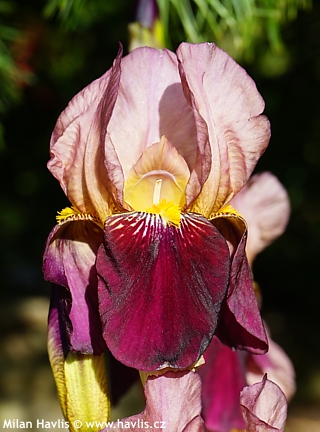
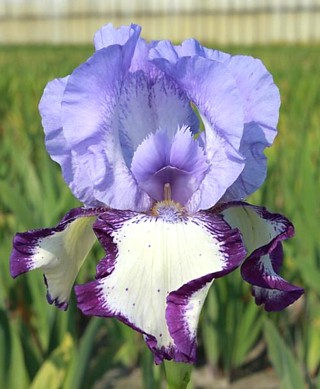
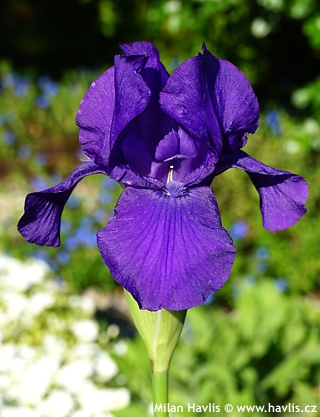
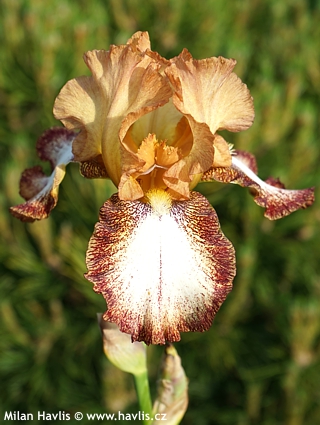
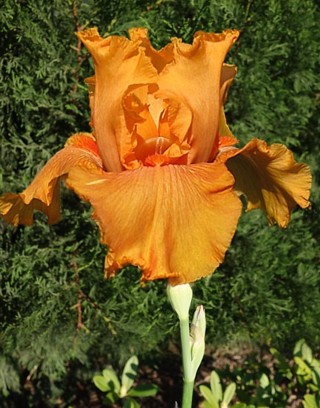
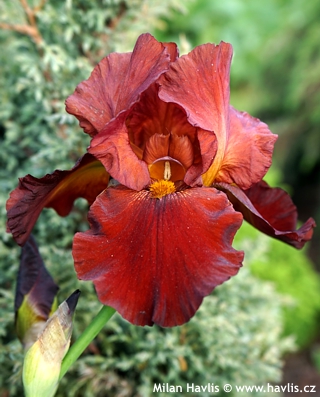
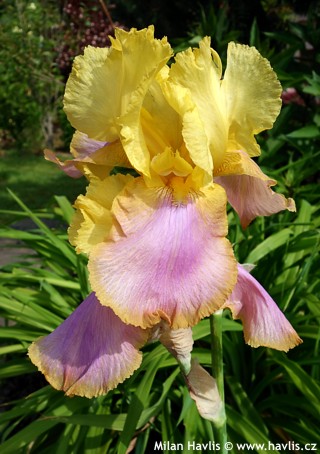
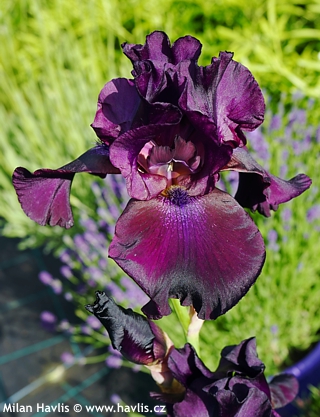
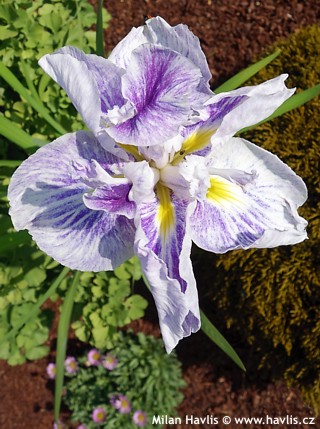
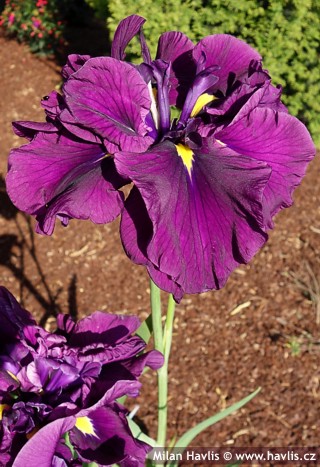
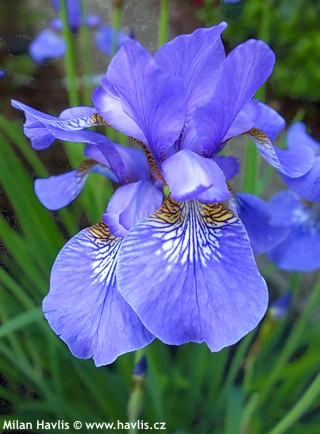
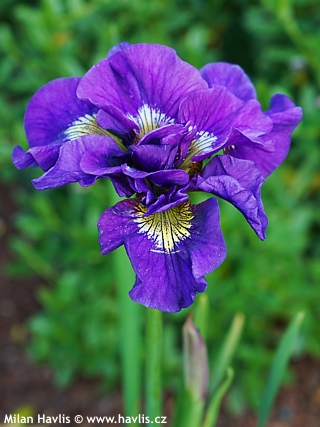
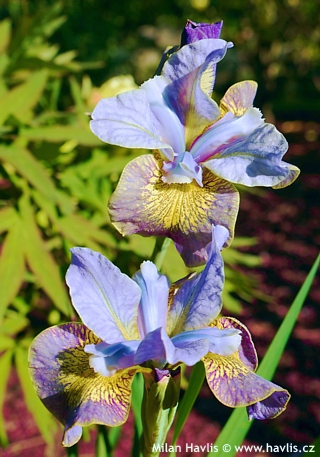
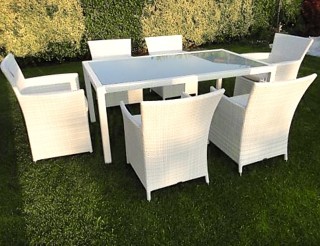
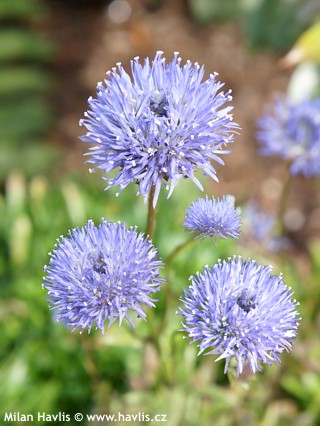
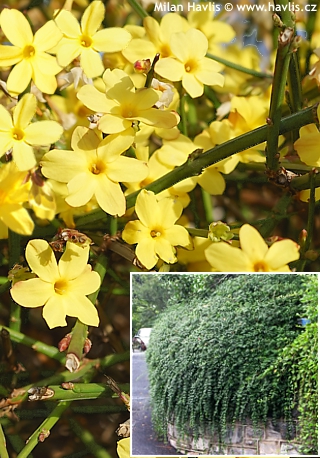
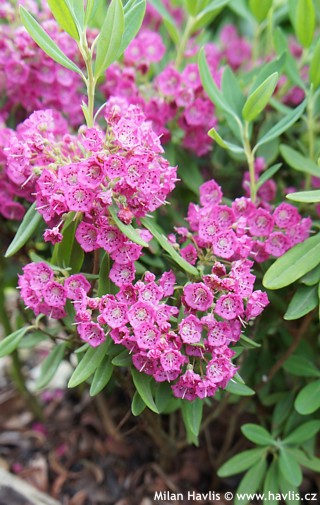
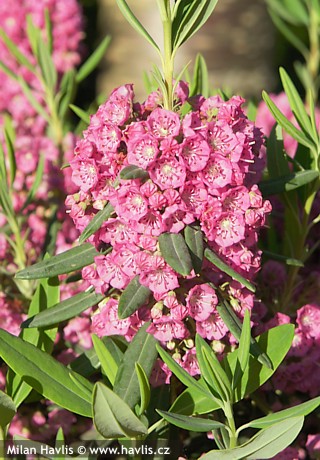
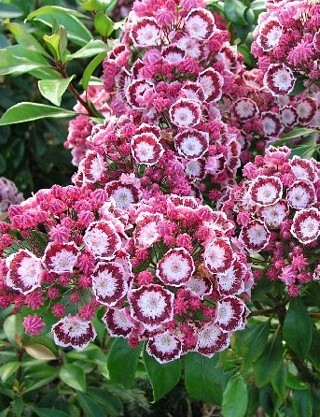

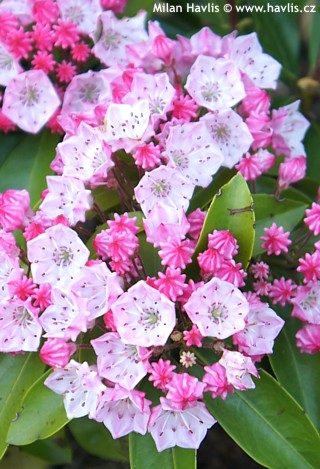
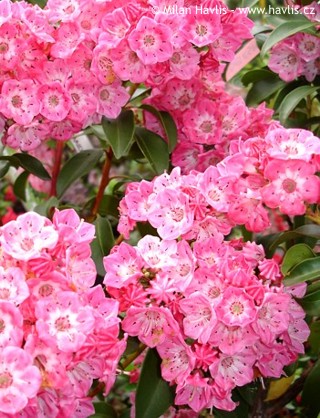
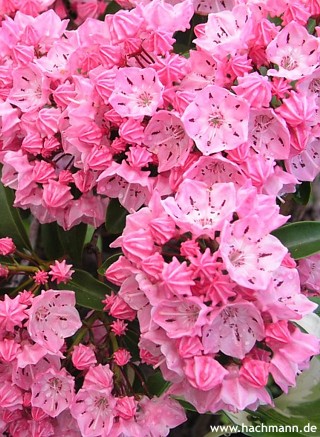
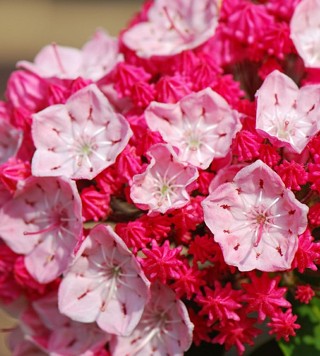
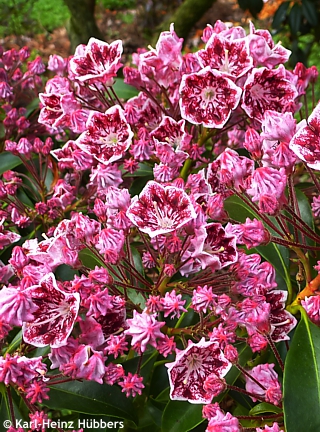
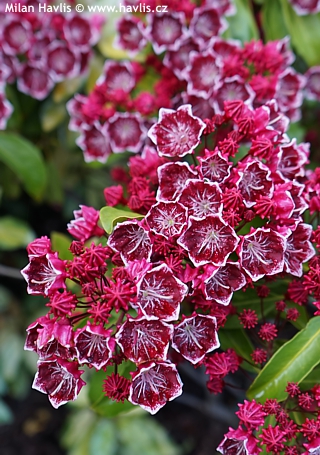
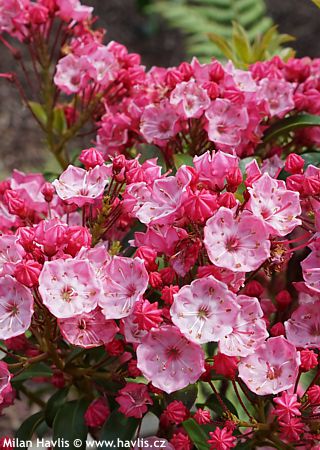
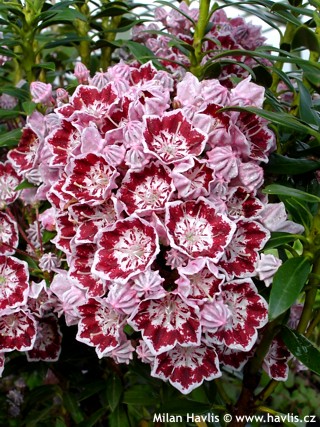
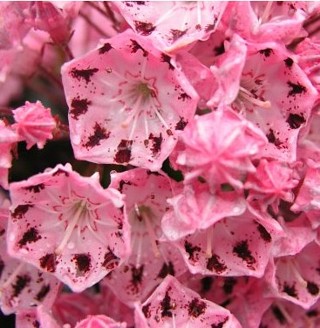
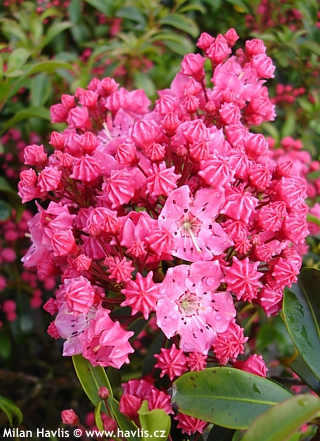
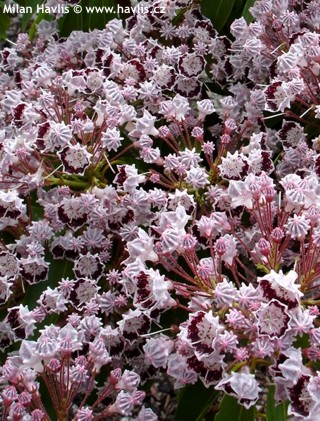
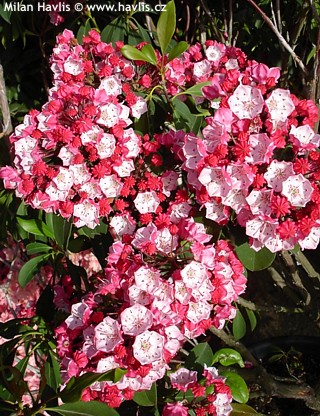
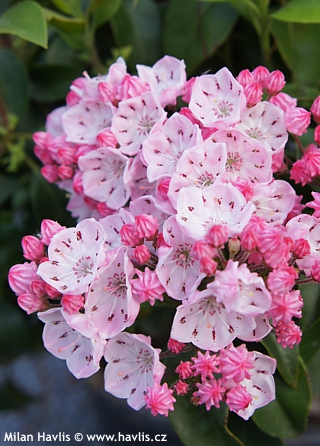
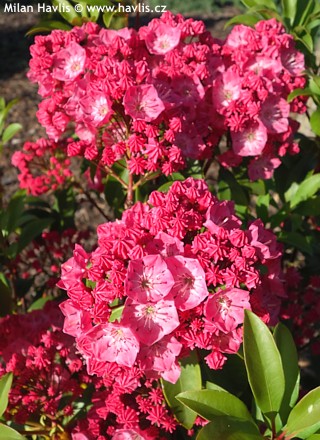
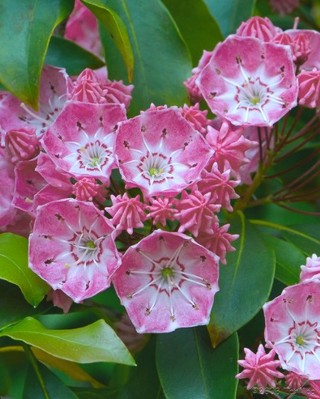
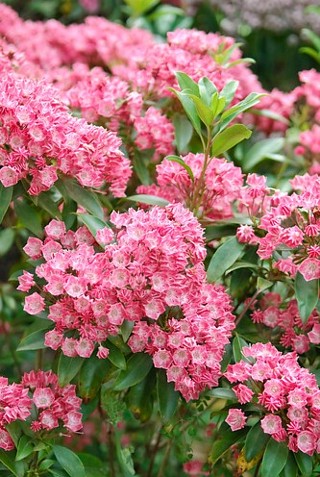
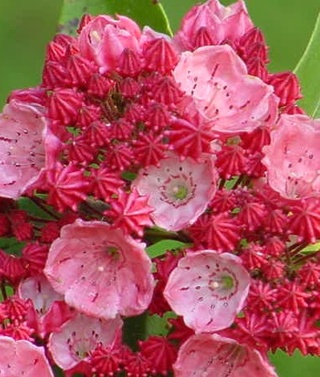
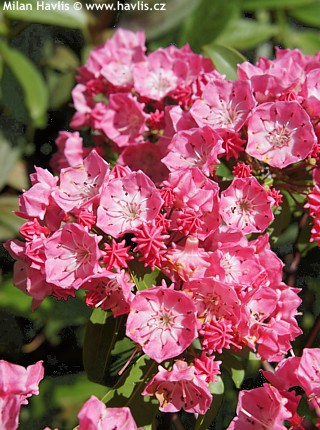
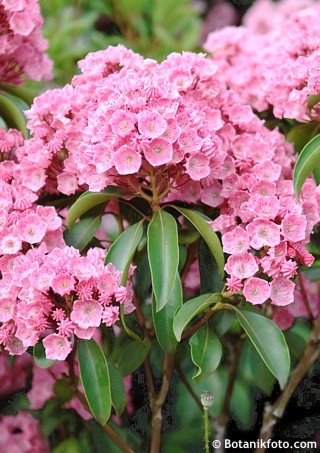
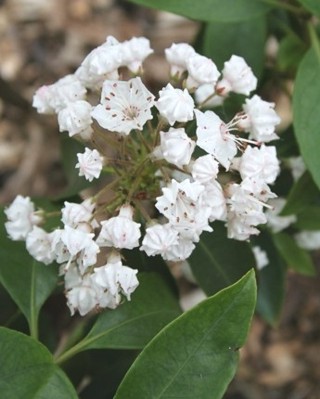
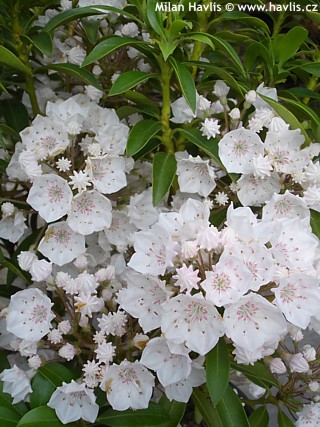
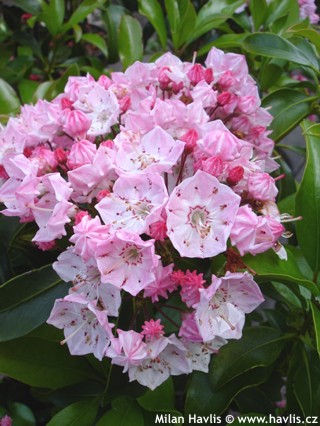
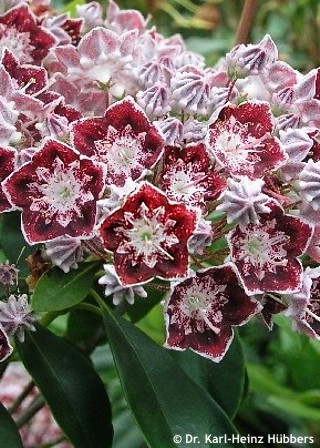
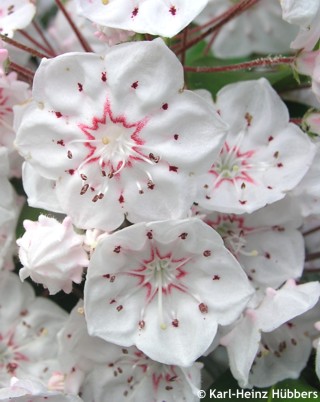
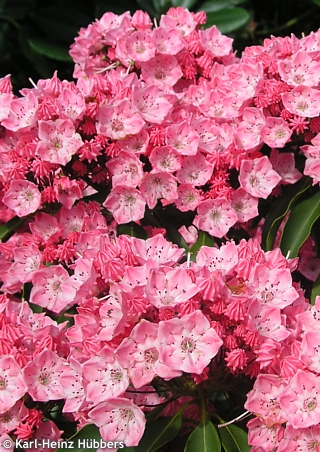
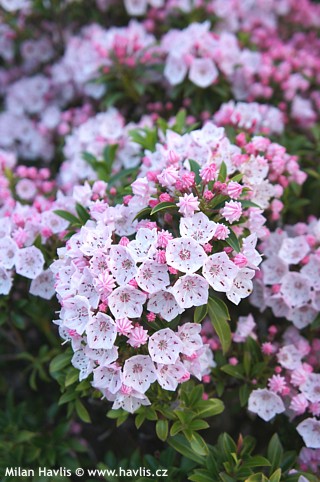
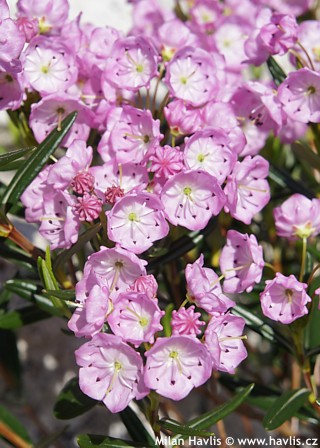
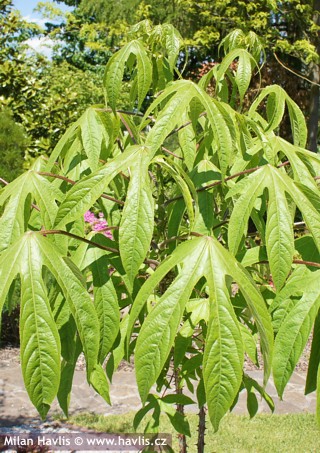
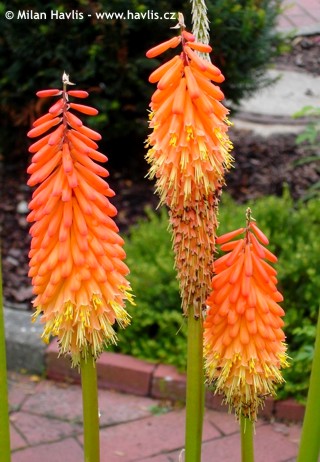
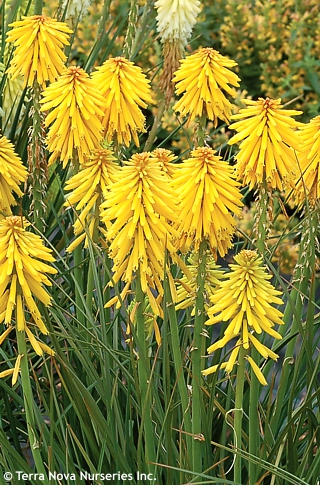
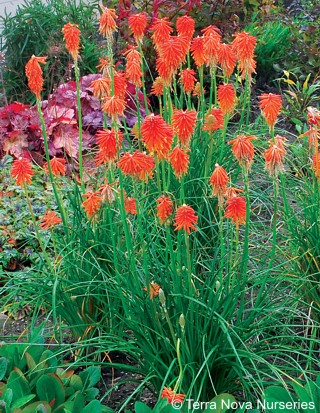
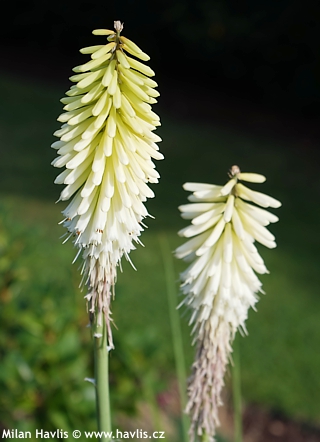
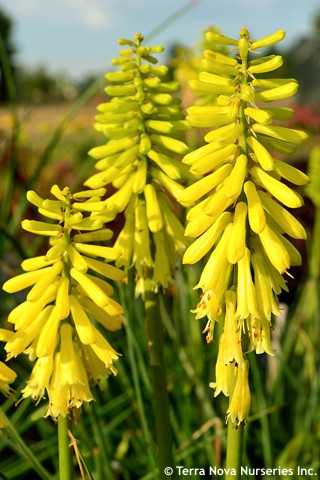
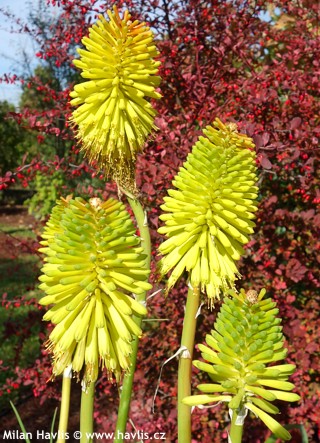
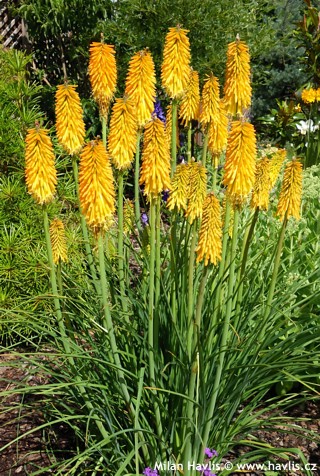

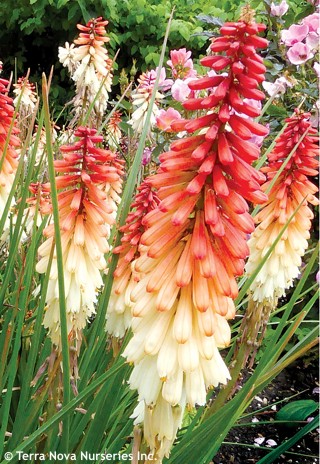
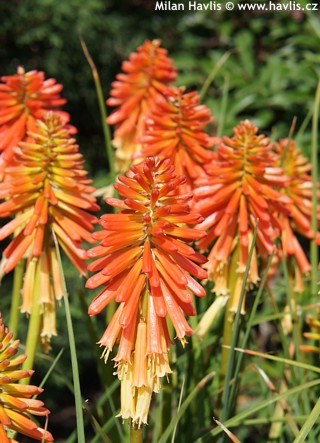
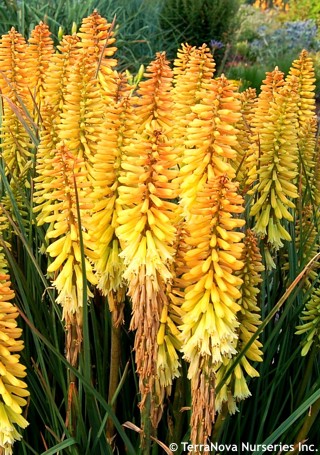
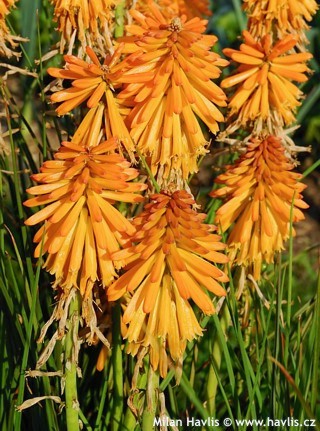
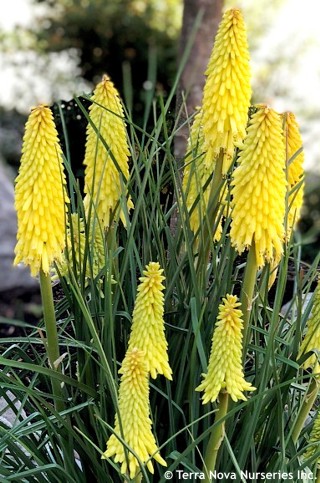

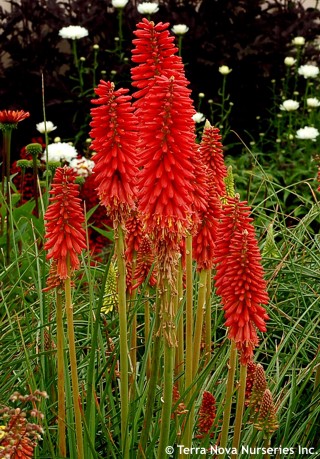
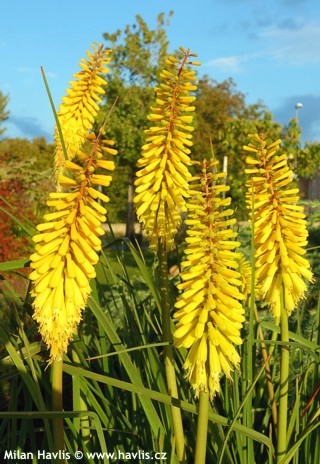

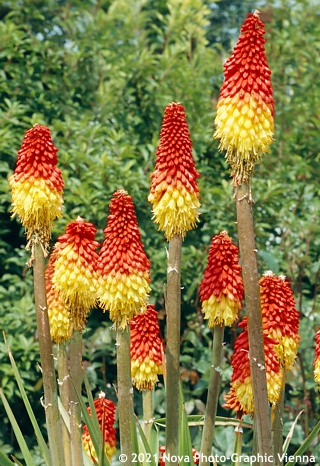
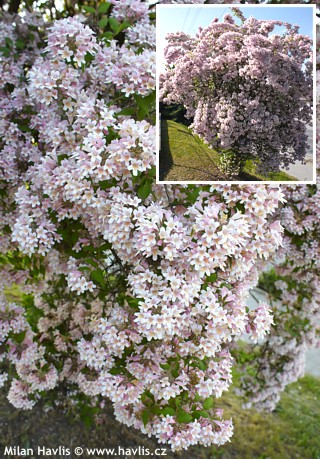
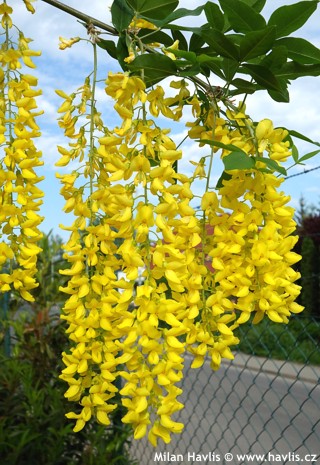
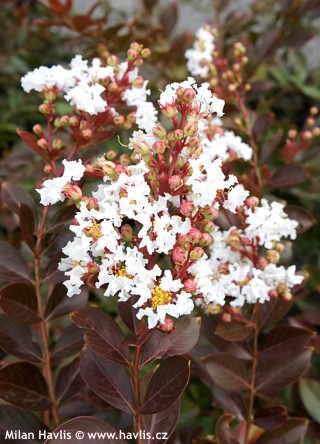
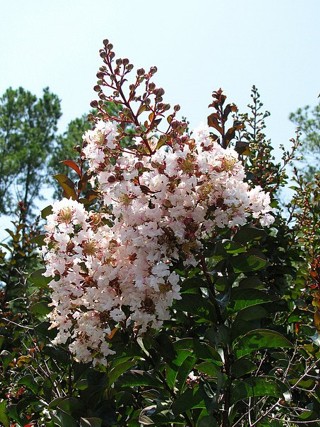
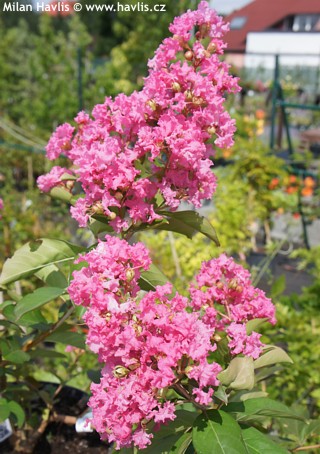
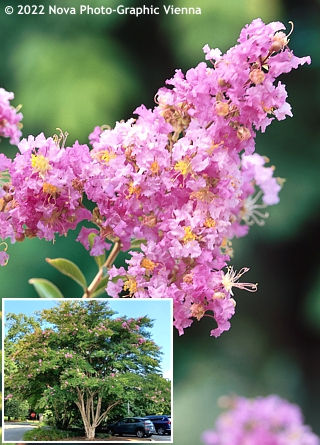
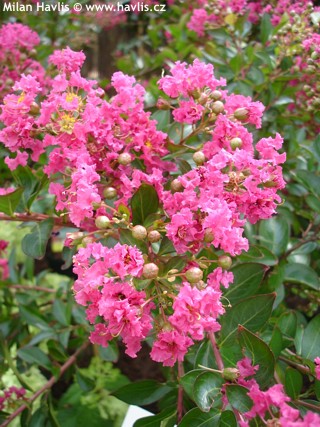
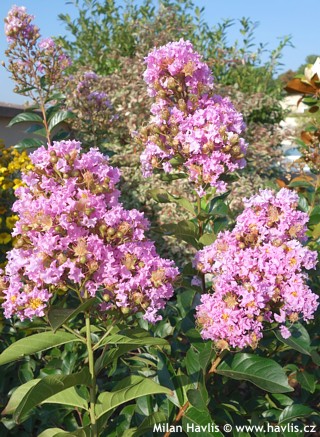

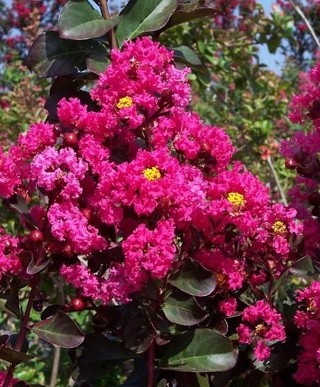
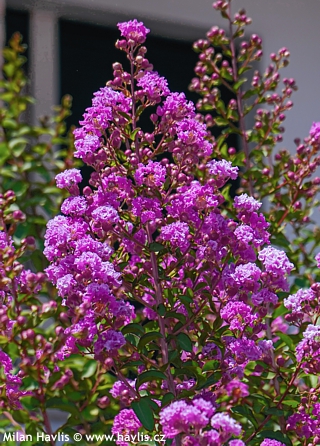
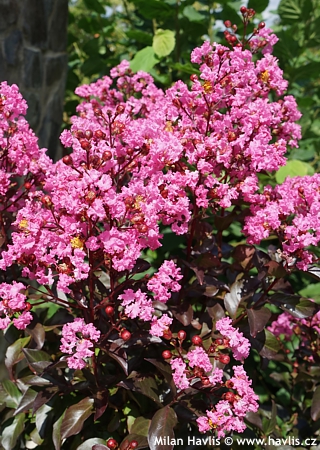
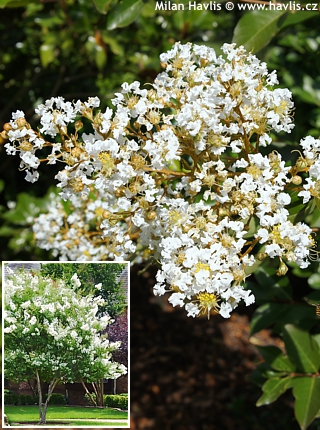
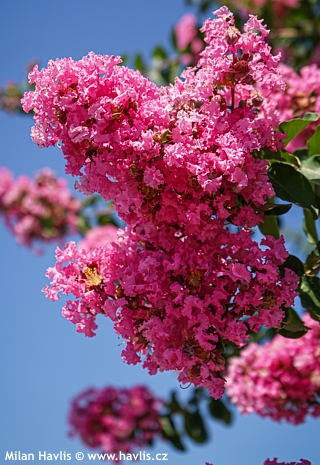
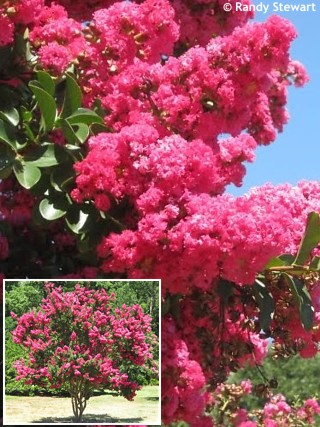
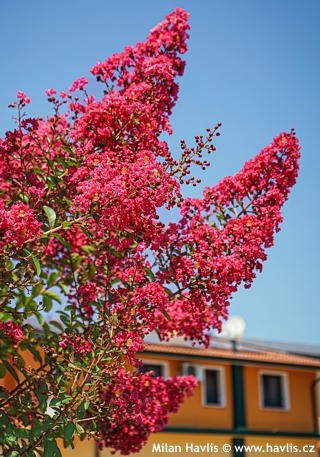
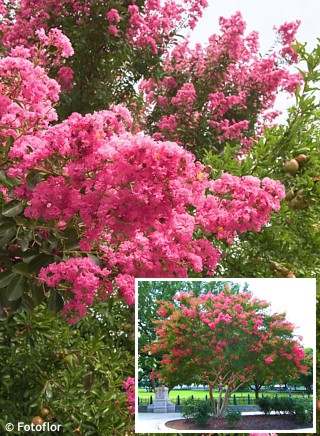
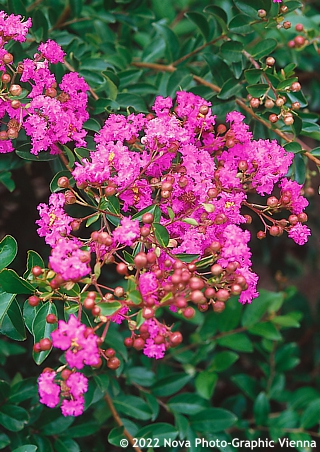

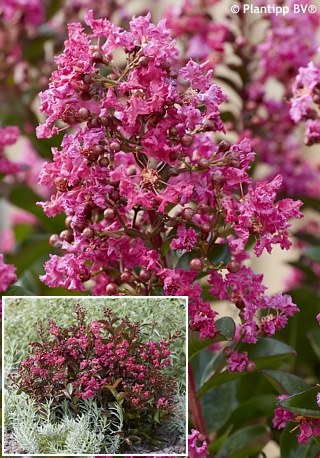
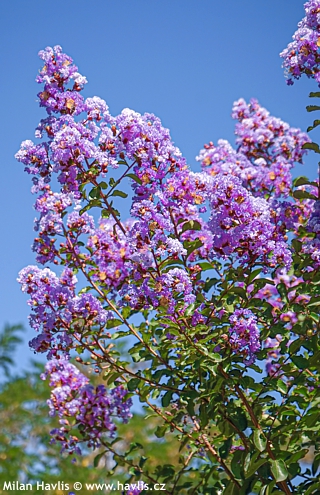
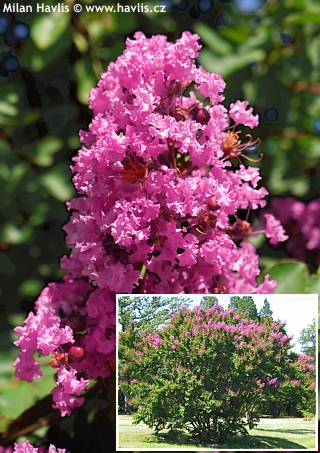
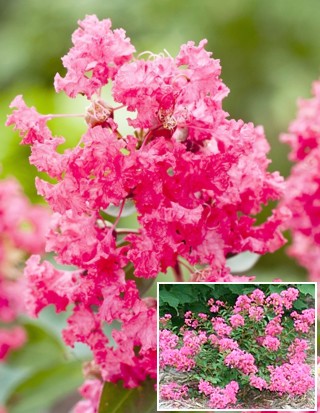
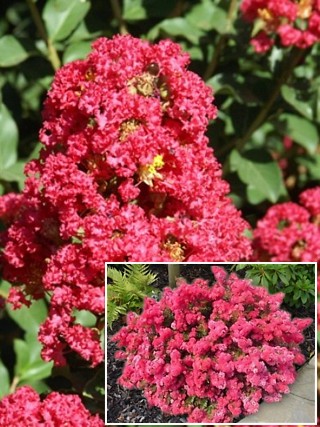

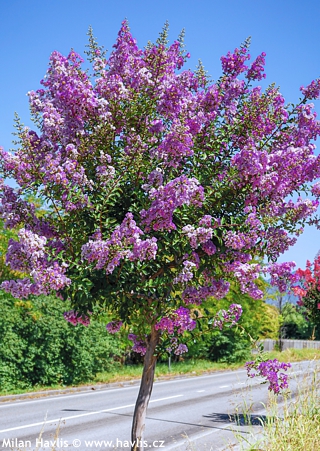
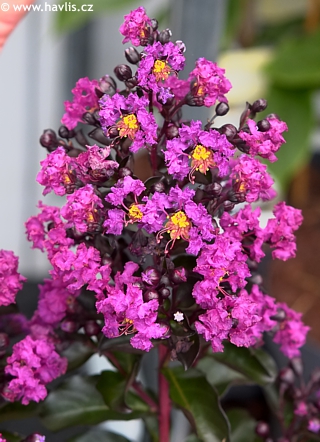
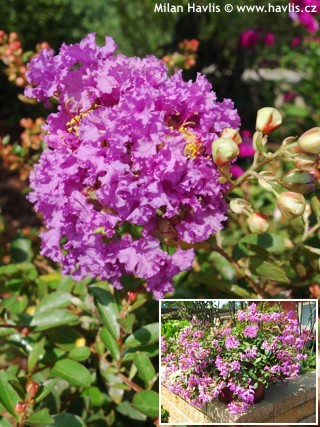
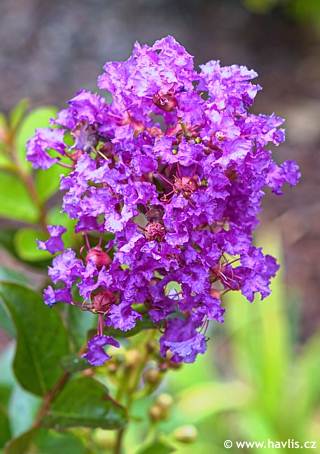
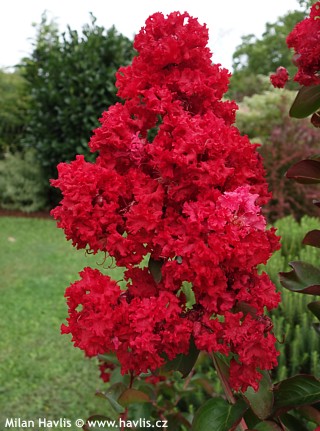
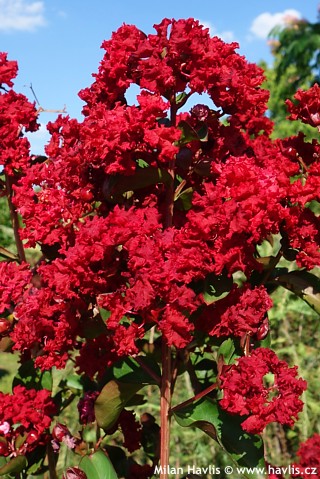
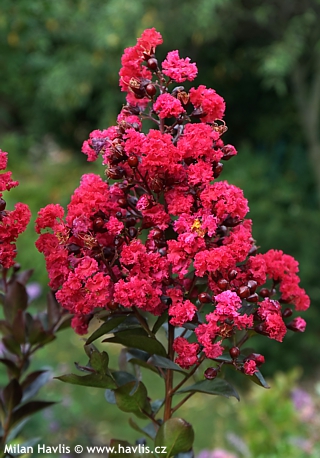
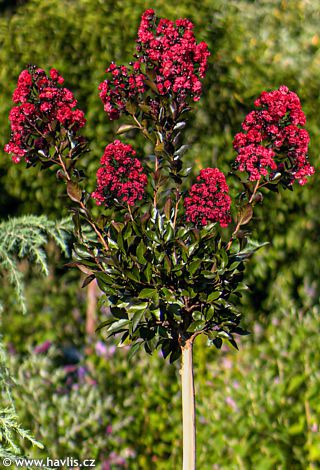
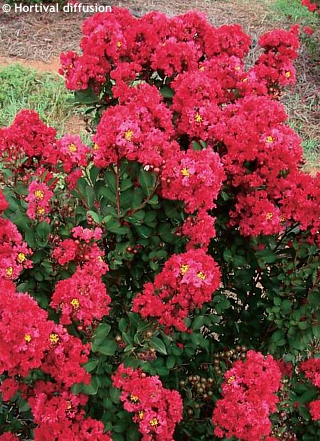
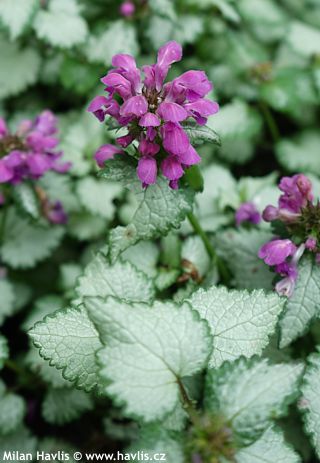
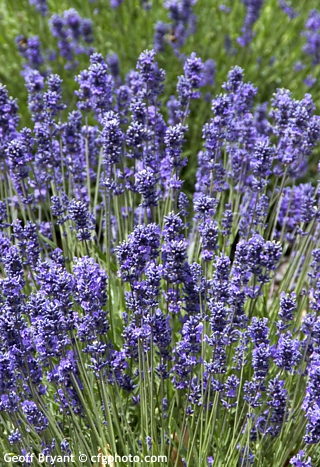
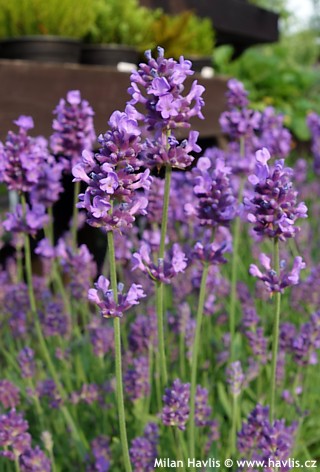
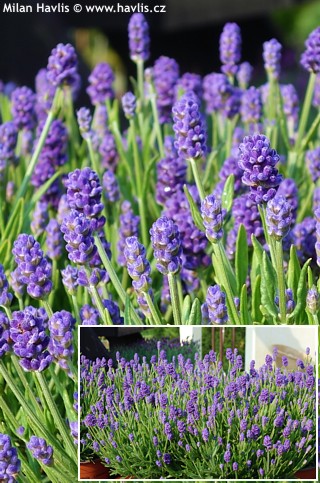
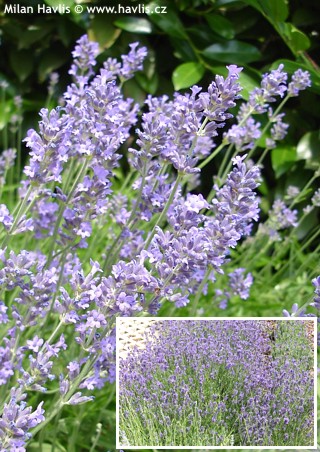
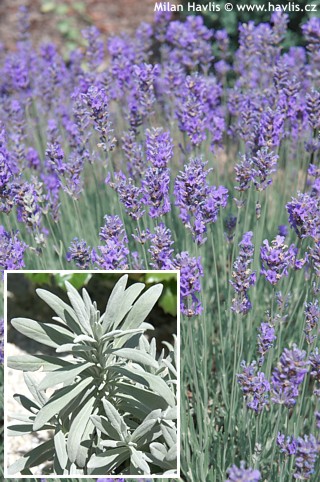
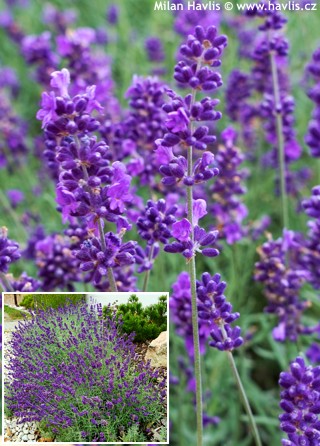
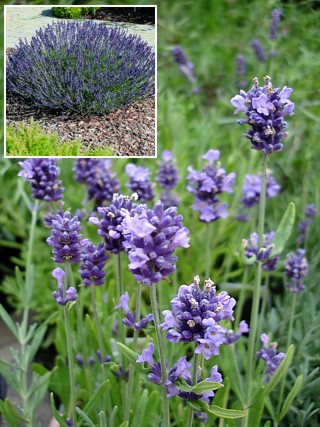
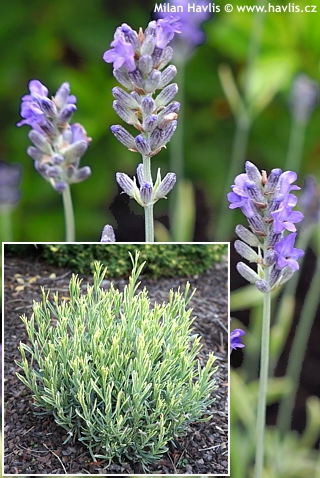
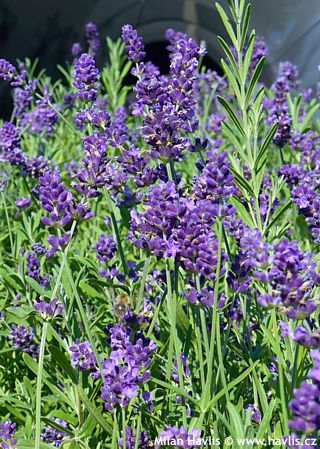
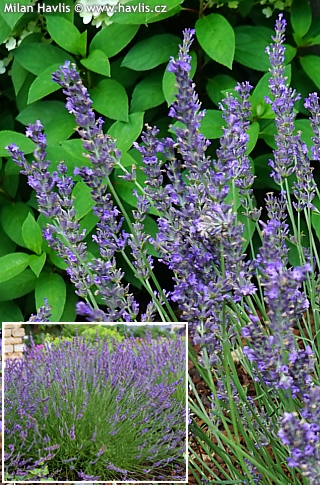
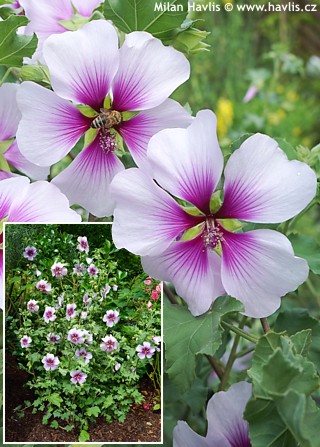
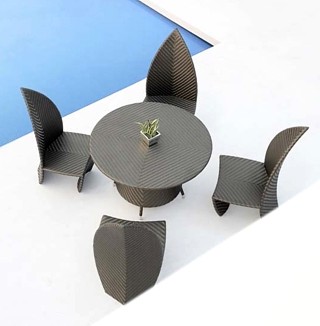
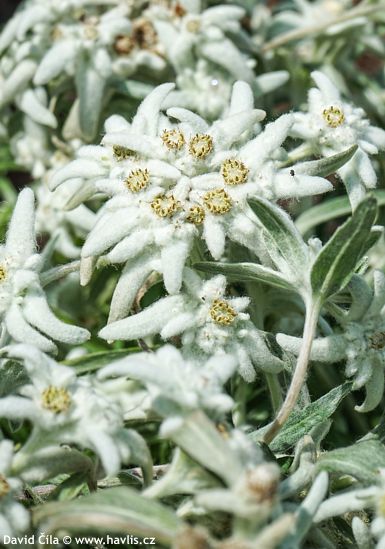
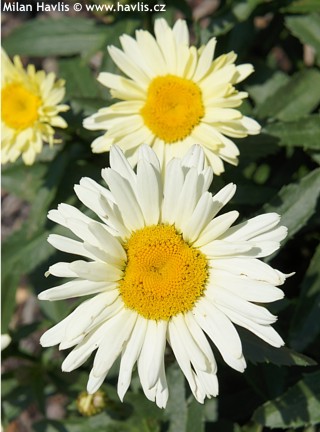
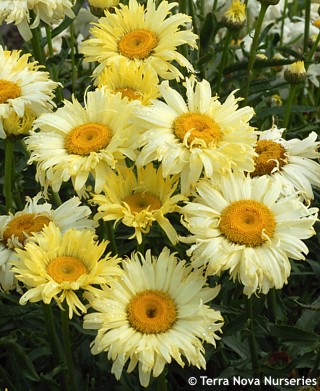

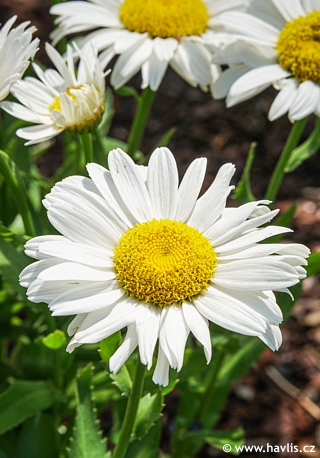
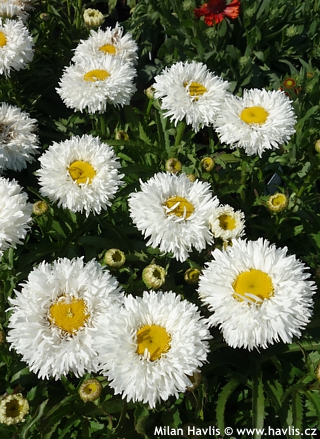
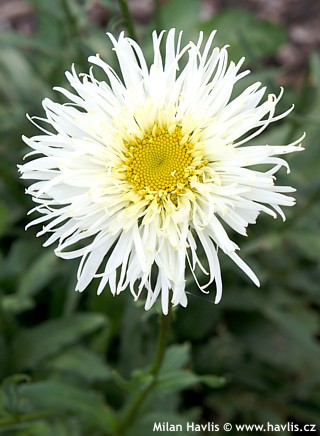
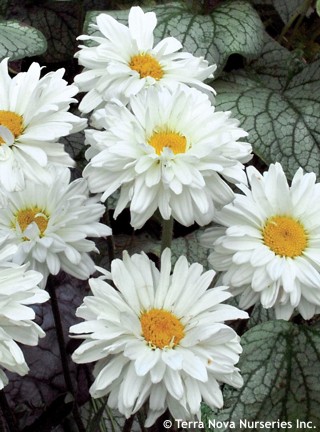
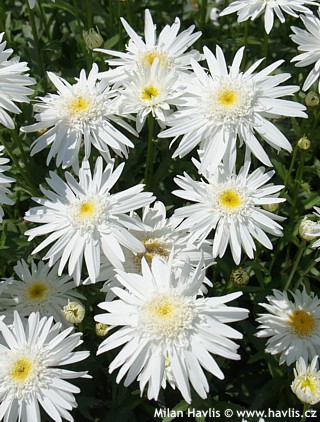
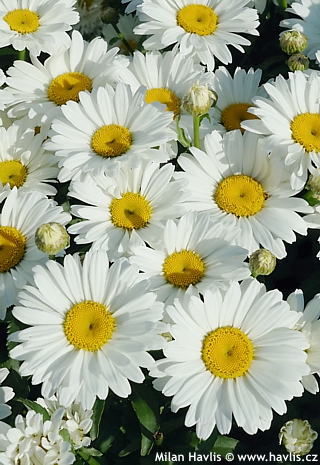
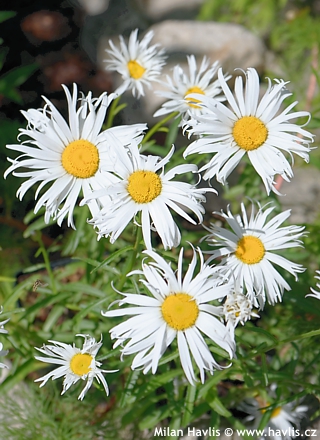
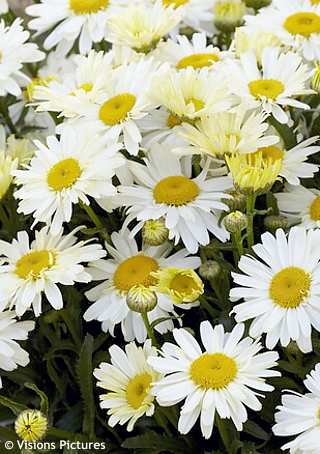
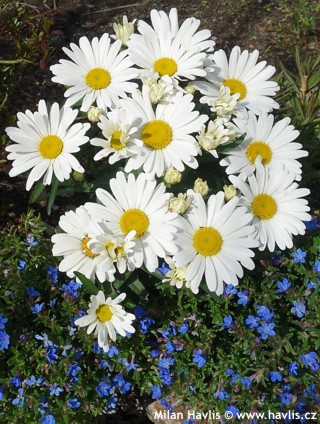
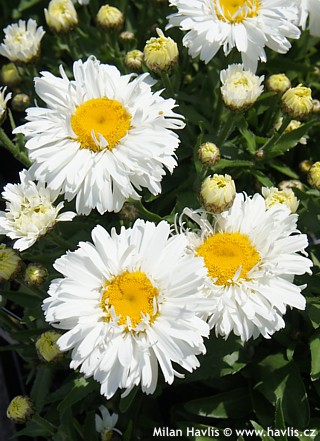
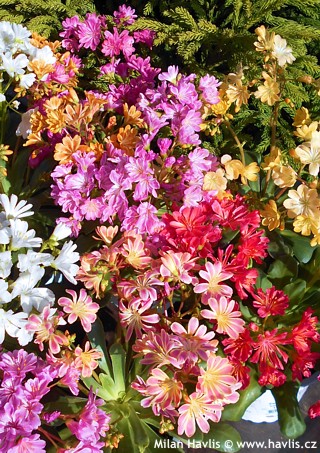
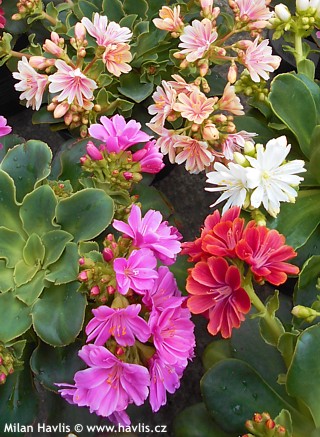

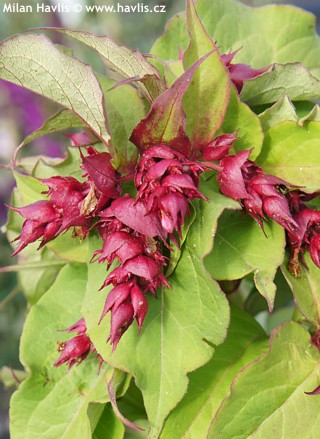
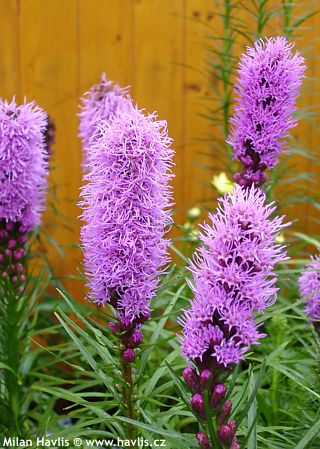
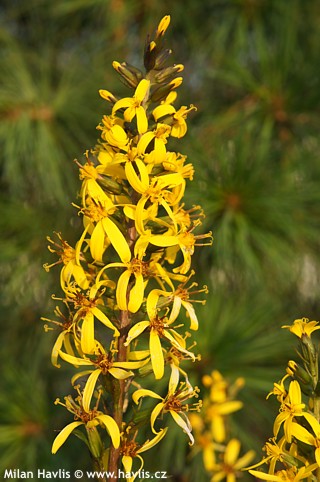
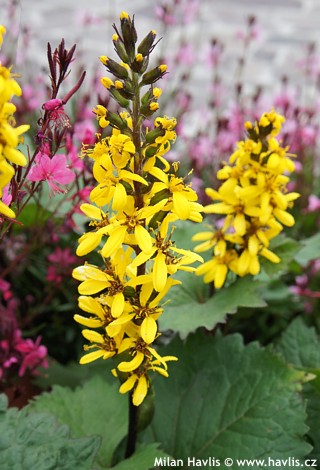
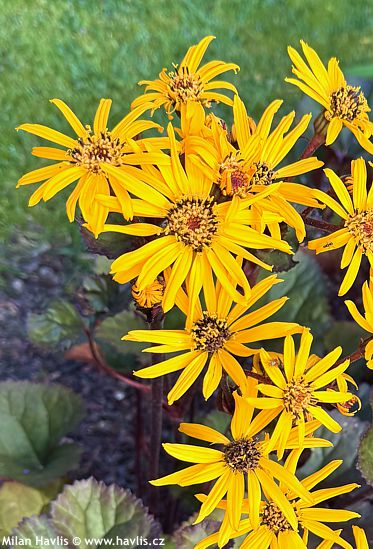
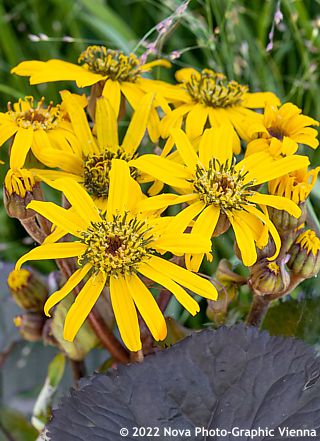
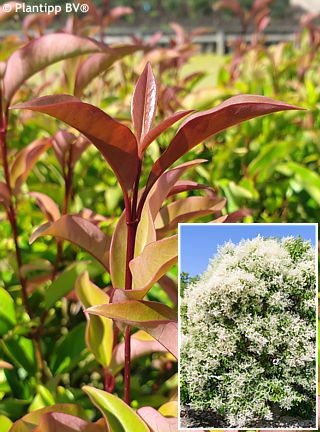
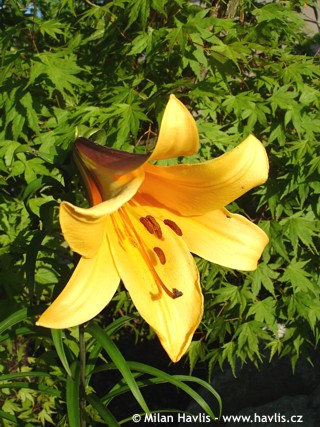
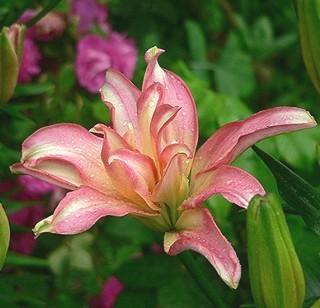
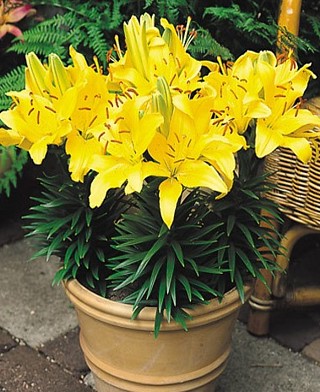
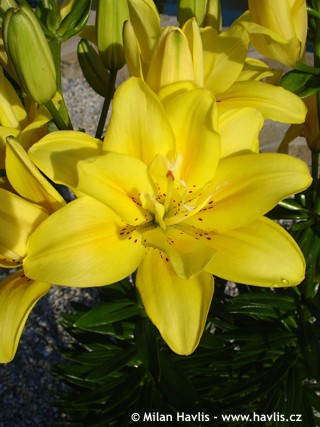
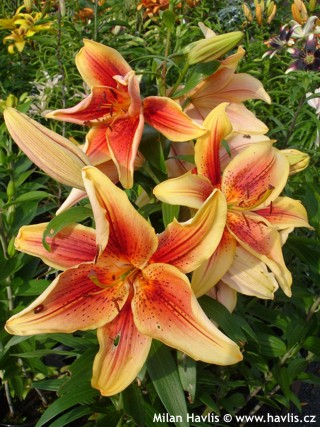
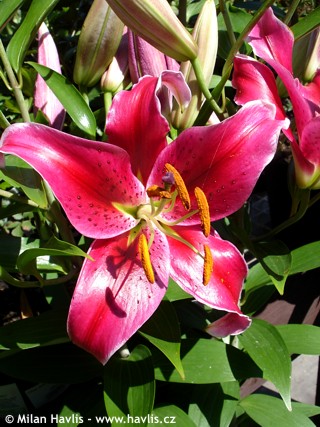
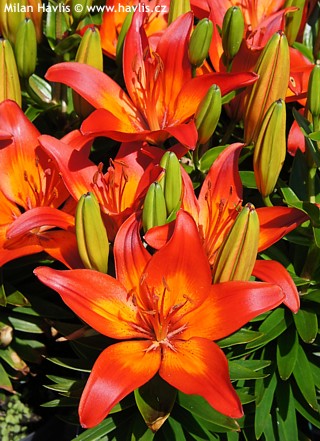
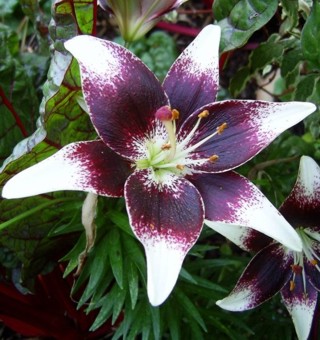
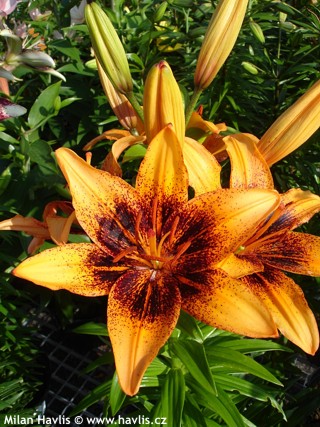
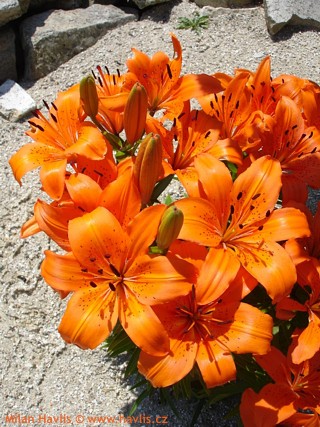
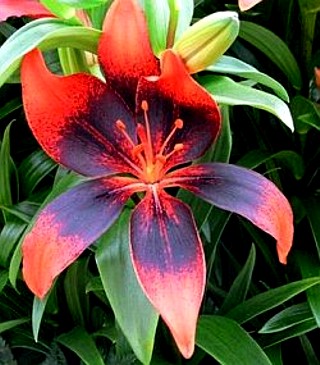
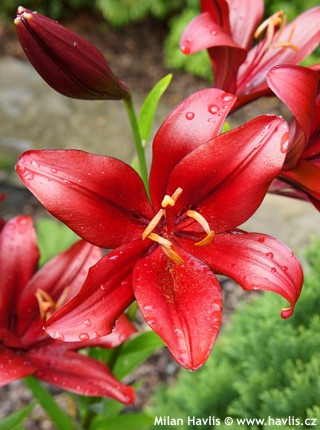
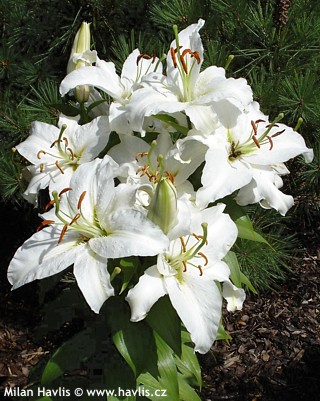
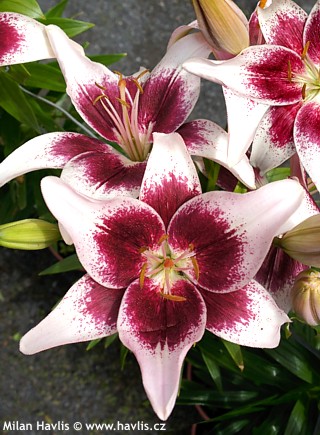
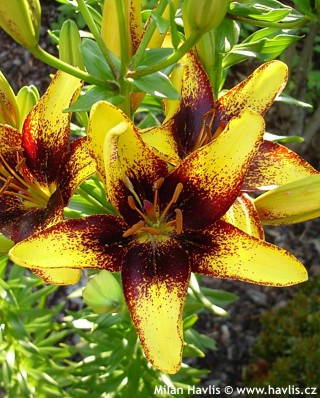
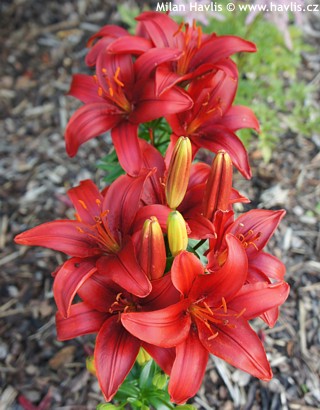
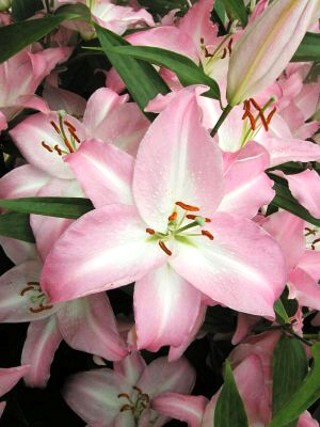
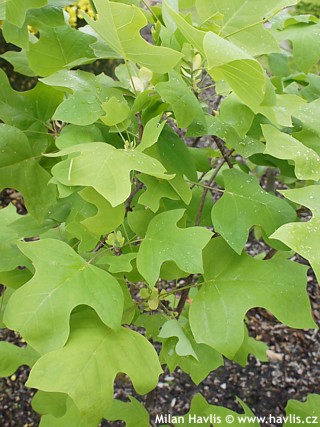
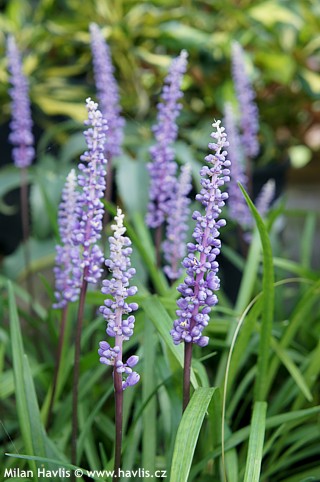
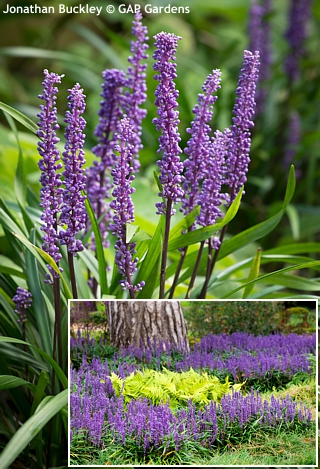
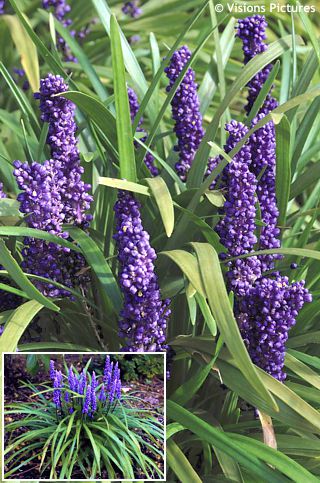
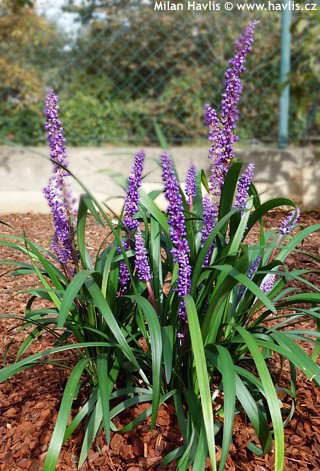
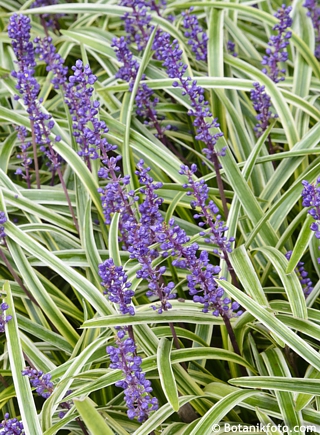
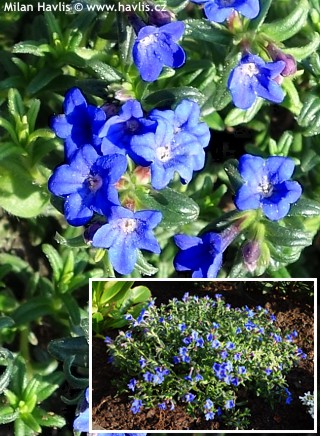
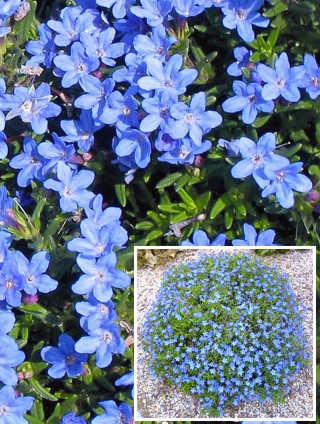
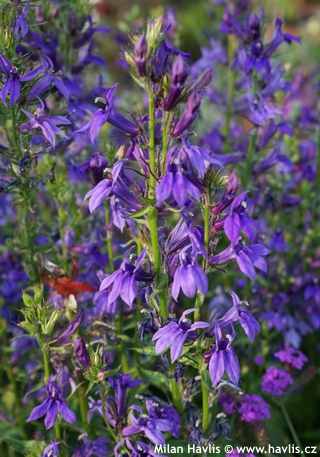
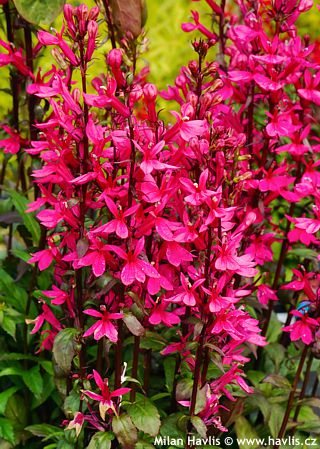
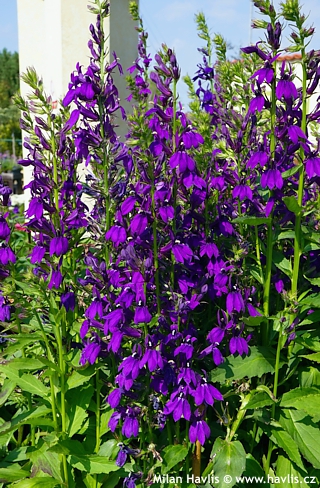
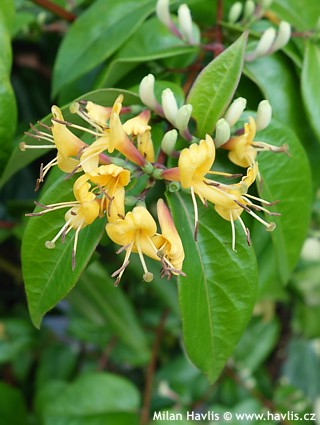
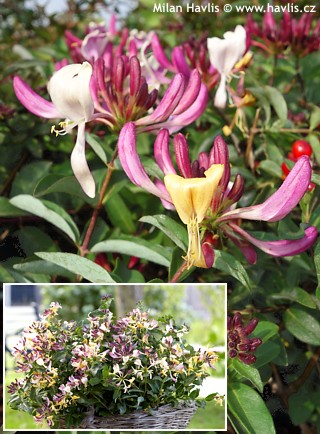
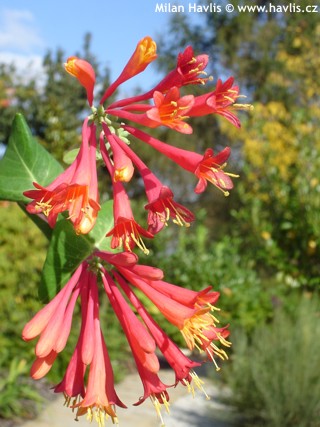
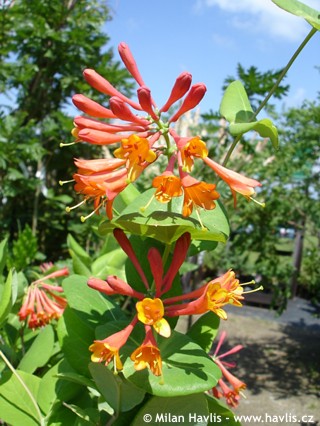
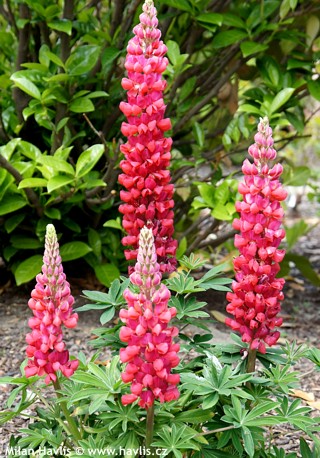
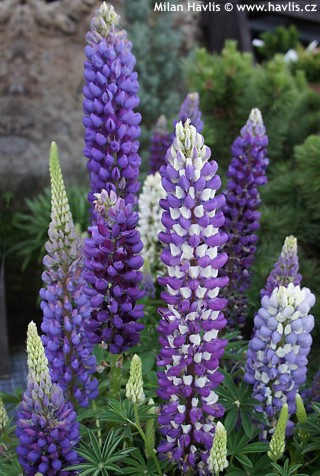
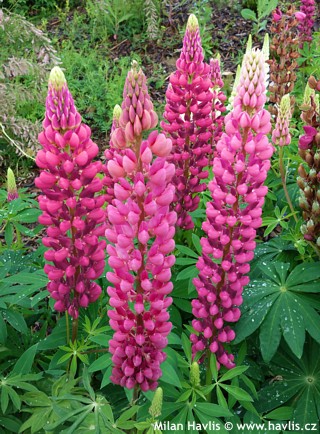
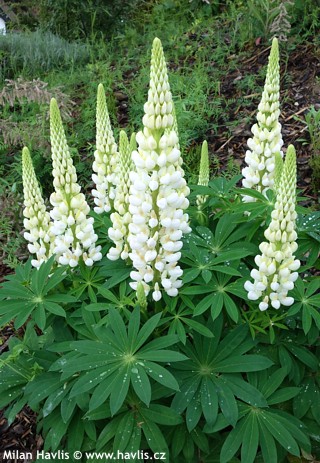
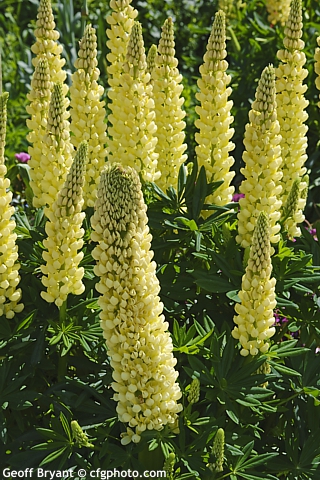

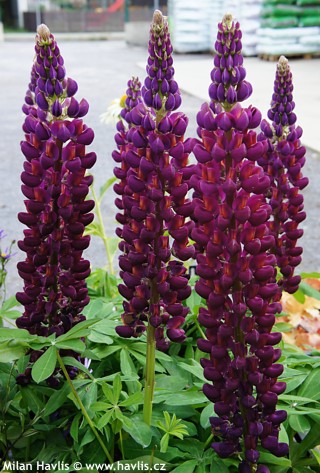
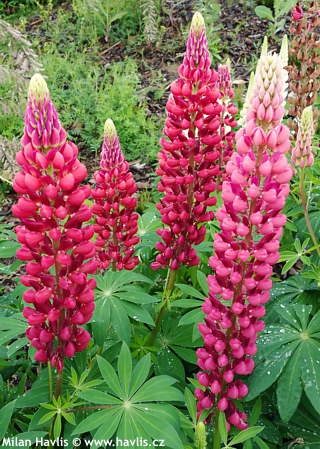
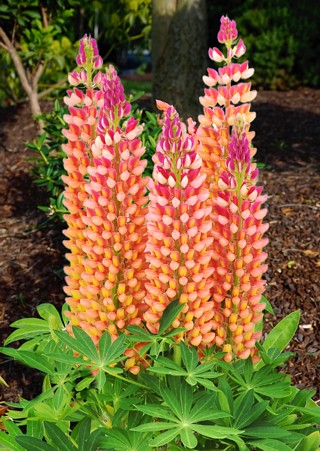
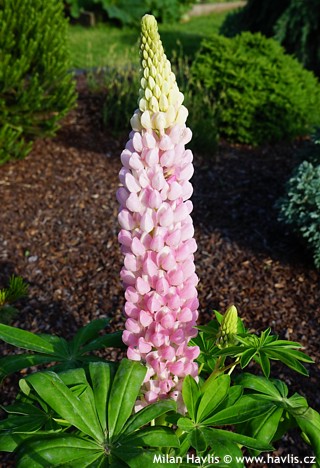

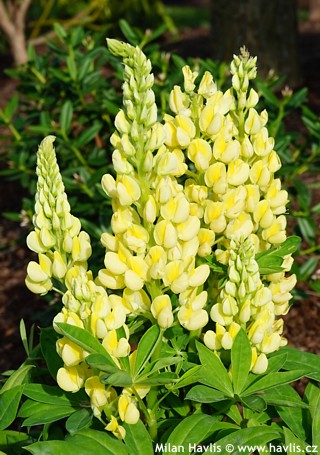
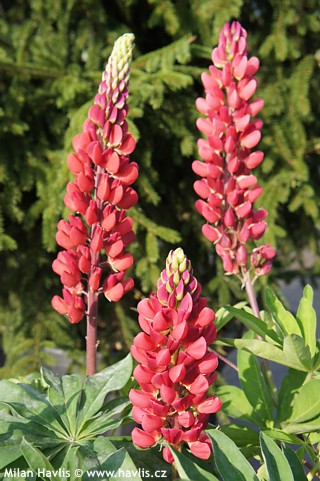
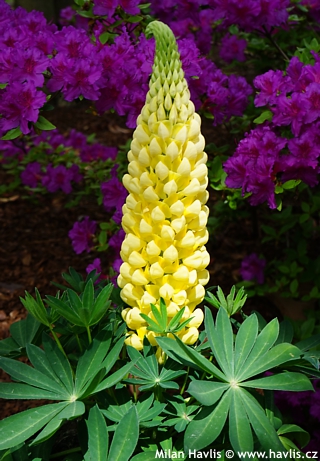
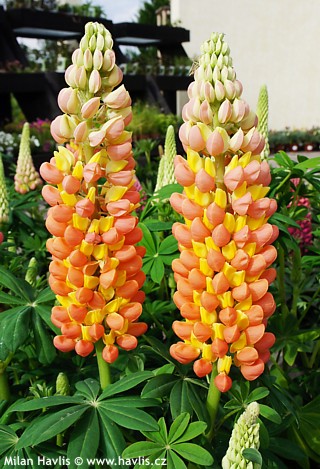
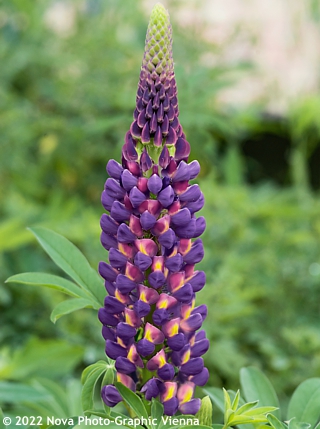
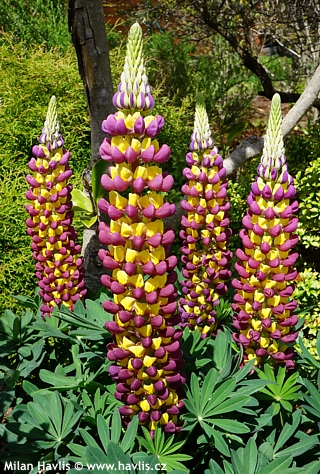
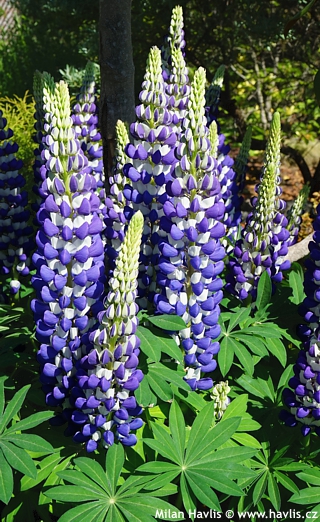
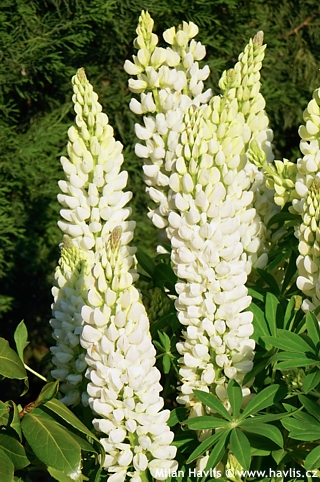
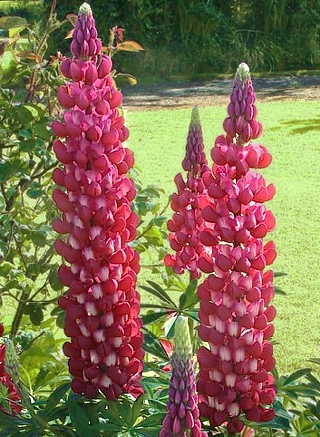
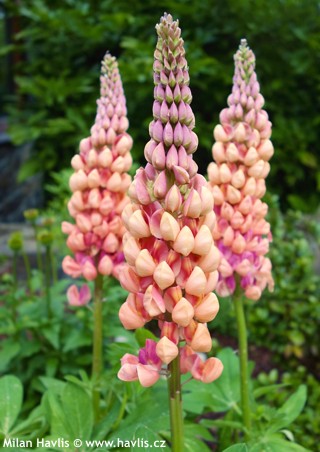
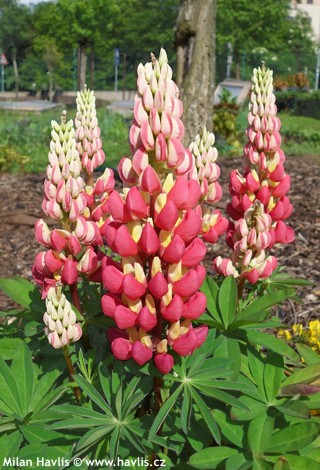
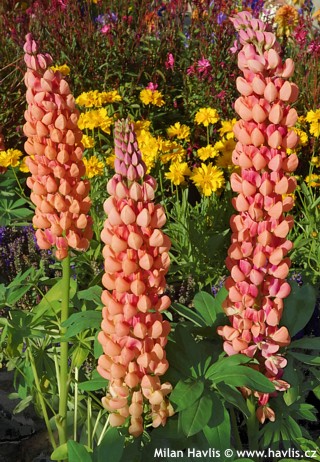
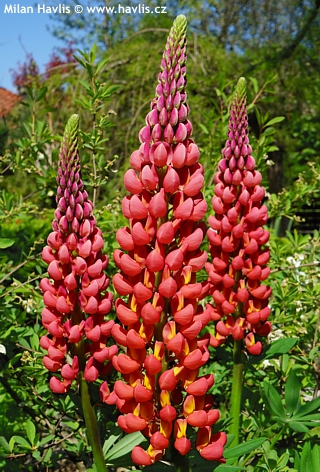
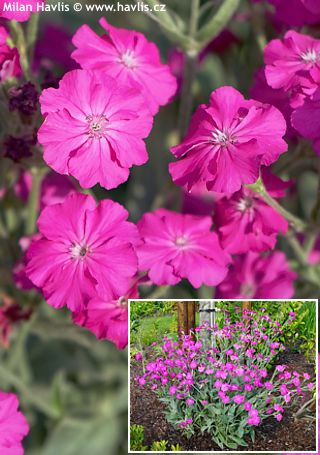
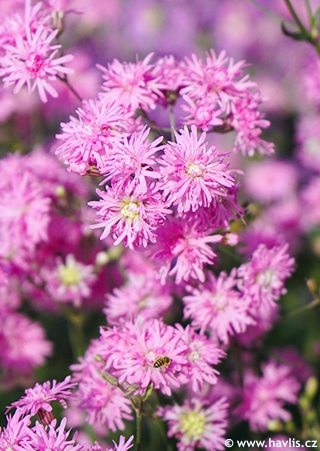
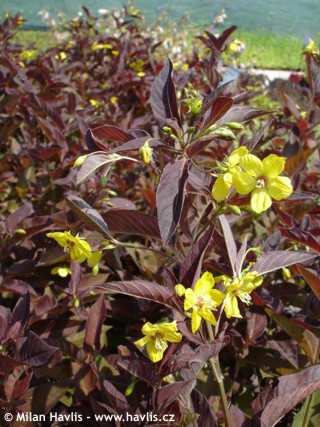
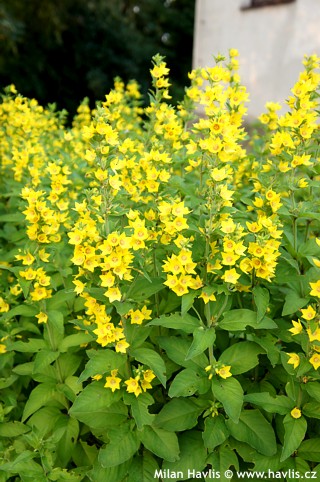
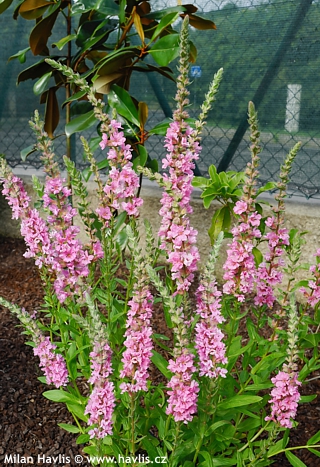
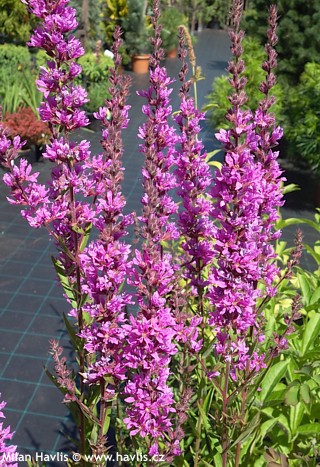
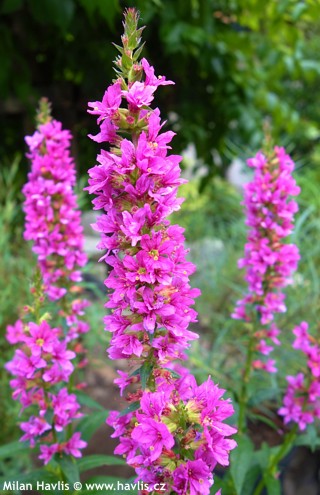
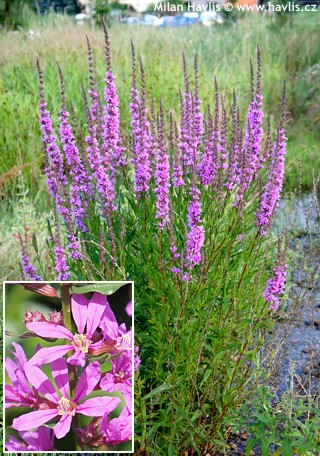
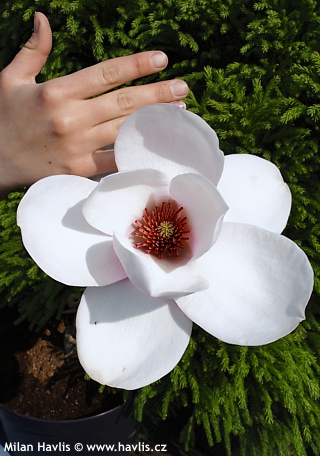
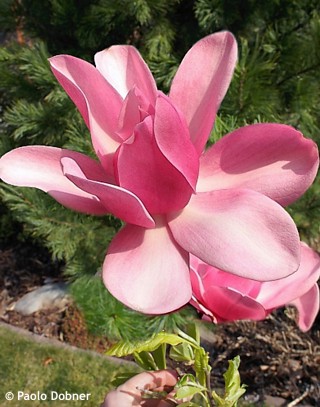
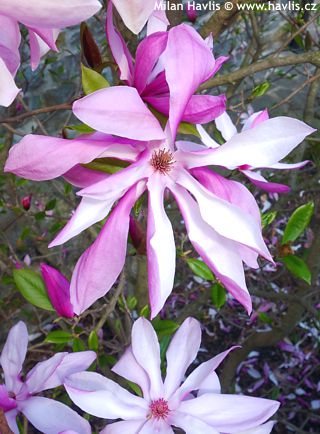
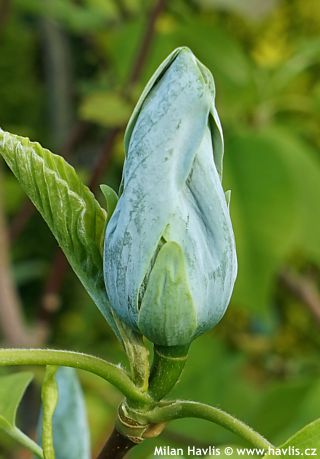
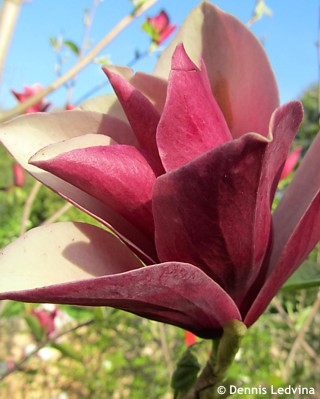
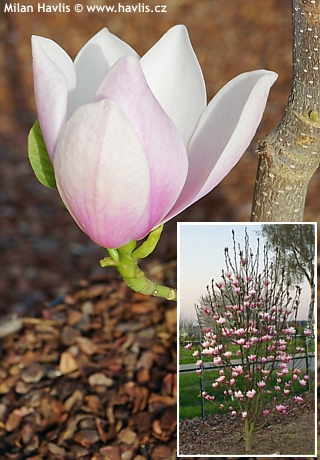
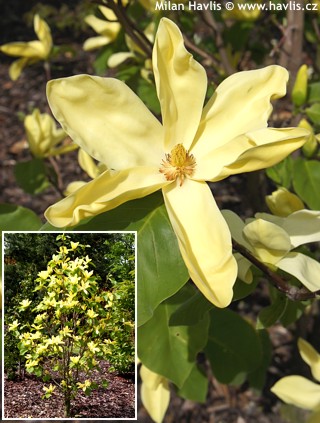
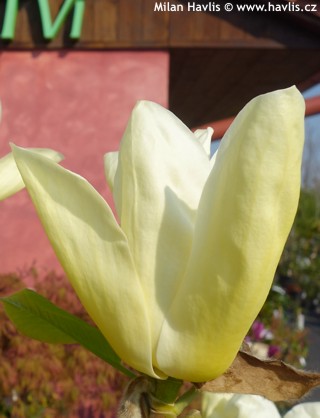
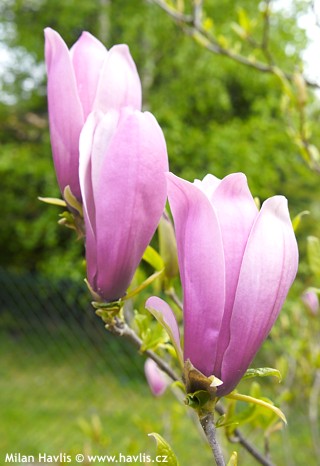
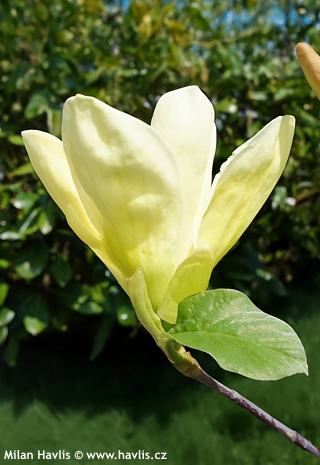
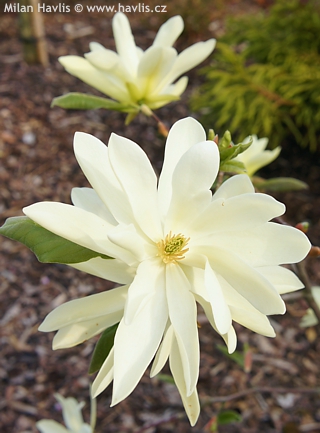

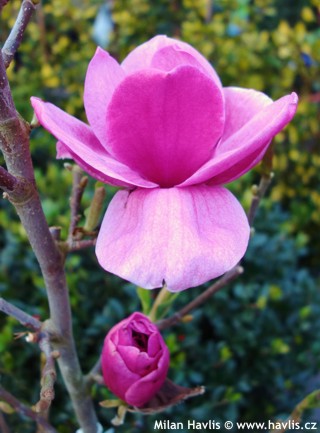
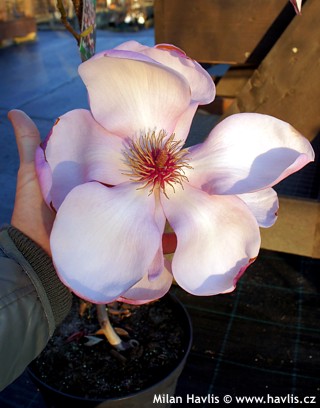
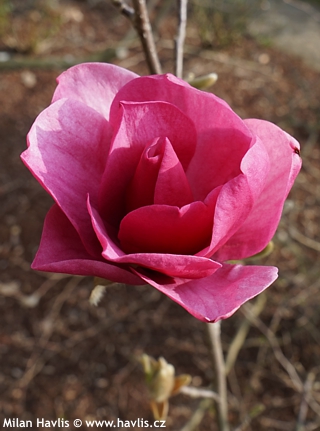

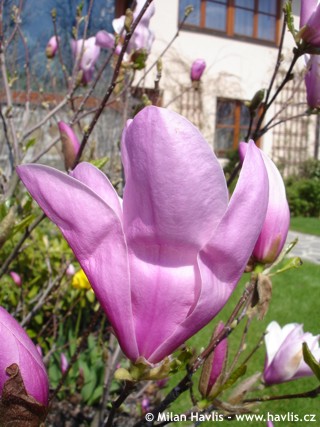
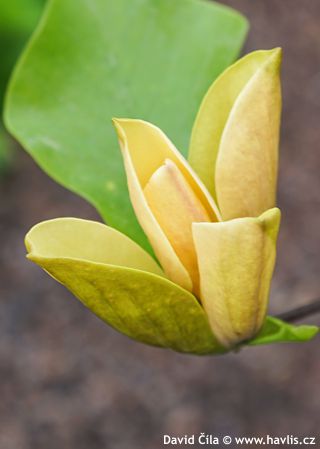
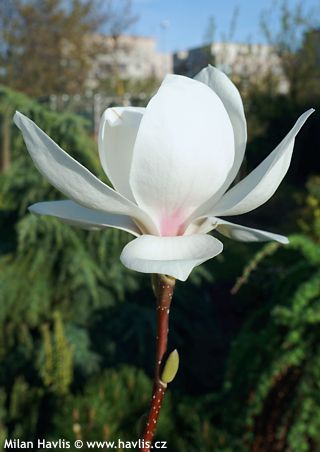
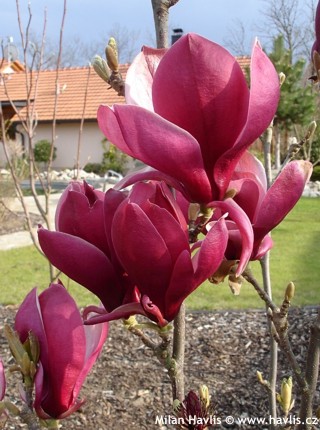
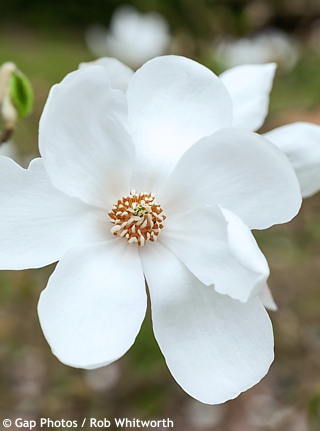
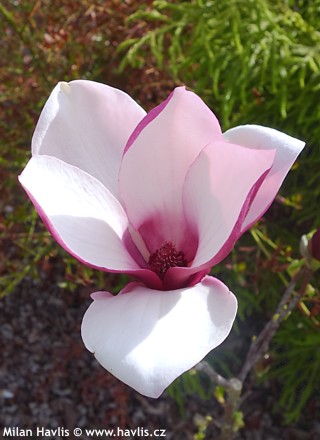
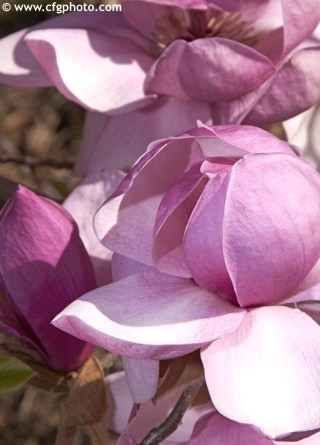
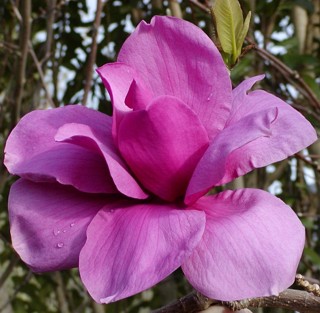
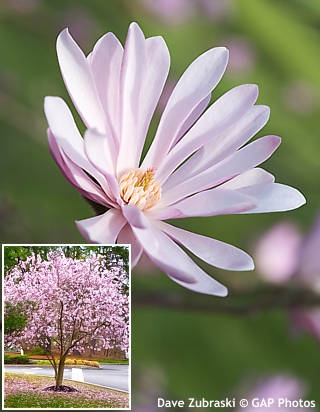
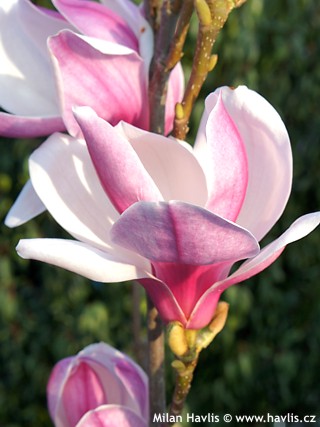
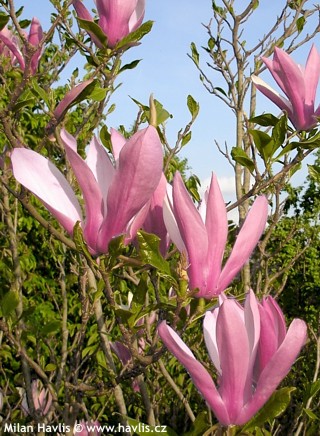

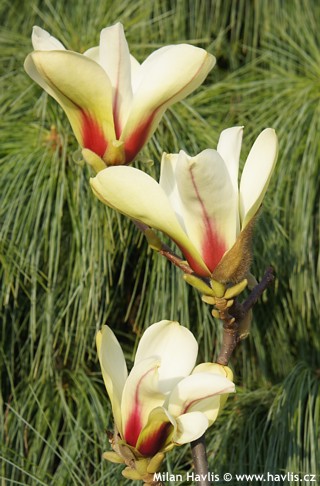
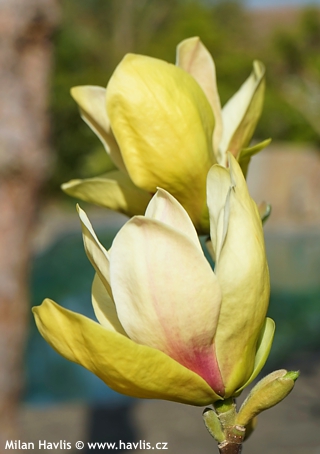
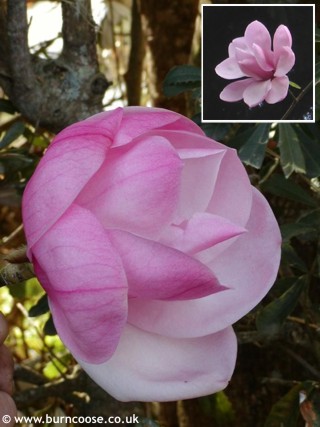
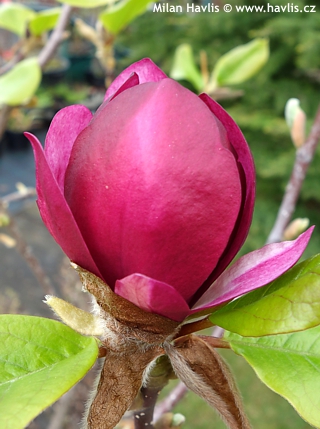
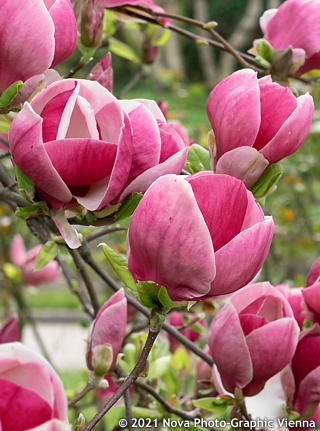
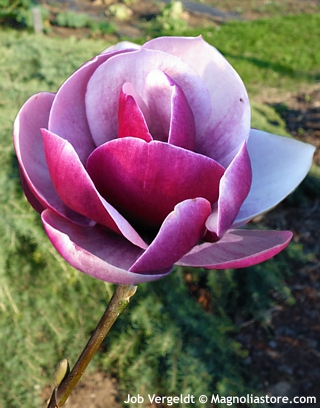

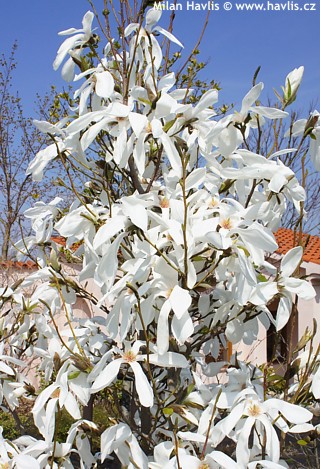
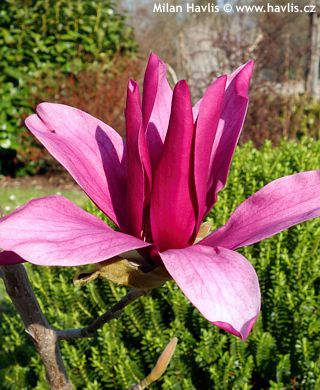
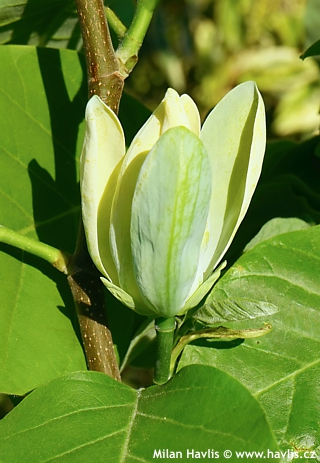
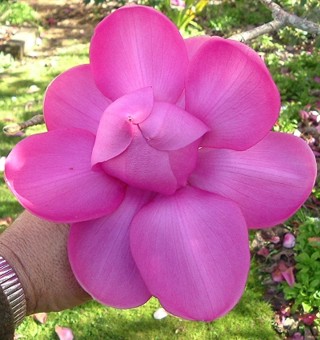
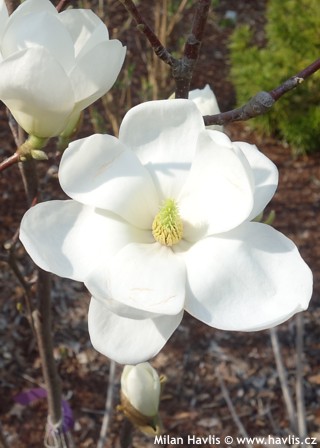
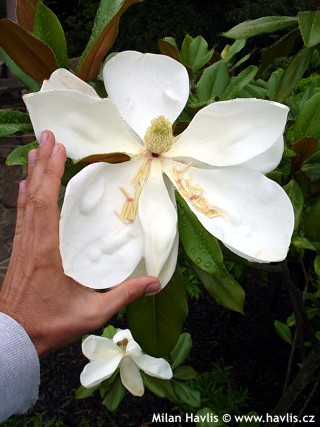
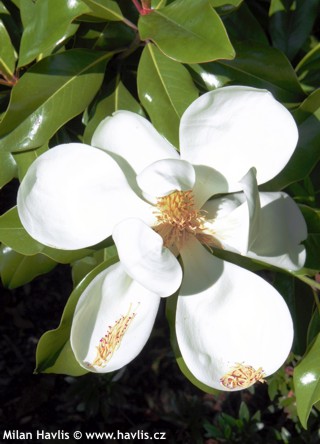
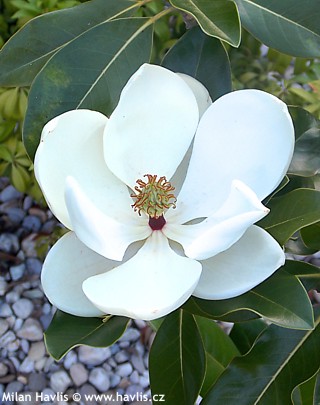
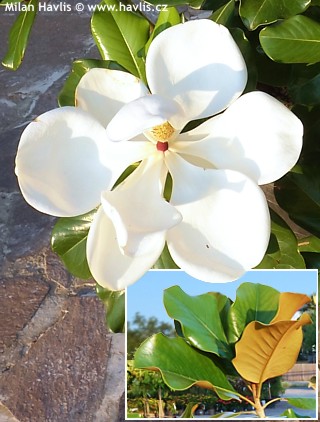
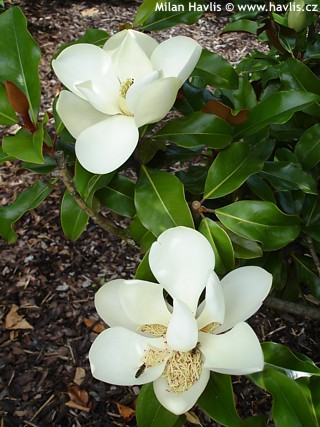
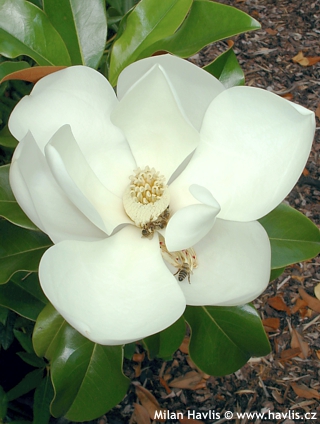
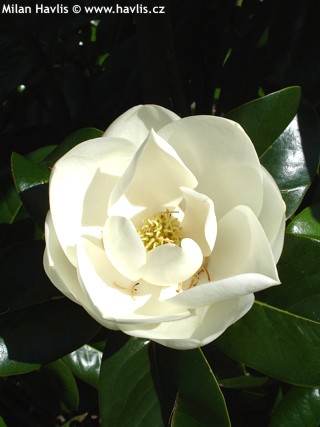
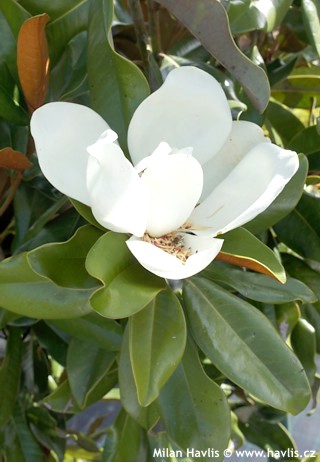
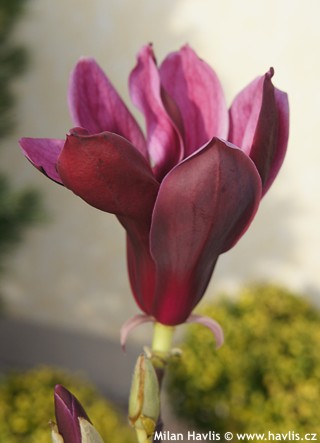
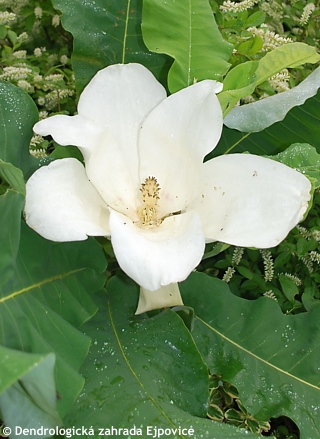
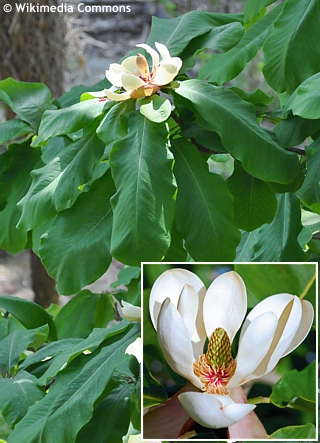
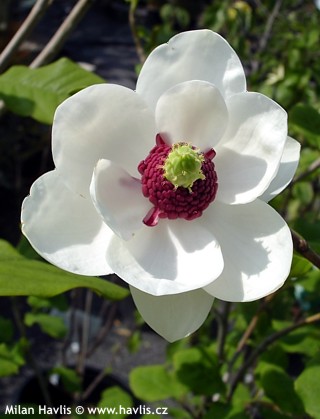
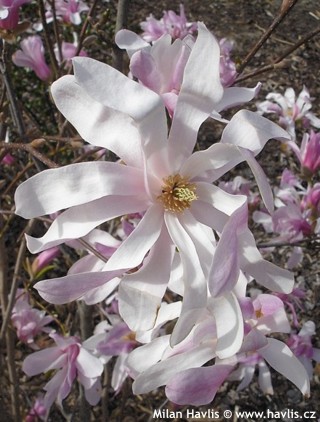
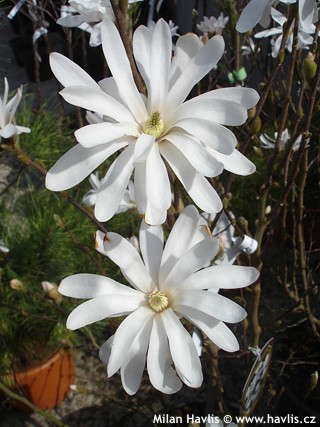
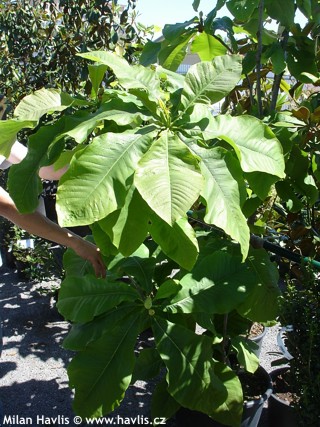
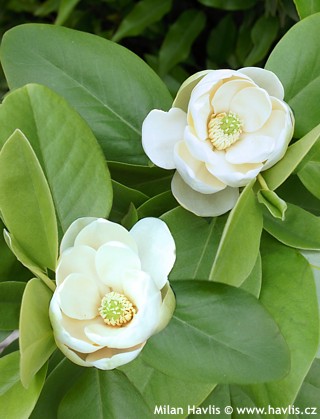
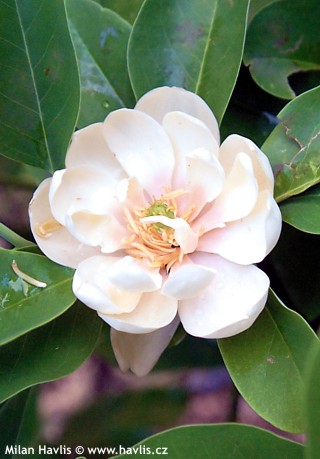
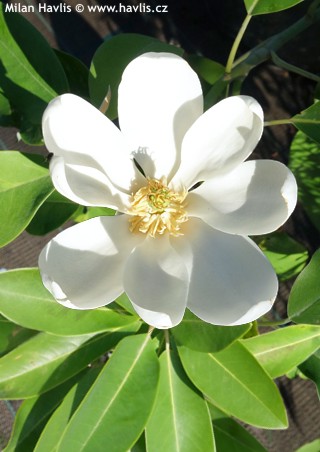

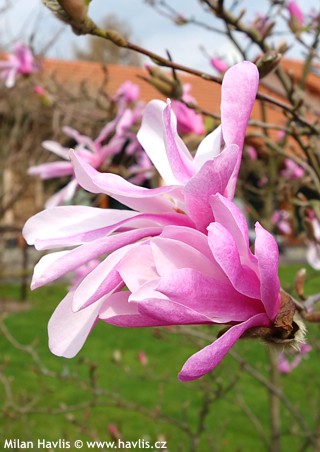
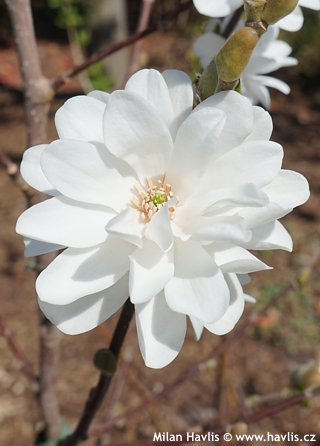
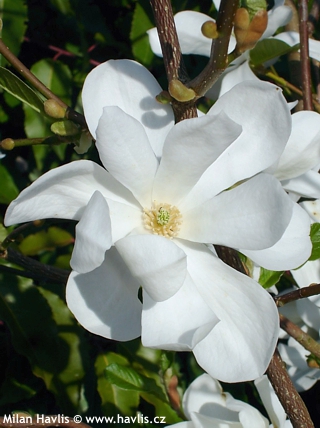

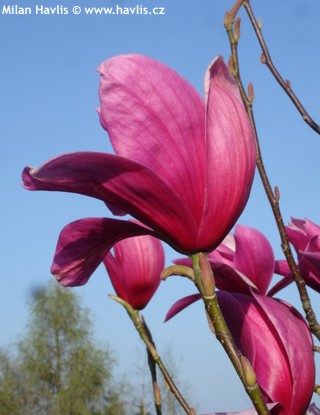
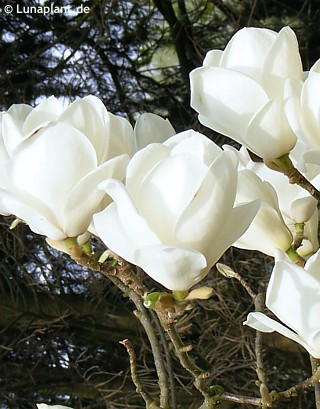
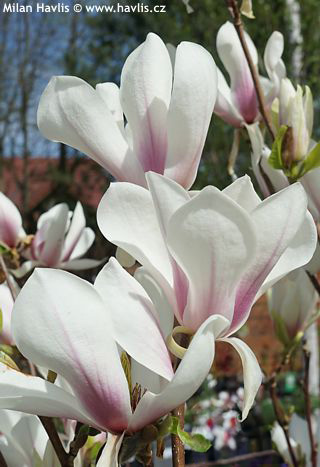
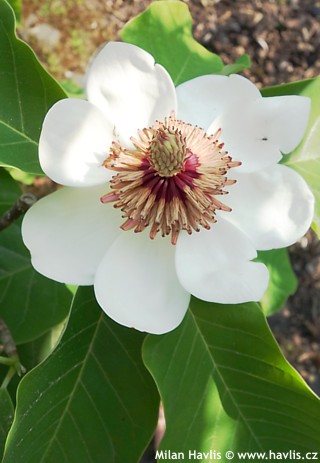

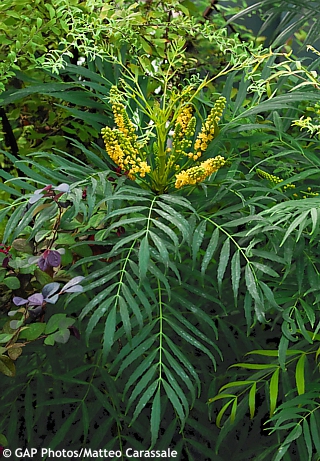
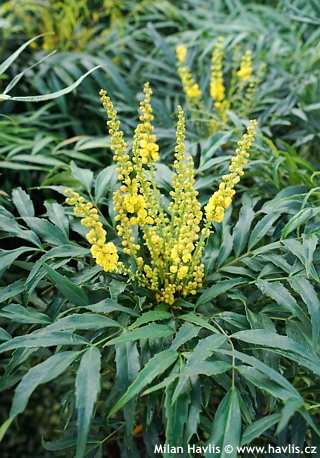
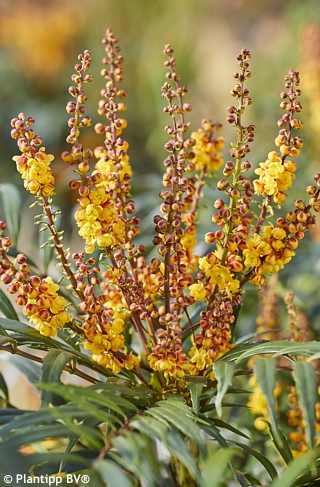
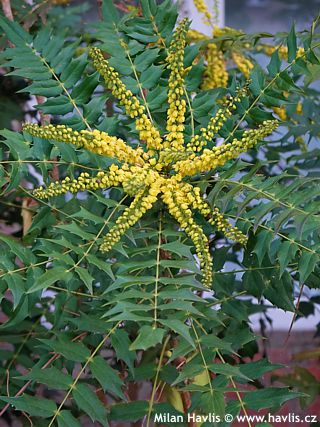
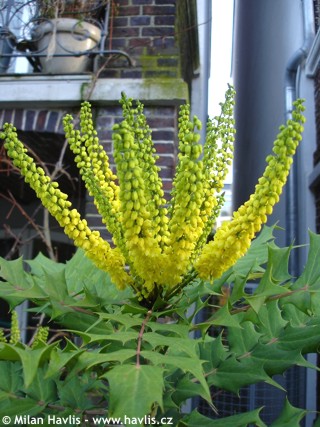
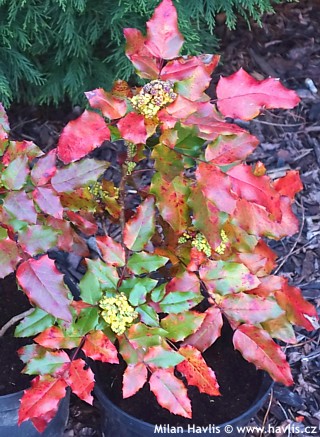
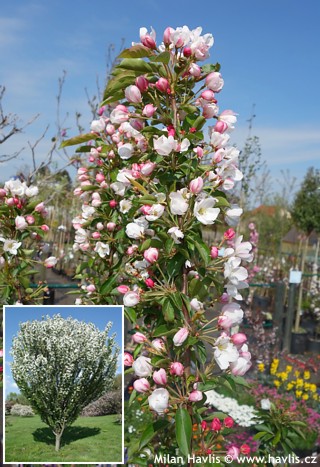
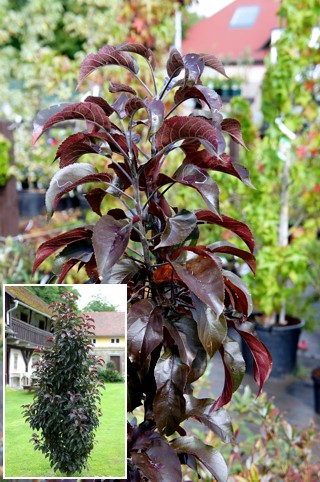
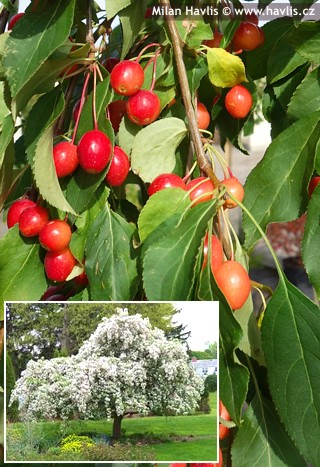
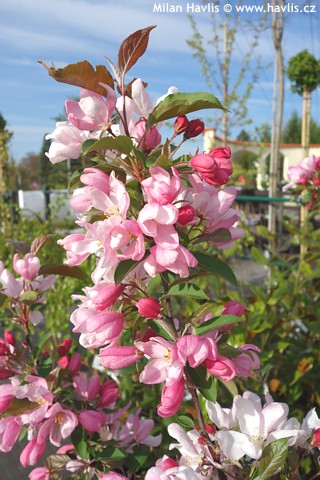
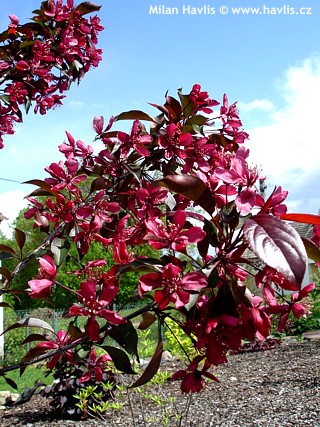
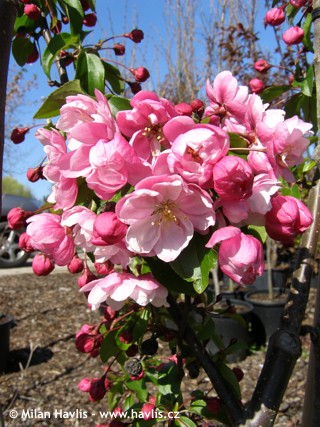
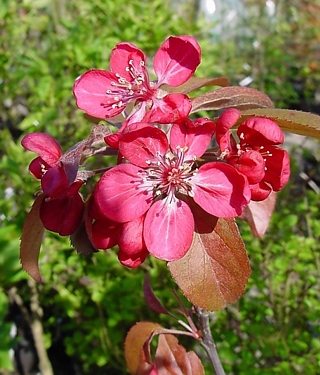
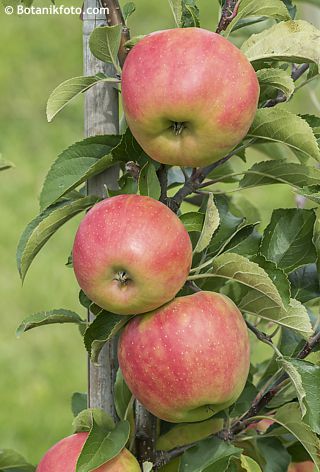
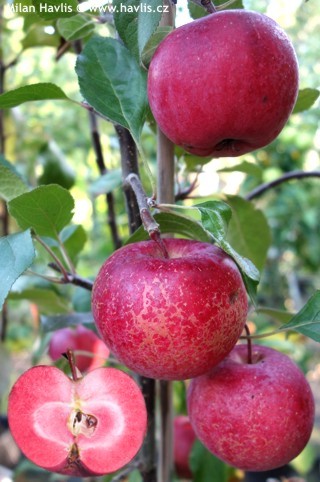

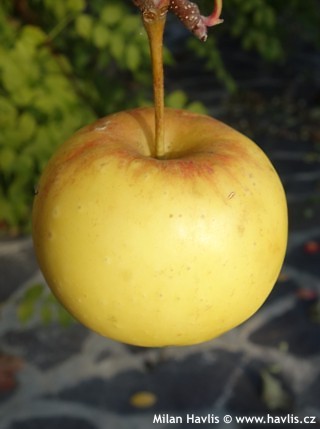
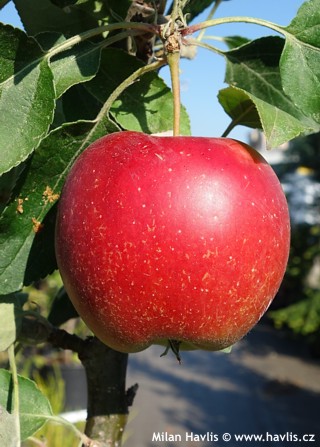
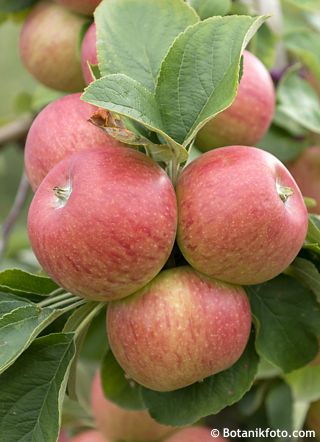
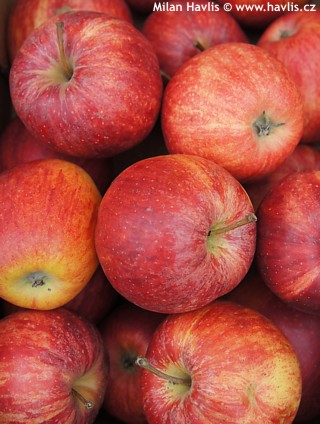
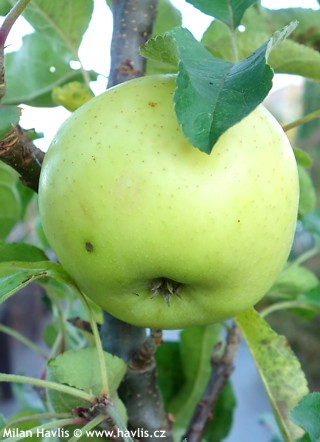
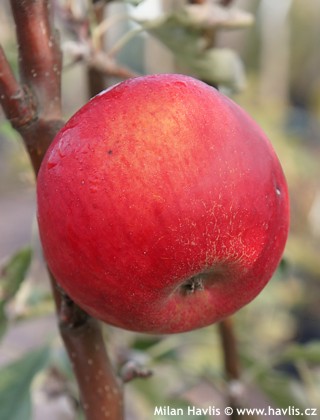
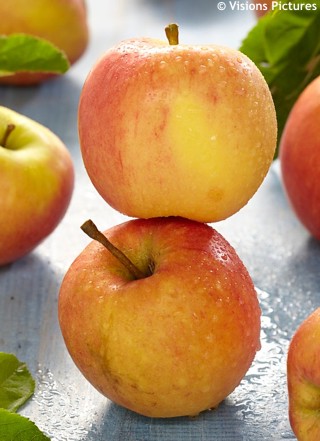
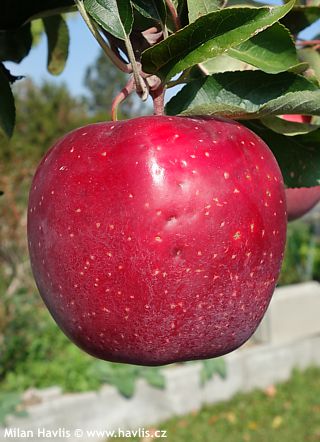
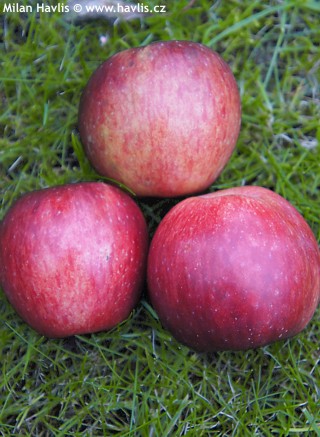
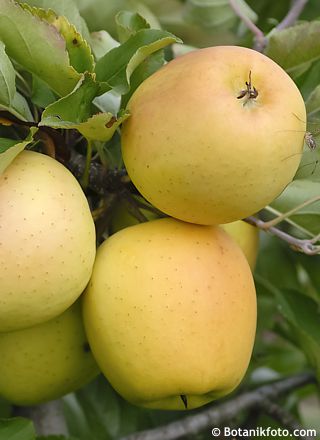
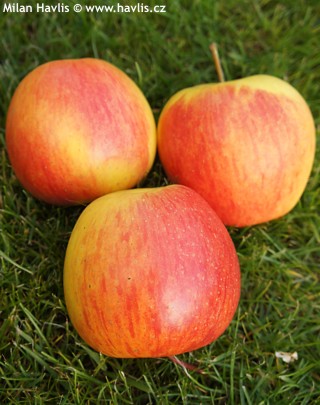
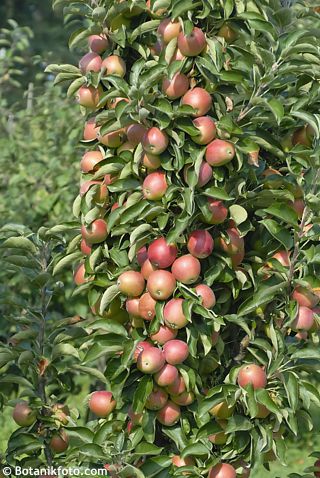
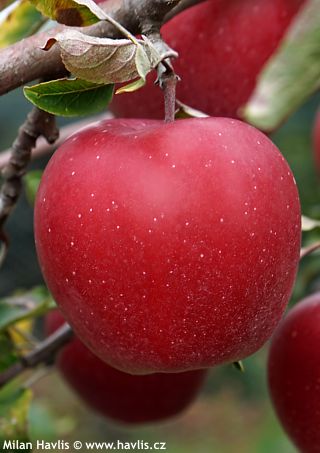
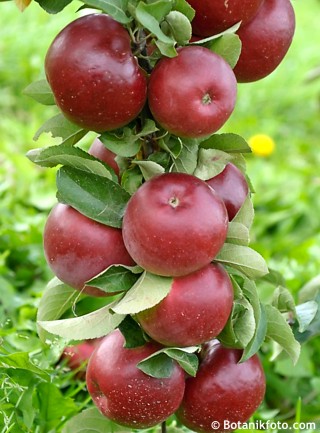
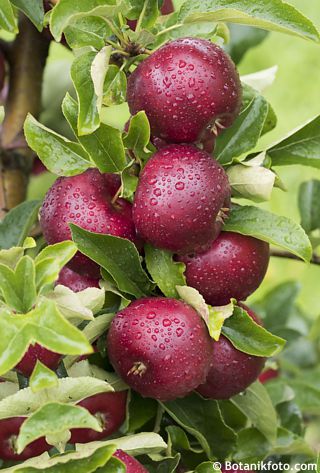
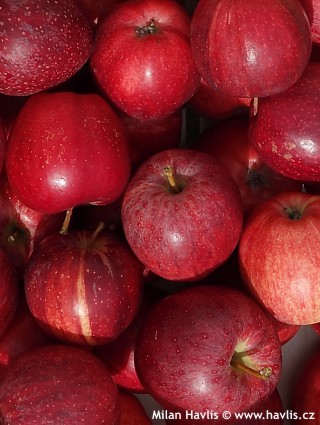
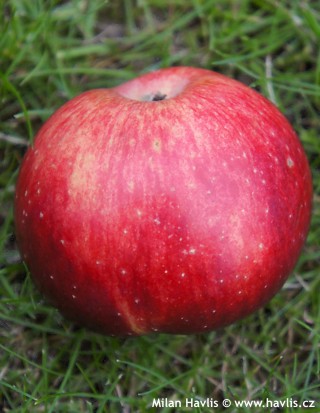
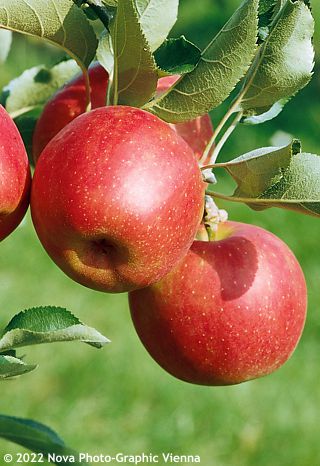
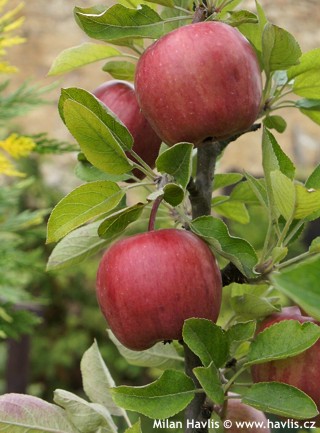
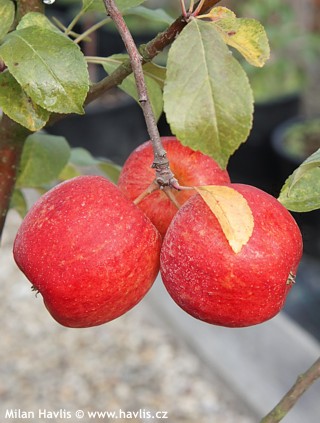
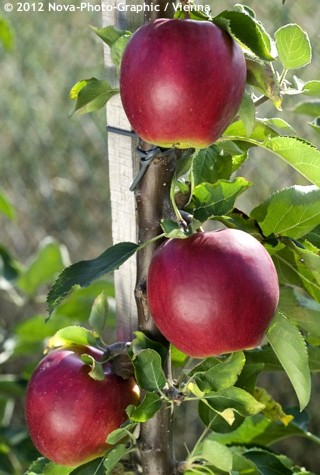

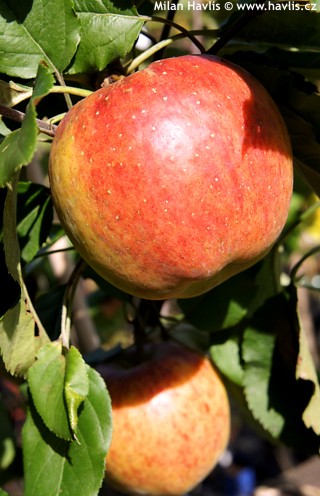
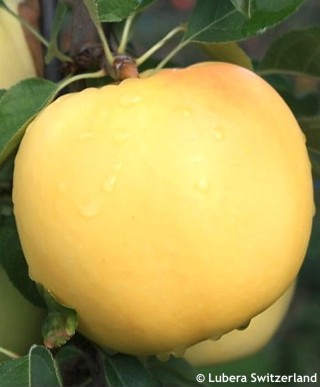
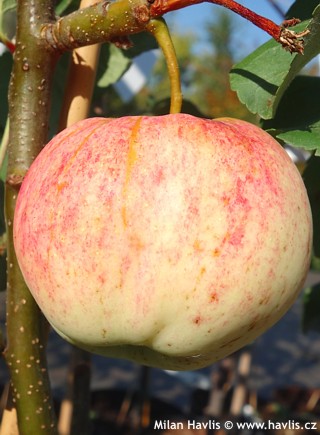
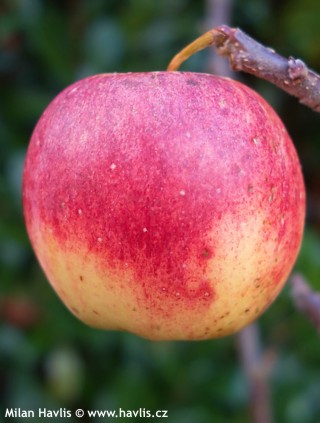

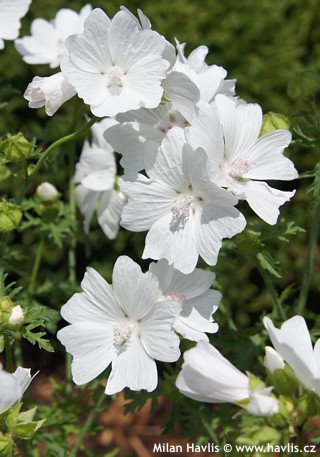
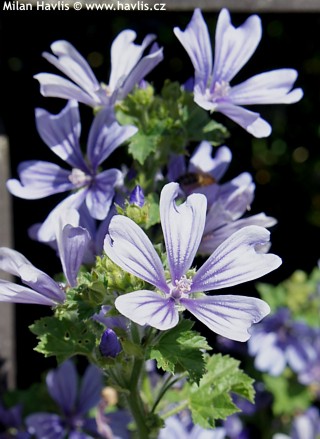
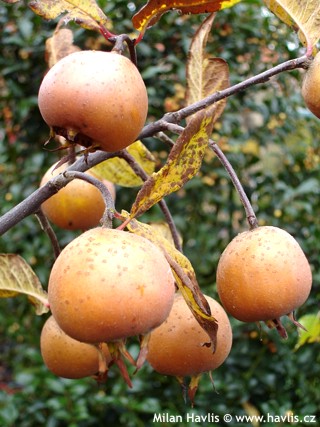
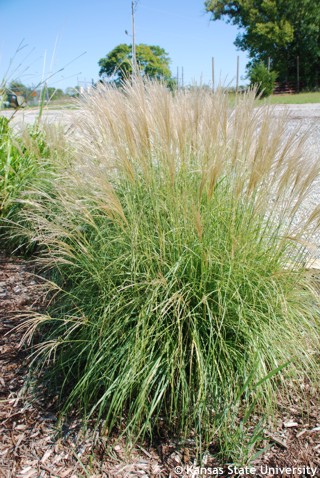
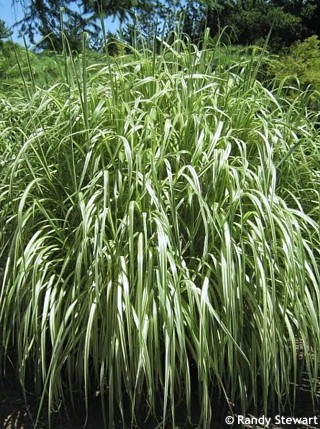
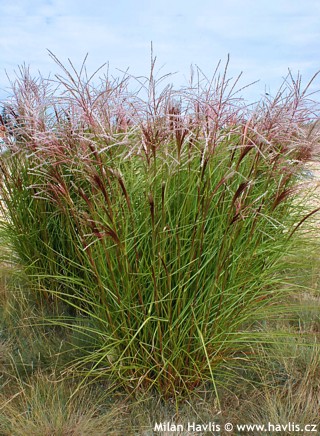
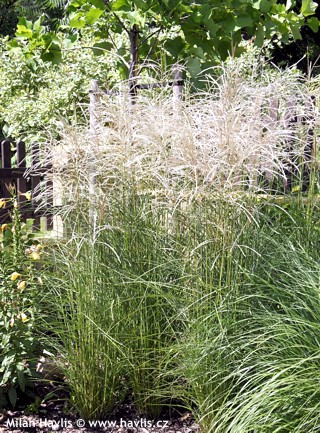
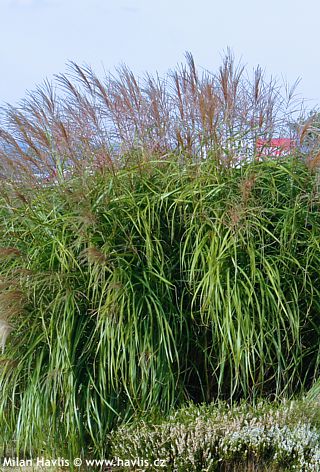
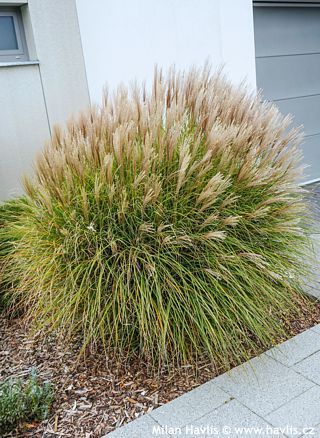
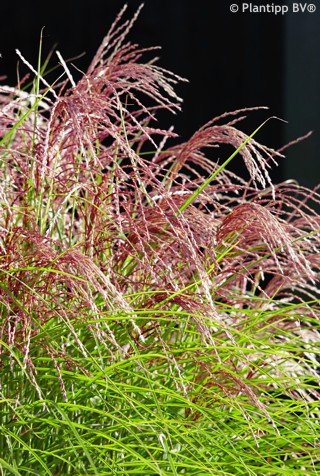
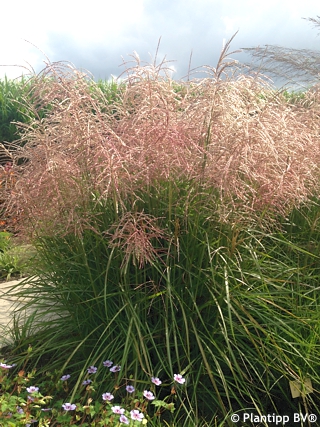
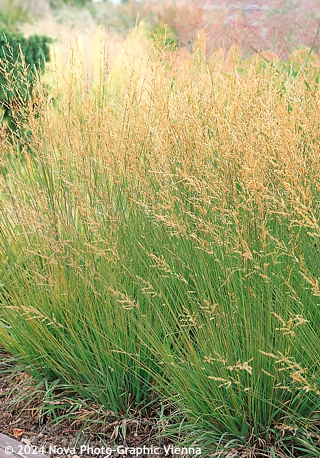
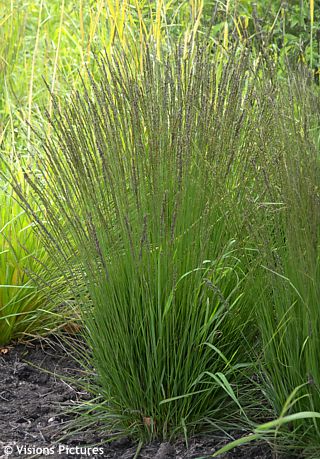
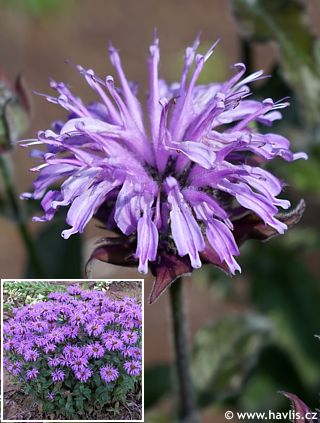
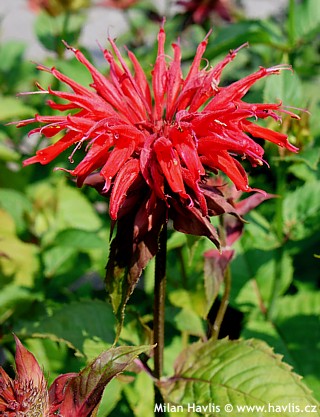
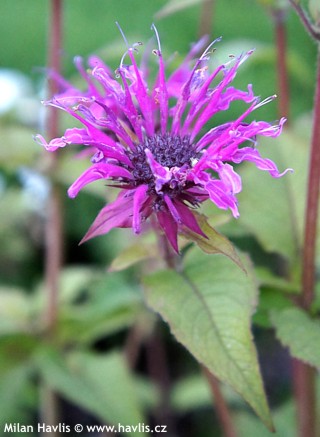
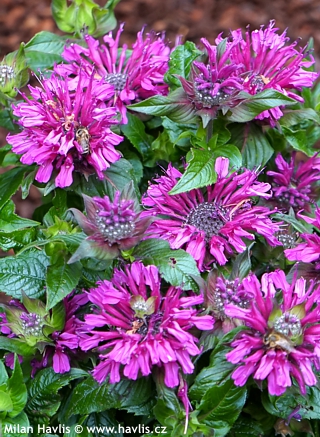


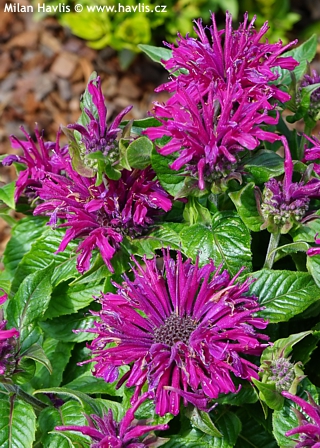
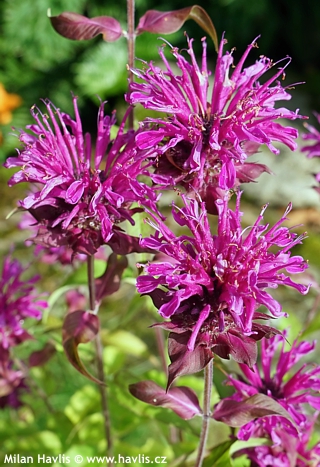
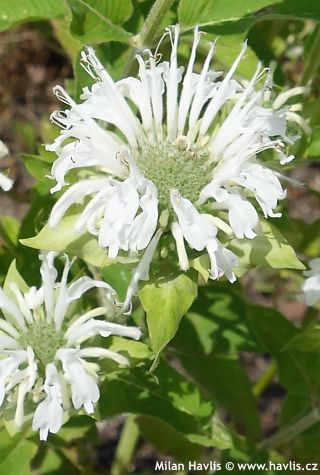
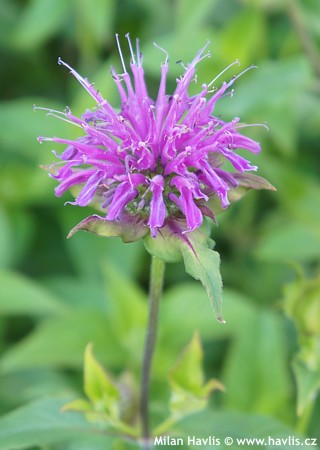
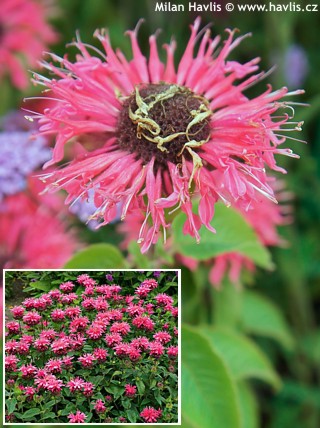
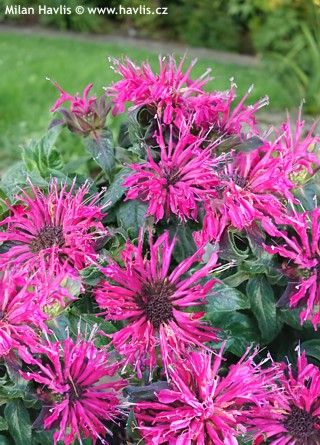
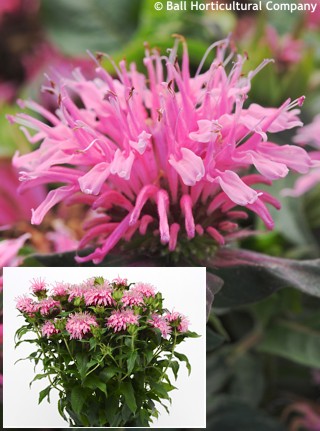

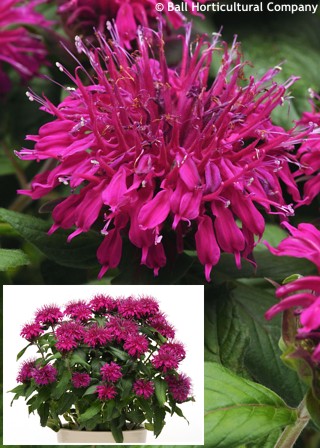
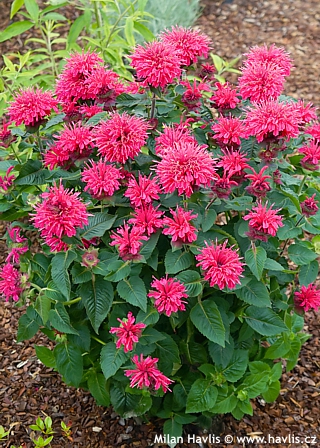
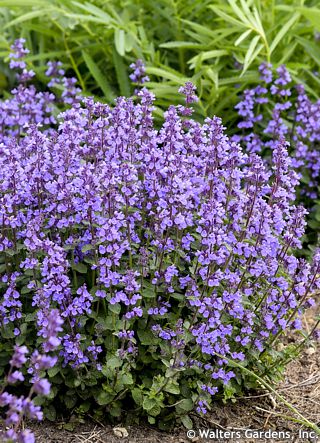
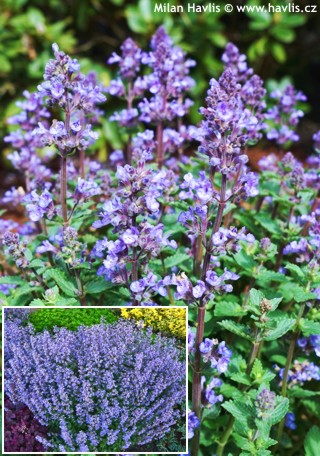
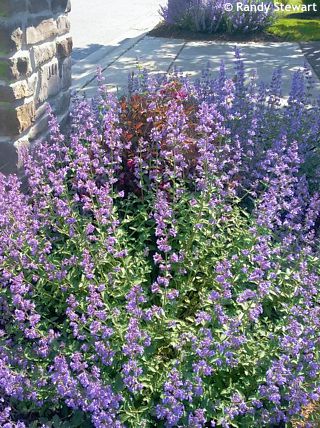
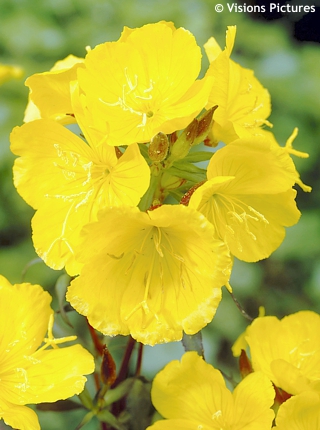
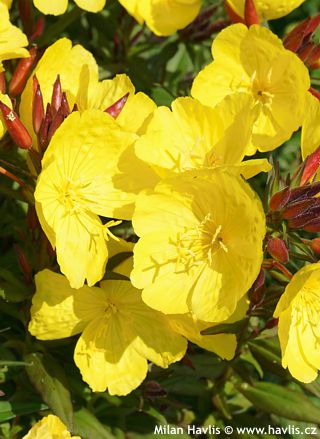
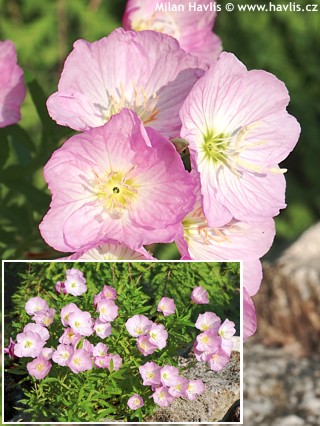
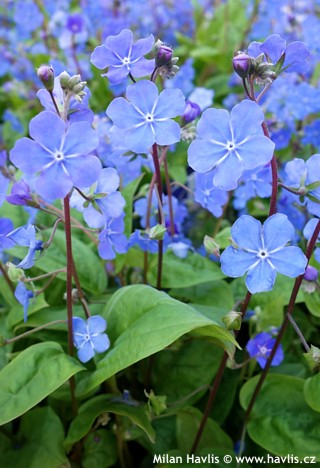
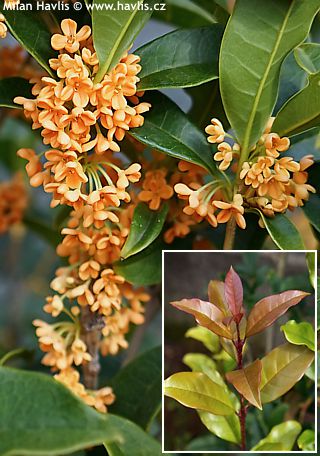
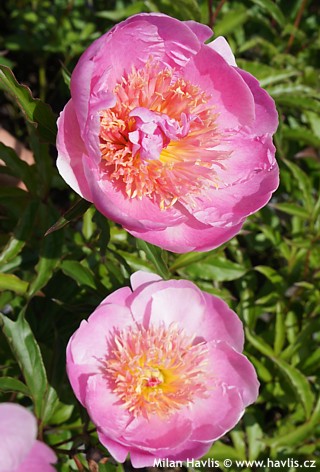
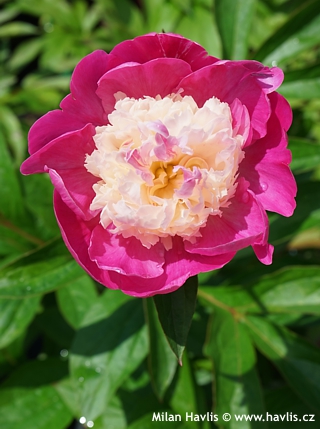
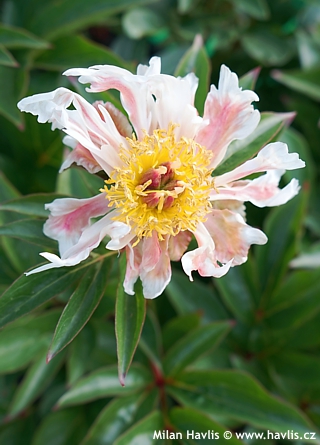
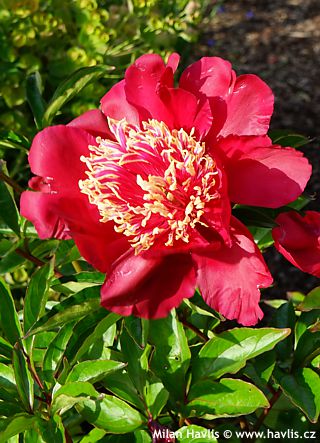
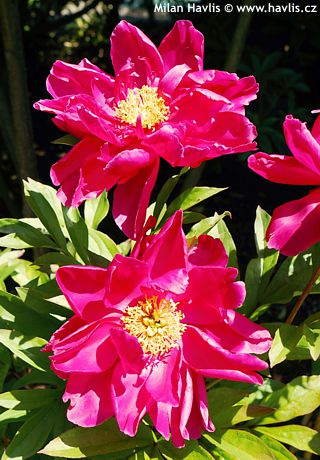
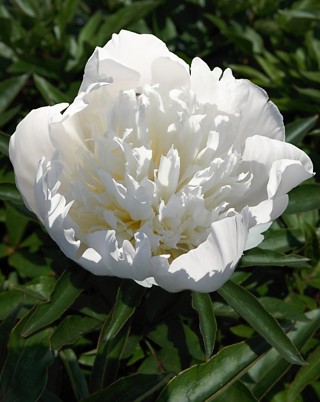
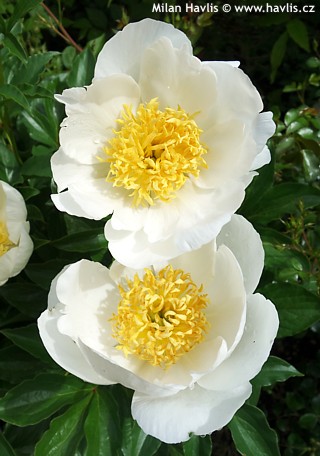
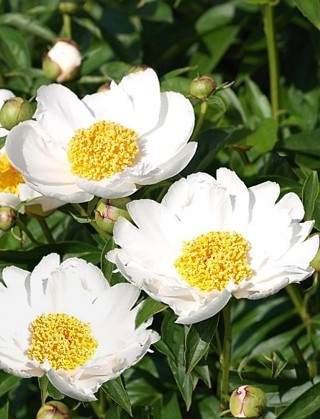
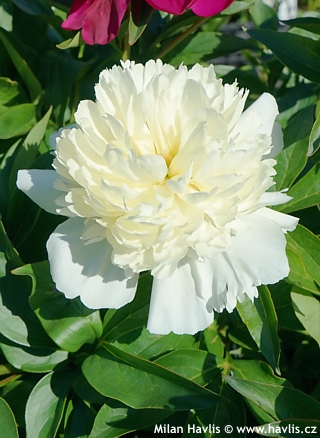
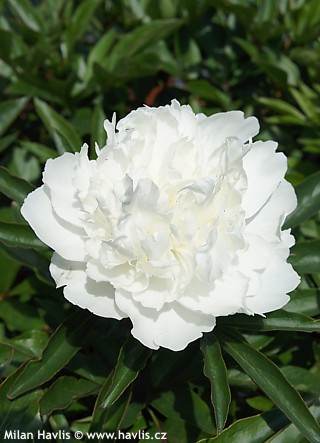
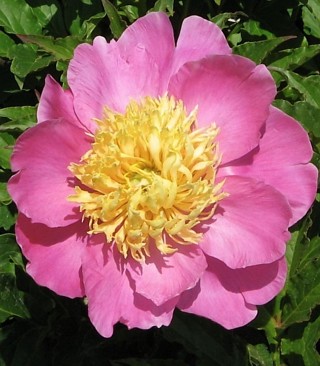
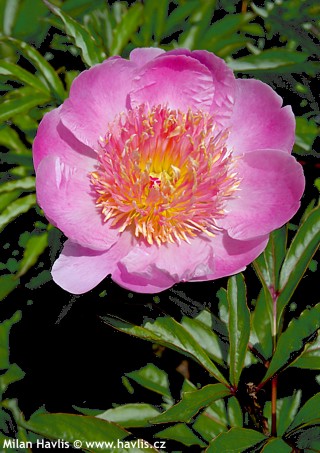
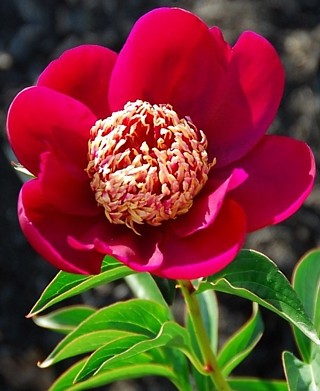
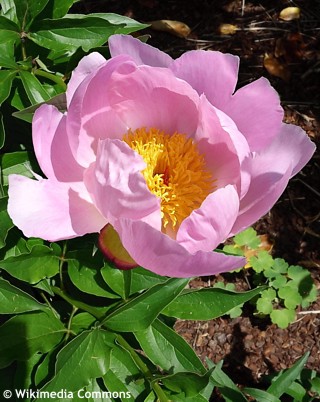
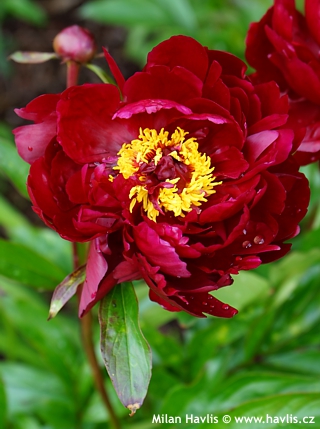
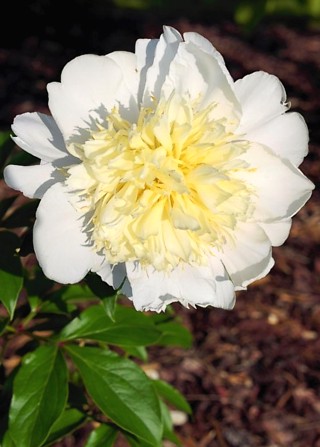
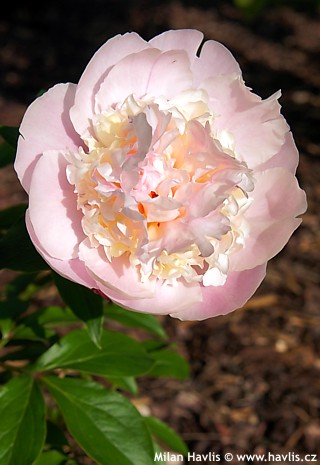
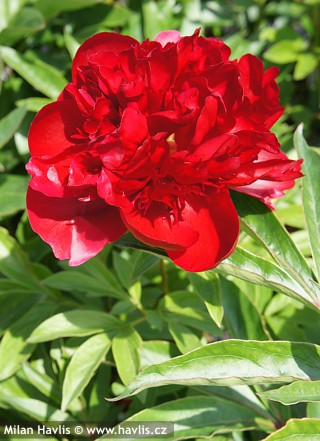
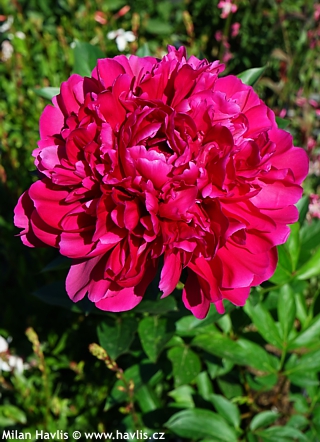
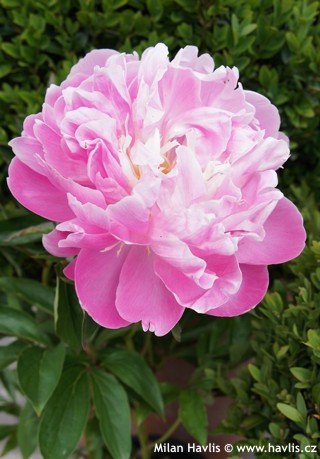
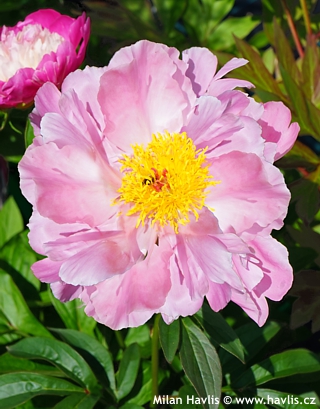
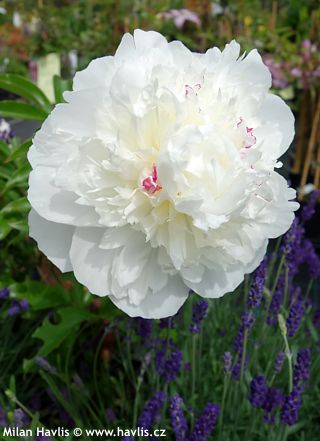

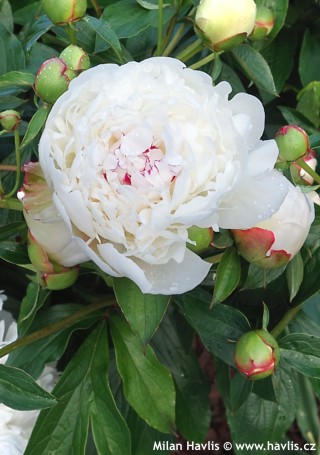
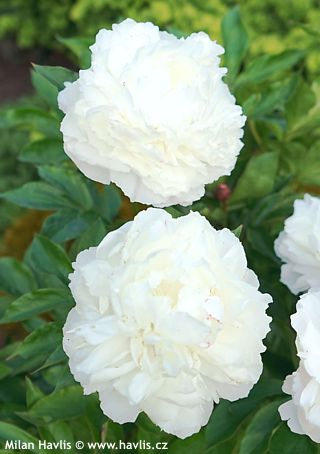
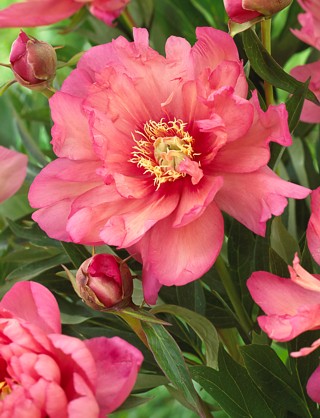
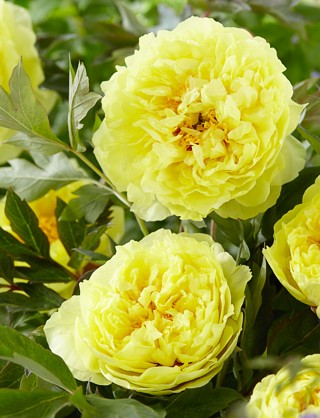

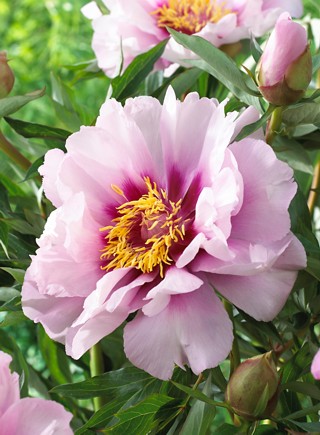
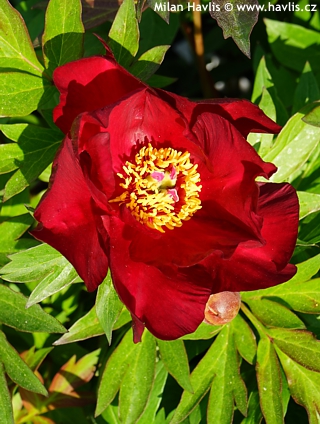
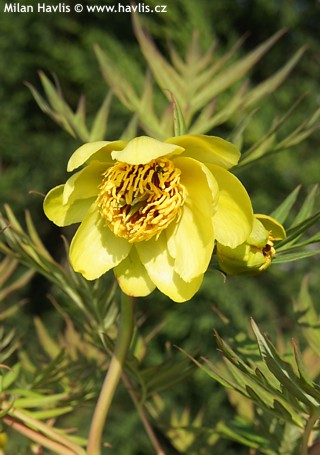
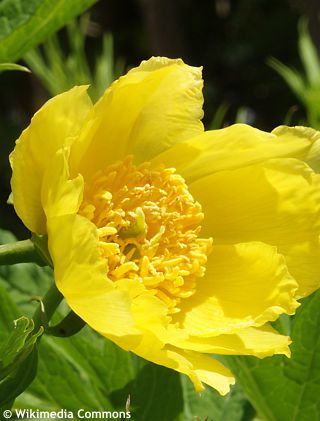
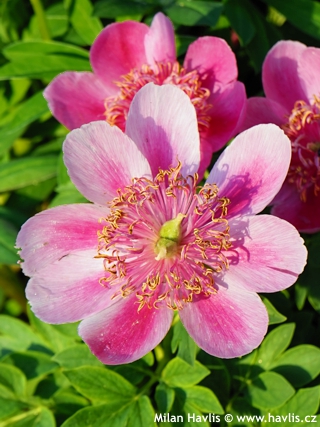
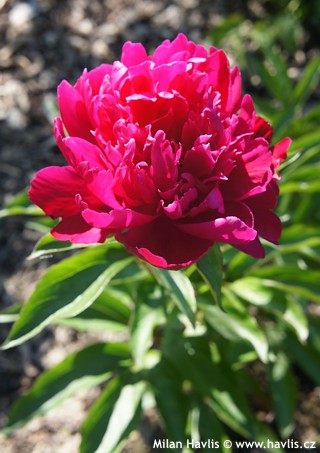
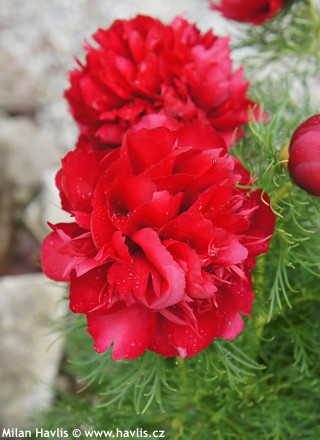
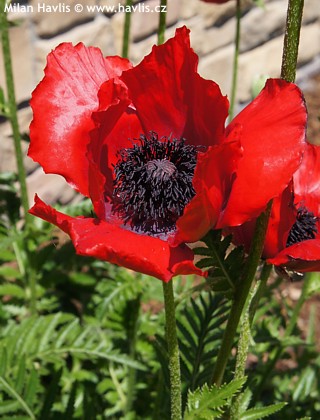
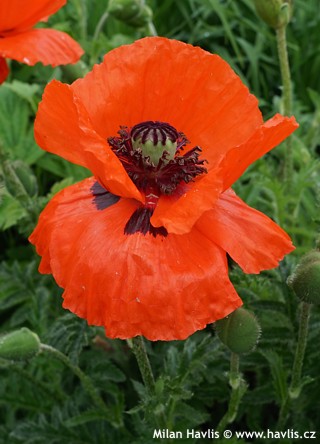
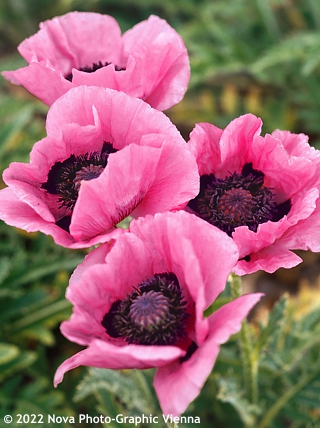
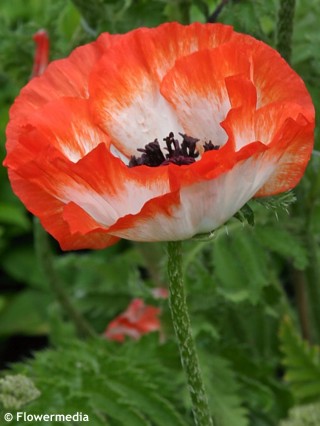
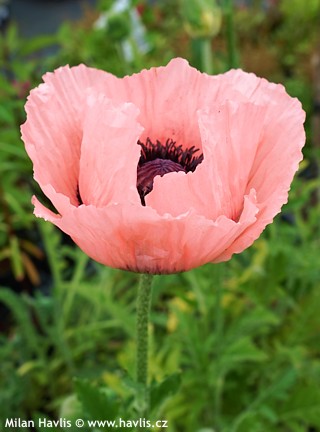
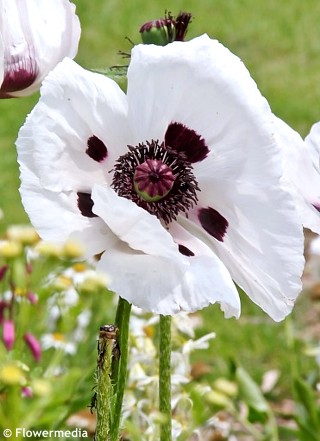
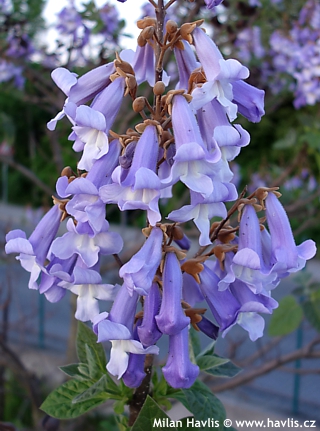
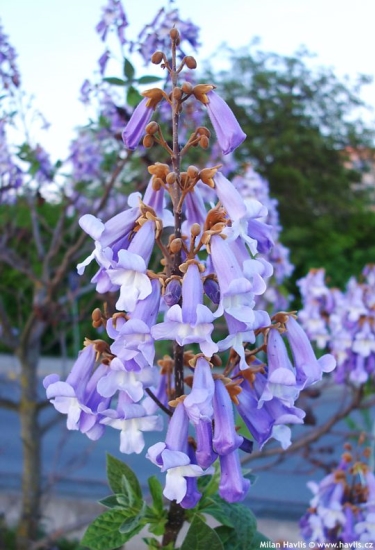
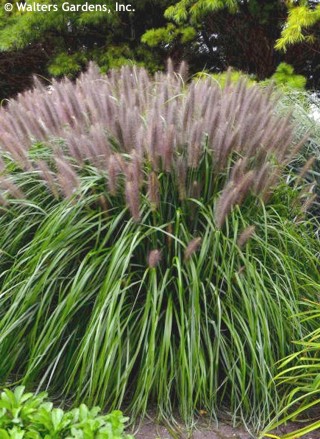
.jpg)
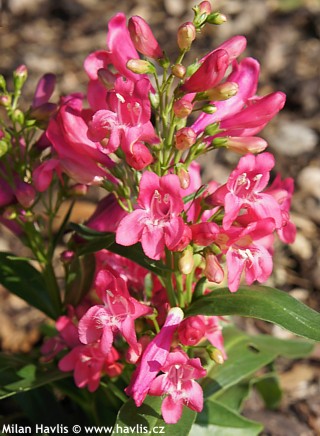
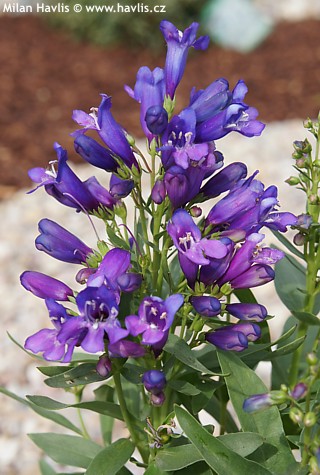

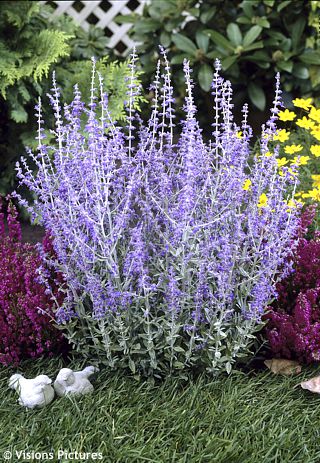
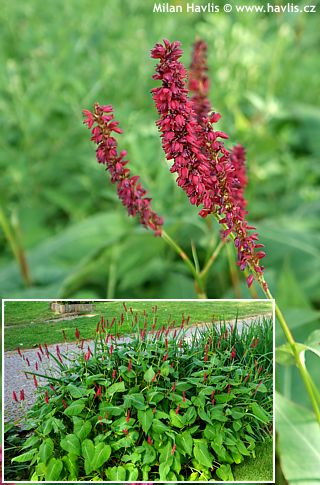
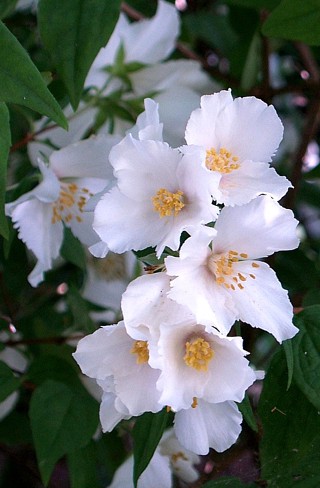
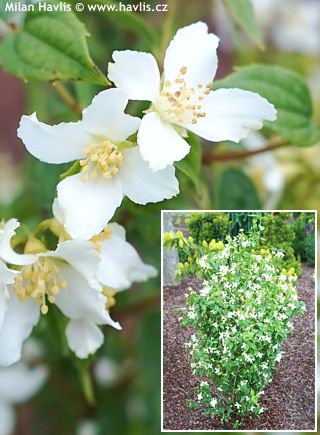
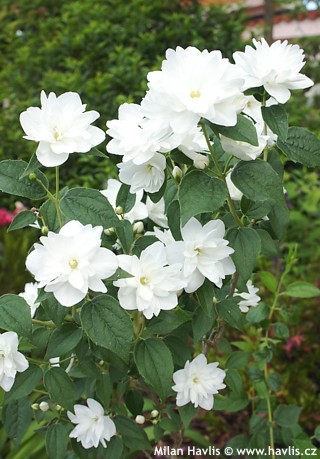
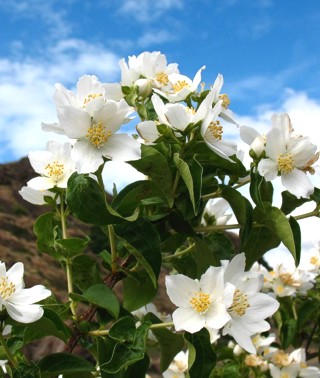
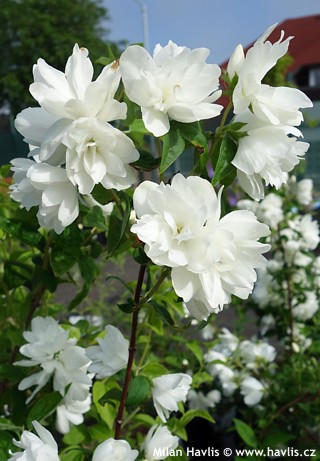
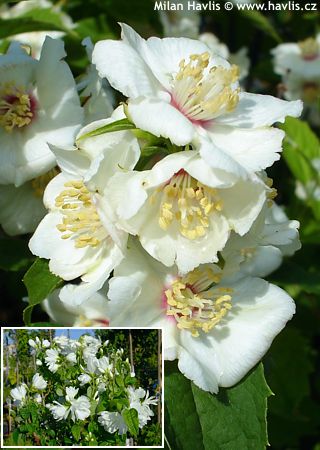
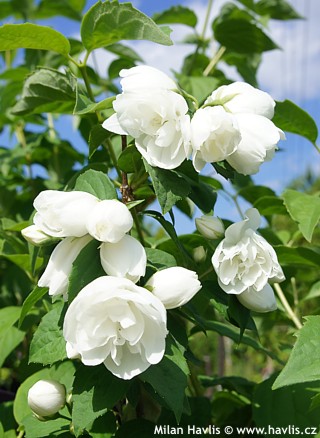
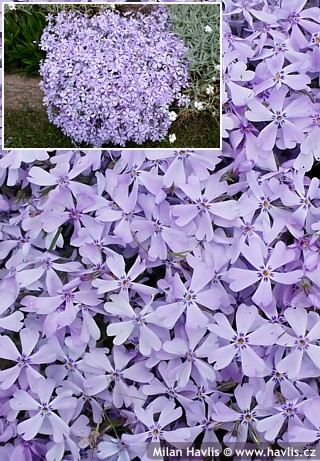
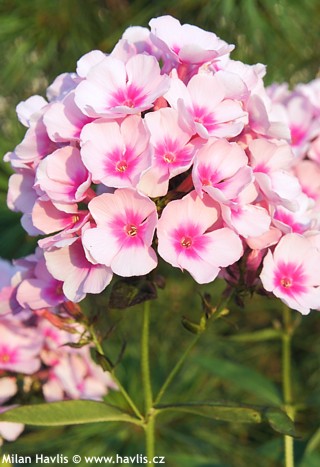
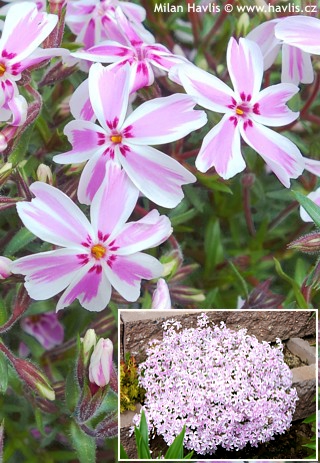
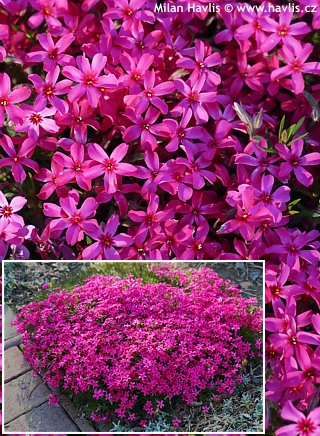

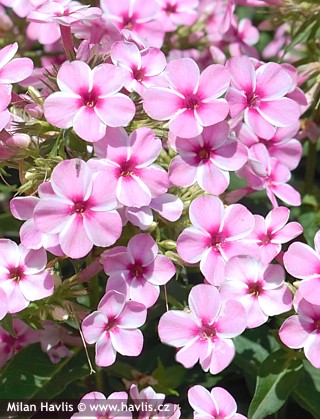
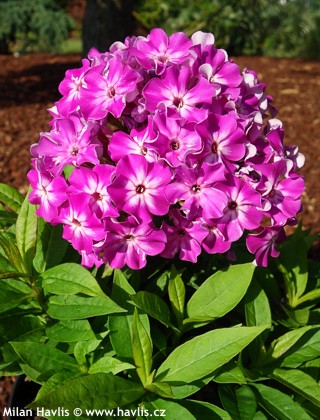
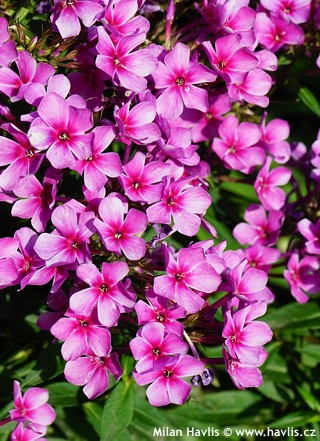
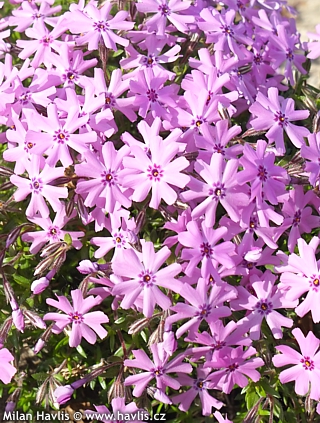
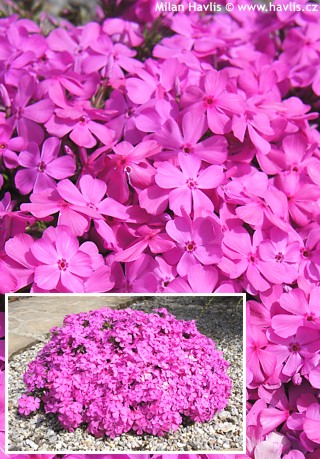
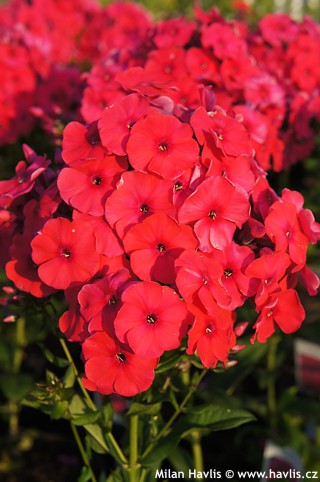
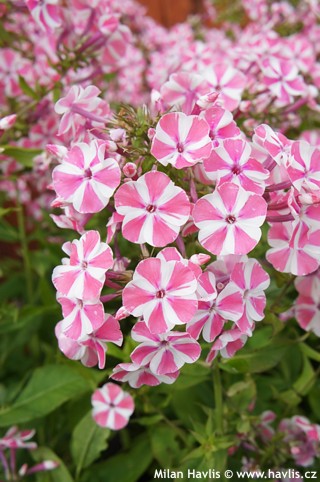
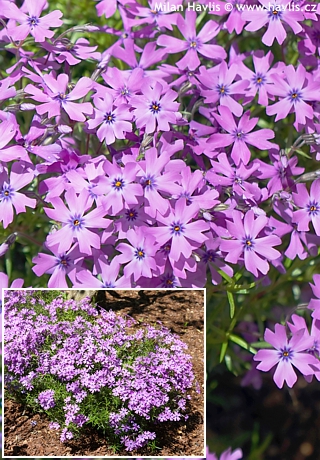
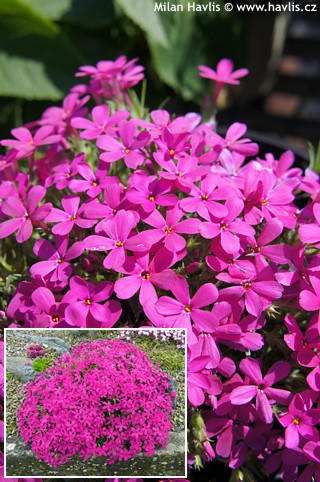
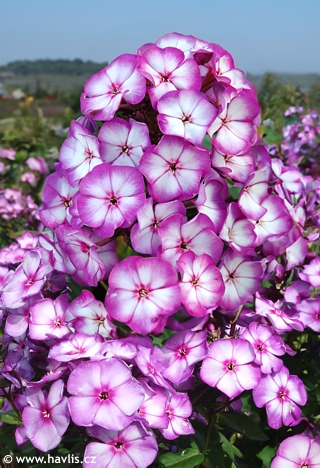
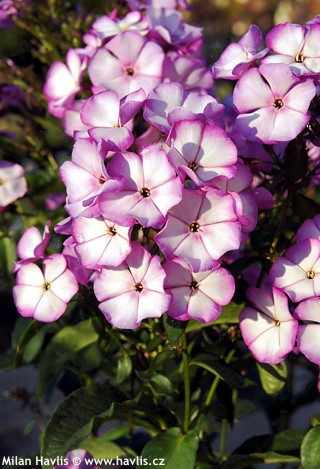
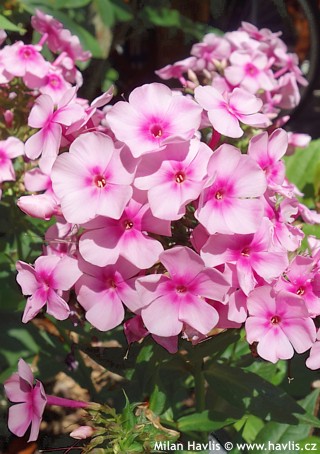
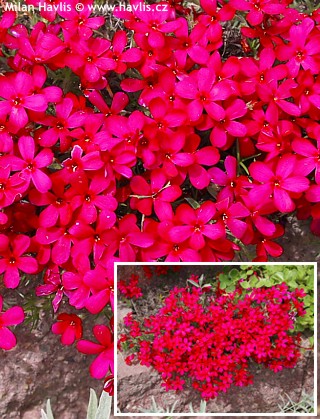

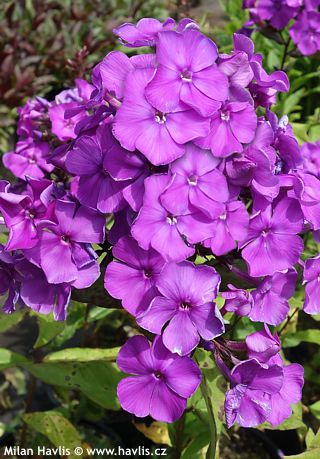
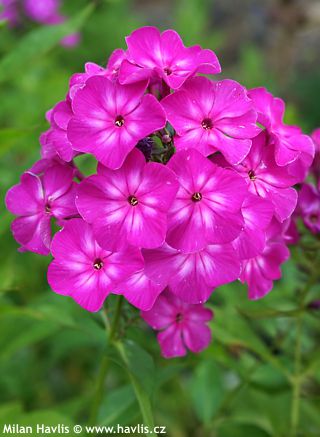
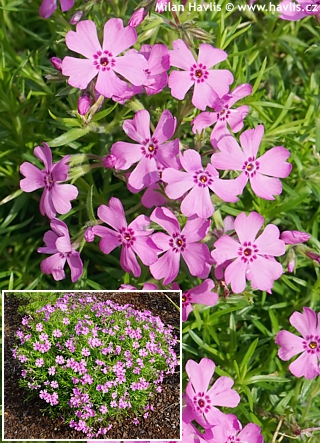
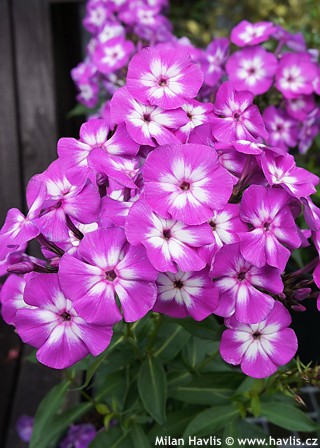
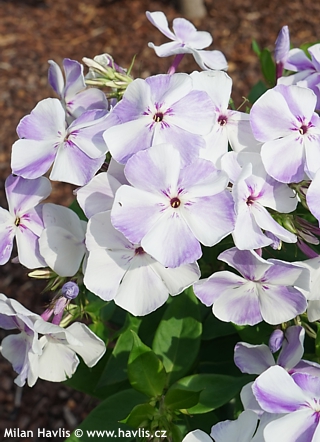
.jpg)
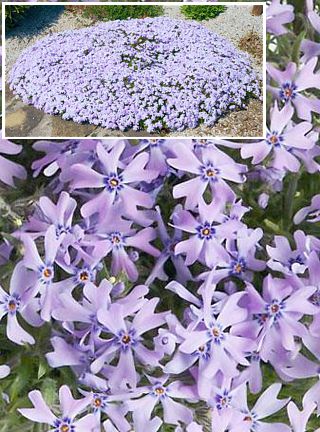
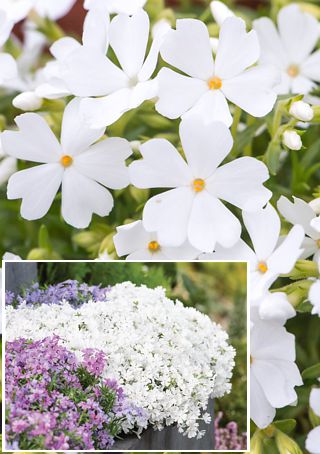
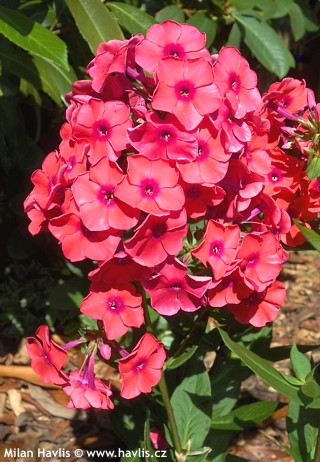
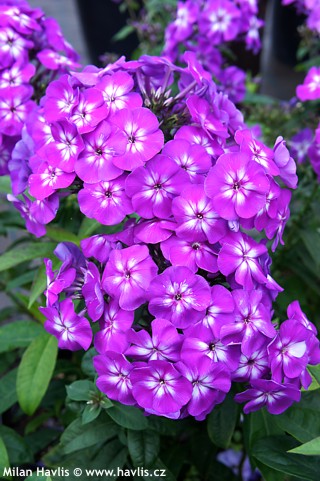
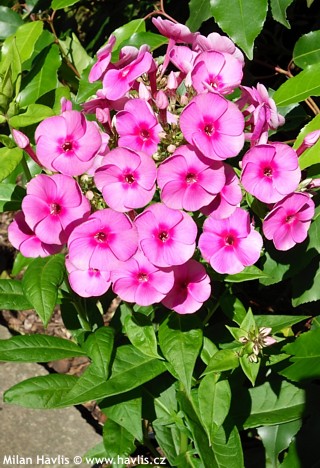
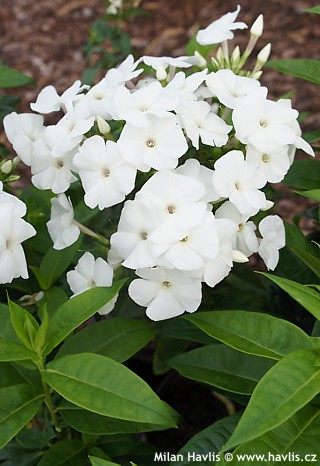
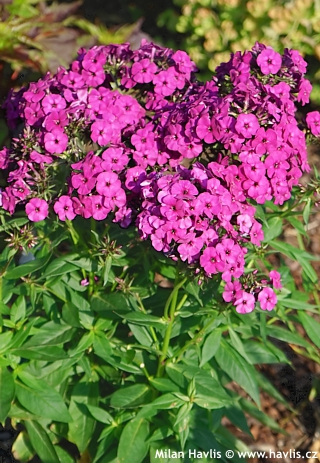
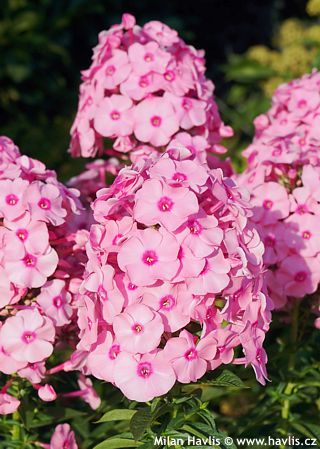
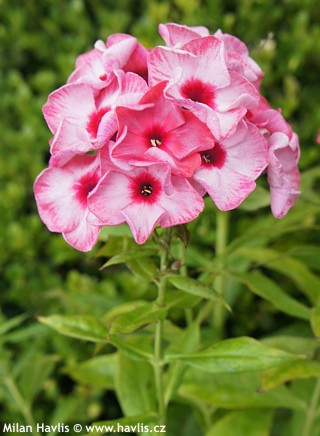
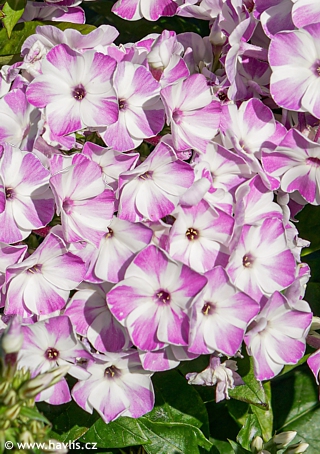
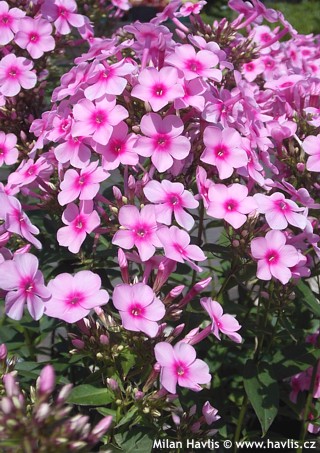
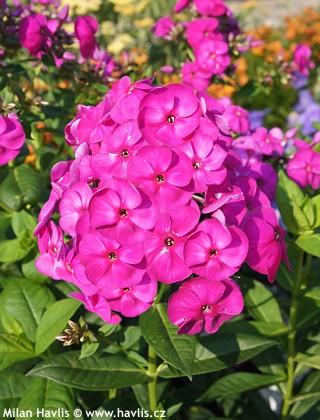
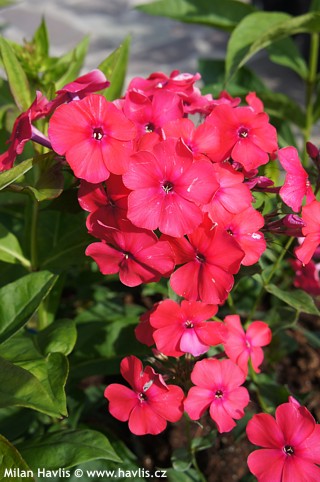
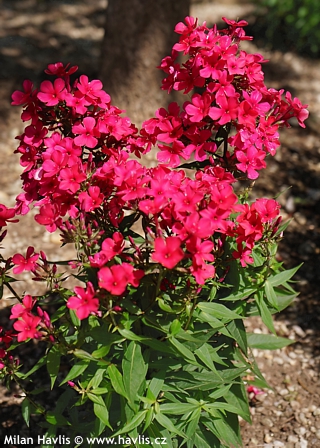
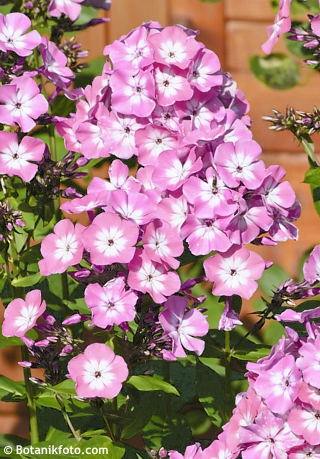
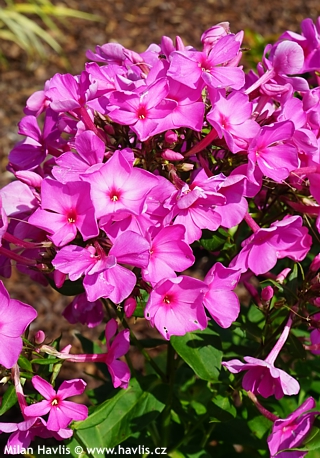
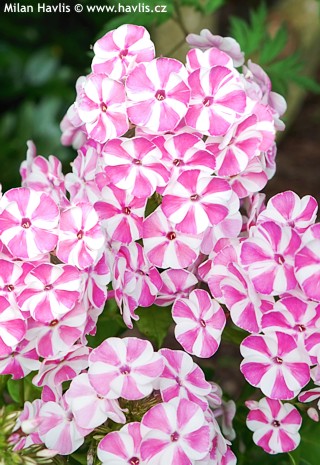
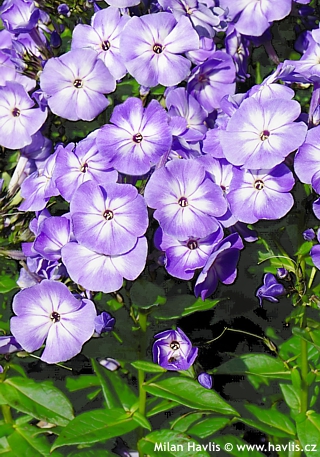
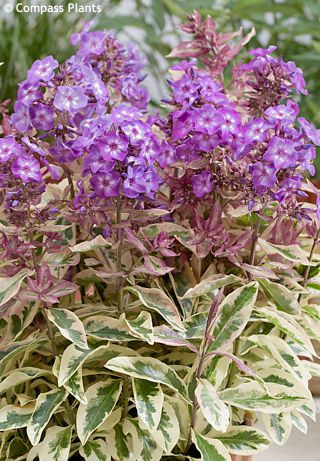
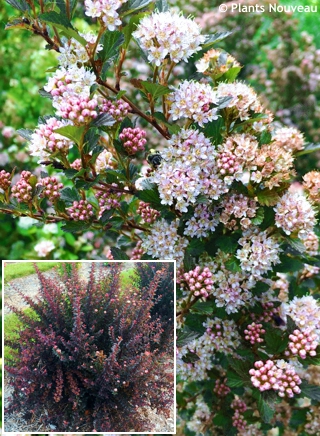
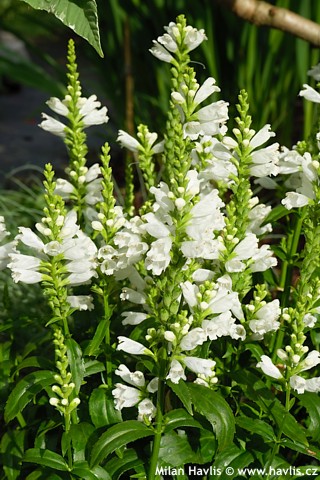
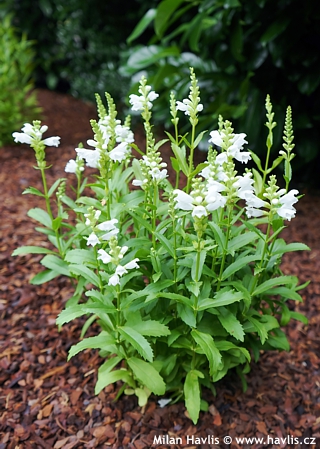
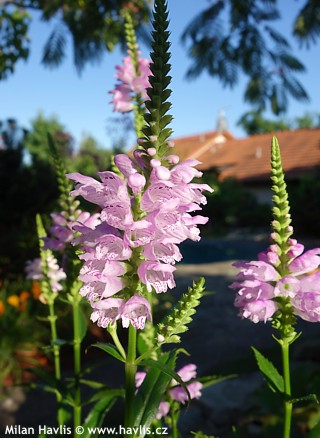
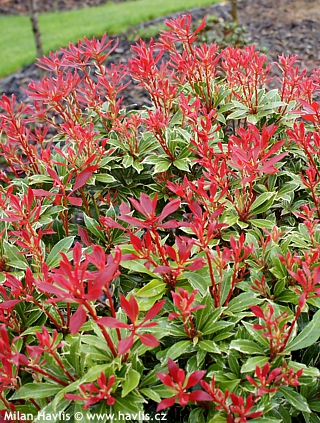
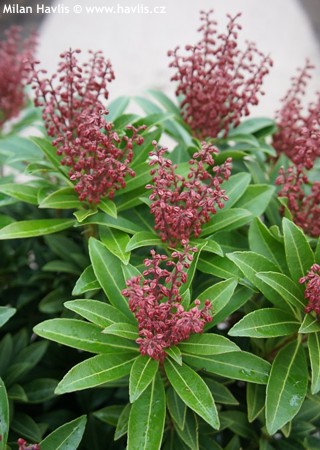
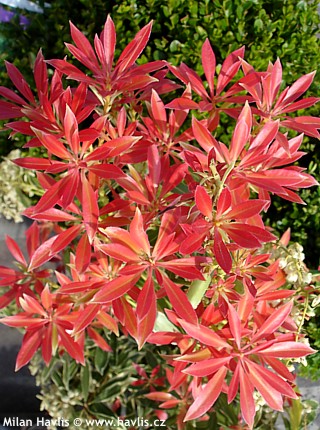
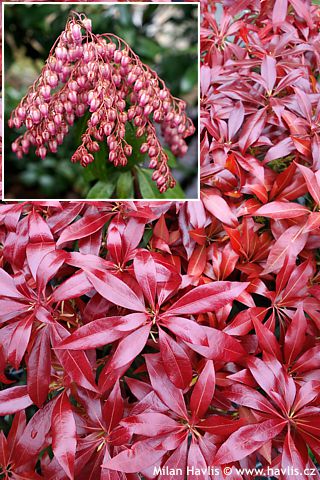
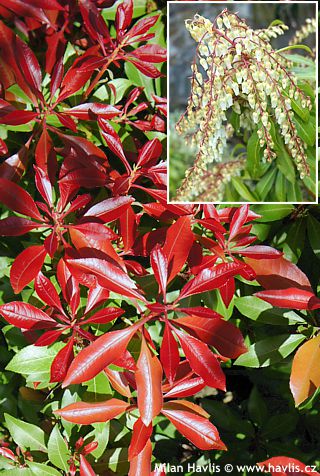
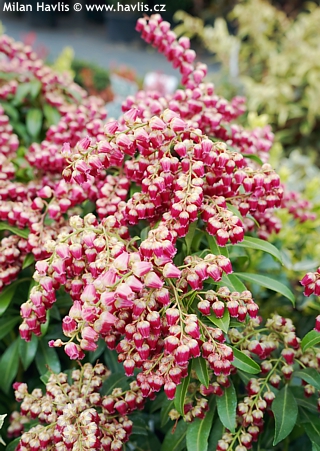
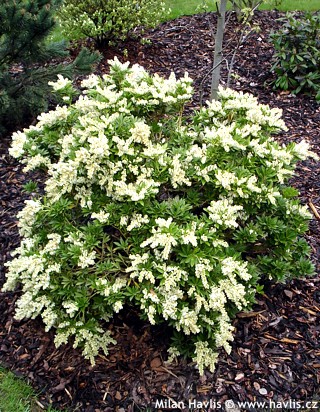
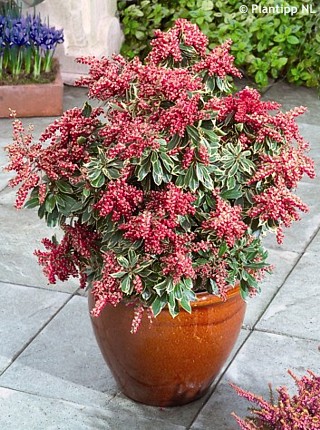
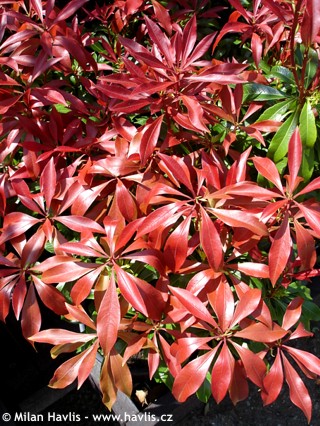
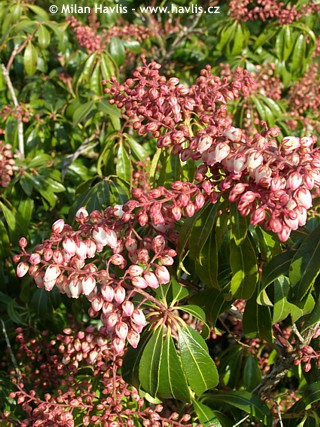
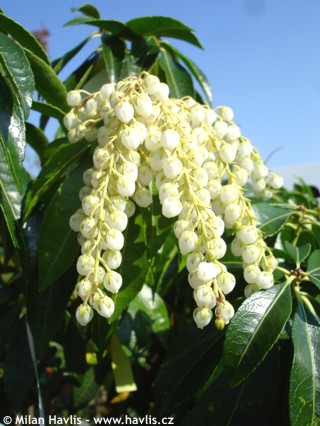
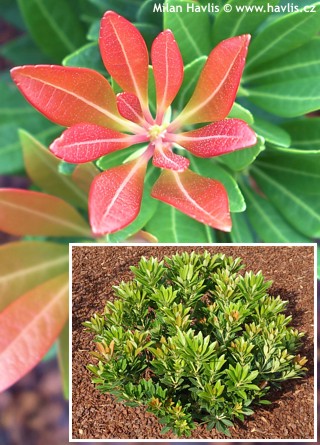
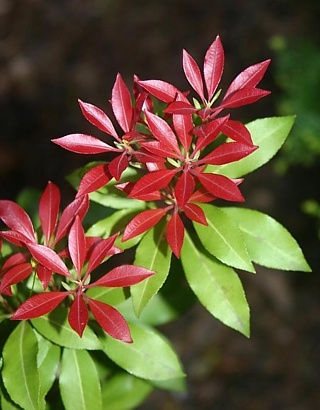
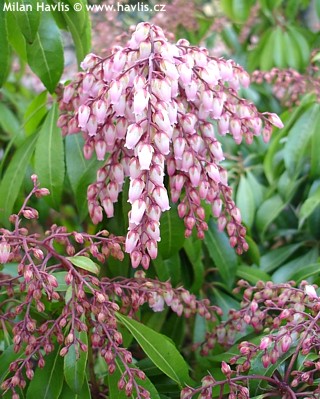
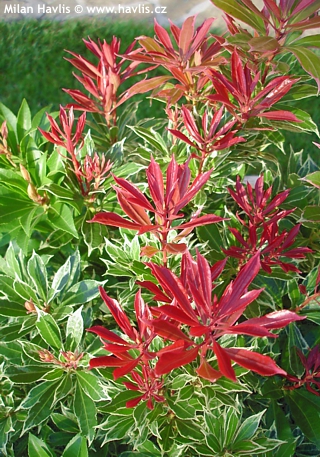
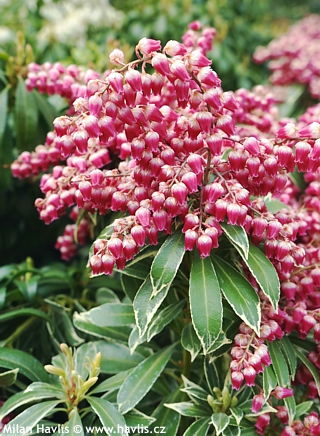
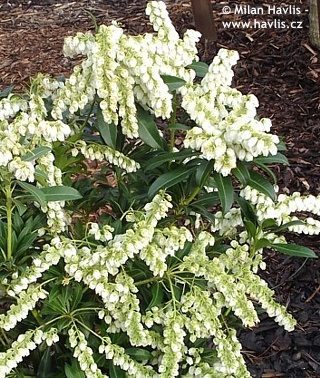
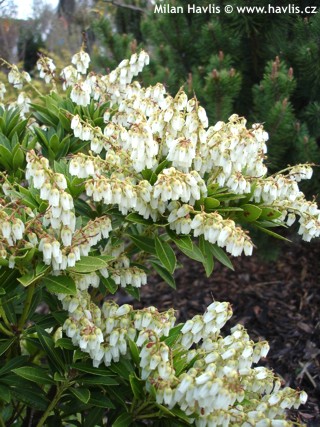
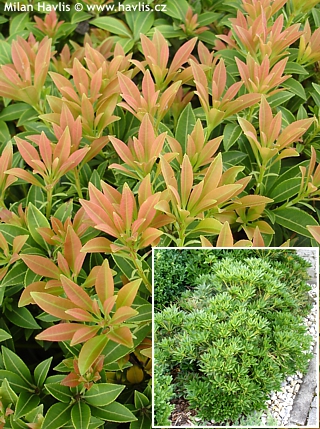
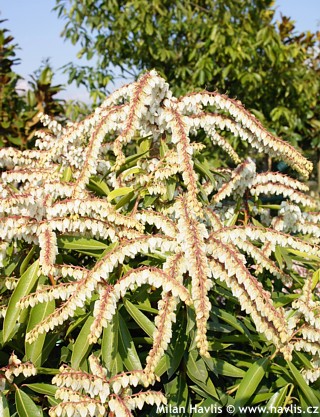
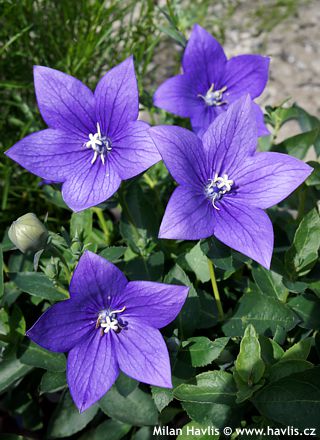
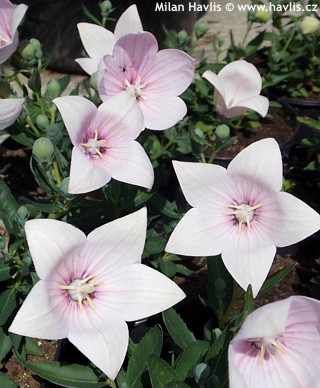
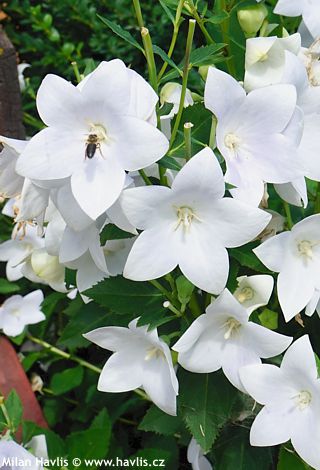
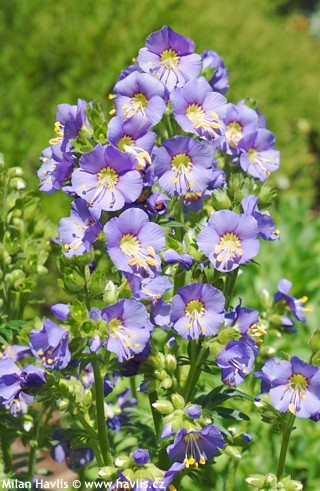
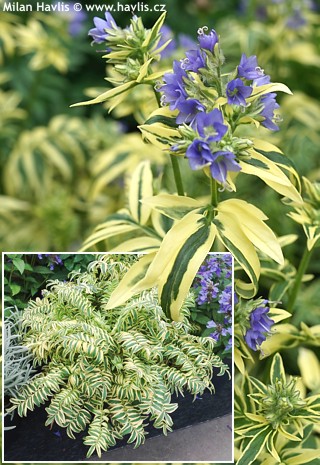
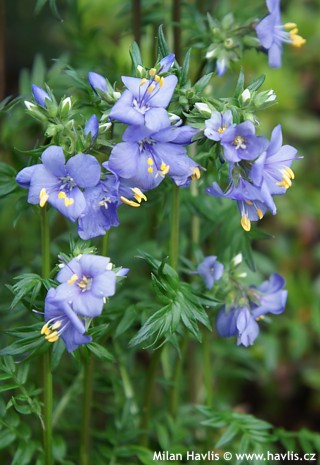
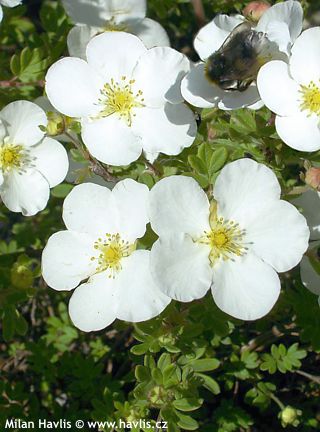
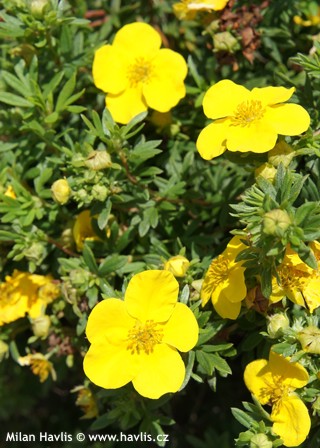
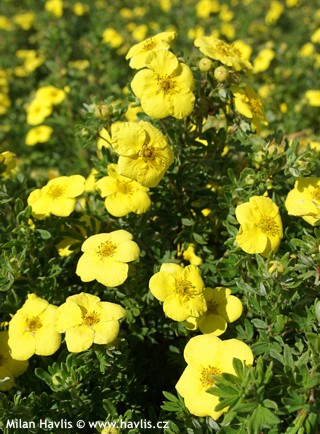
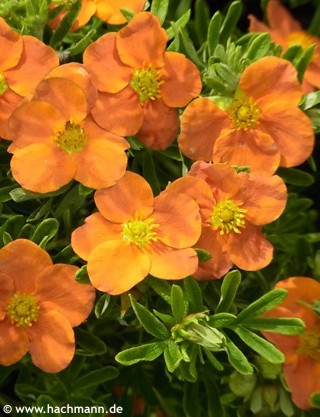
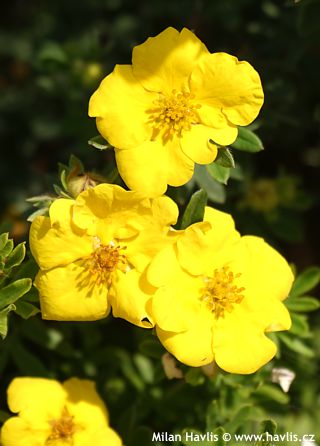

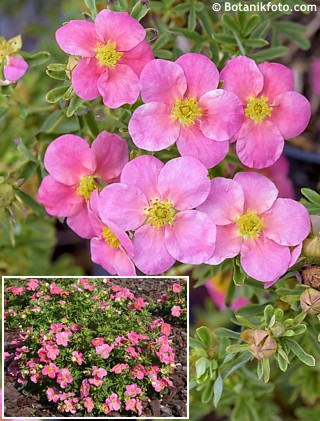
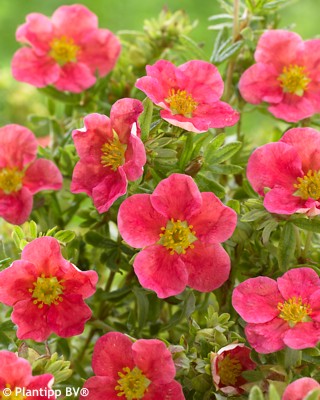
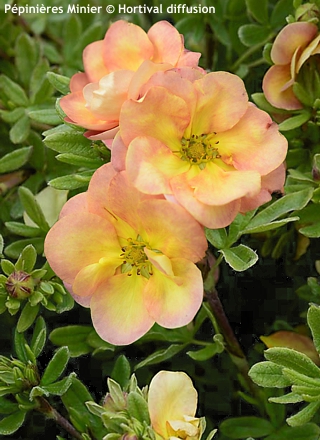
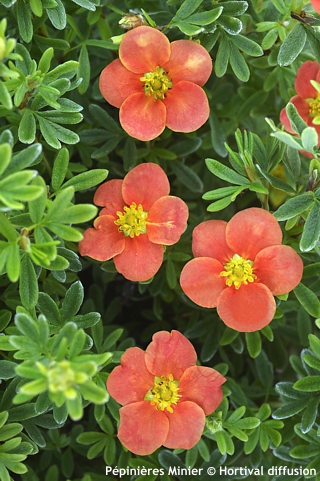
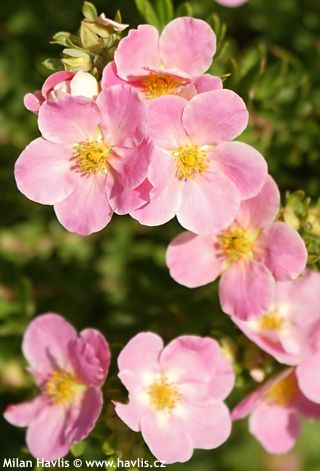
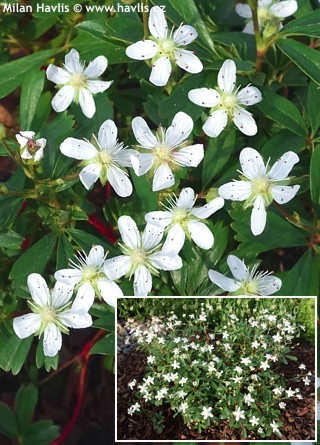
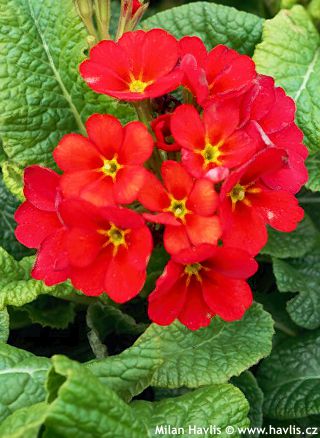
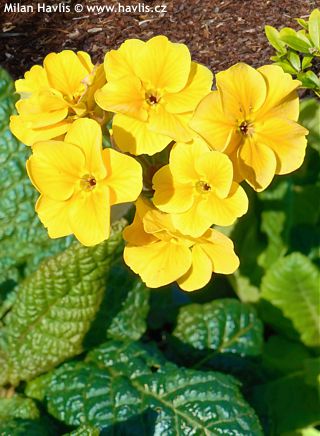

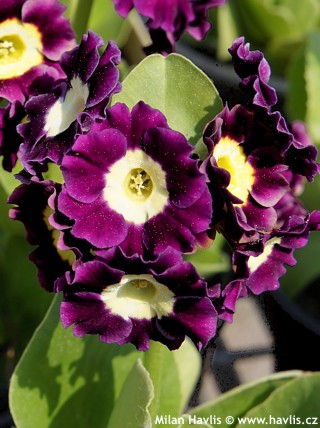

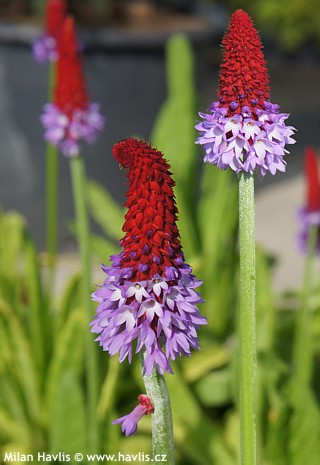

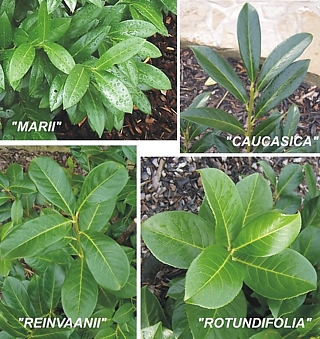
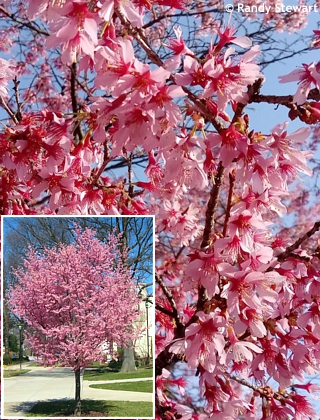
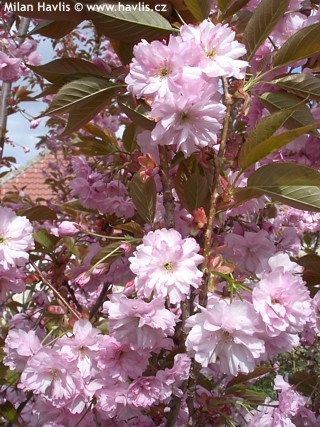
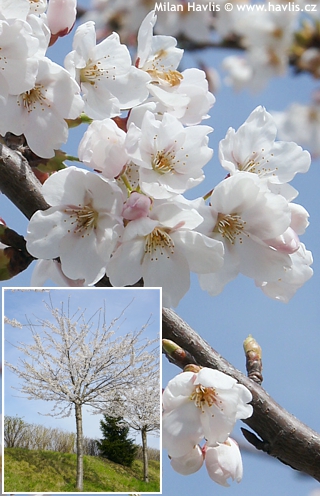
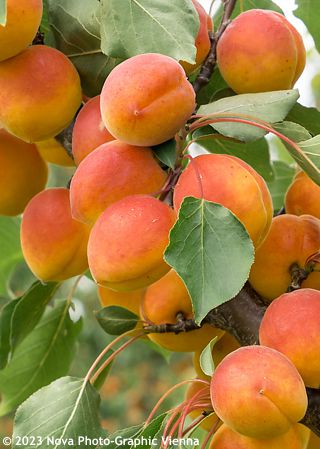
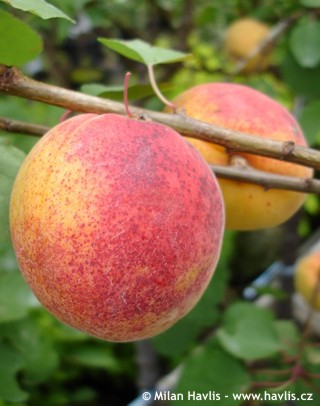
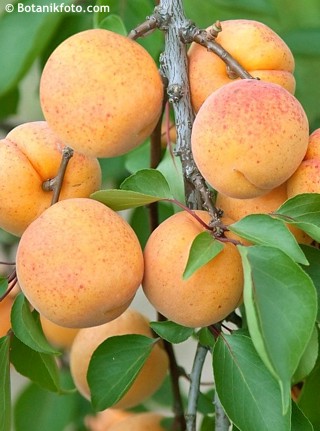
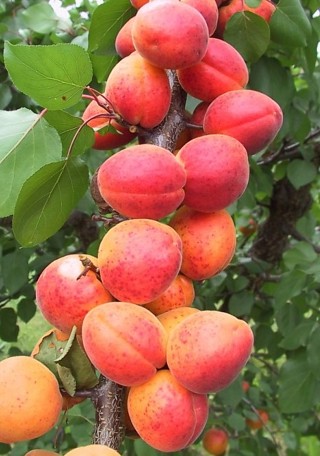
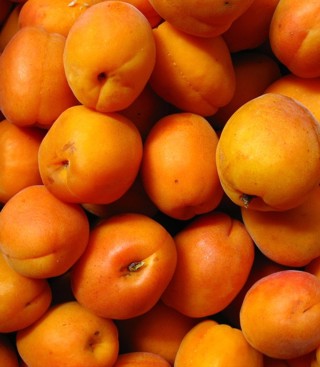

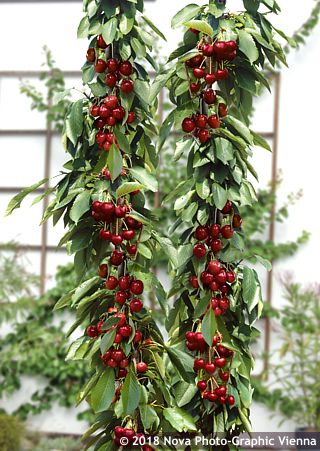
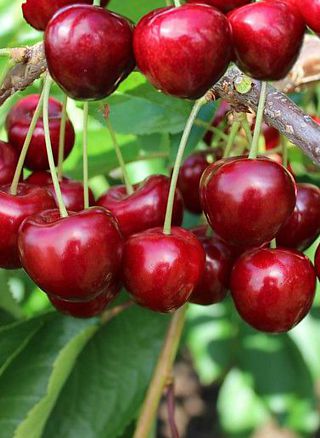
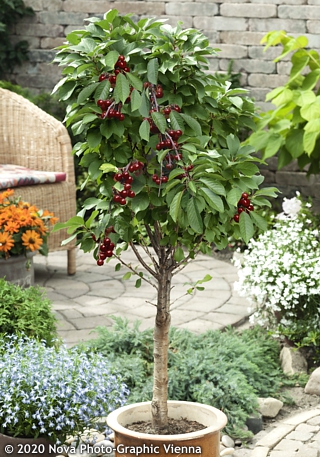
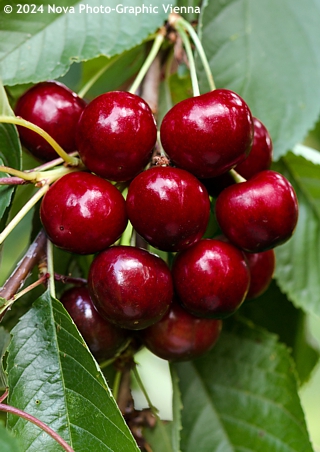
.jpg)
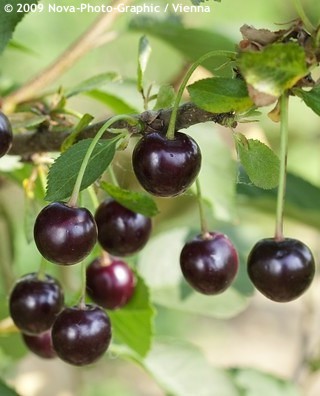
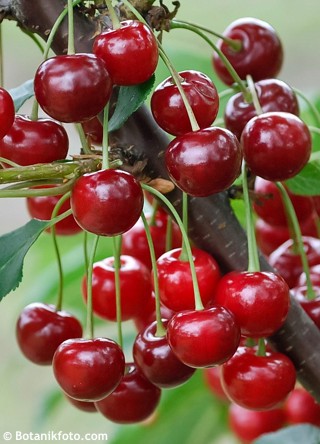

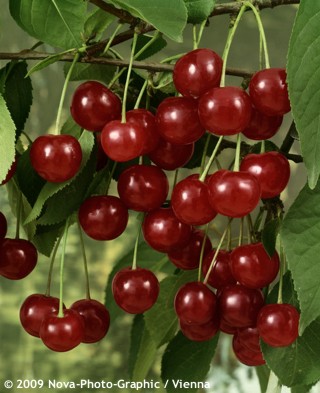
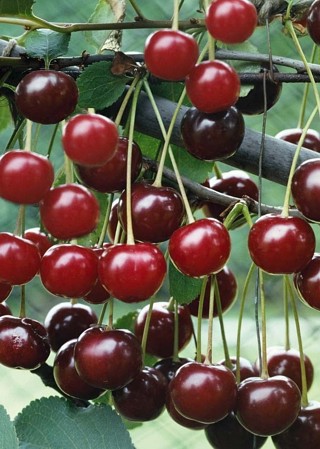
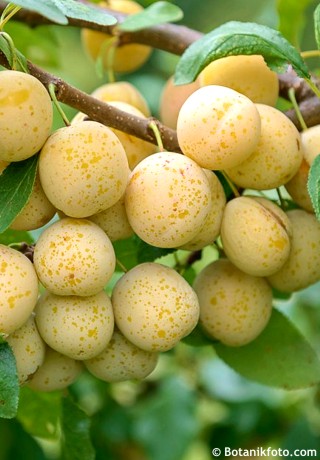
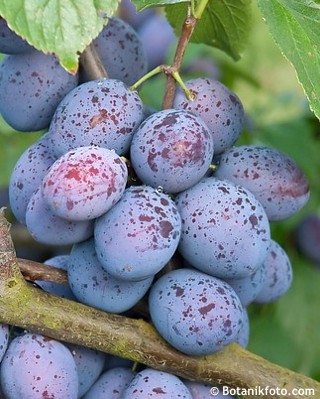
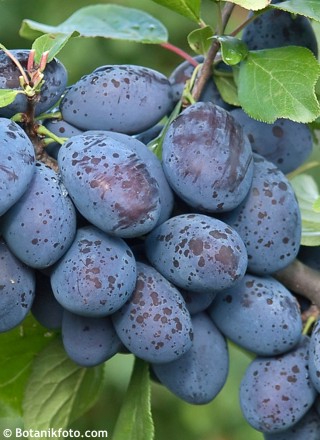
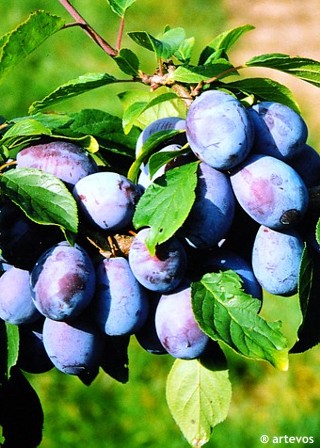
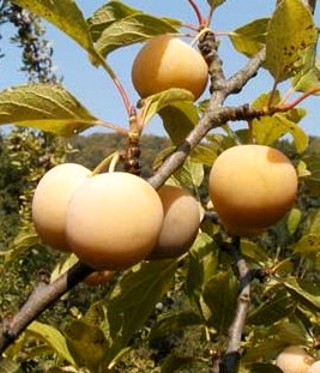
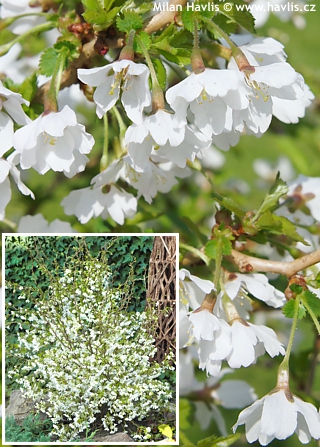

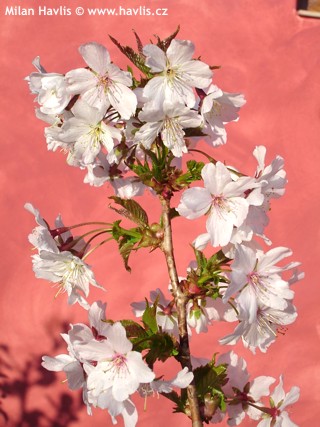
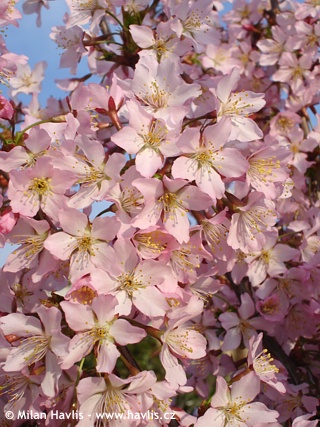
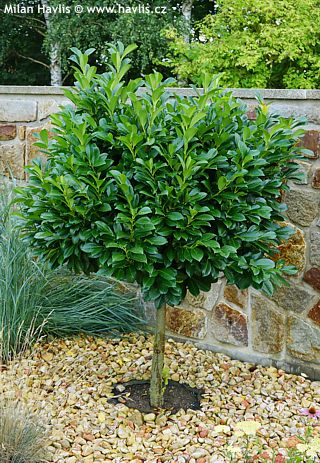
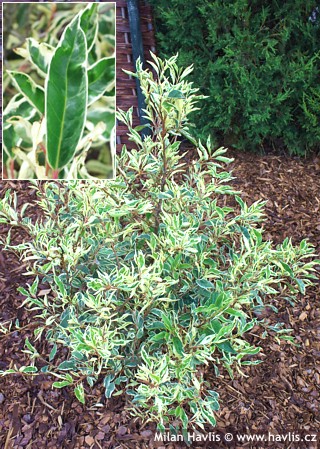
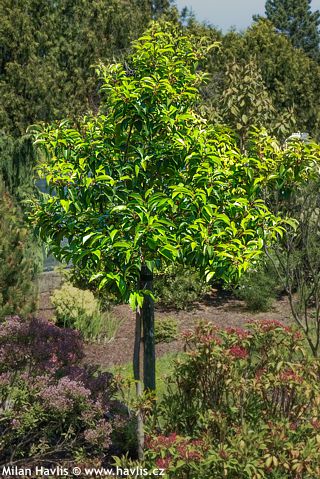
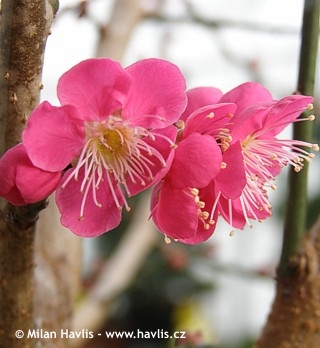
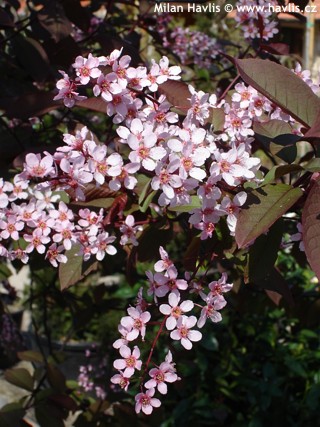
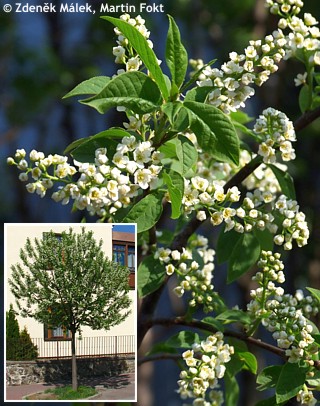
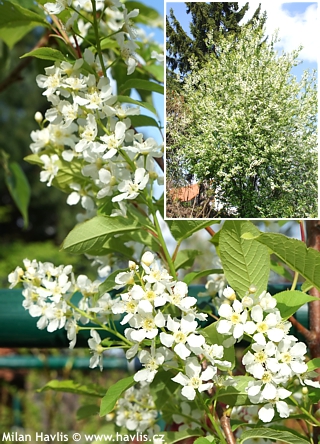

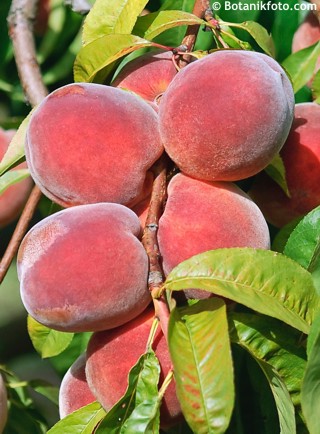
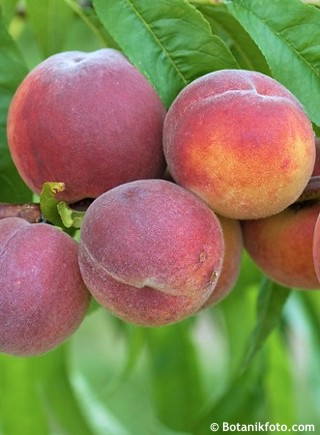
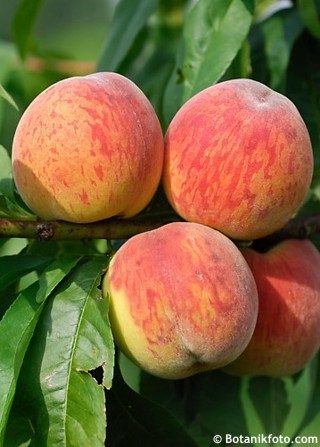
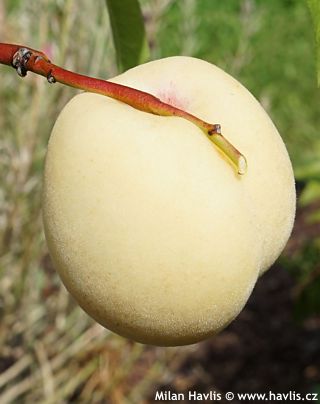
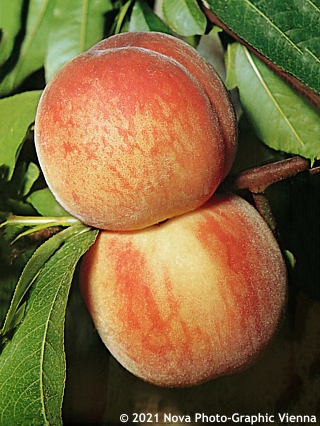
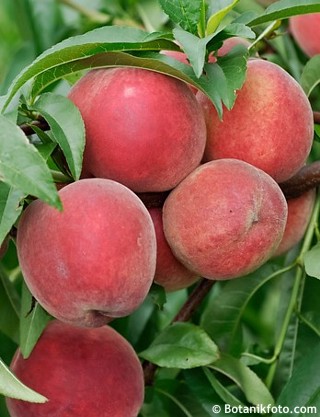
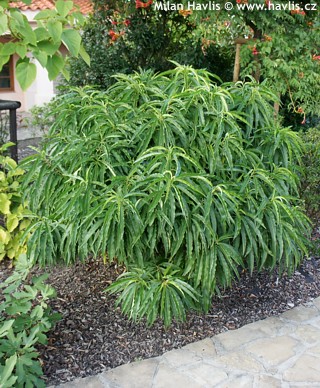
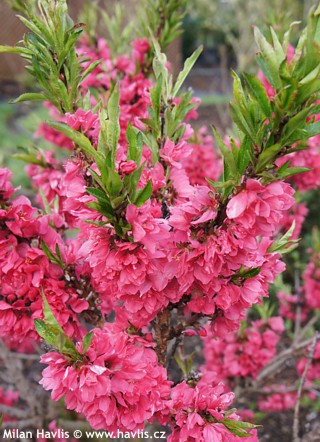
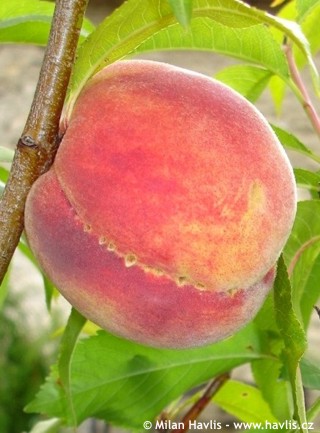
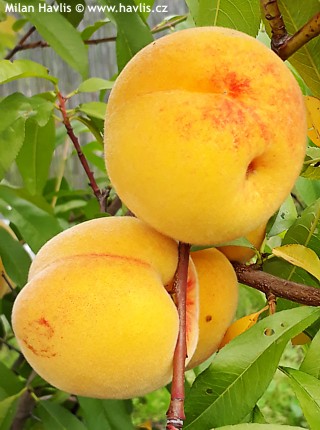
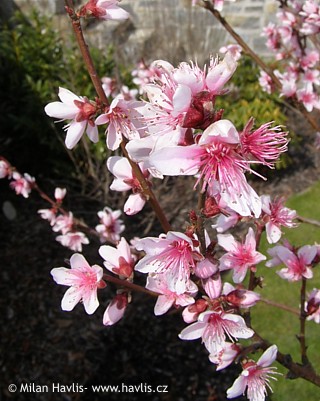
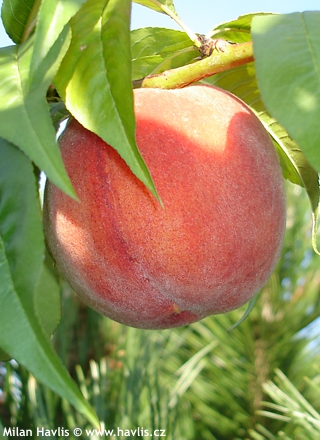
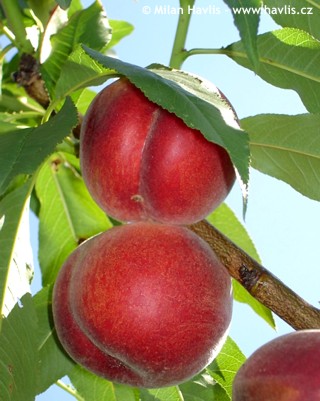

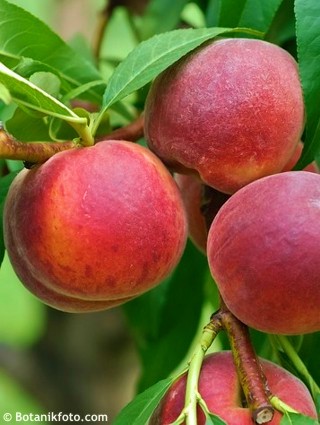
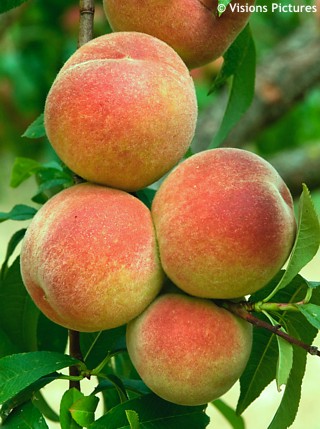
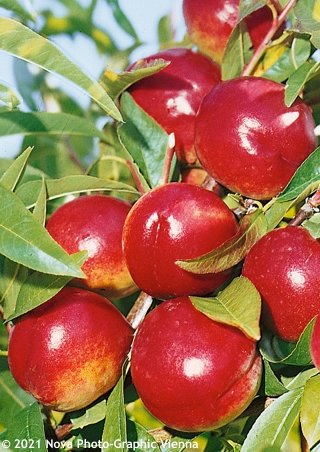
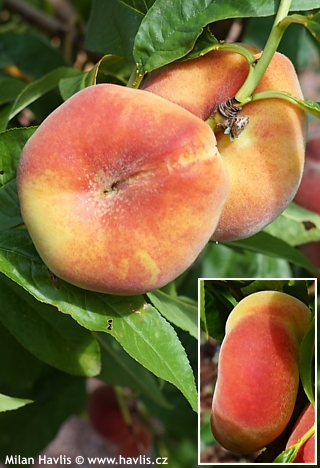
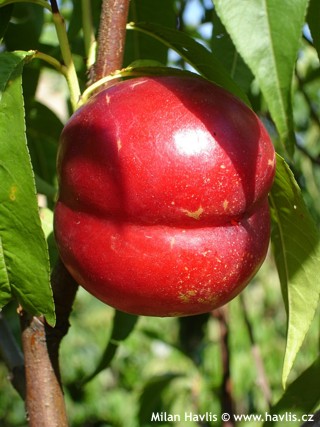
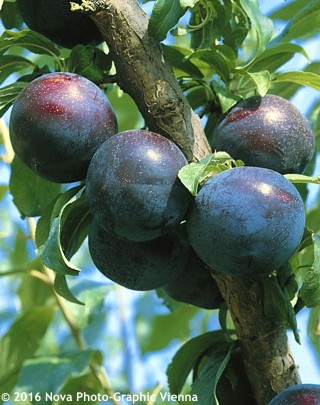
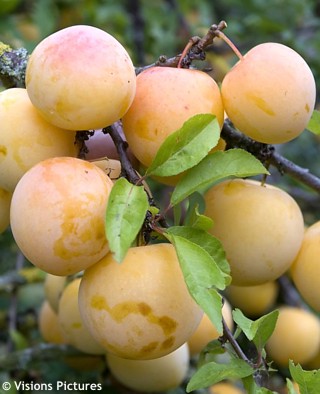
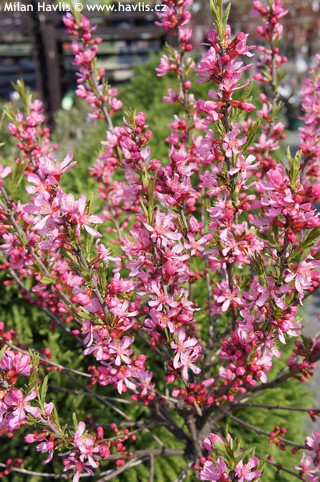
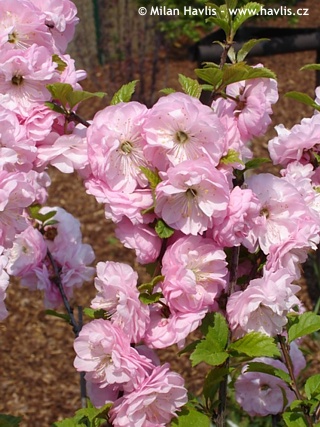
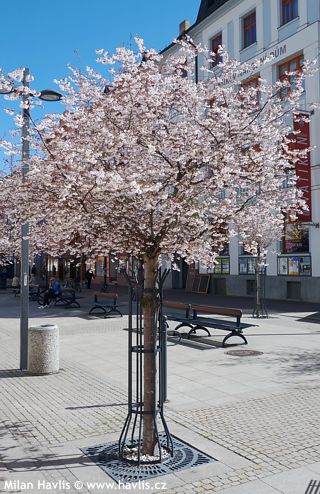
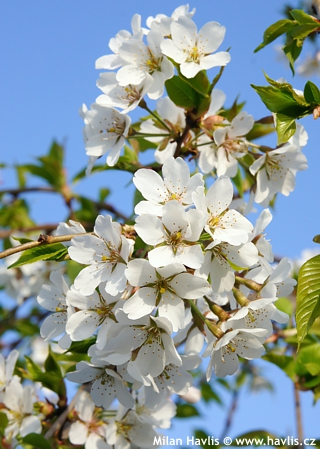


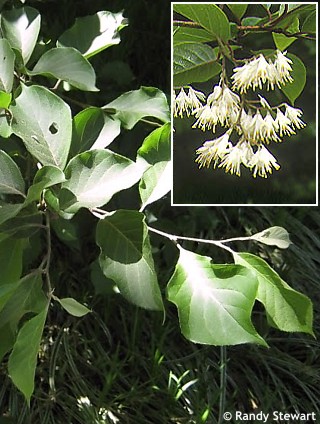
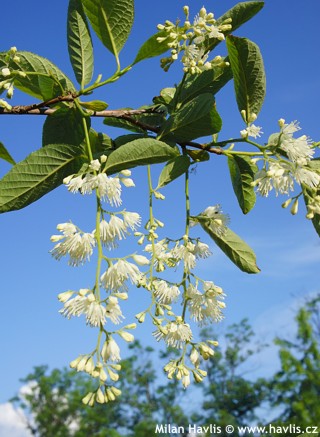
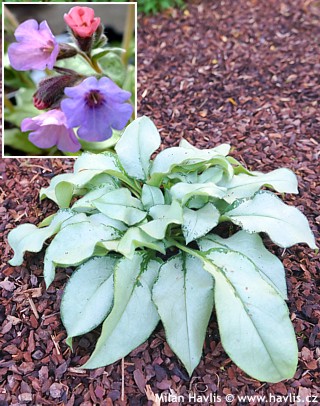
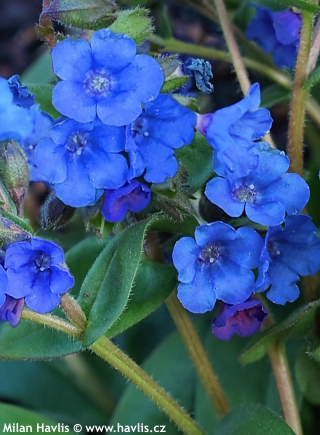
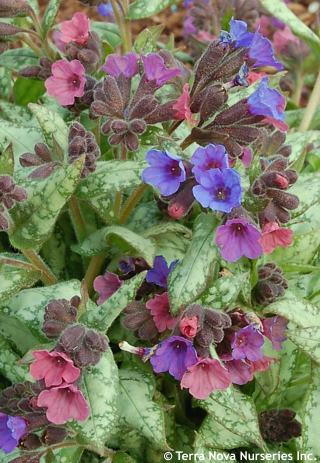
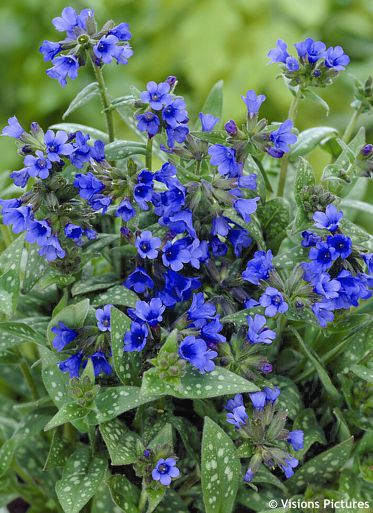
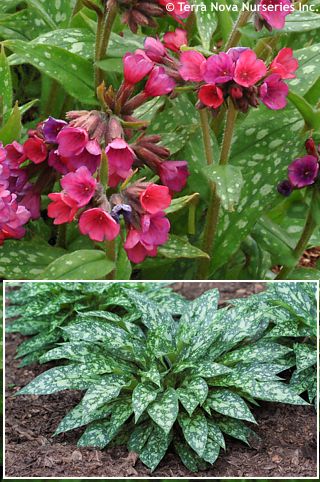

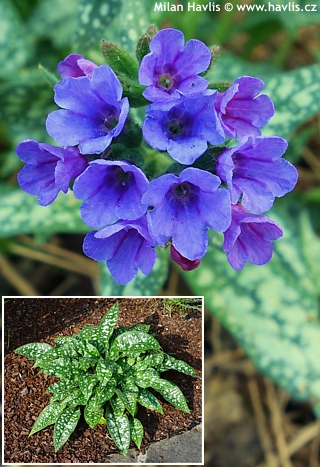
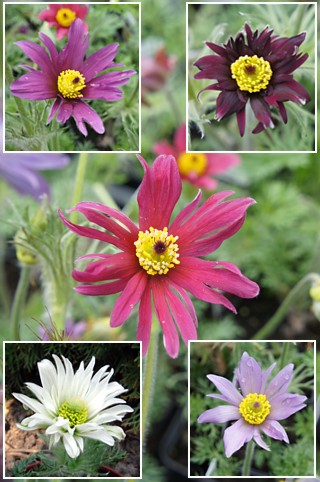
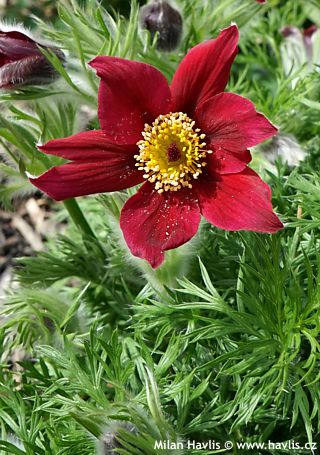
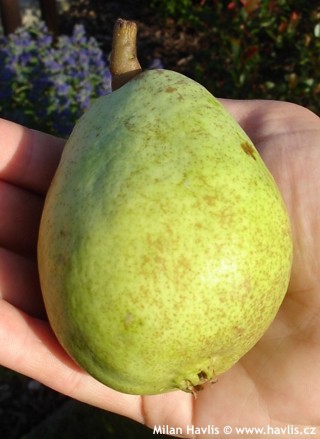
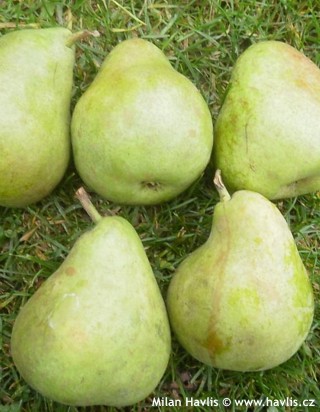
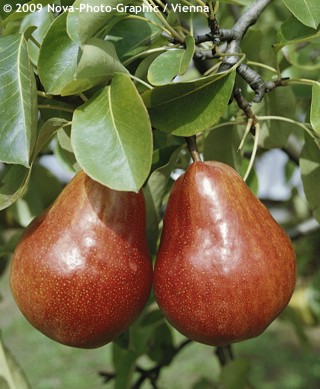
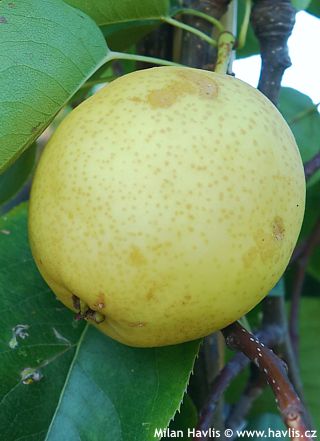
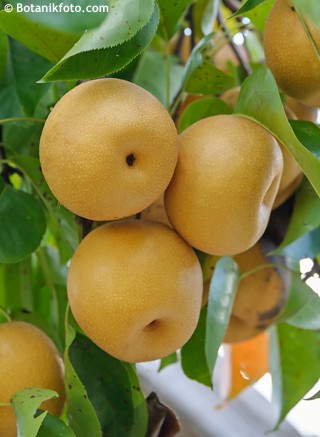
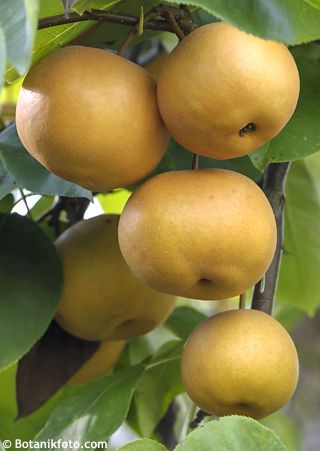
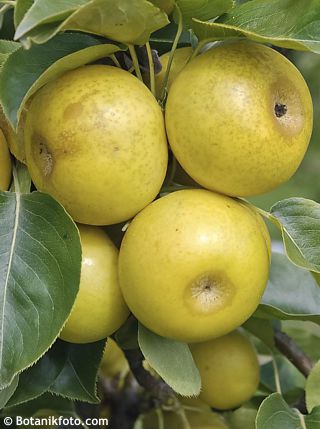

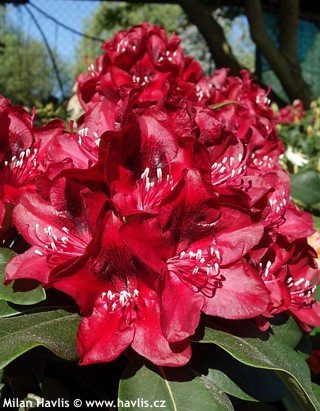
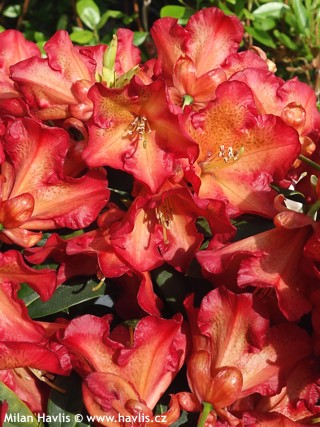
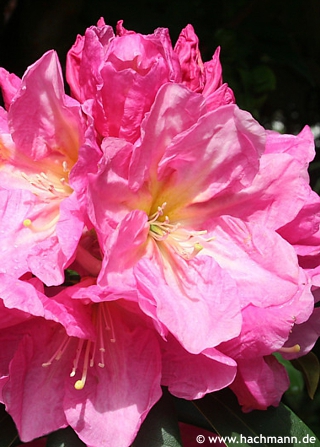
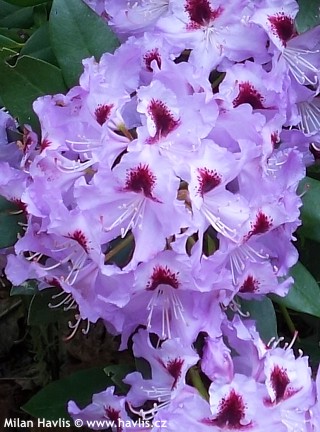
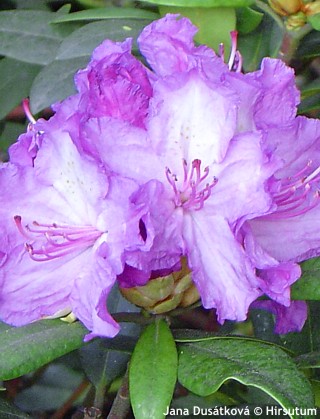
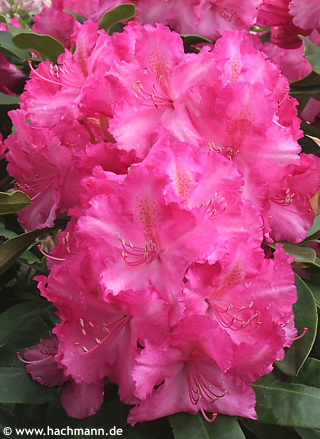
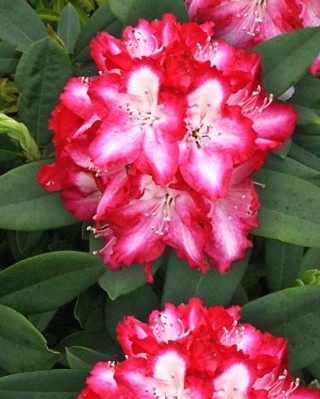
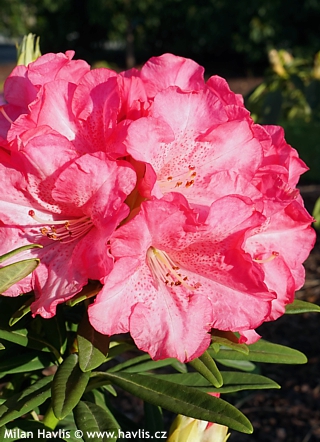
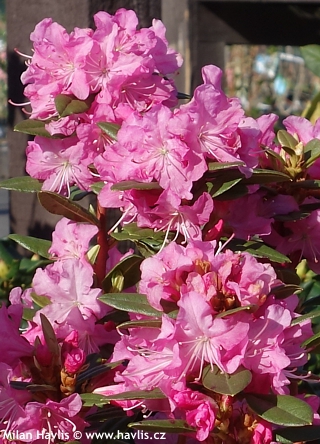
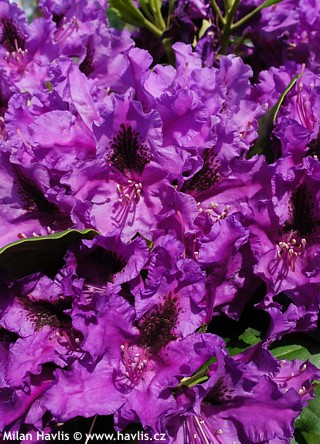
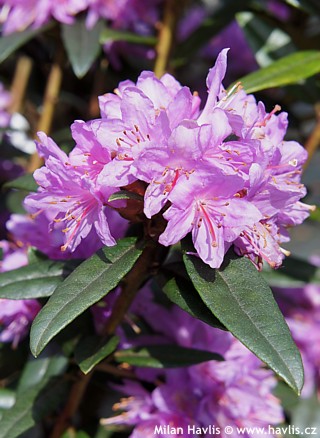
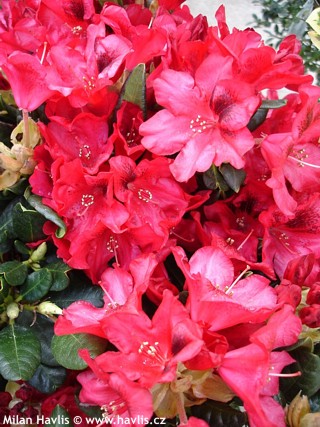
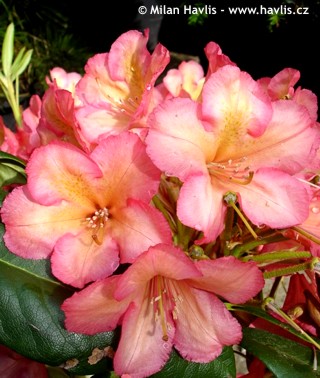
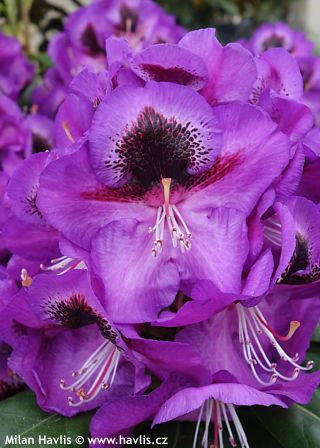
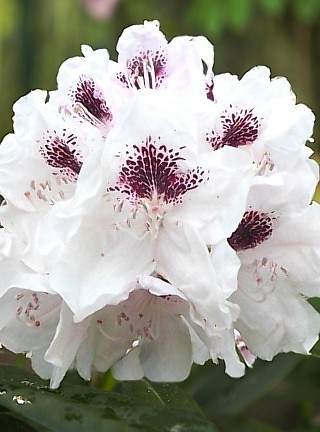
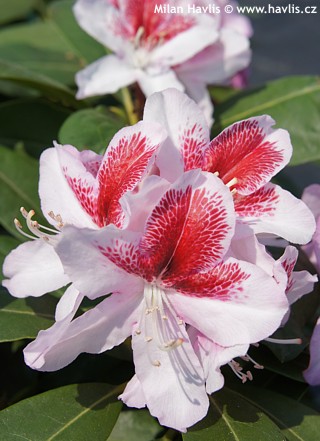
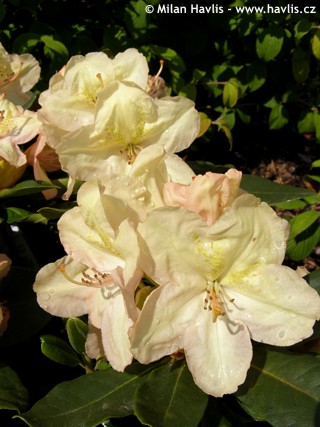
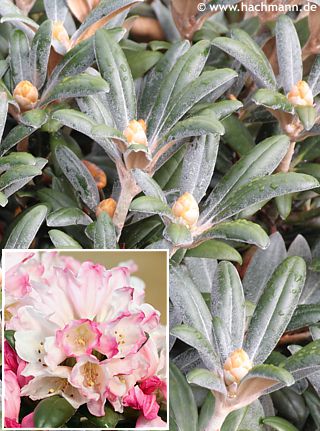
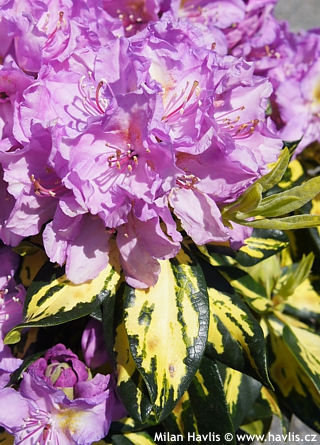
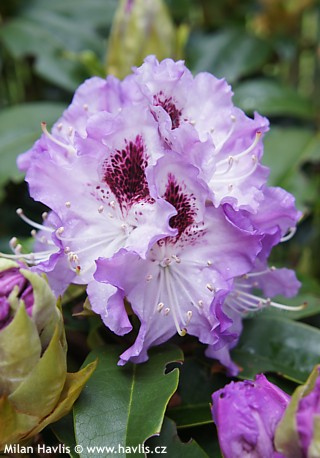
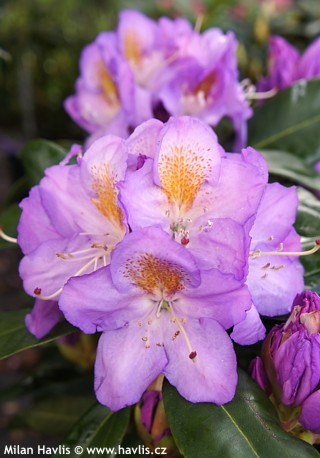
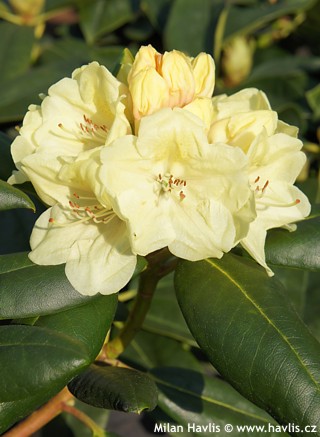
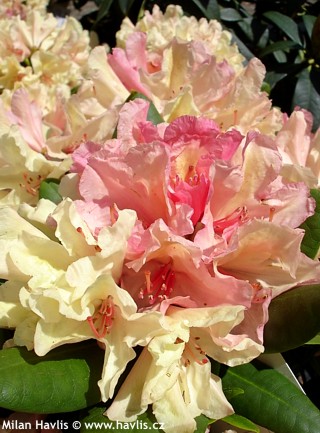
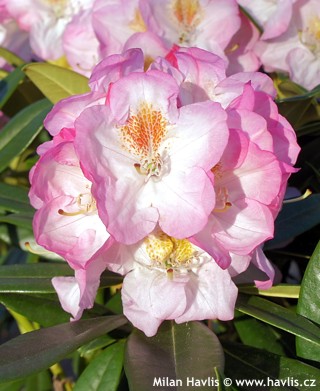
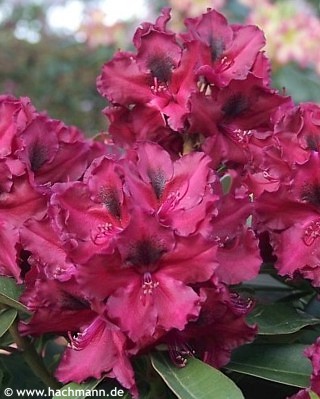
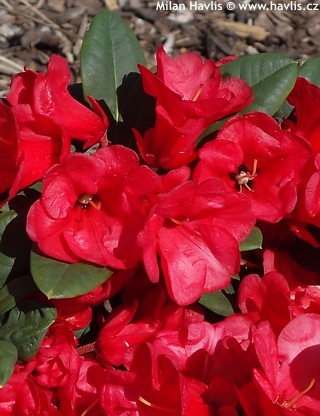

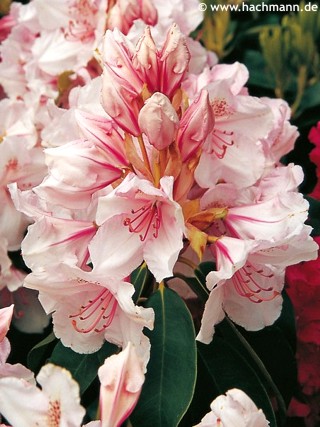
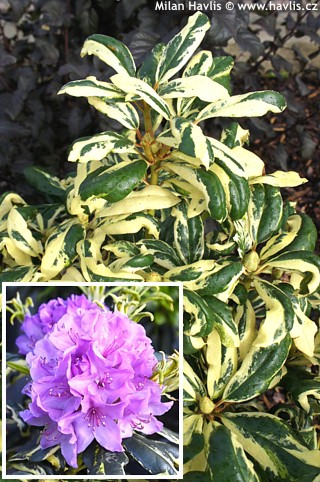

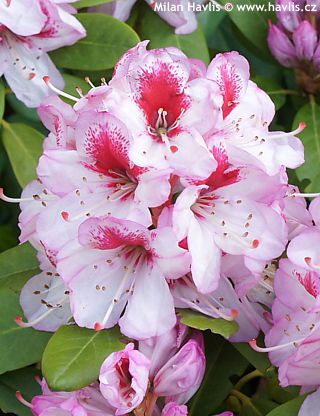
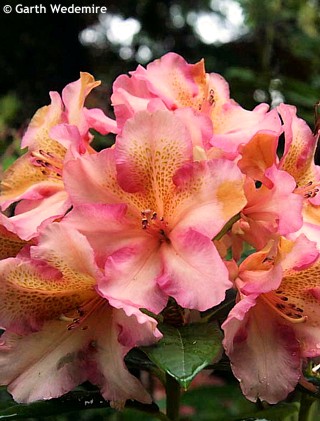
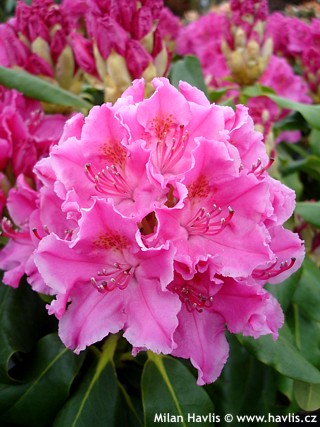
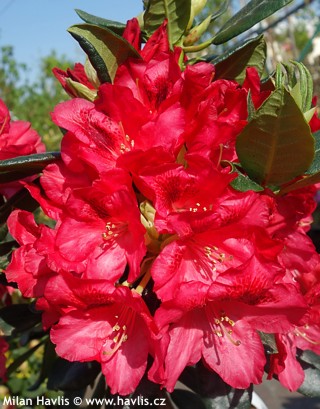
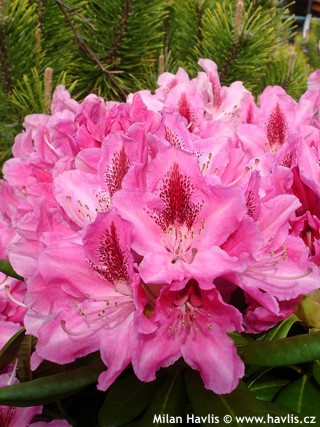
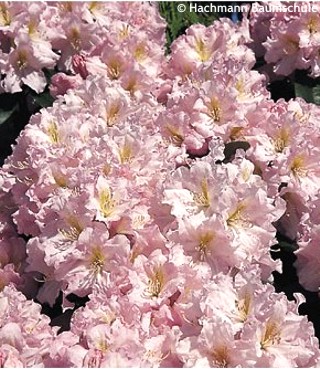
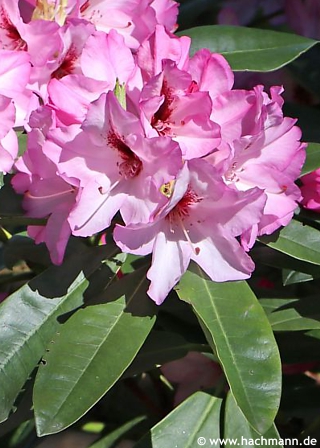

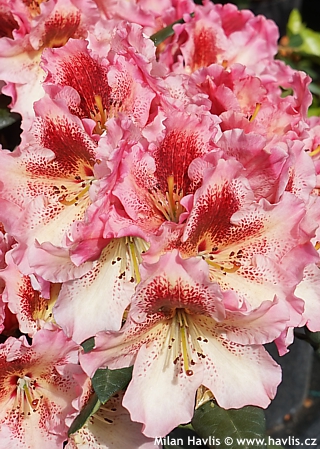
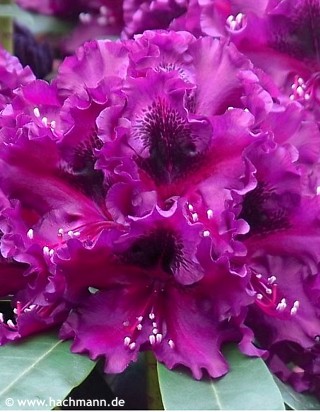
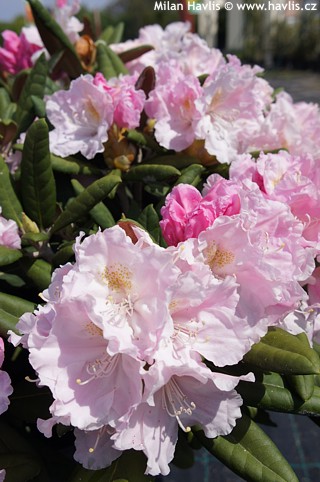
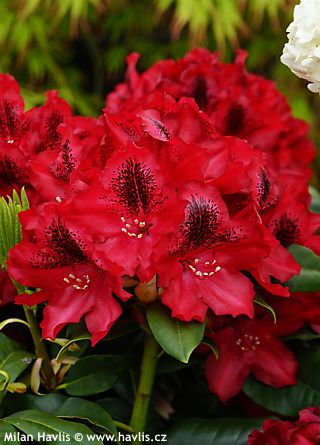
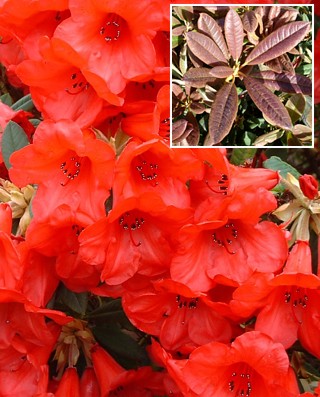
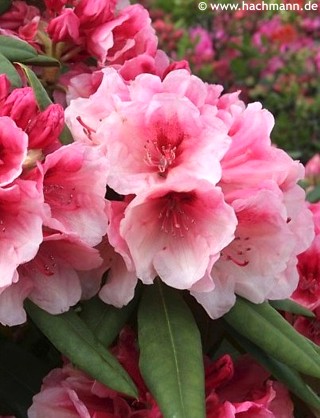
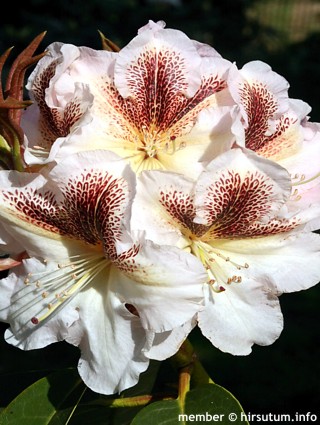
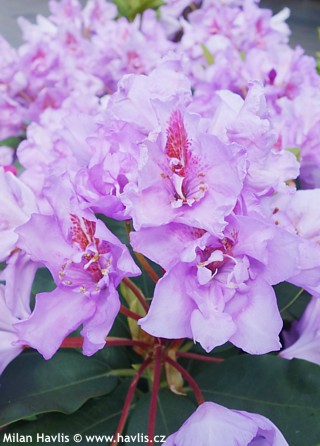
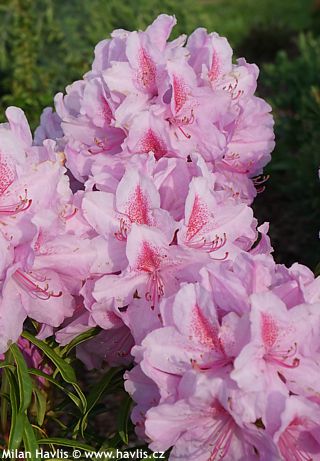
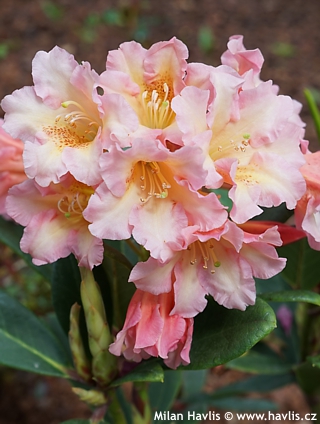
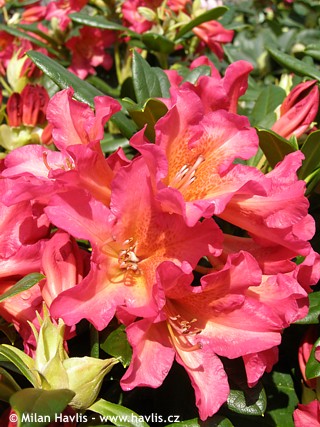
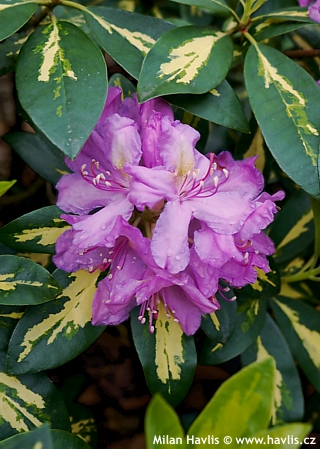
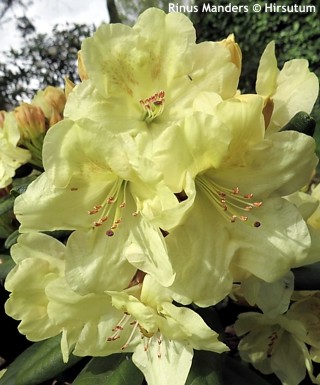
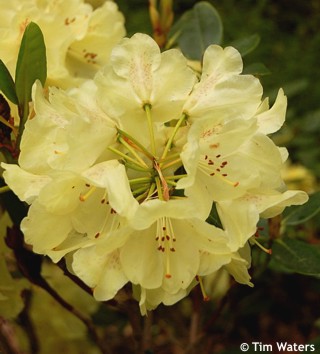
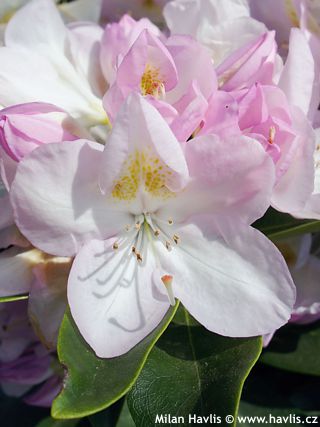
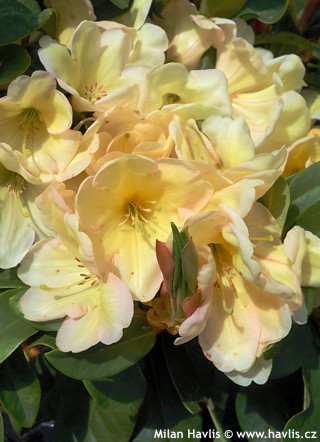
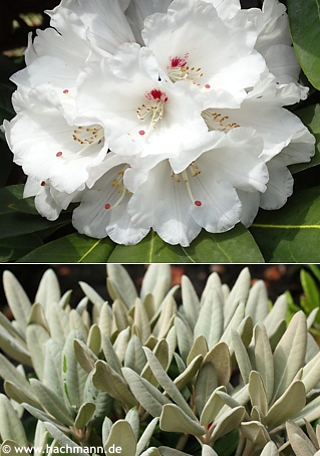
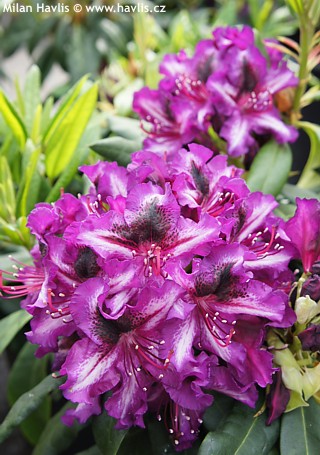
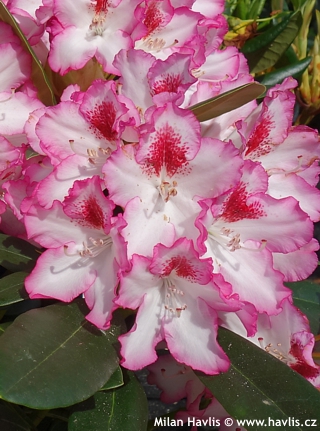
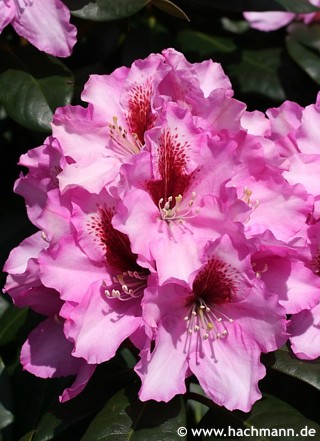
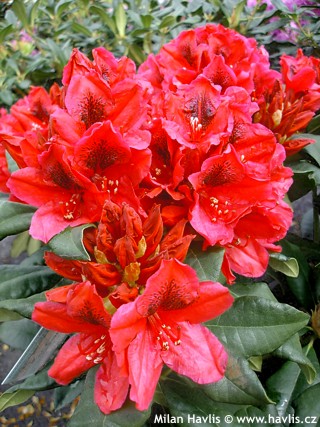

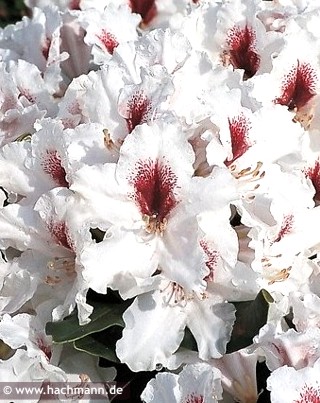
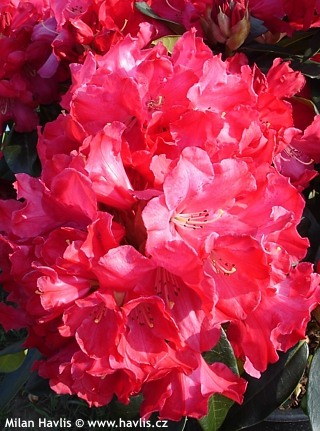
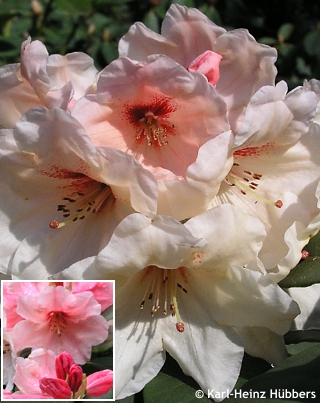
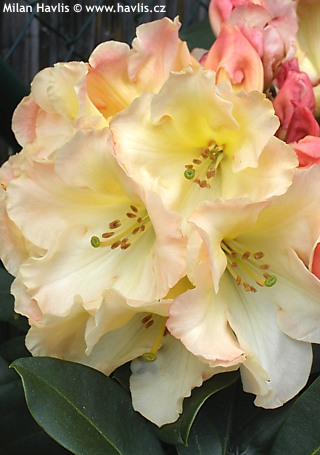
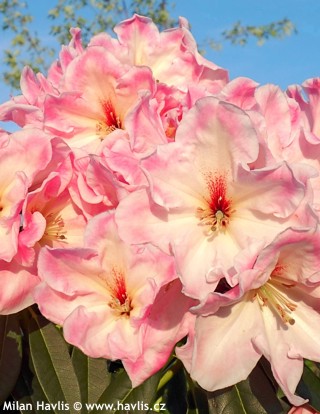
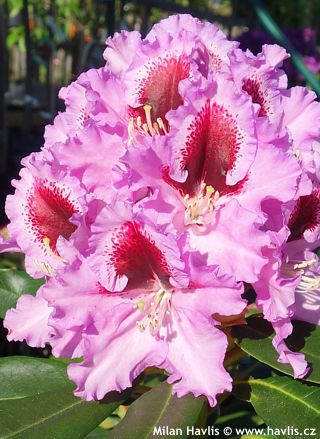
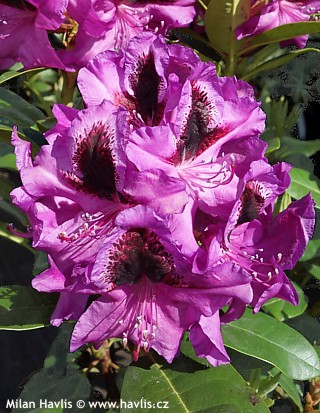
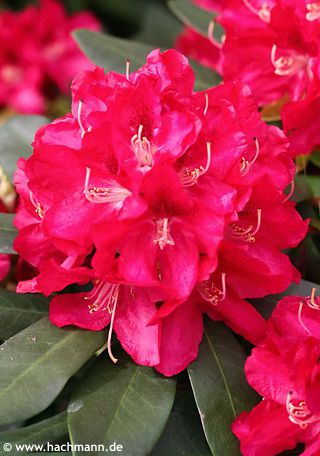

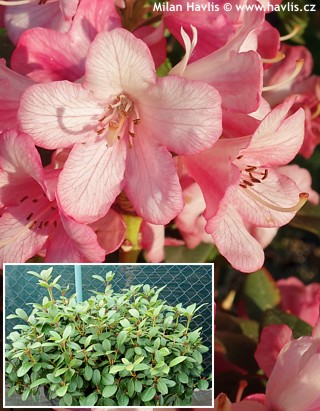
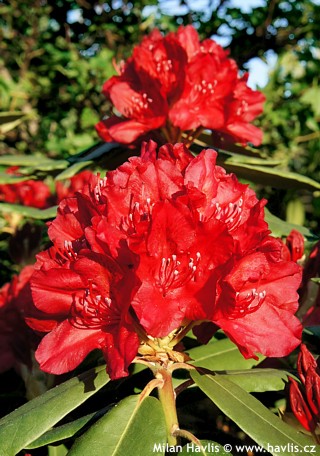
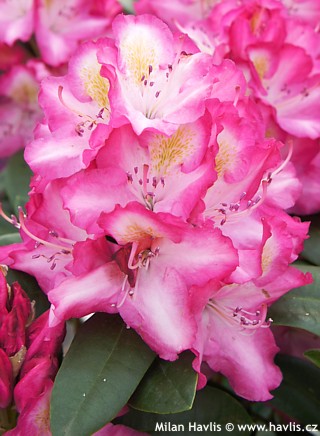
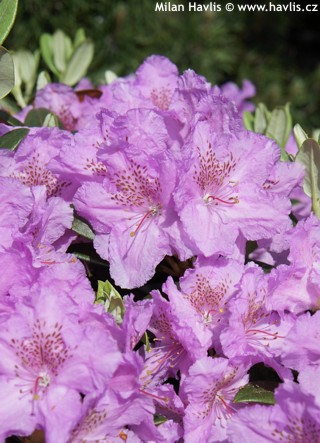
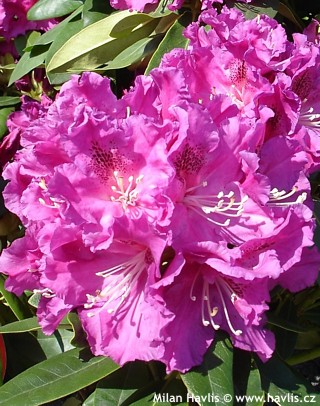

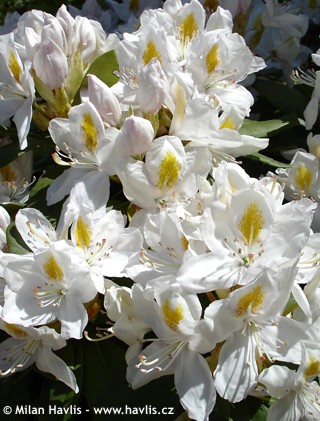
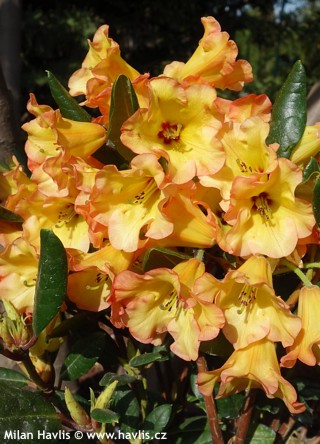
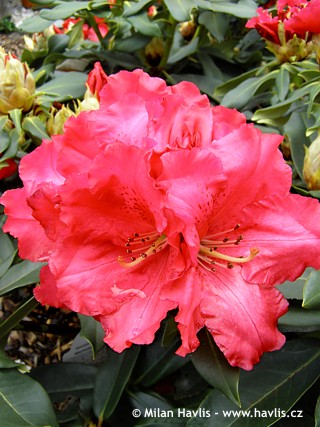
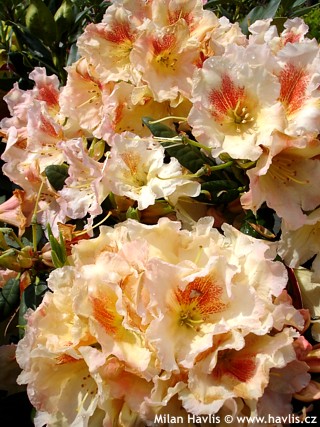
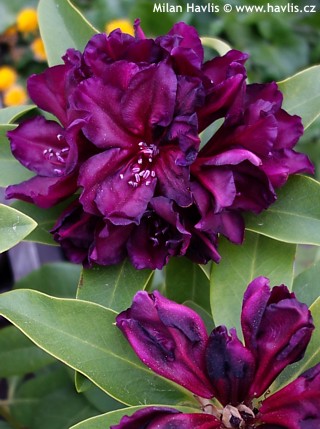
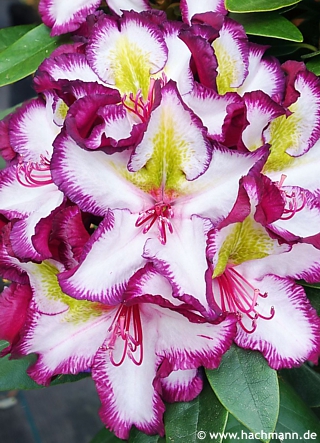
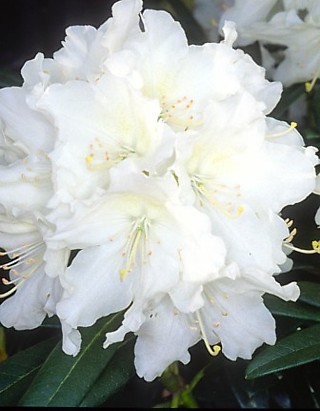
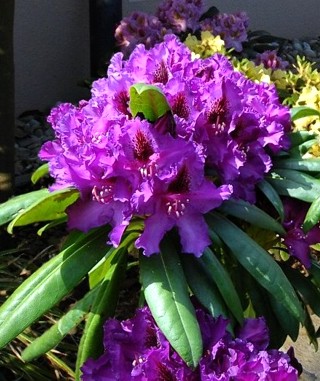
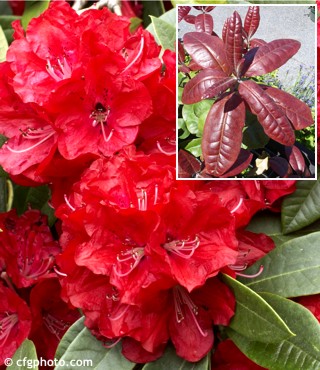
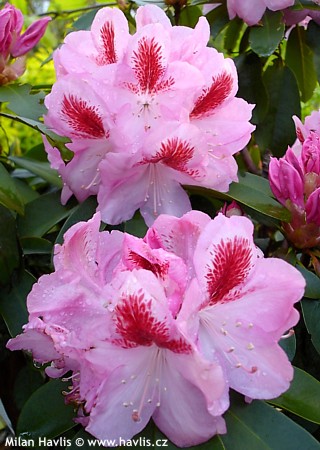

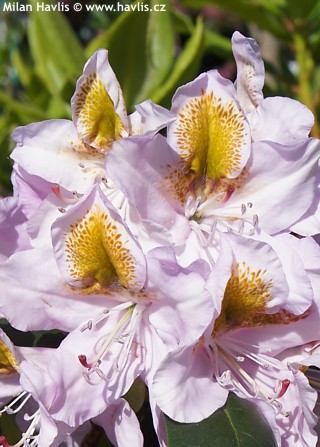
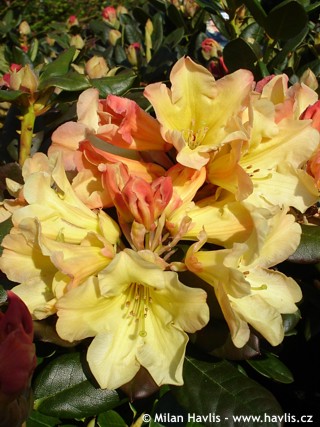
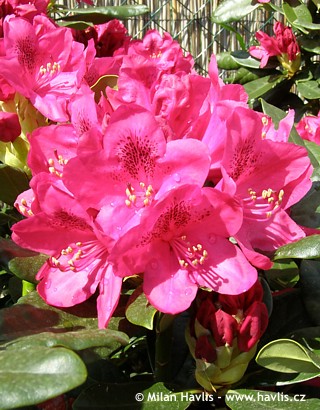
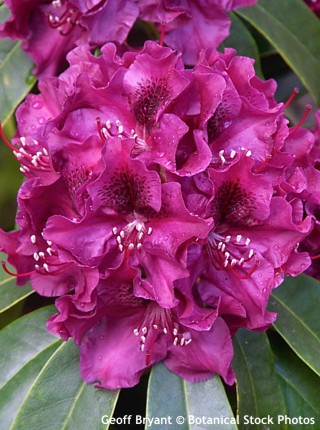

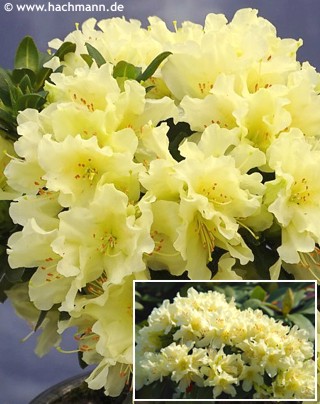
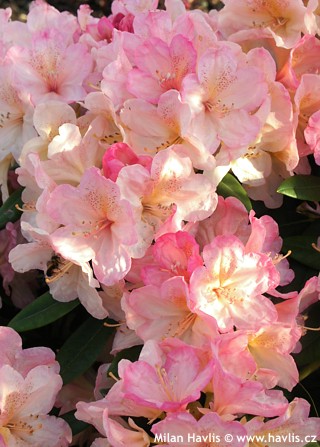
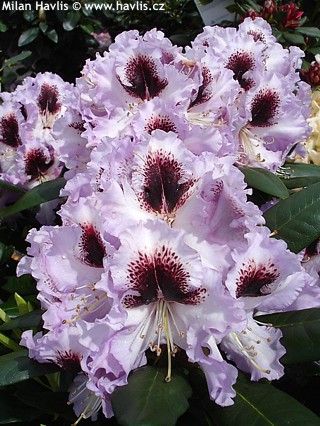
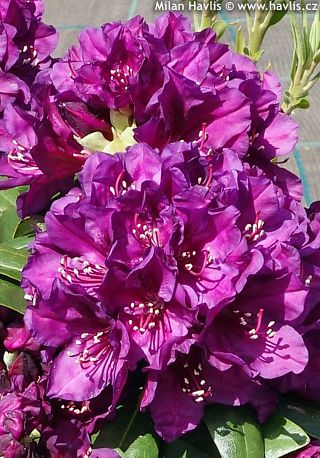
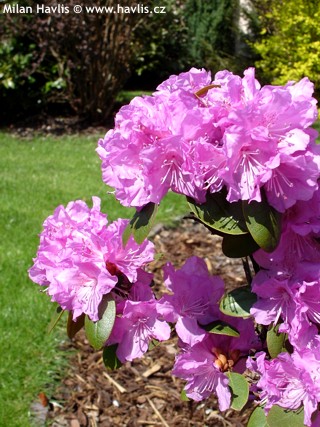
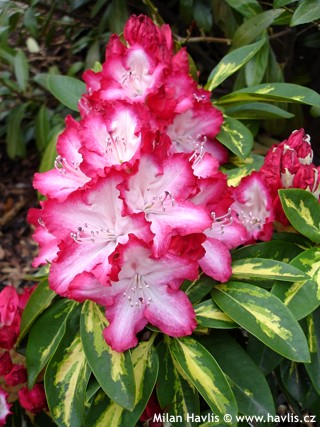
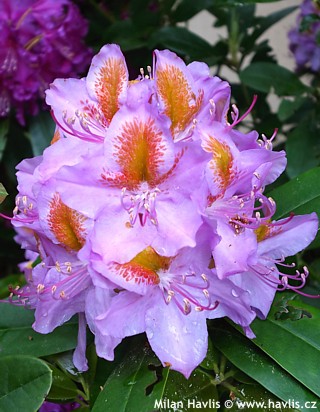
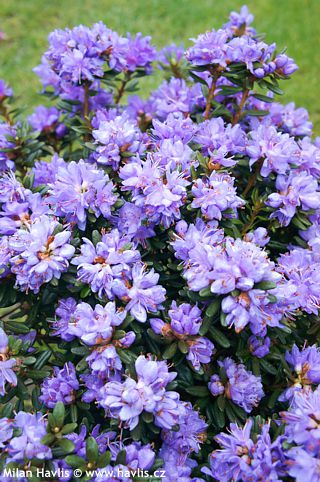
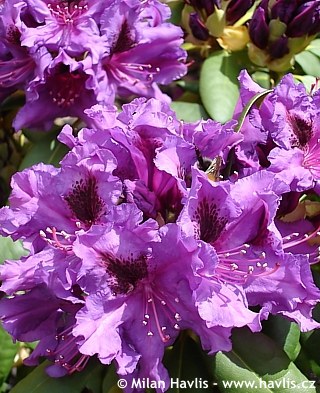
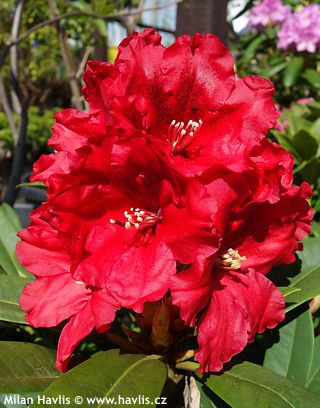
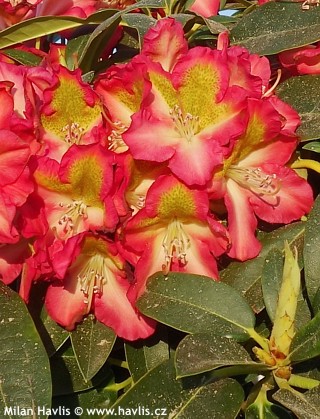
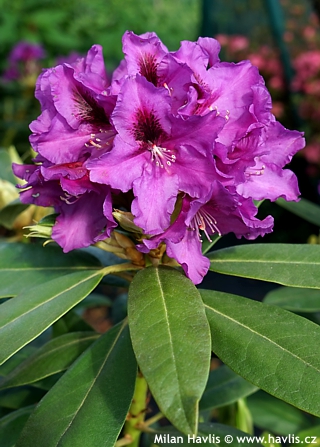
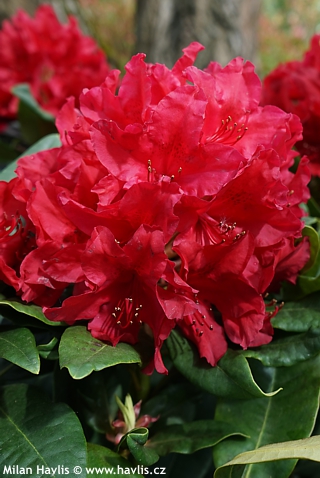
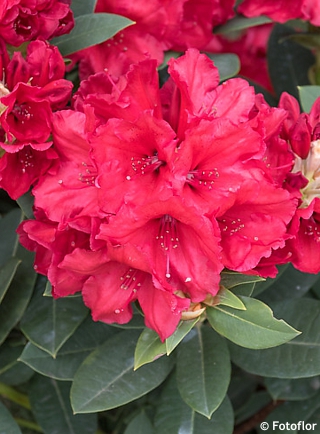
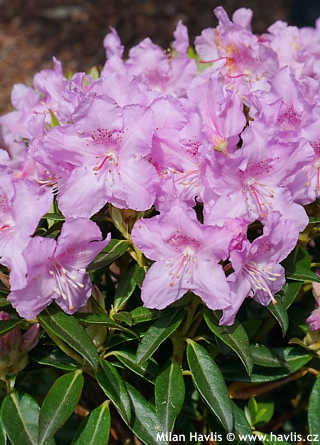
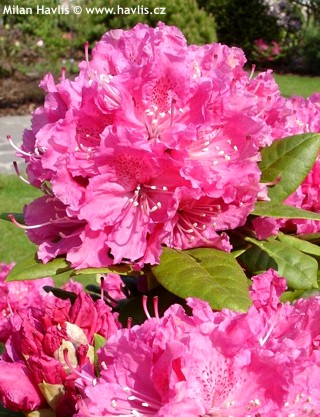
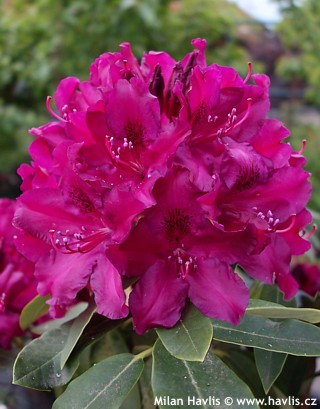
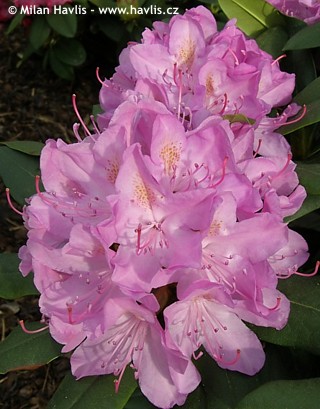
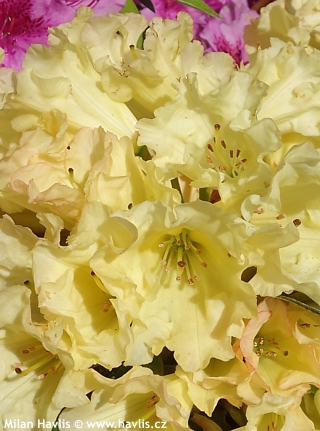
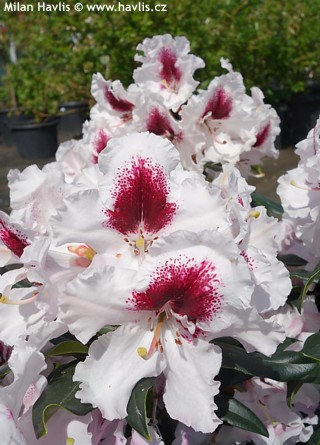
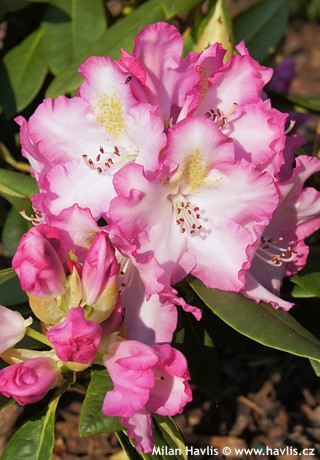
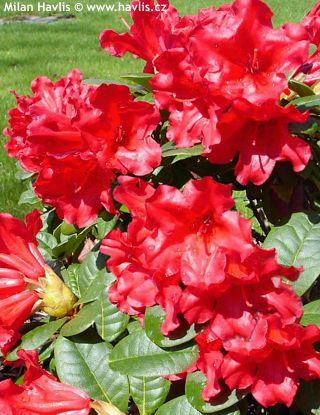
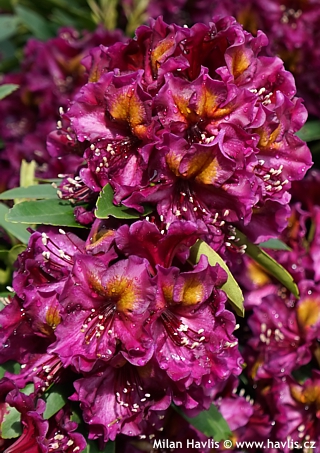
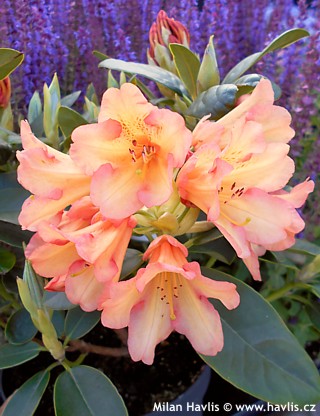
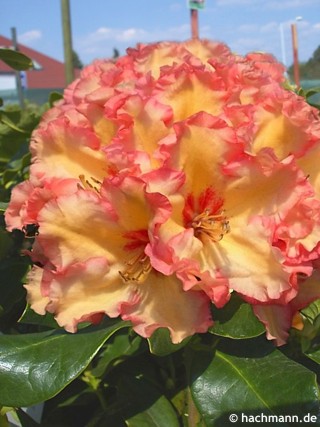
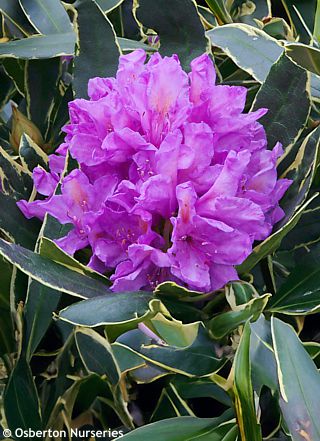
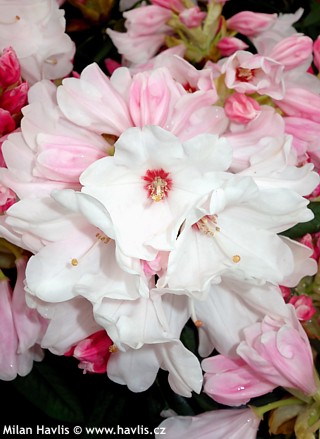

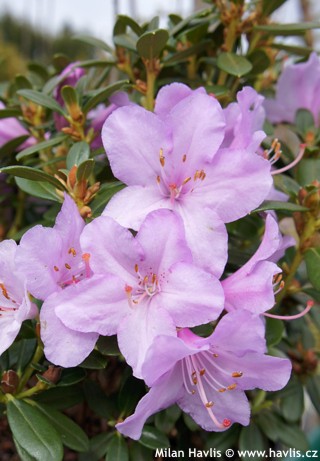
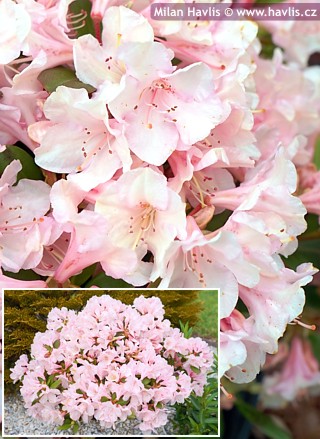

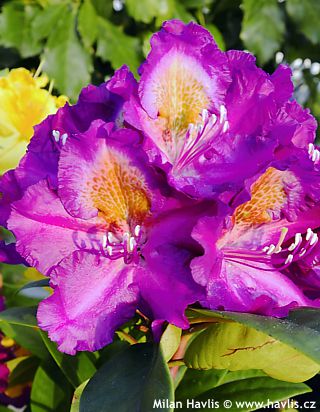
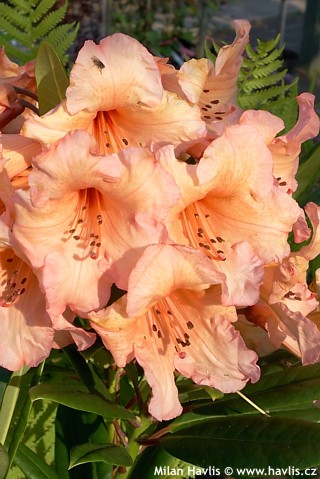
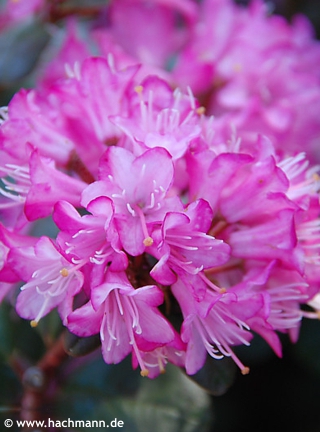
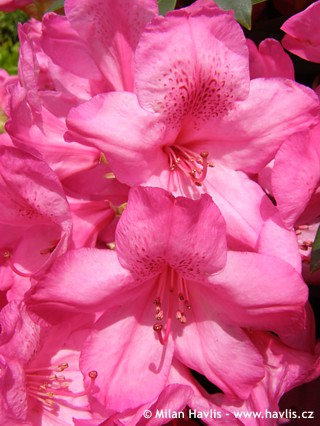
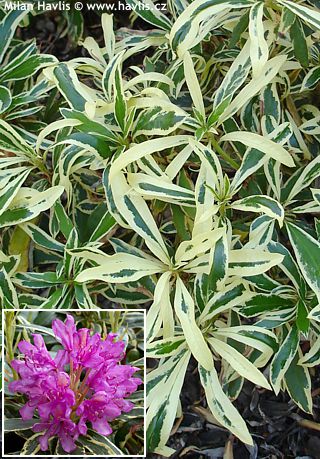
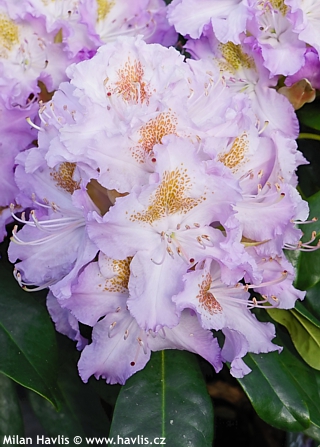
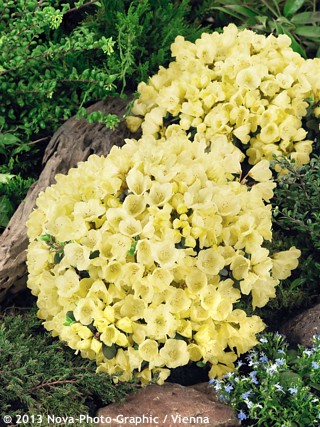
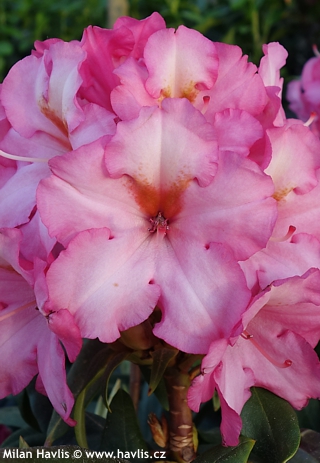
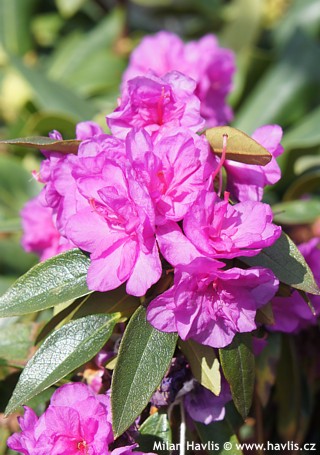
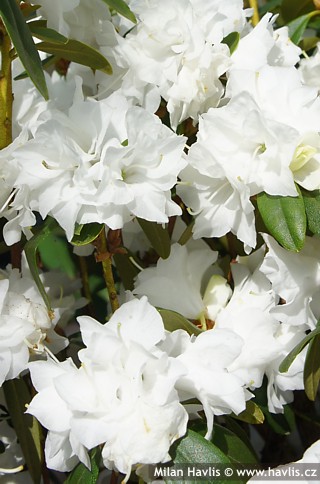
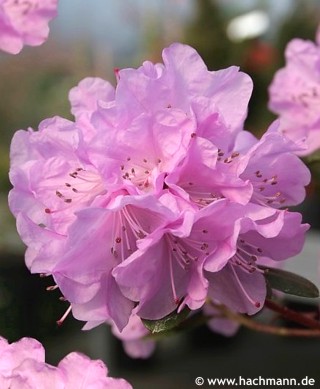
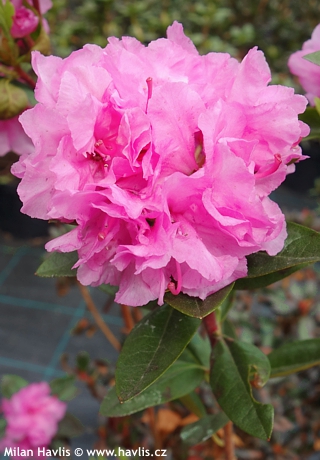
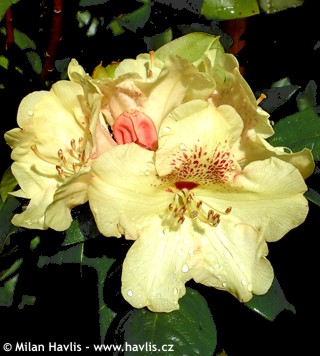
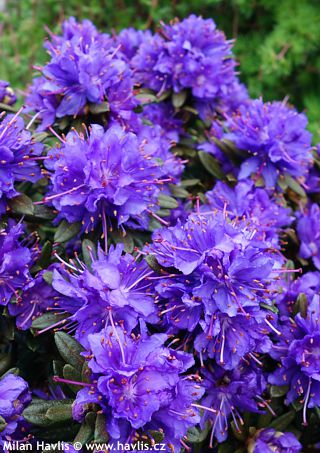
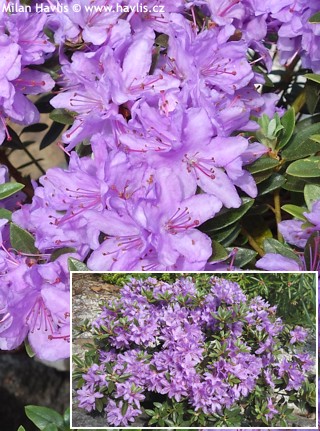
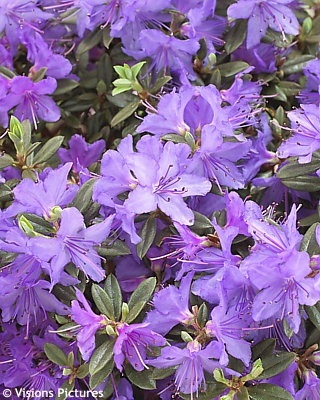
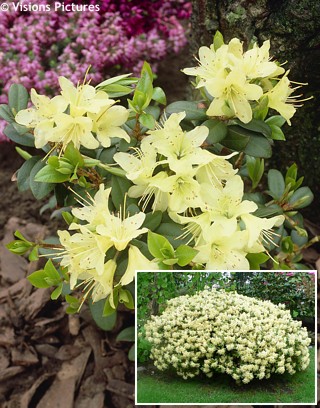

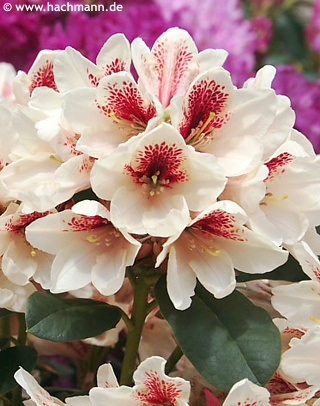
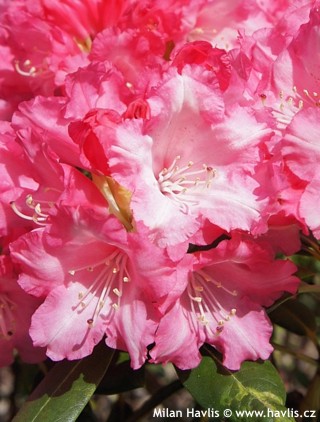
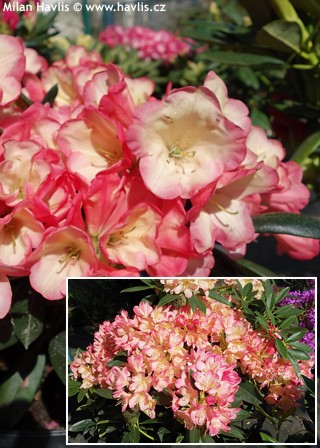
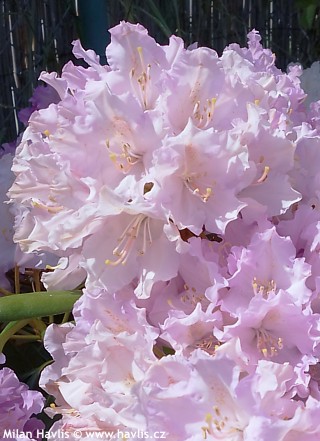
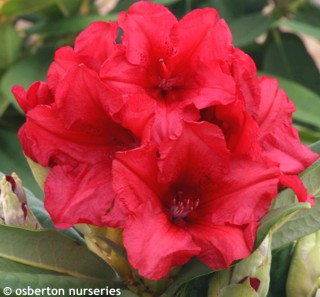

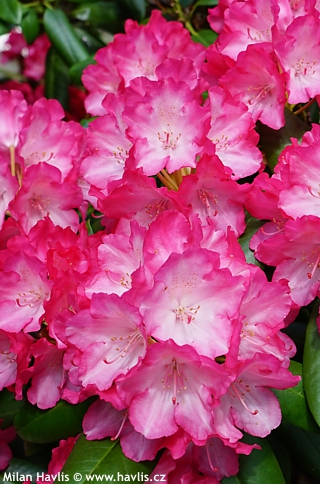
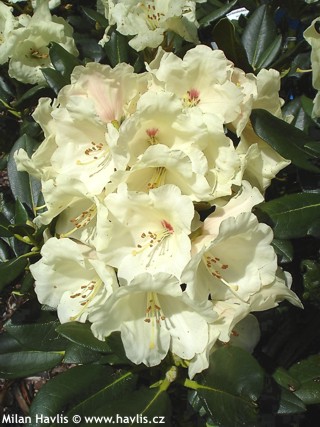
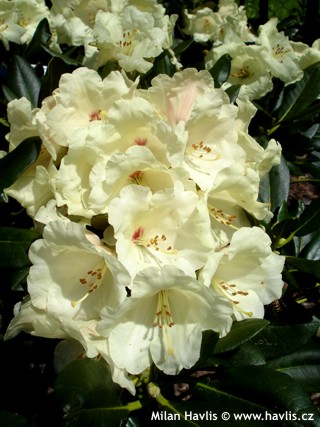
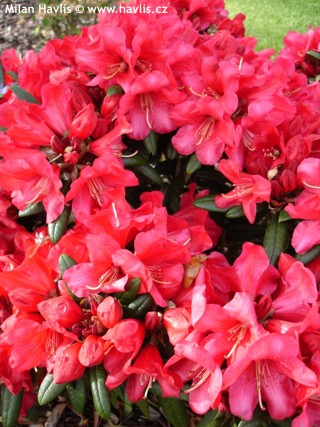
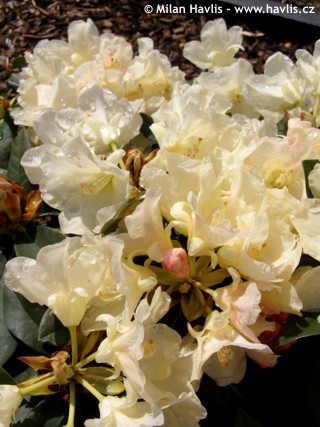
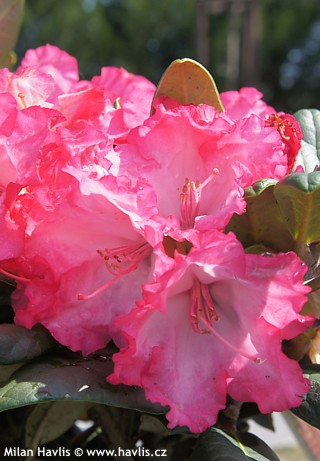
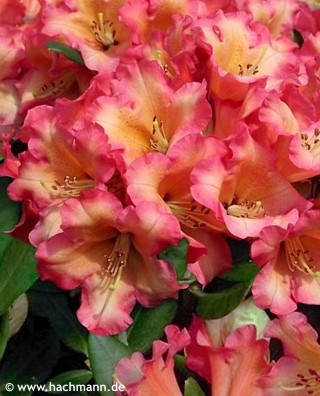
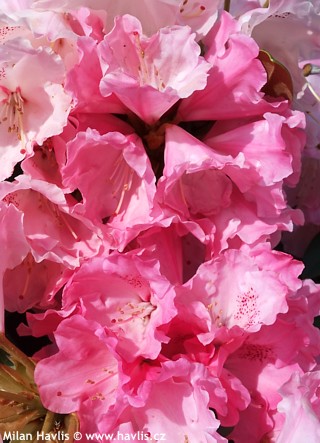
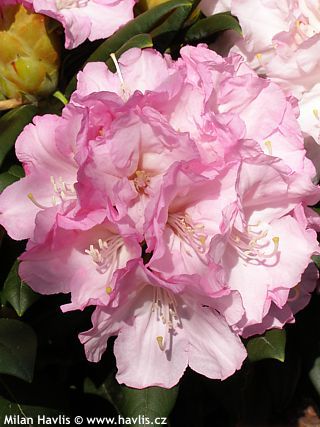
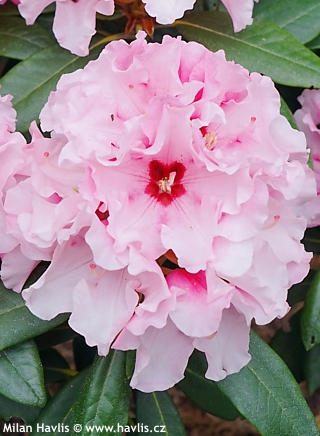
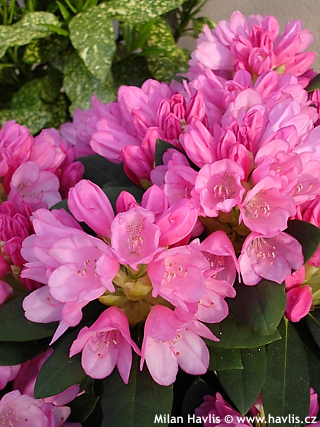
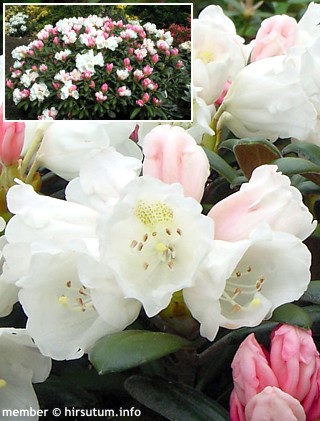
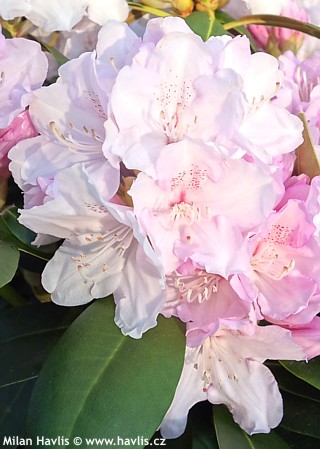
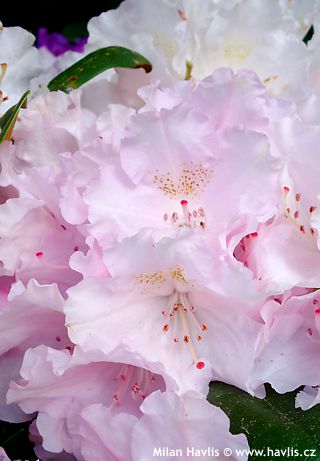
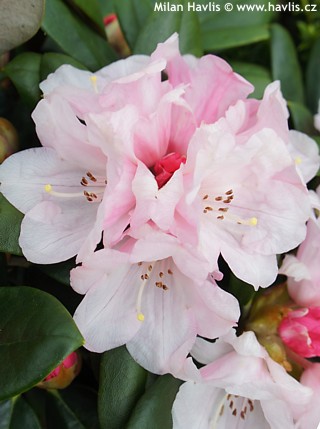
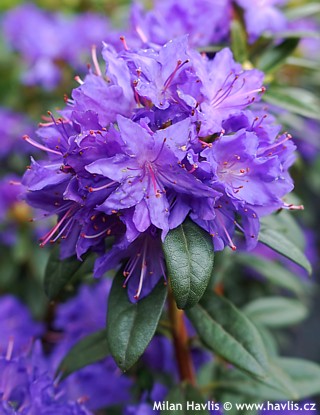
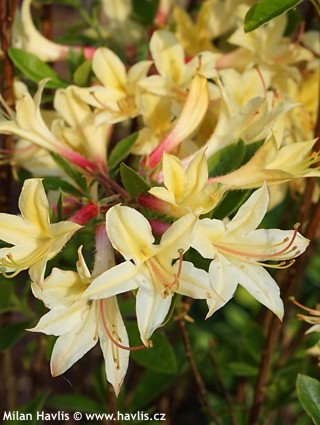
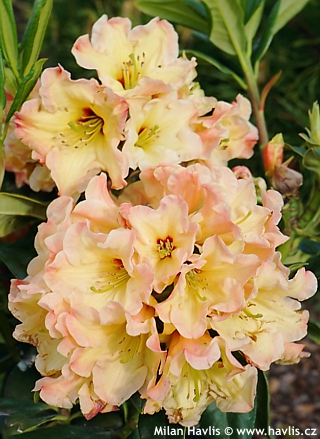
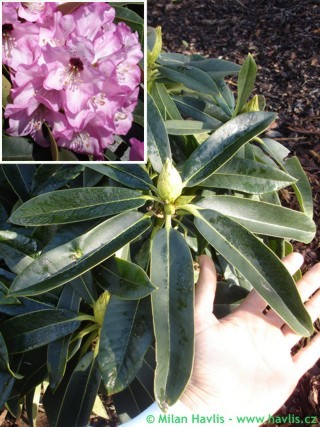
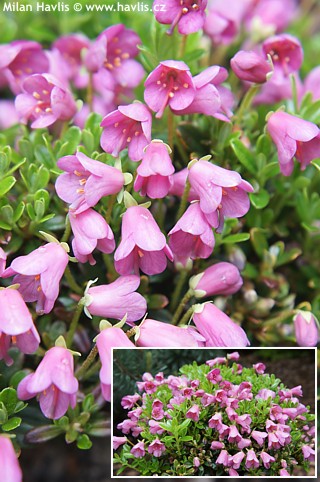
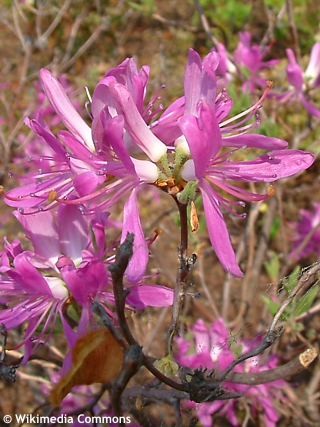
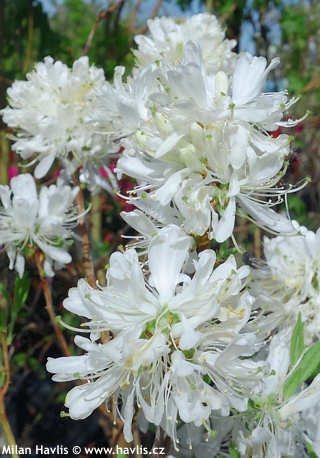
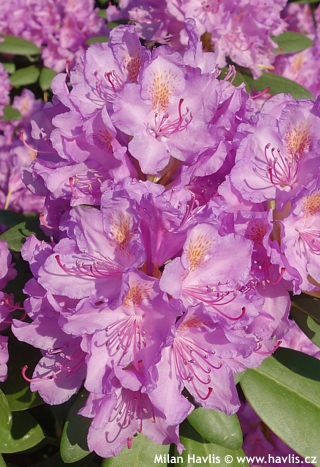

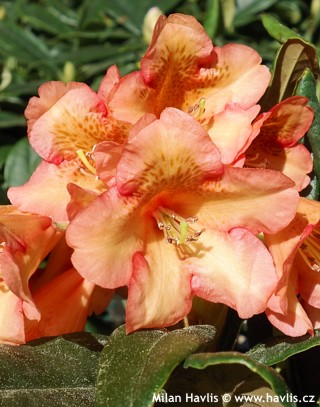
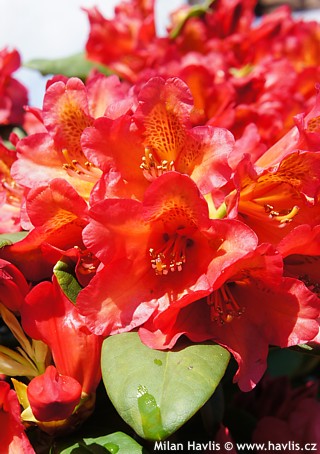
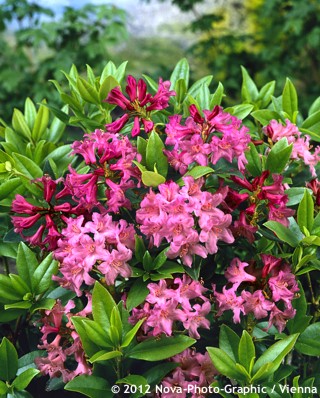
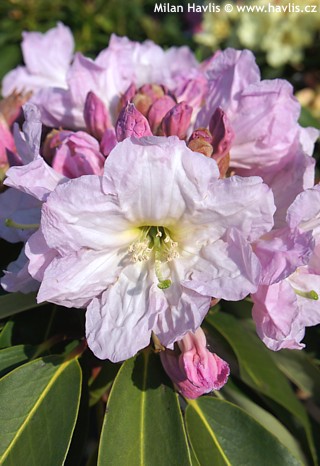
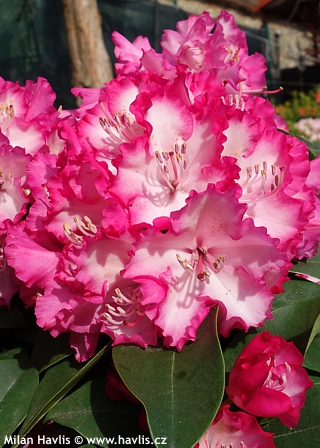
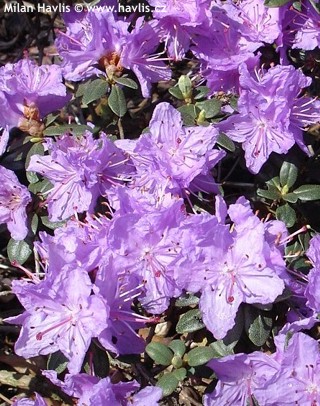
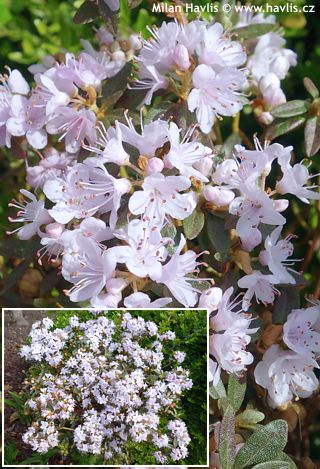

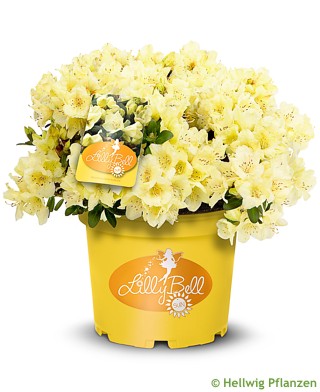
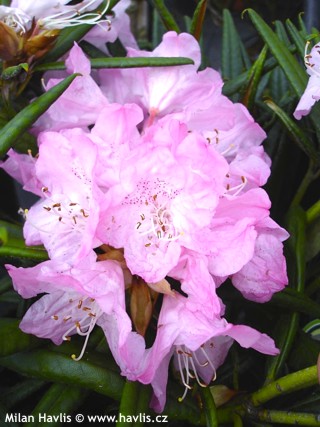
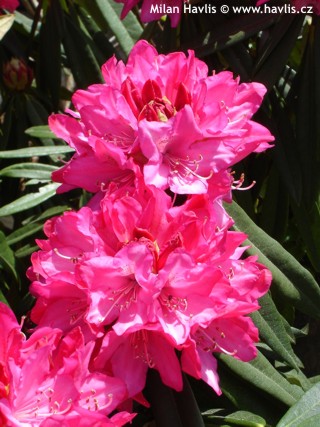
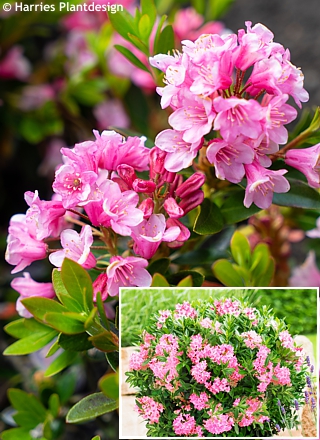
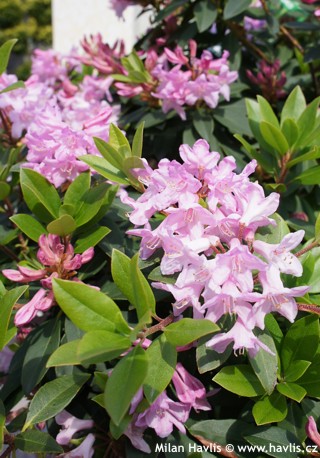
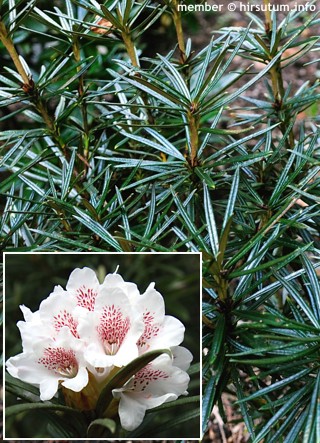
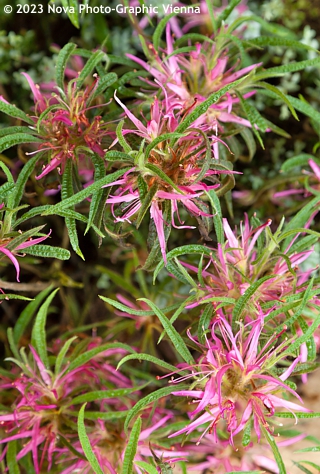
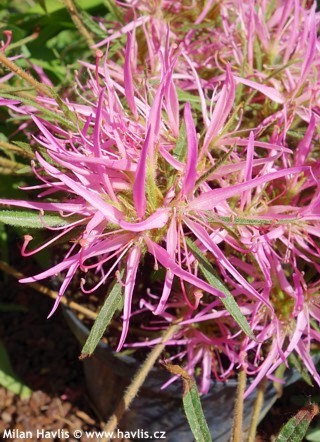
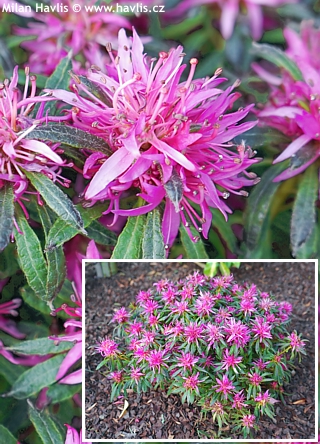
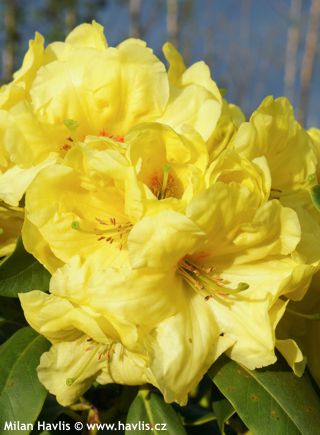
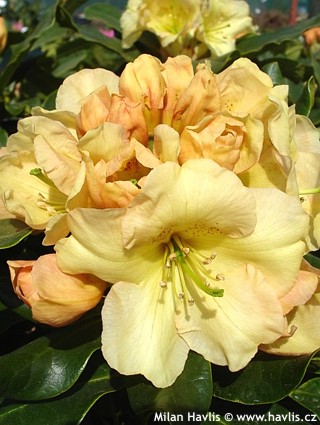
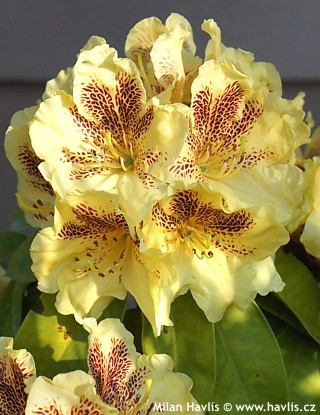
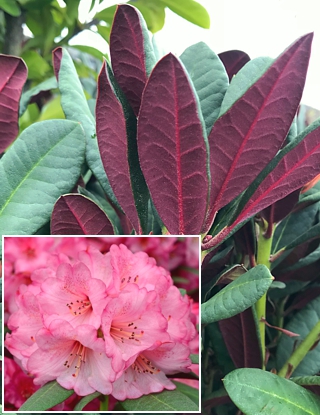
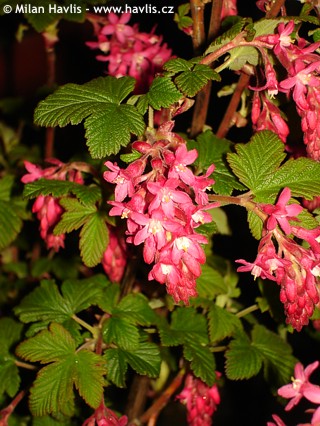
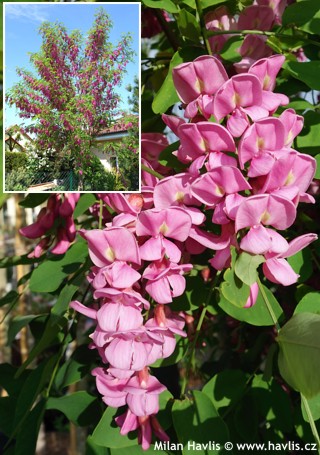
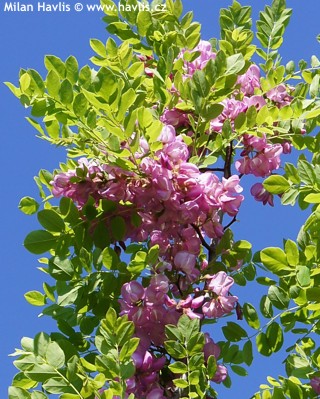
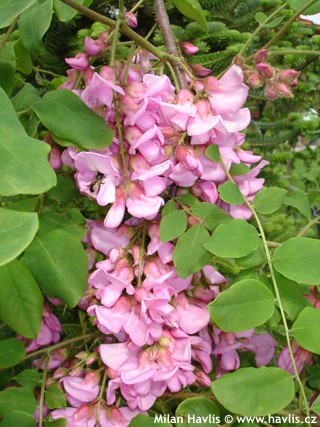
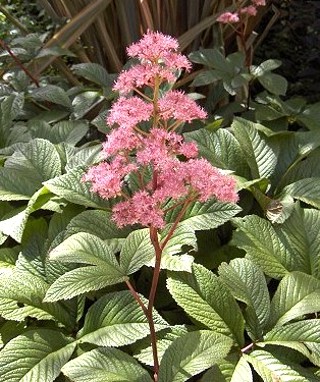
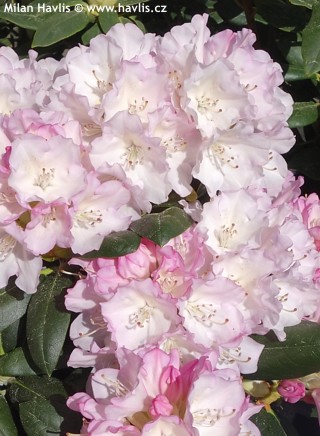
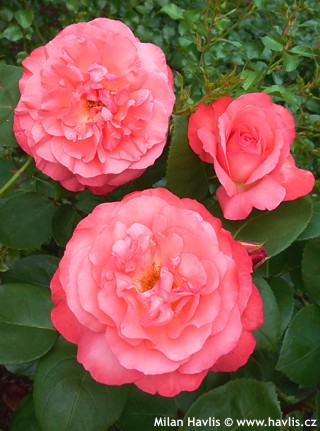
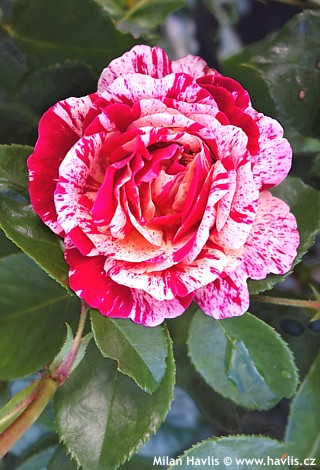
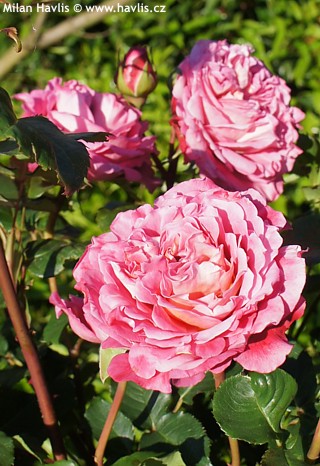
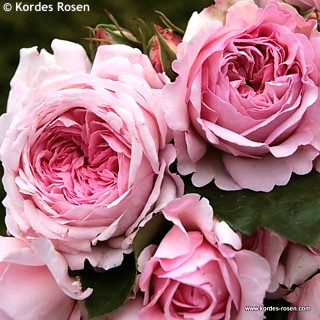
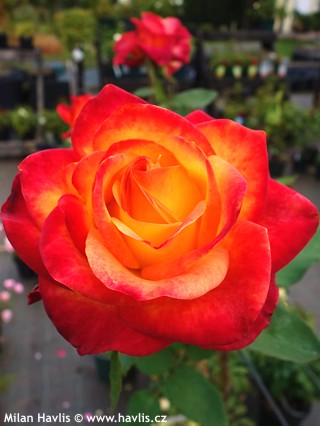
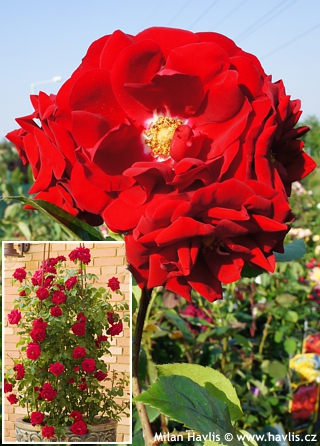
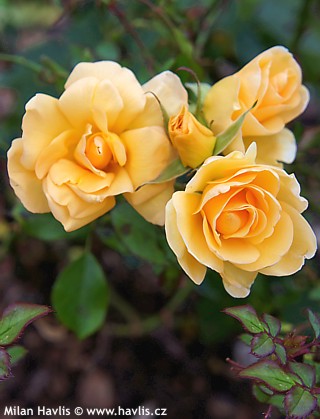
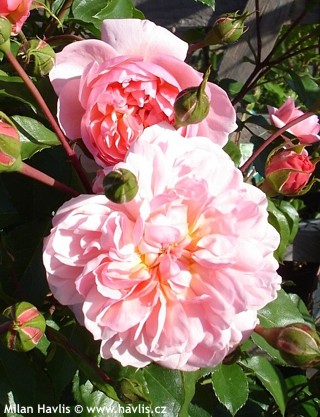
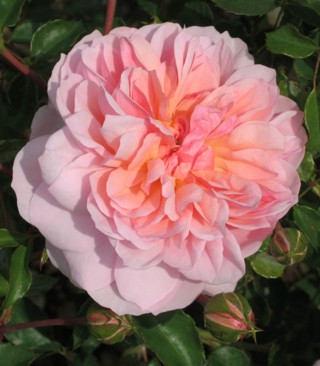
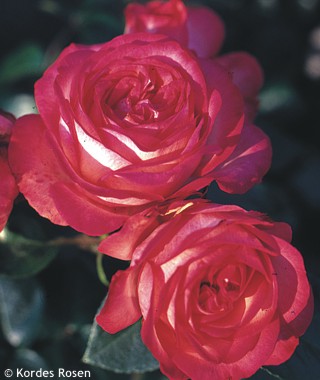
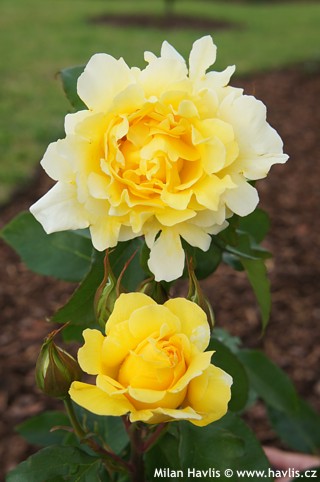
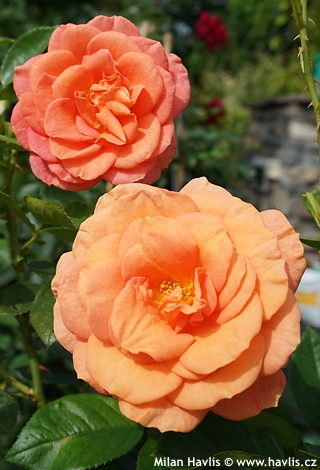
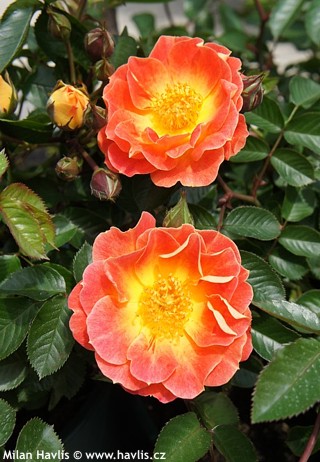
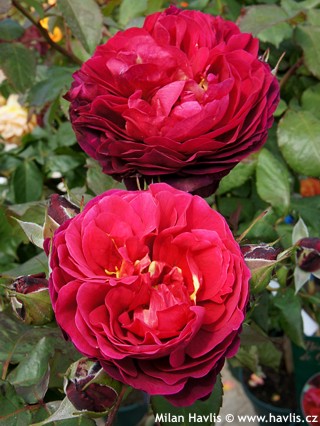
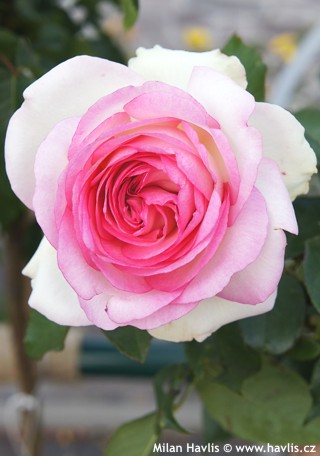
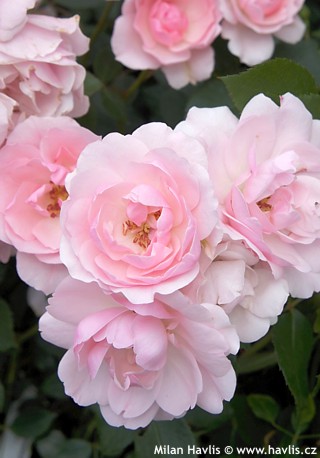
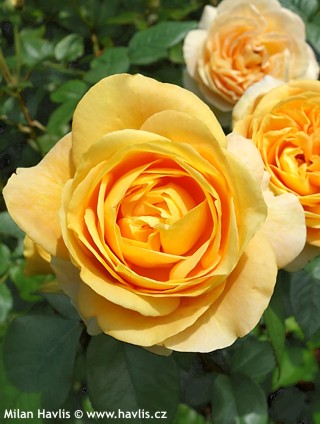
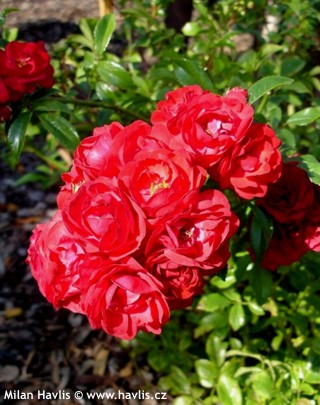
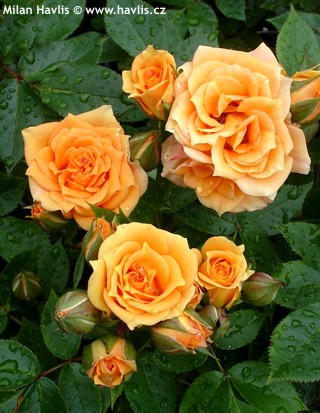
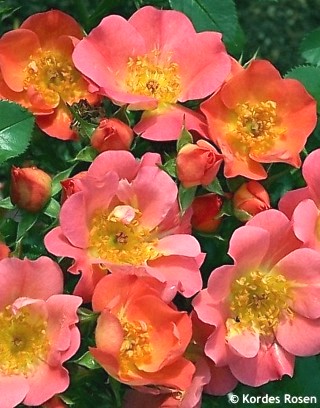
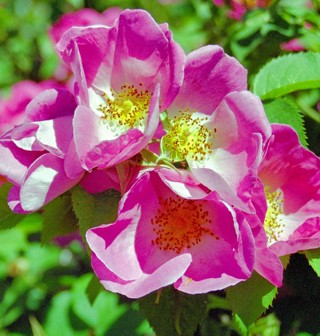
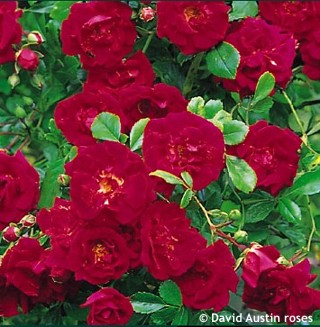
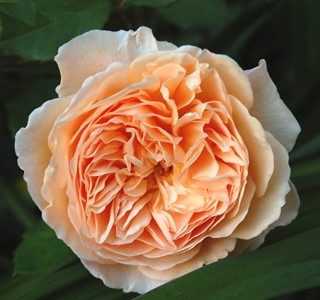
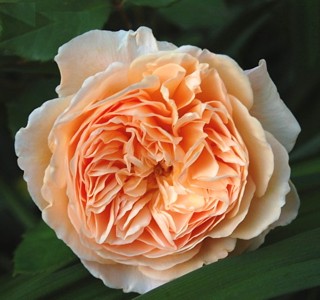
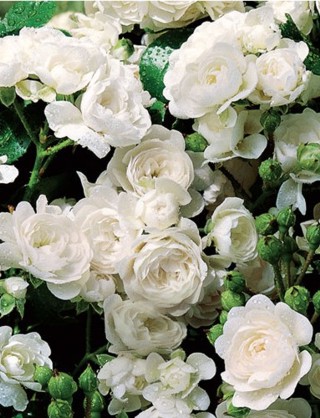
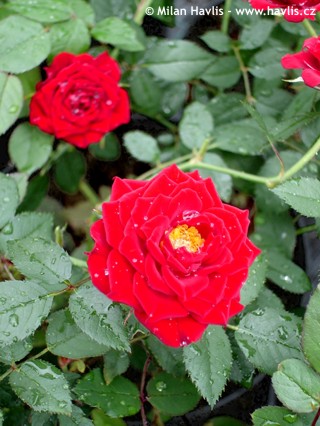
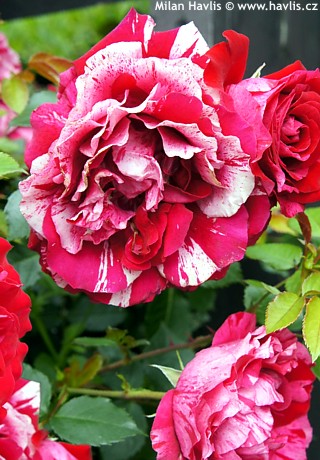
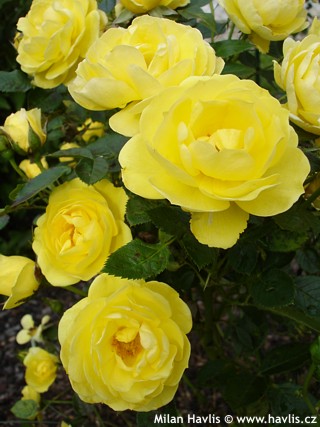
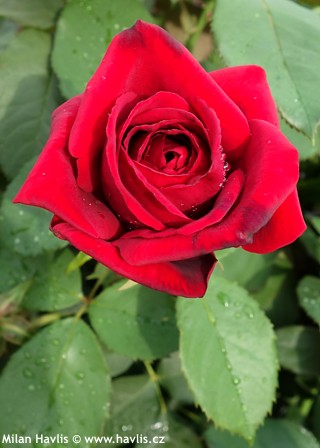
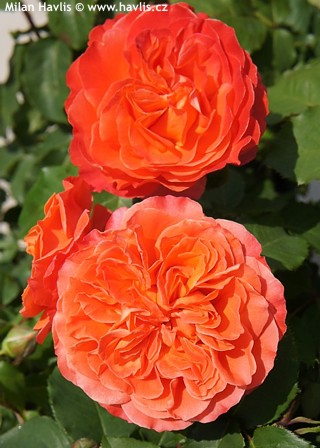
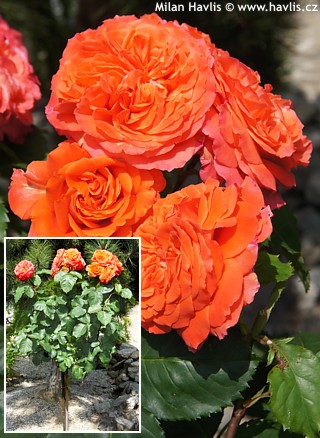
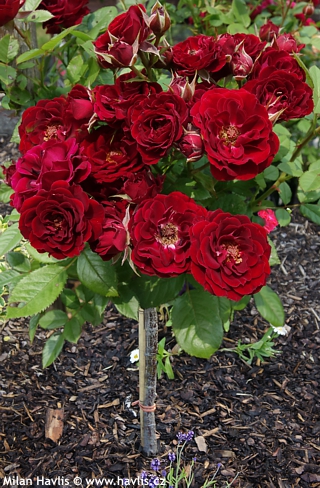
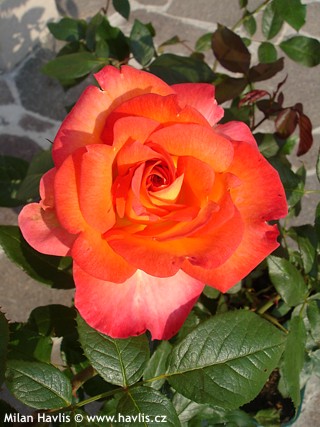
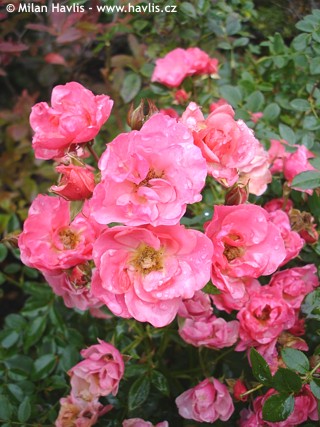
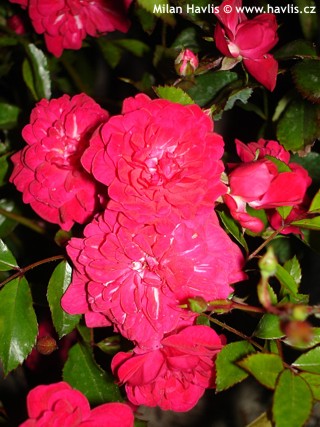
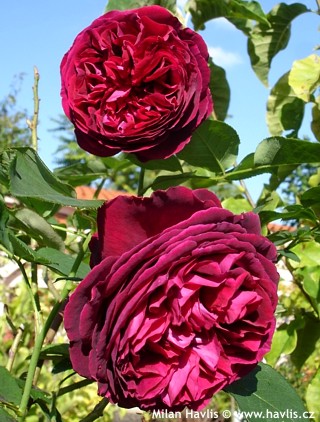
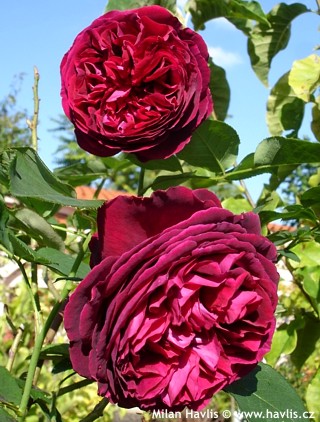
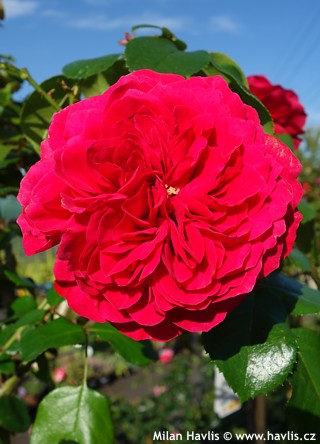
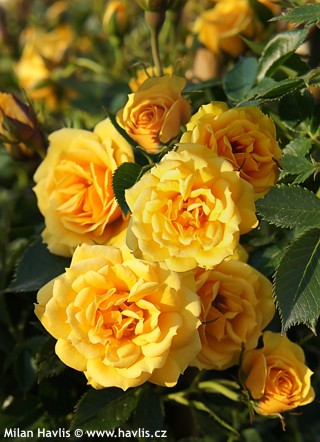
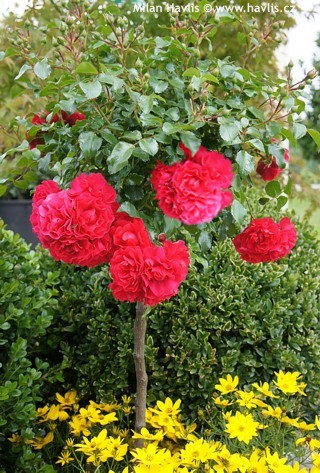
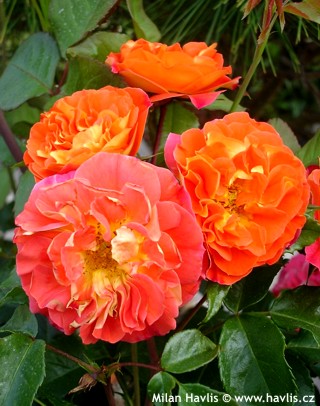
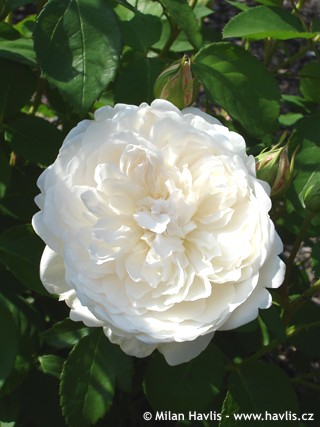
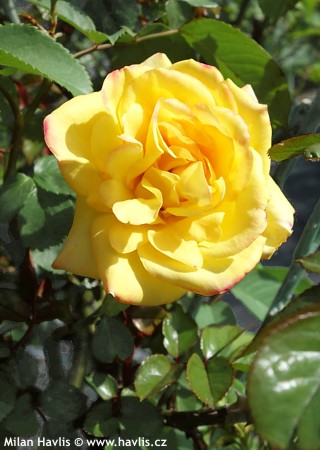
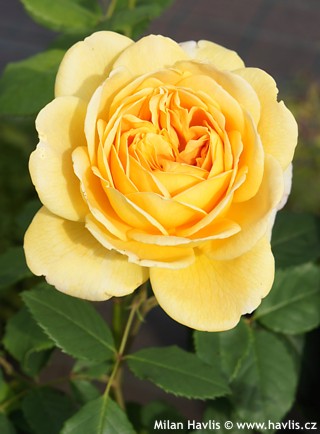
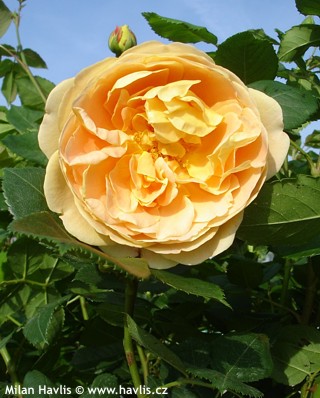
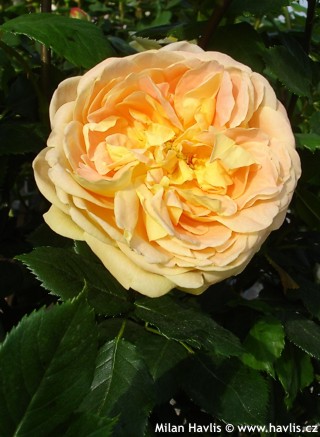
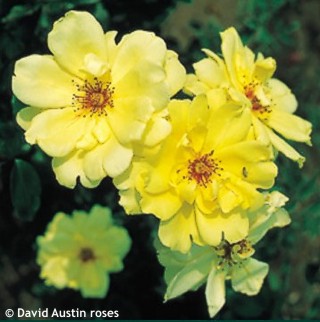
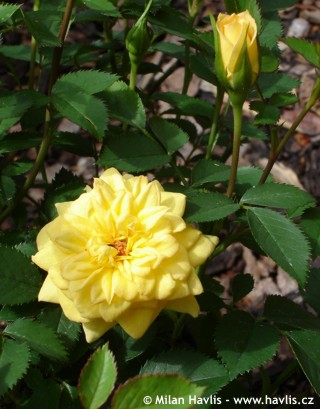
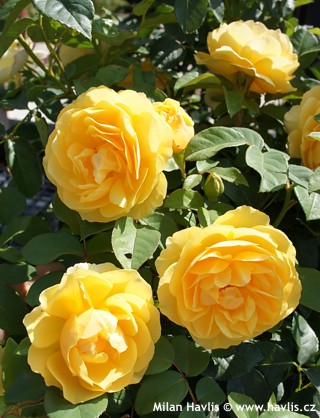
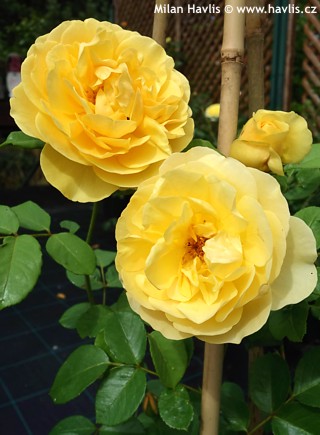
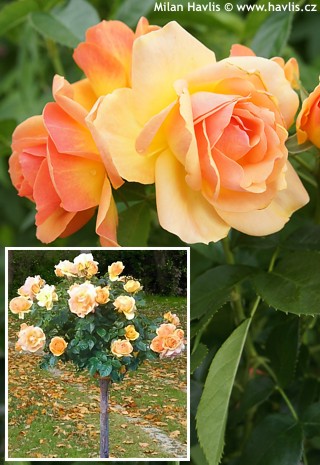
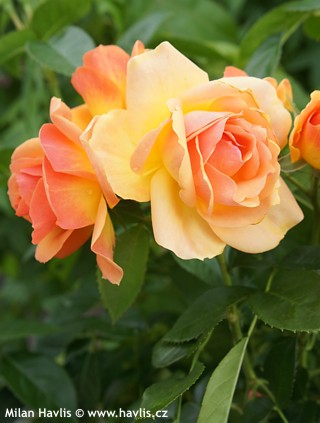
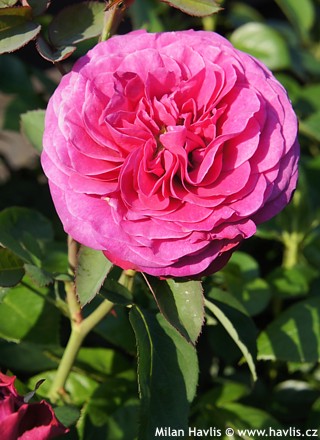
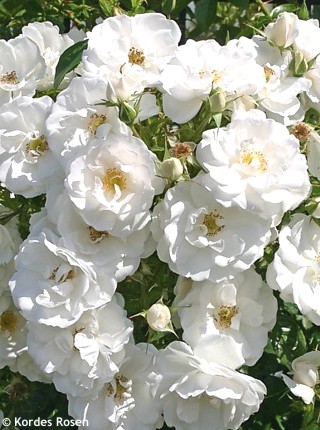
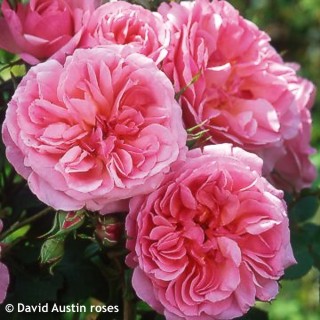
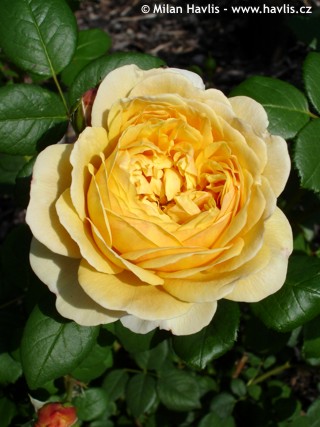
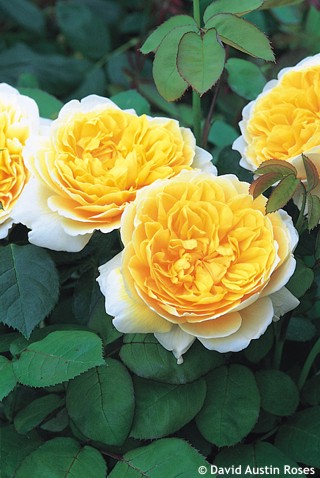
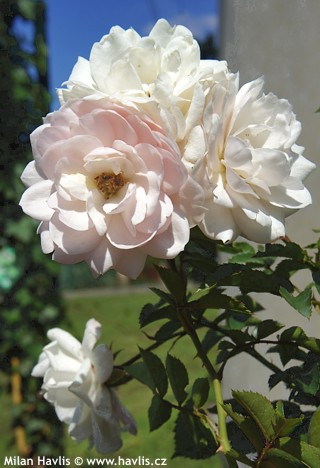
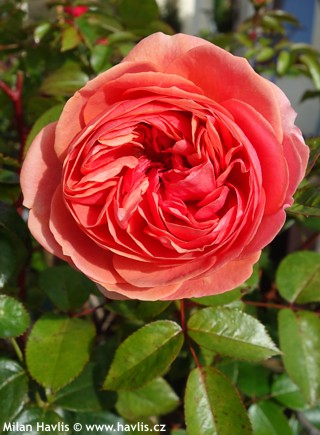
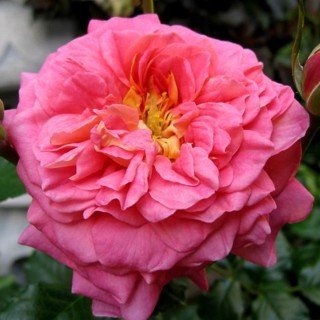
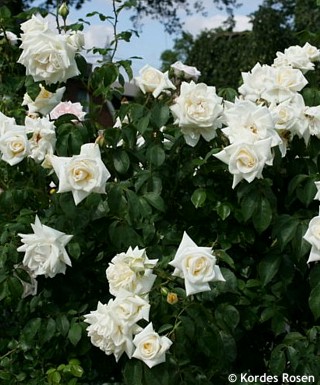
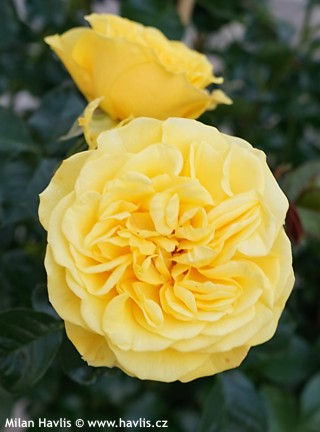
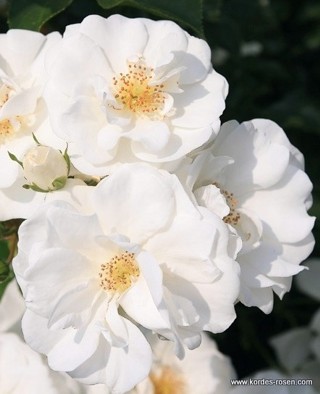
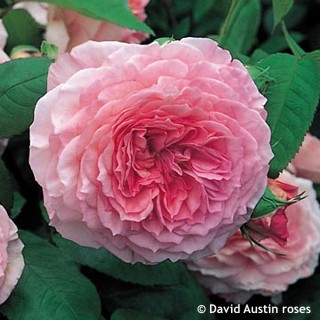
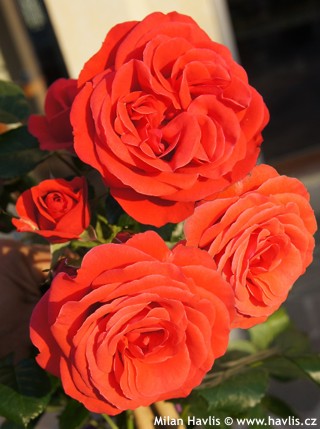
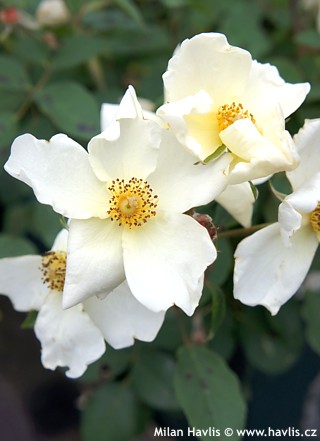
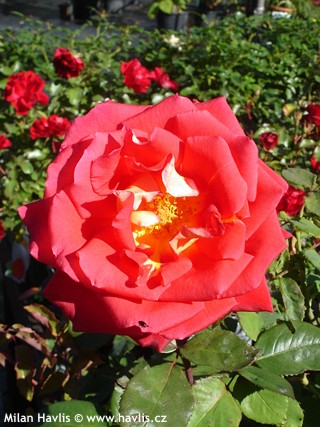
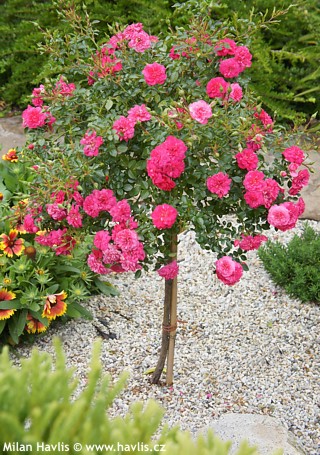
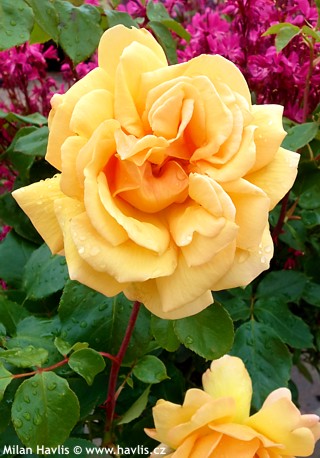
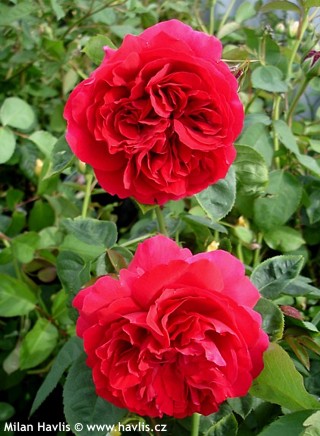
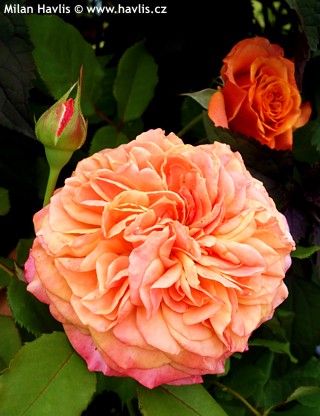
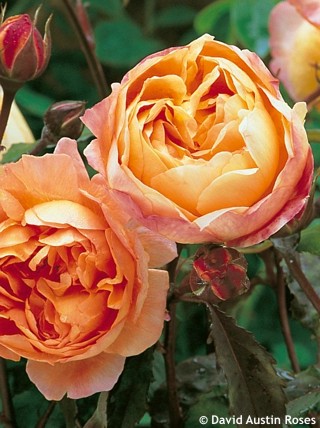
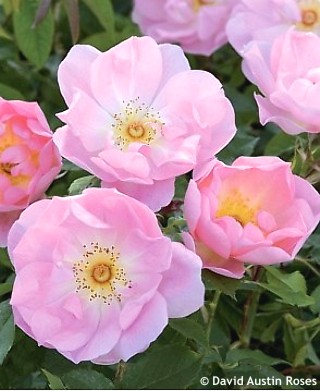
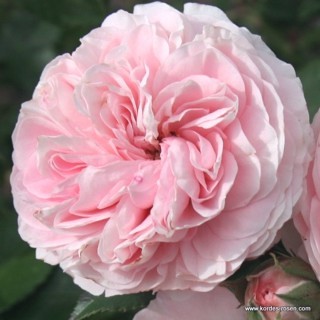
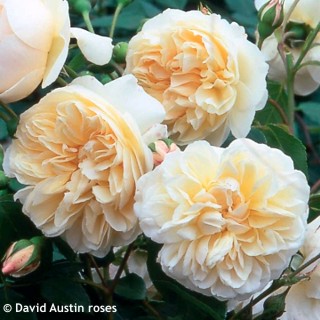
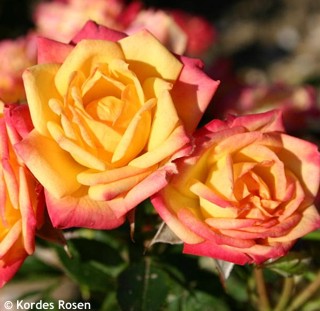
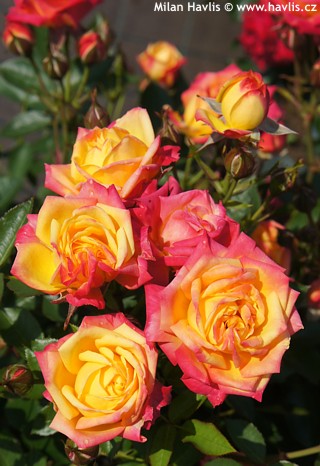
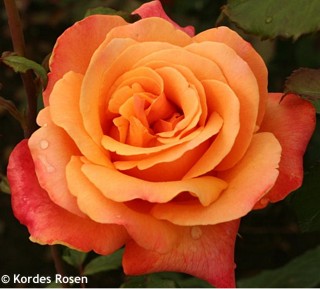
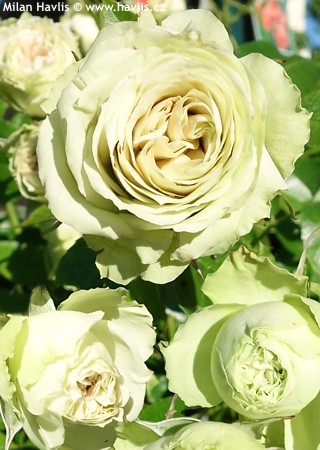
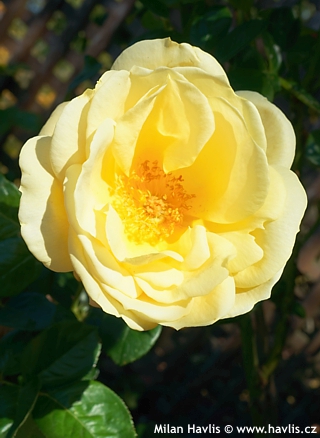
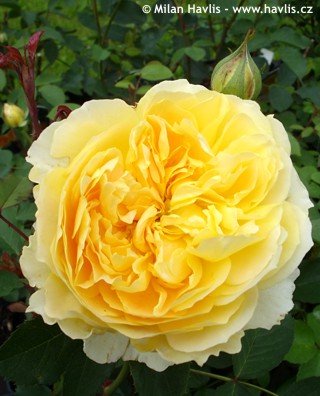
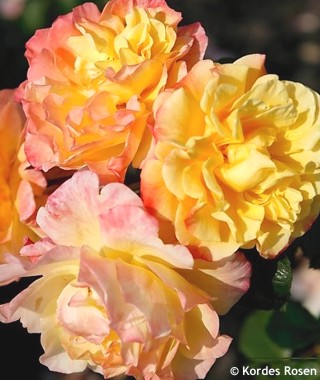
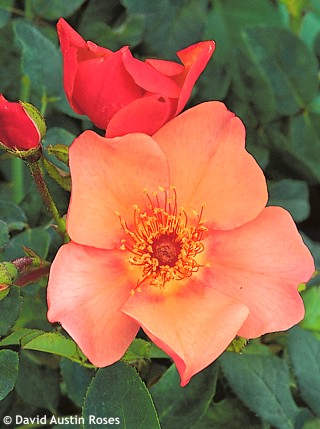
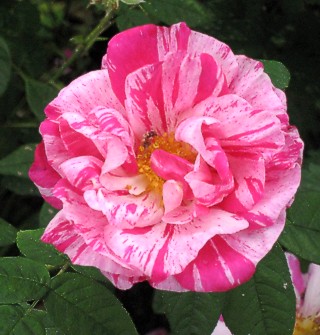
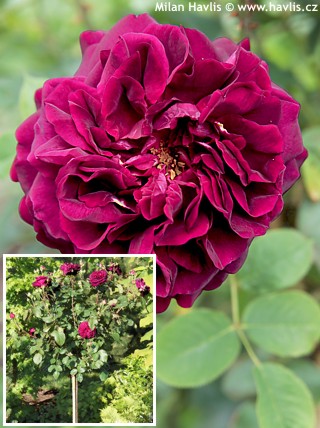
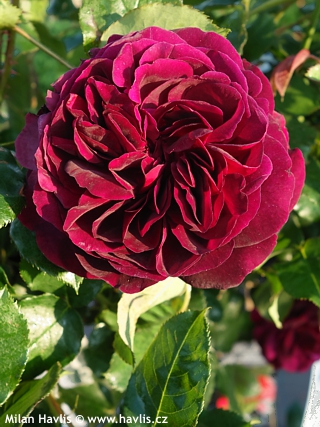

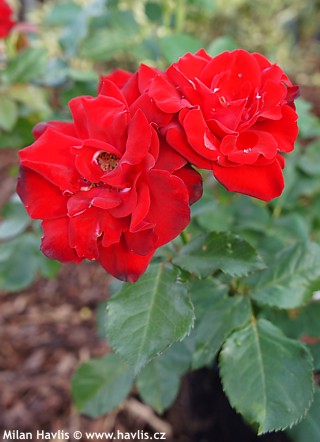
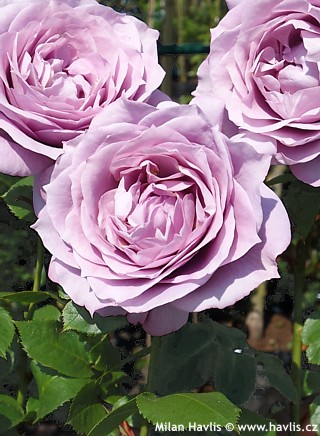
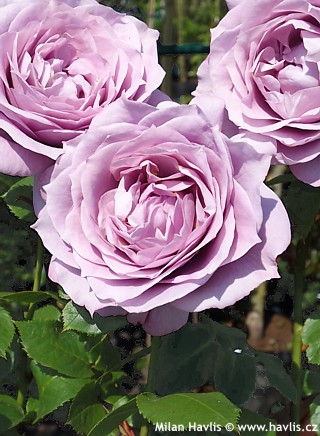
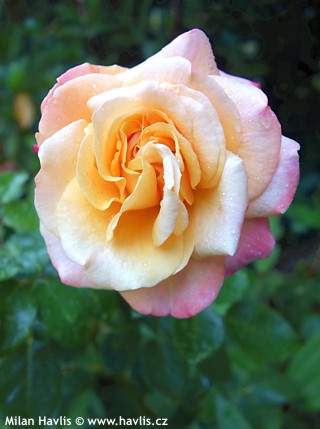
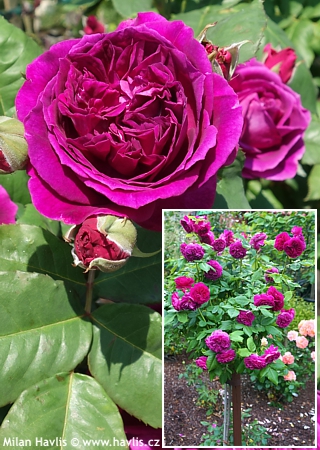
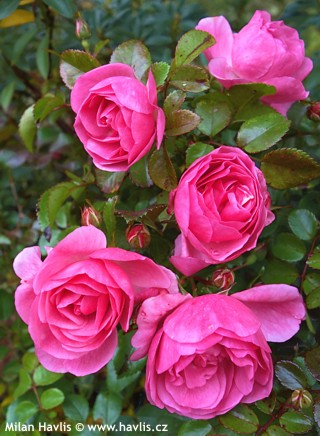
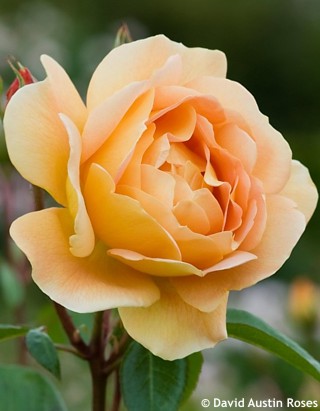
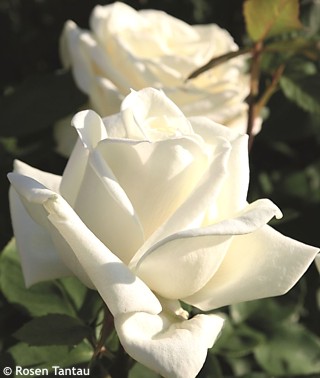
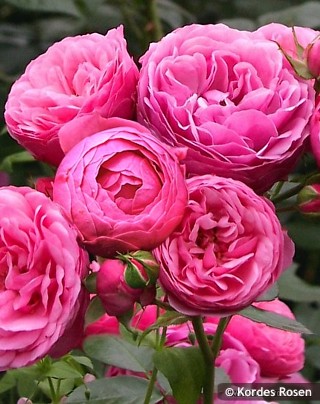
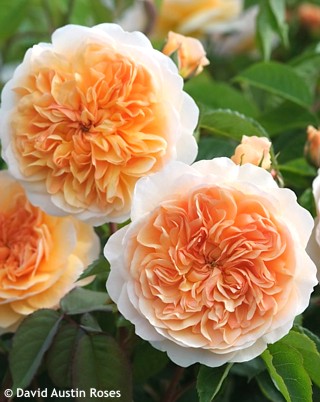

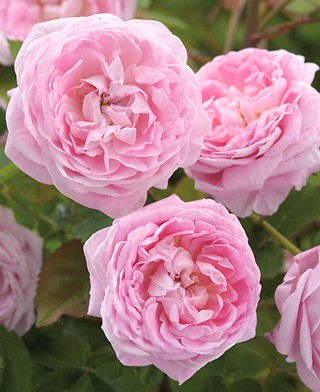
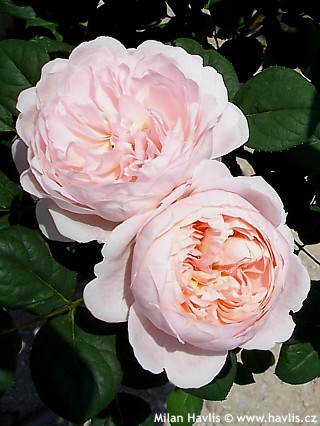
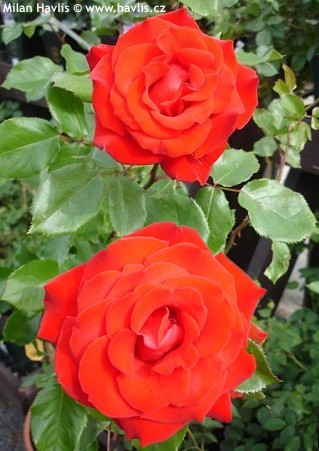
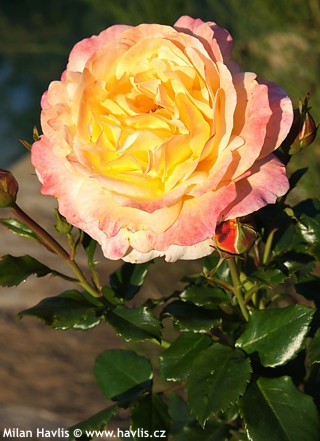

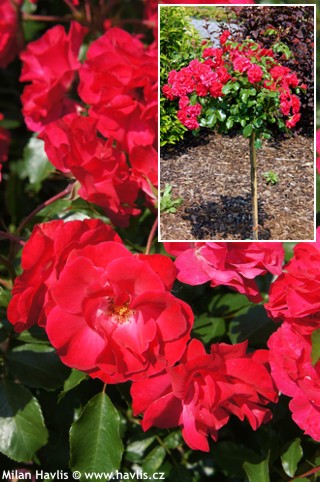
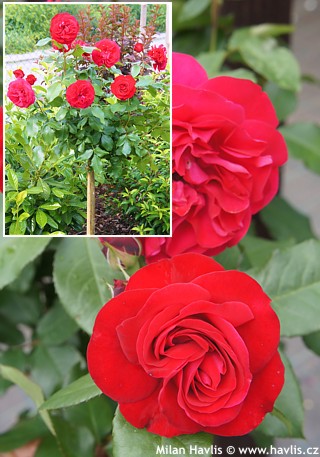
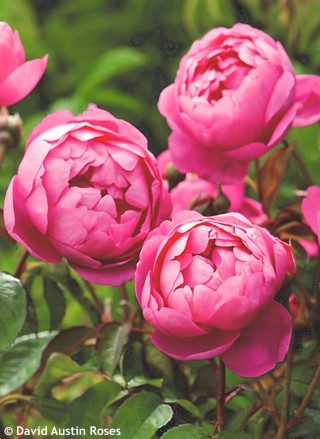
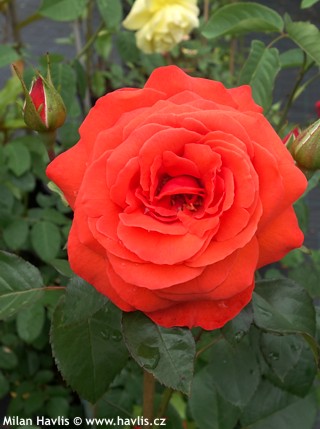
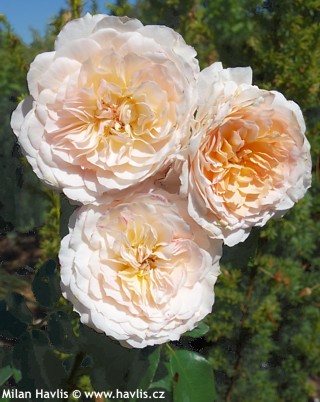

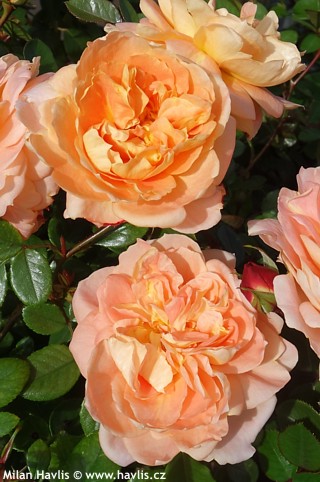
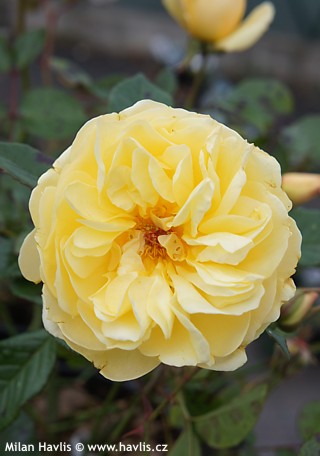
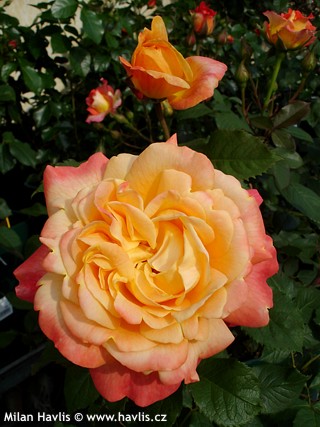
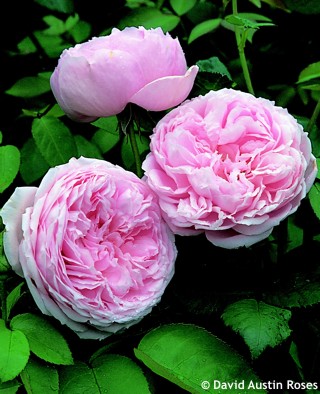
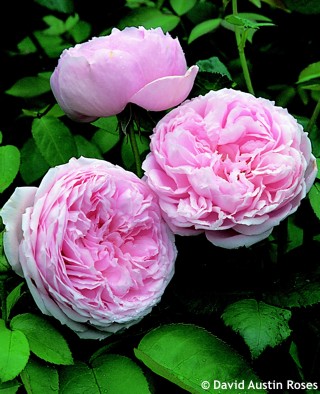
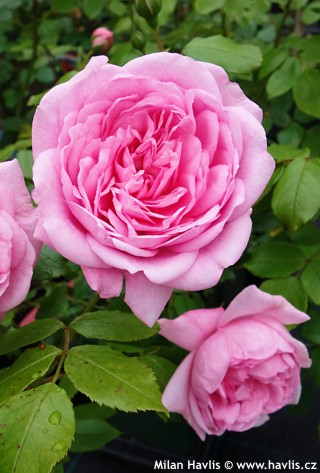
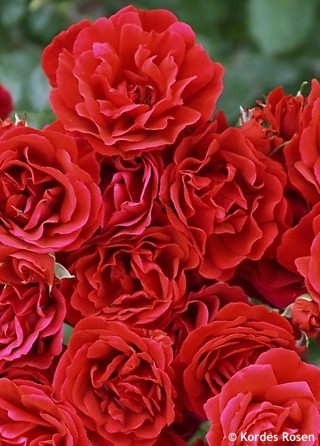
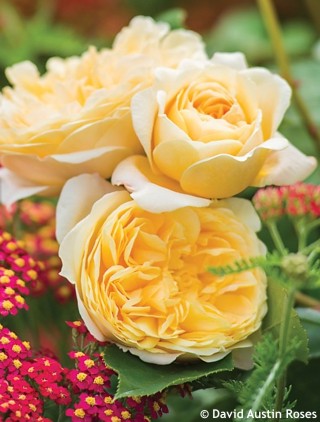
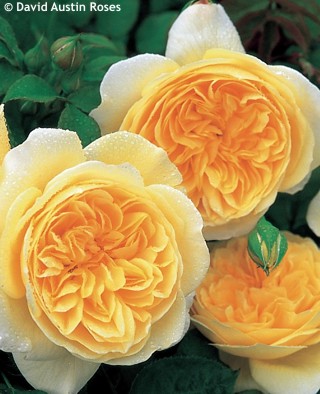
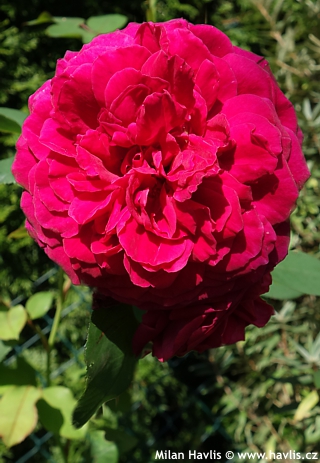
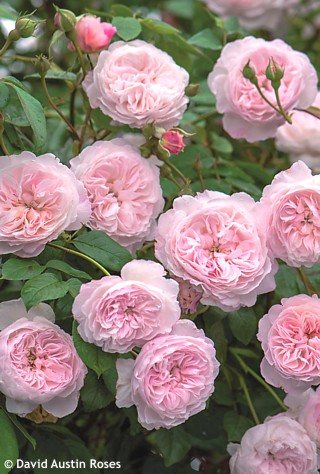
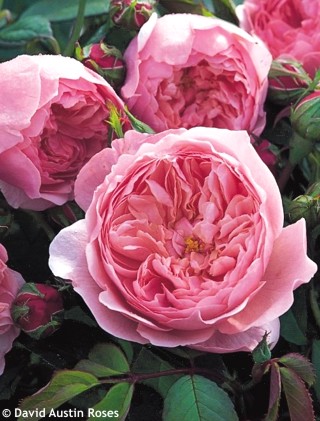

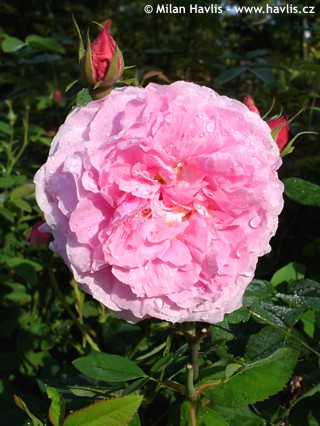
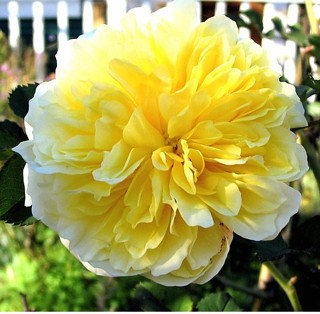
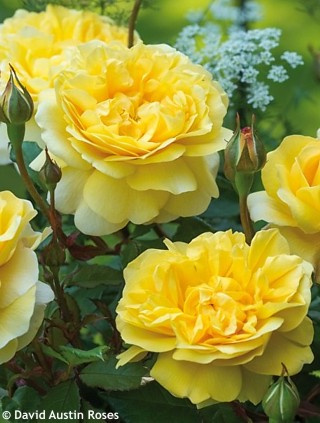
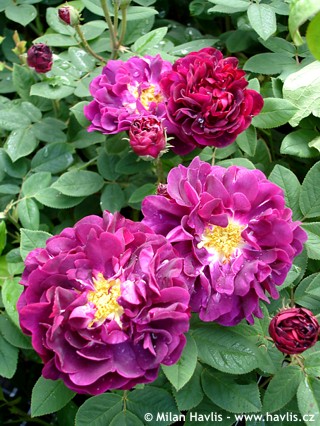
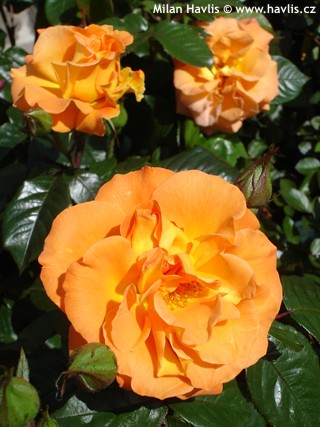
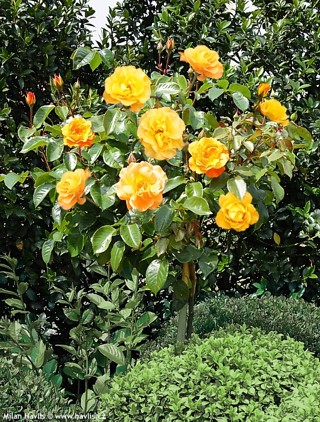
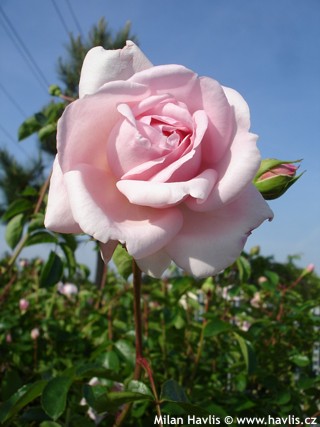
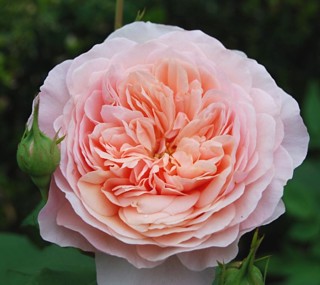
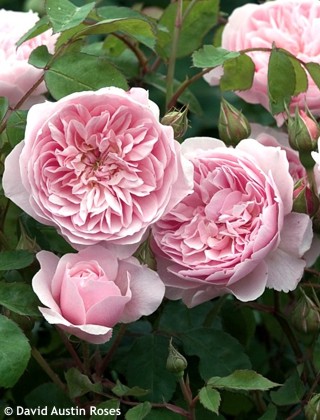
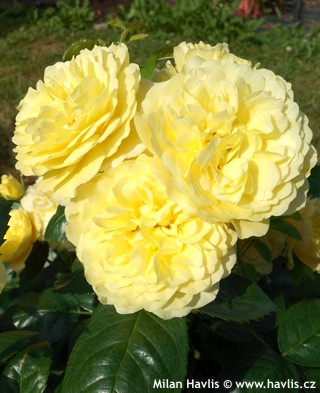
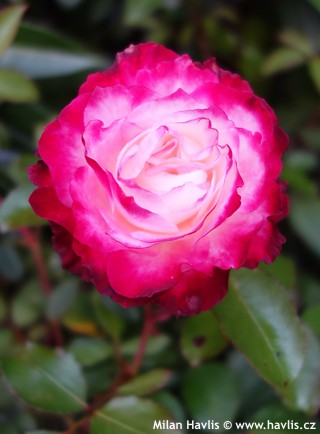
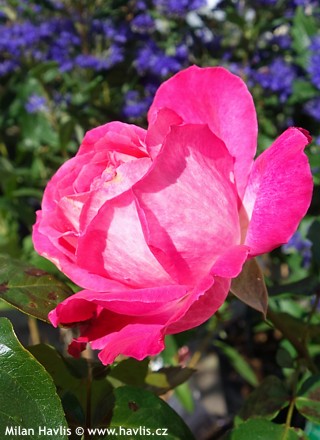
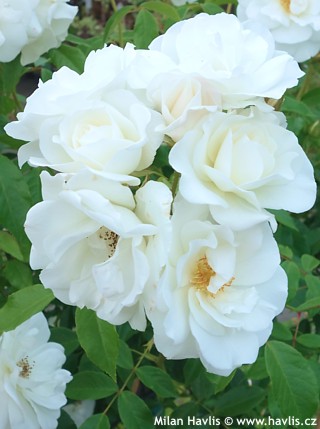
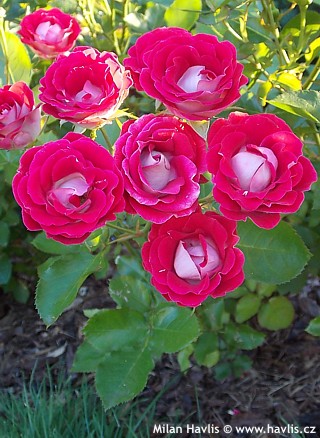
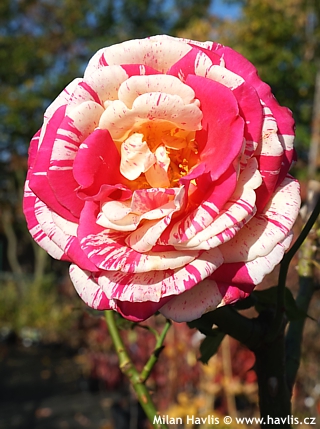
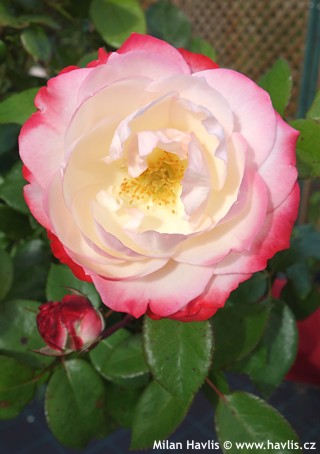
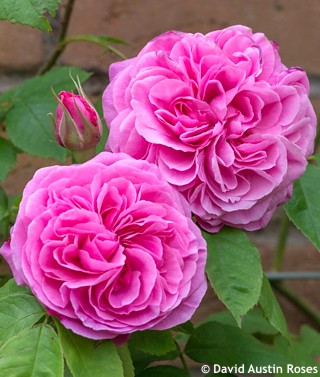
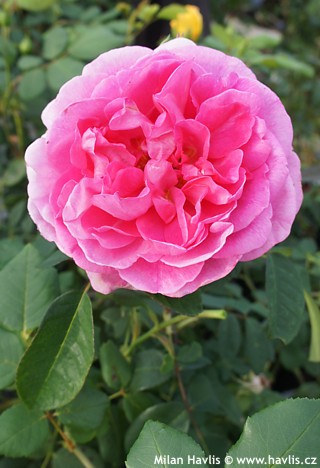
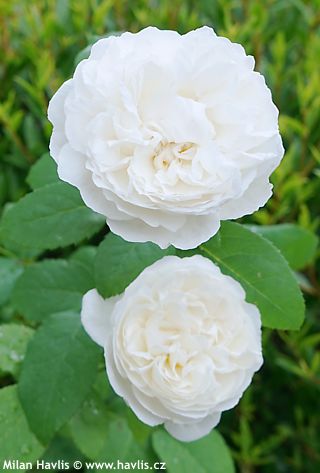
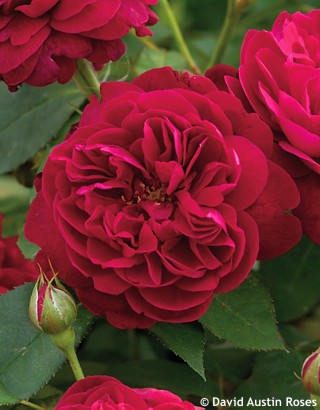
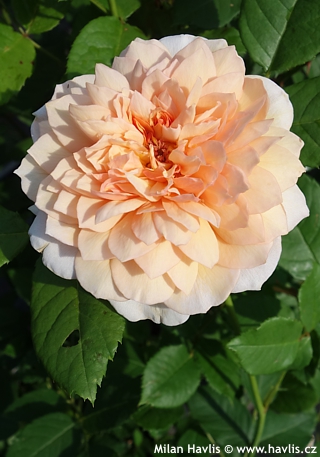
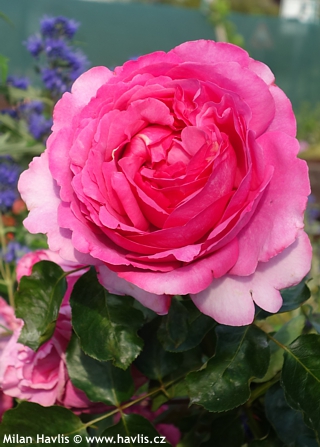
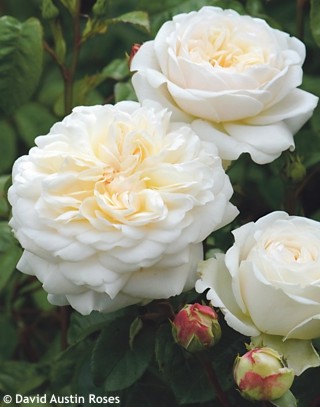
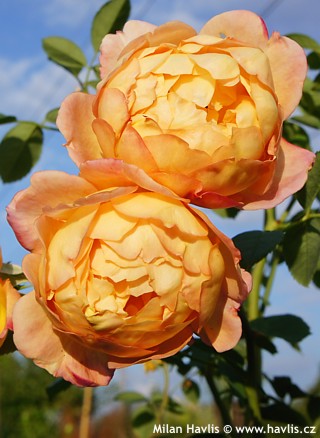
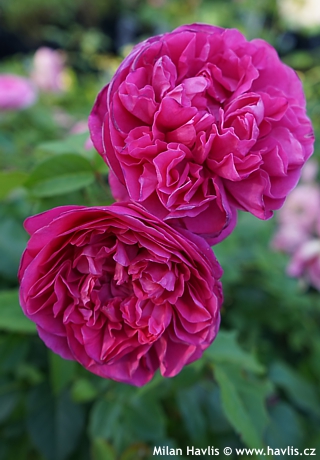
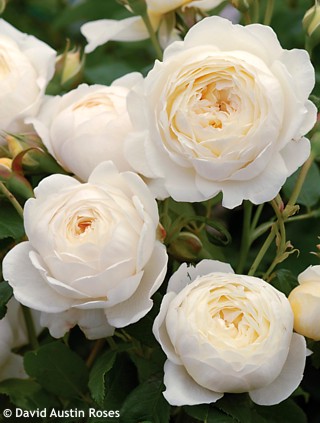
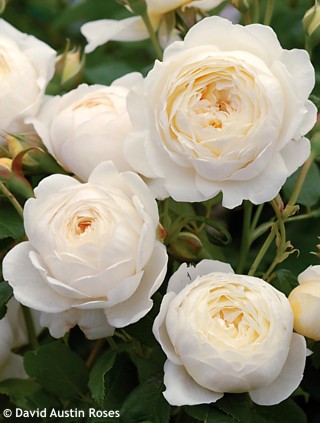
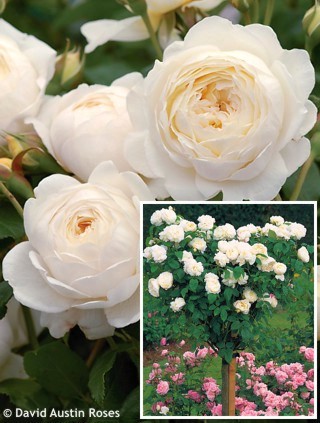
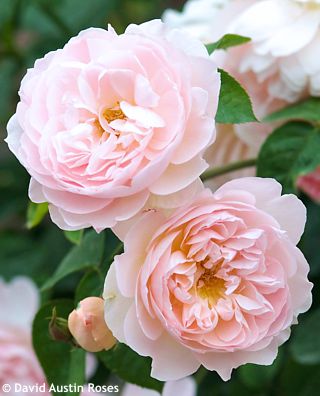
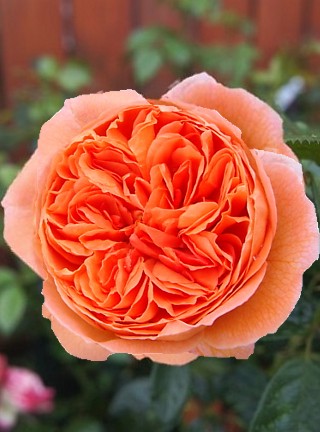
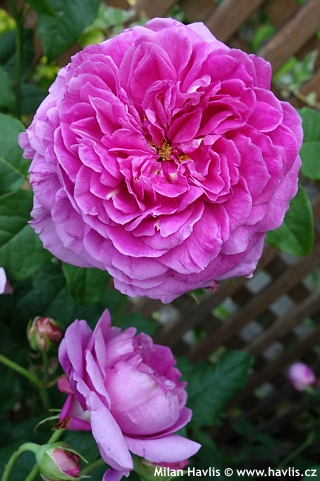
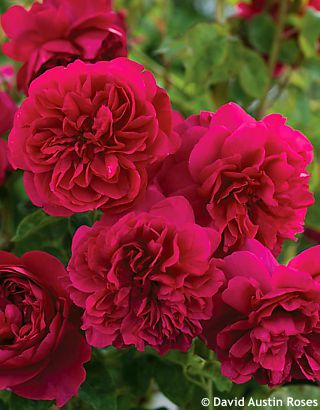
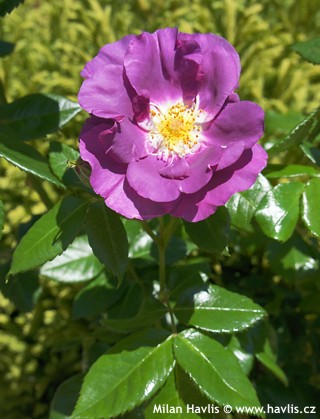
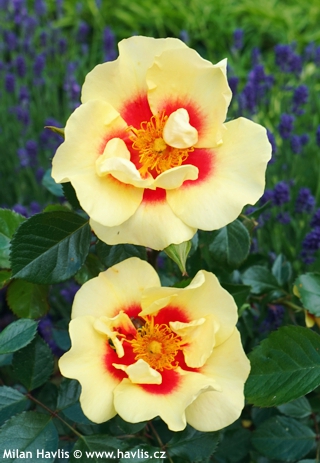
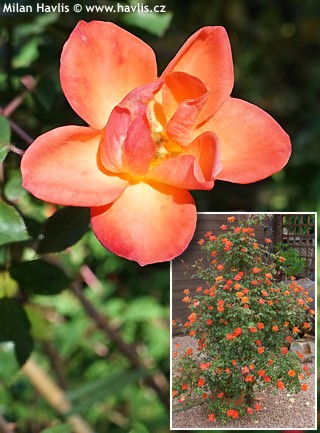
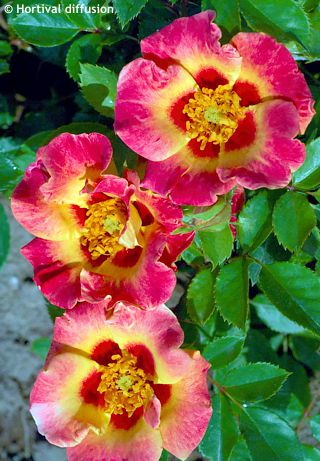
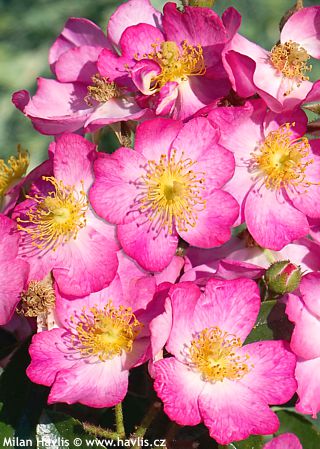
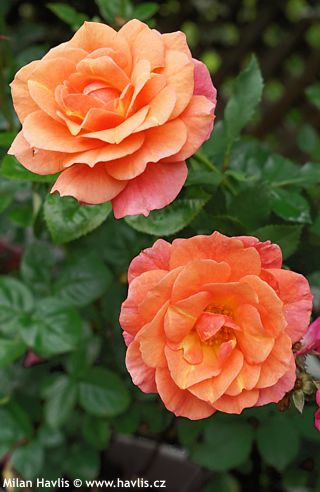
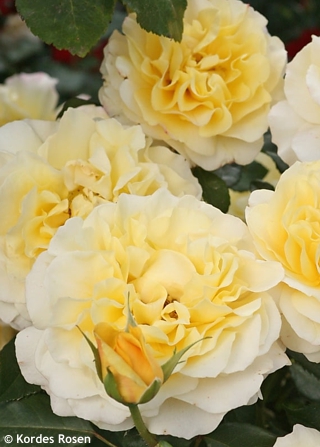
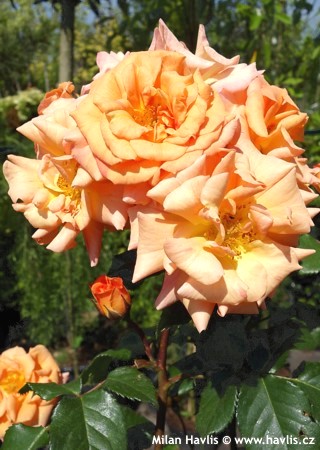
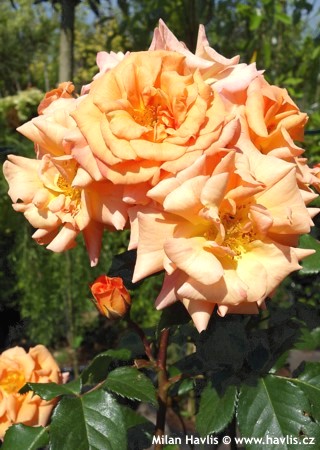

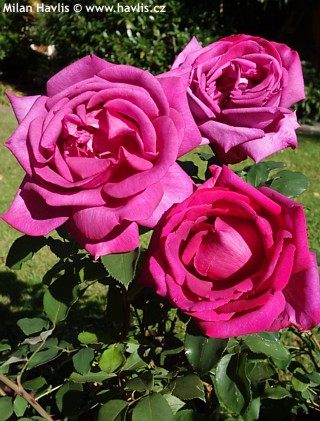
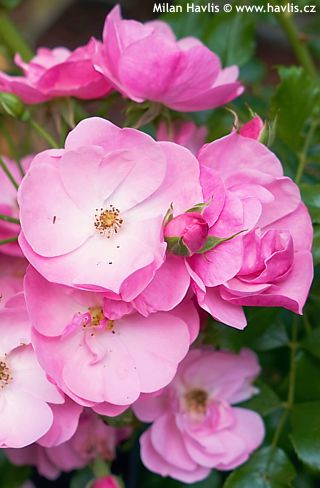
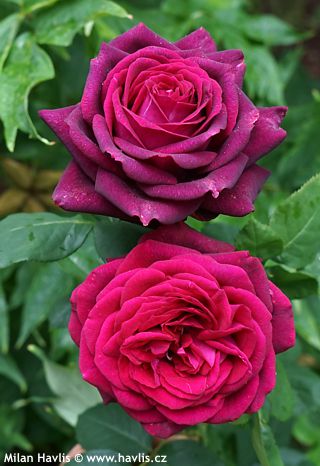
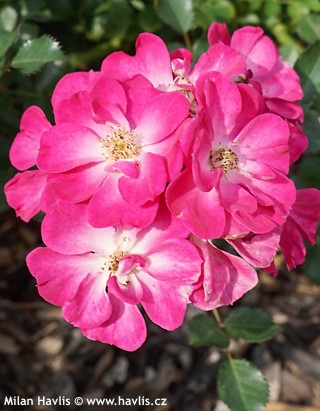
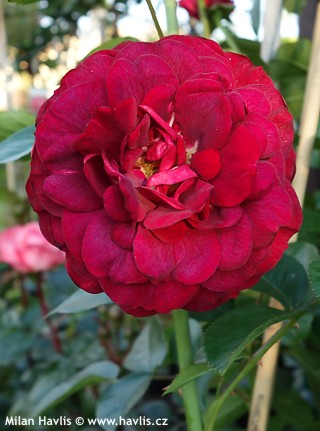
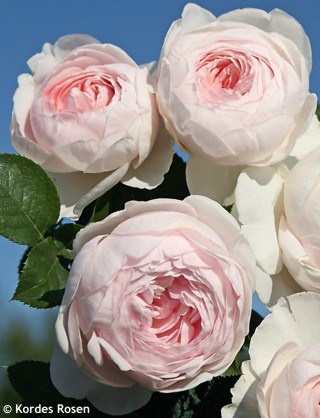
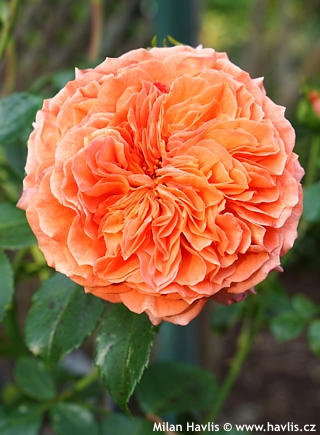
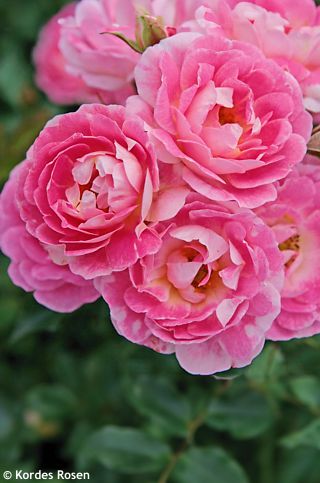
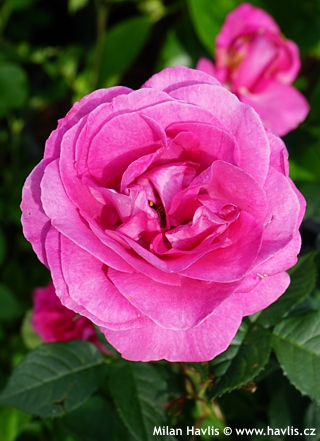
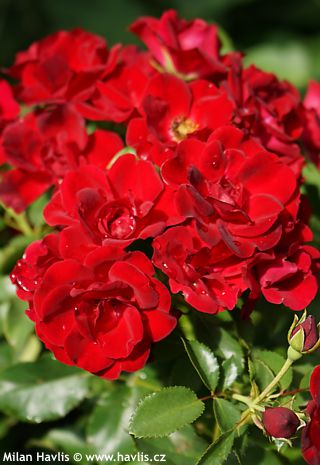
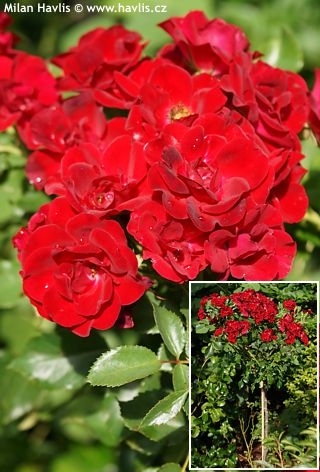
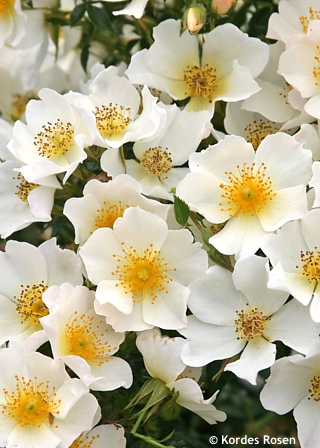
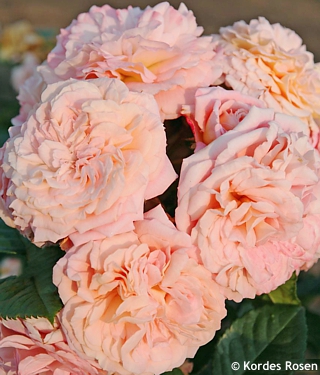
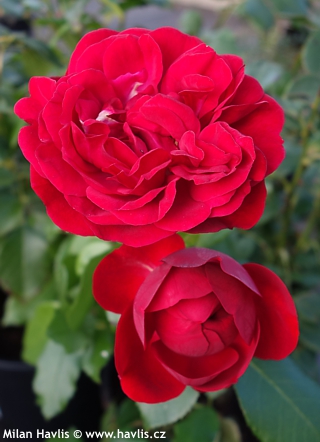
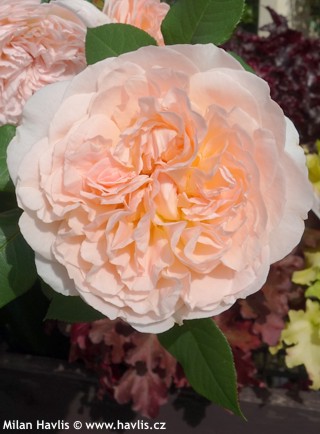
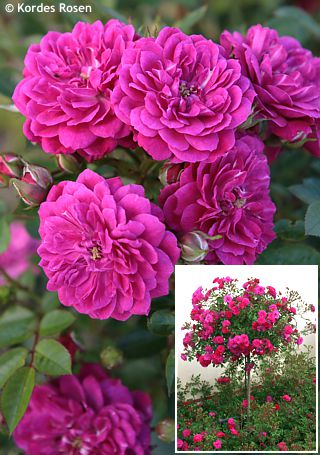
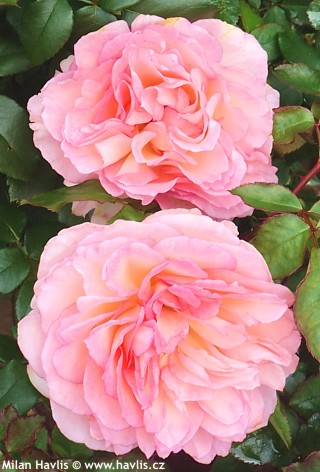
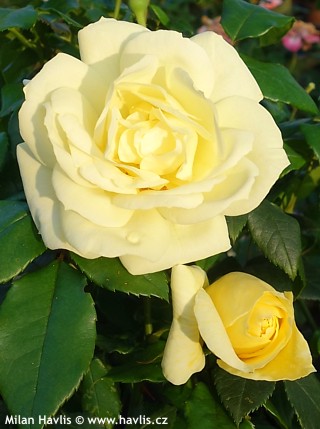
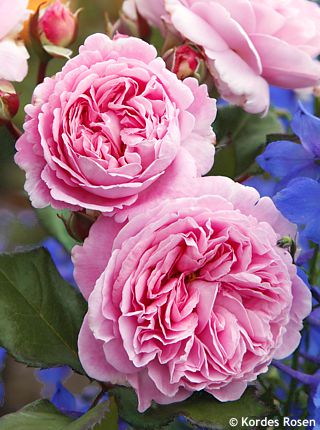
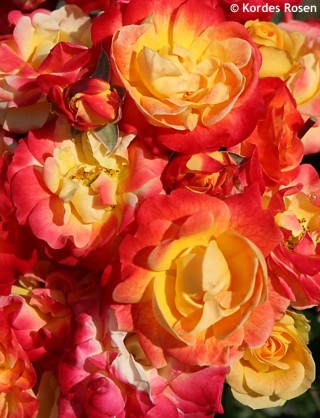
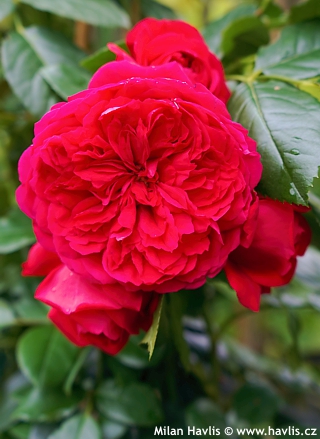
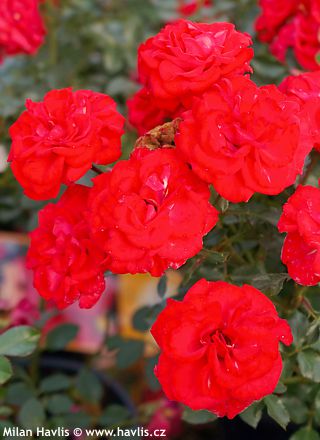
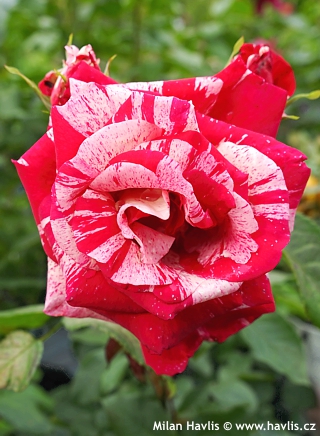
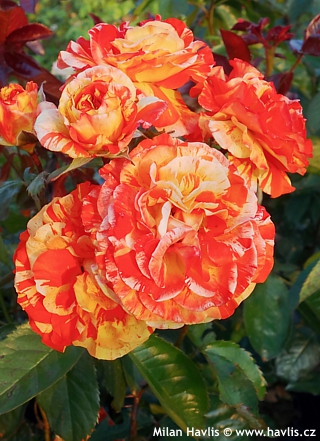
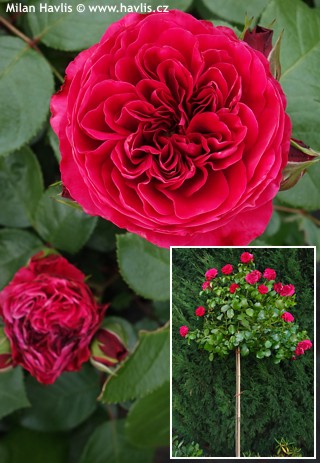
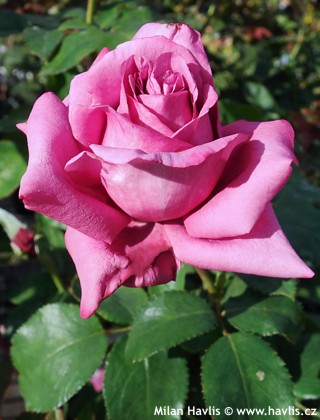
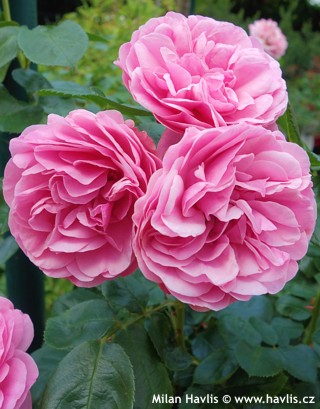
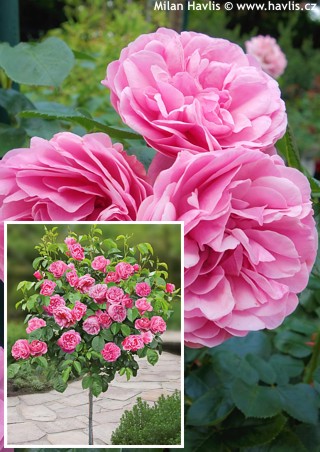
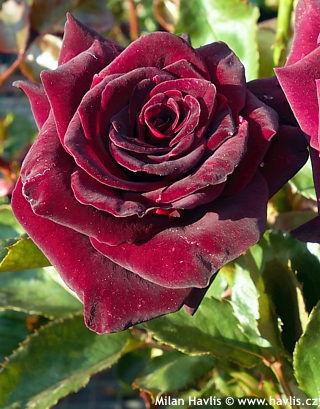
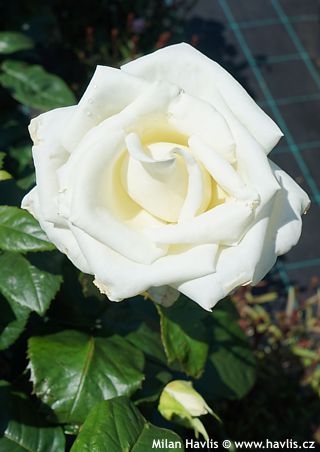
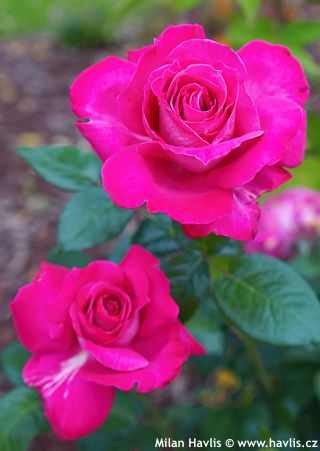
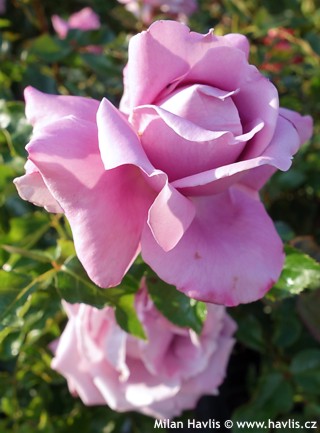
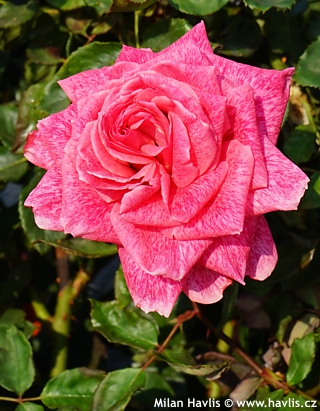
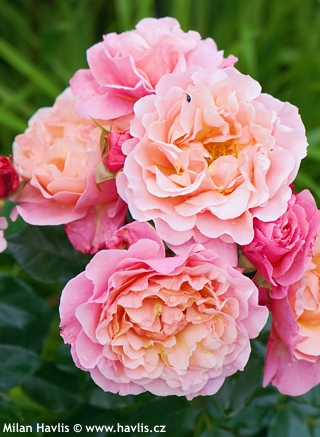
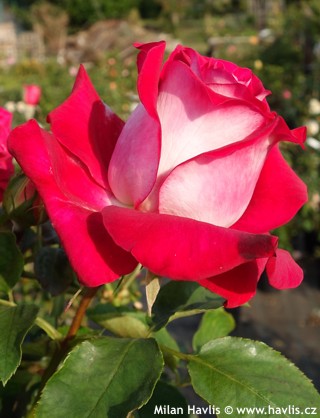
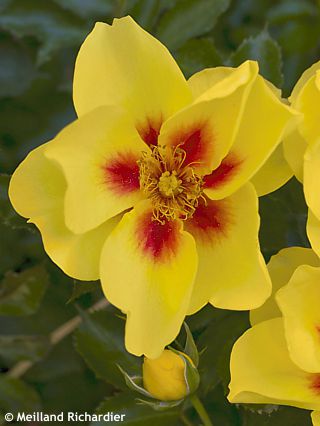
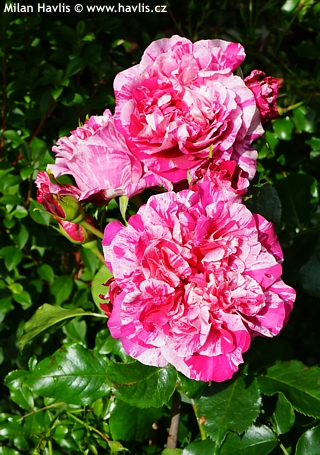
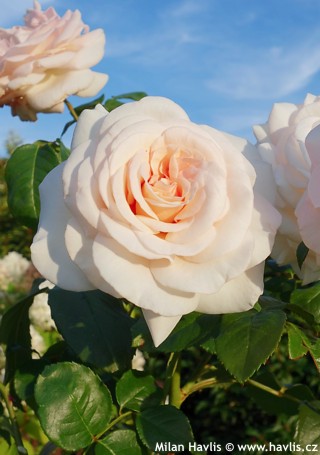

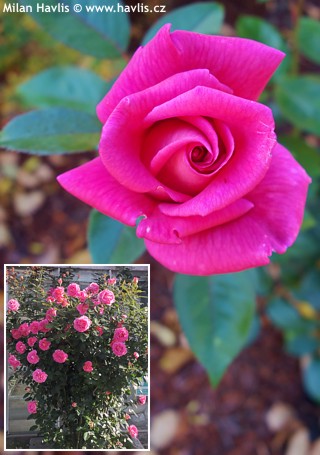
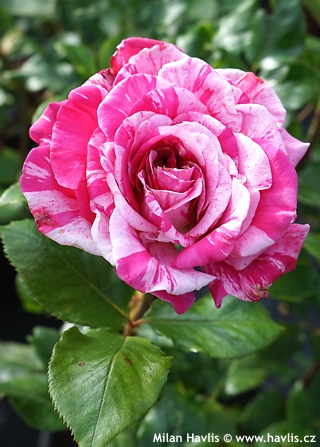
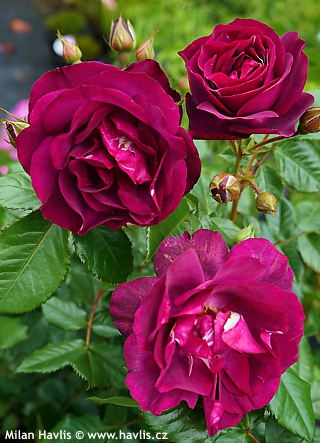
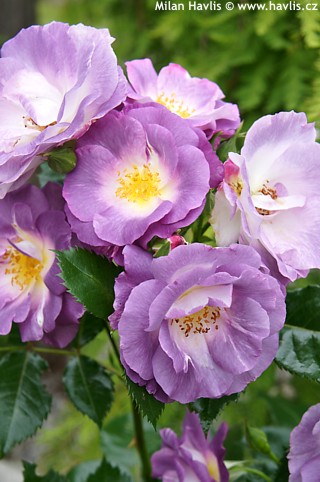
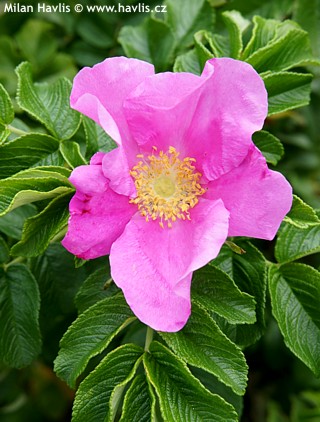
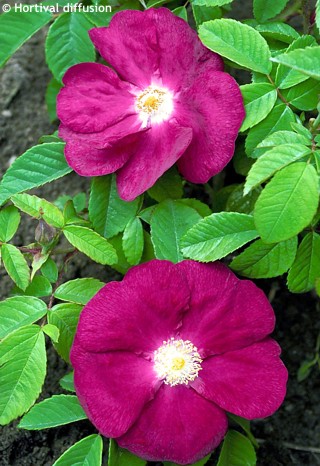
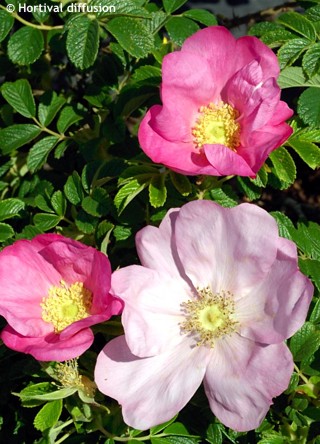
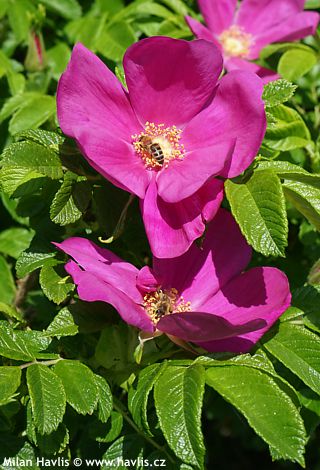
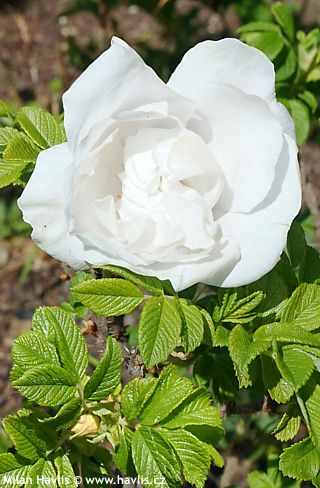
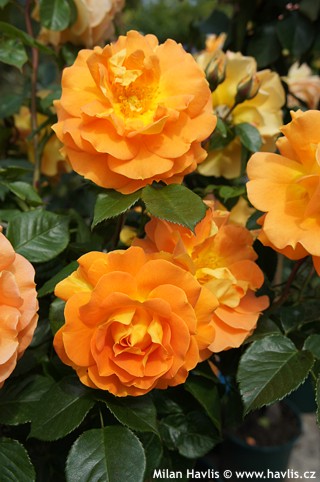
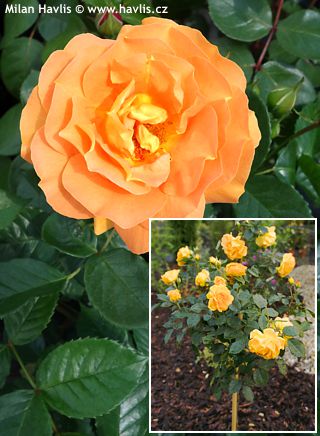
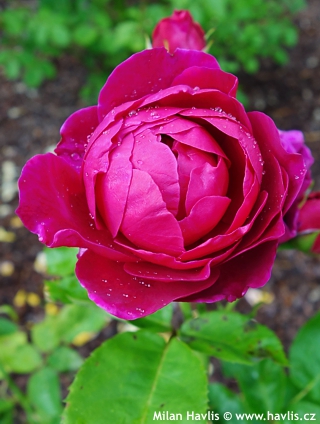
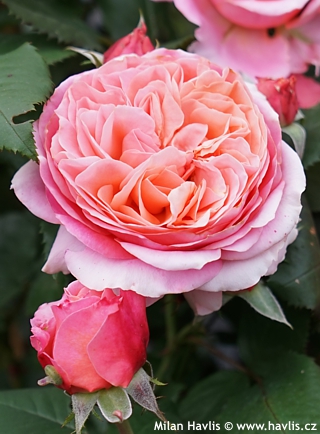
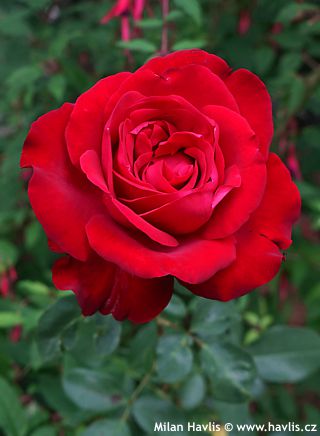
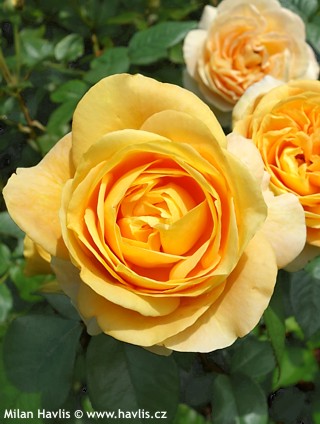
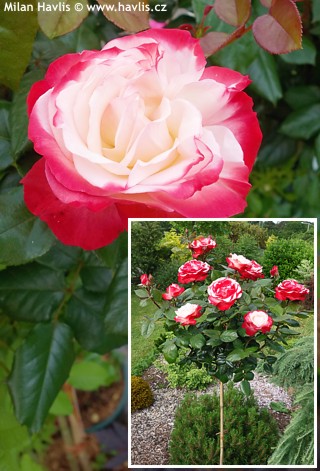

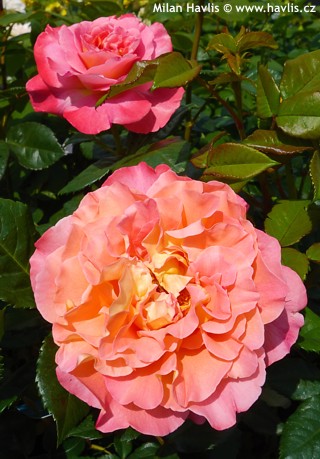

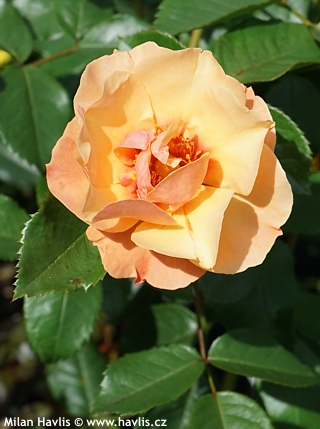
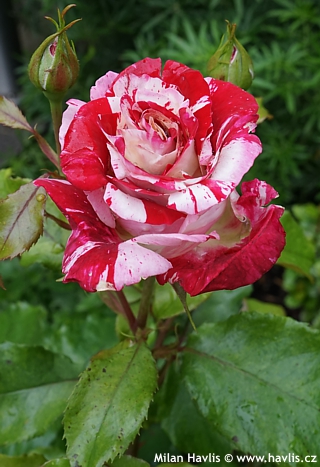
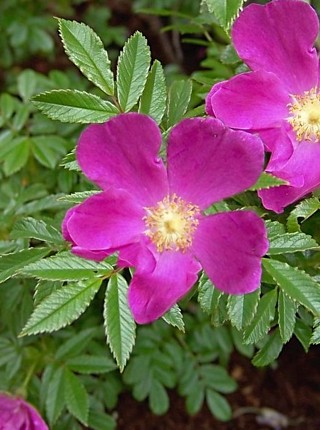
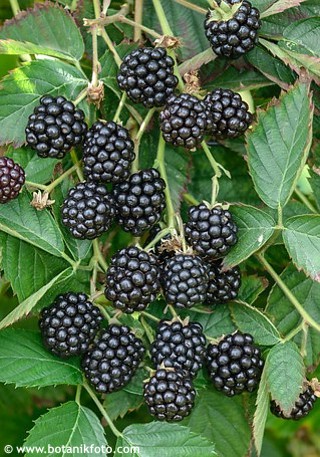
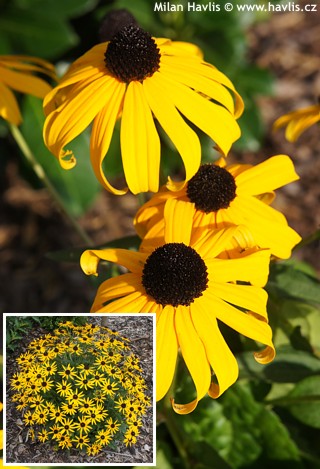
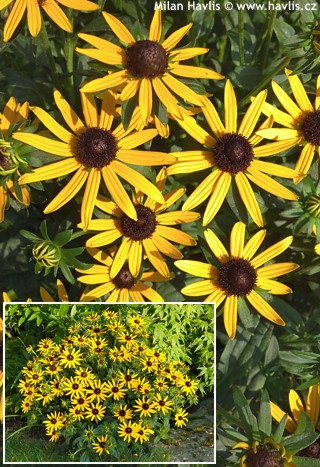
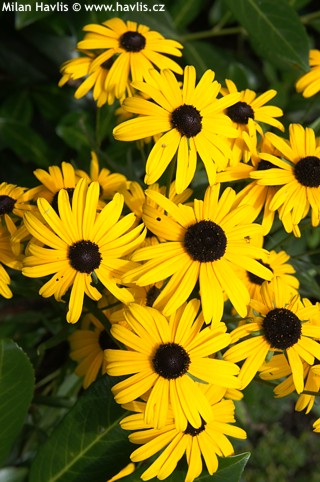
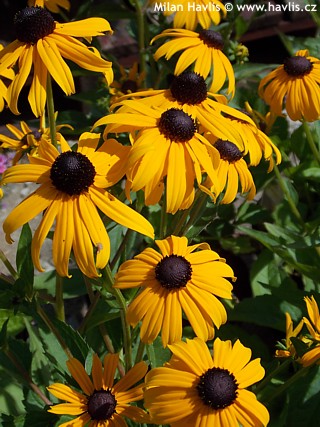
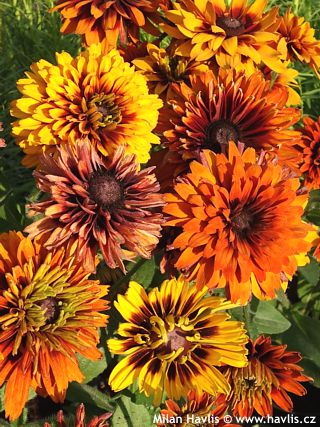
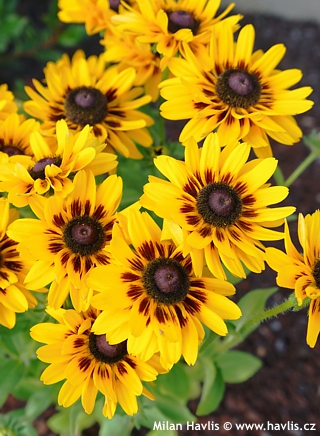
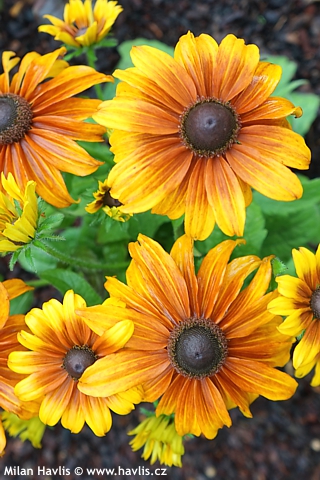
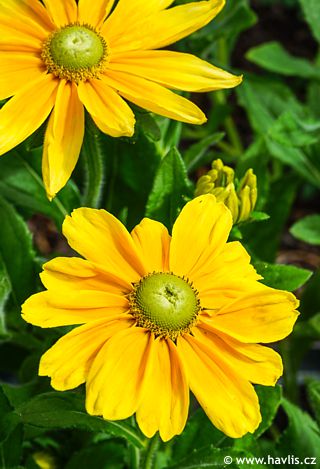
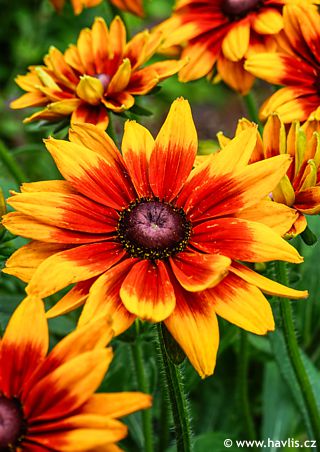
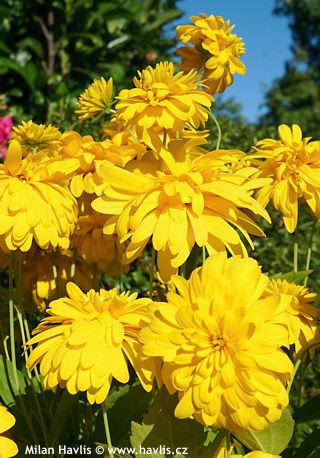
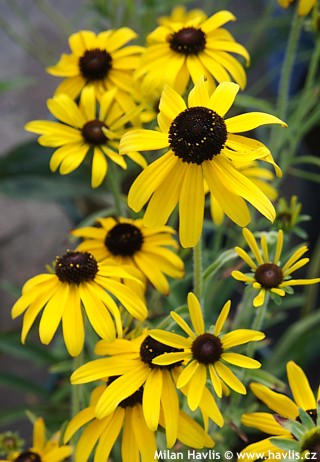
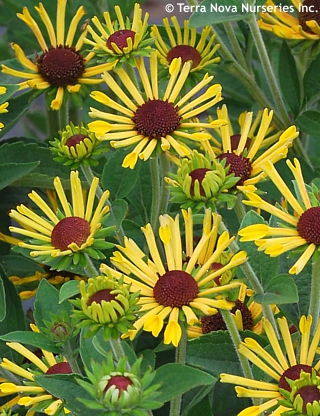
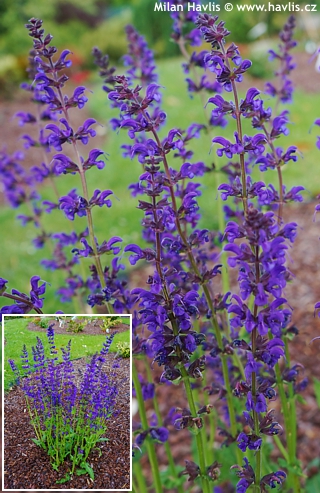
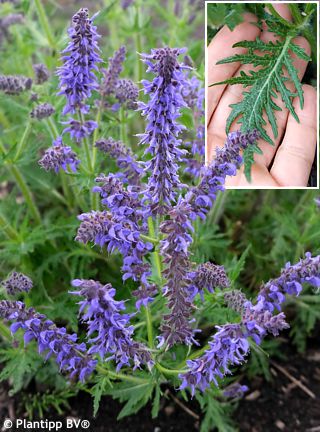
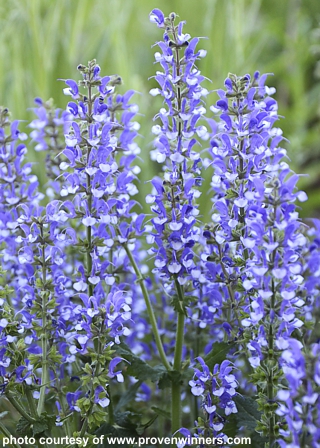
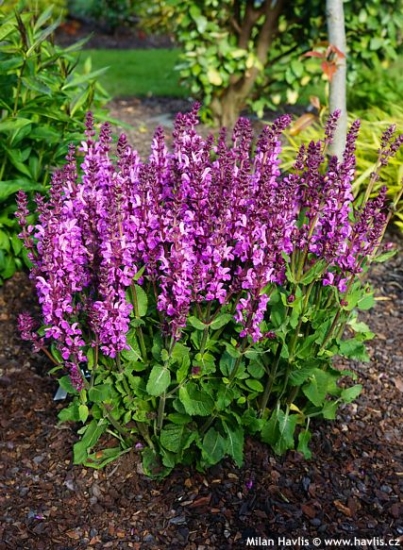

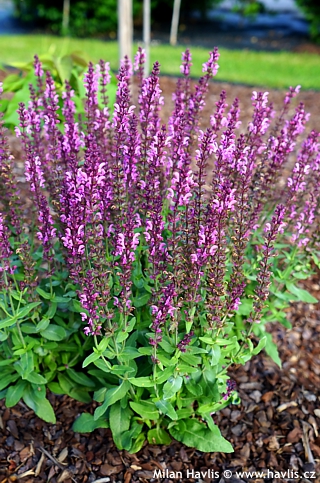
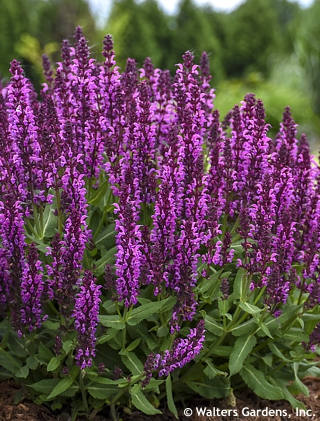
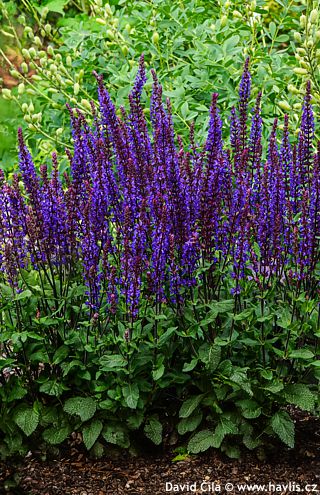
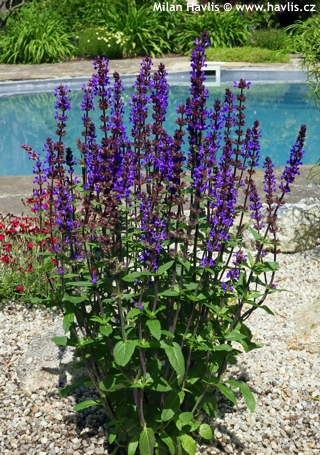
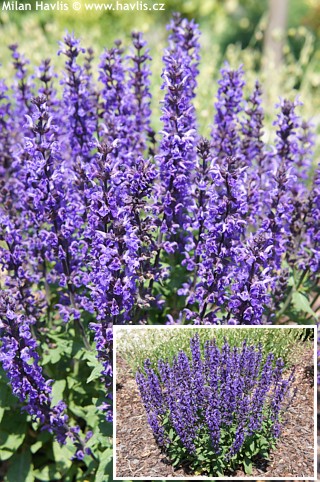
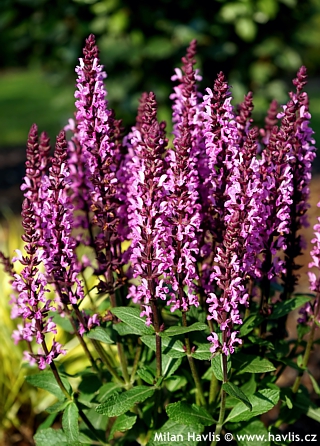
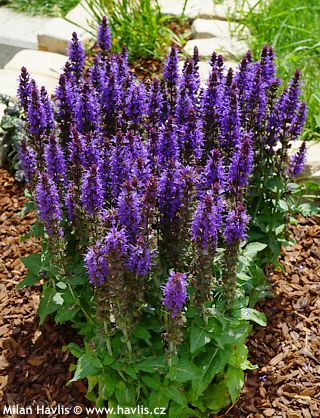
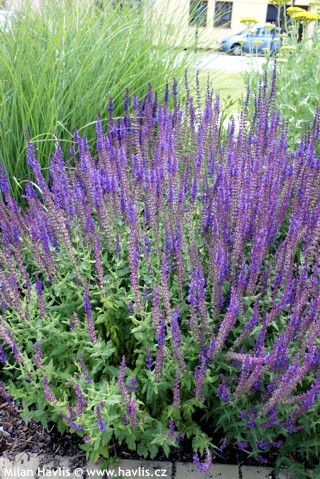
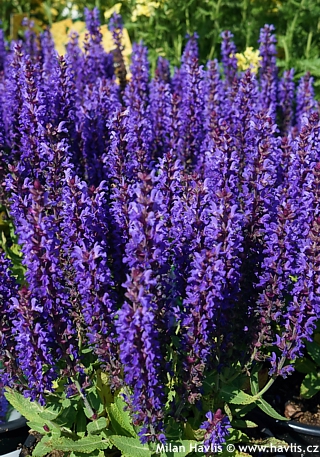
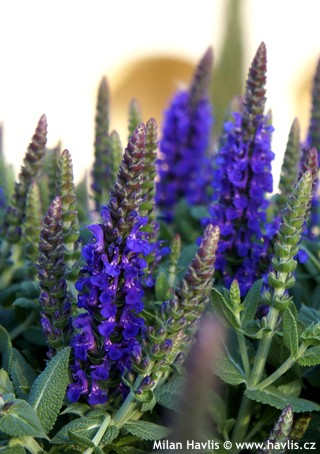
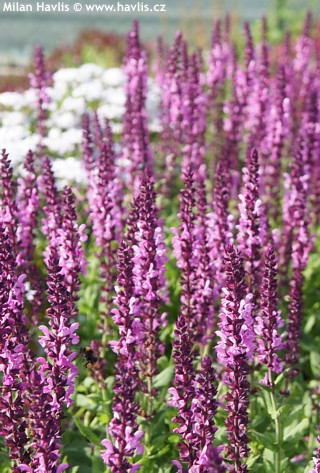
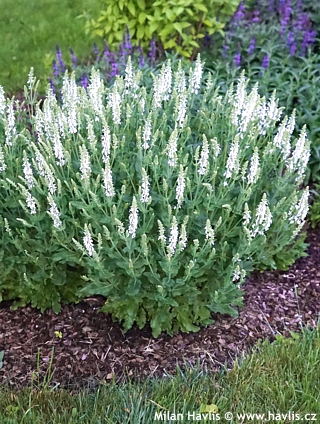
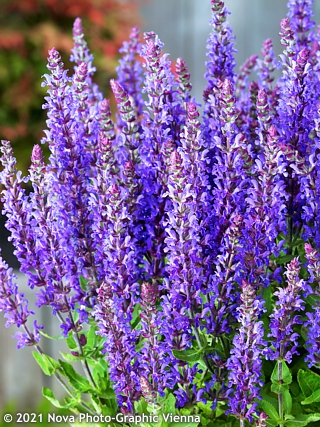
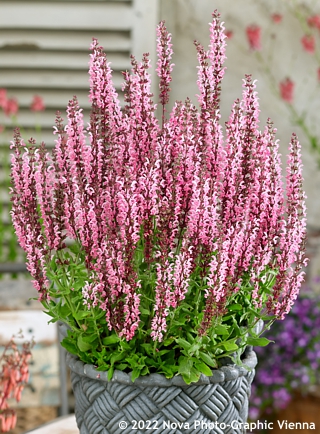
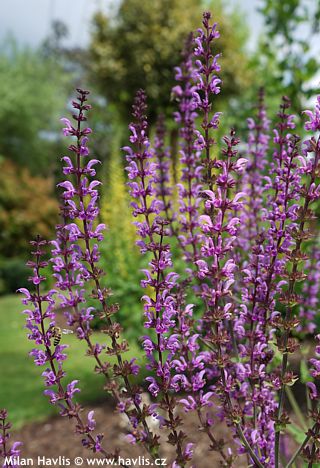
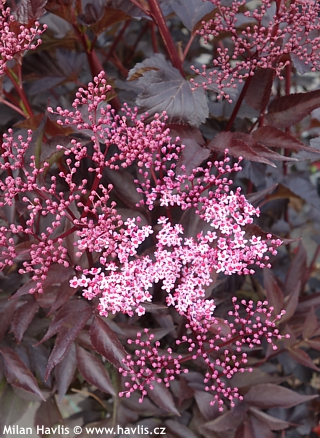
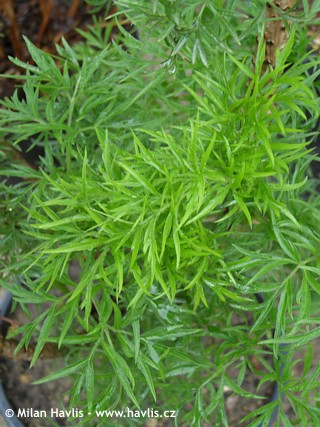
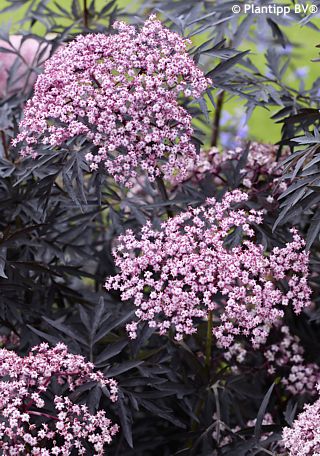
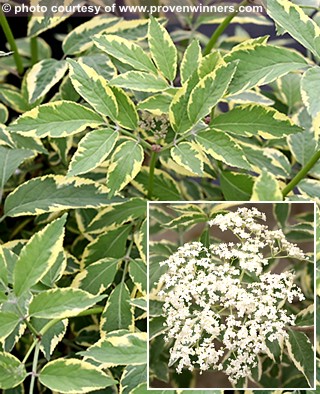
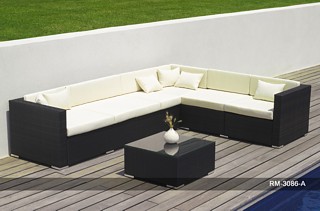
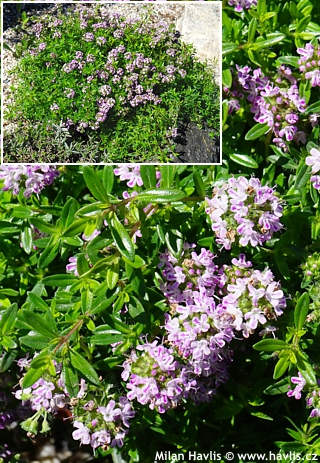
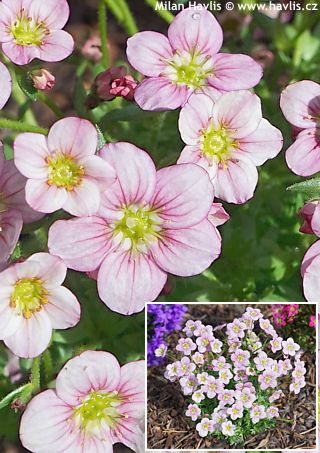
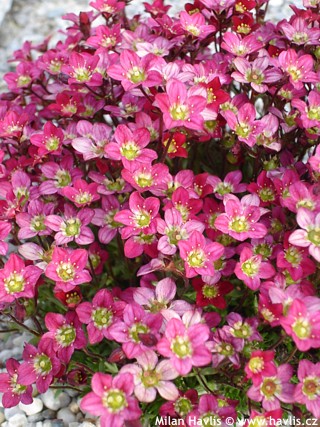
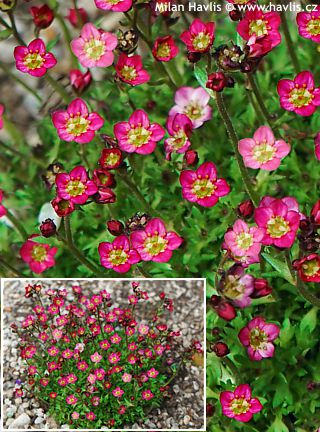
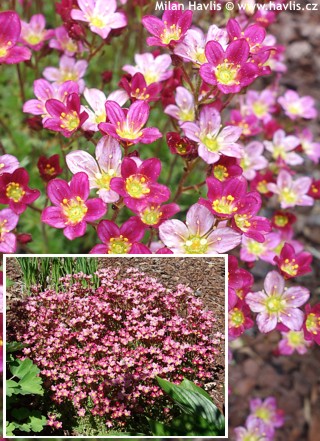
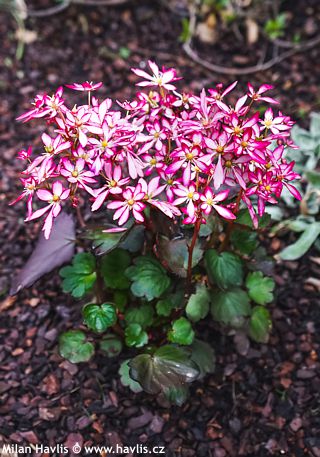
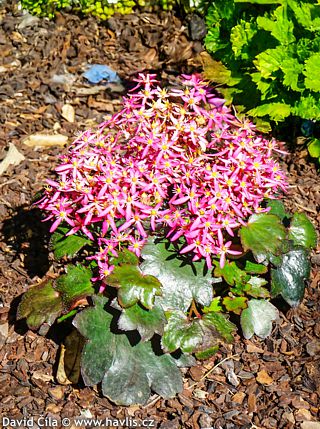
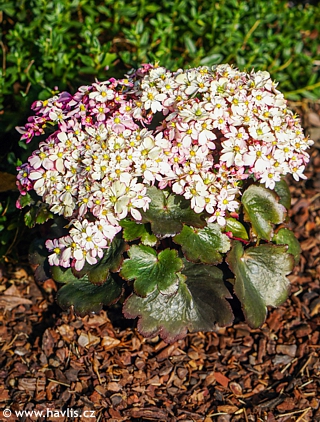
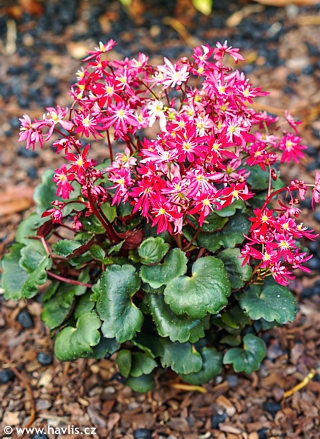

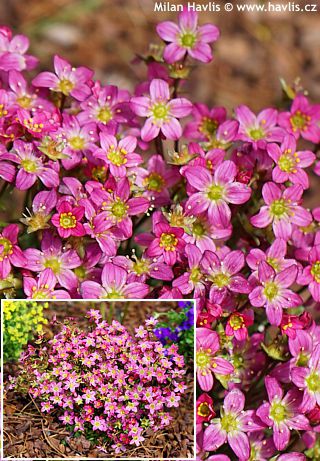

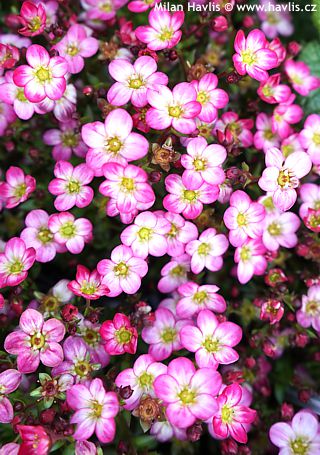
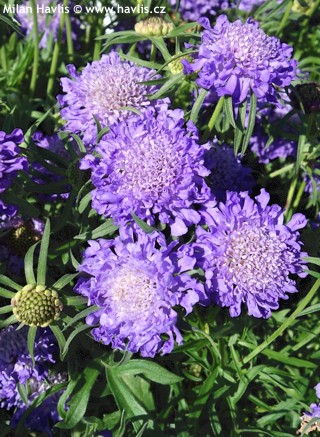
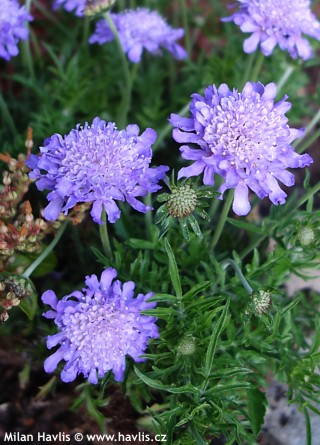
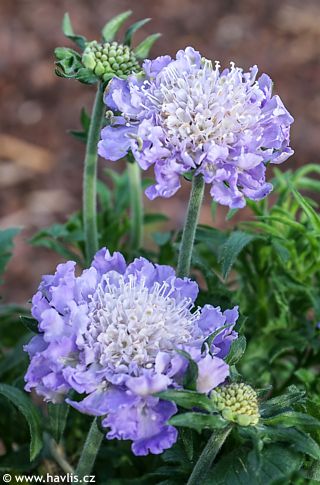
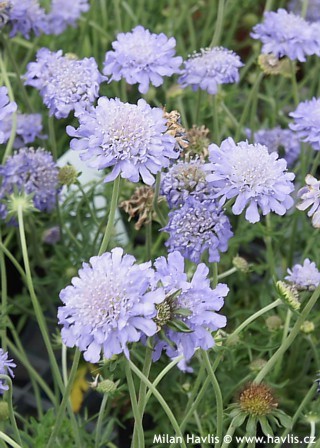
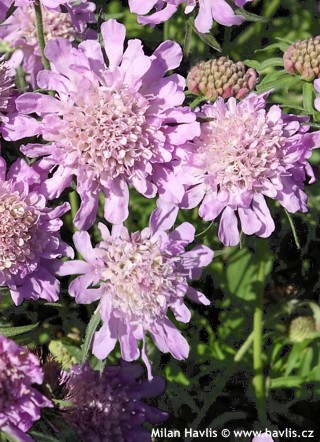
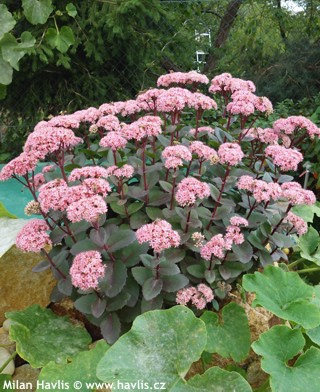
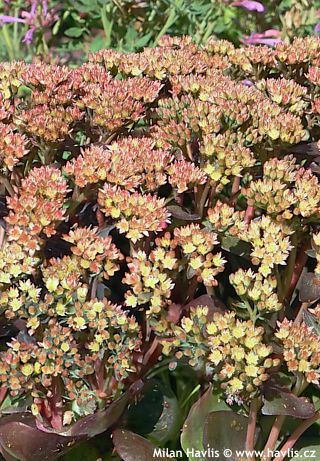
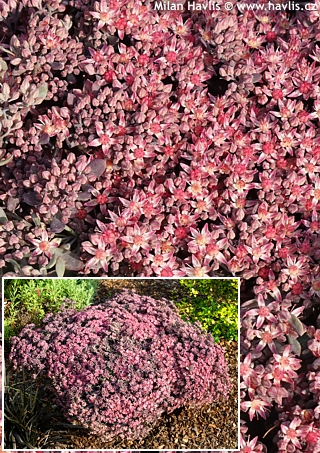
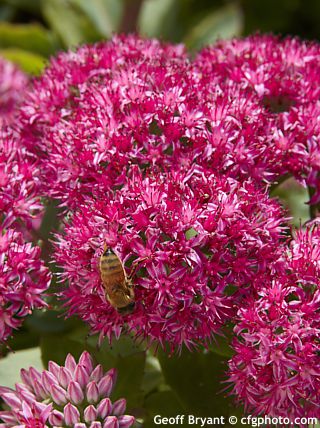
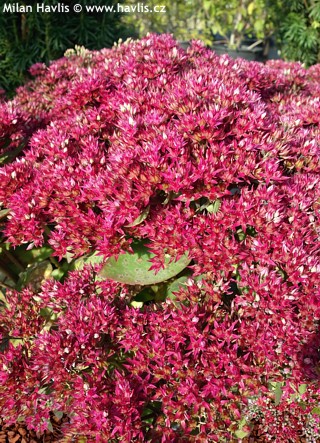
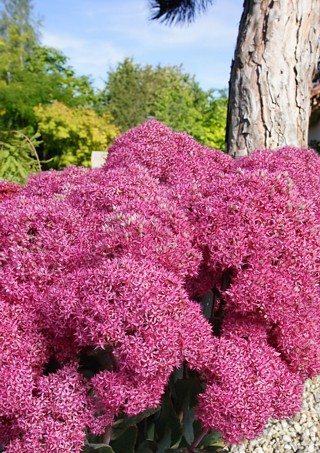
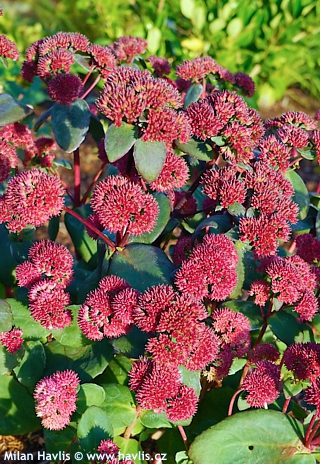
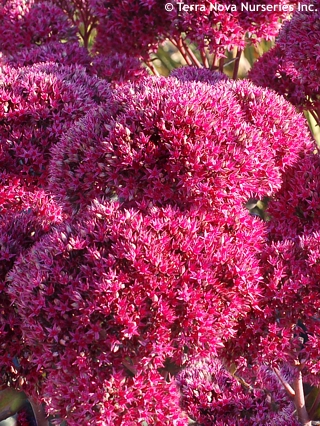
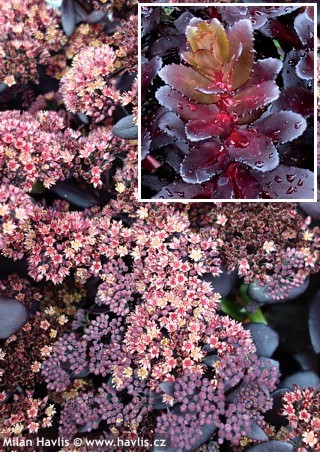
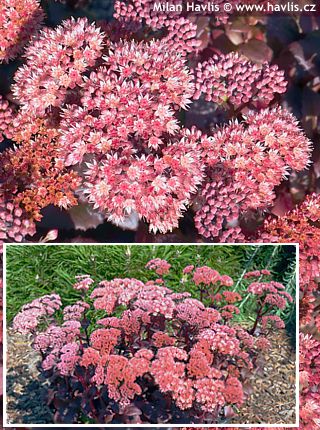
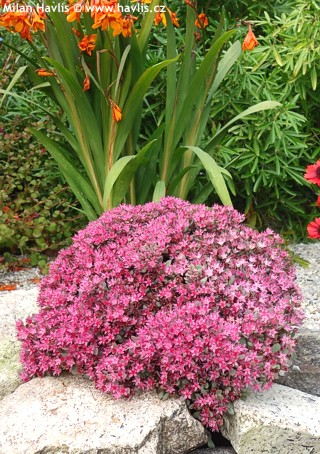
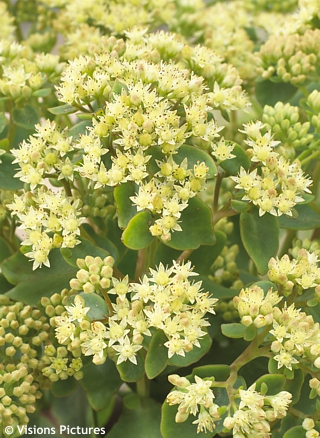
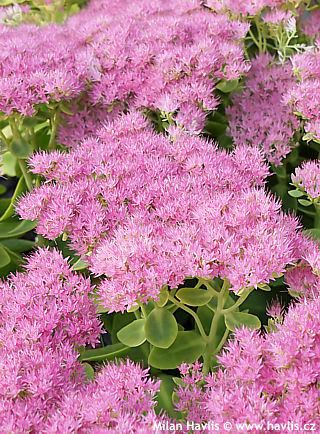
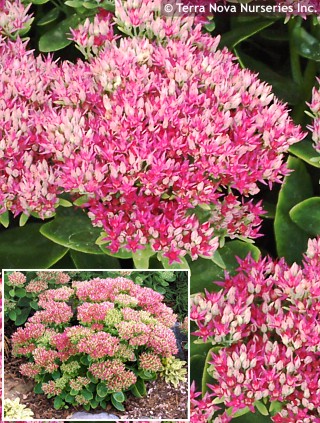
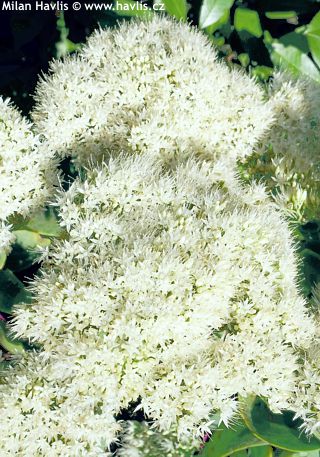
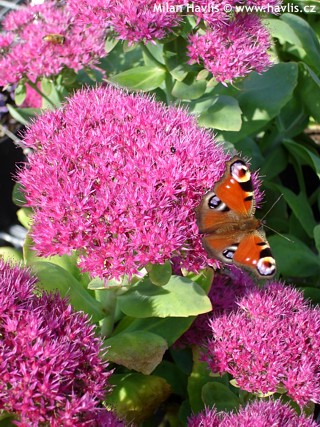
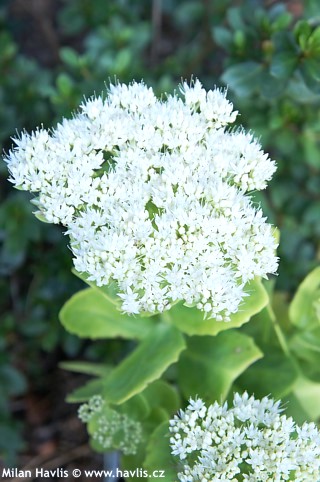
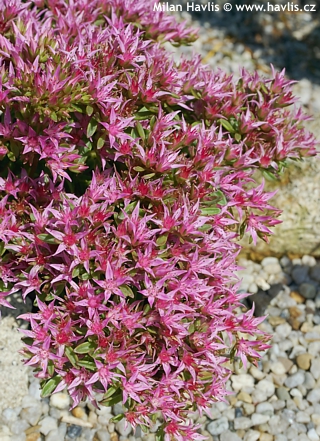
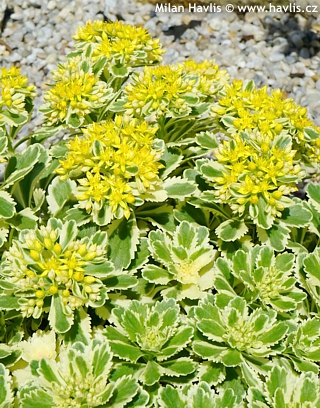
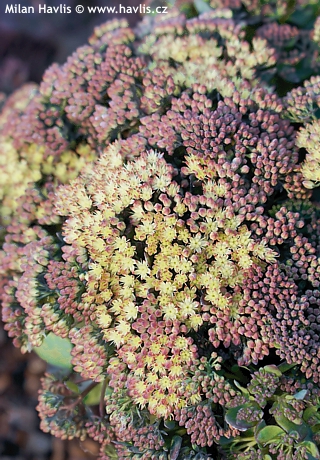
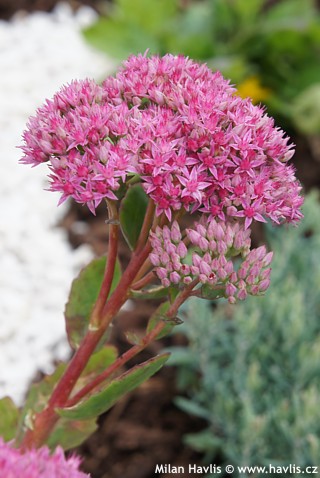
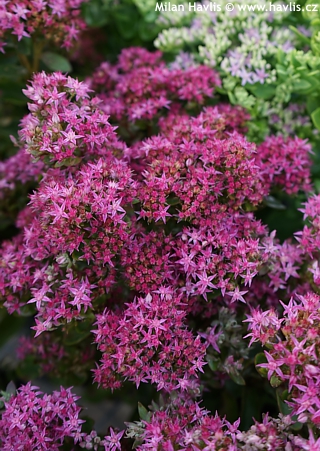
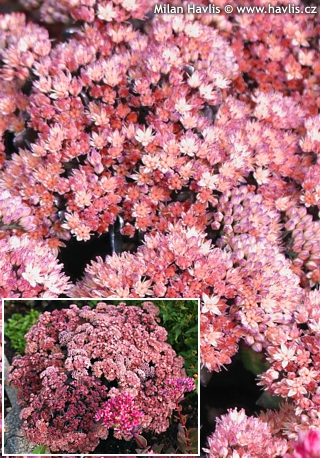
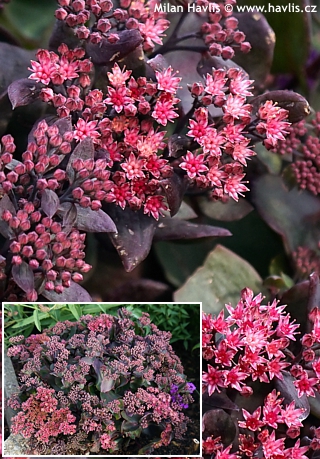
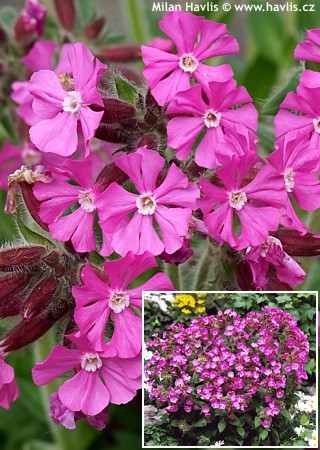
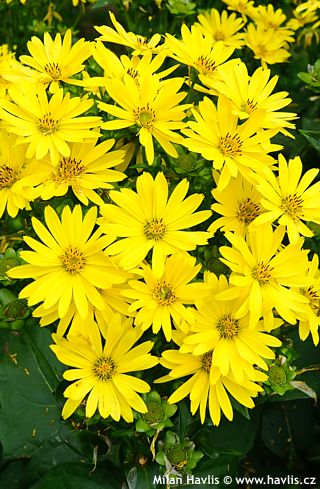
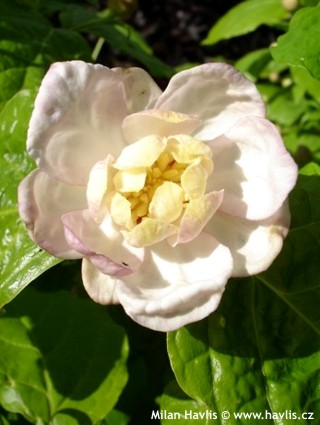
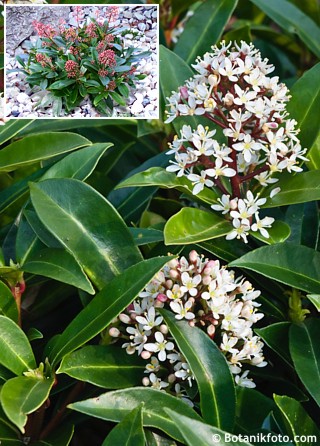
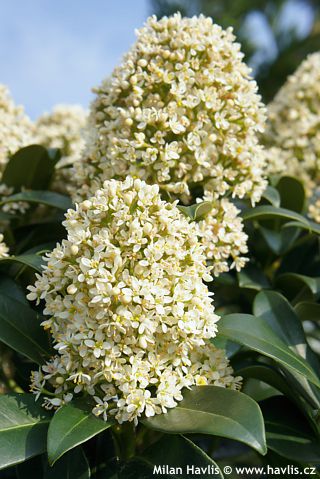
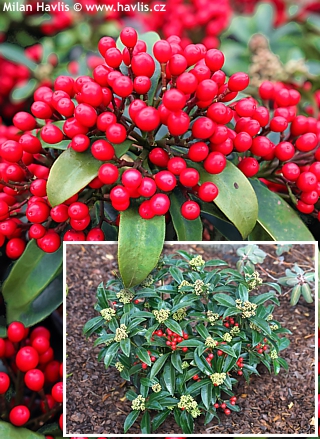
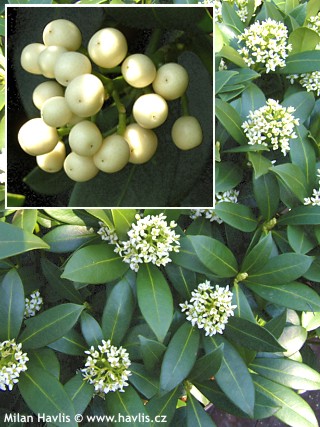
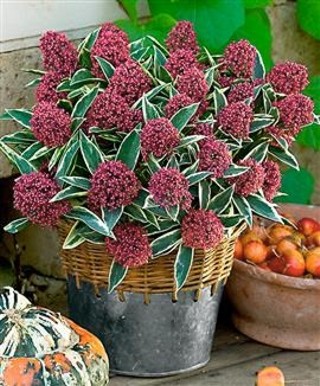
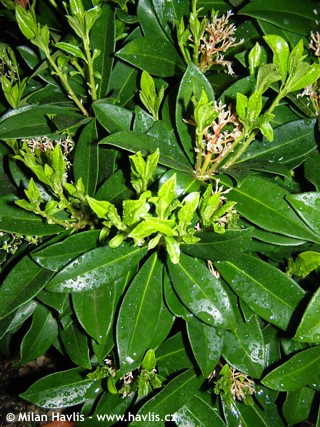
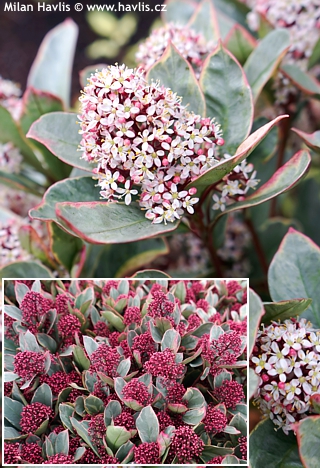
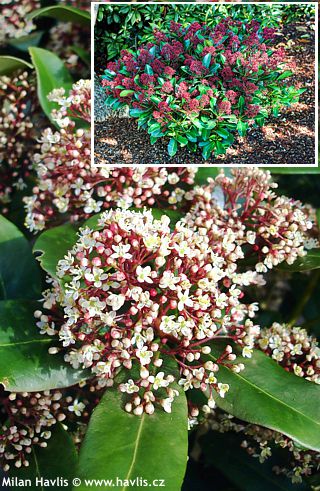
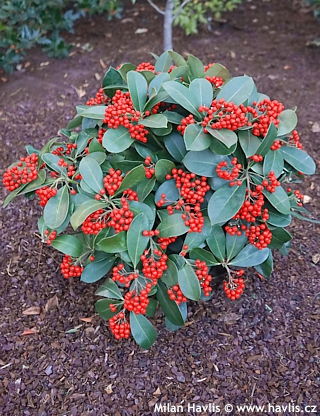
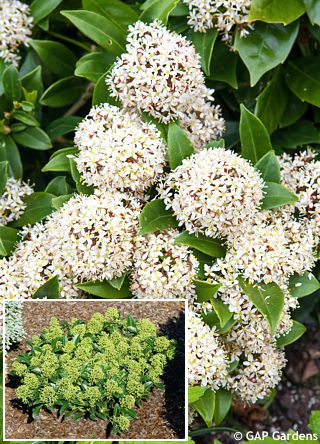
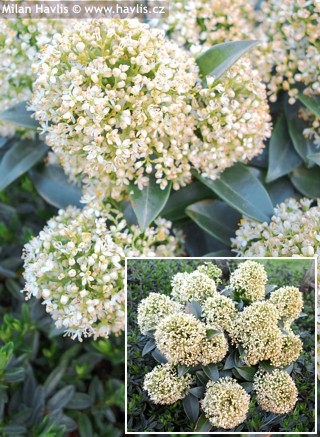
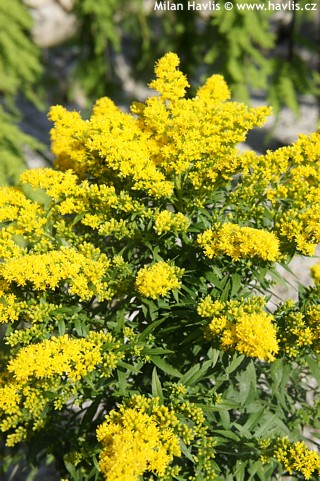
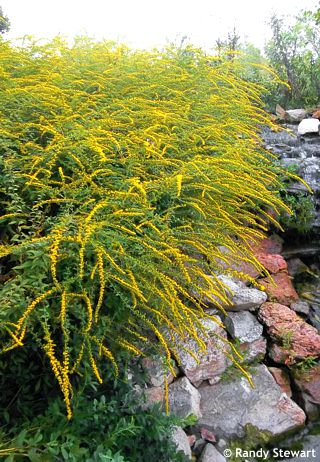
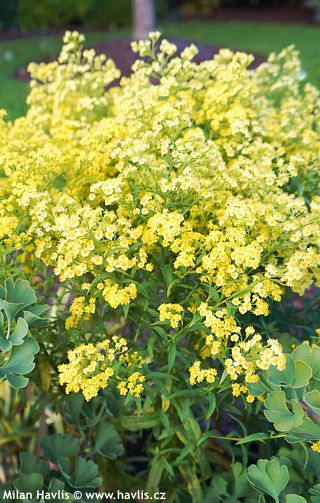
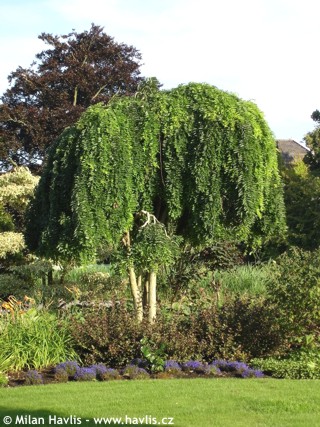
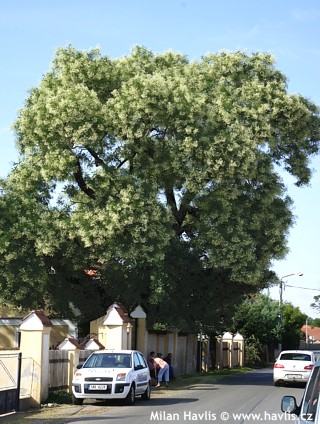
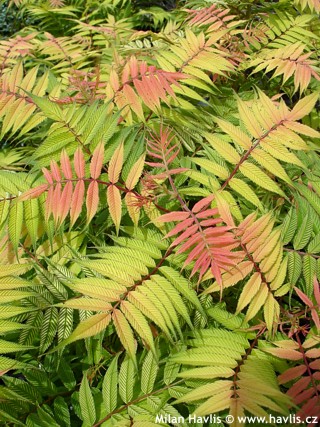
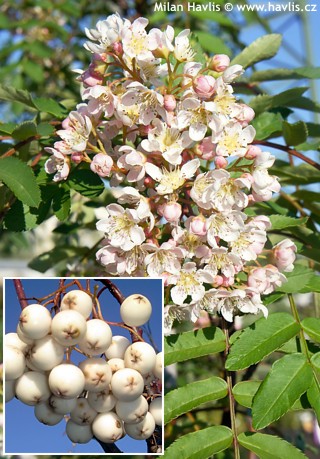

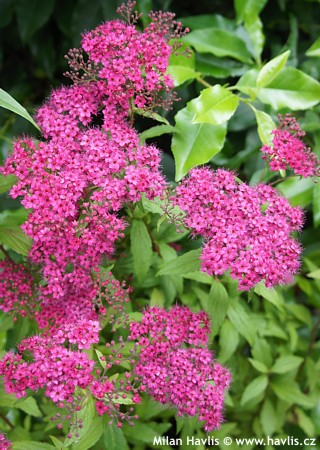
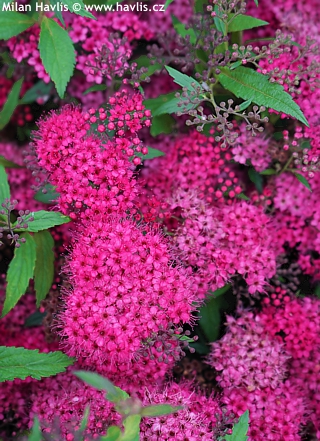

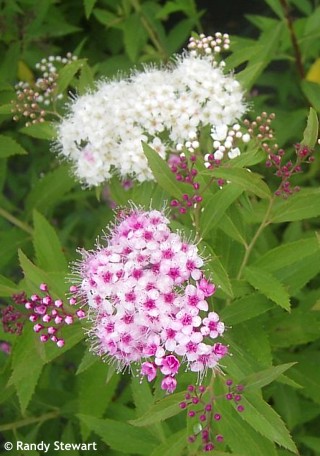
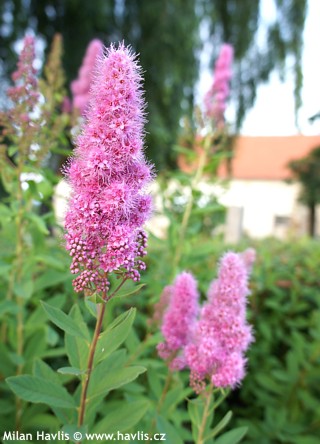
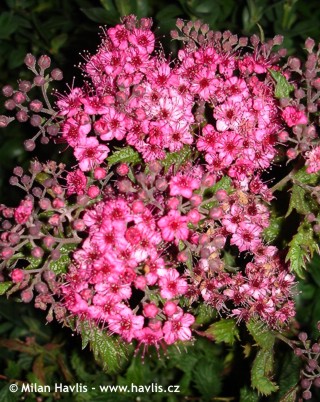
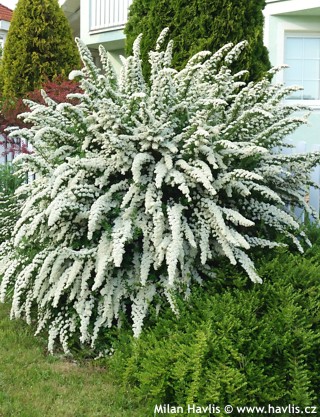
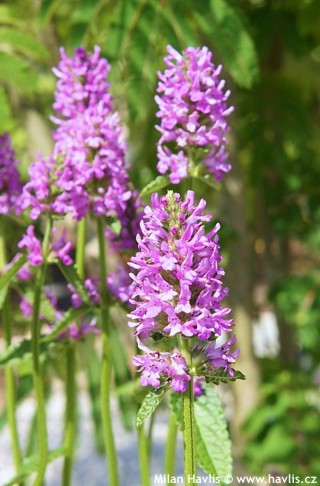
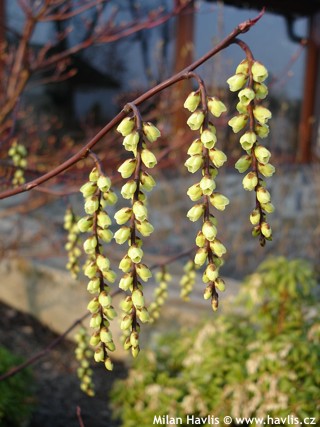
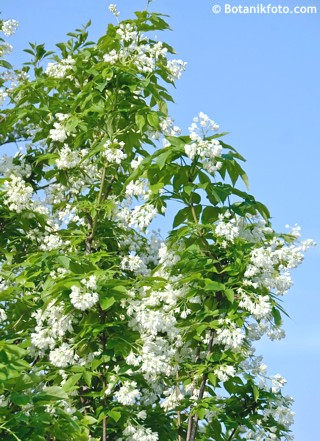
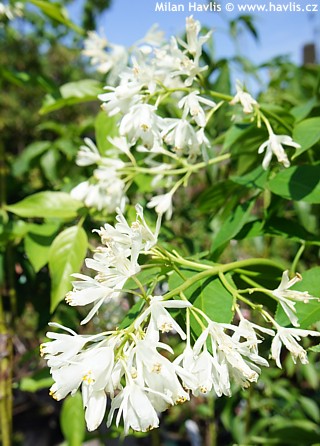
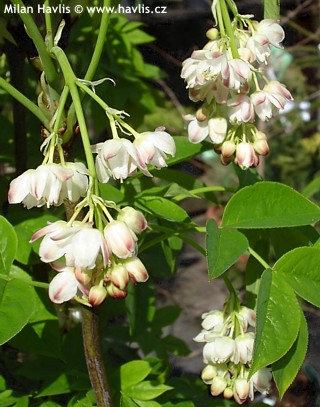
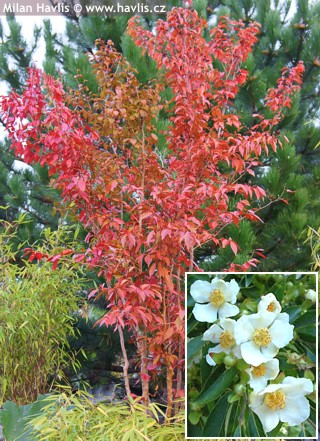
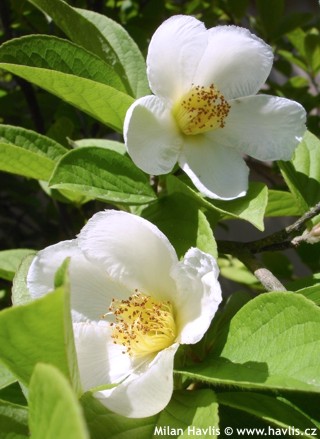
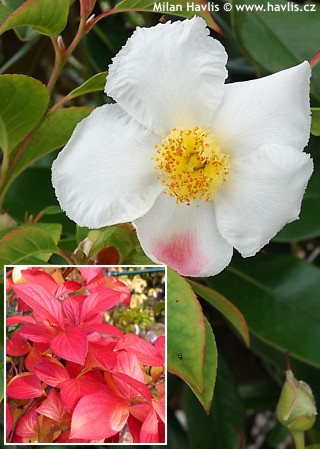
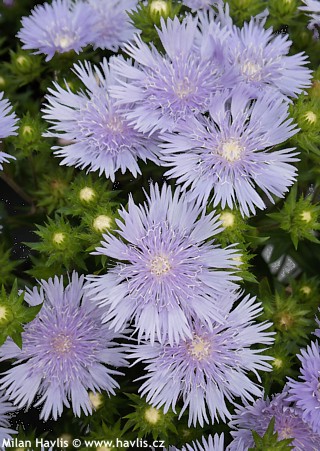
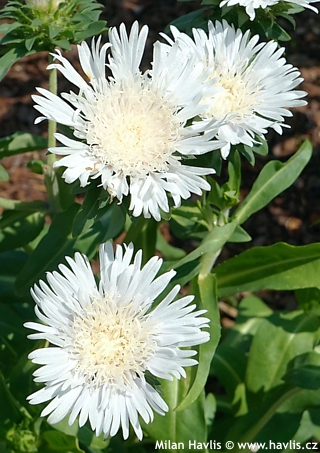
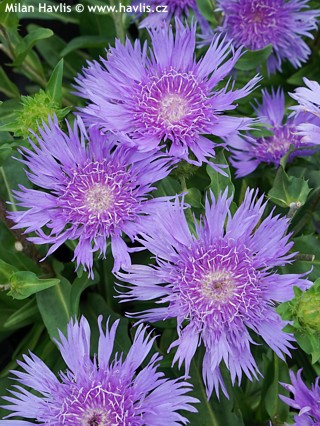

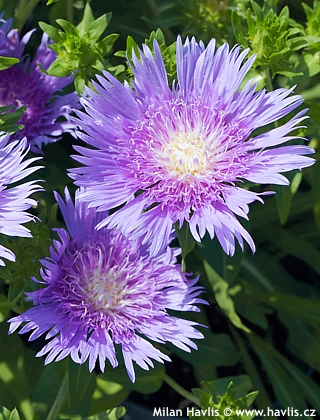
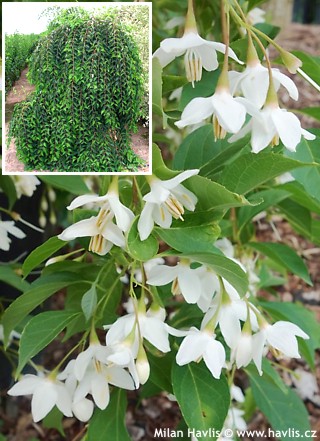
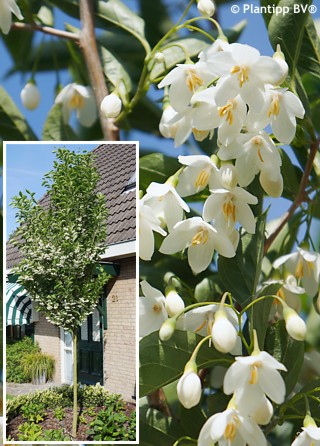
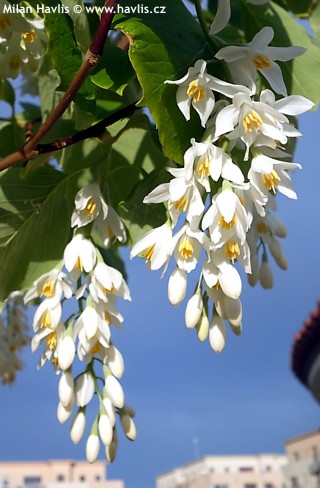
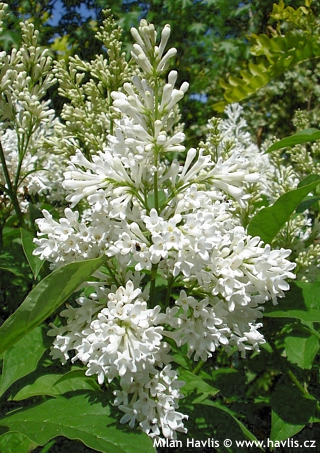
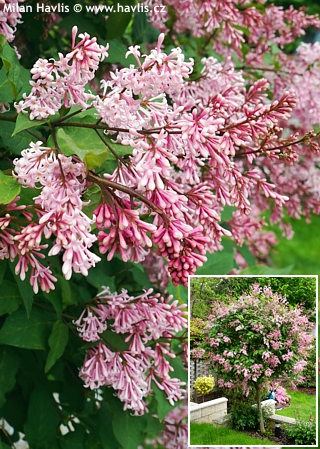
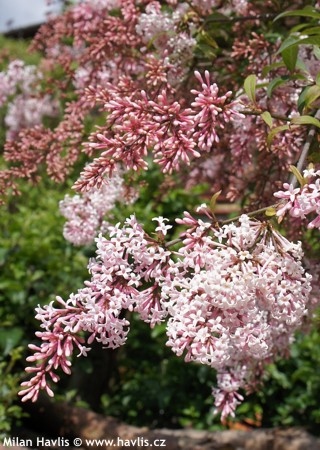

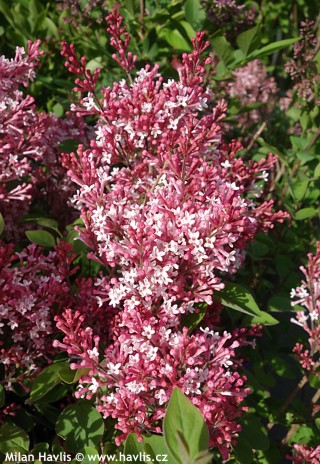
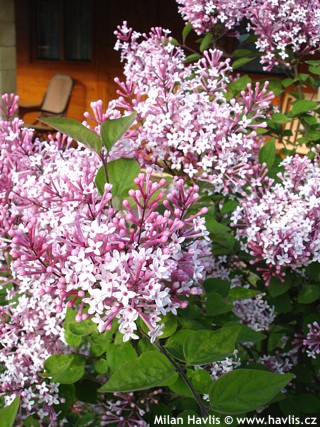

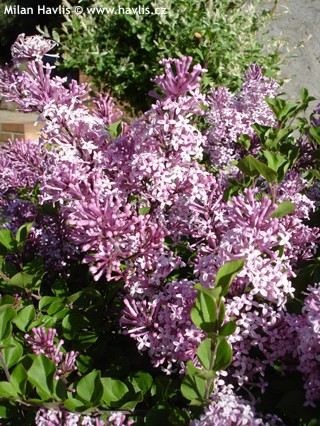
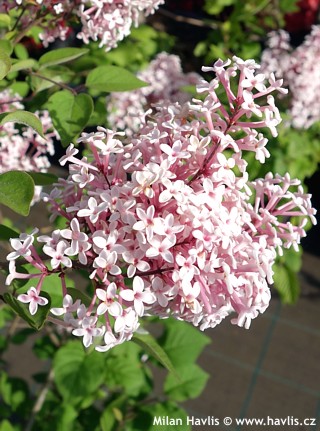
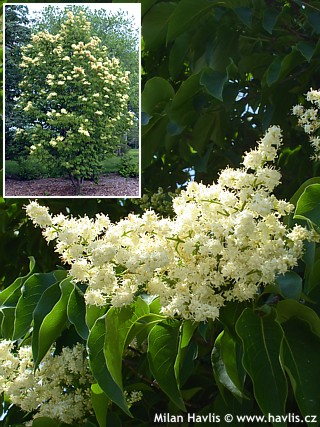
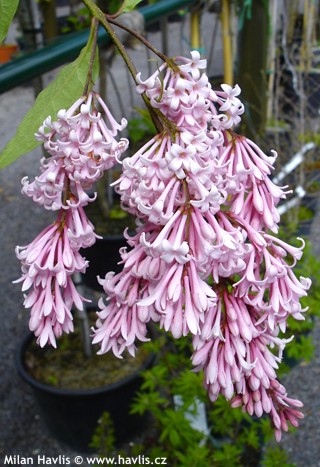
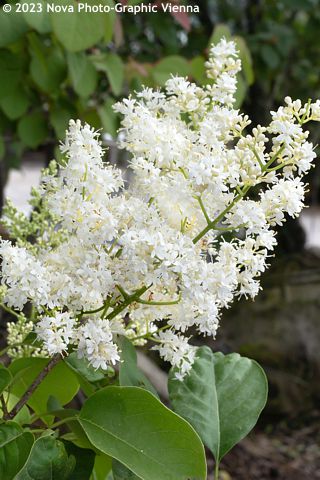
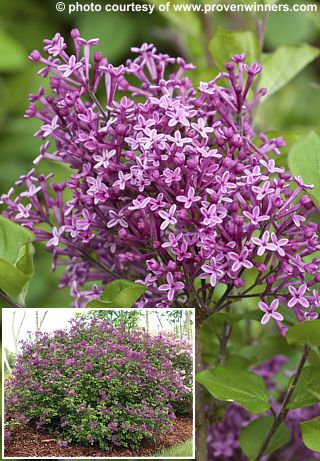
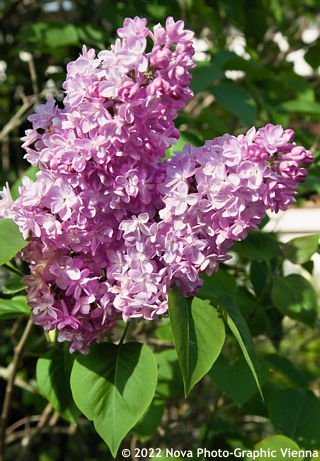
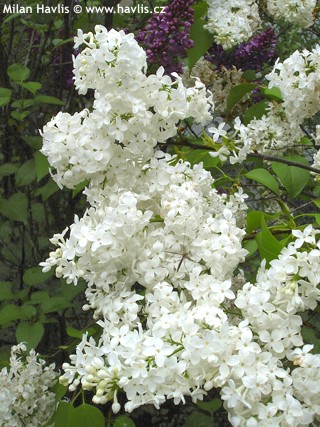
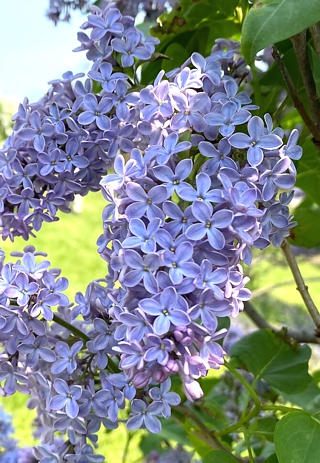
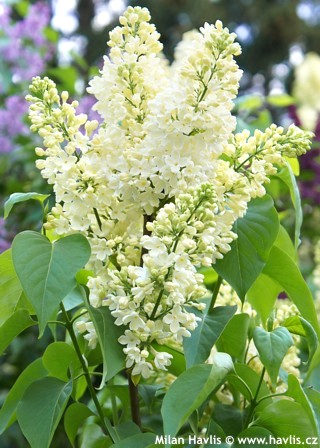
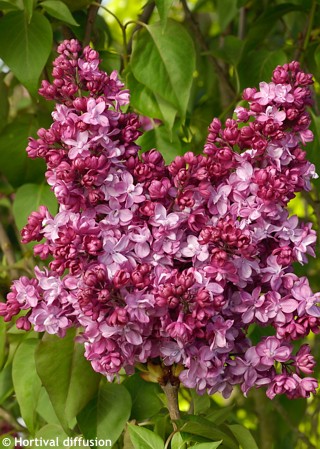
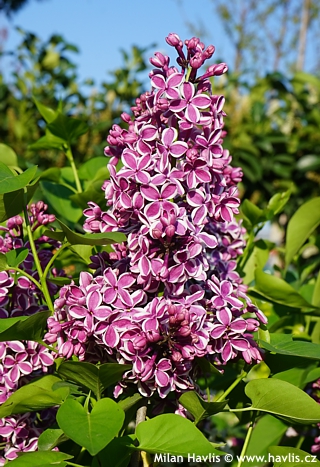
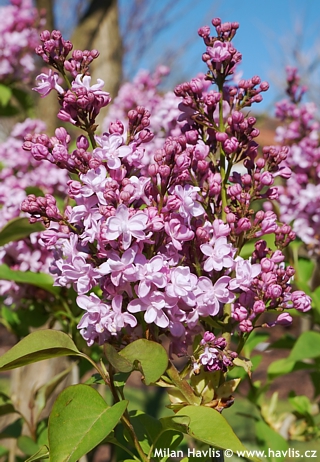
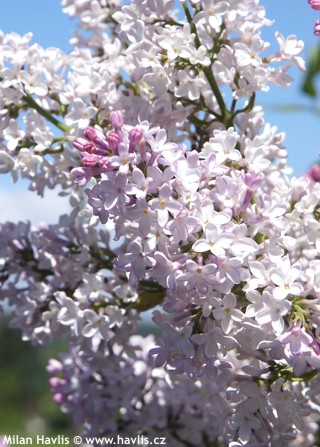
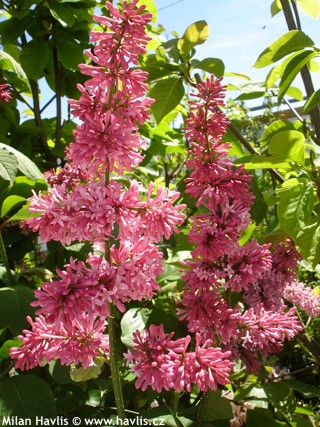
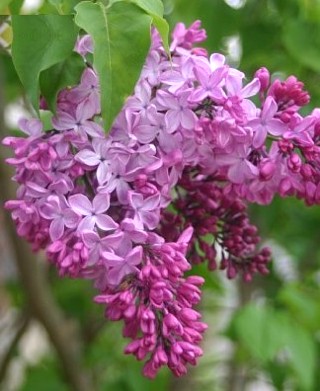
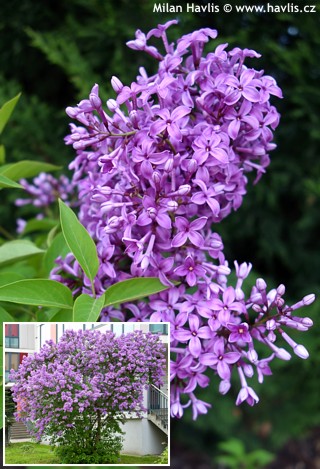
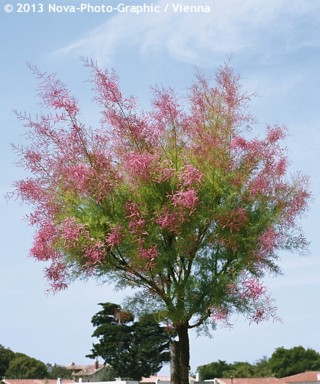
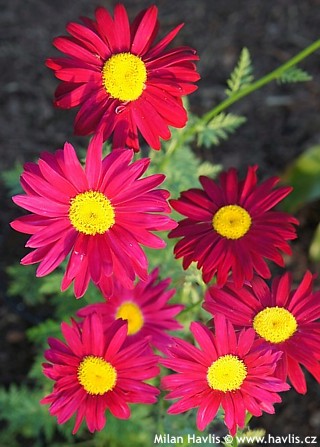
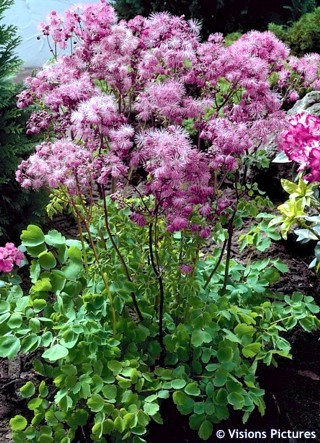
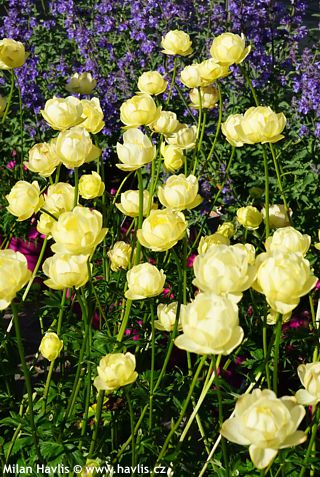
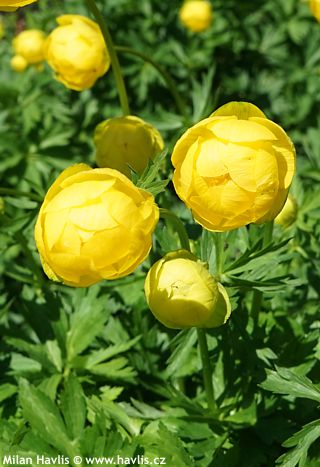
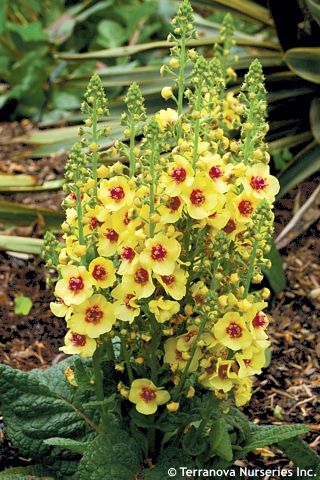
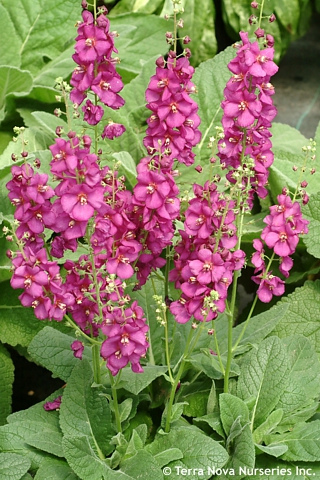
.jpg)
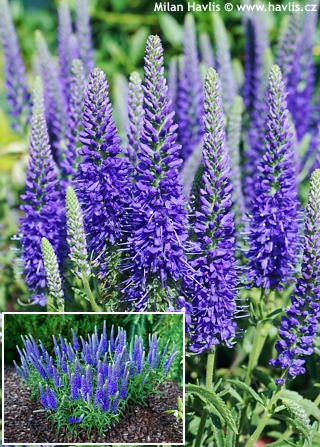
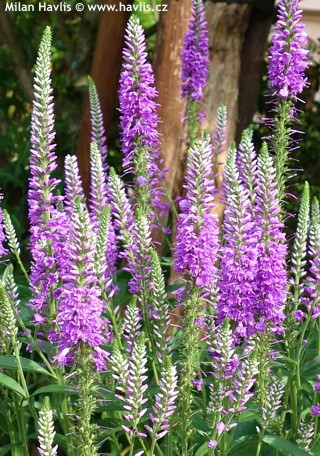
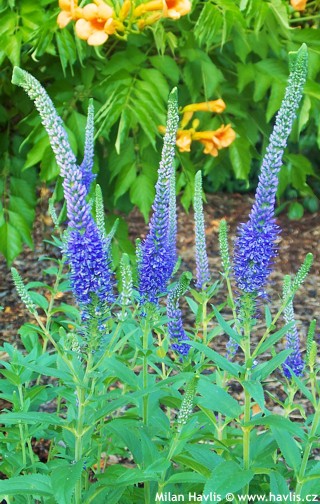
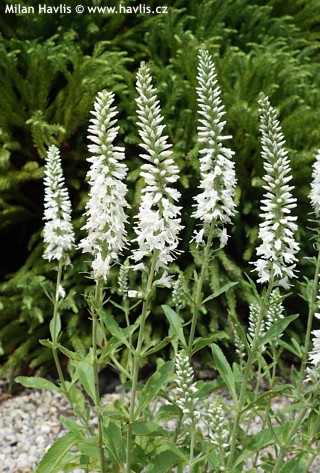
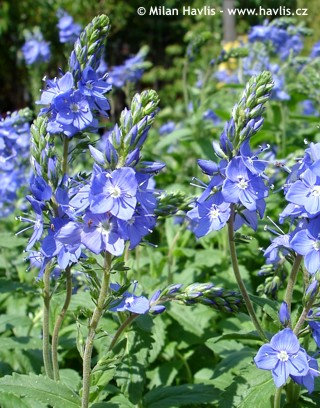
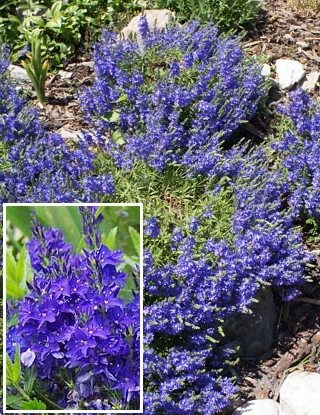
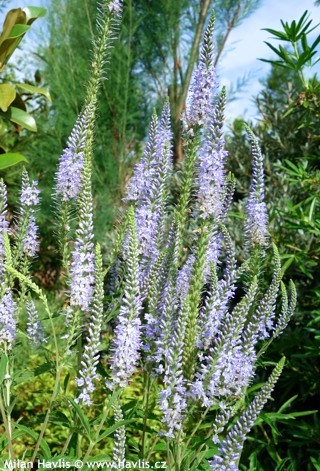
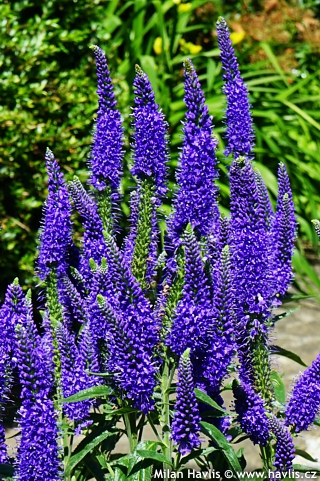
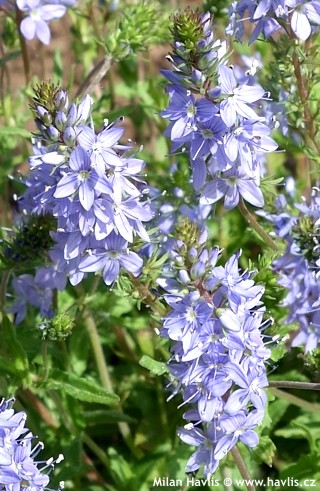
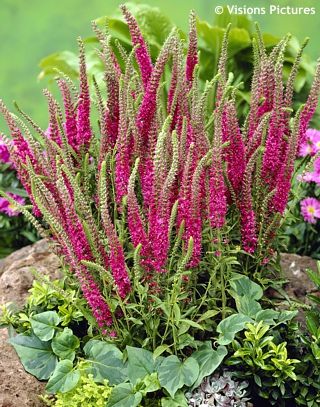
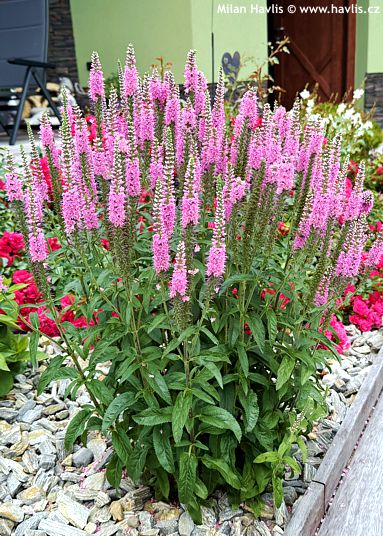
.jpg)
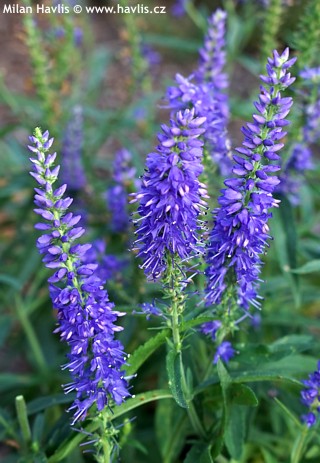
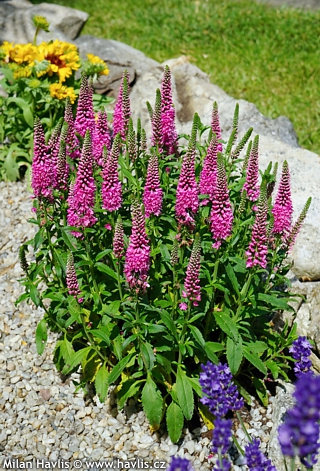
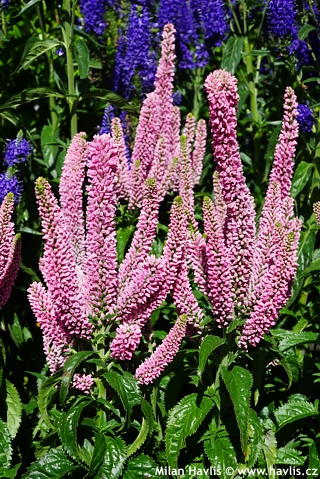
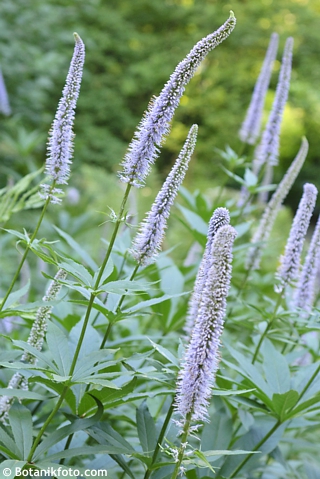
.jpg)
